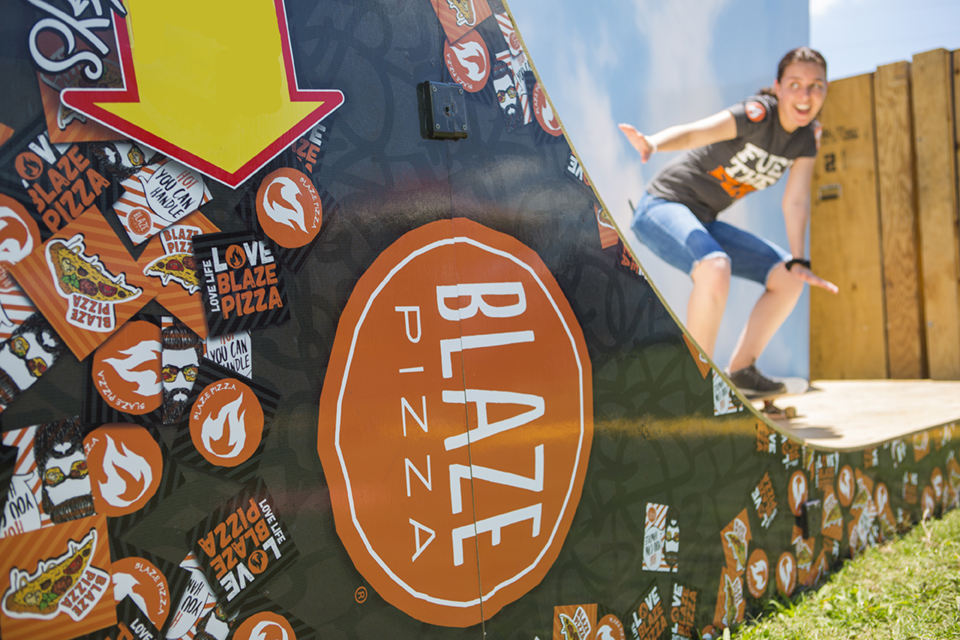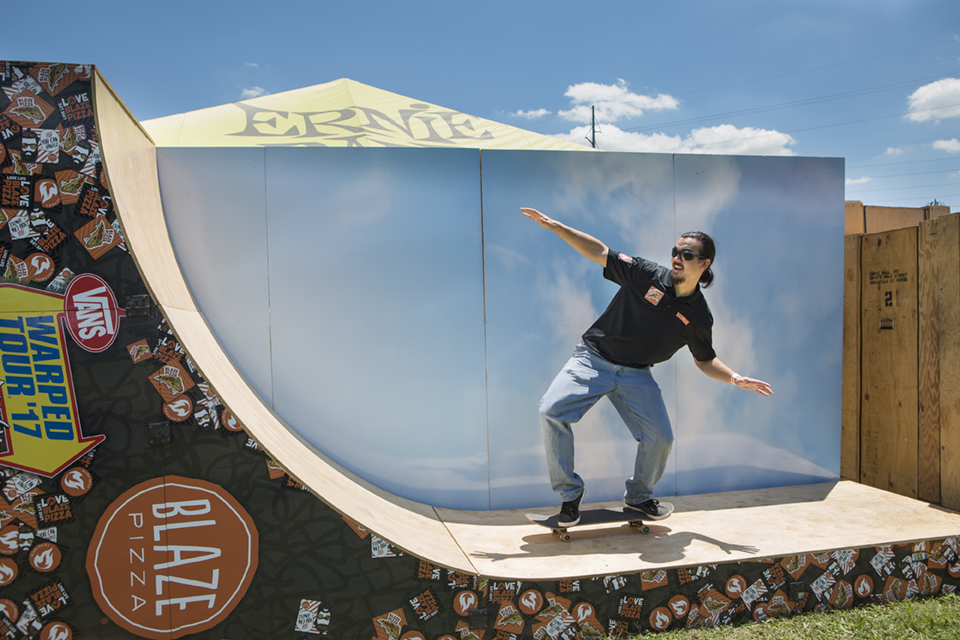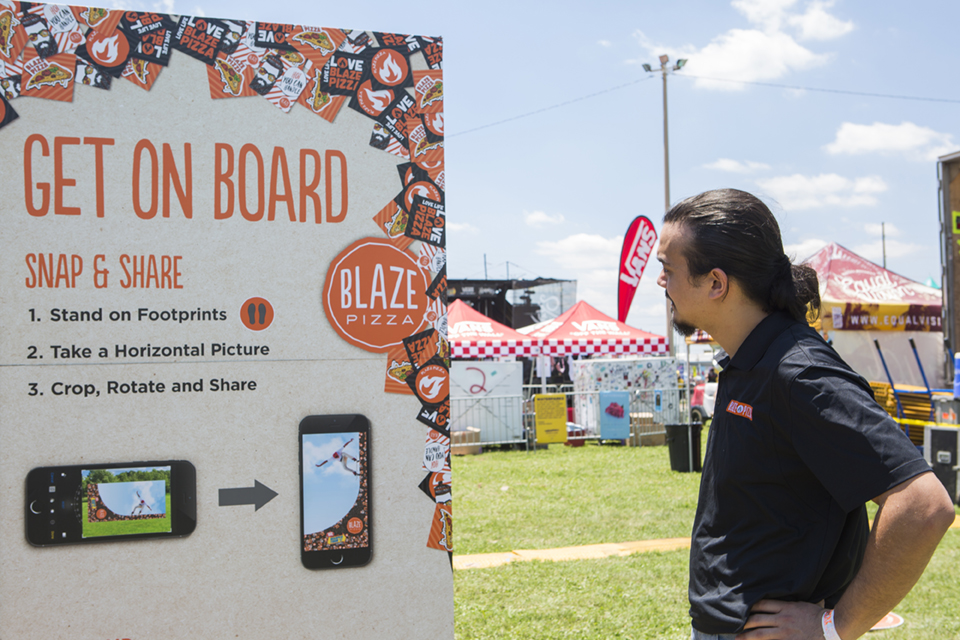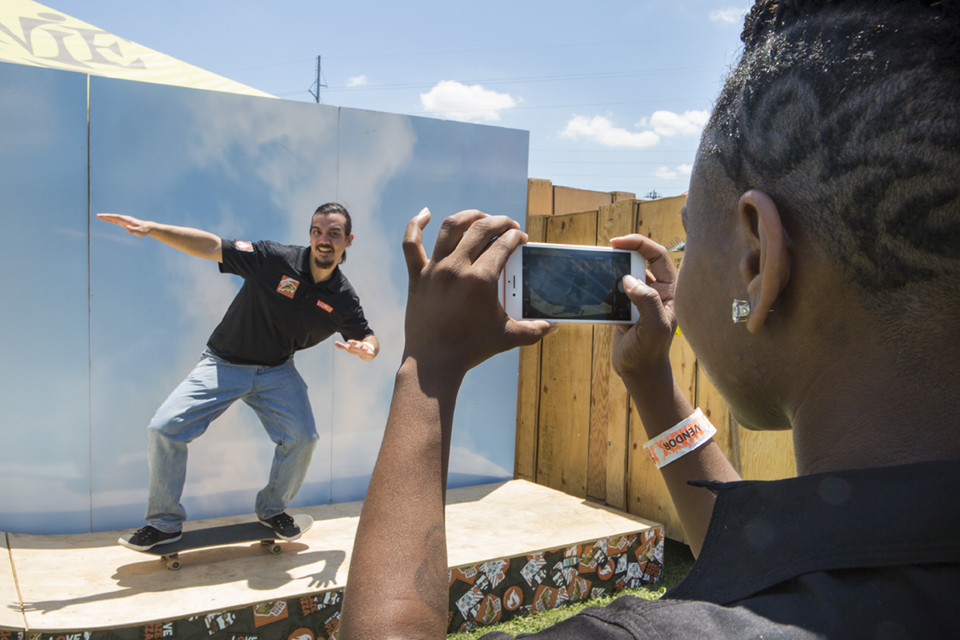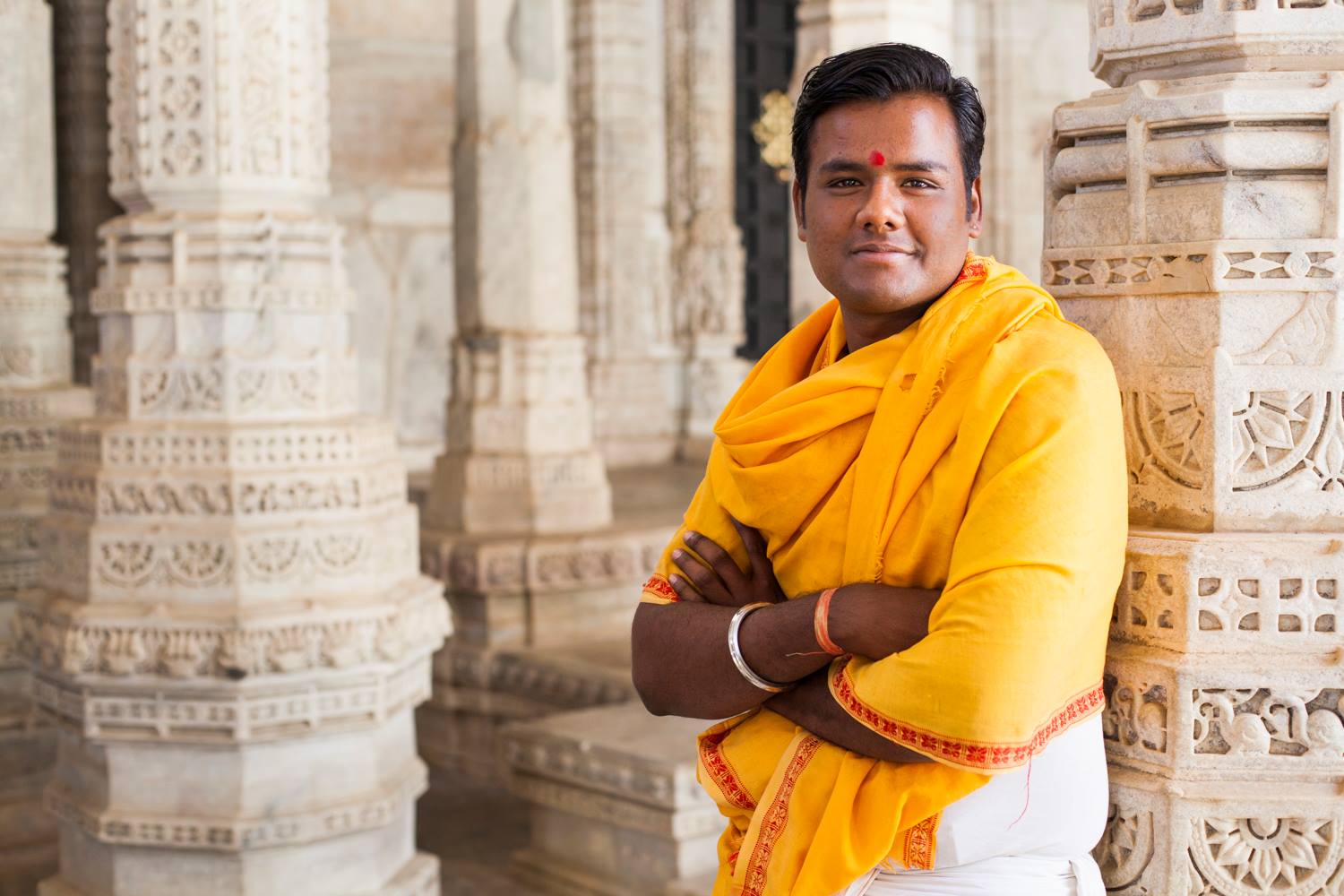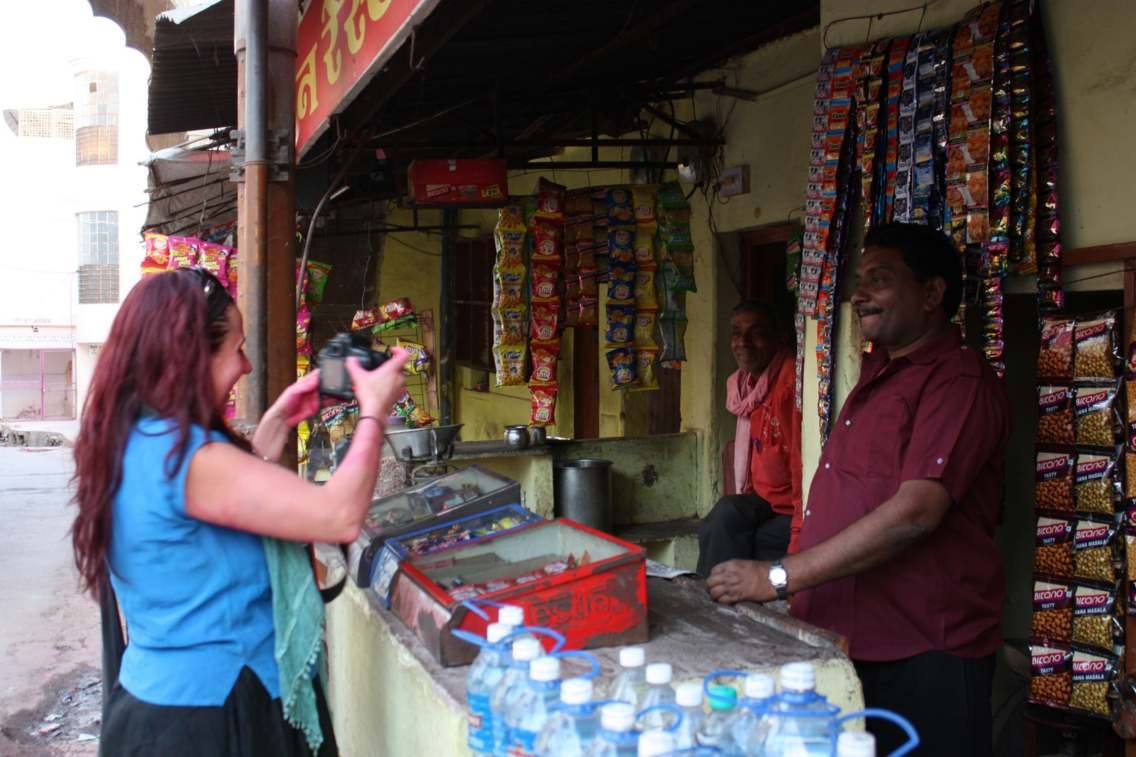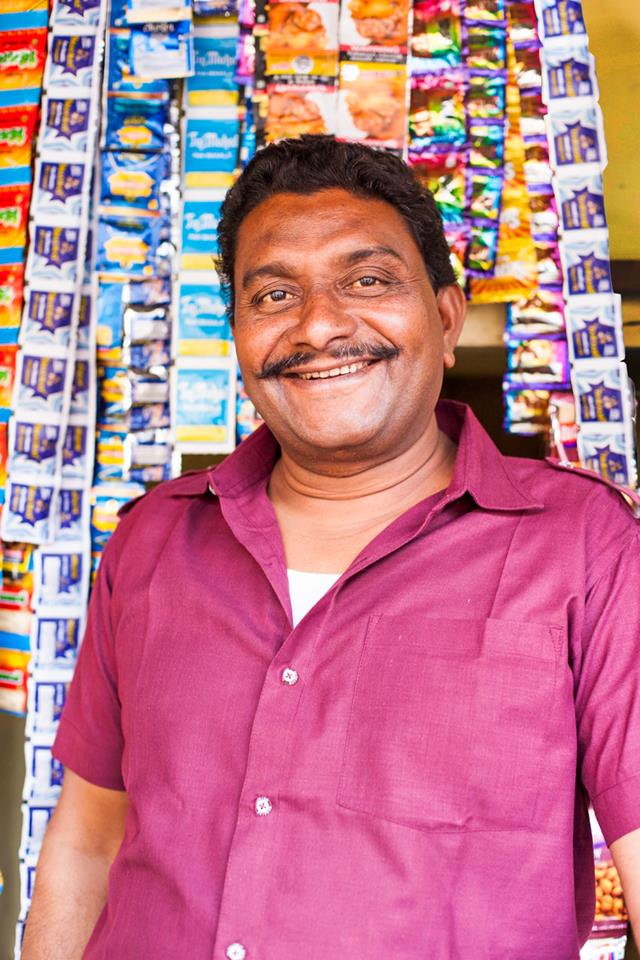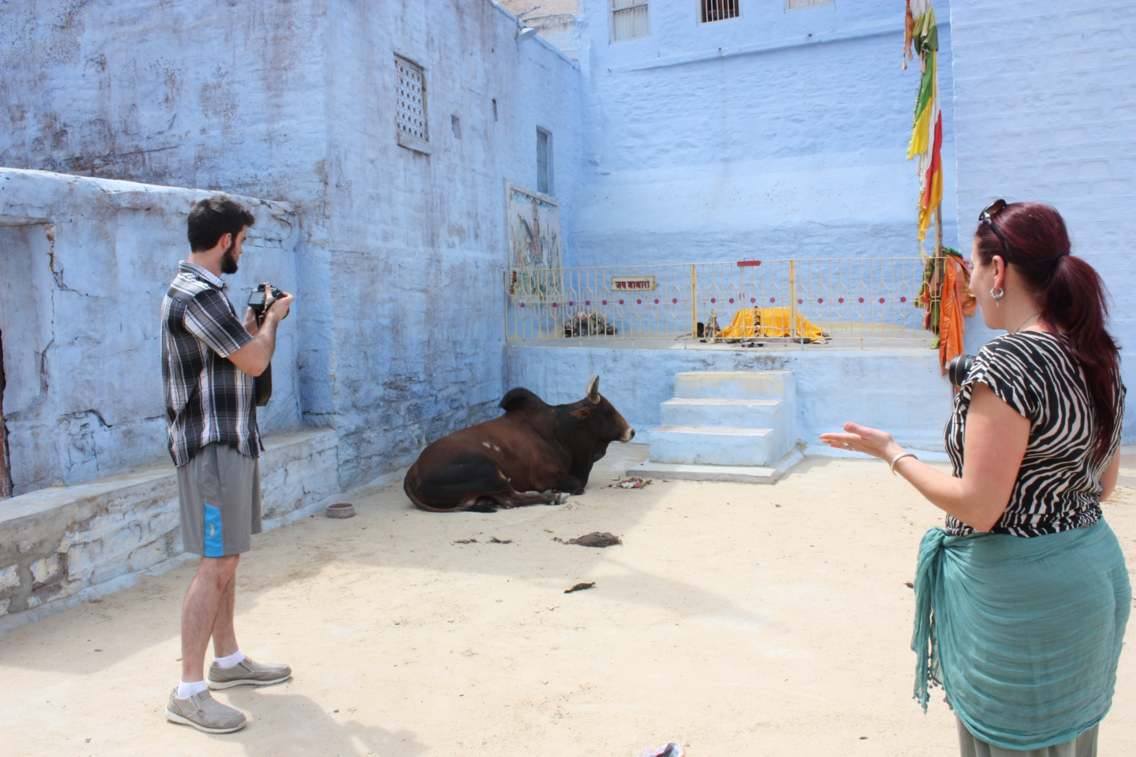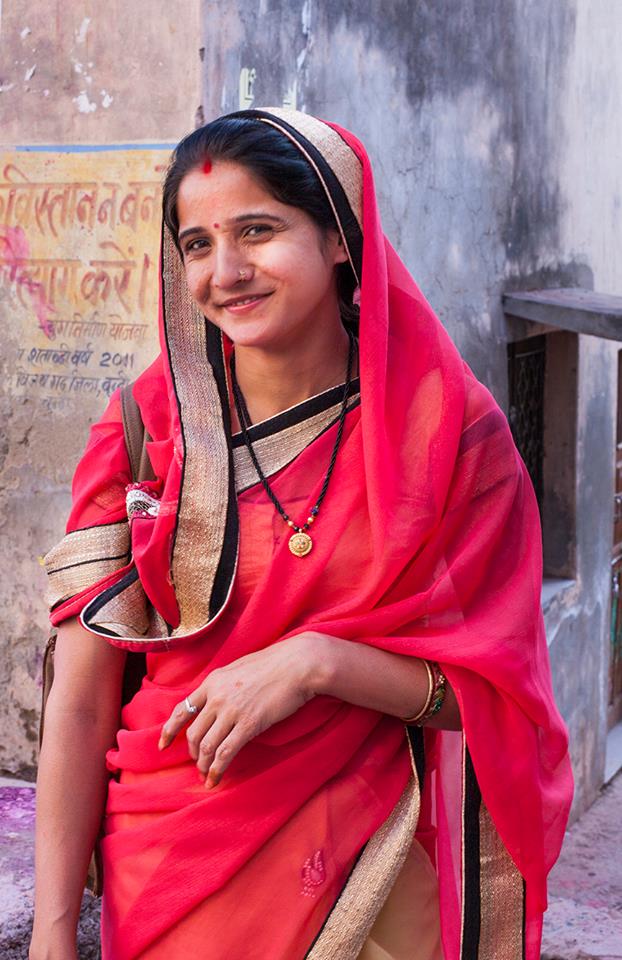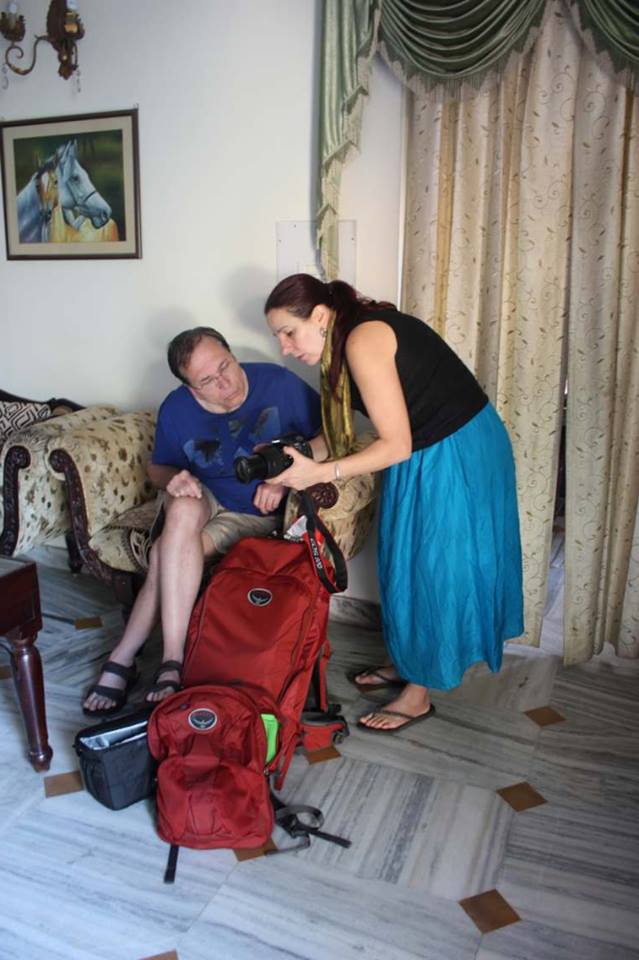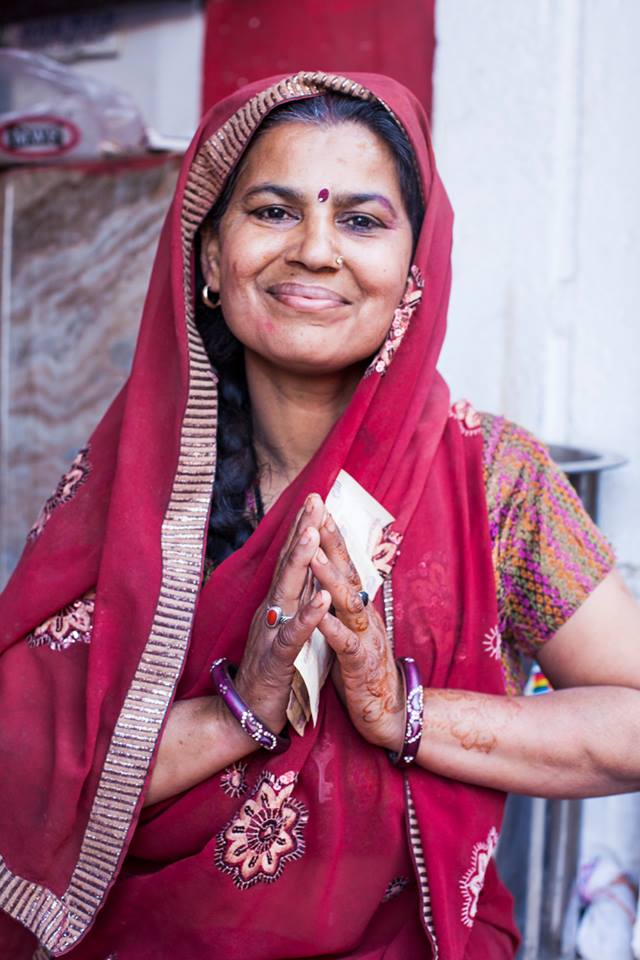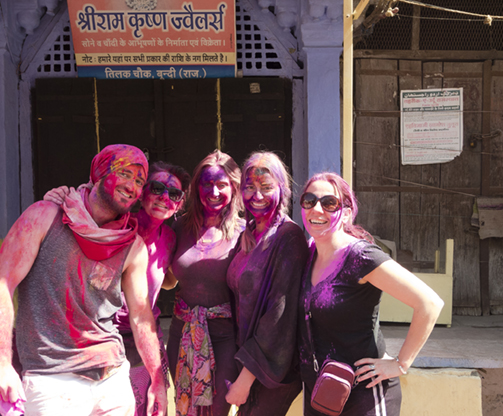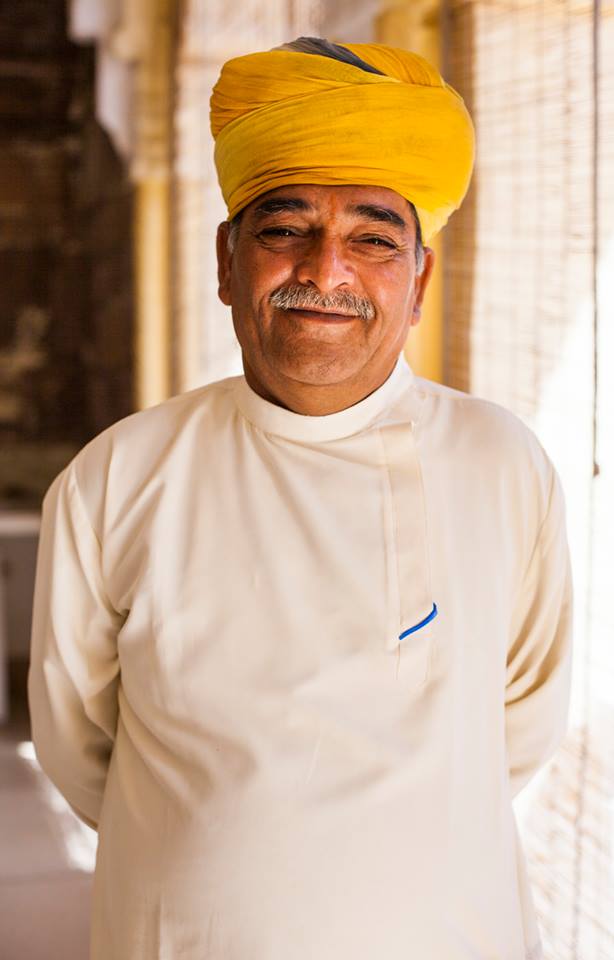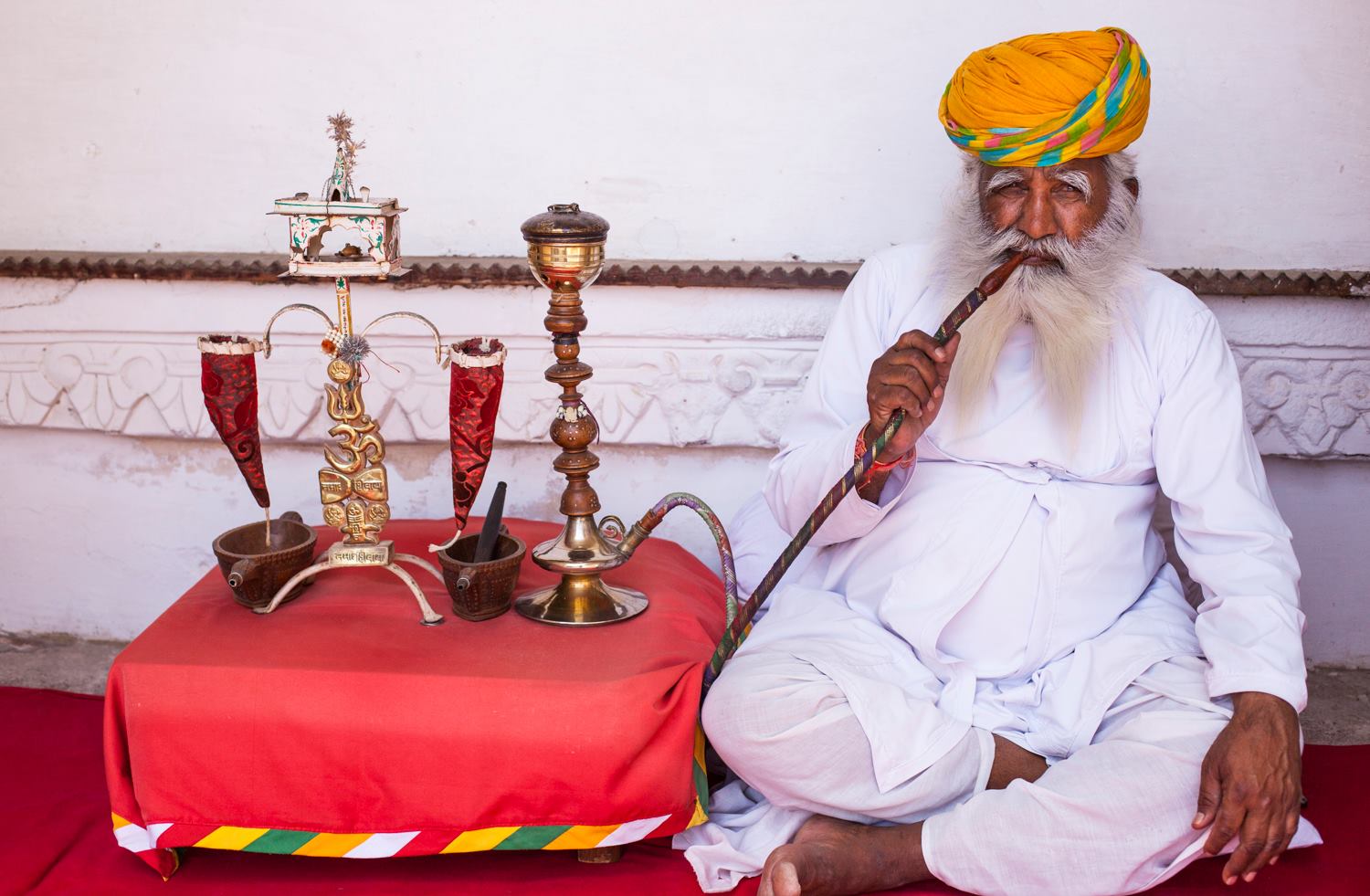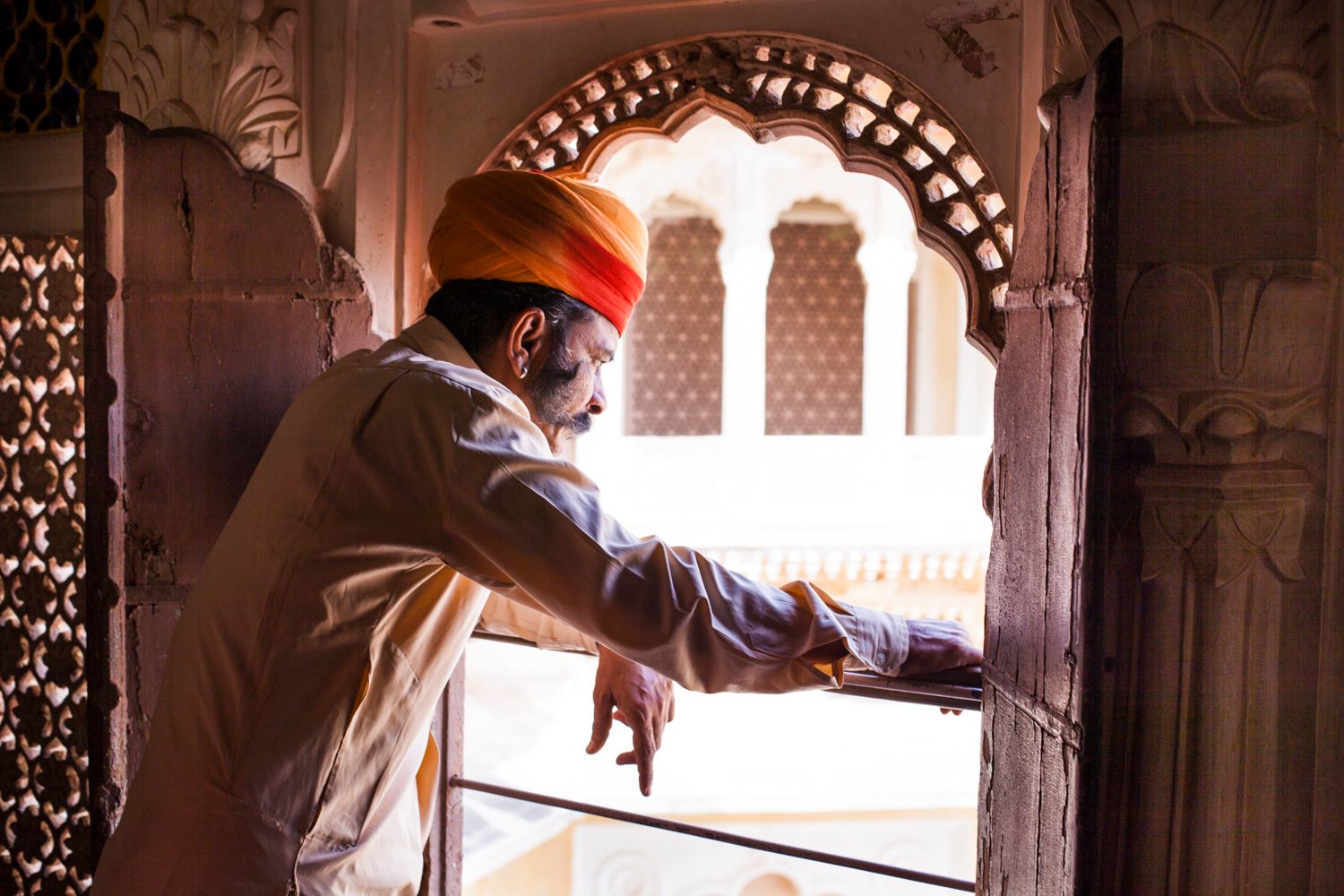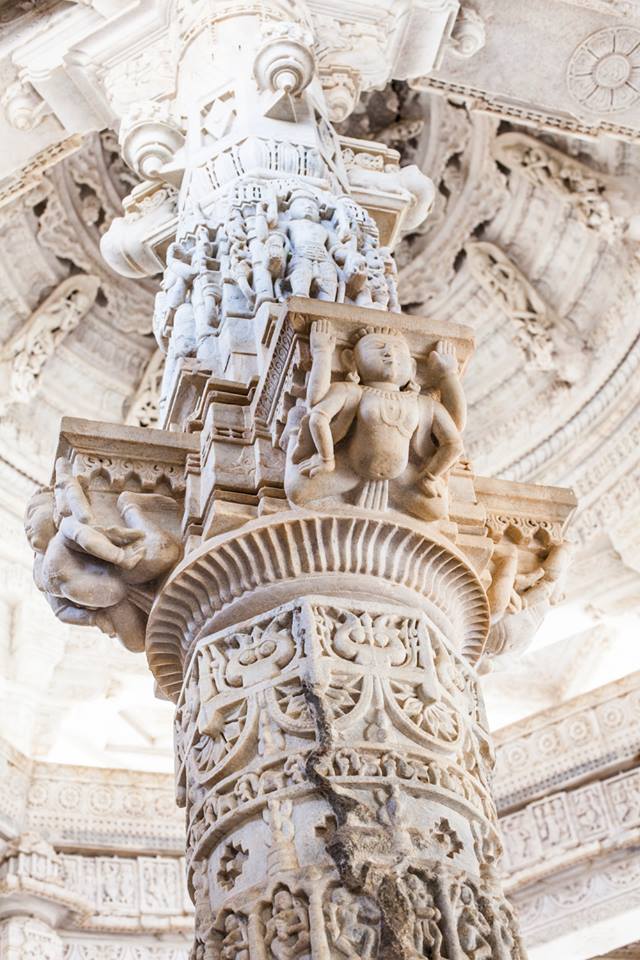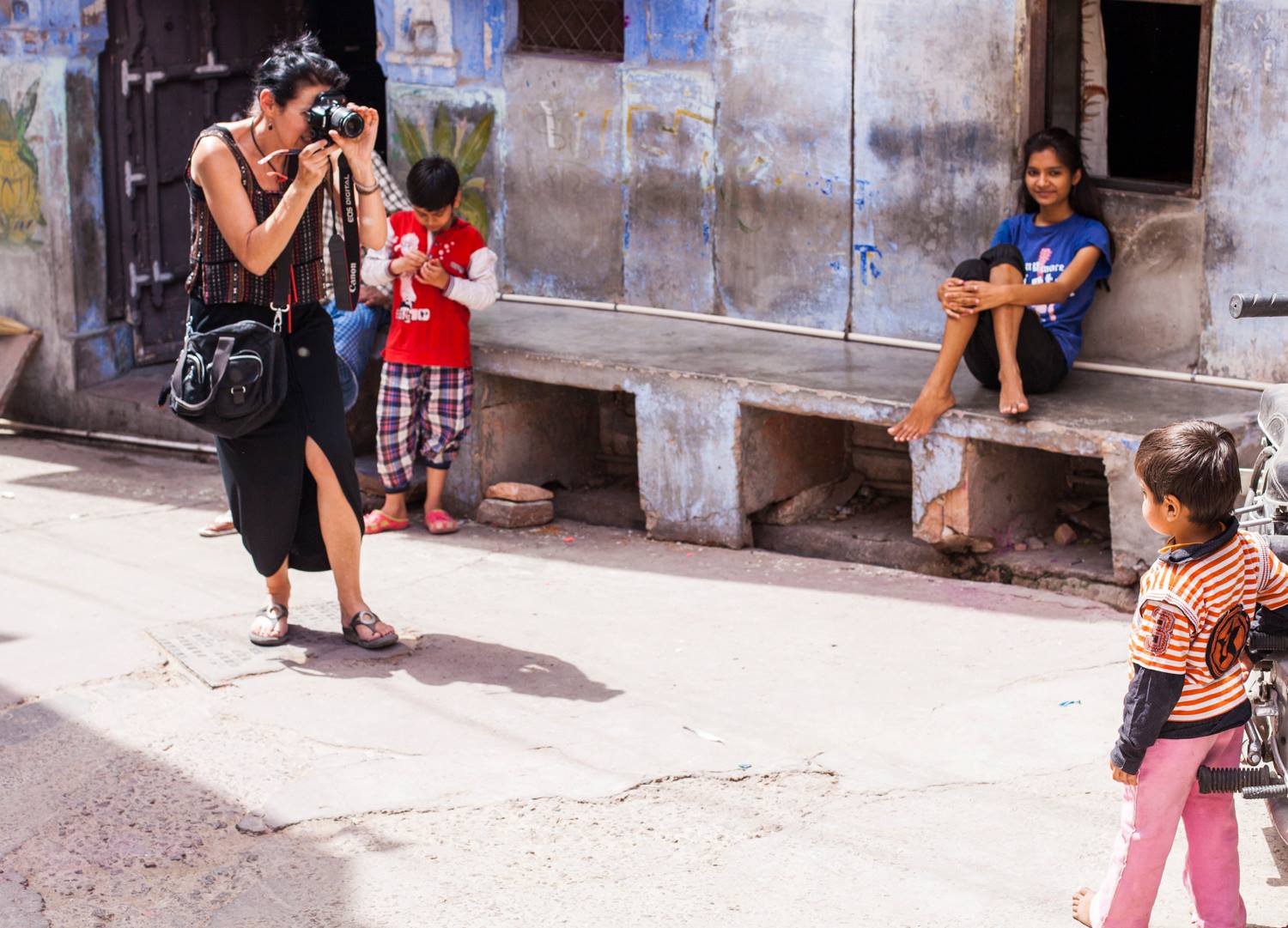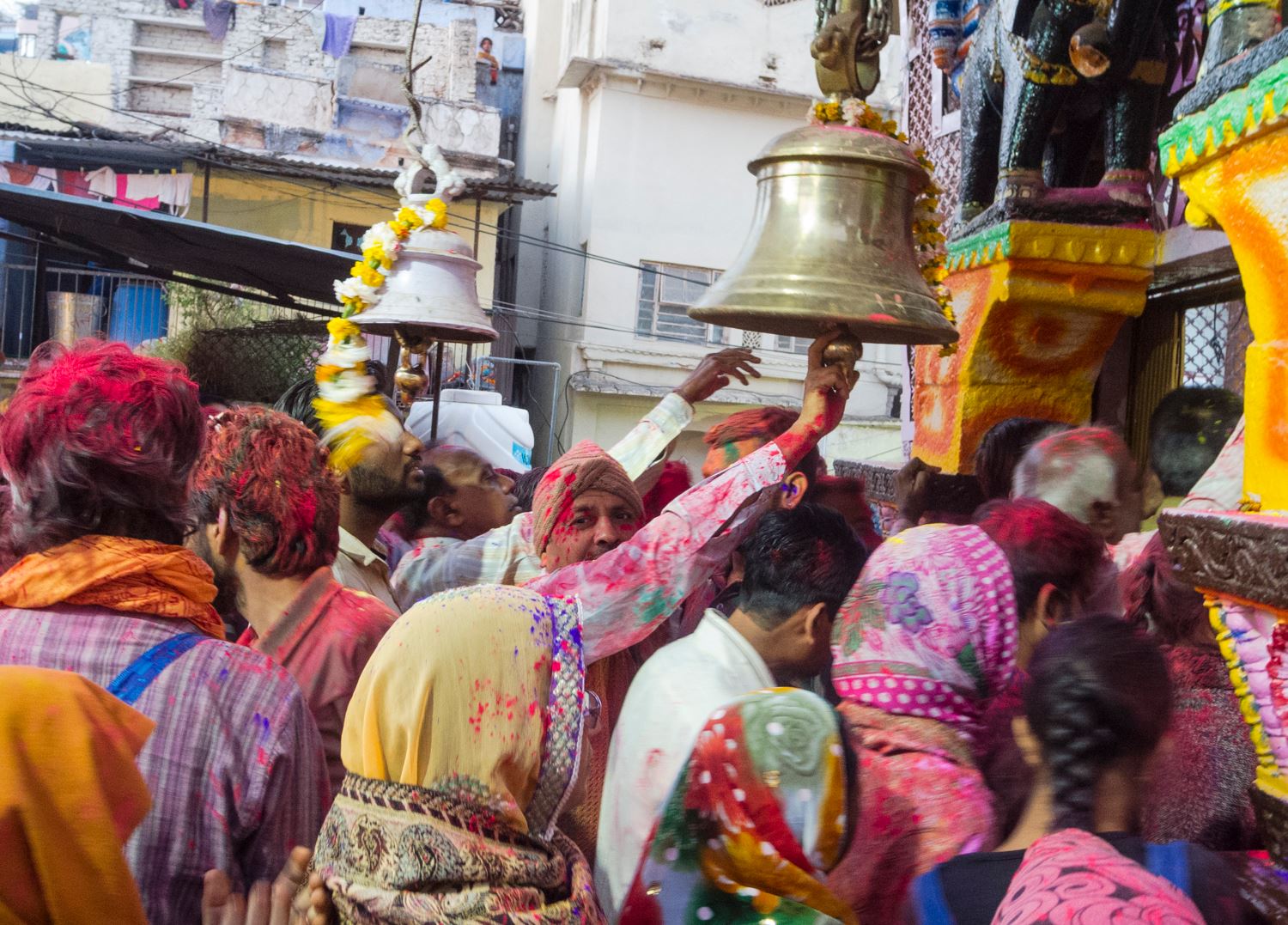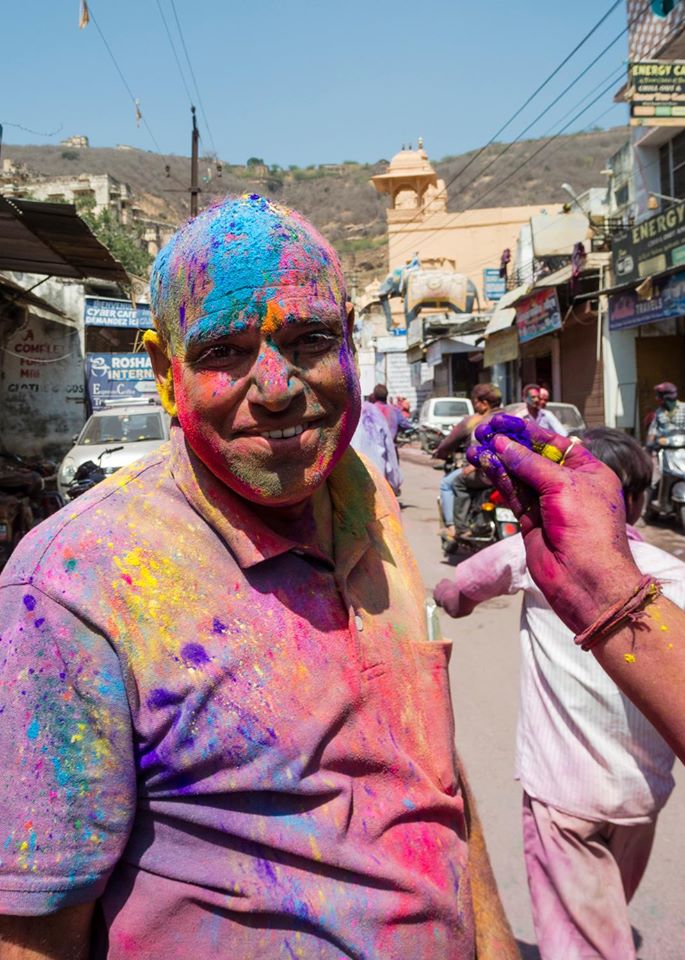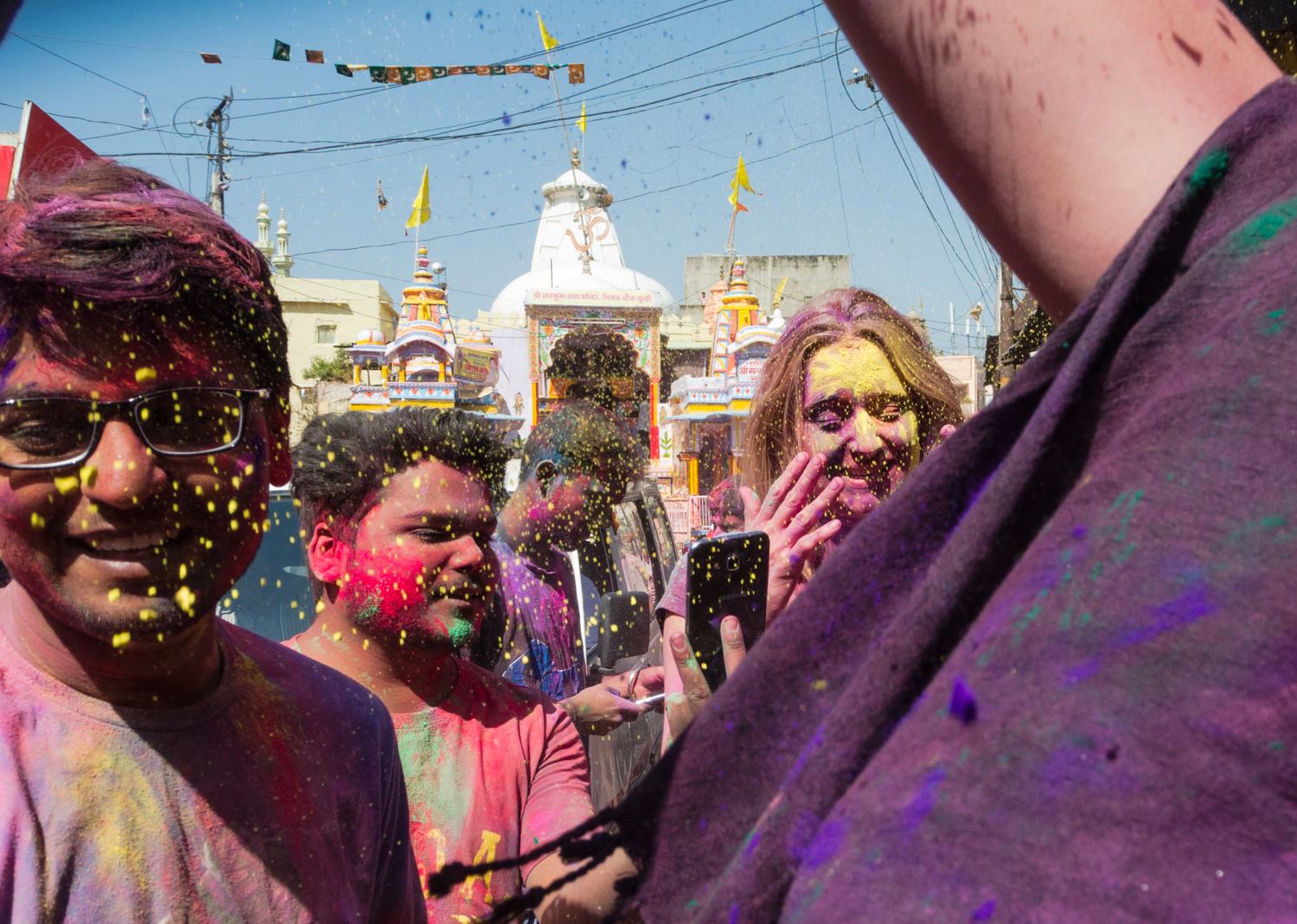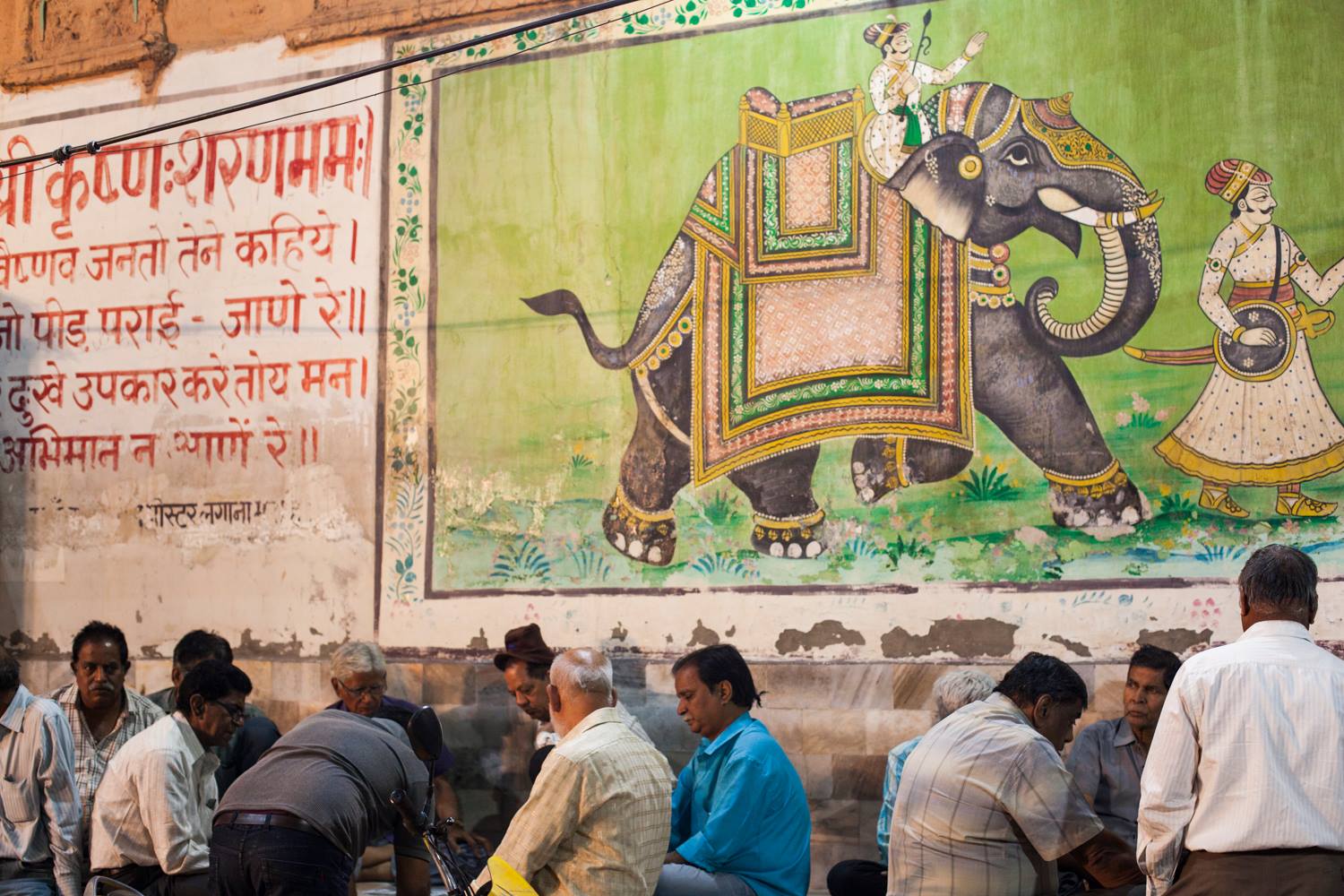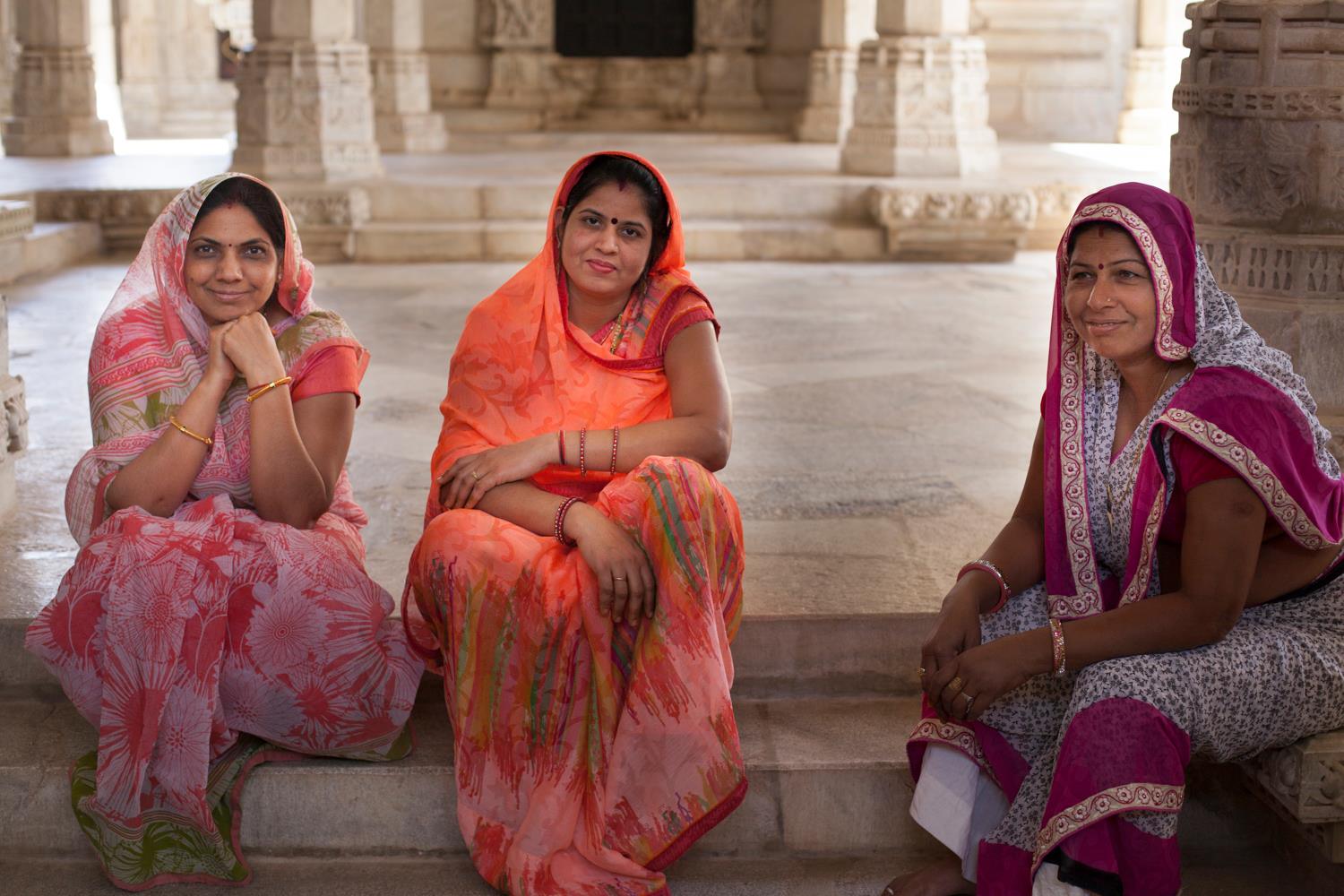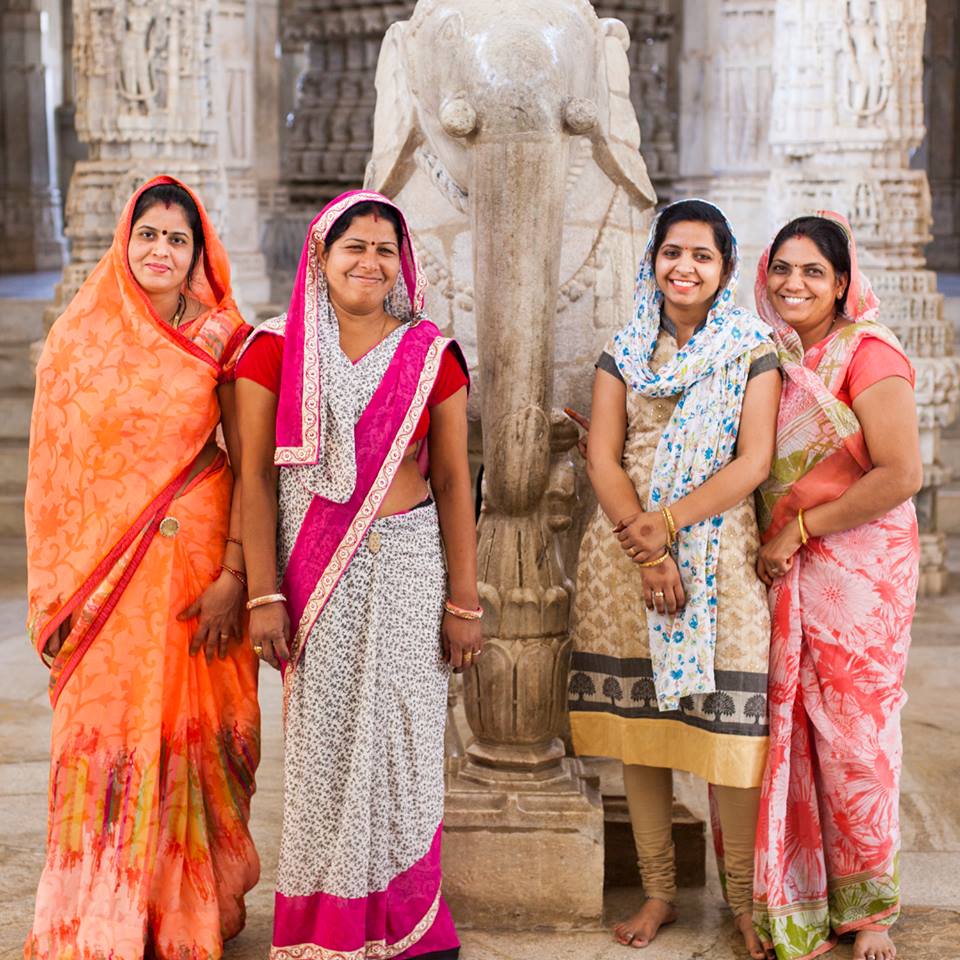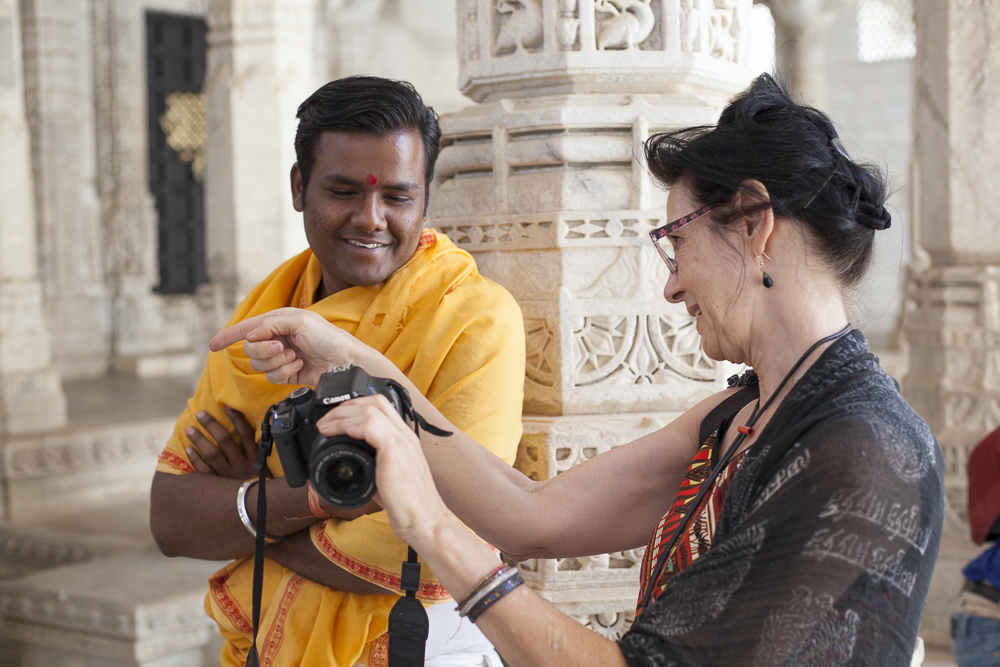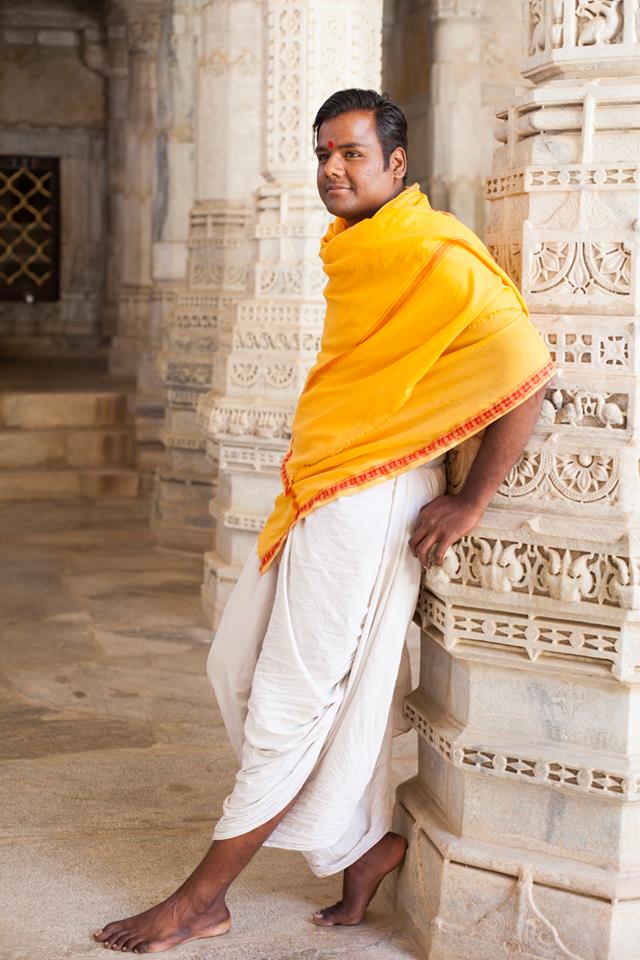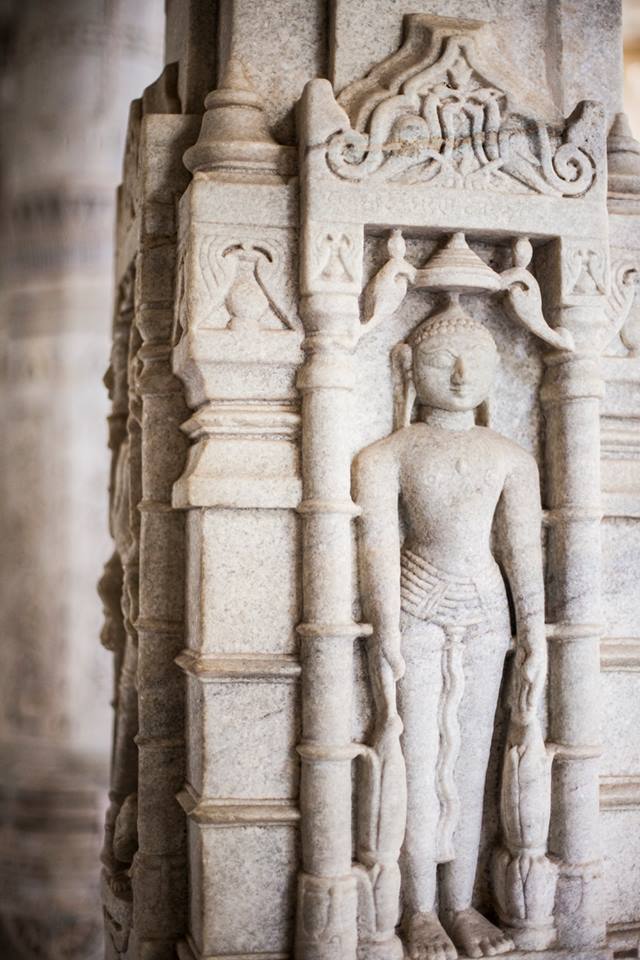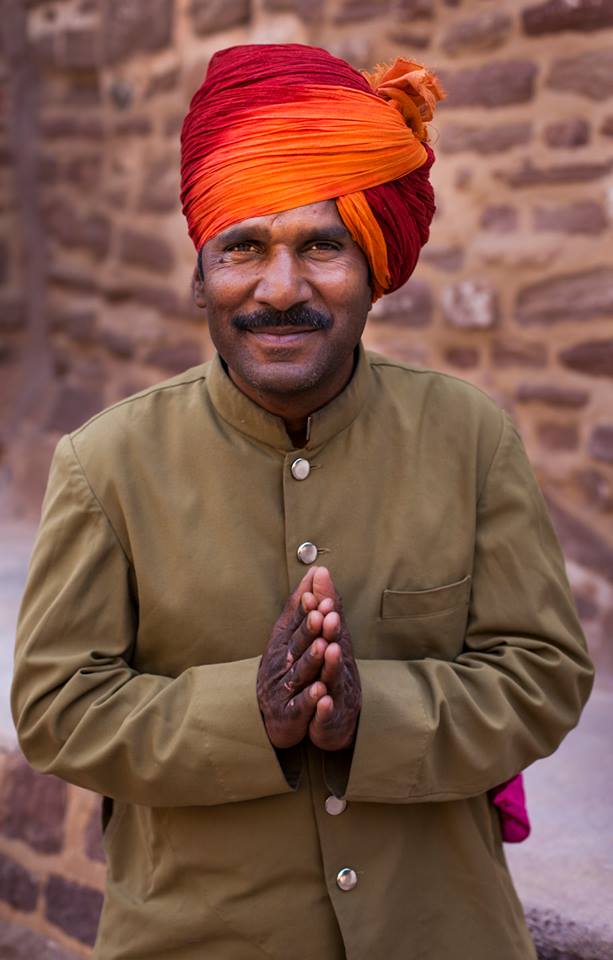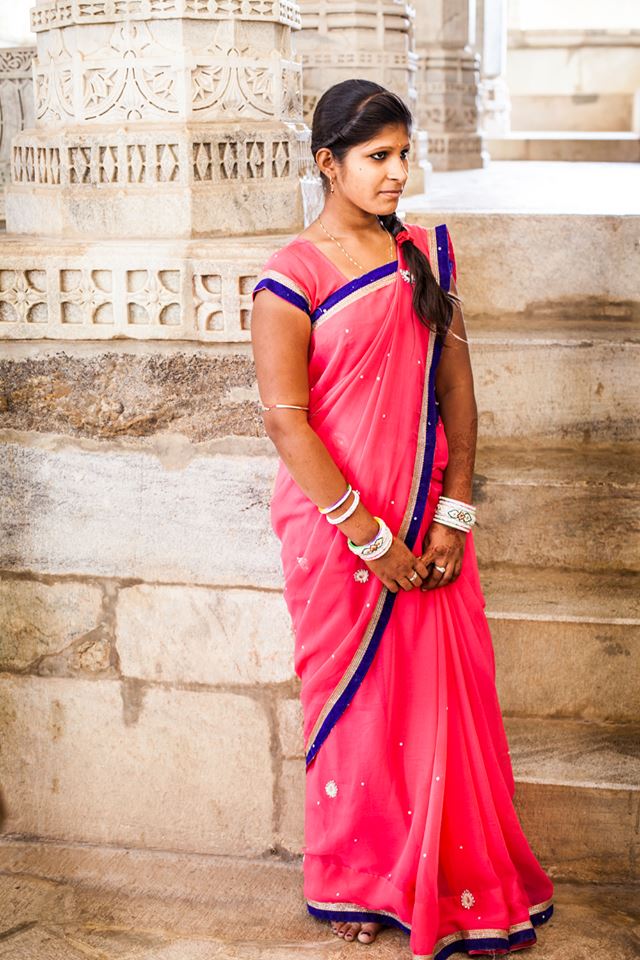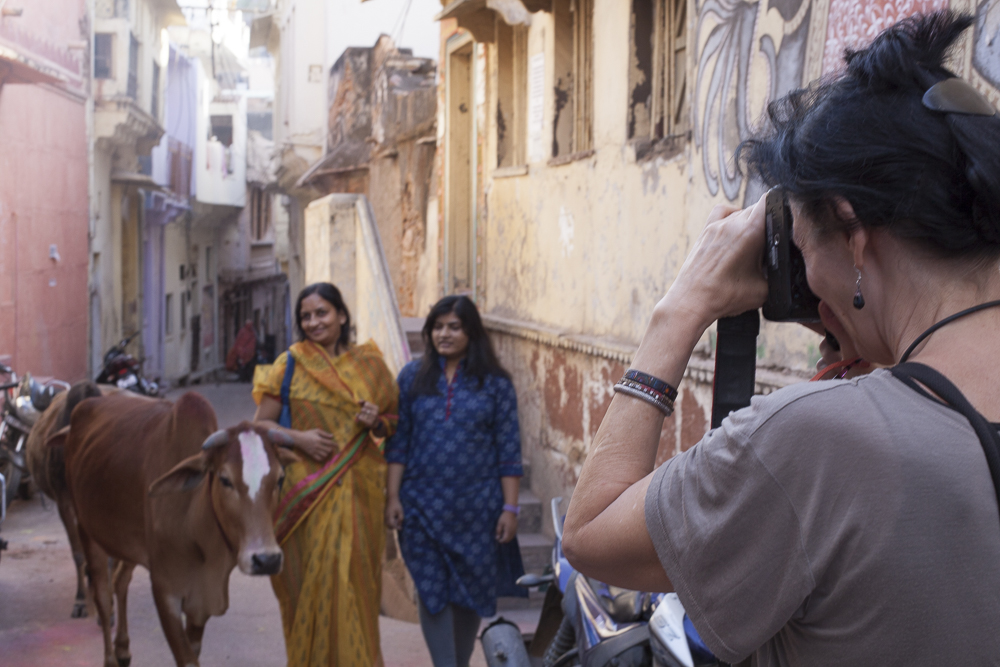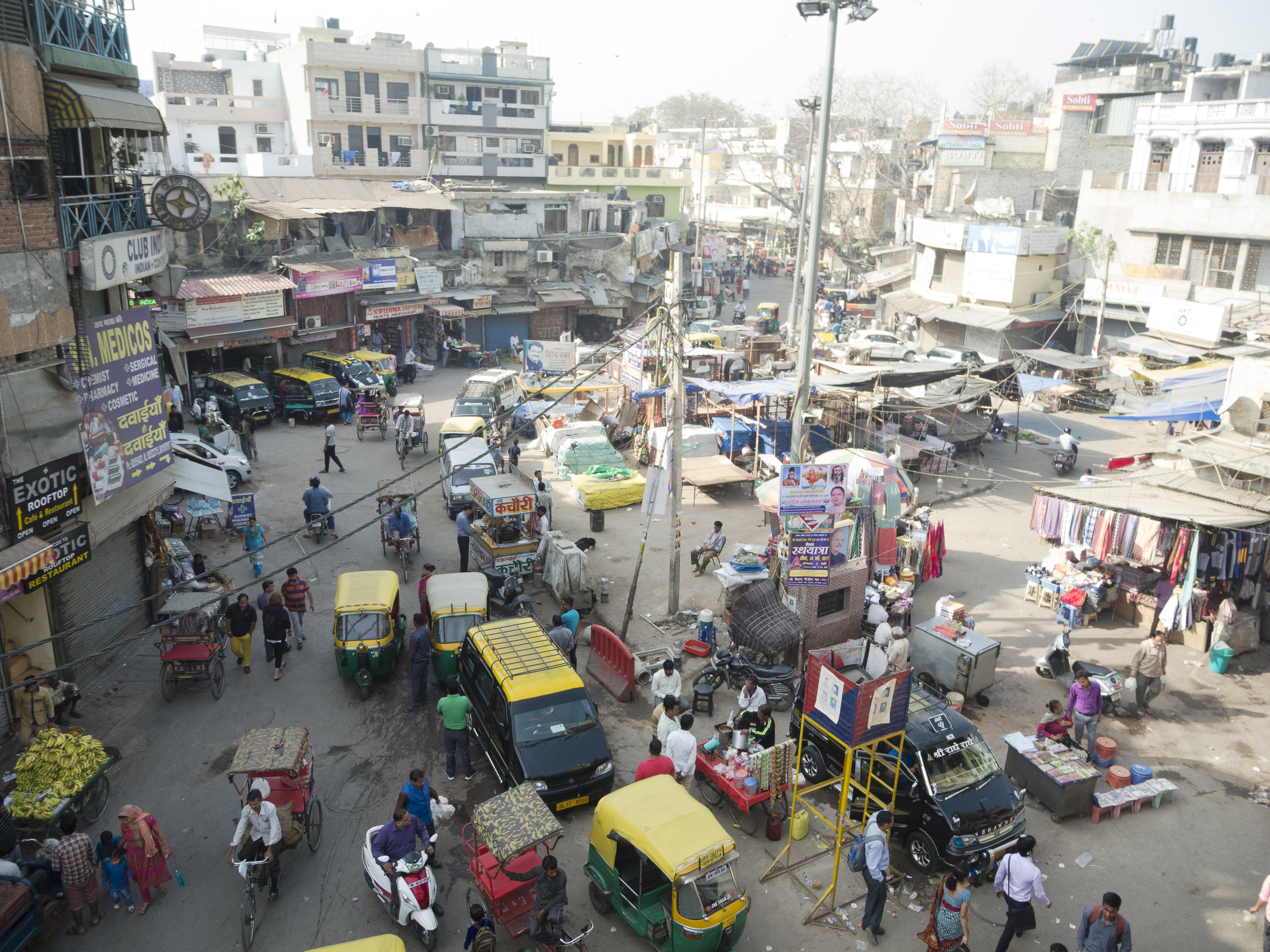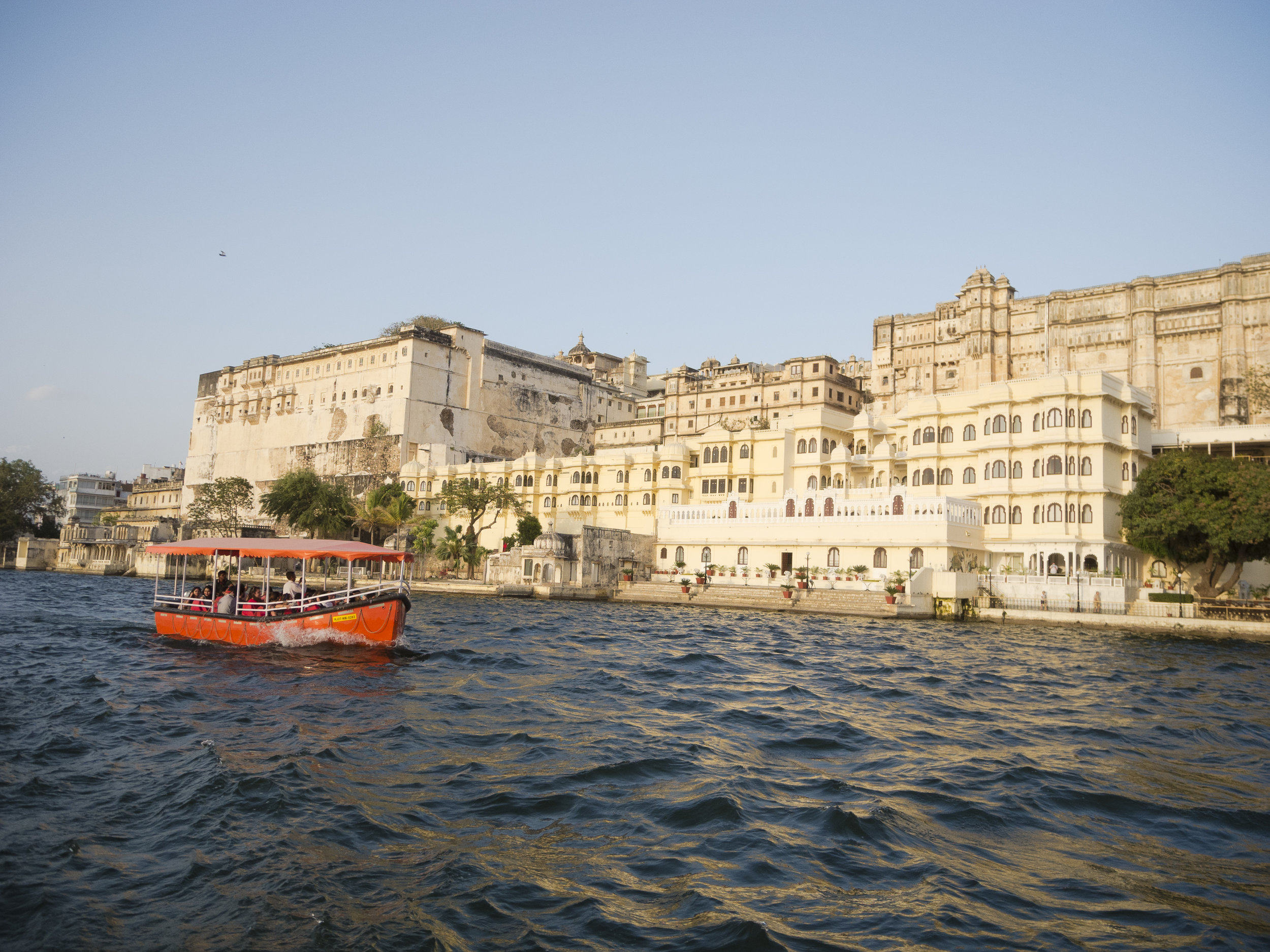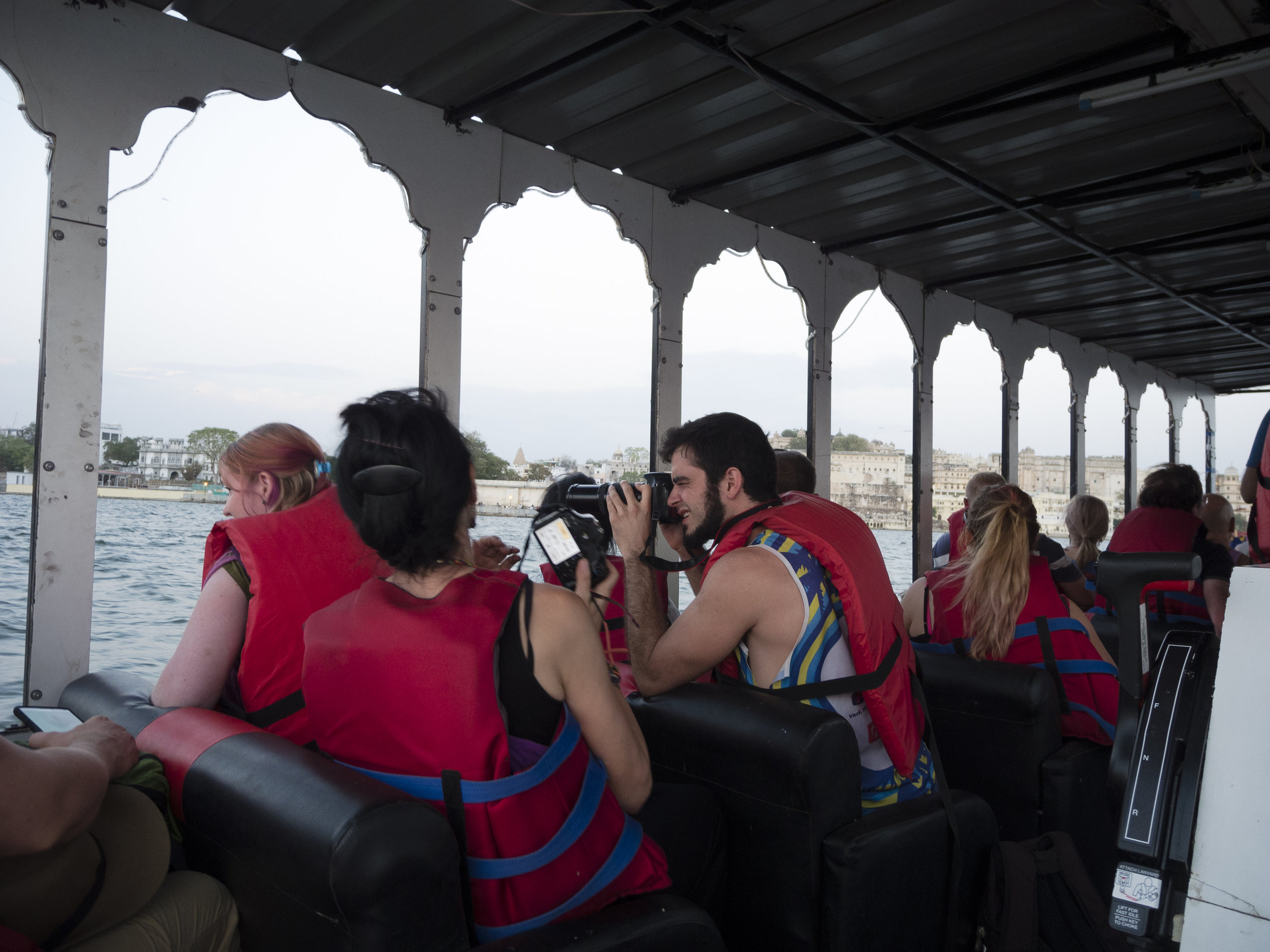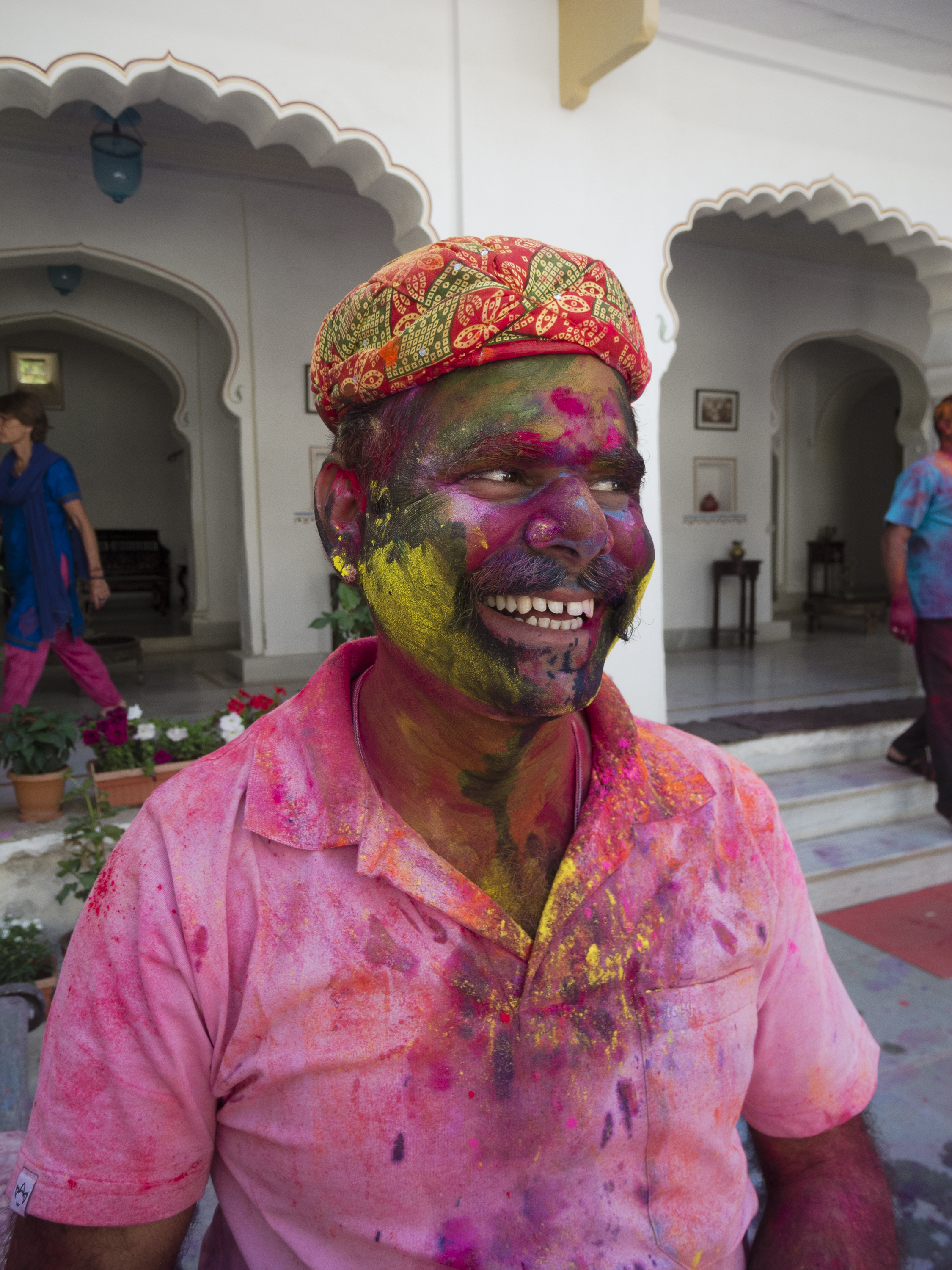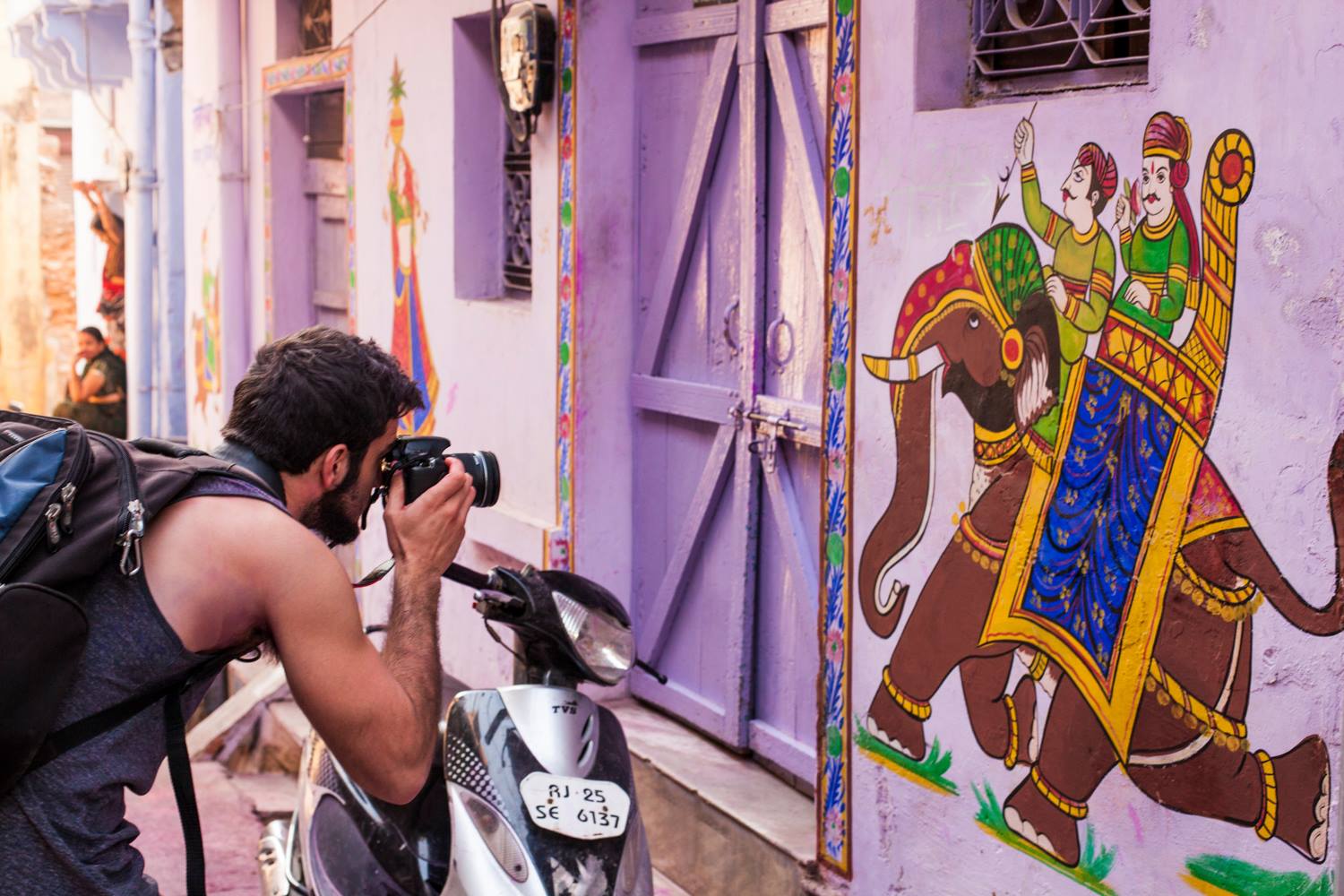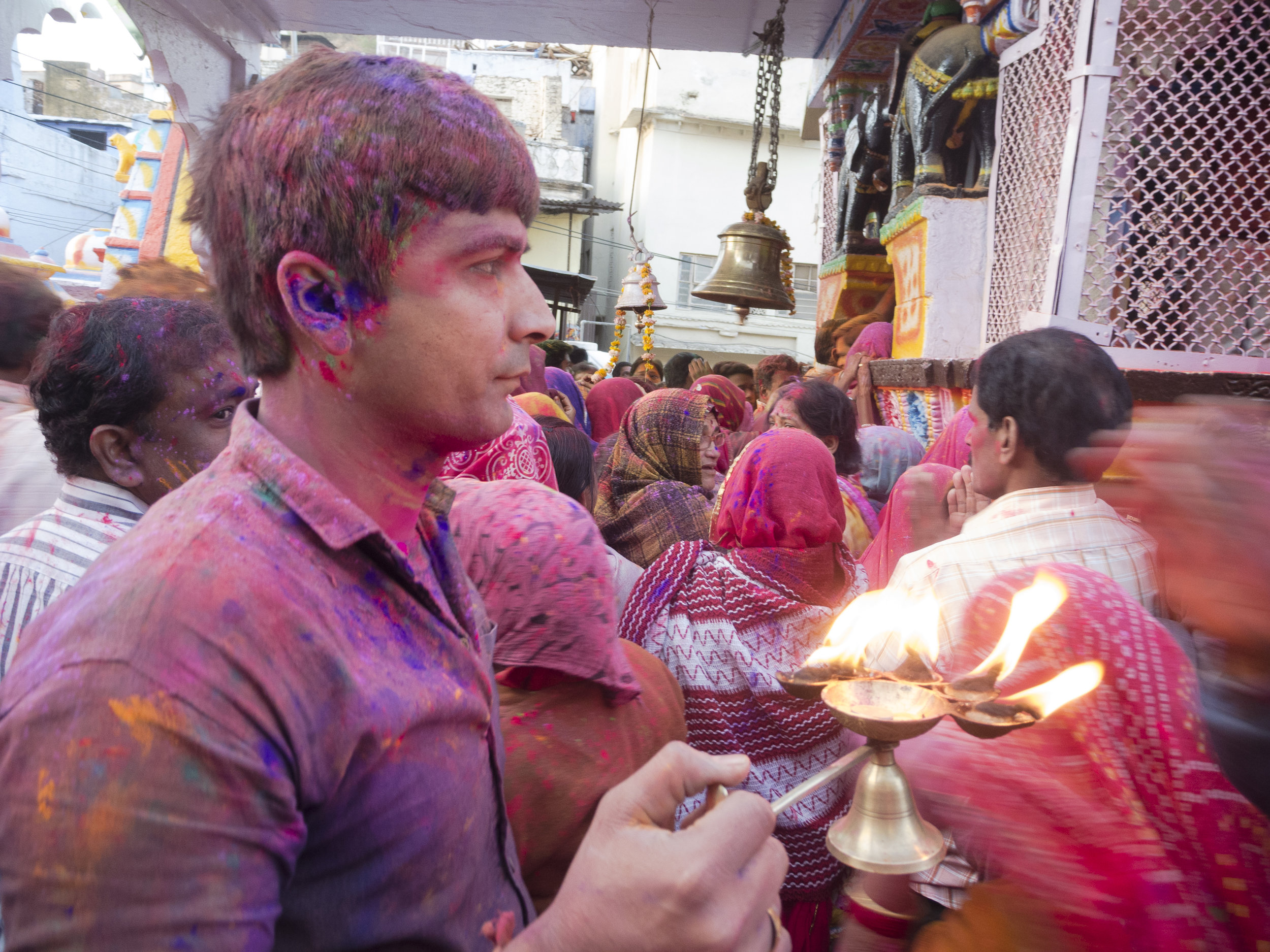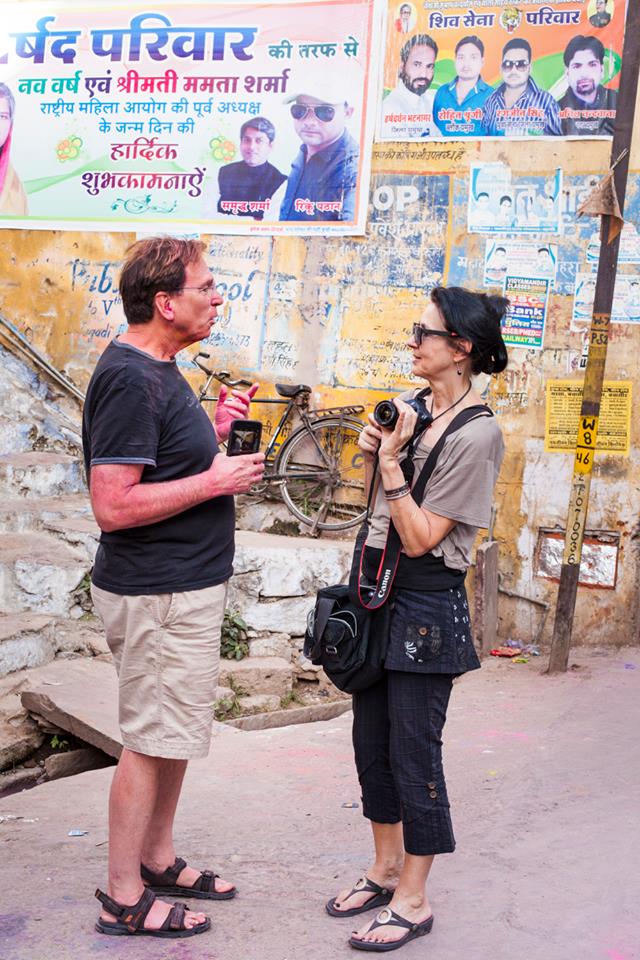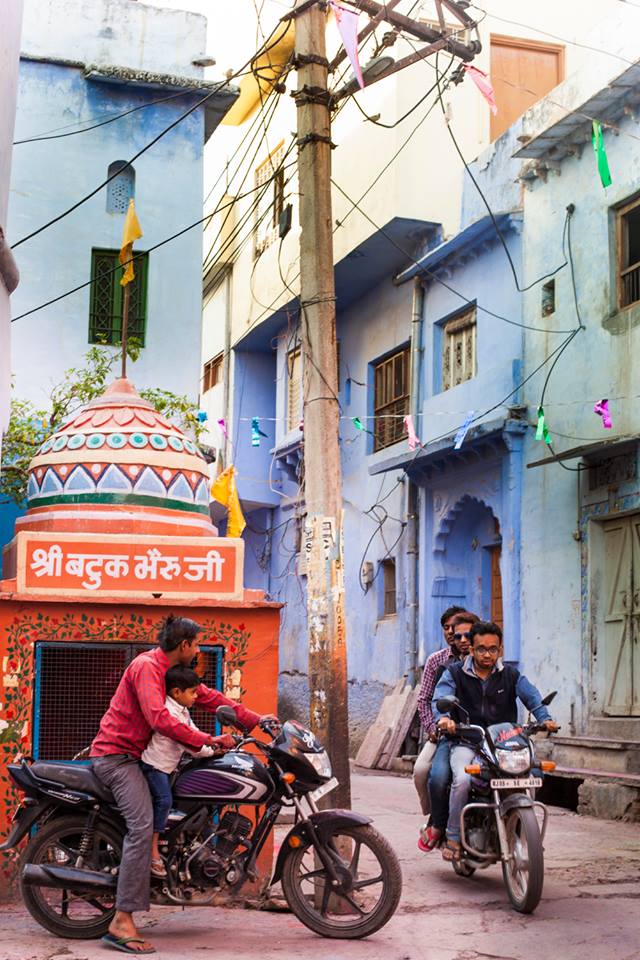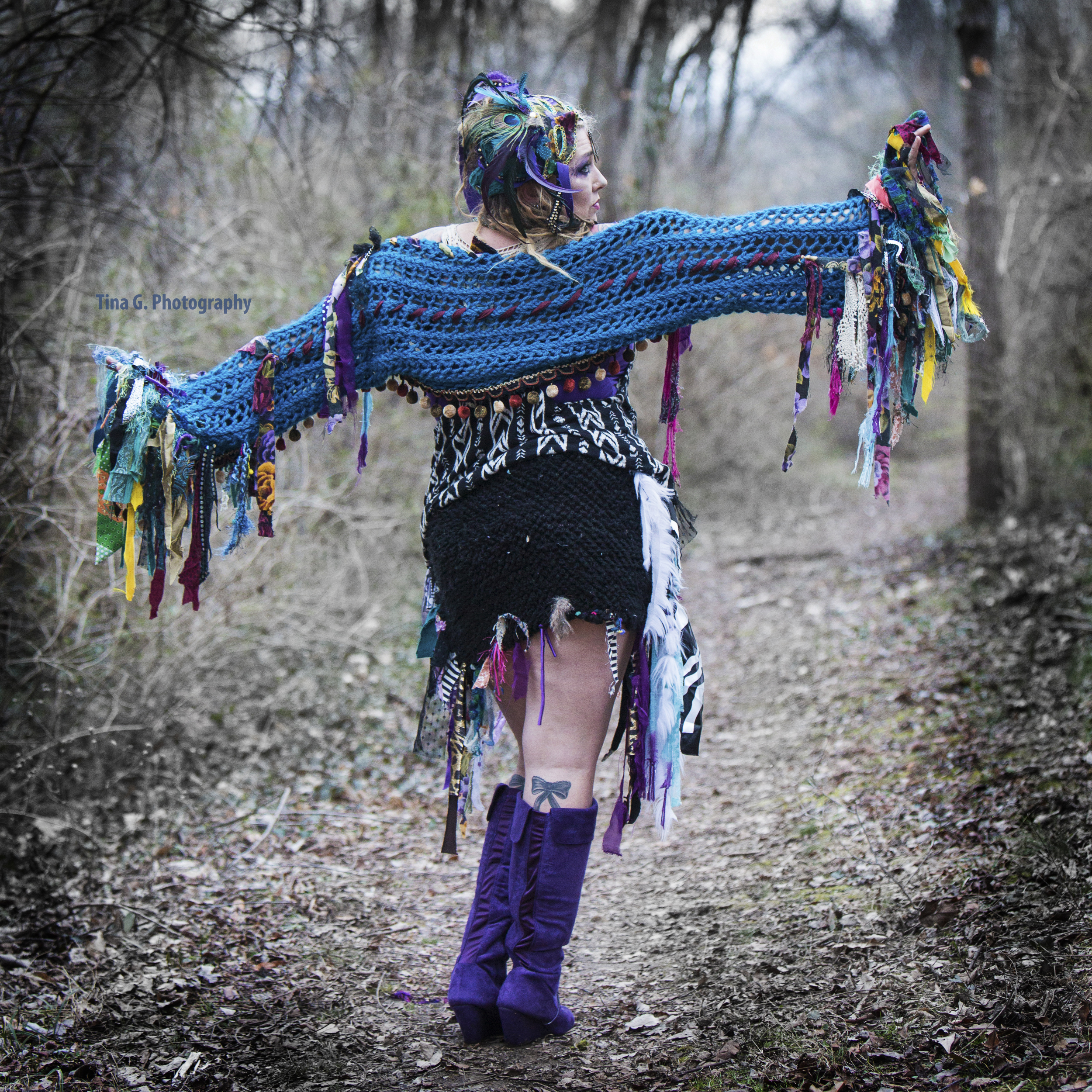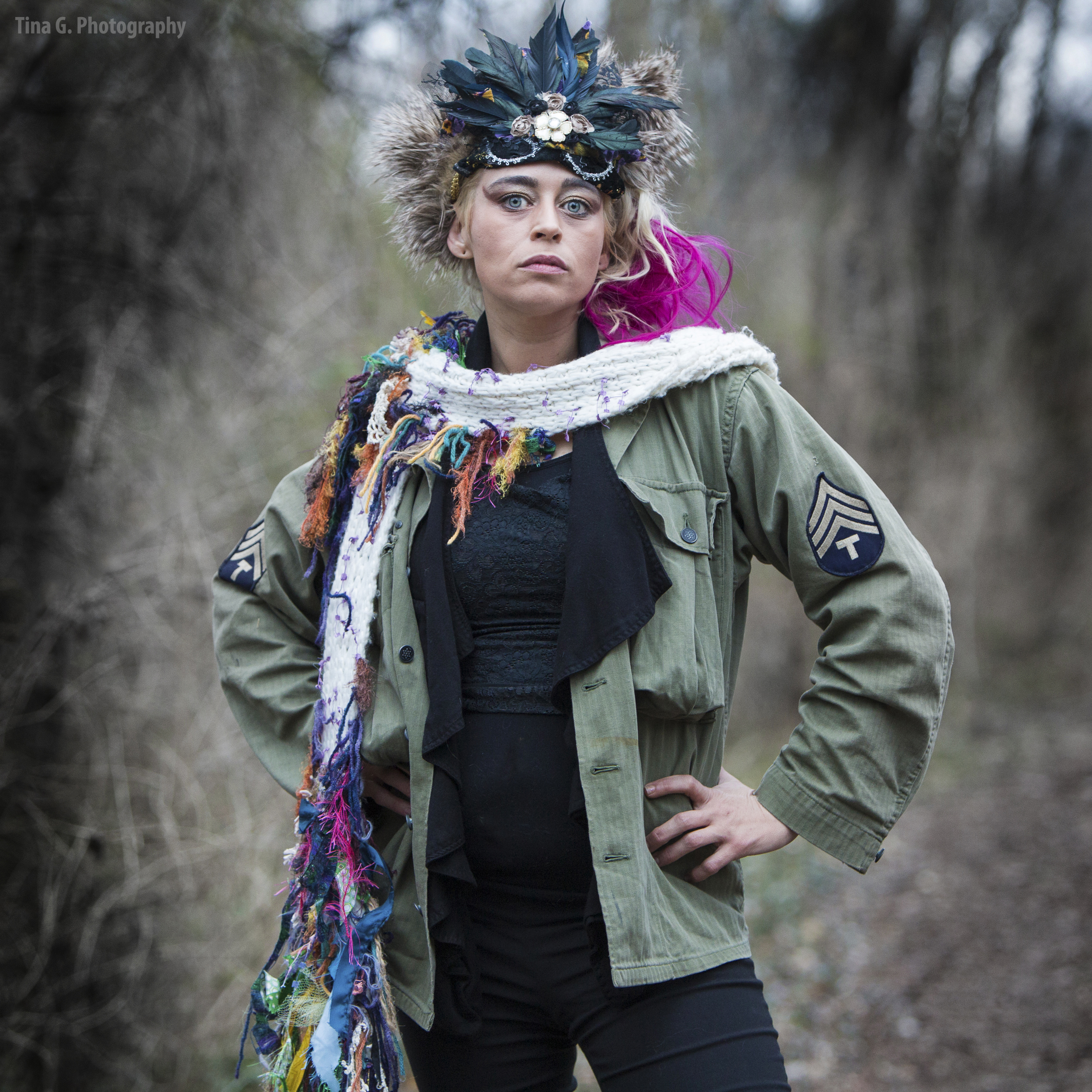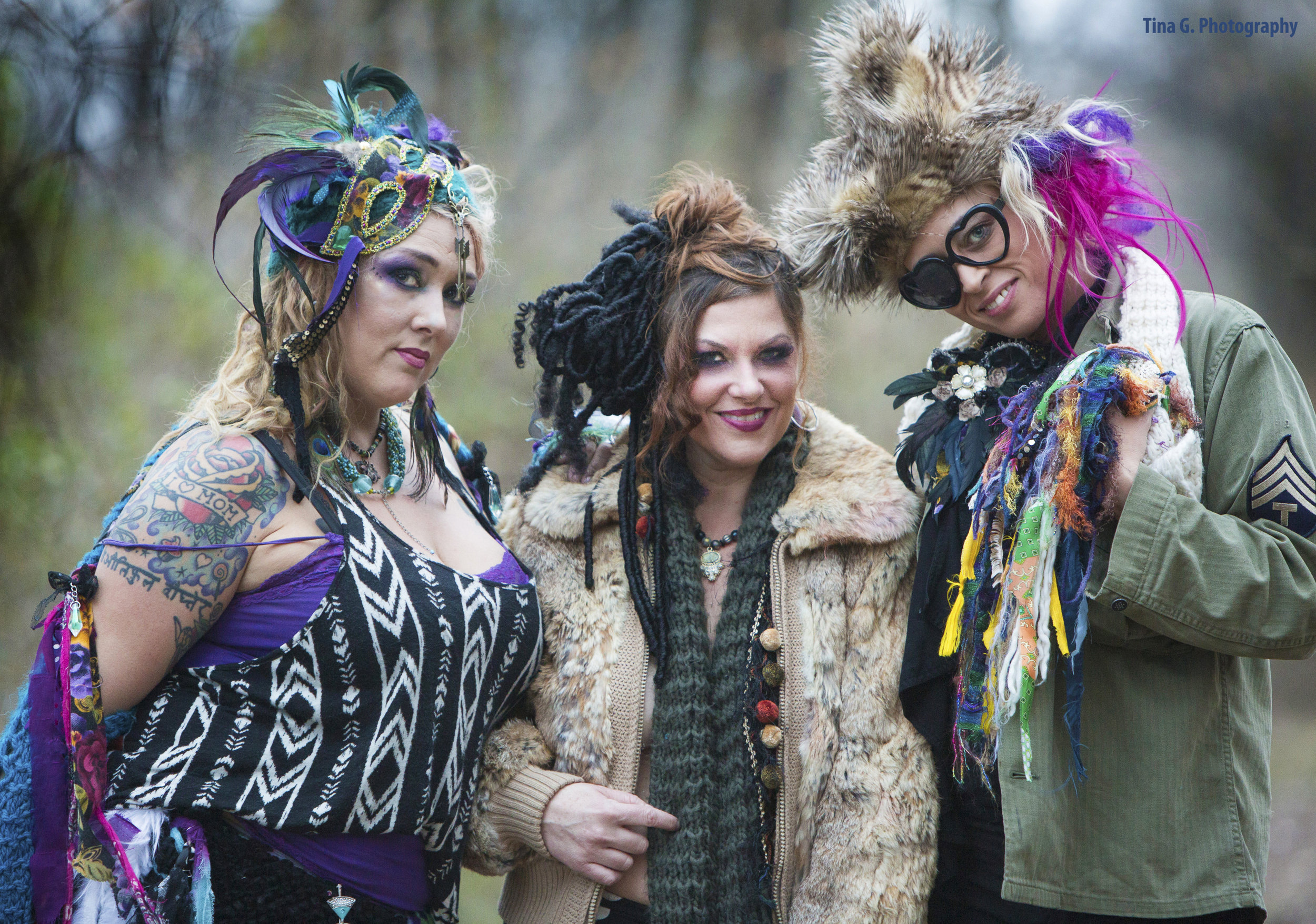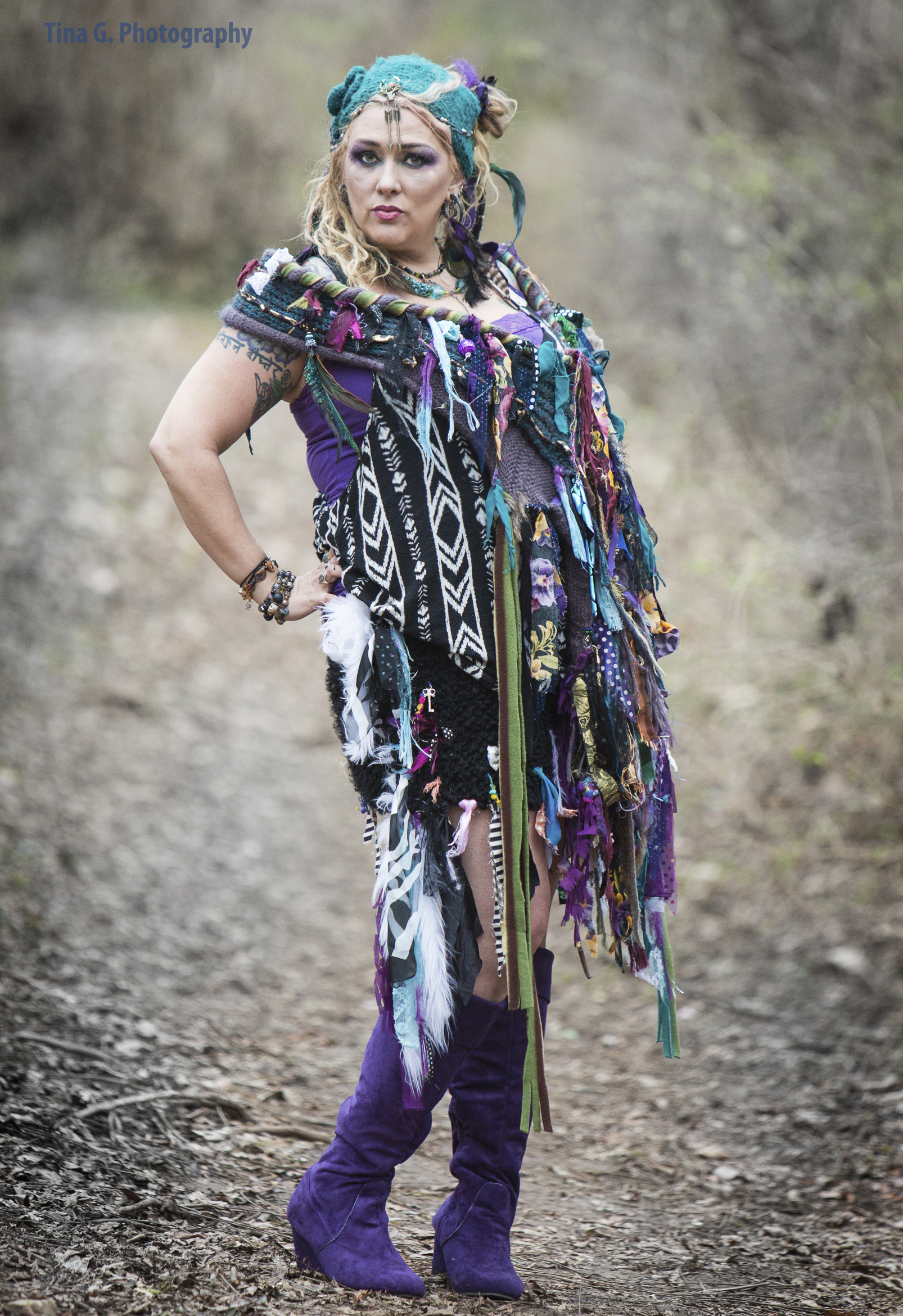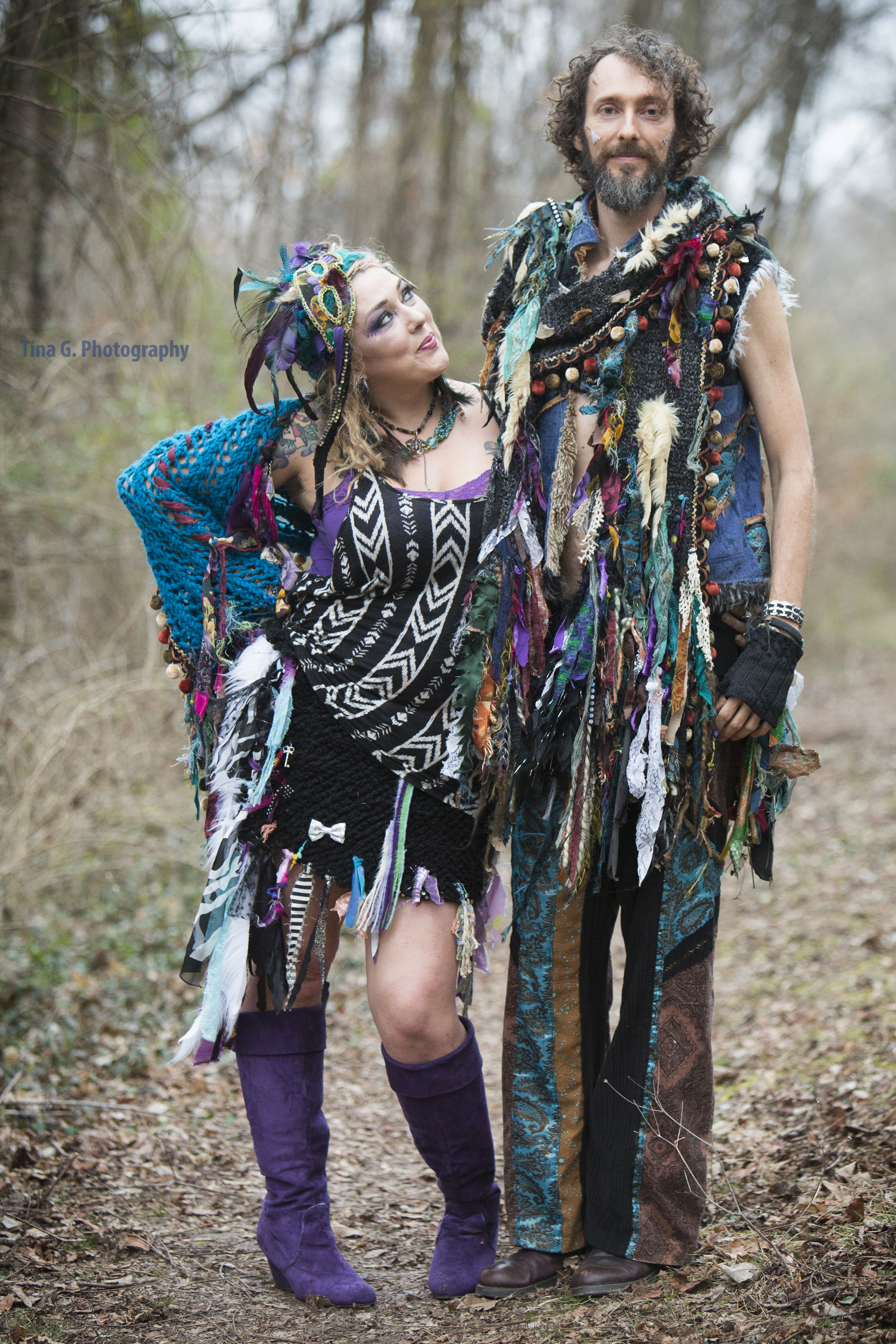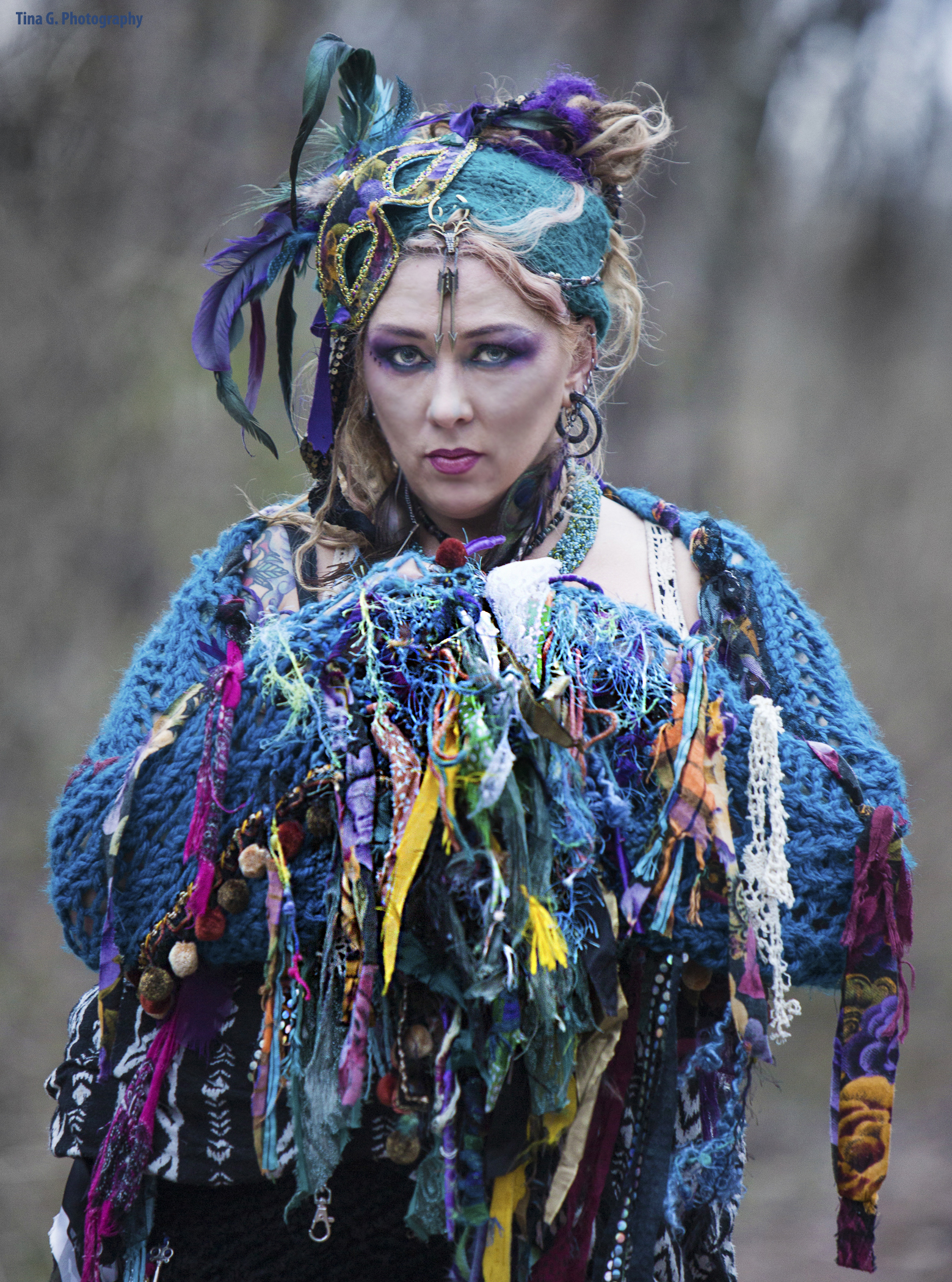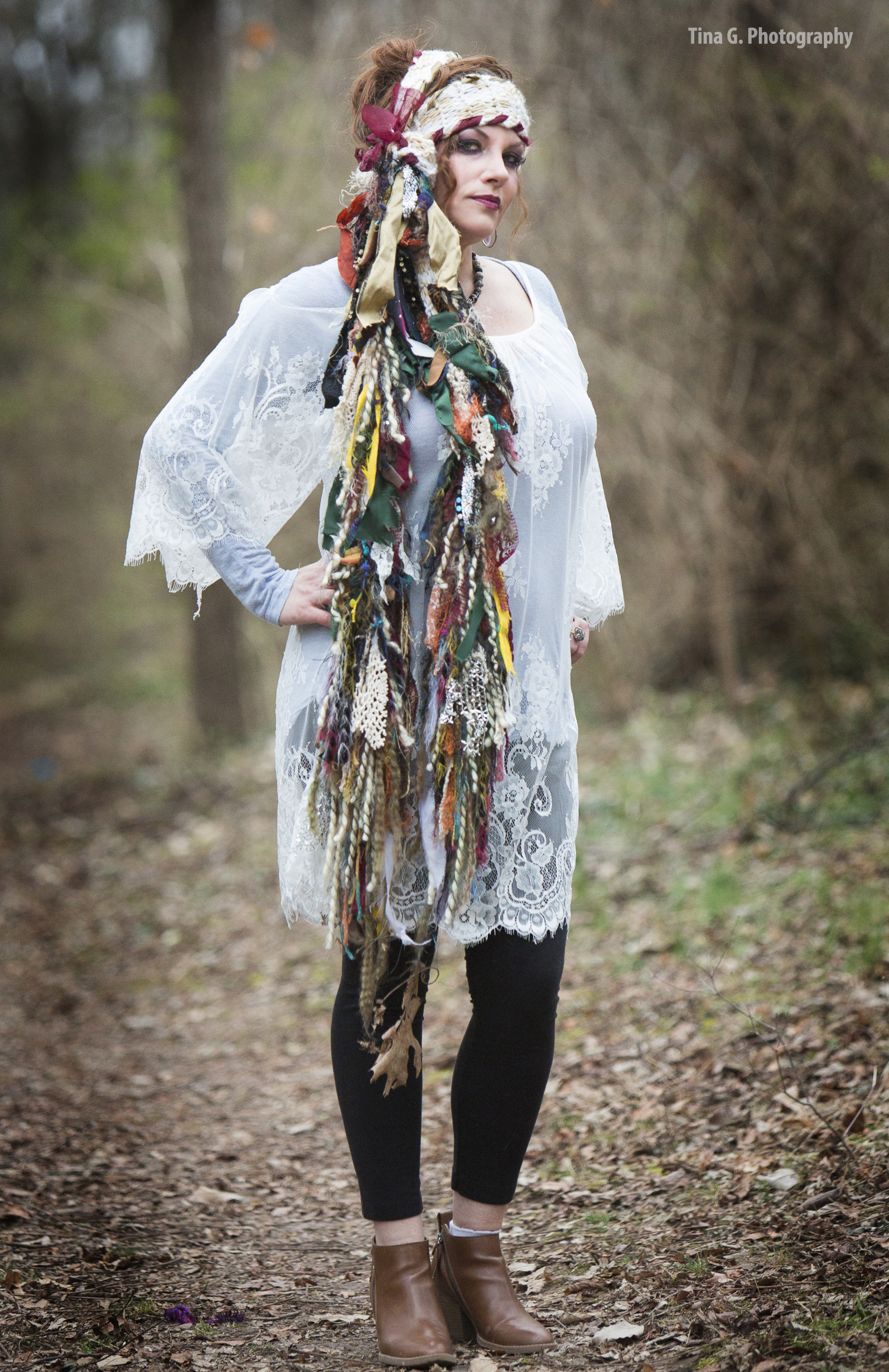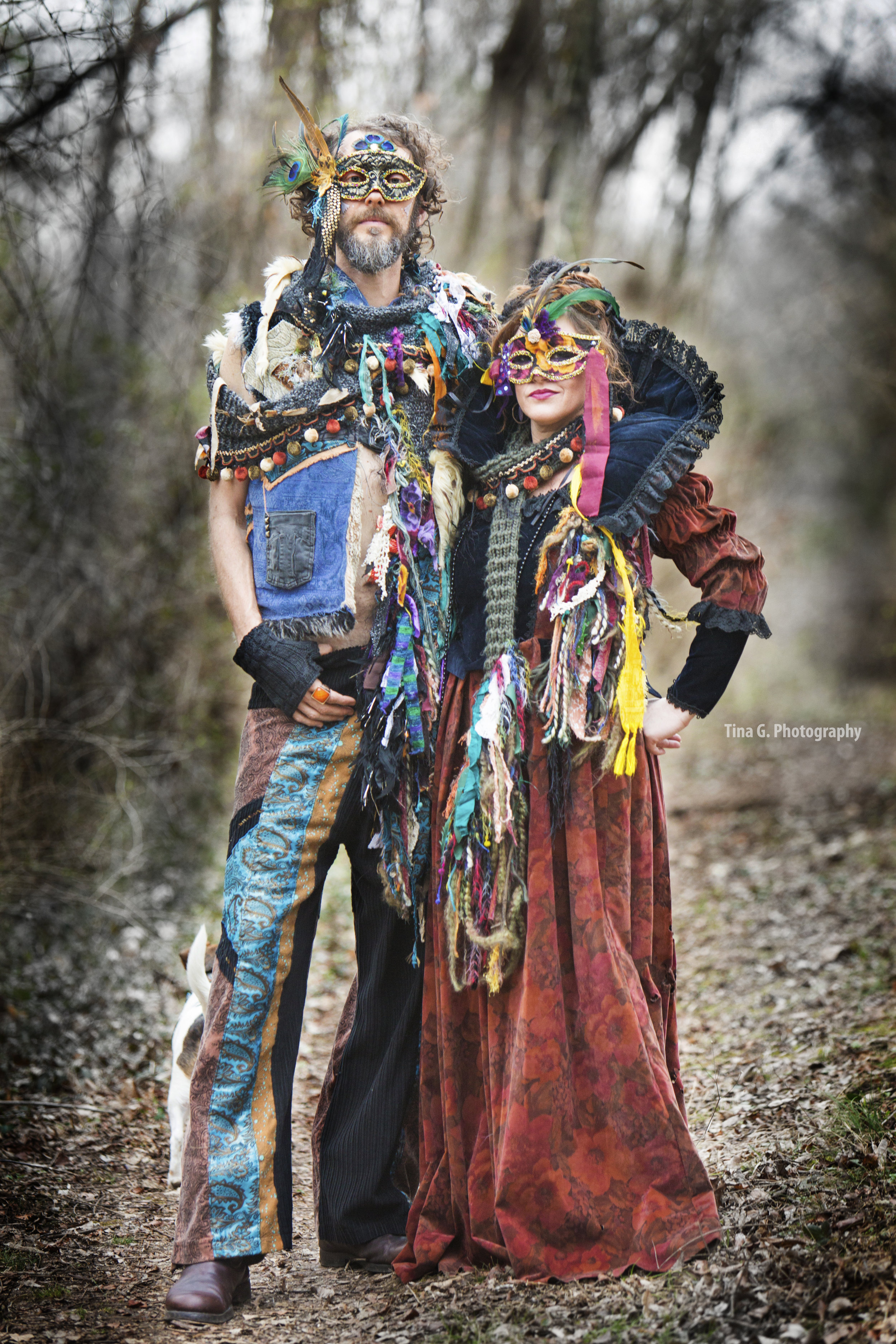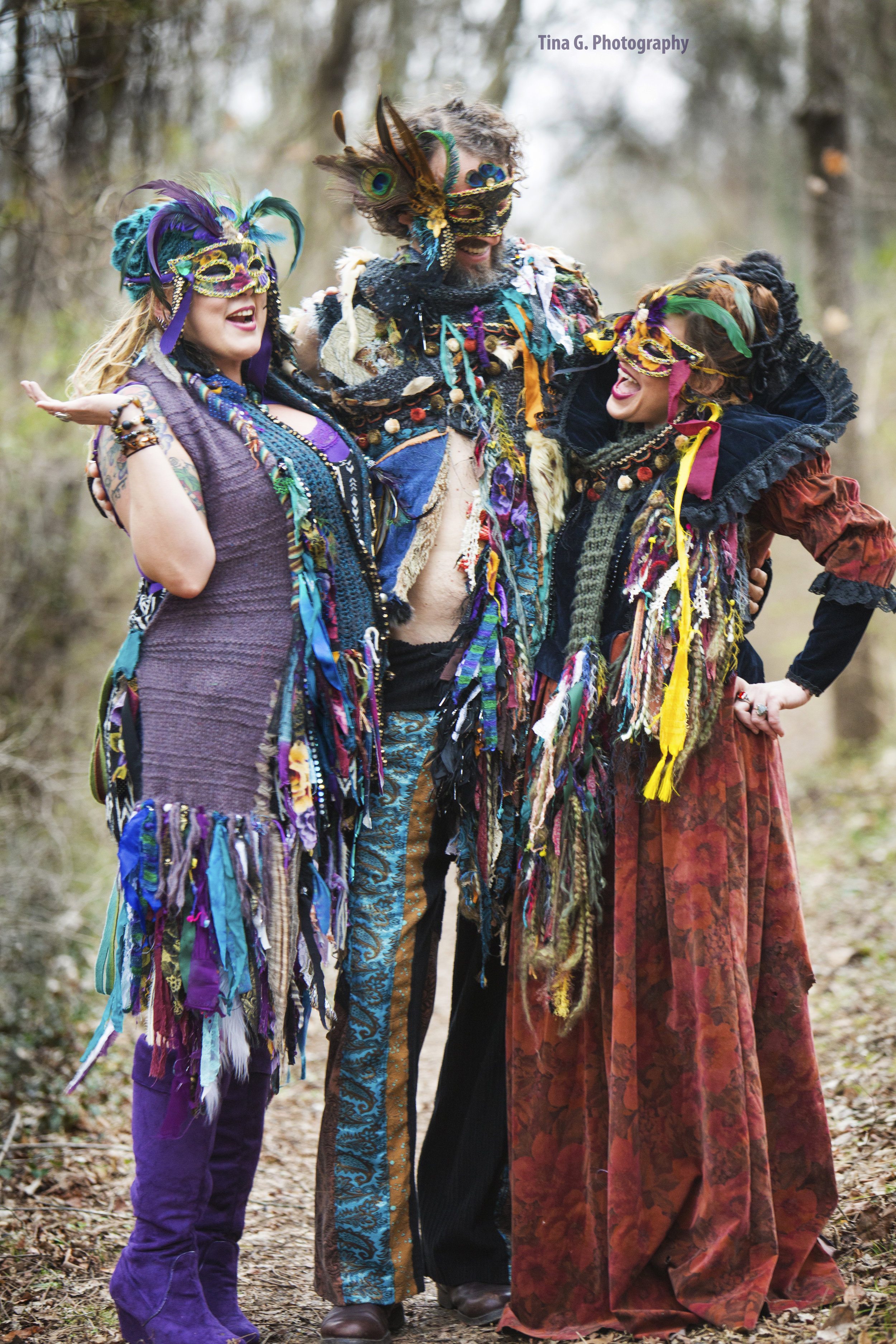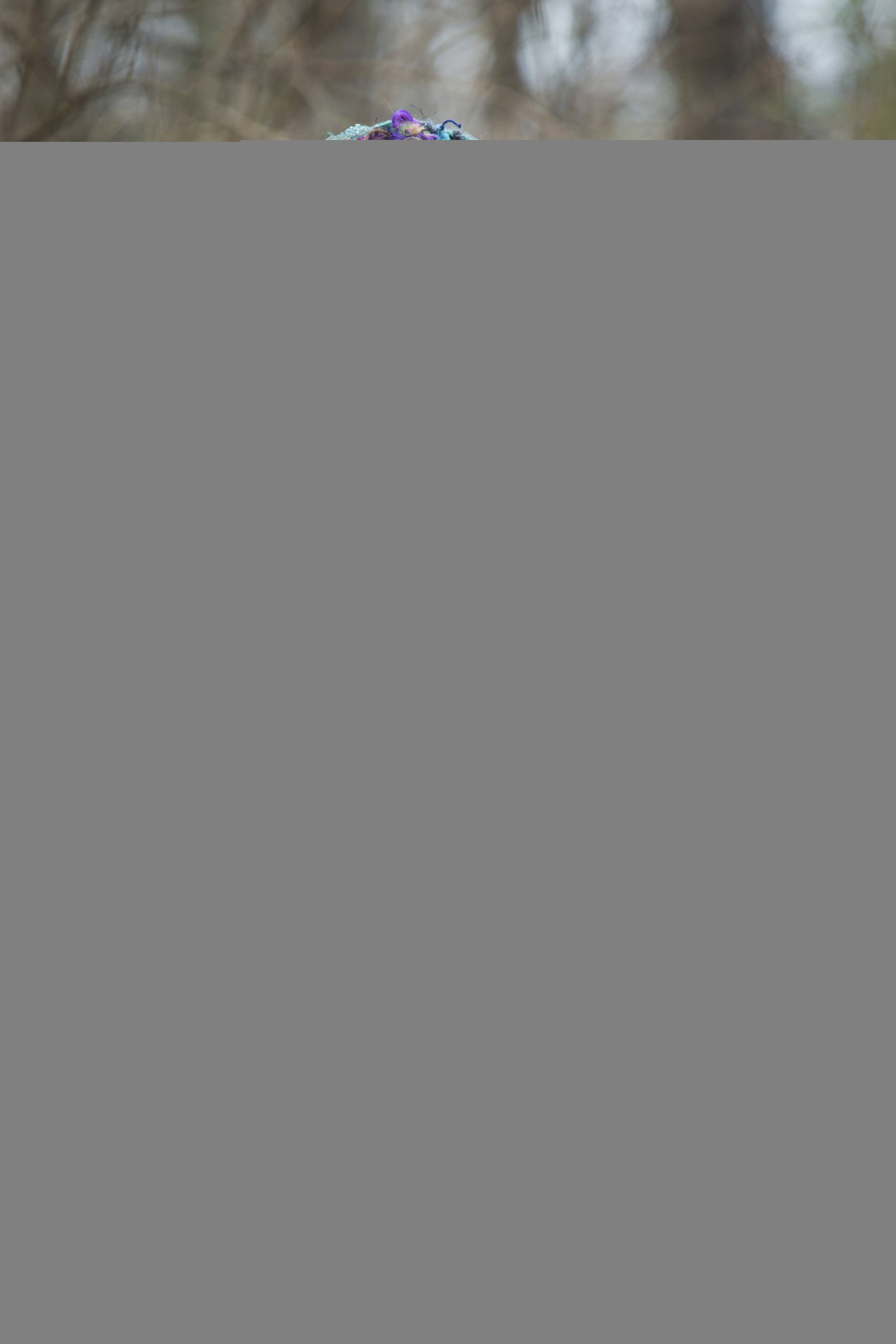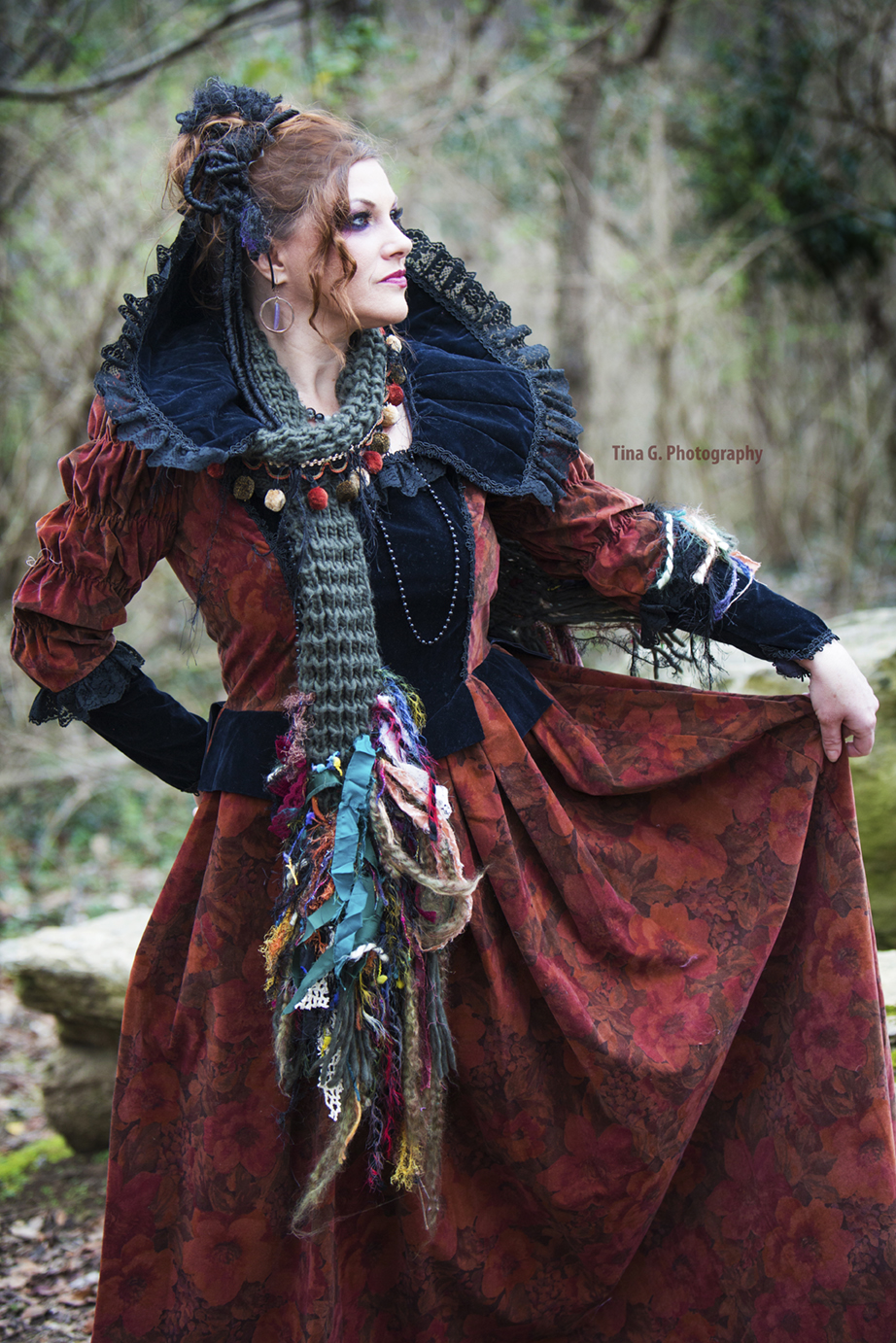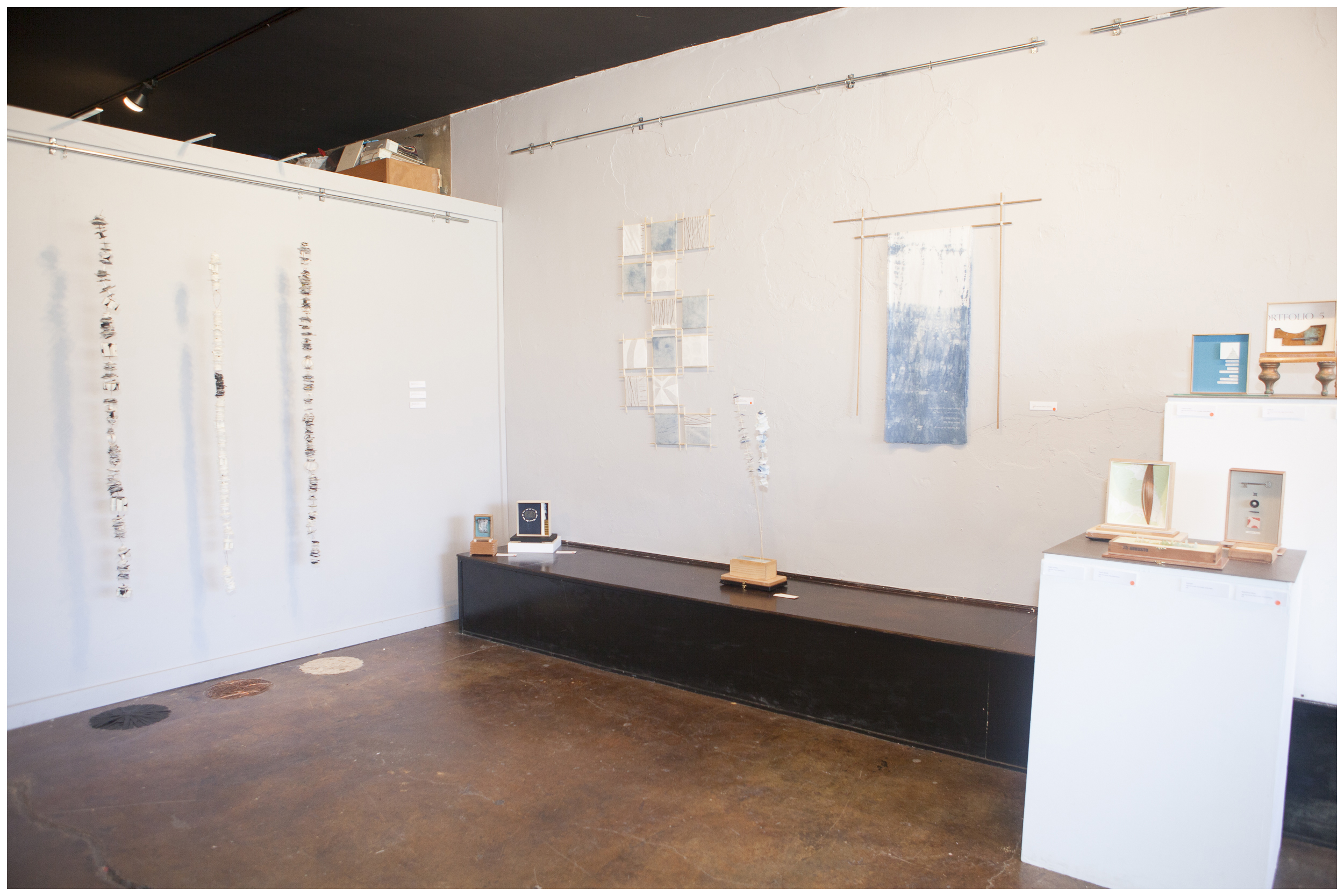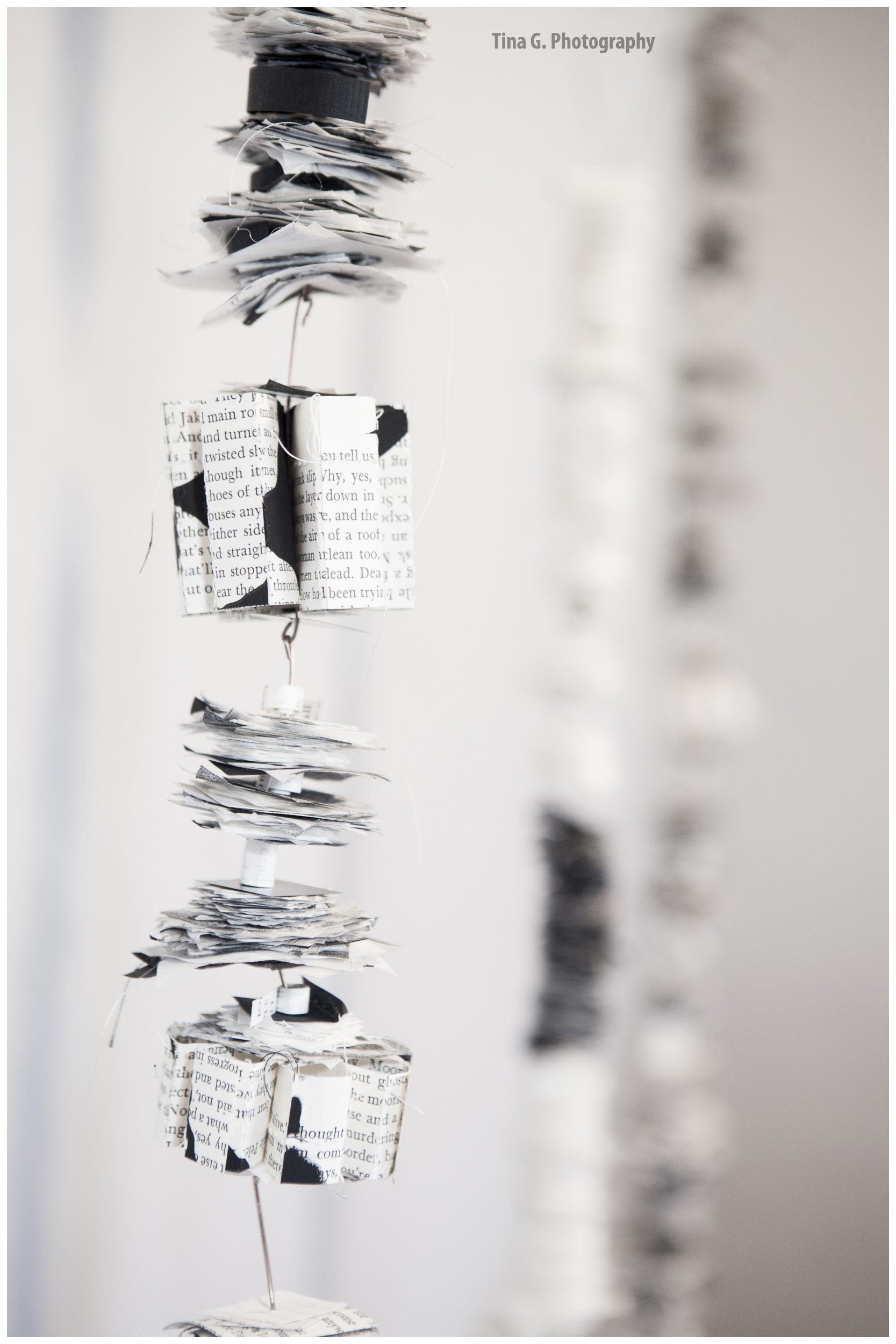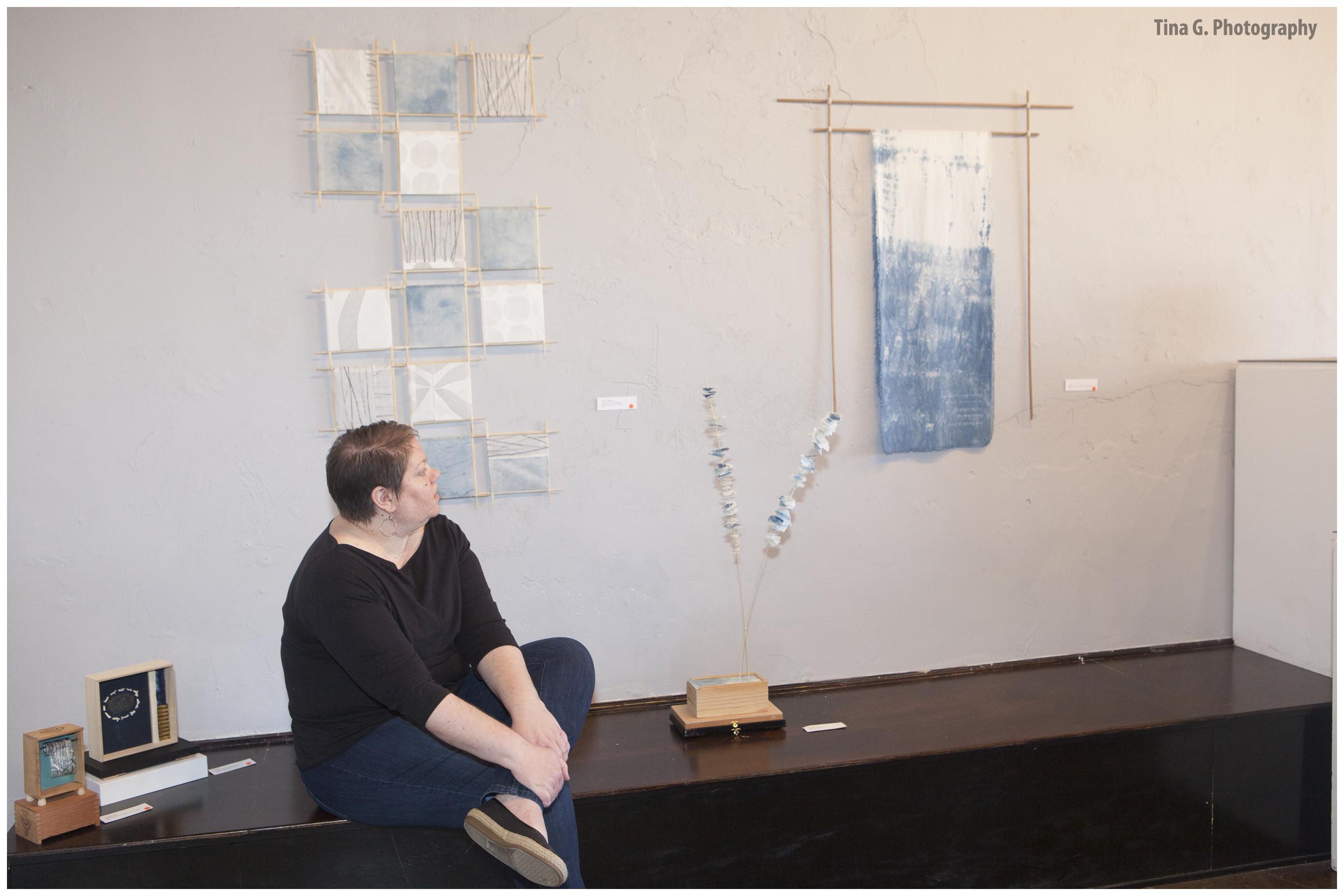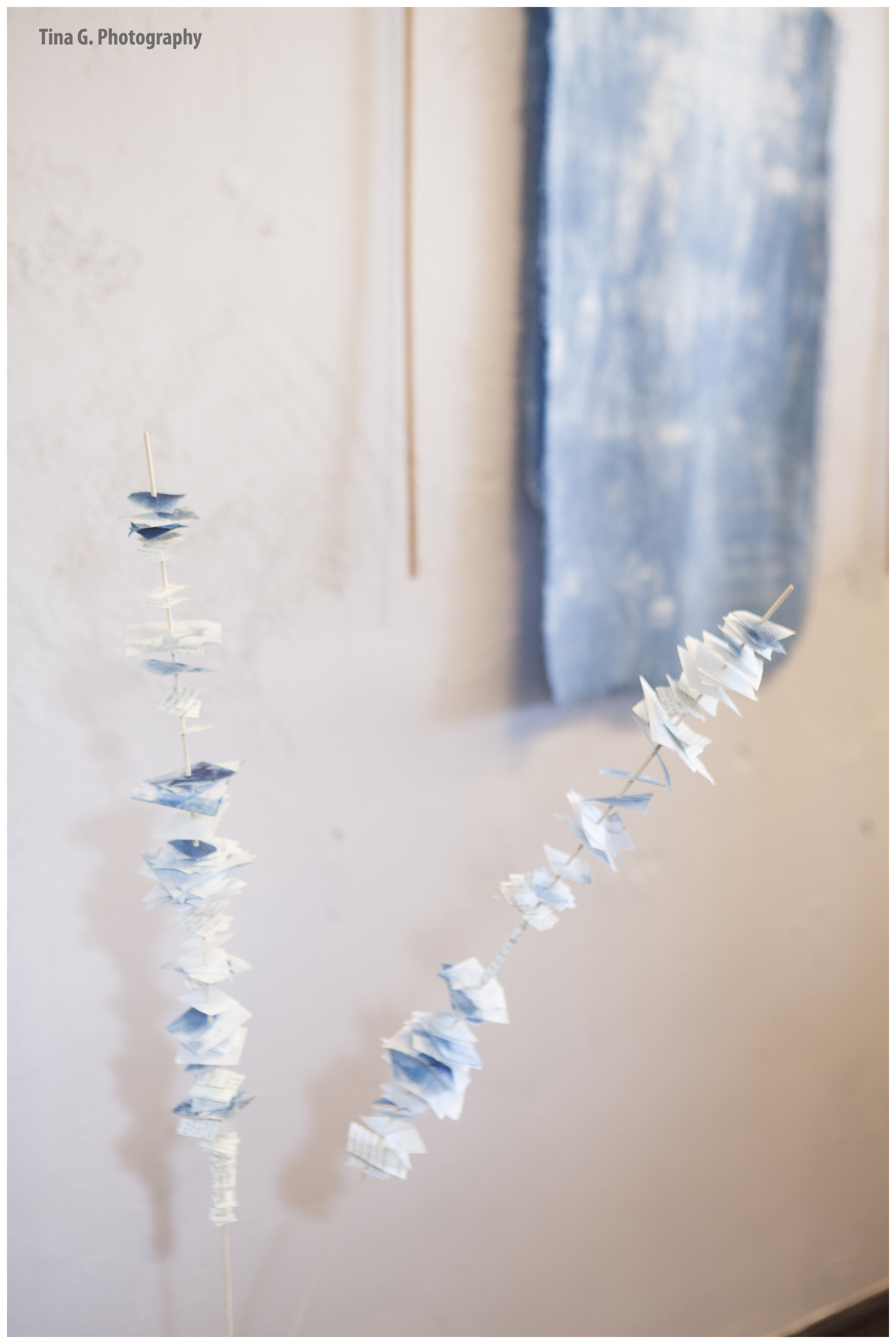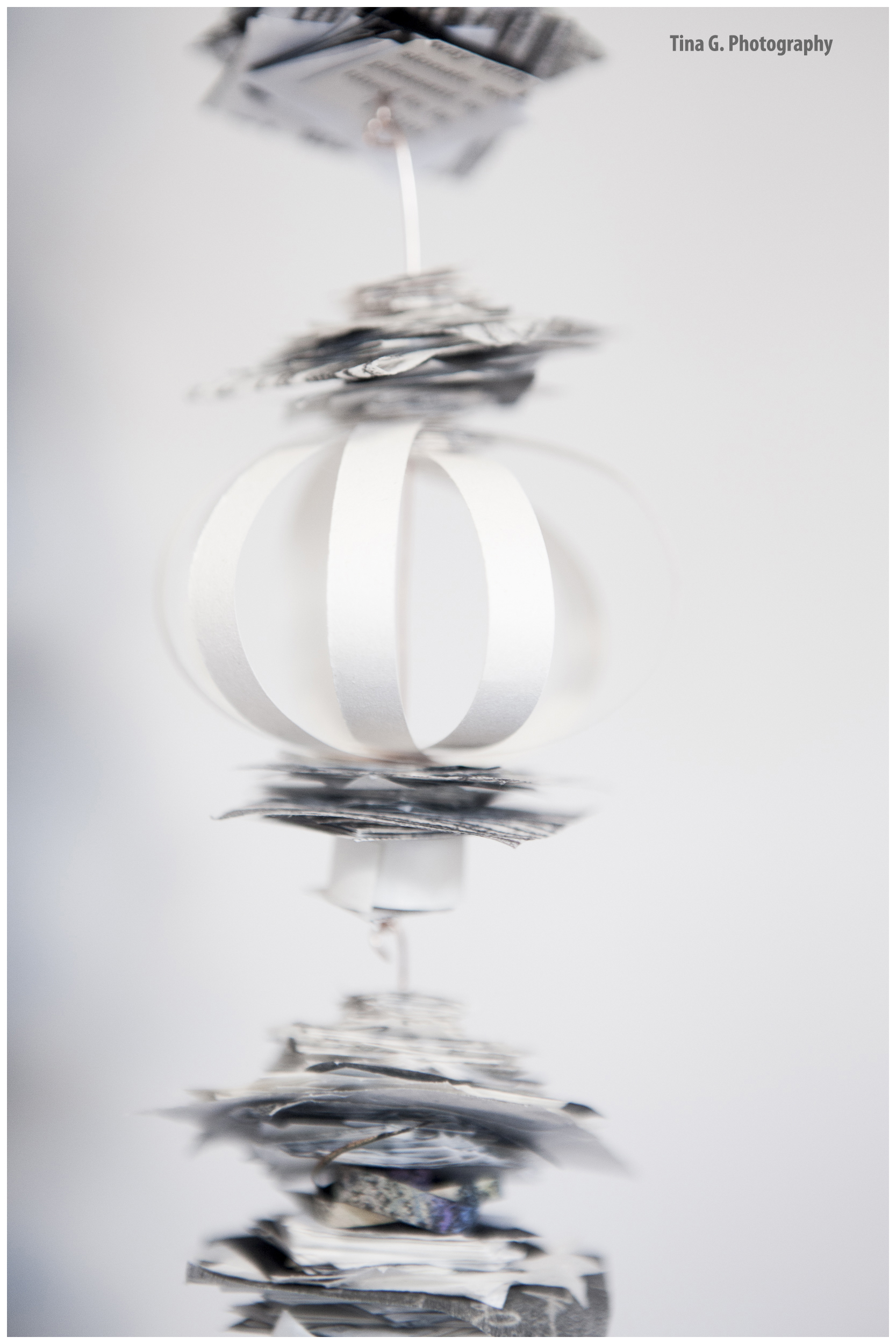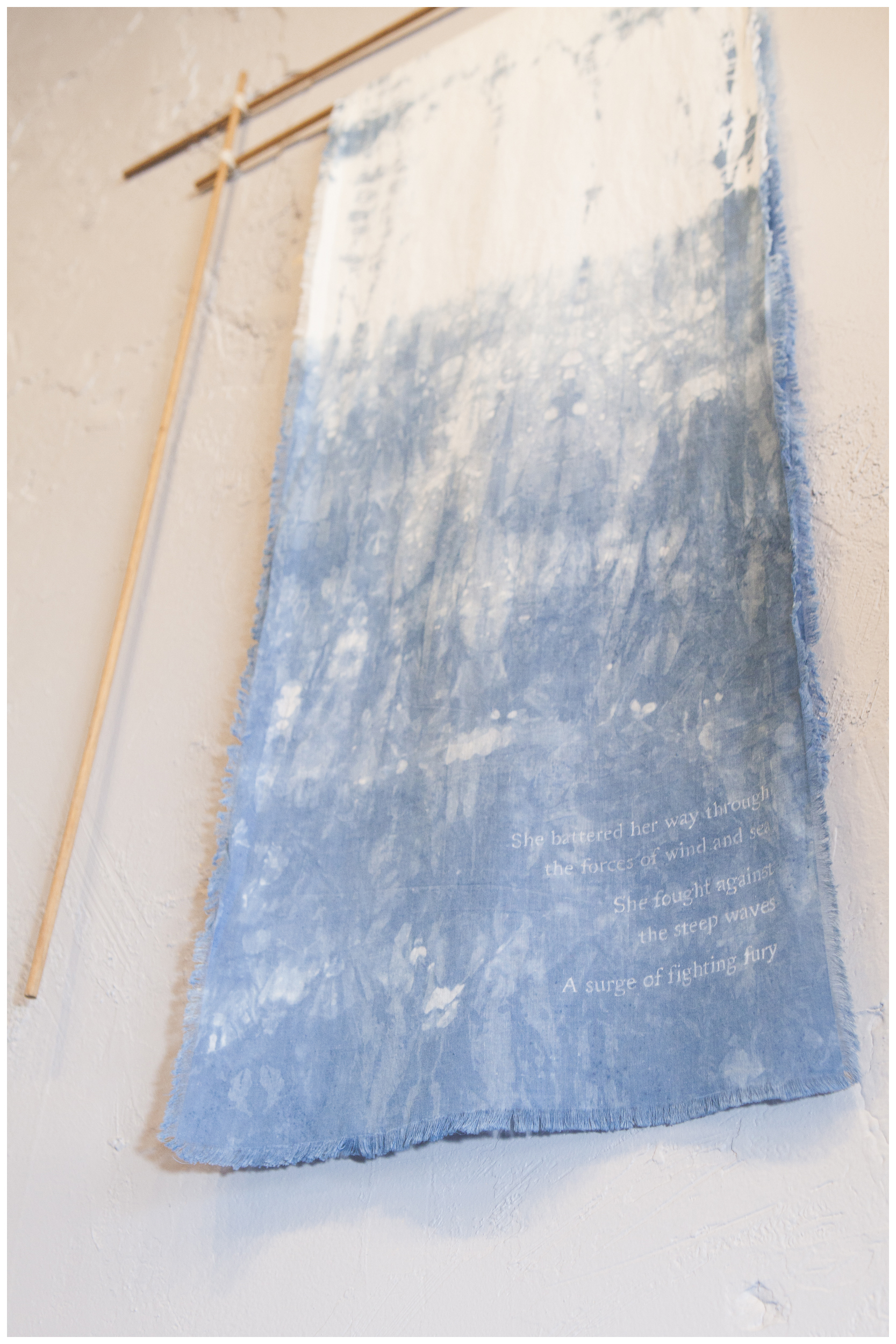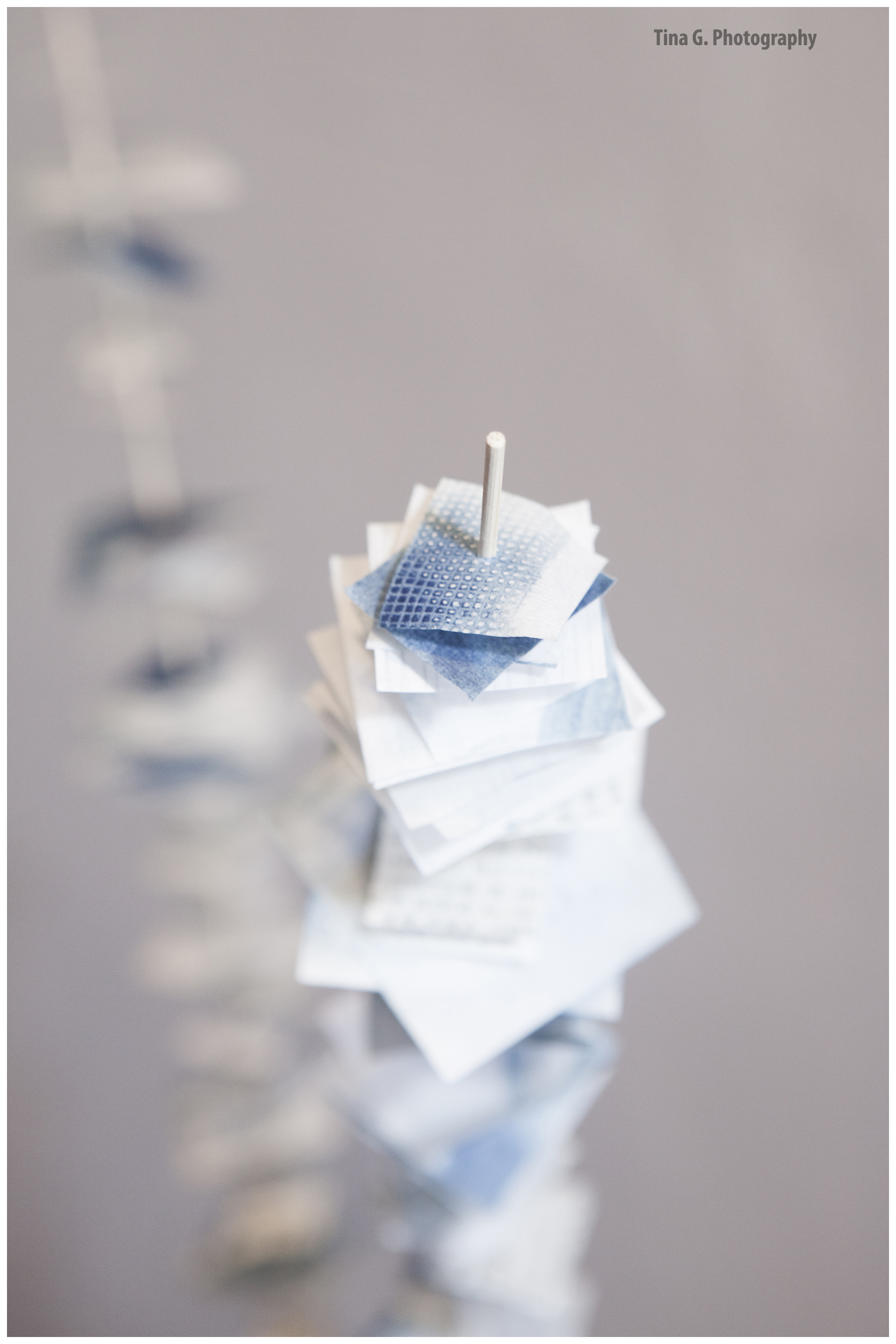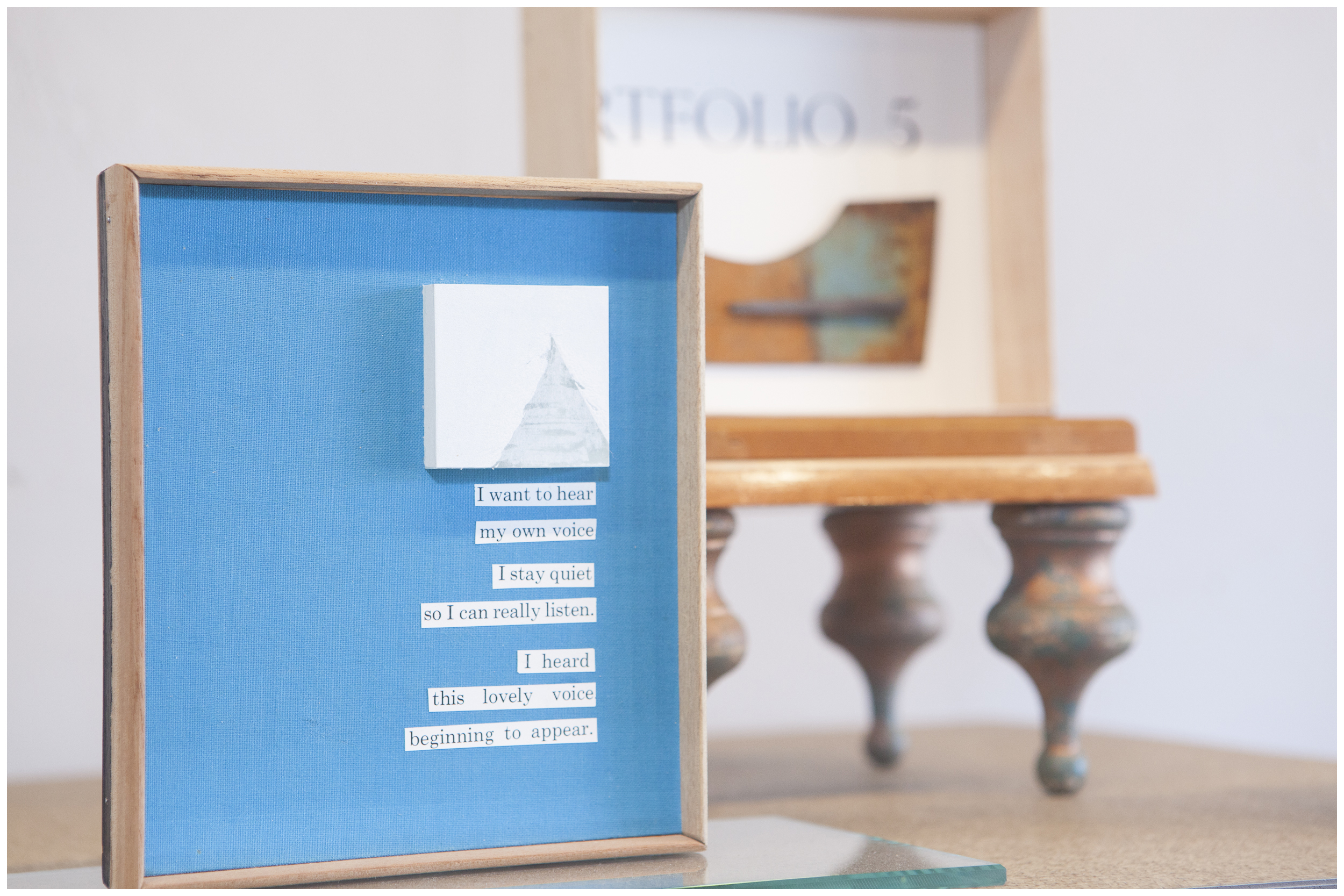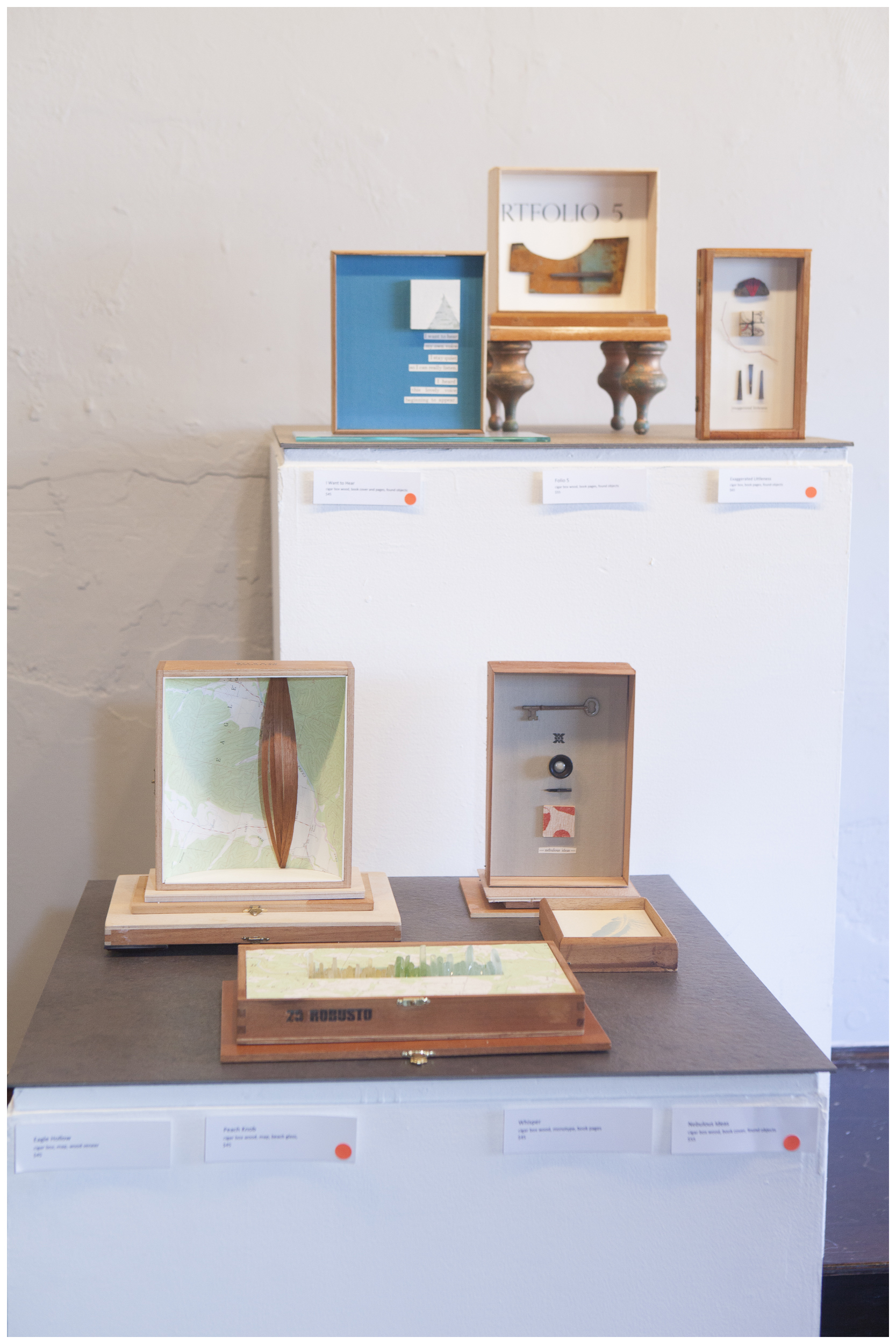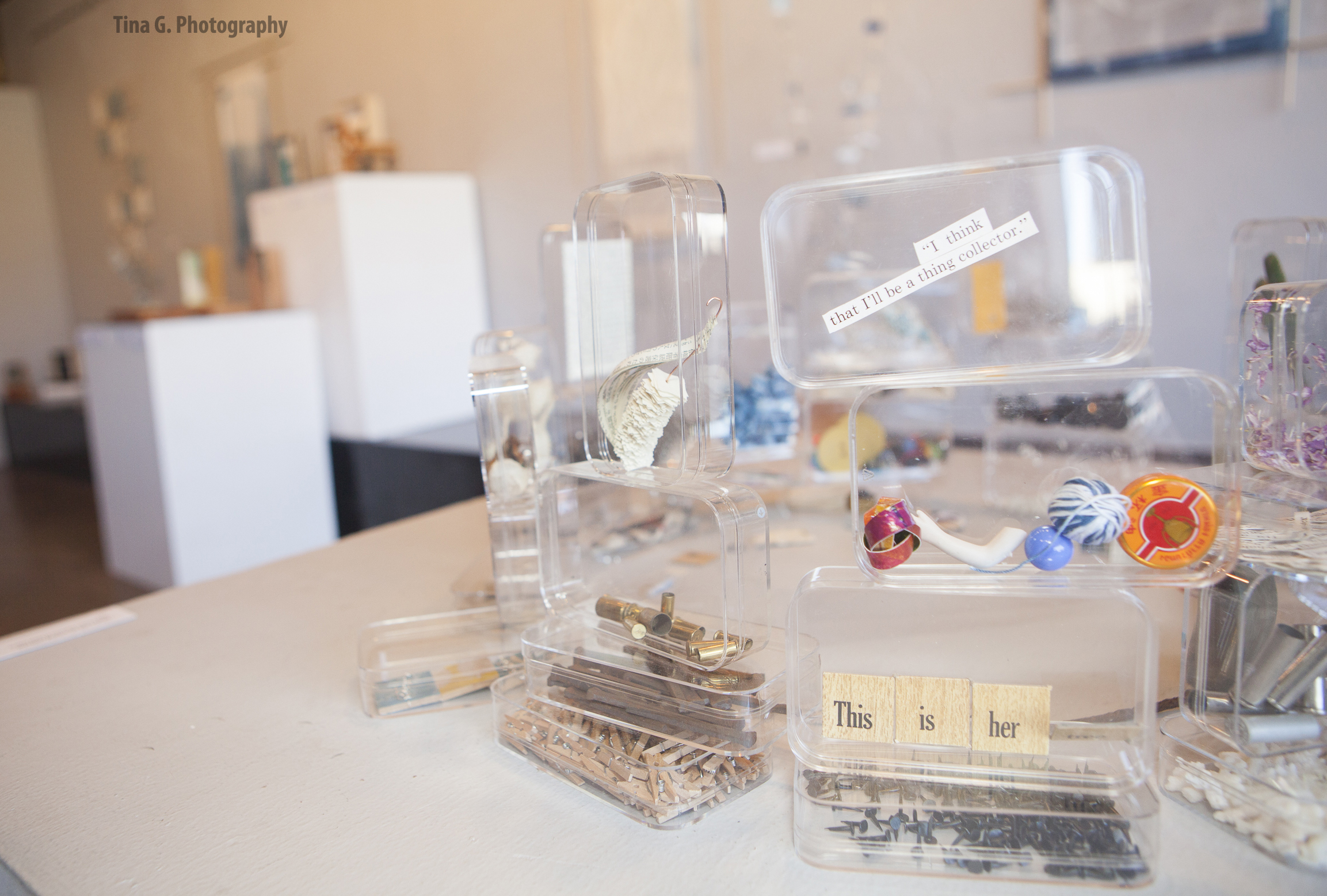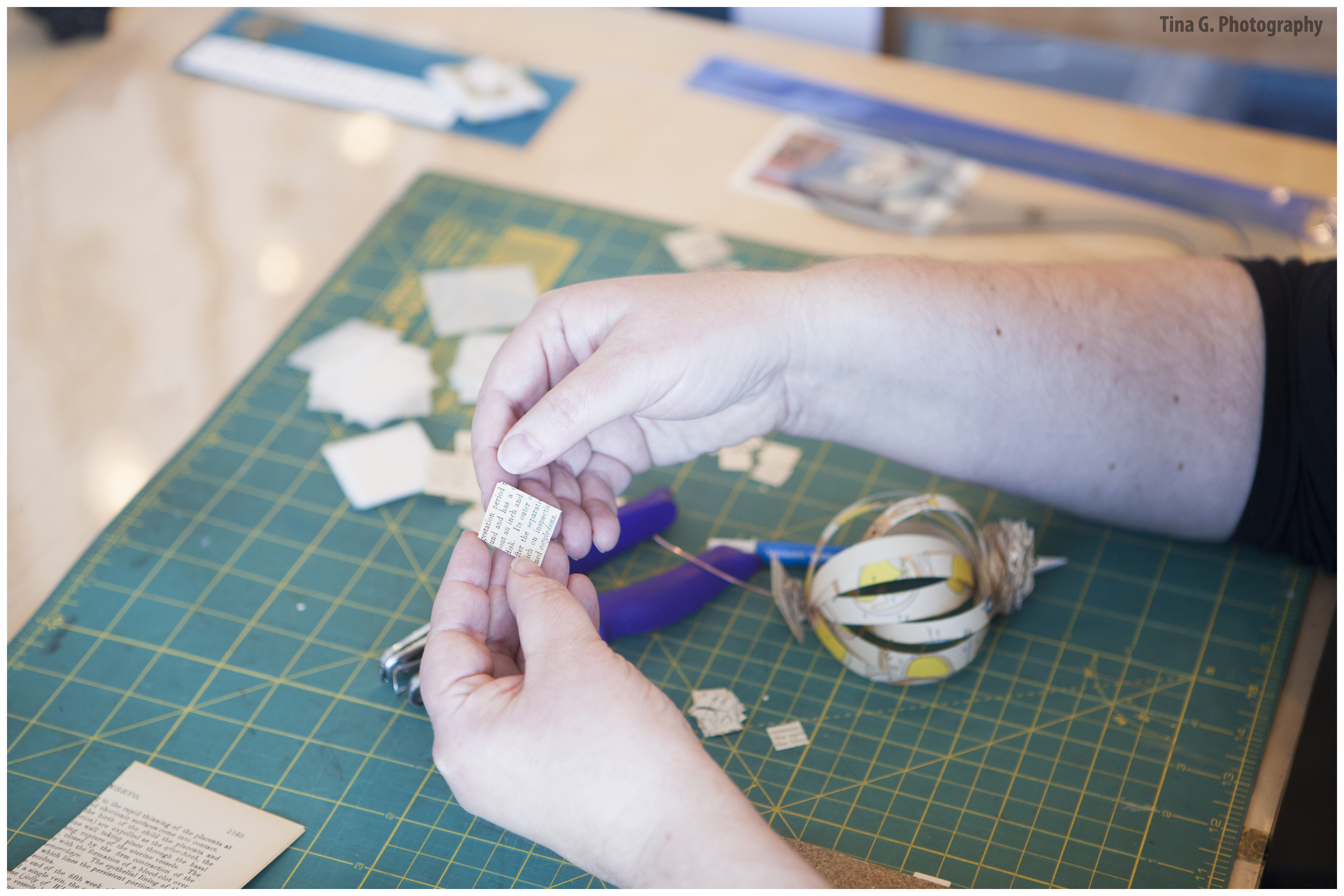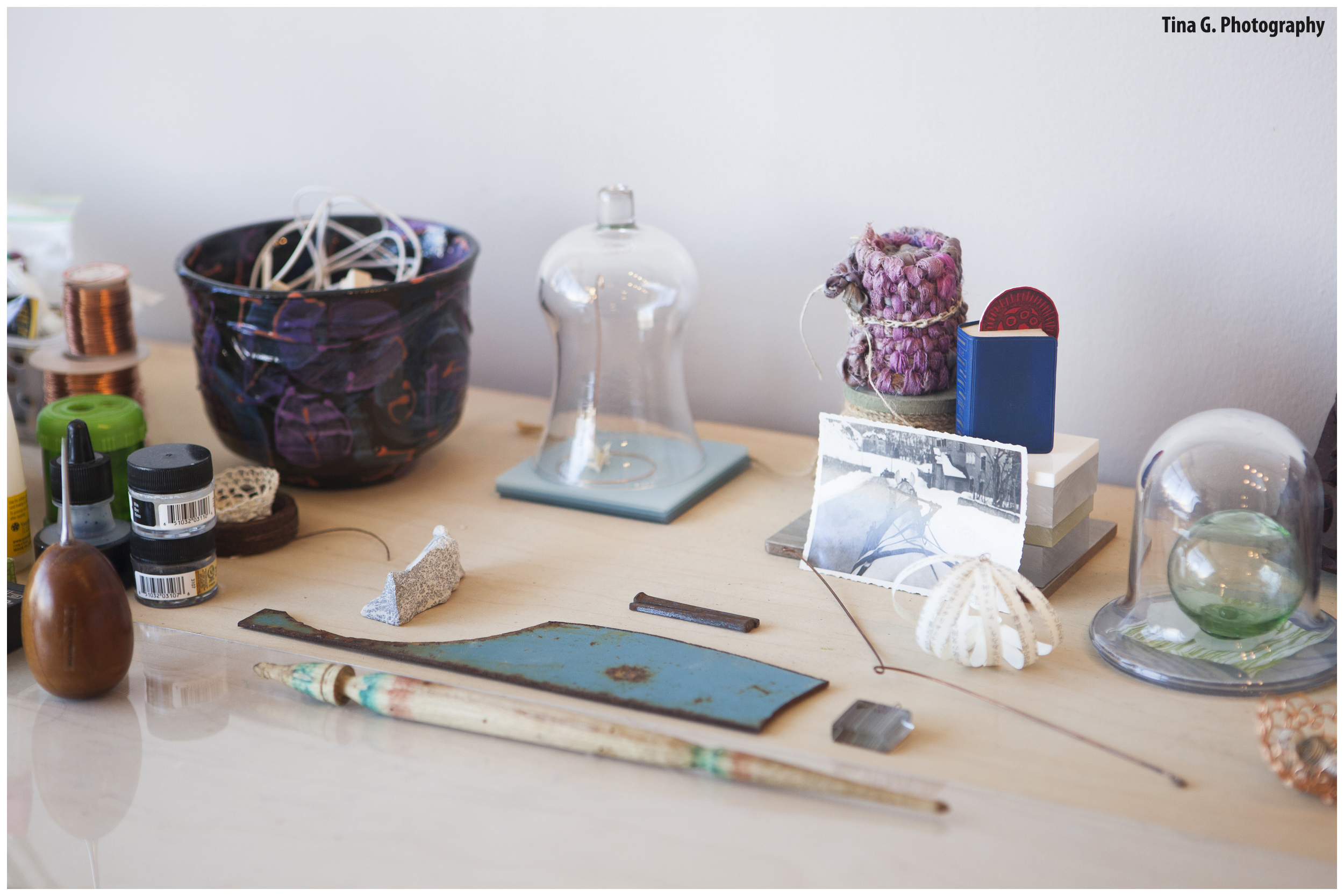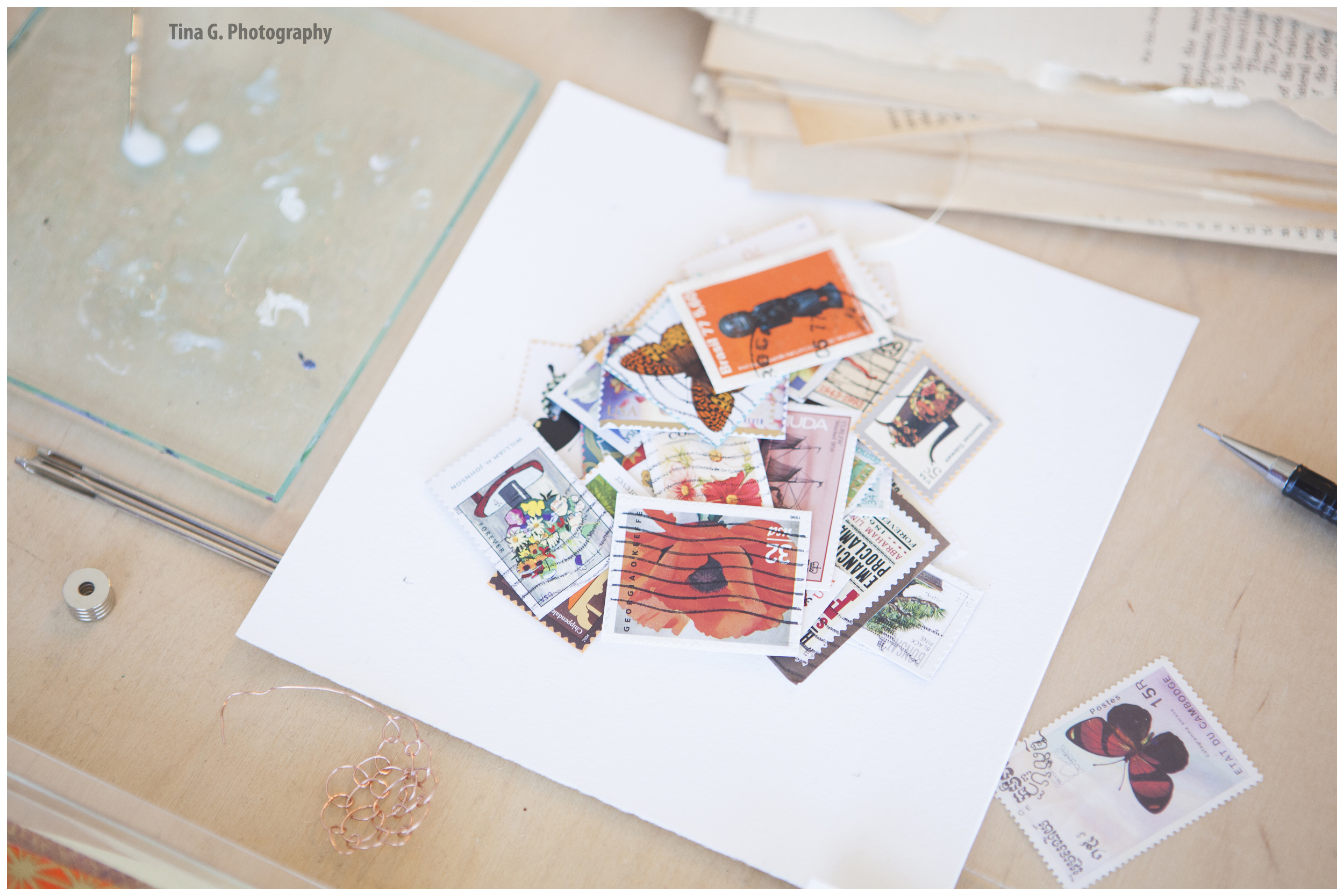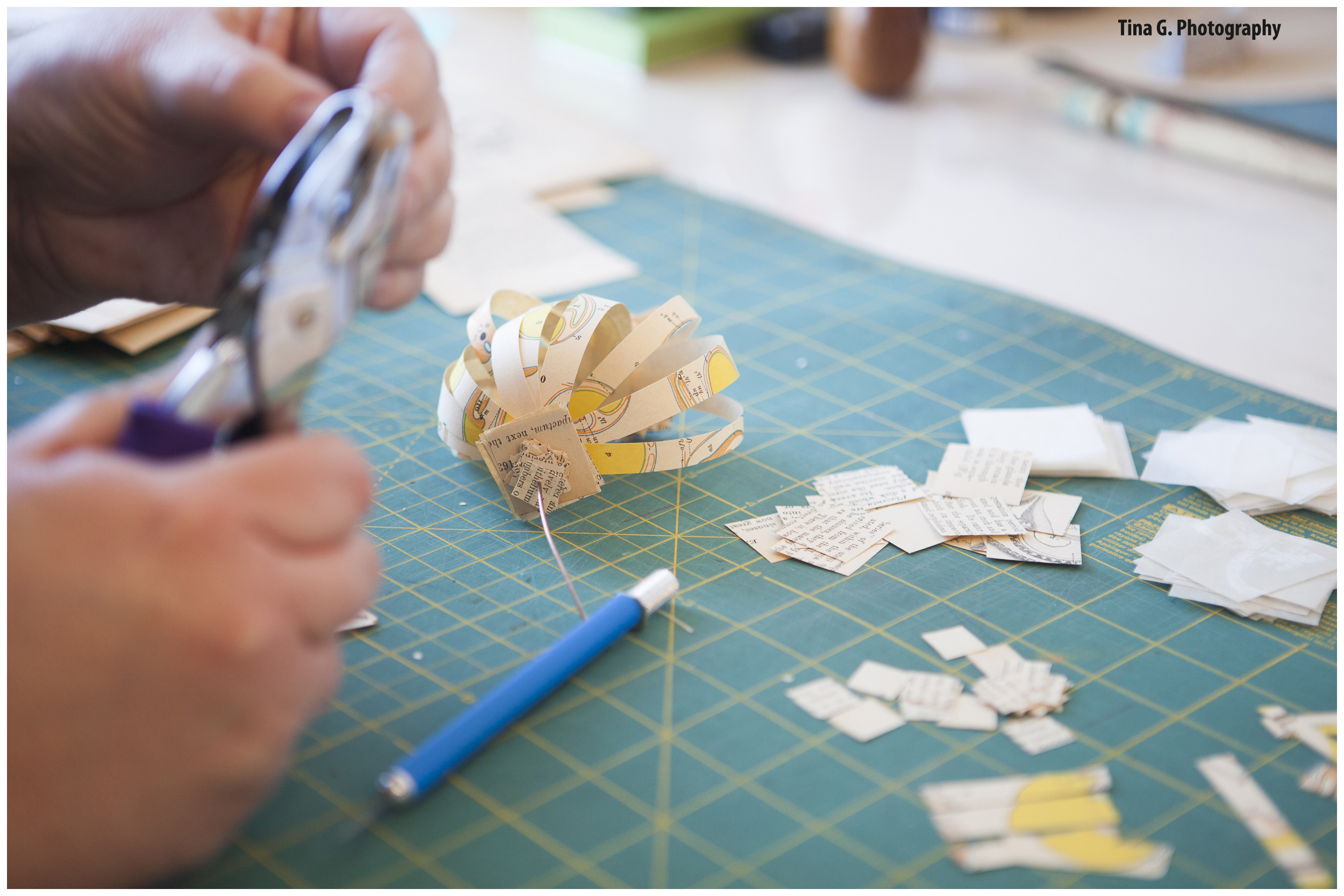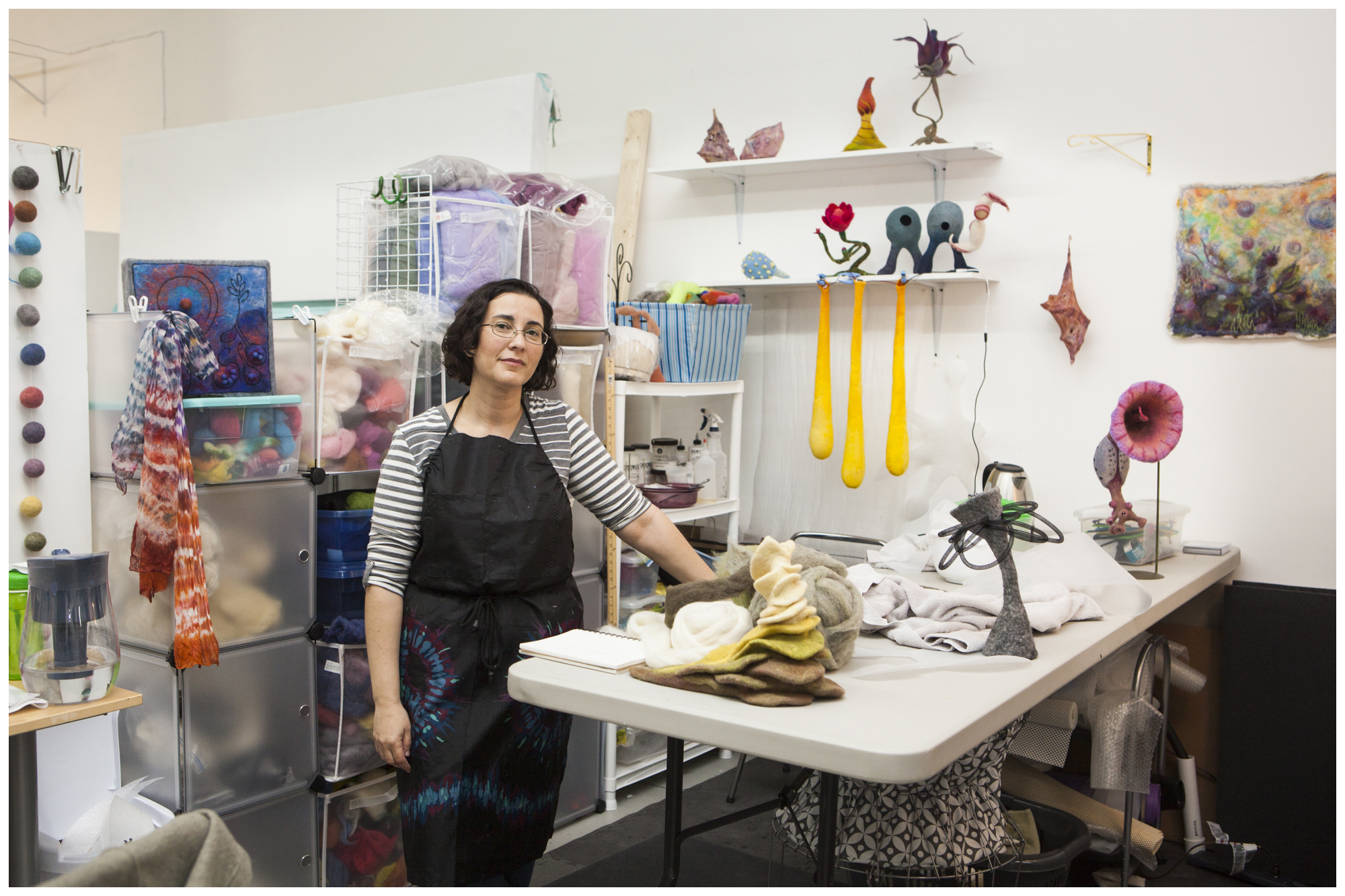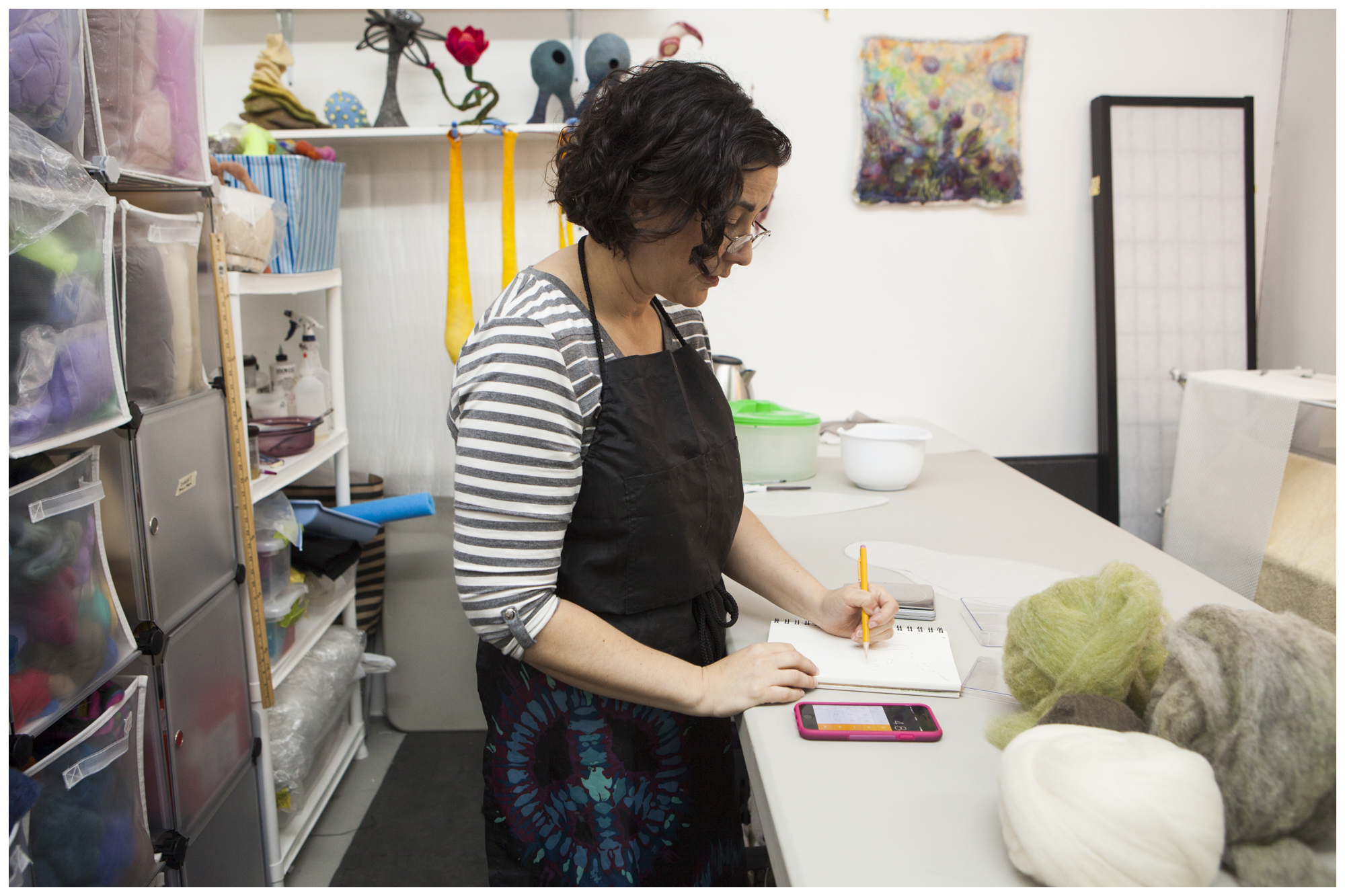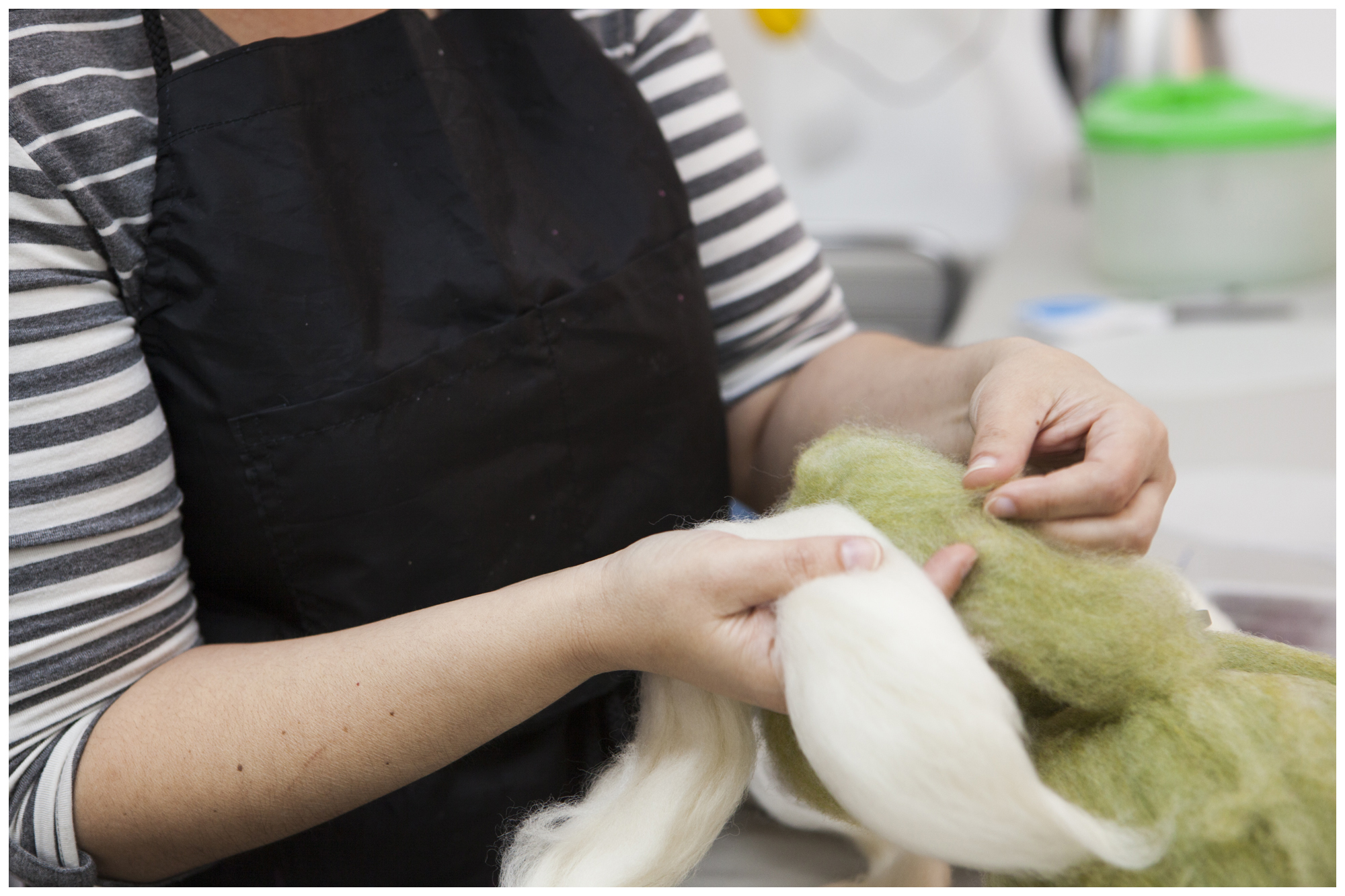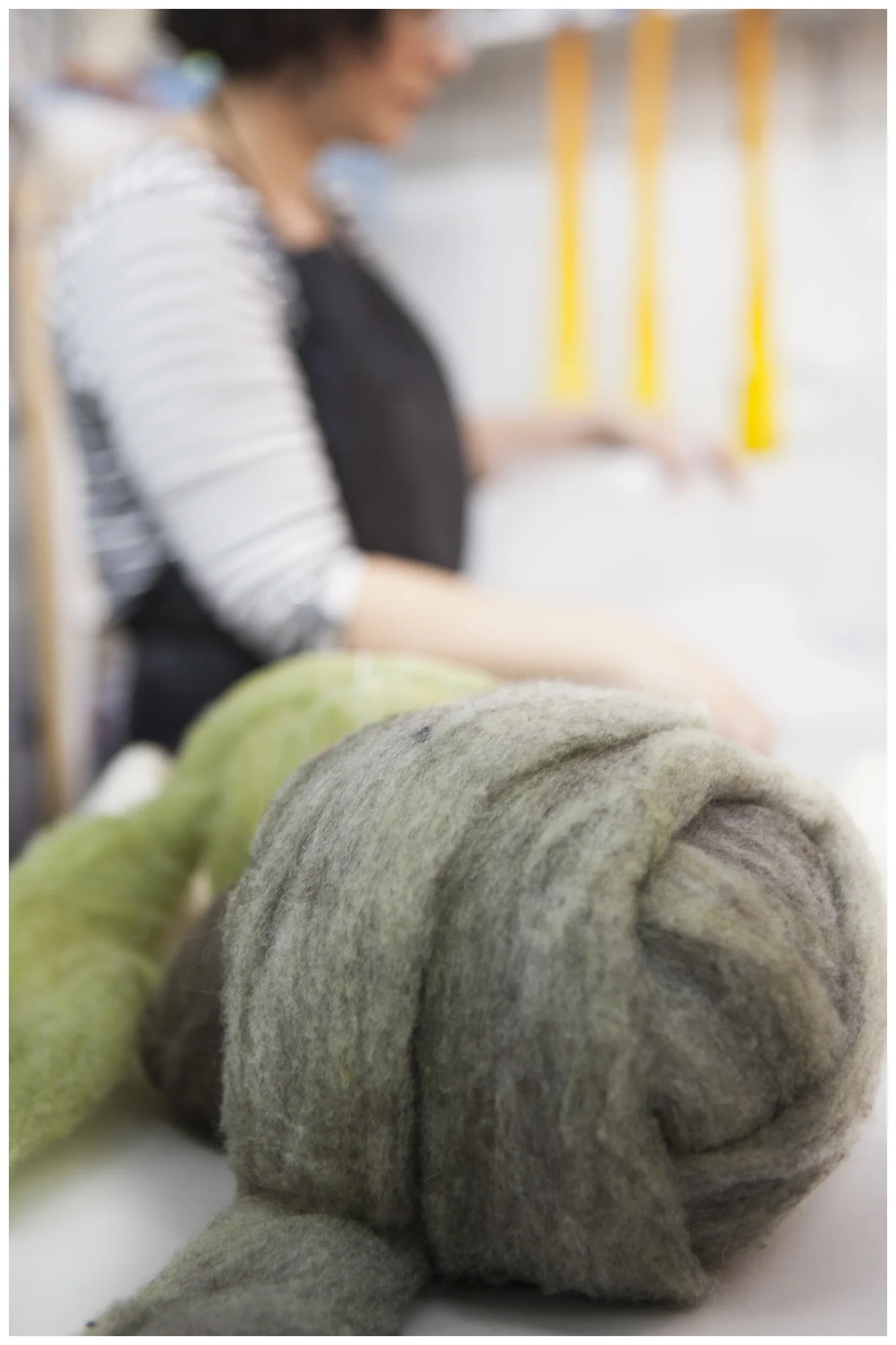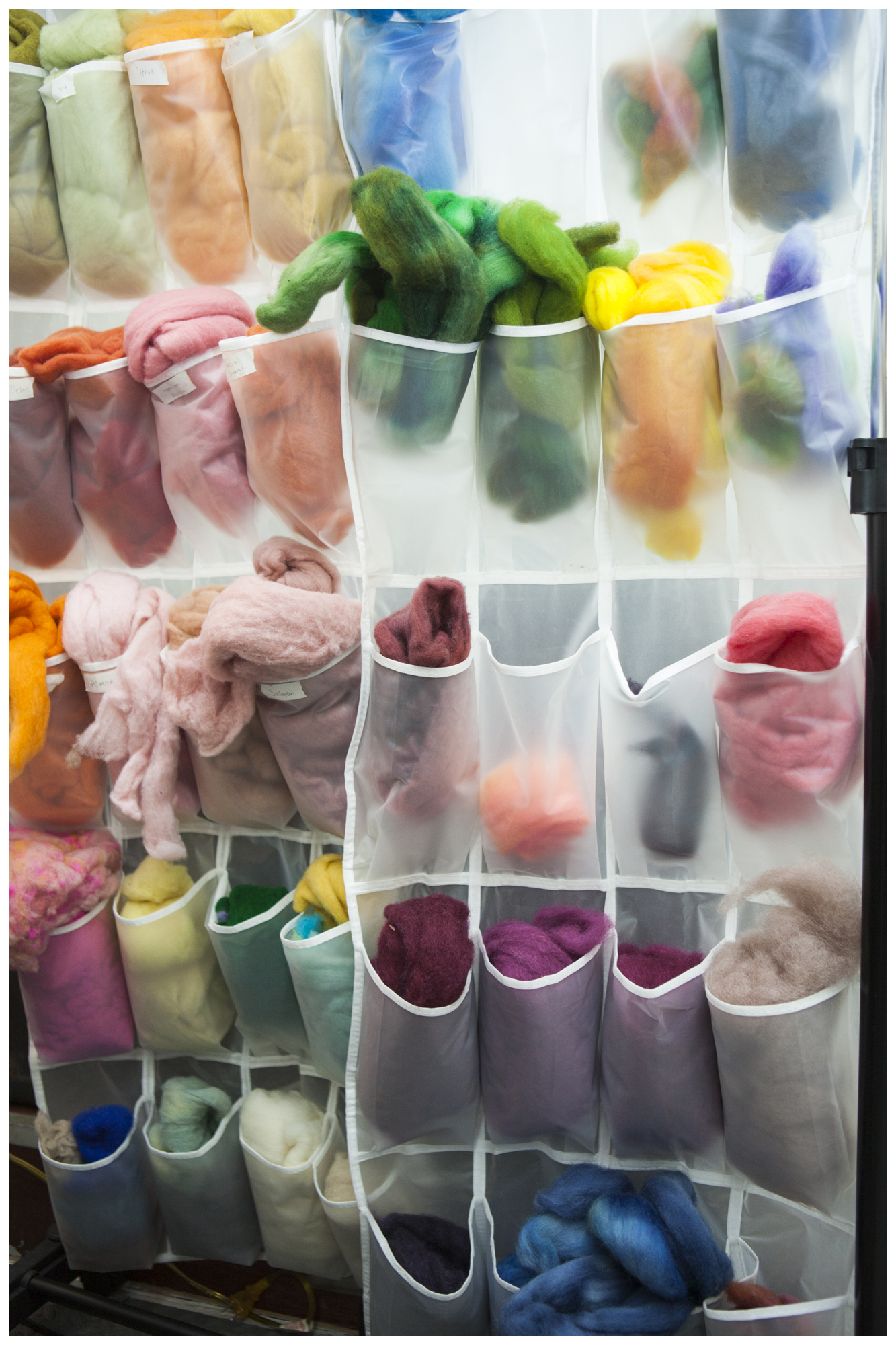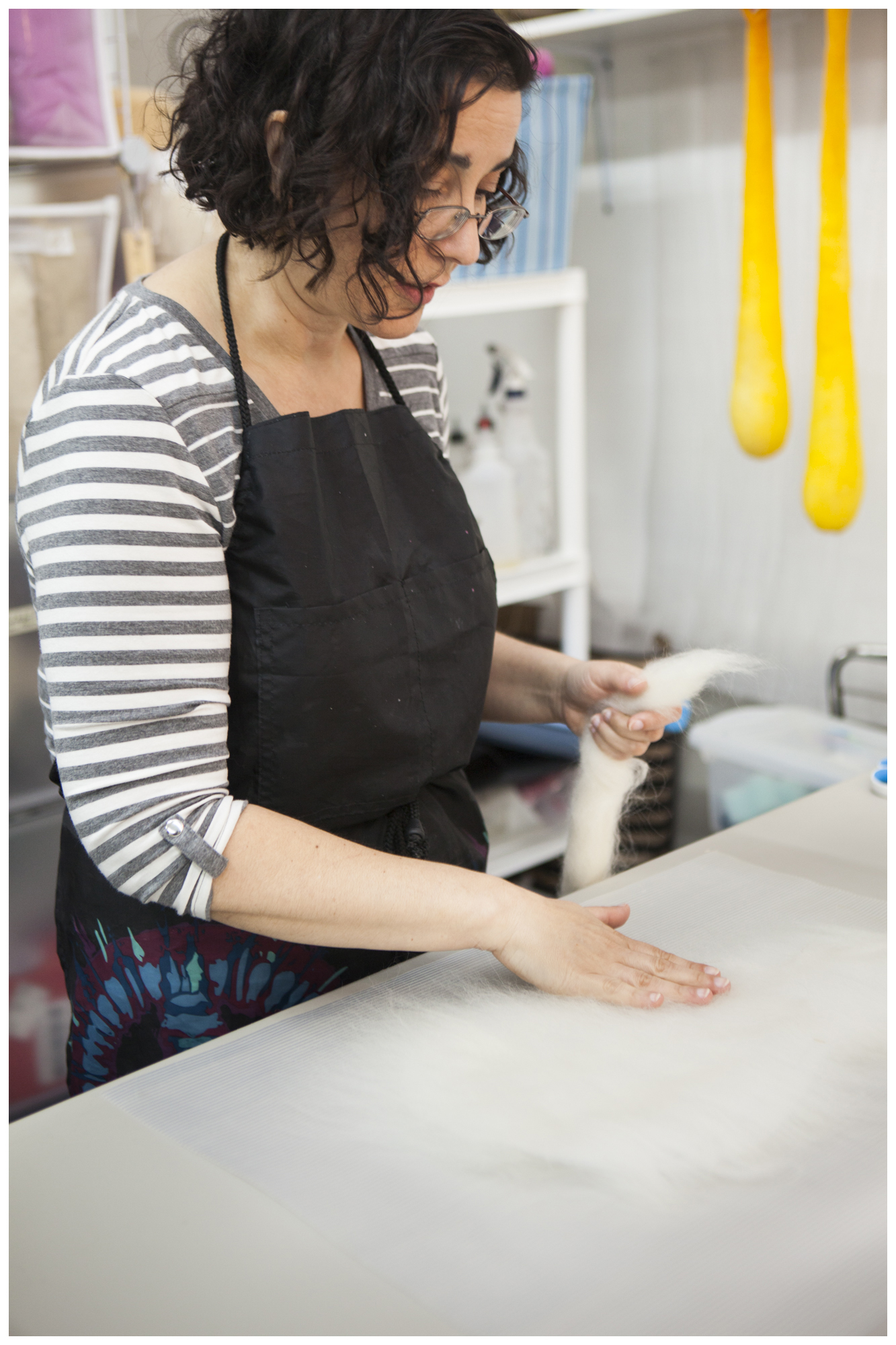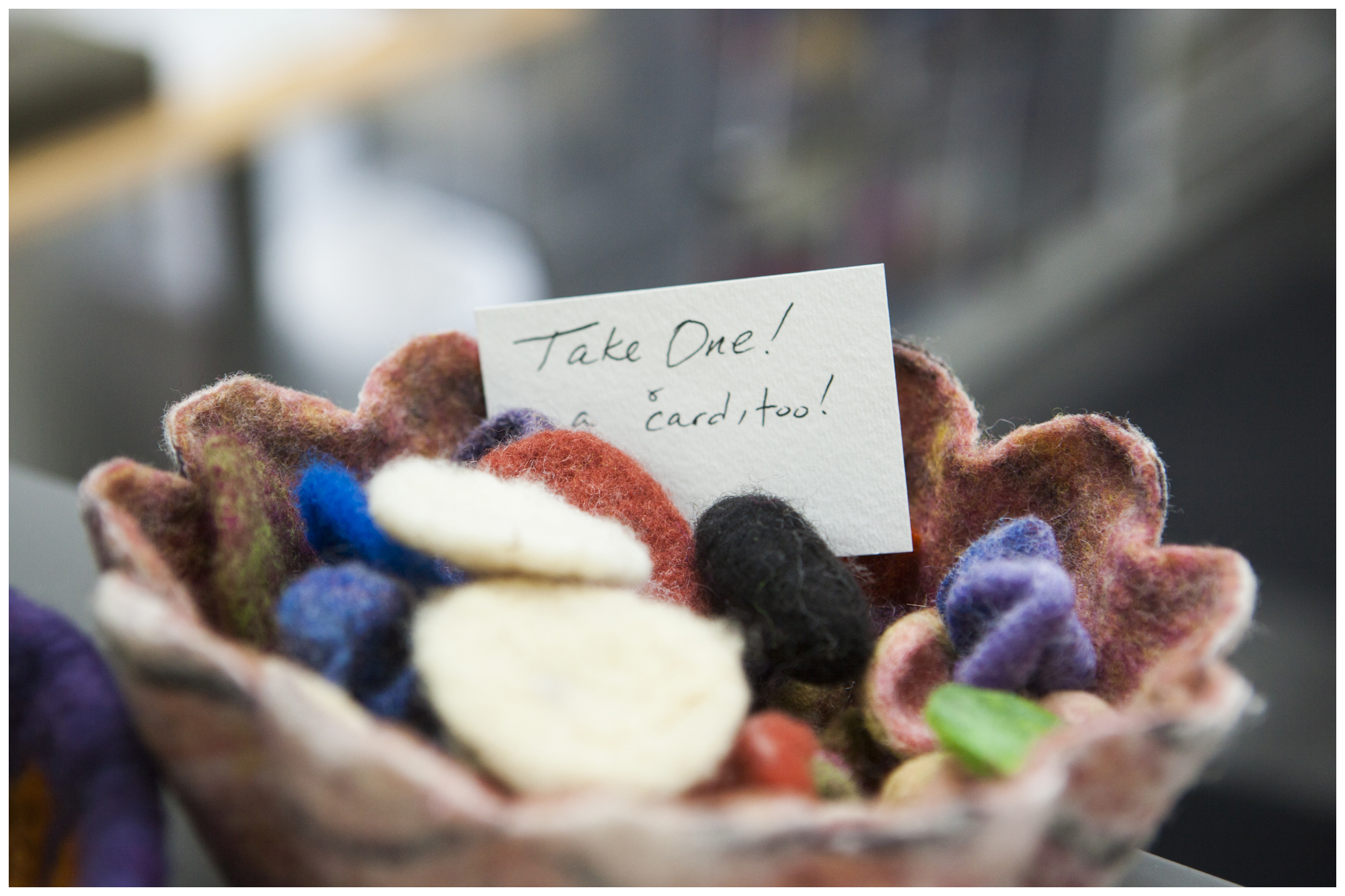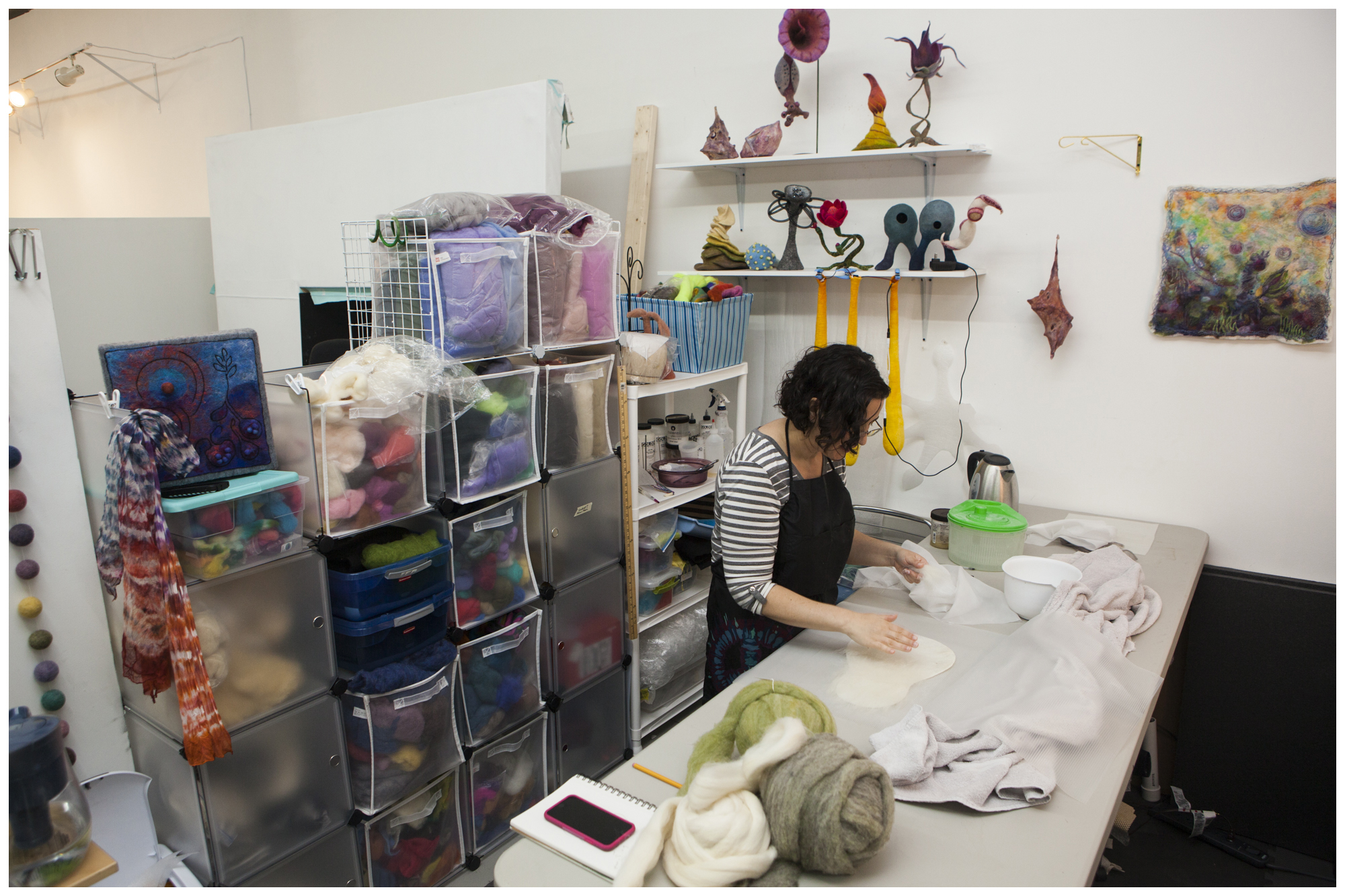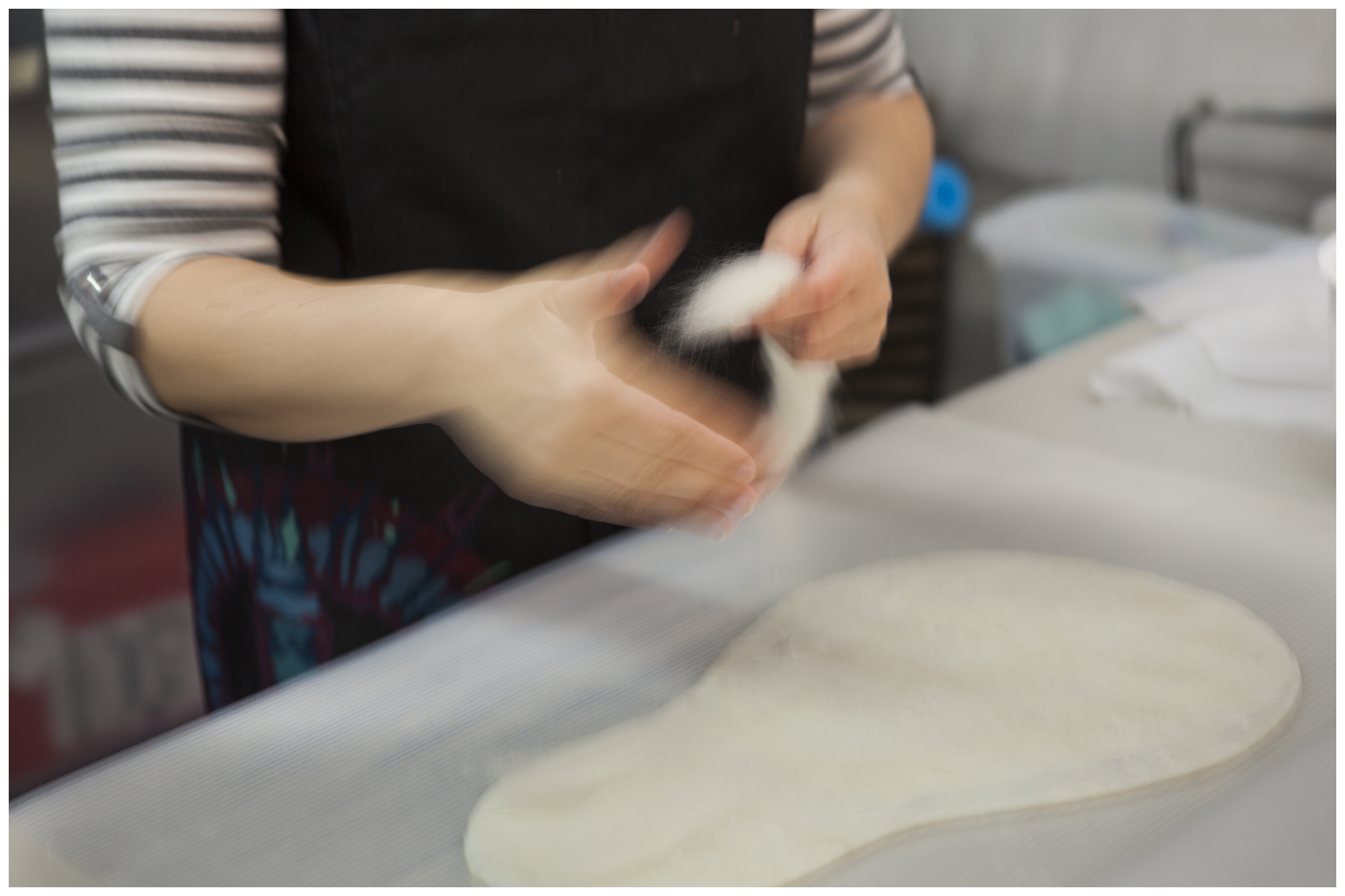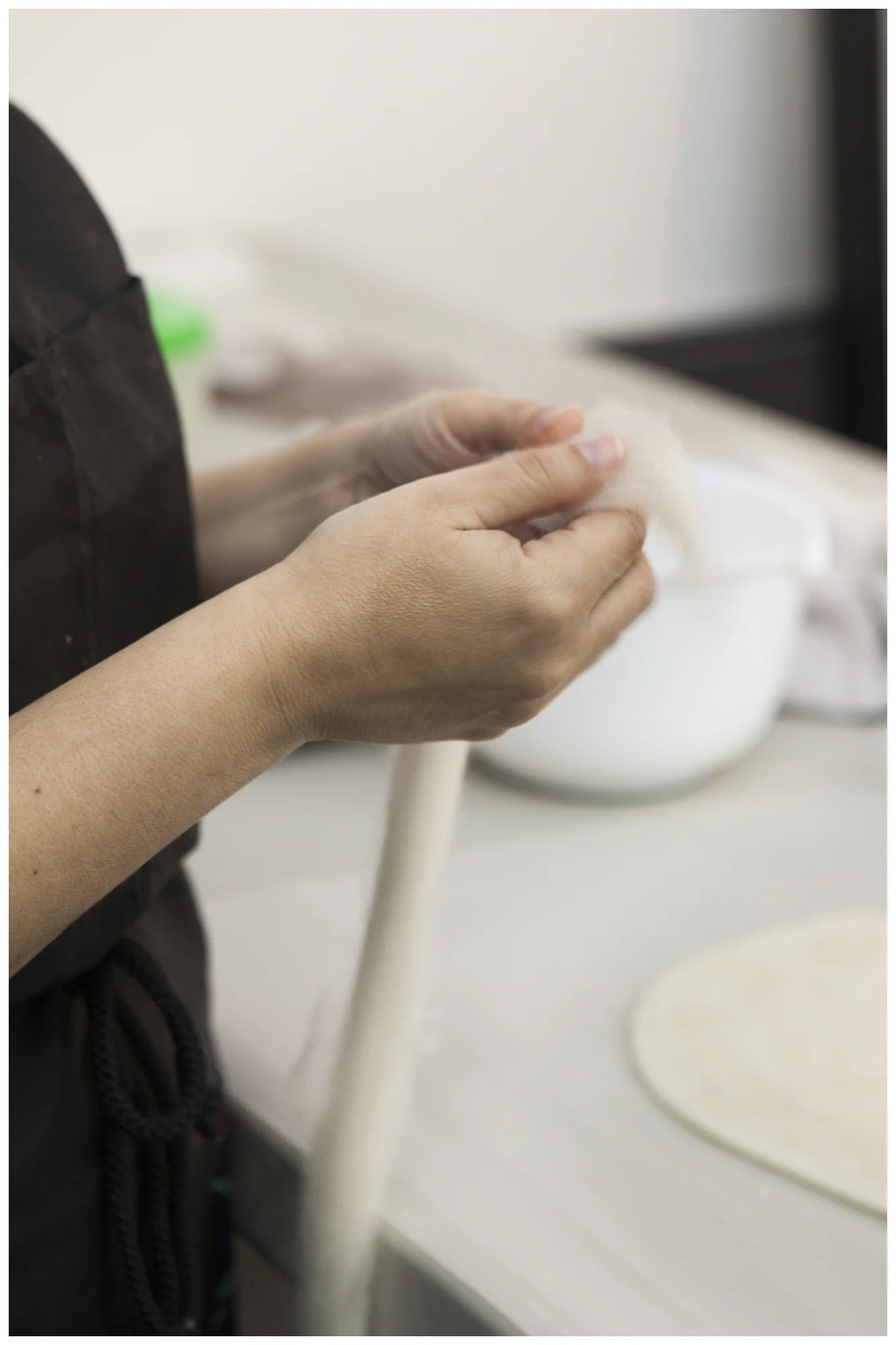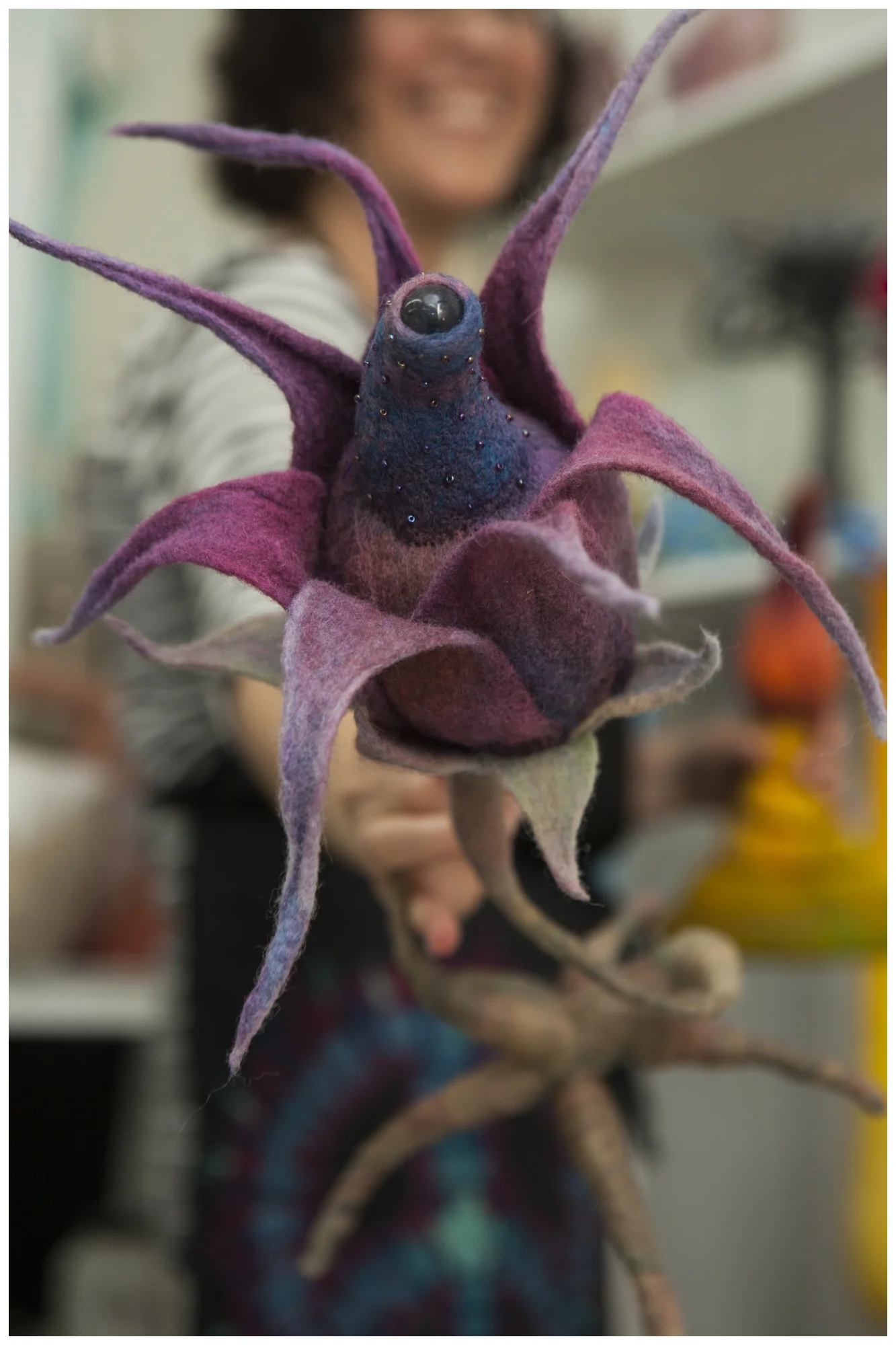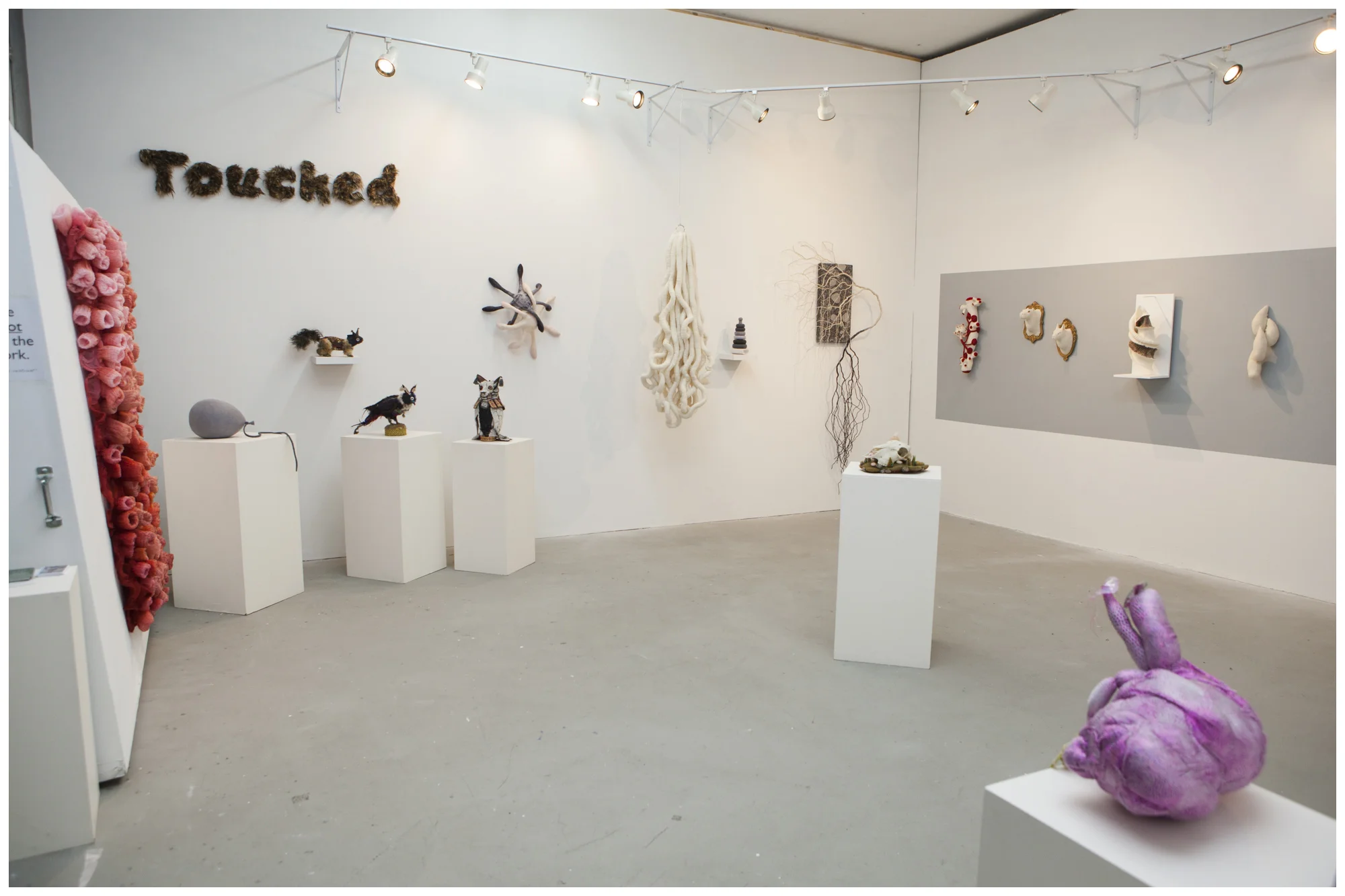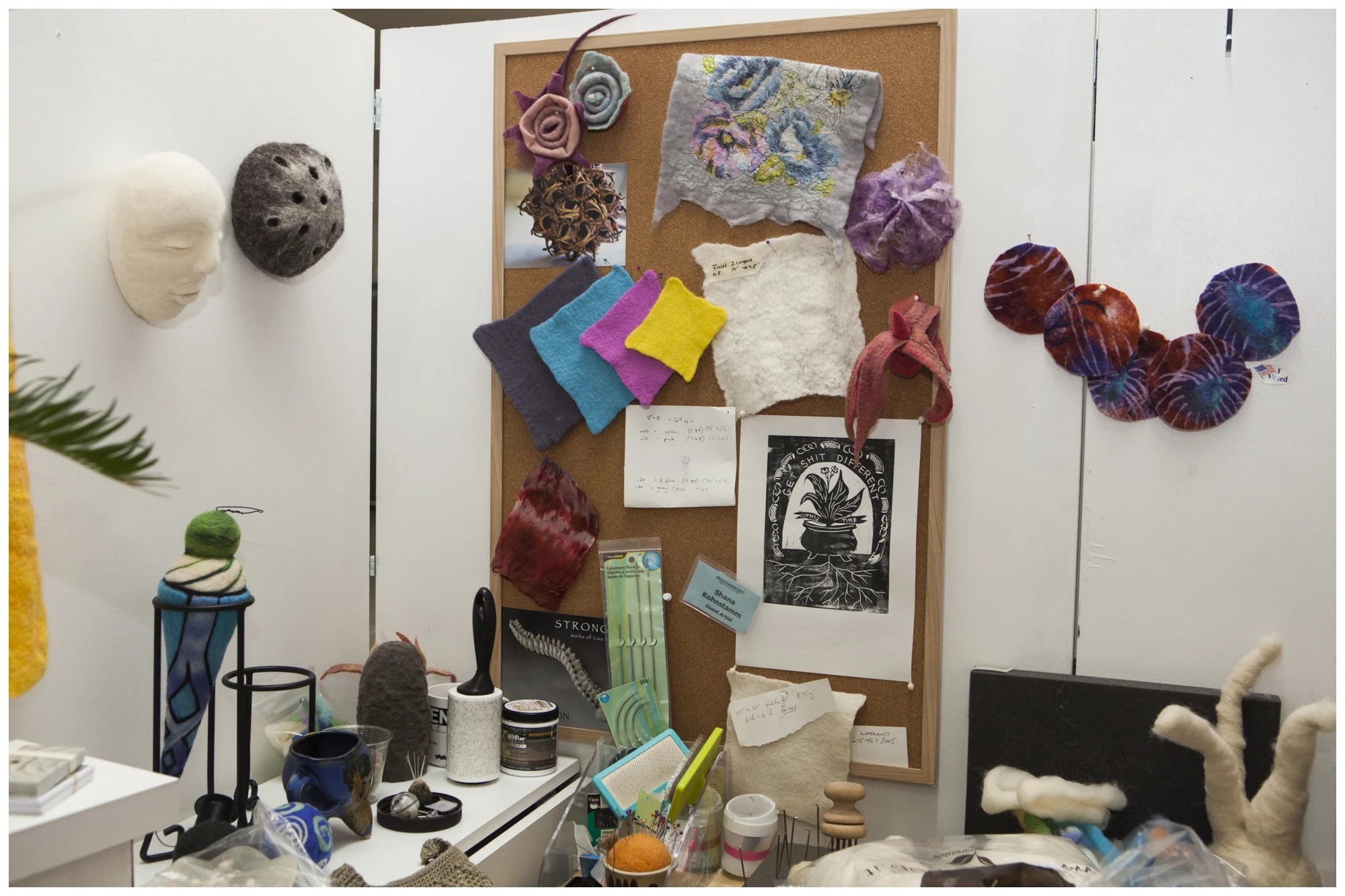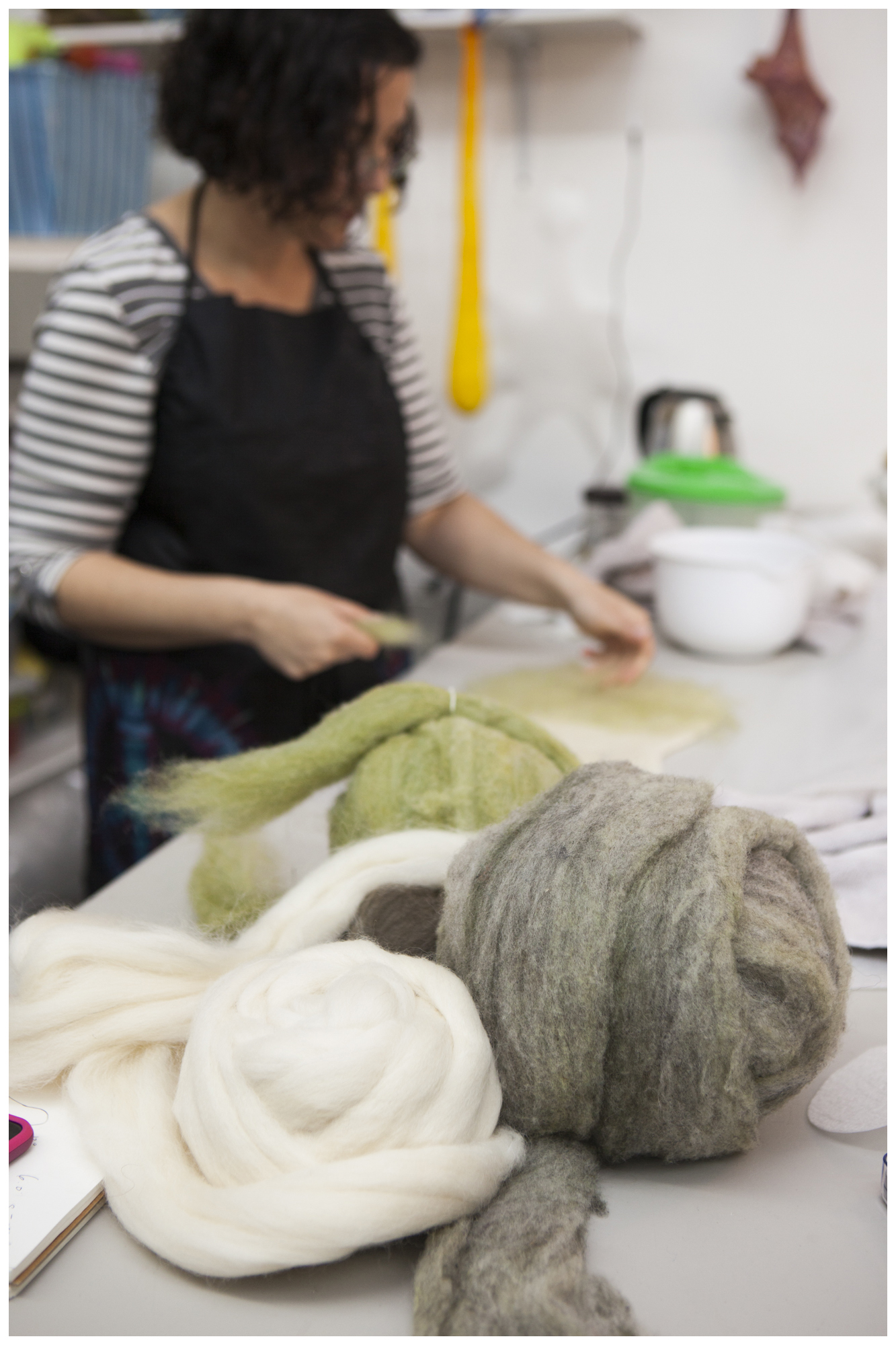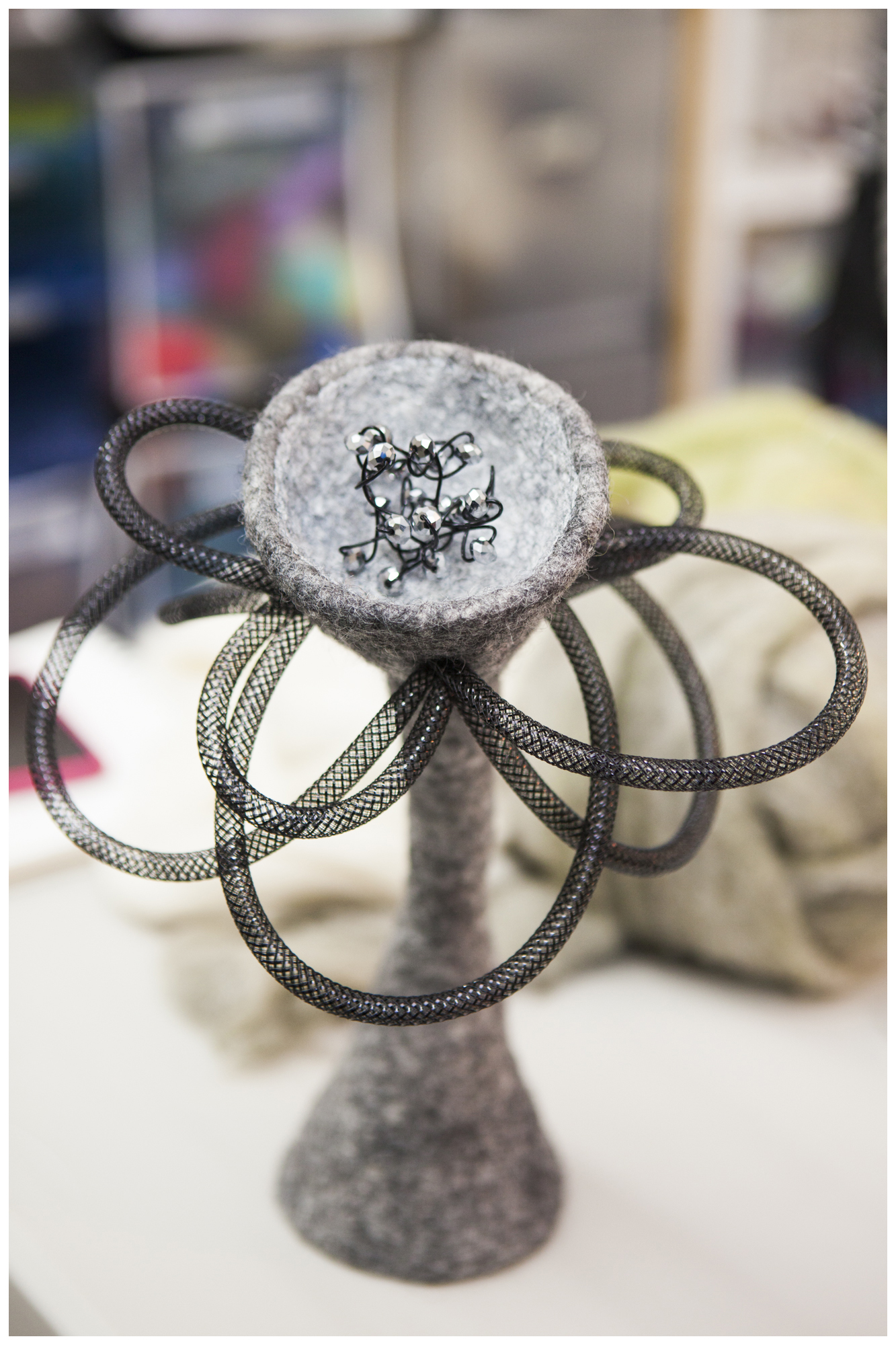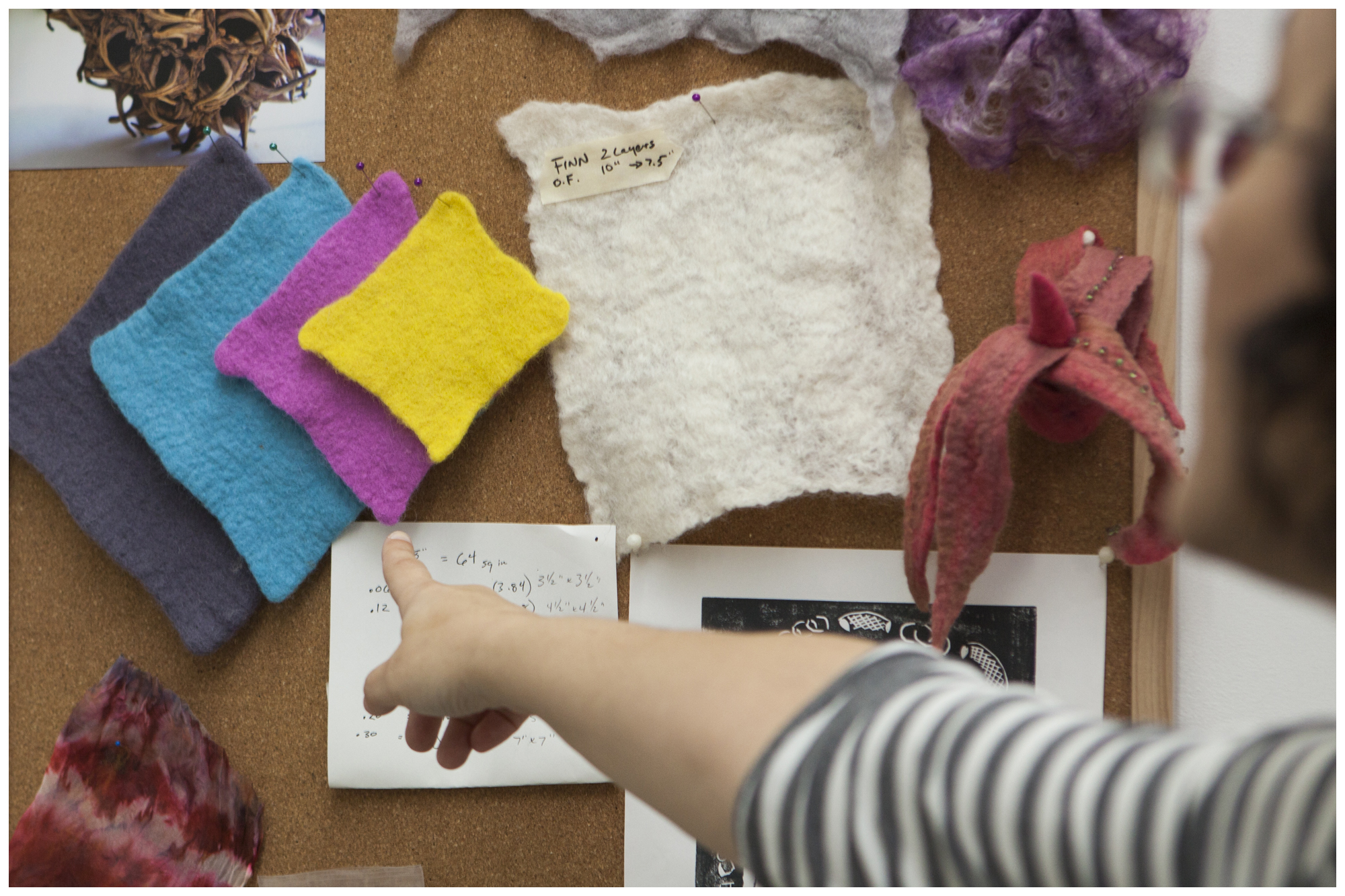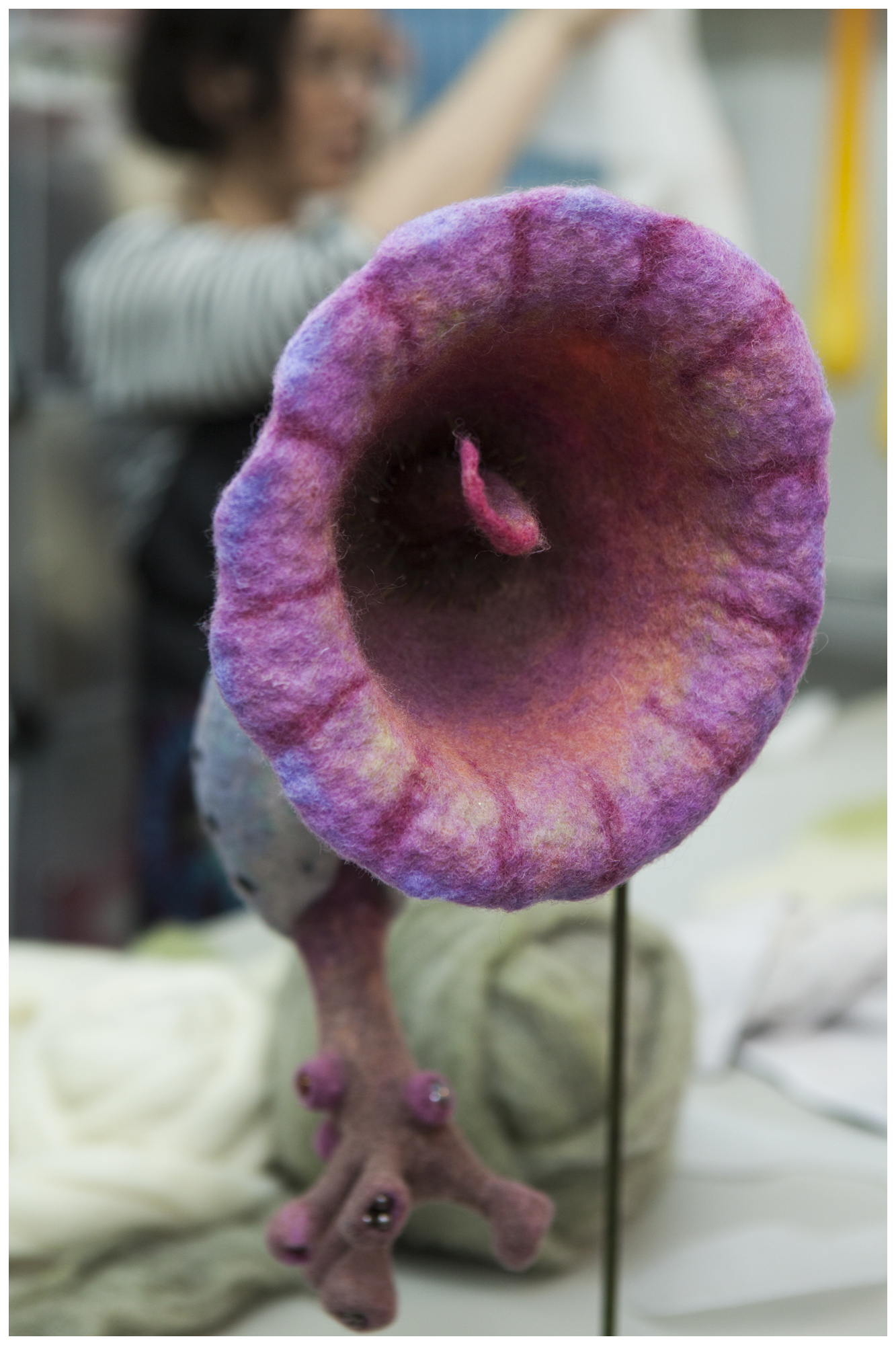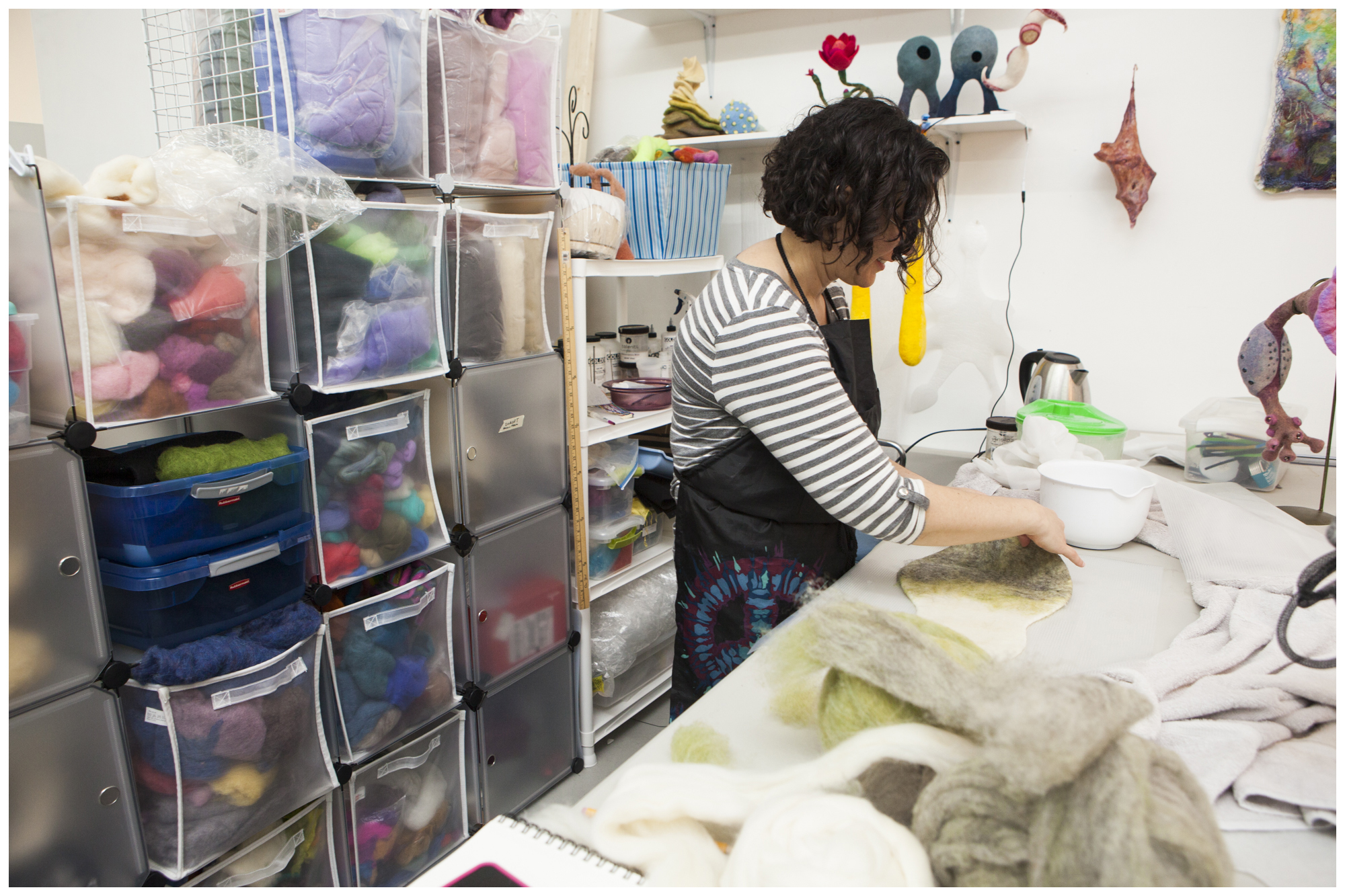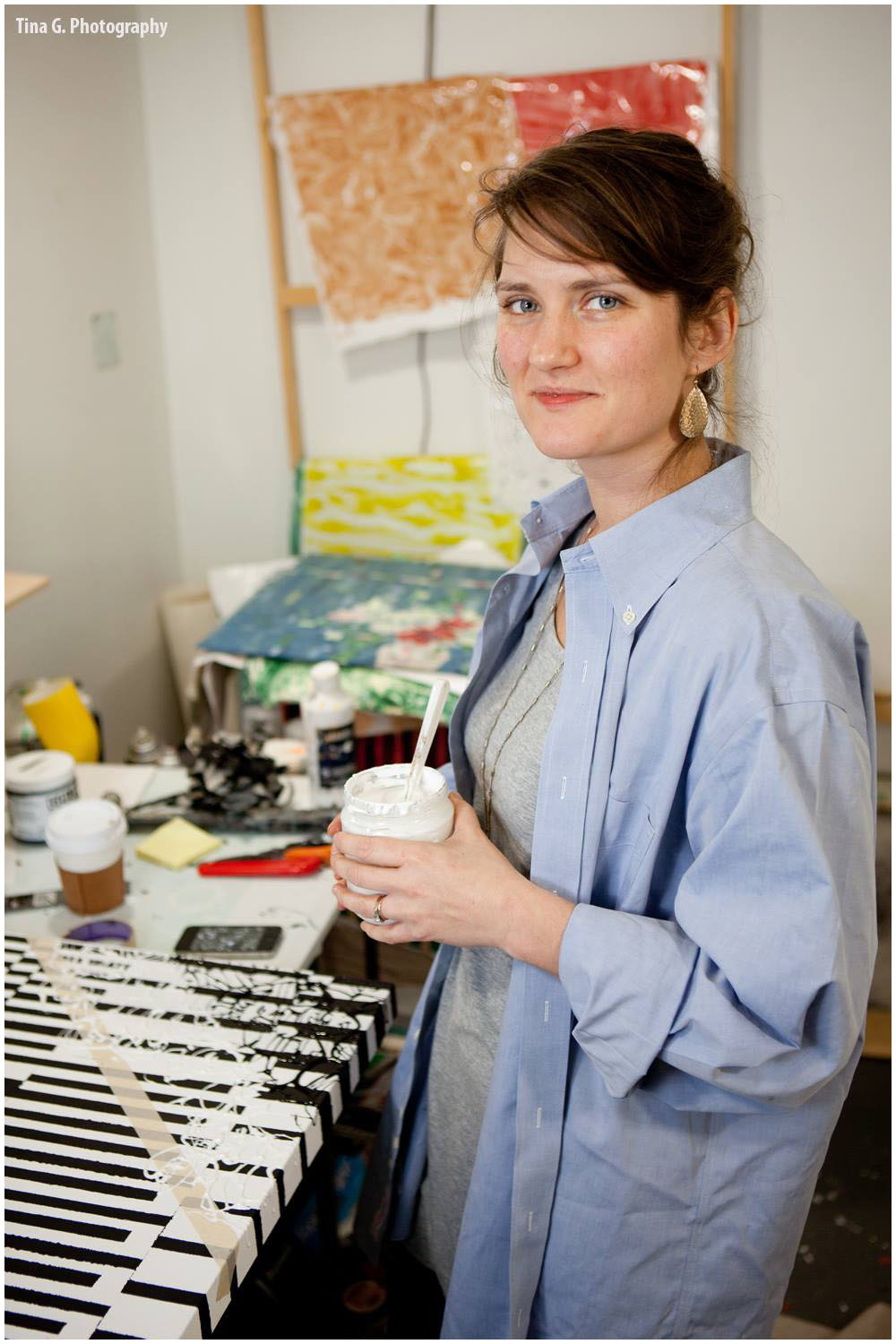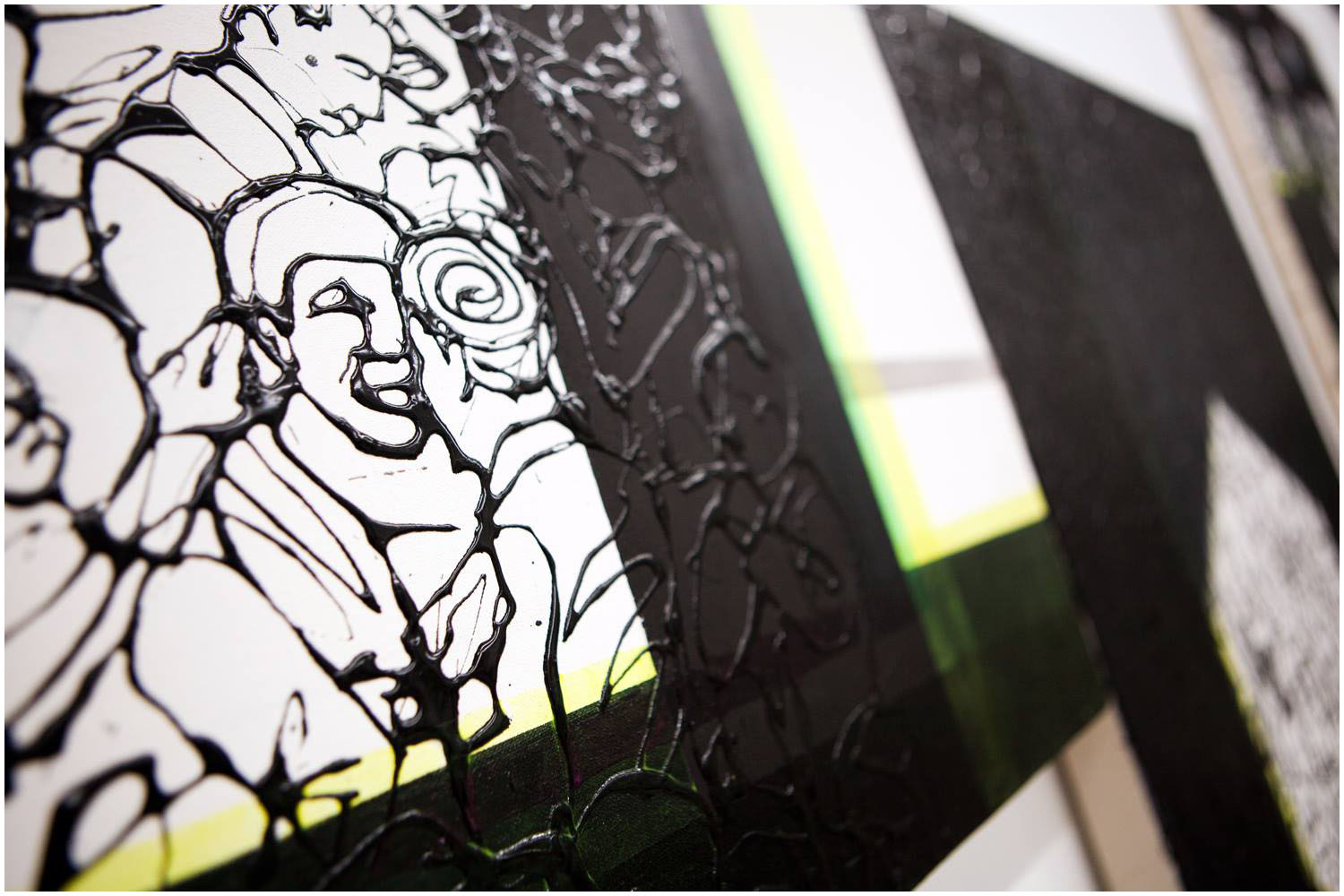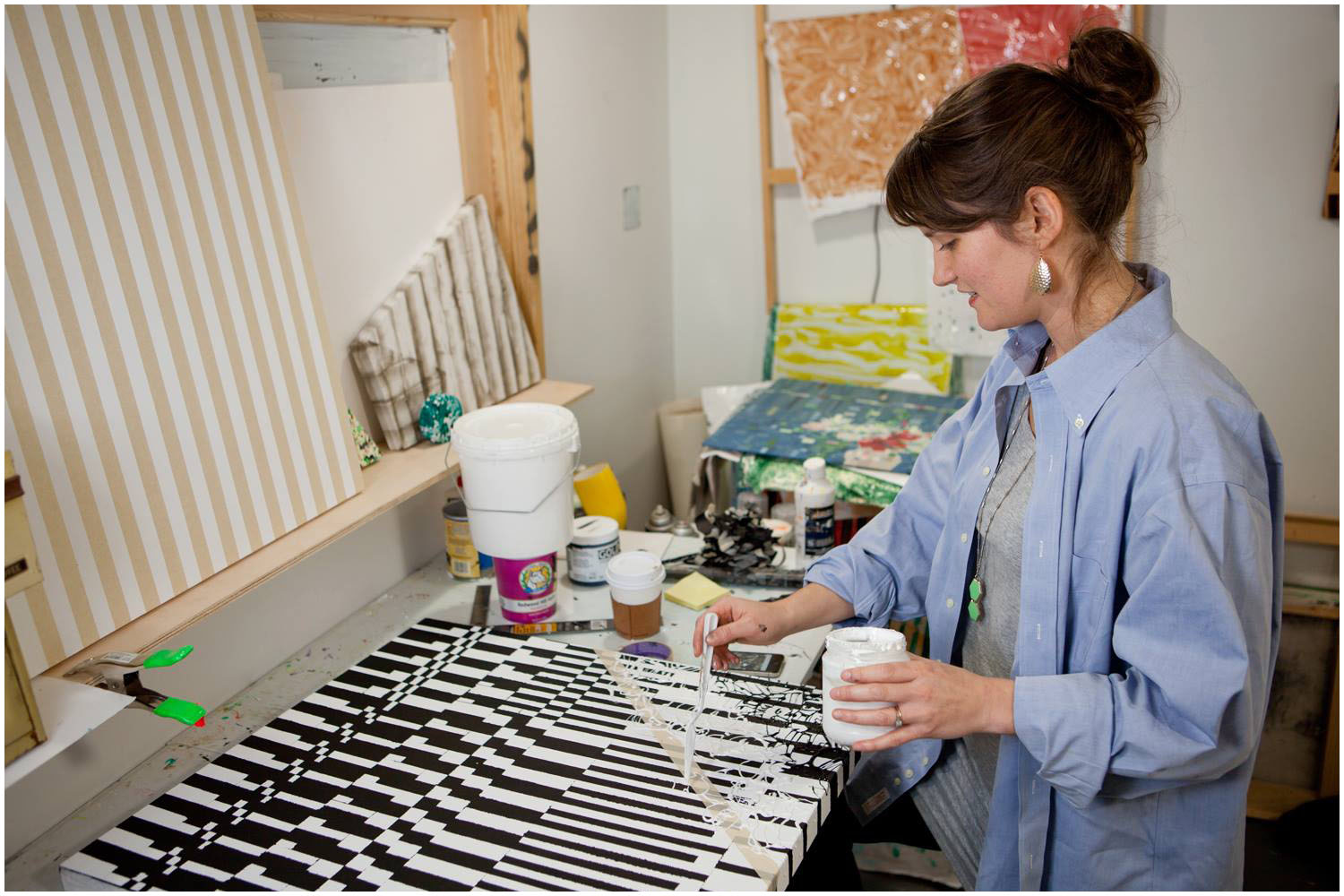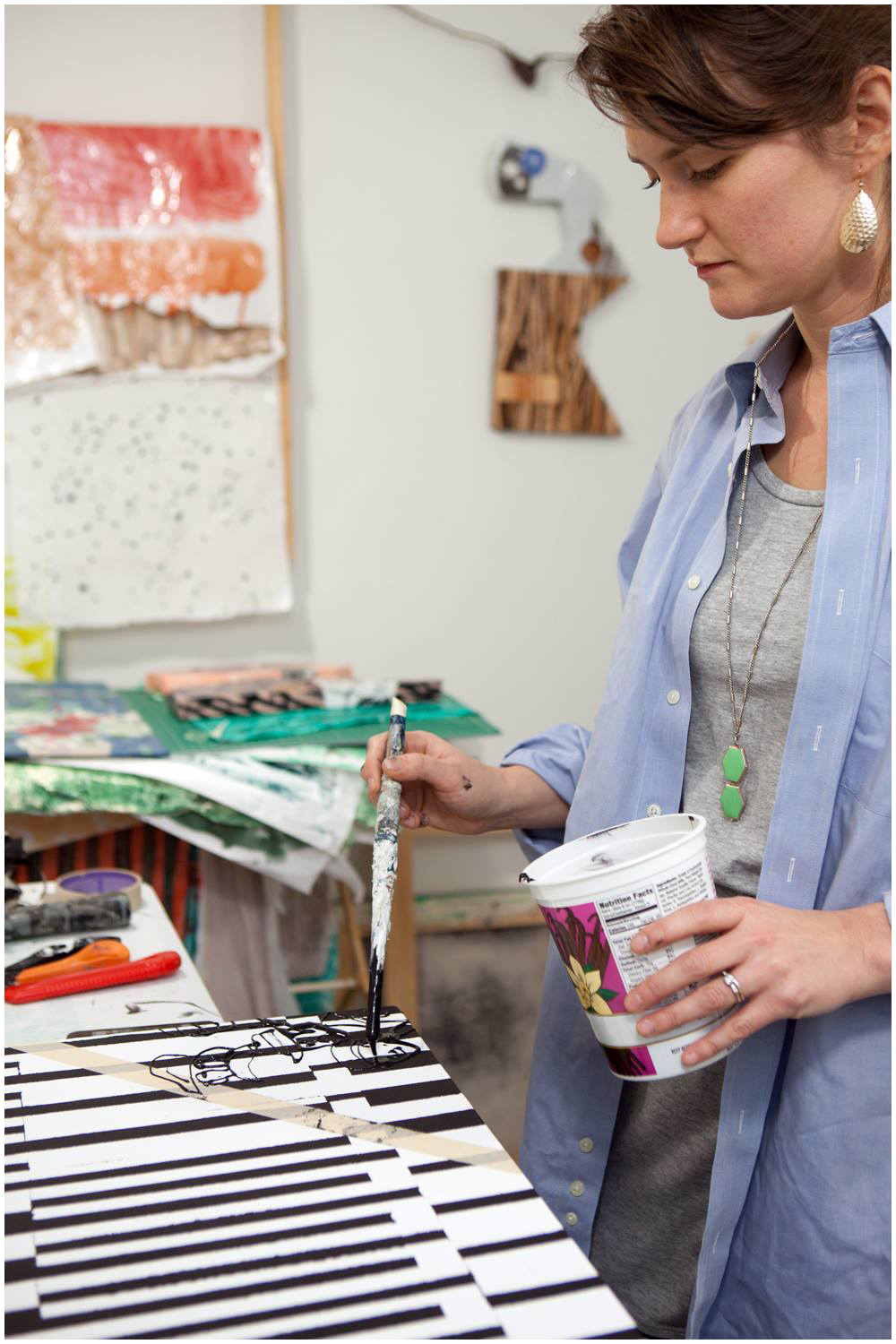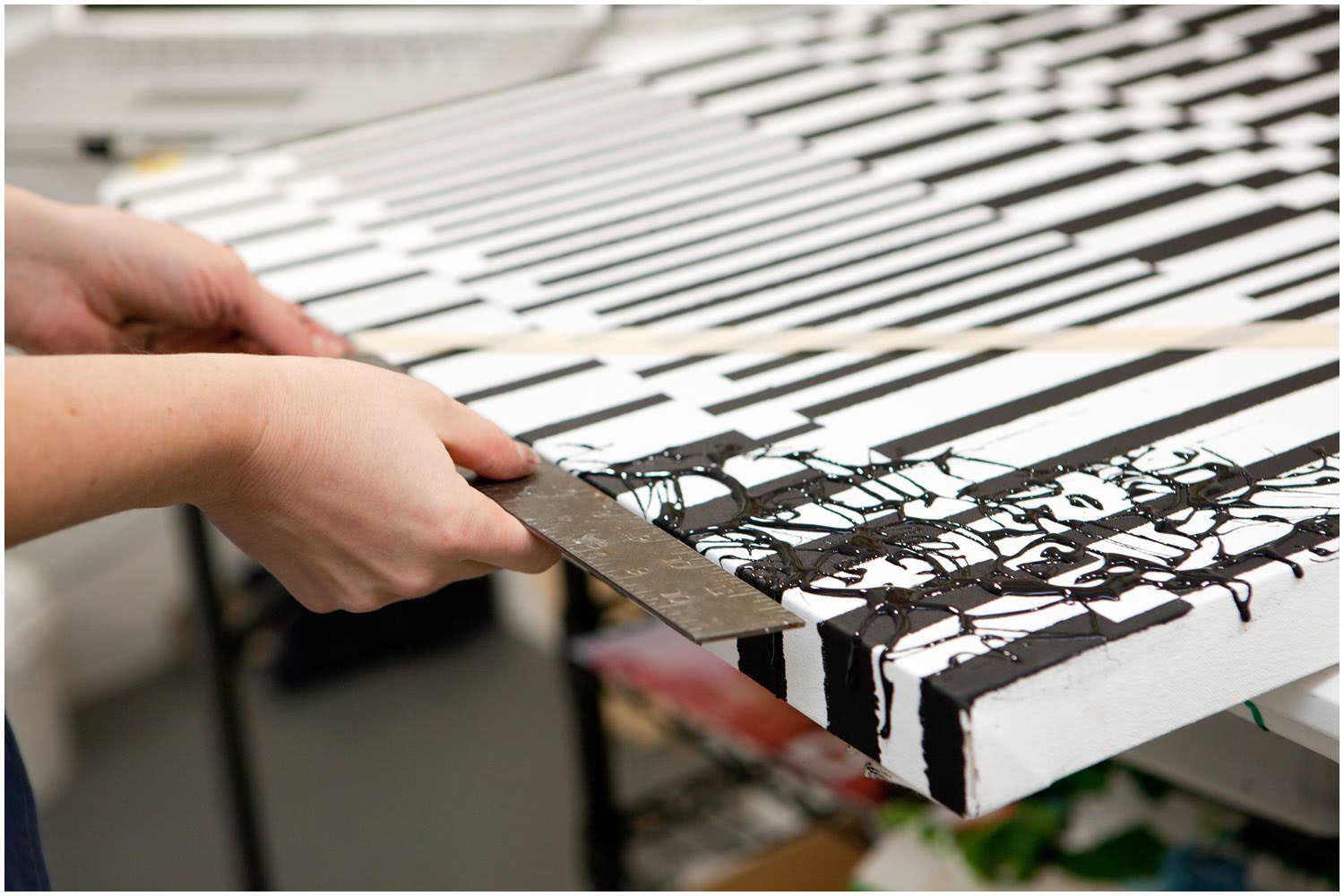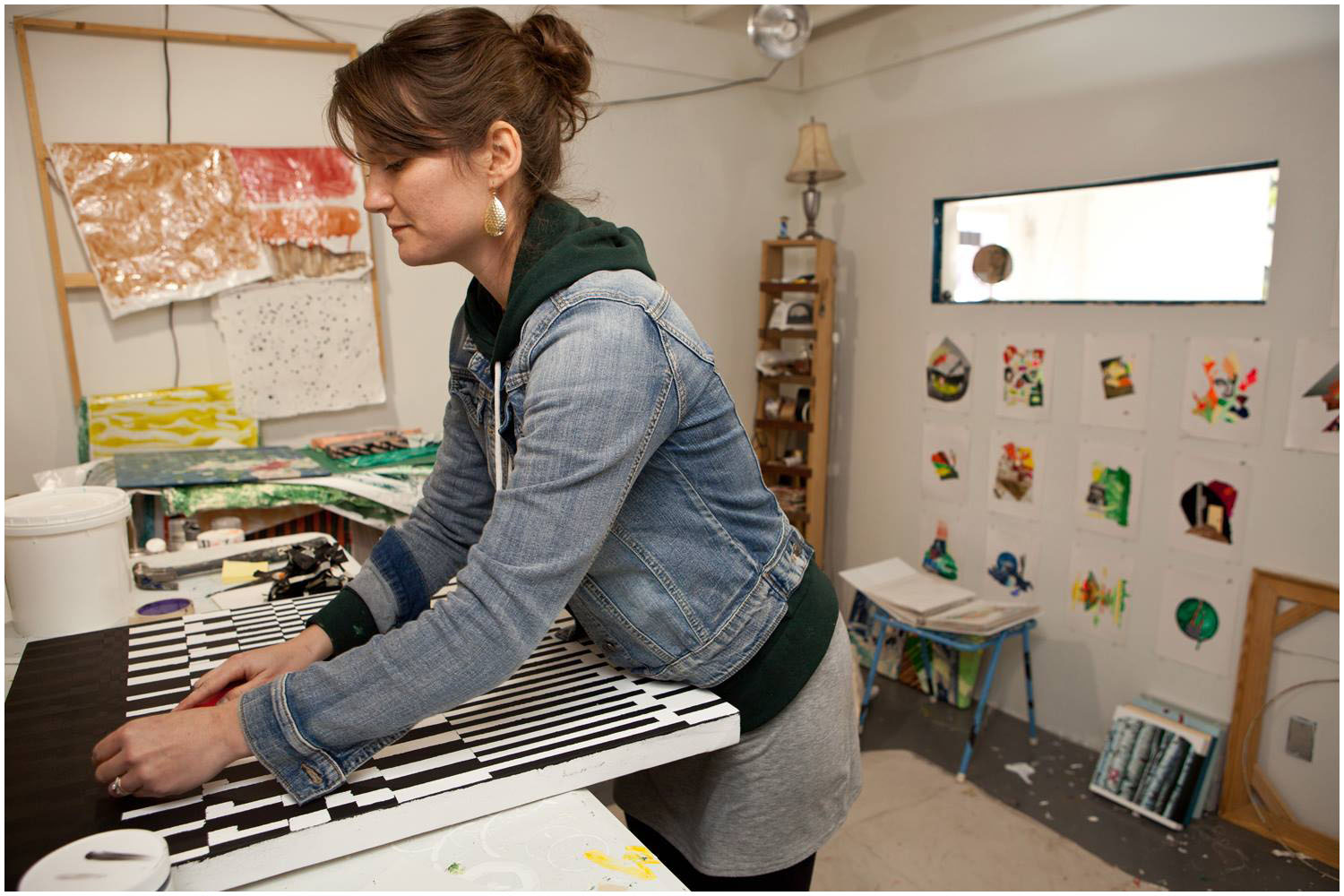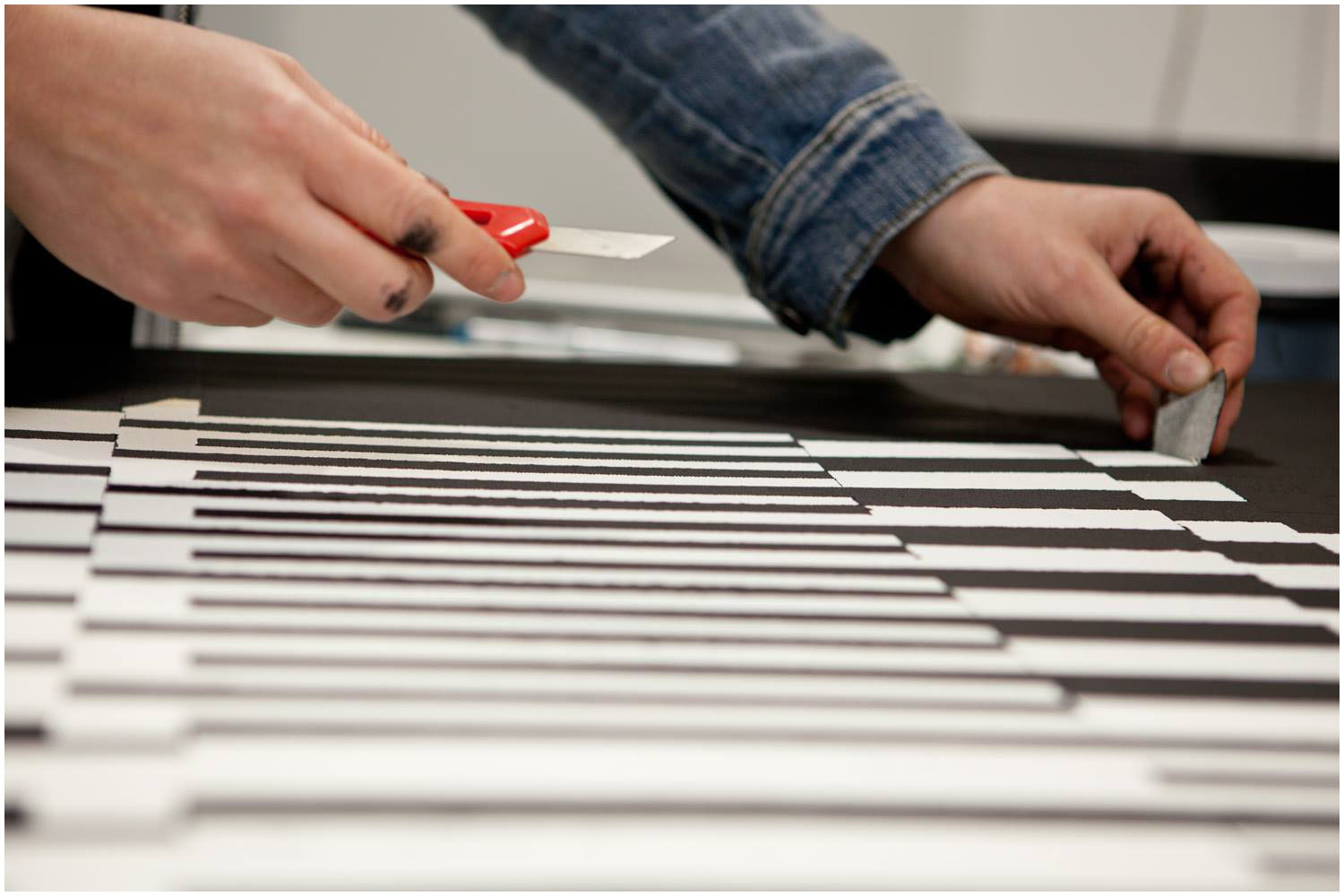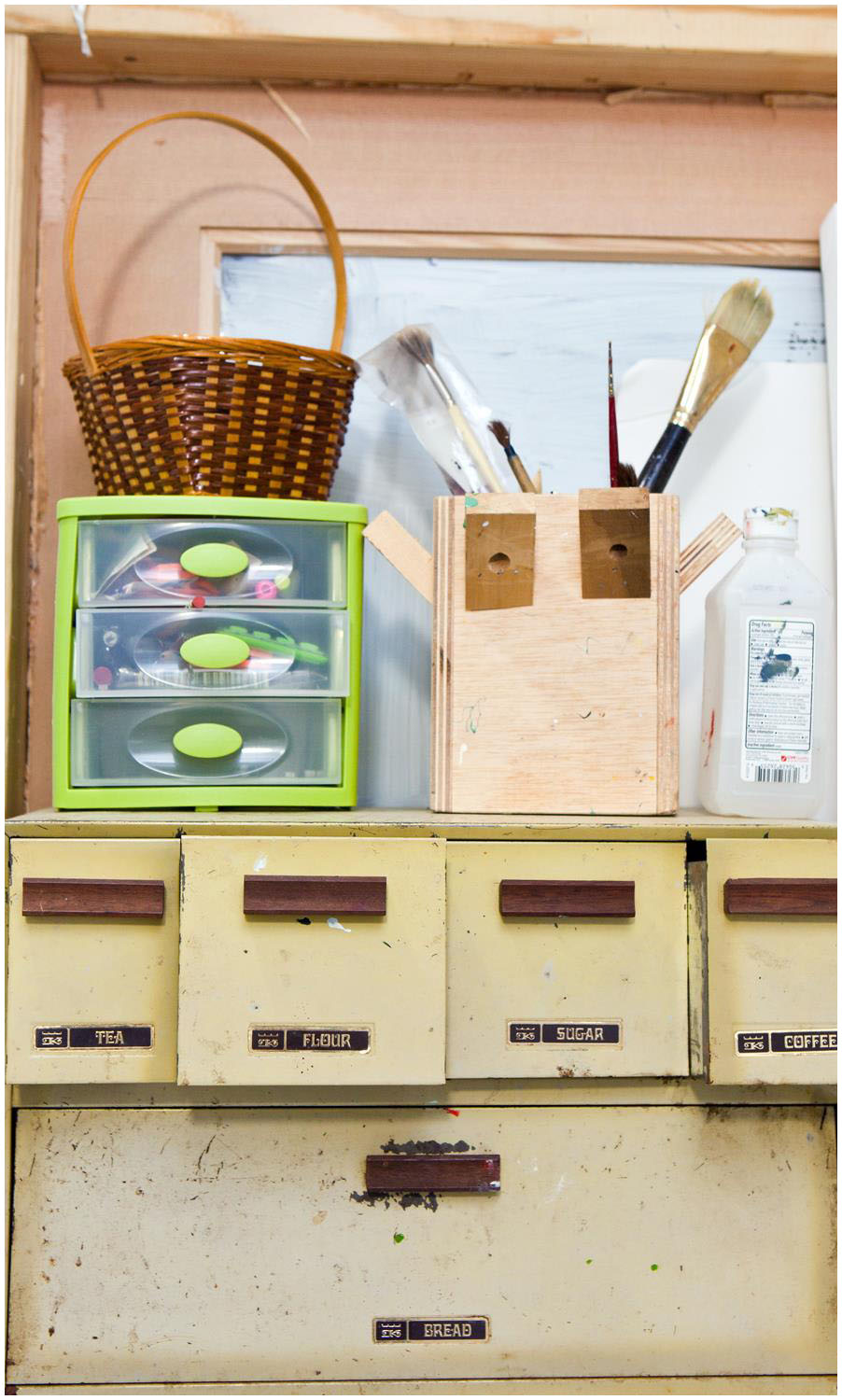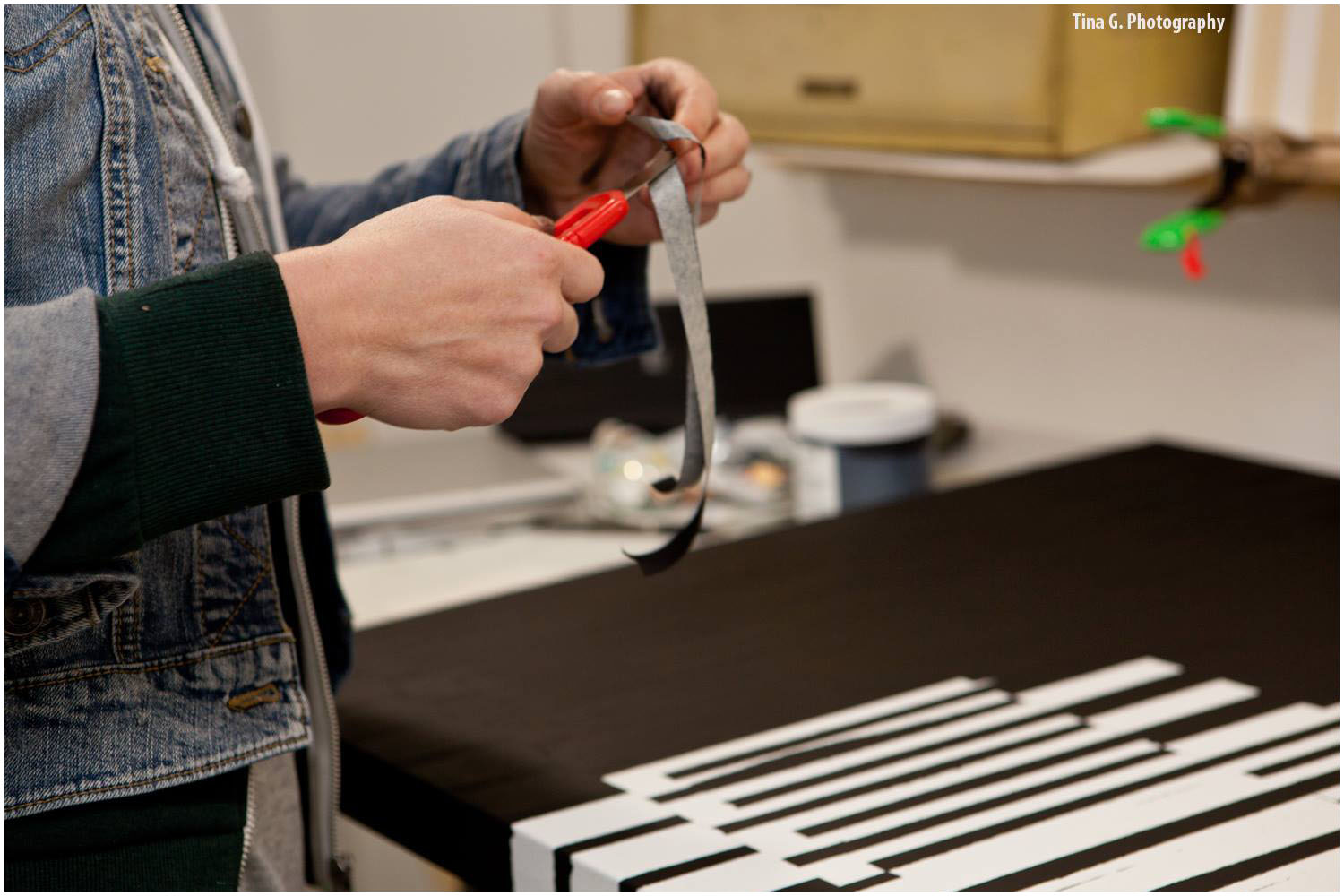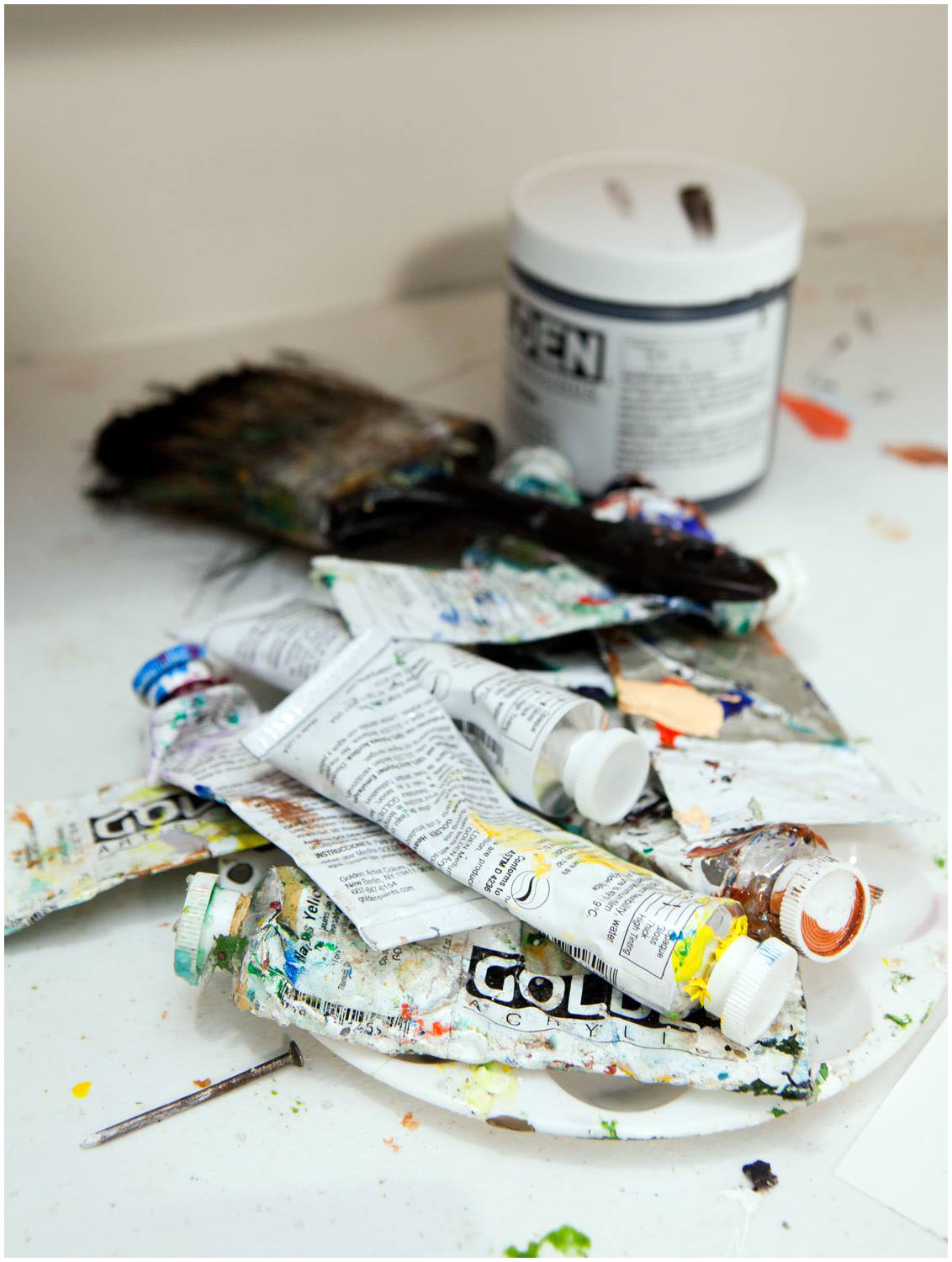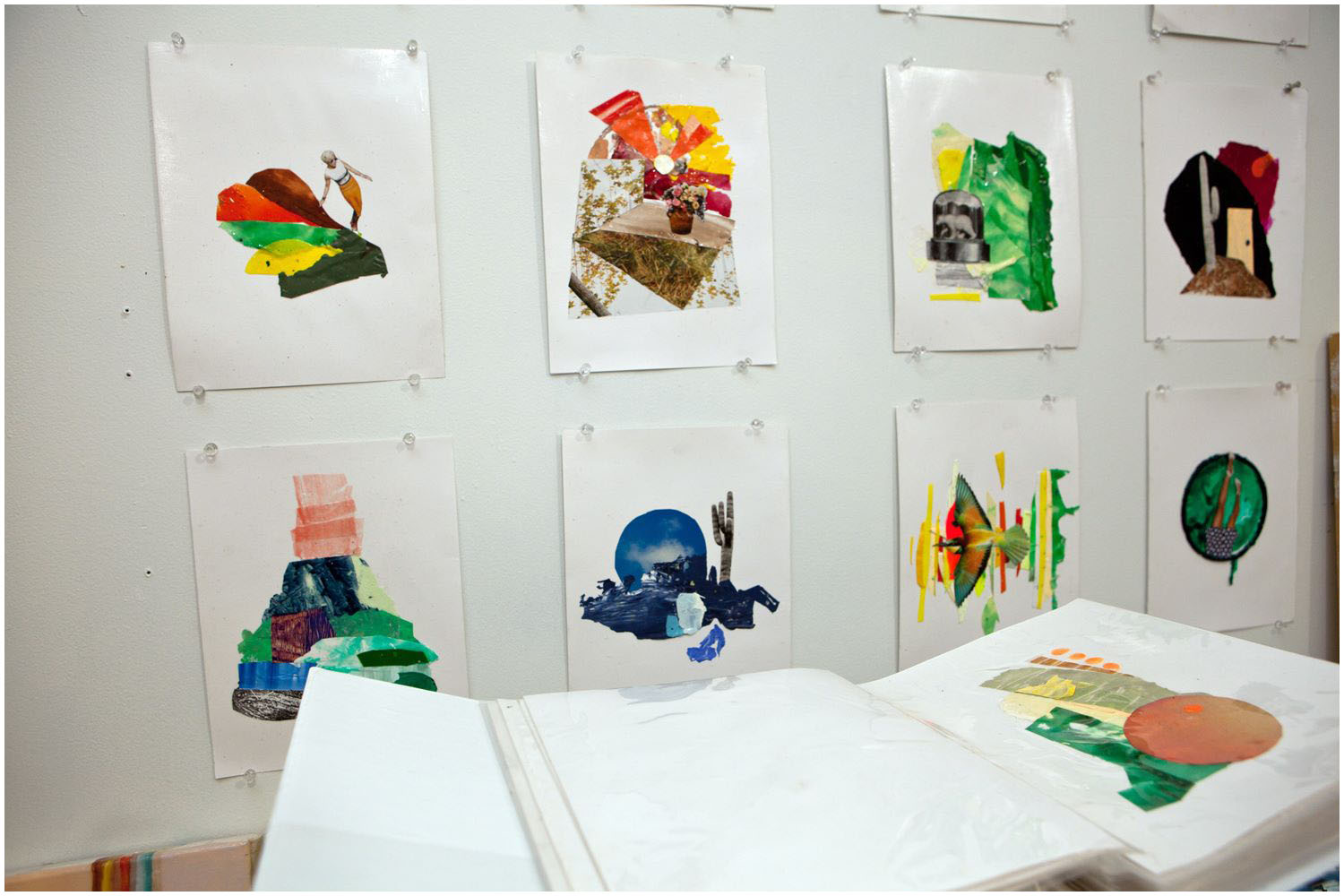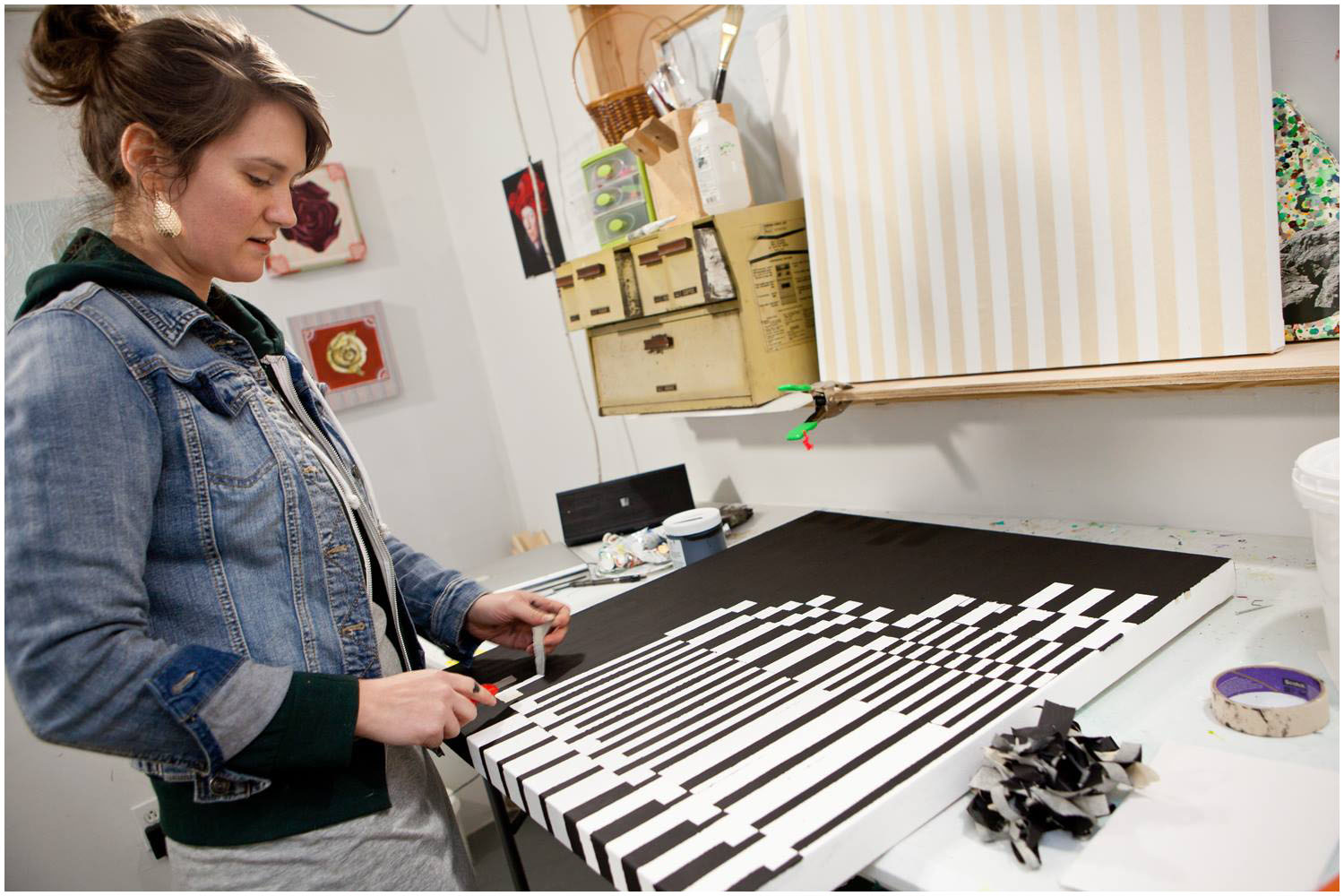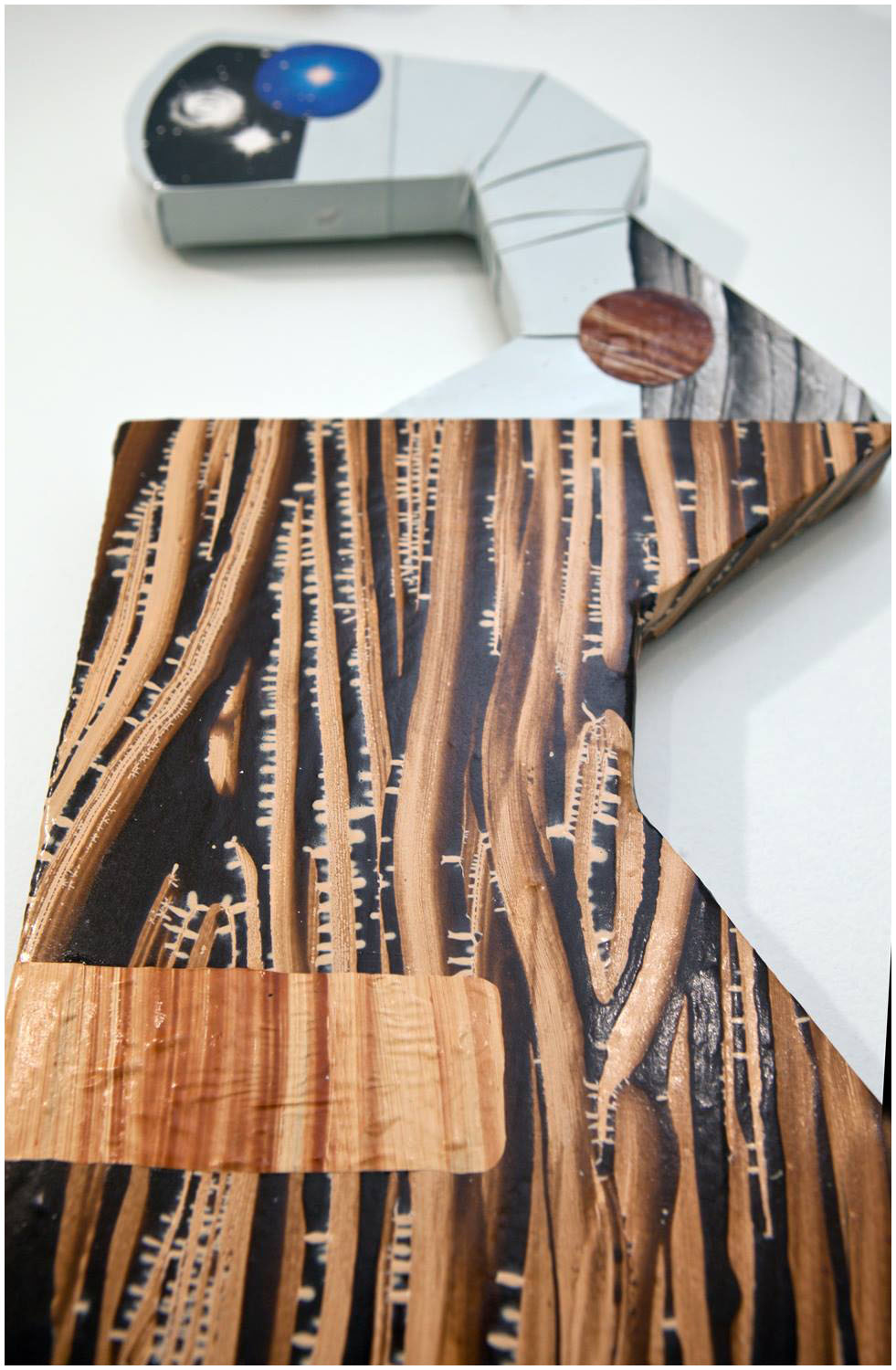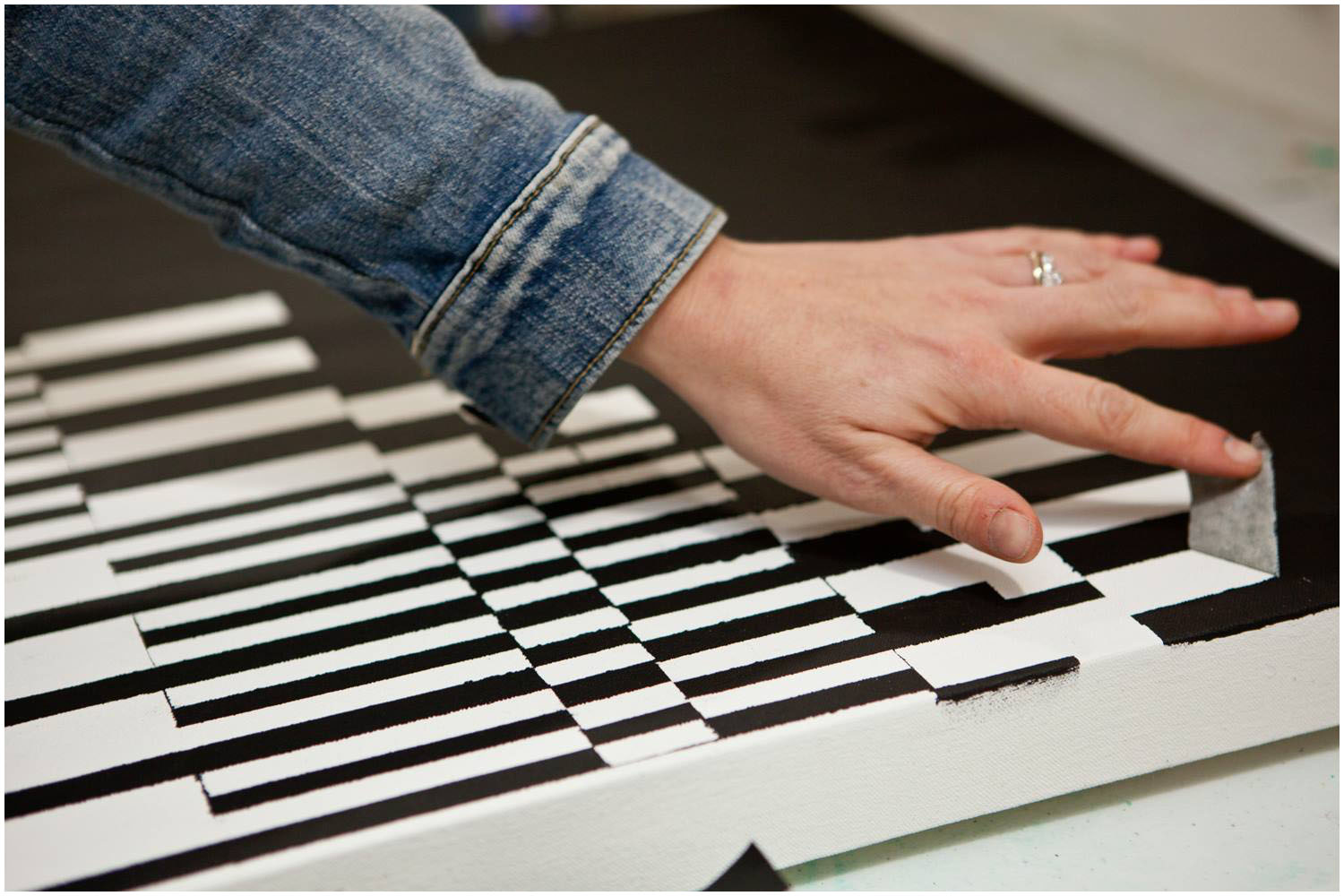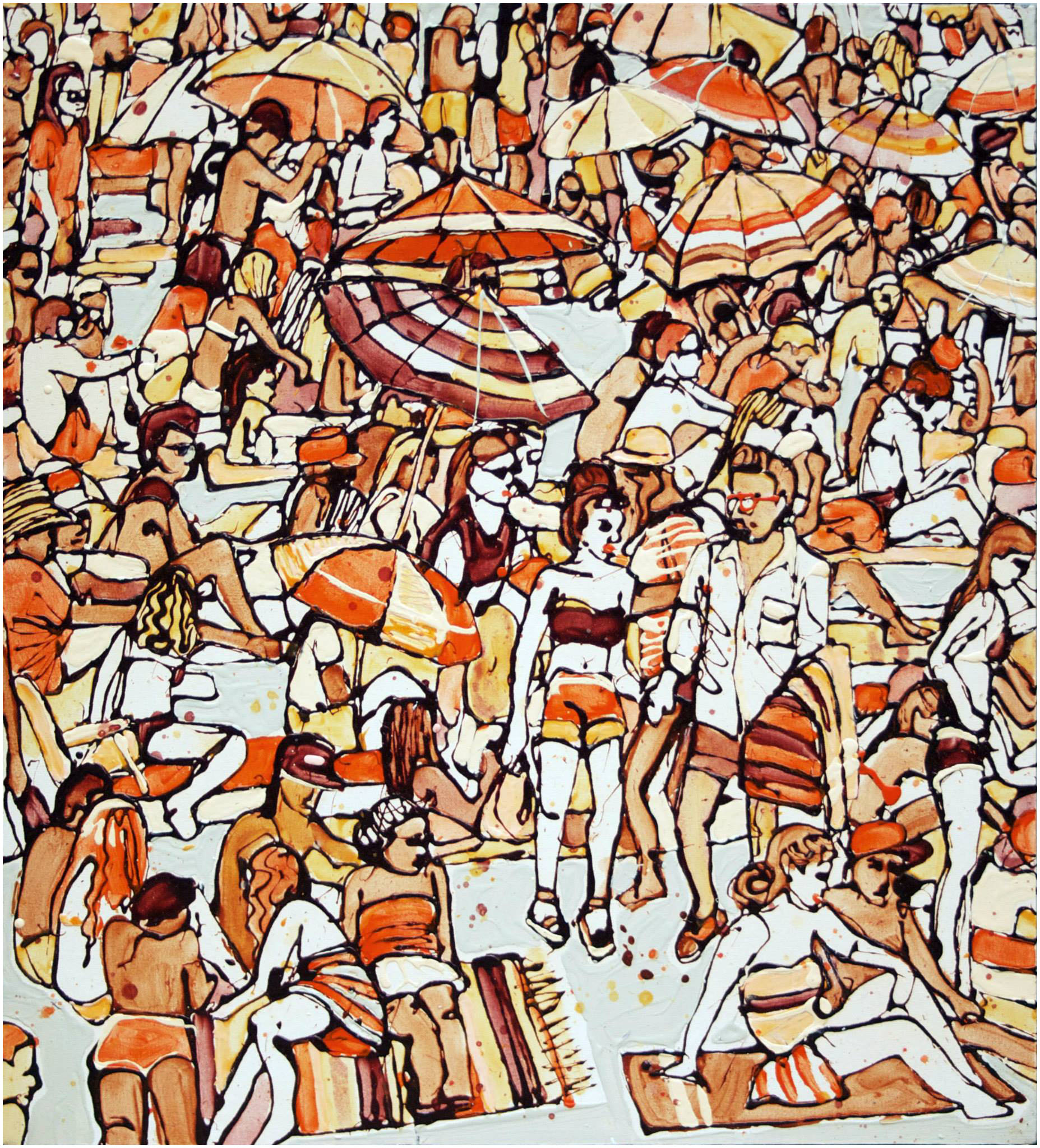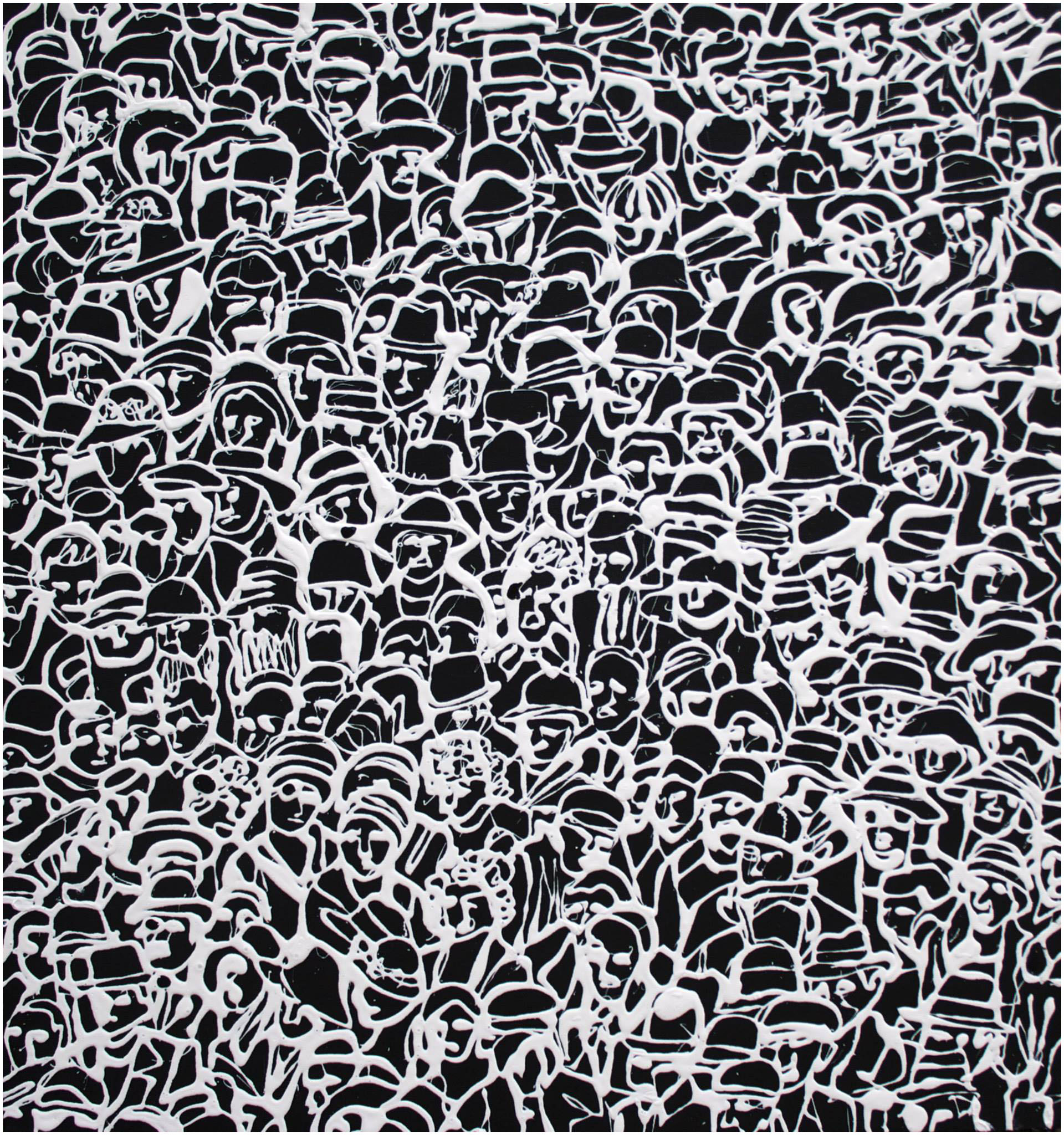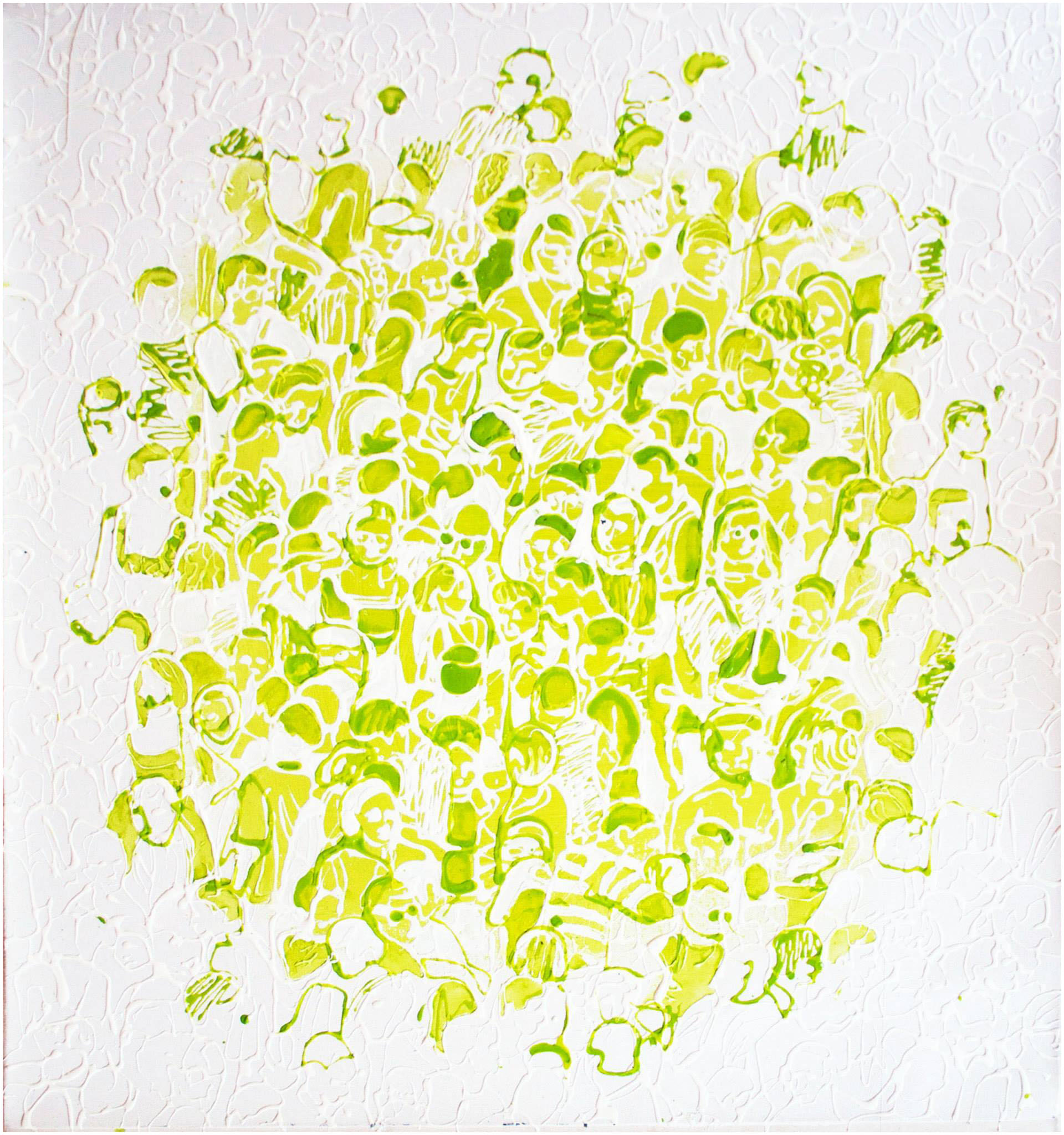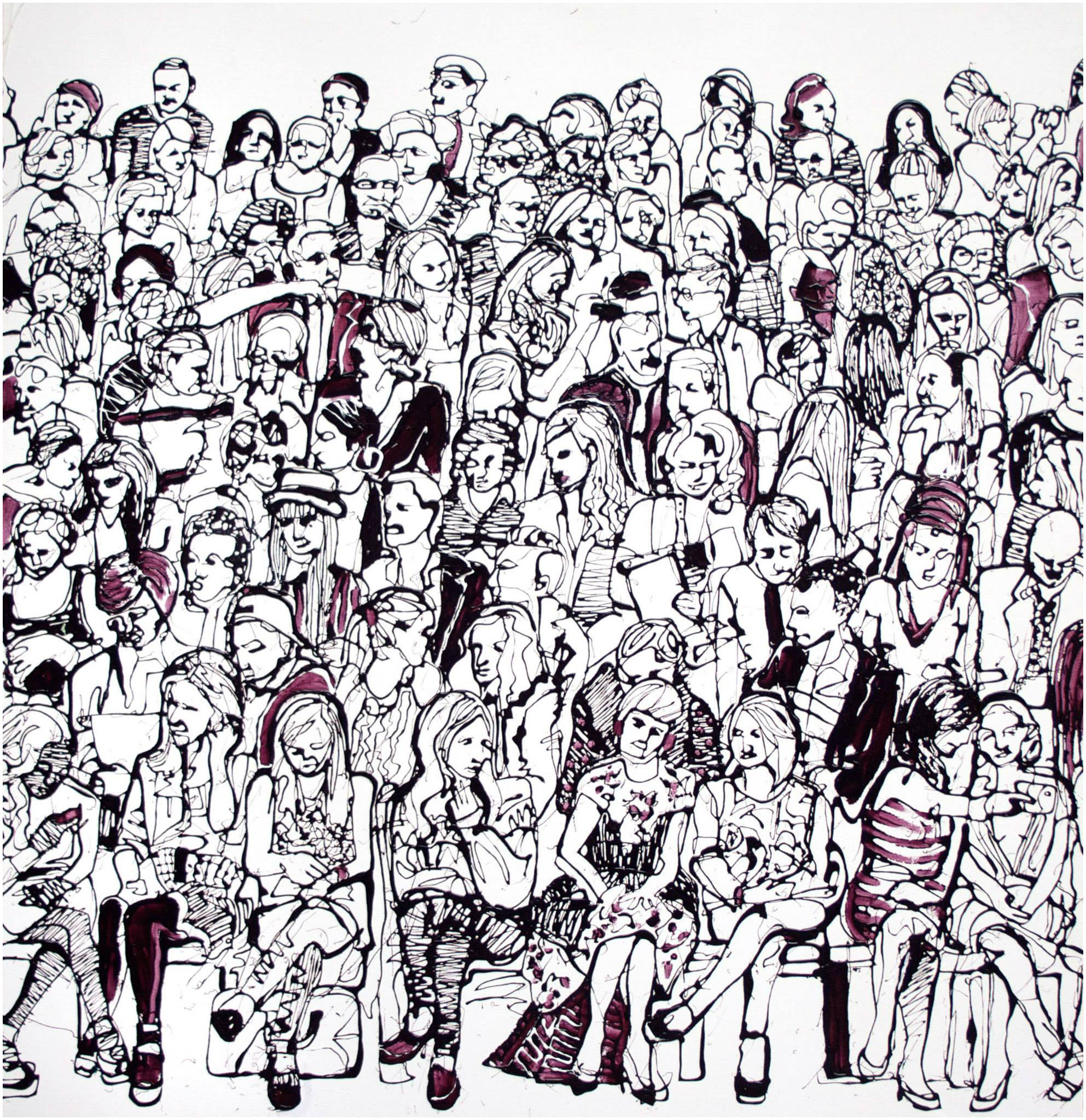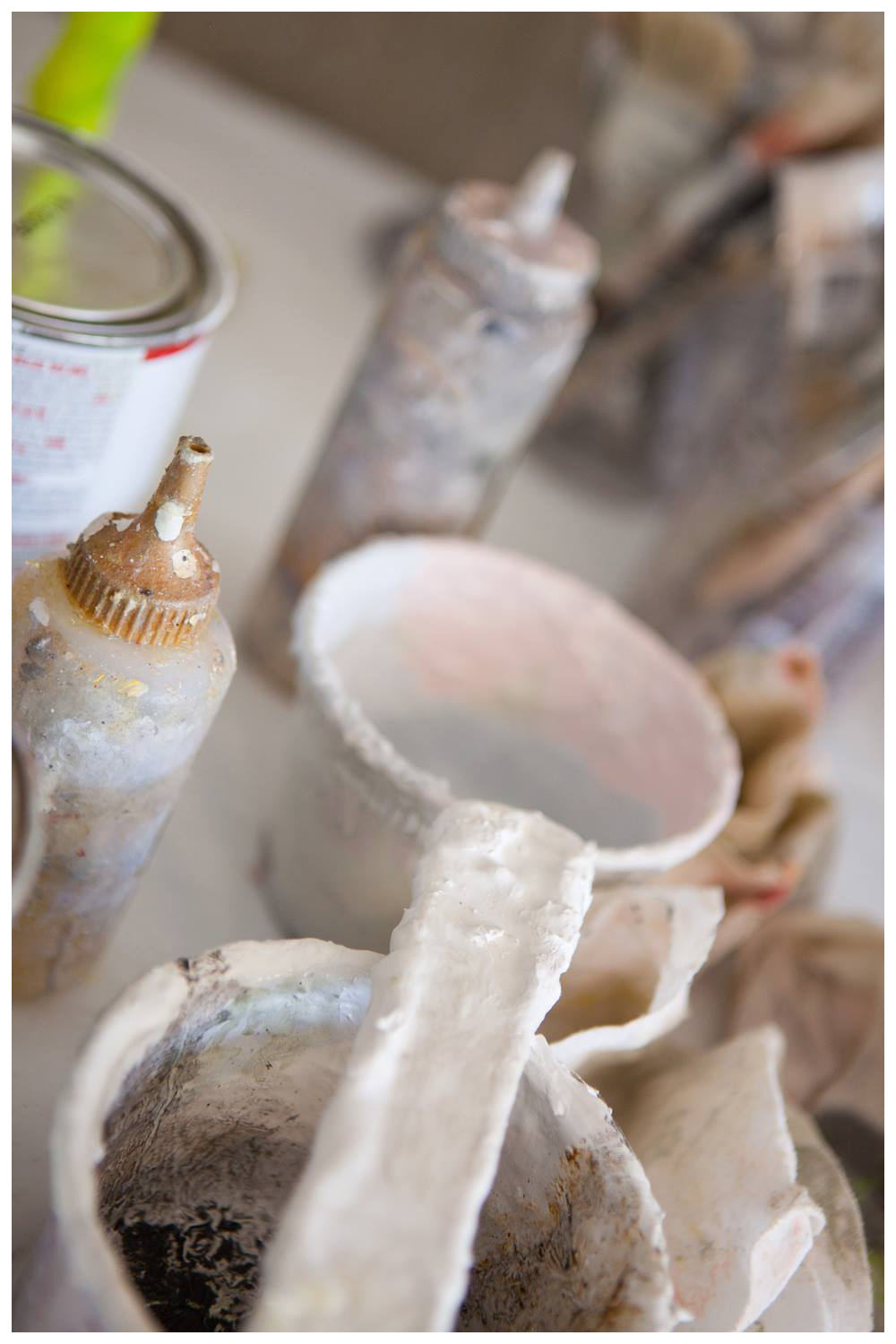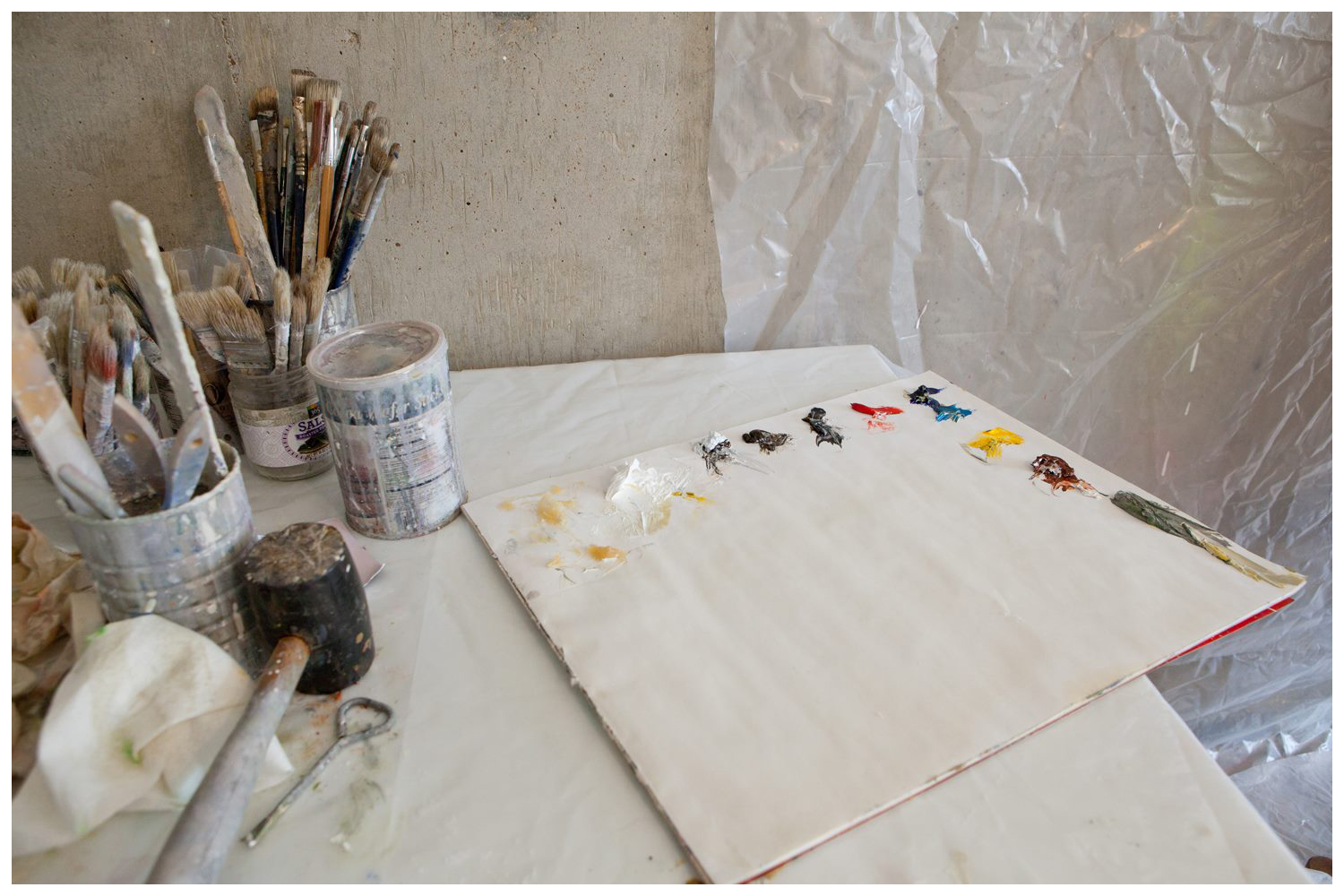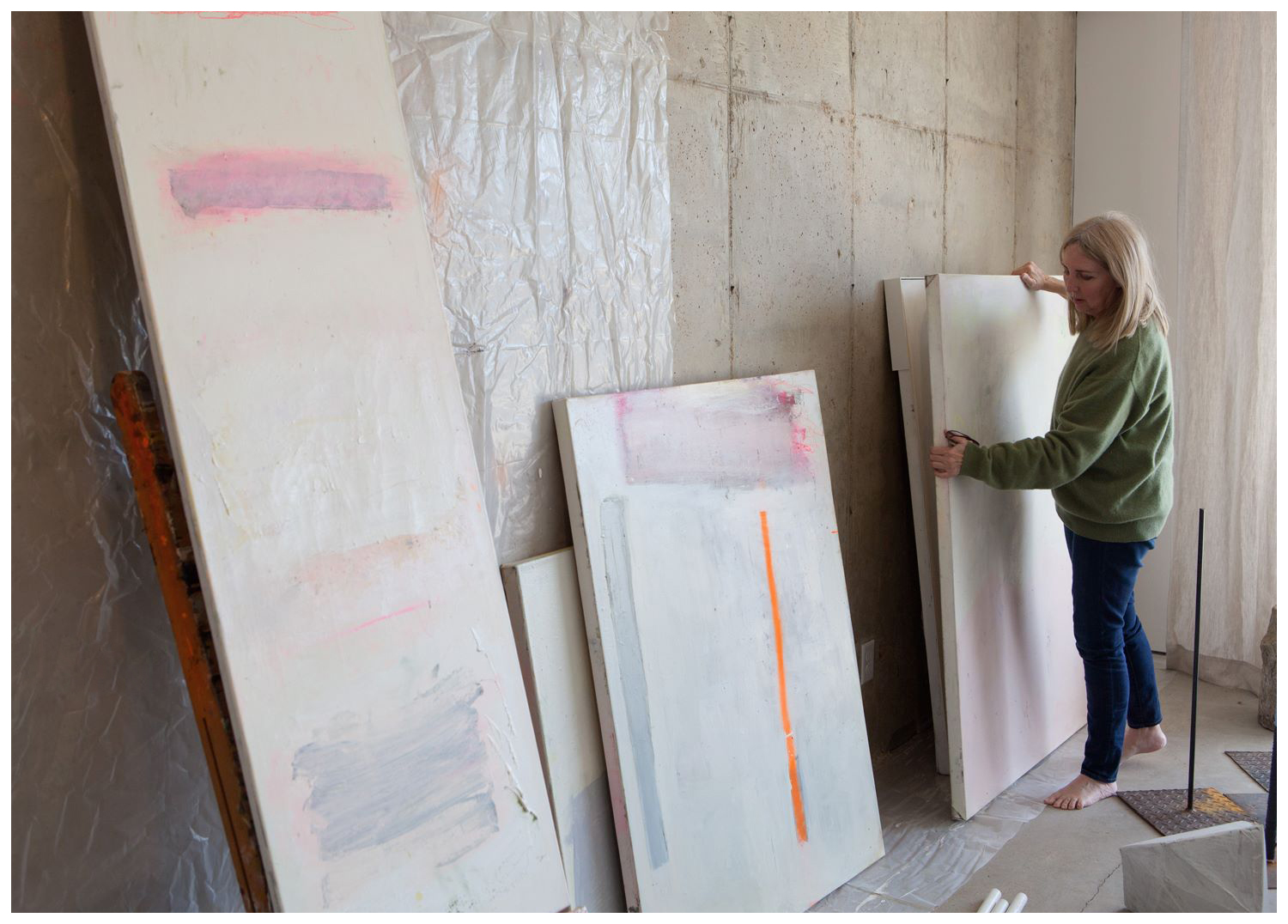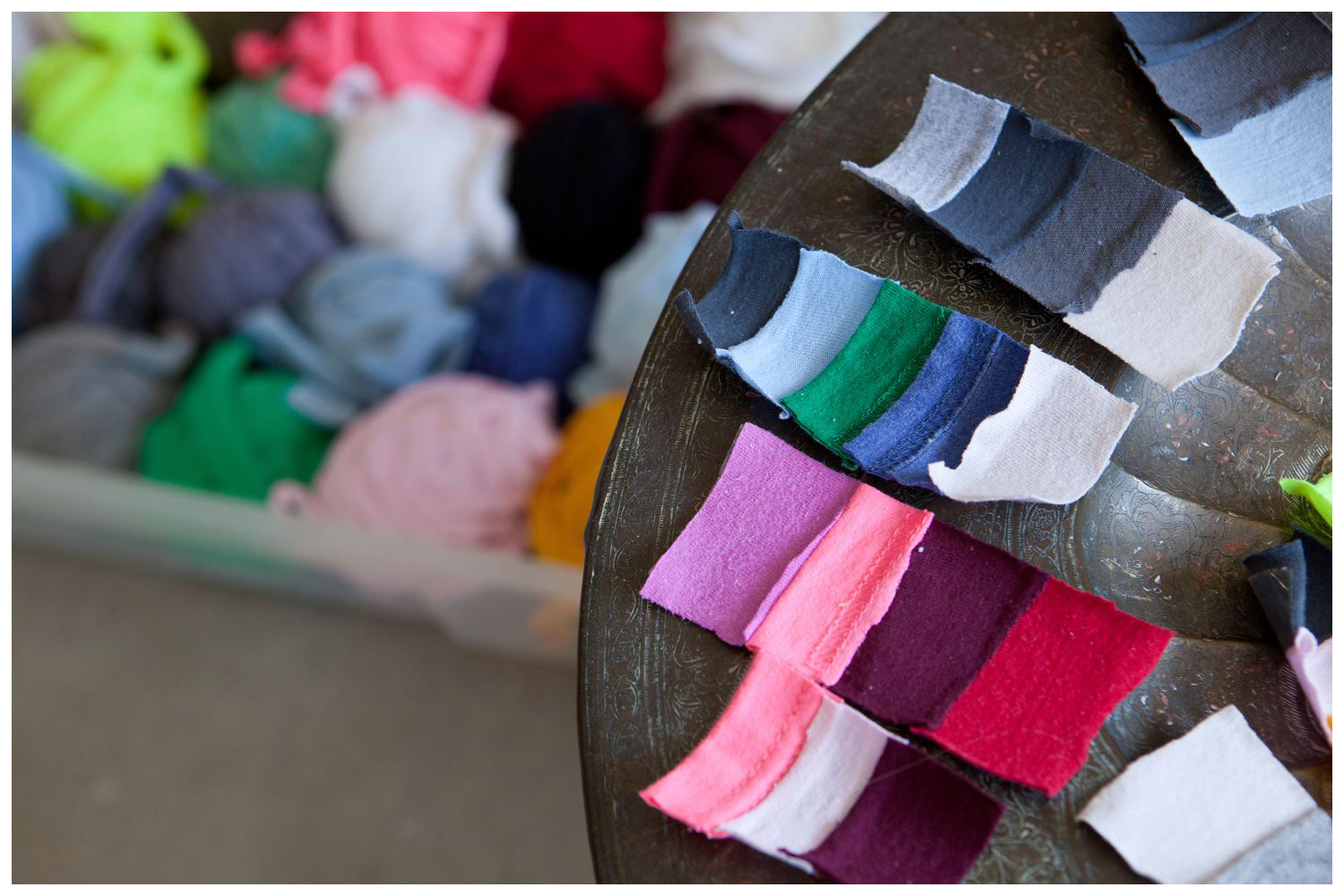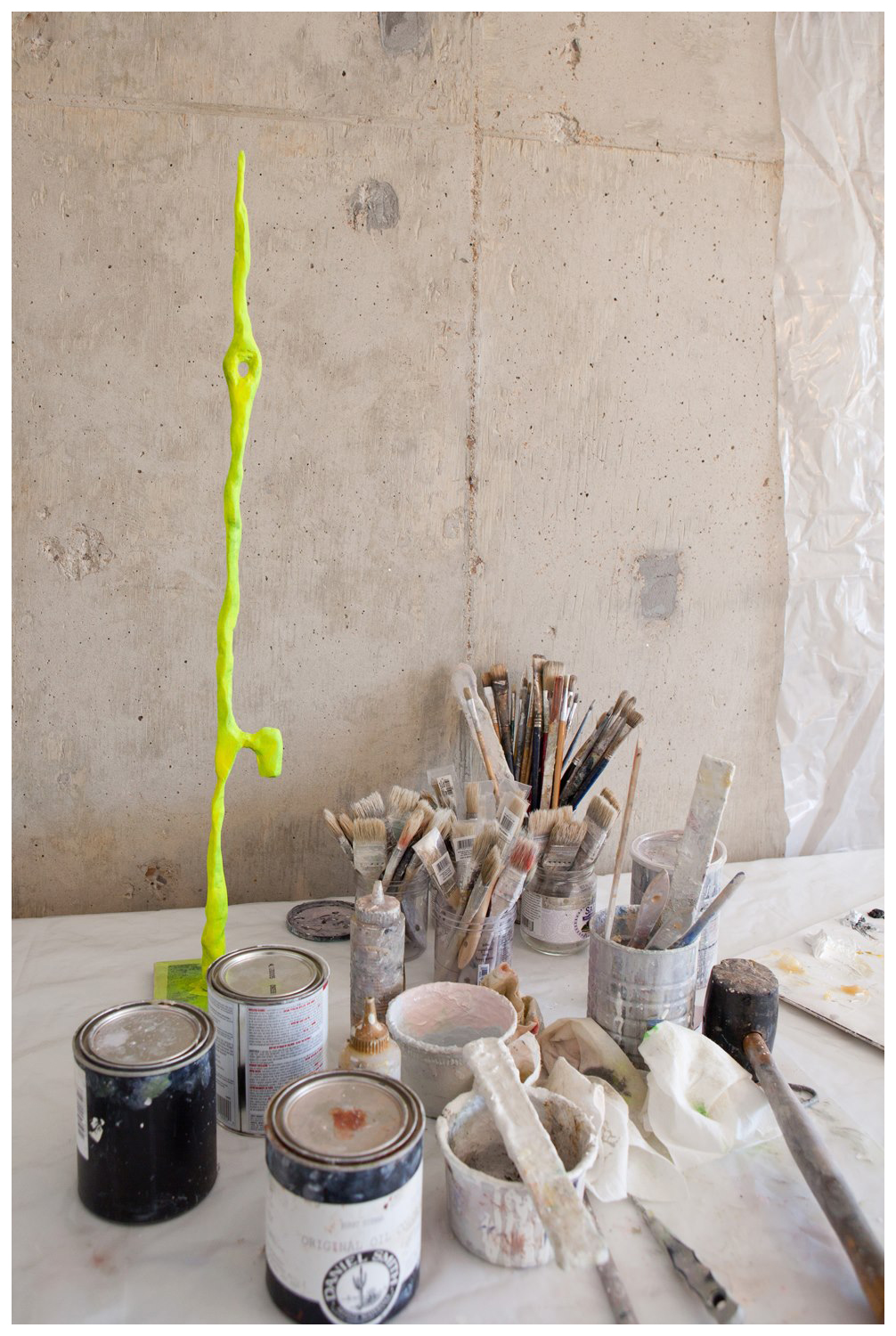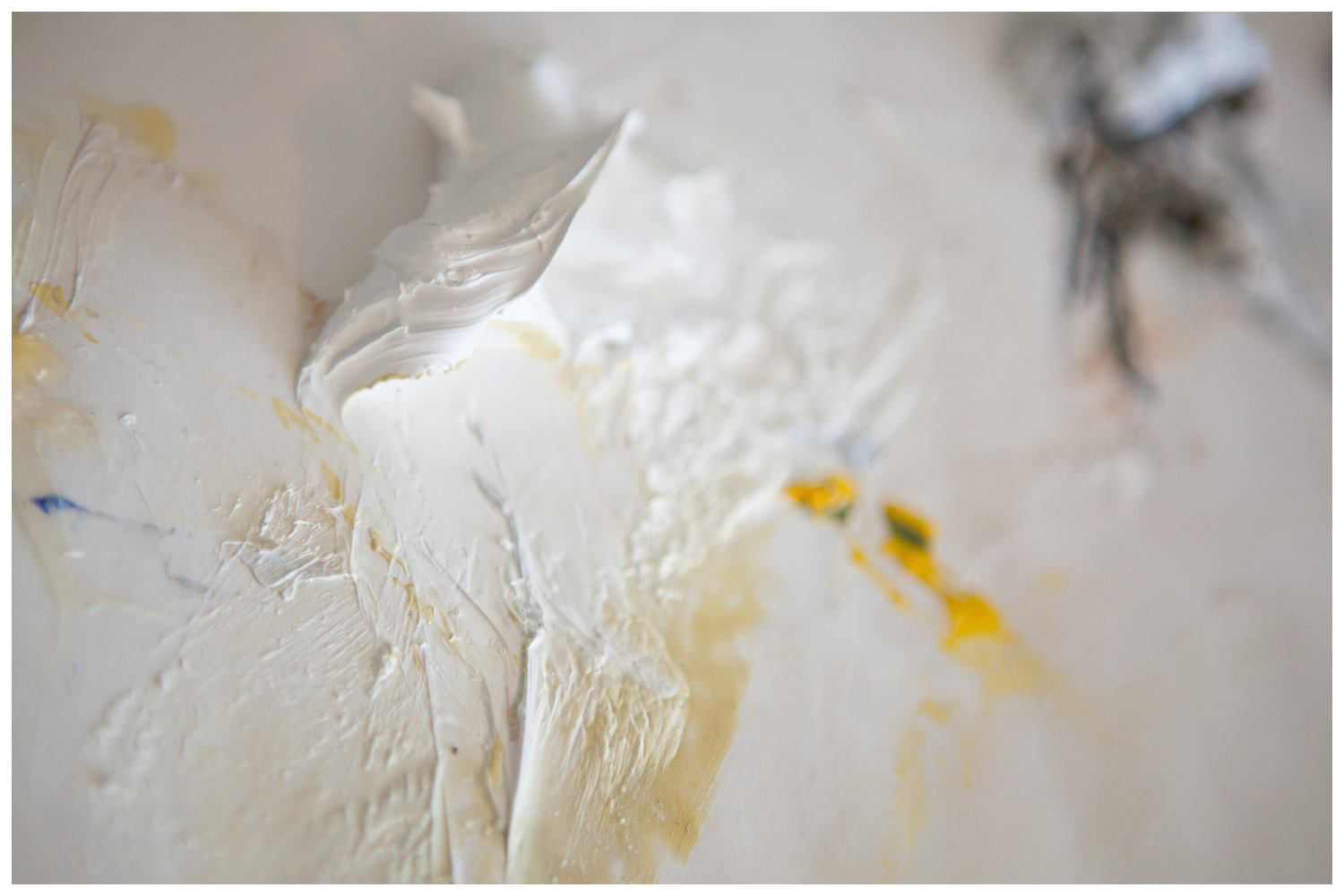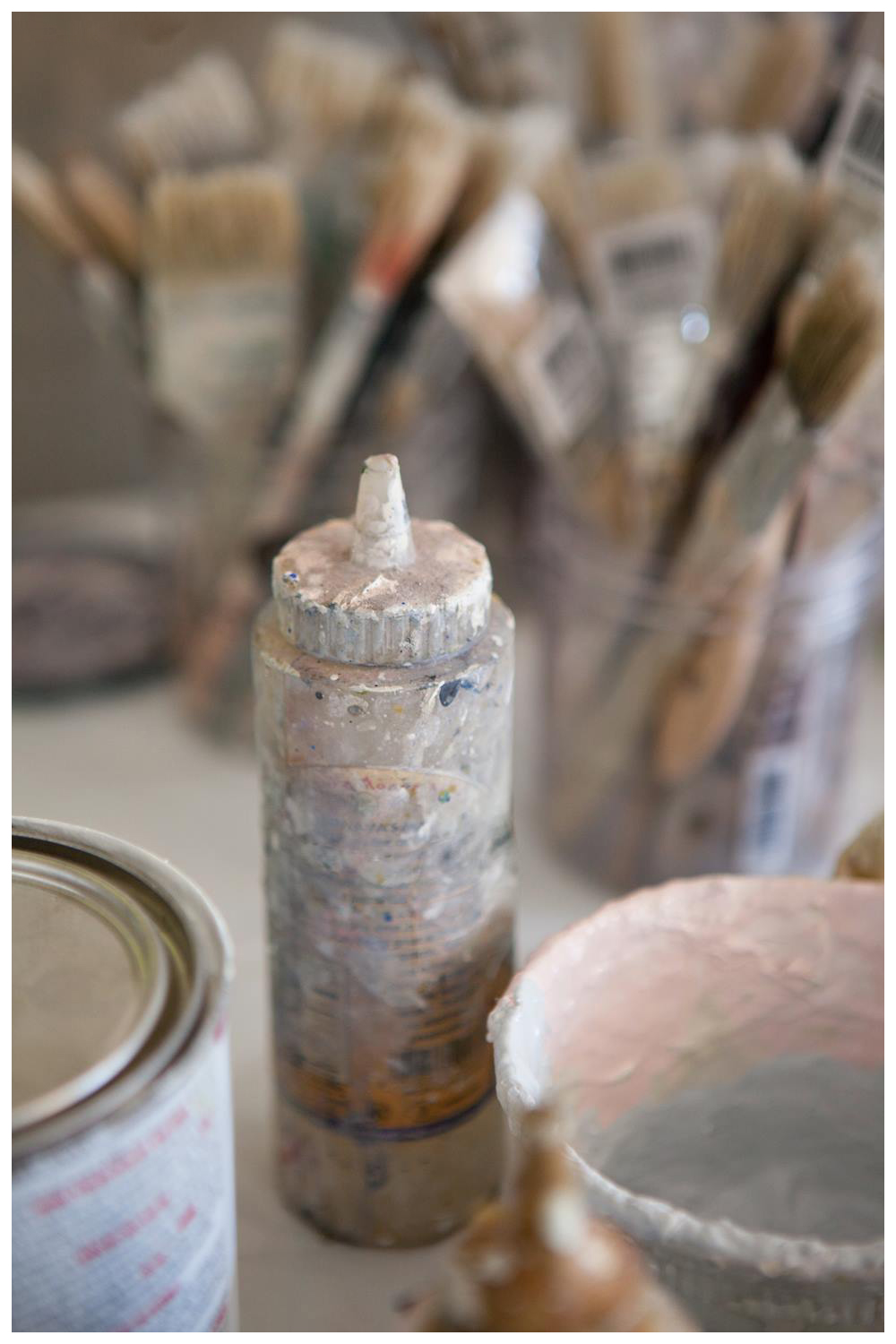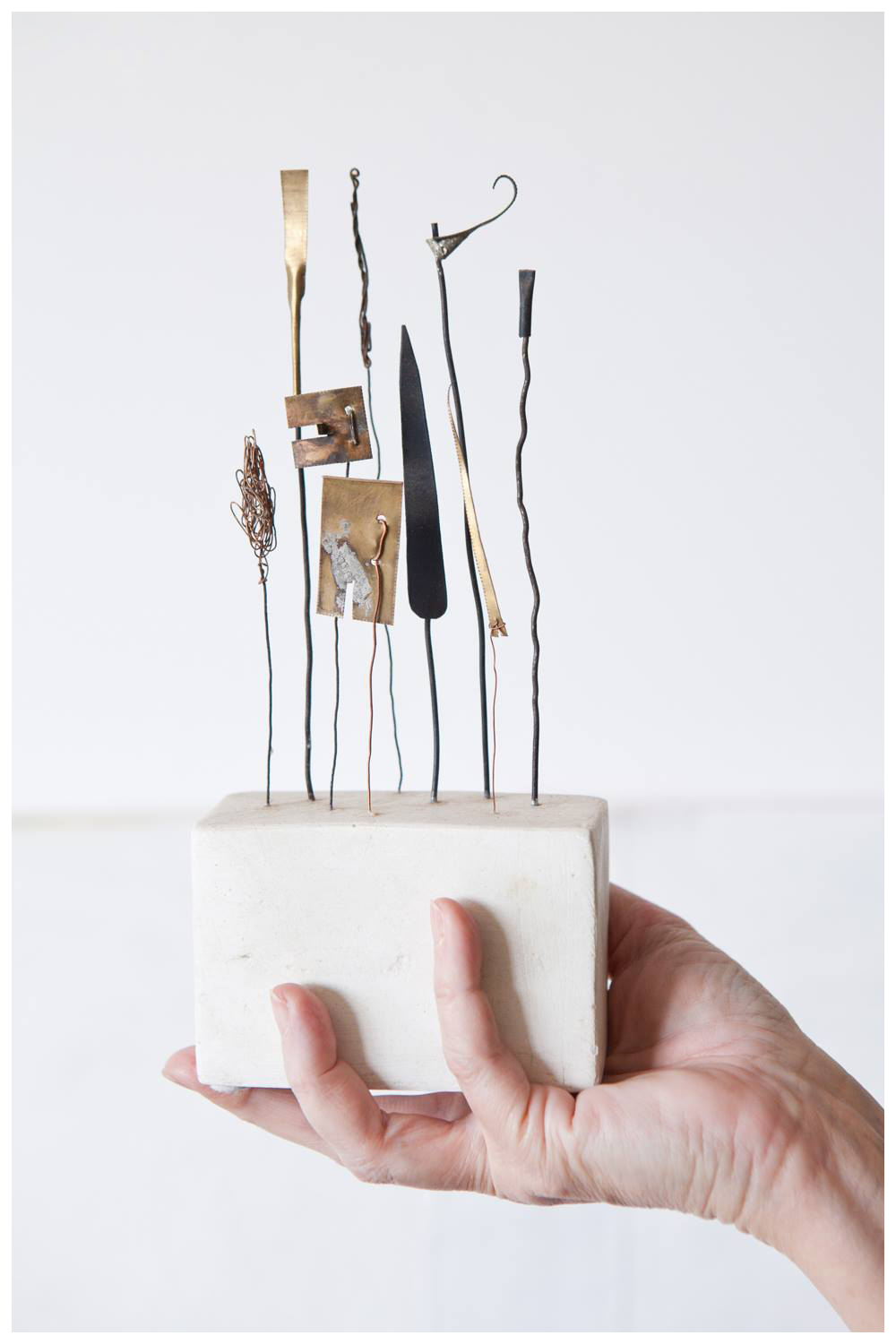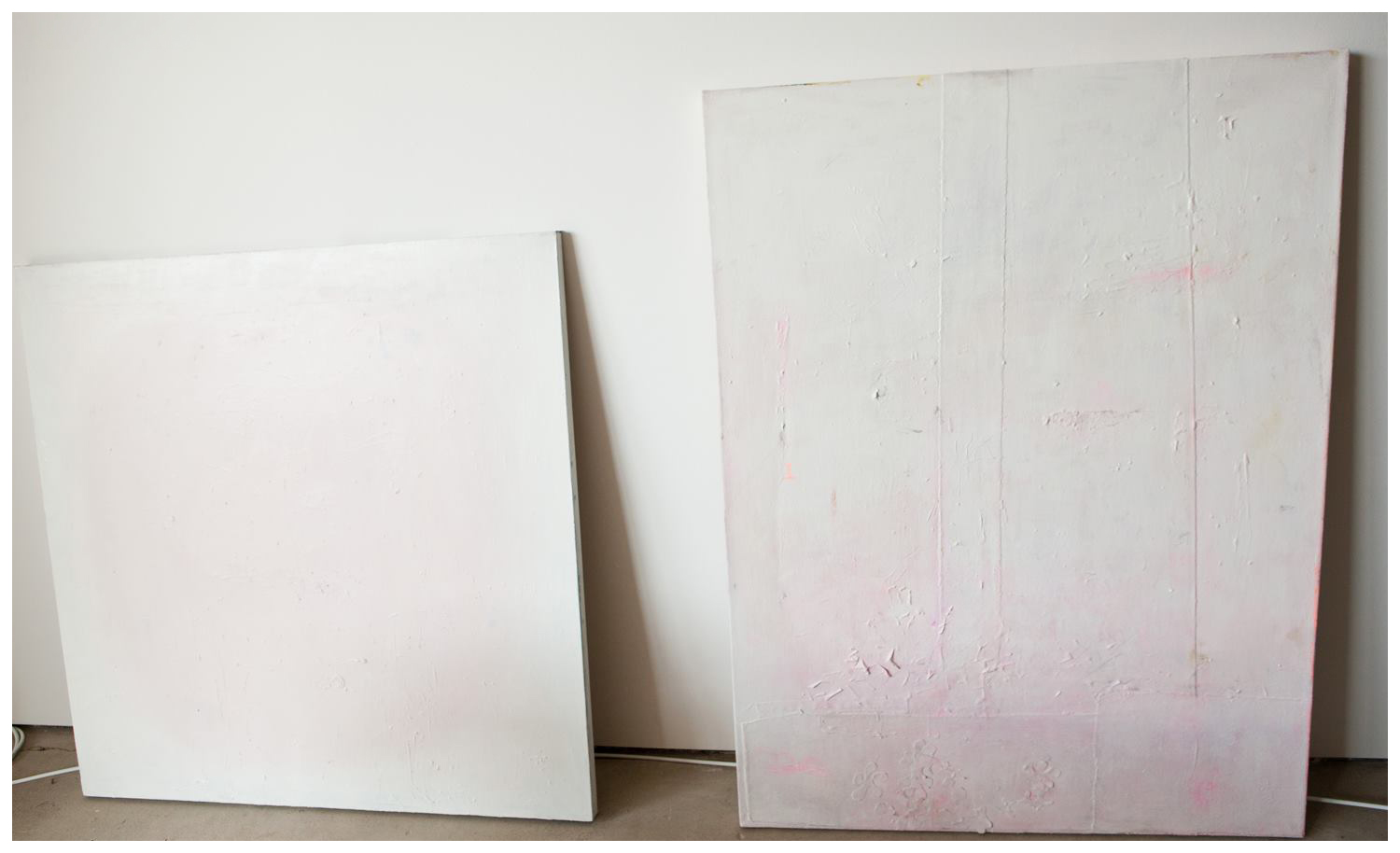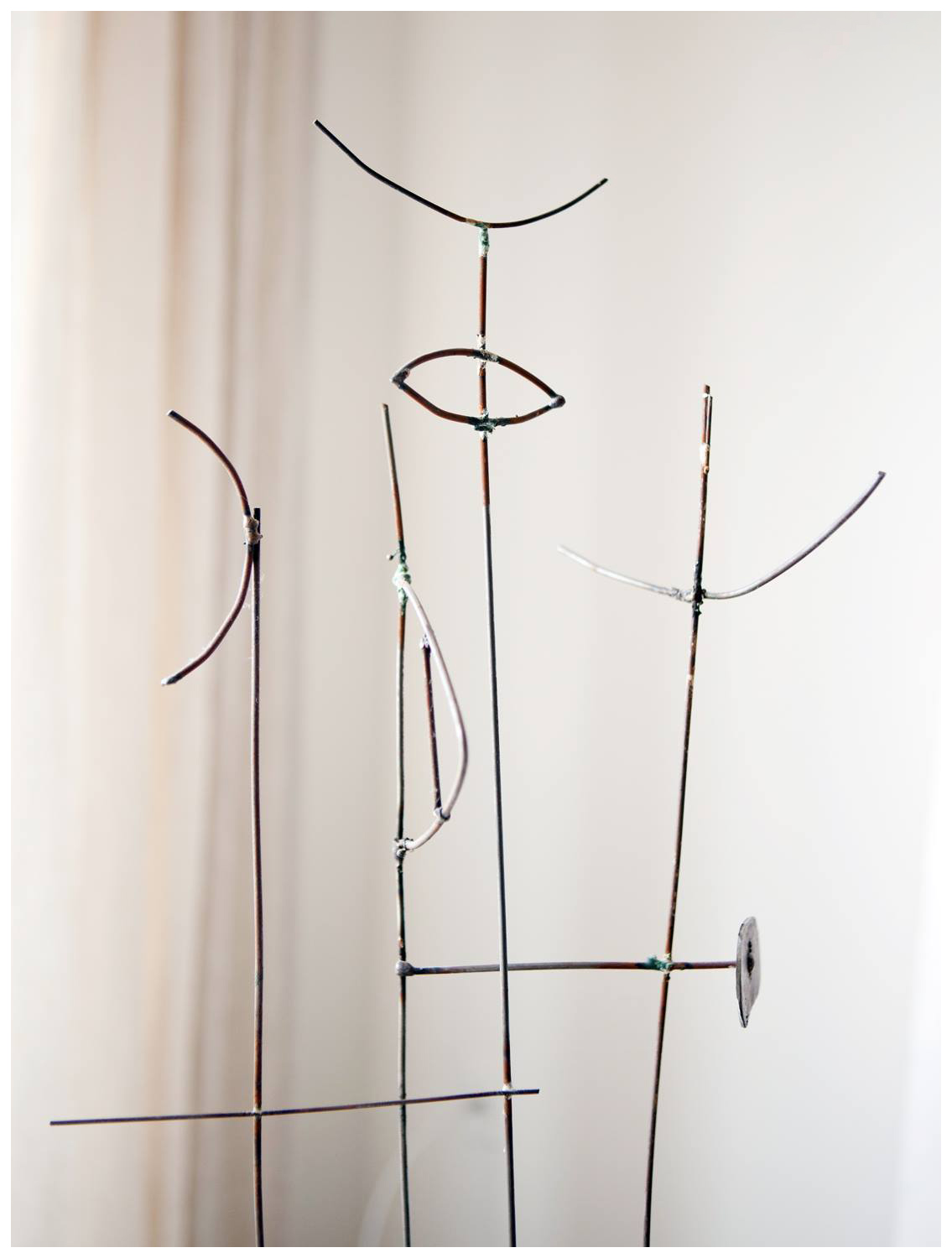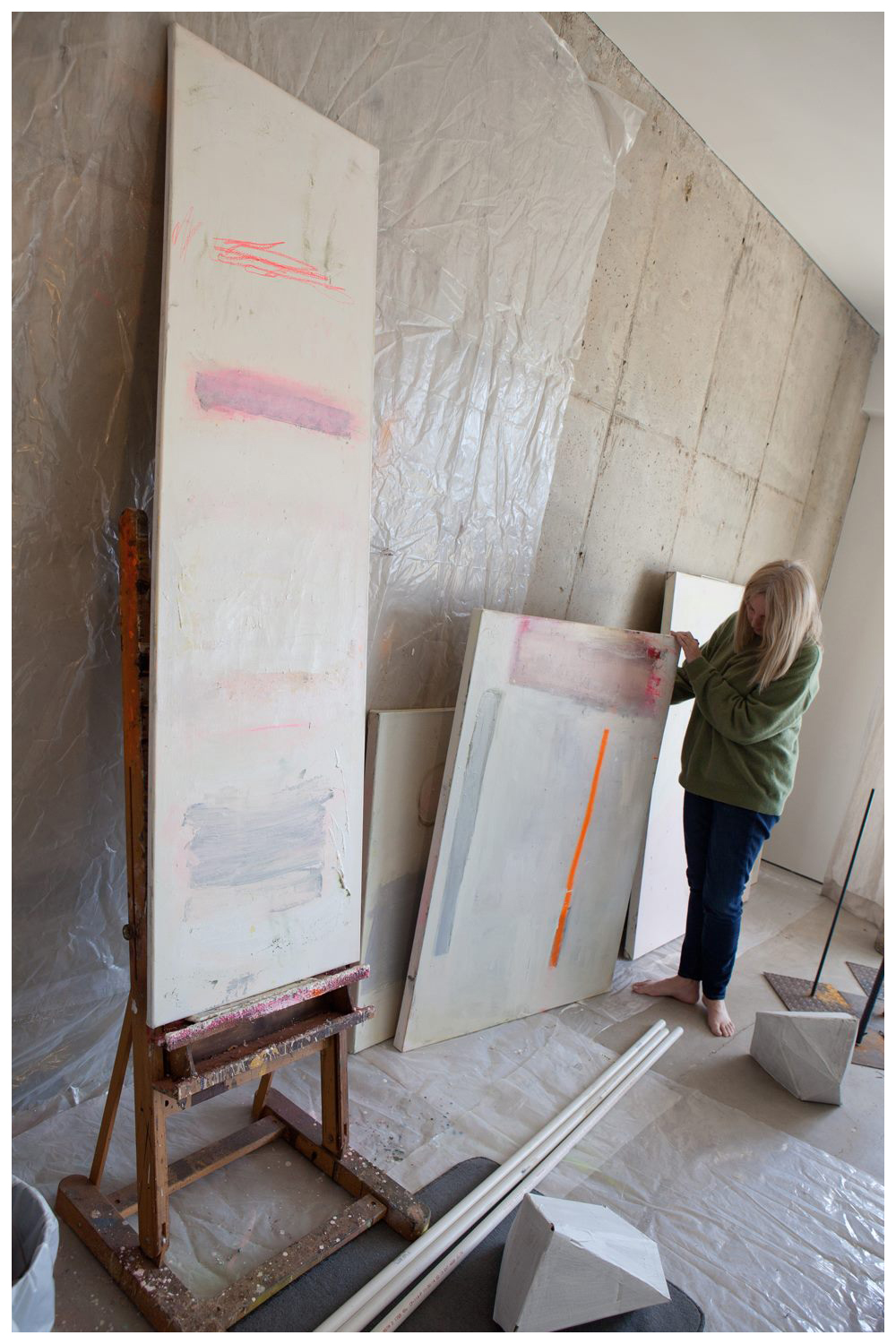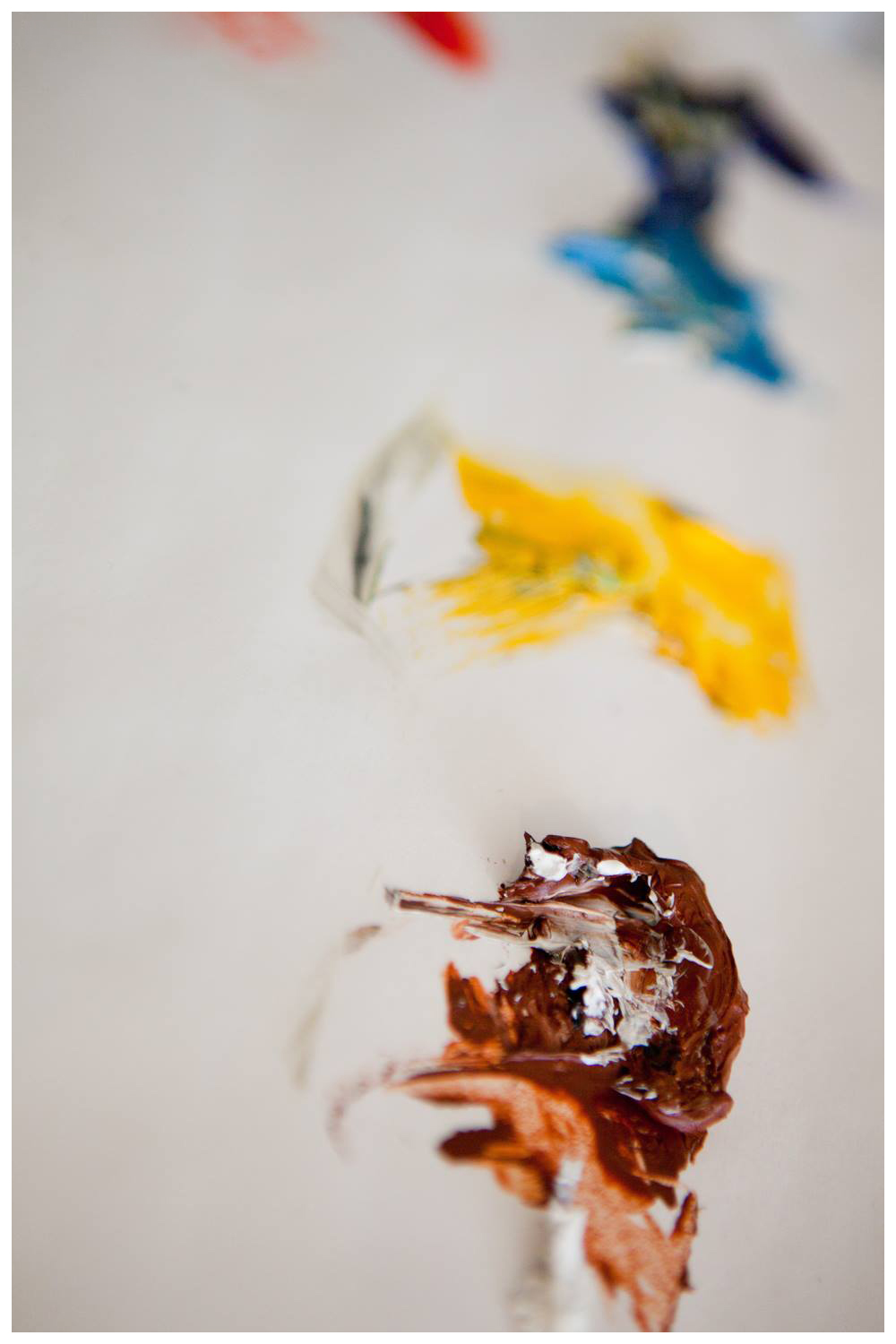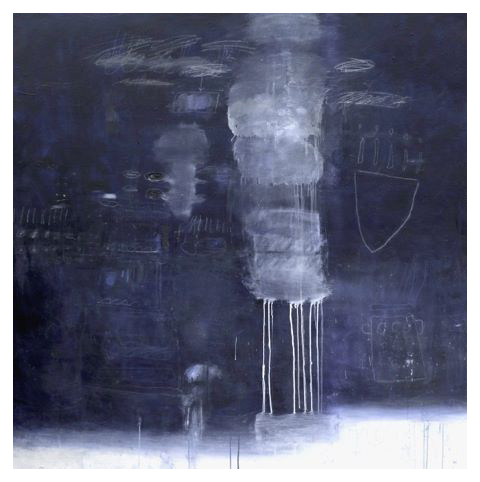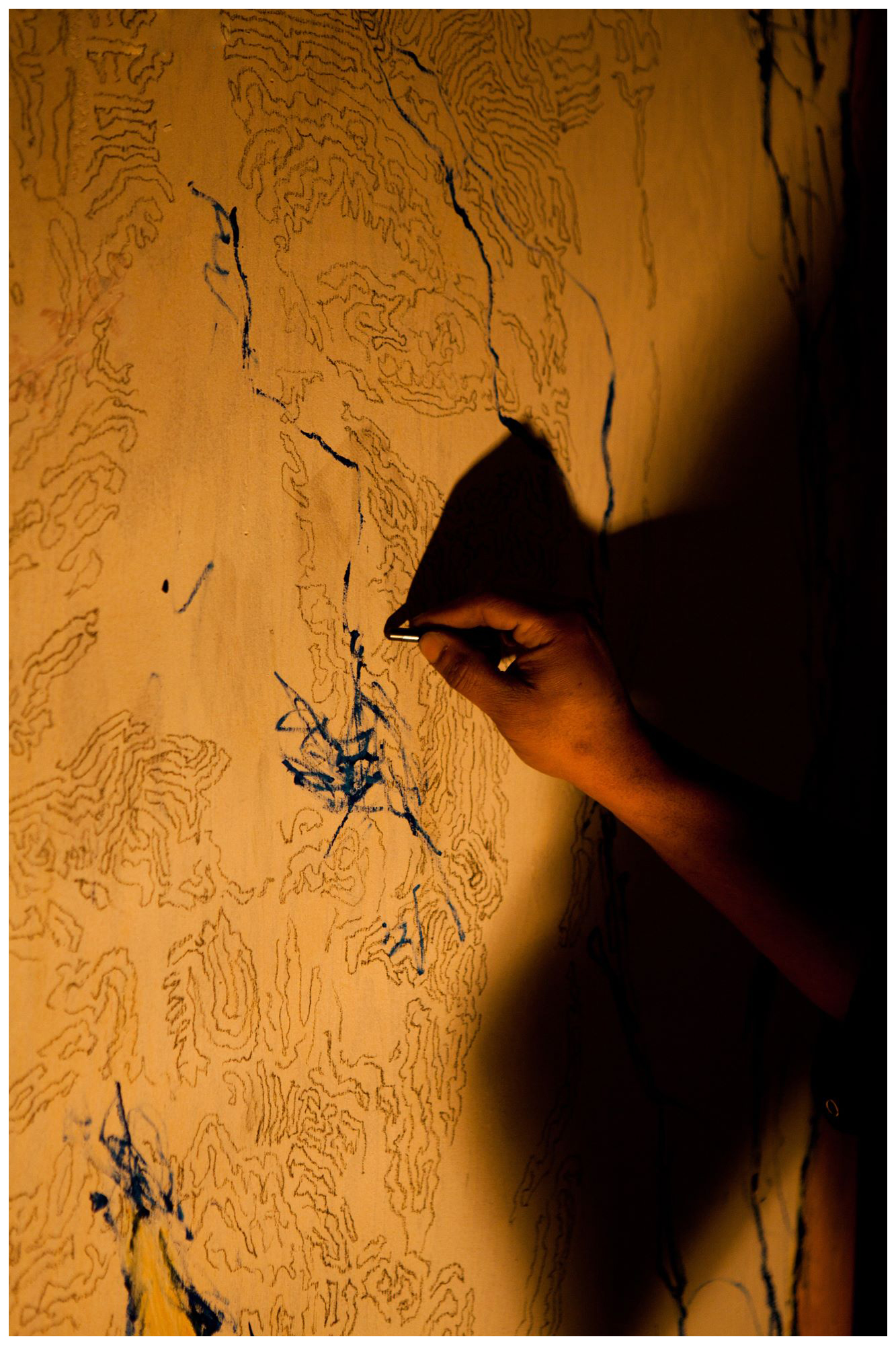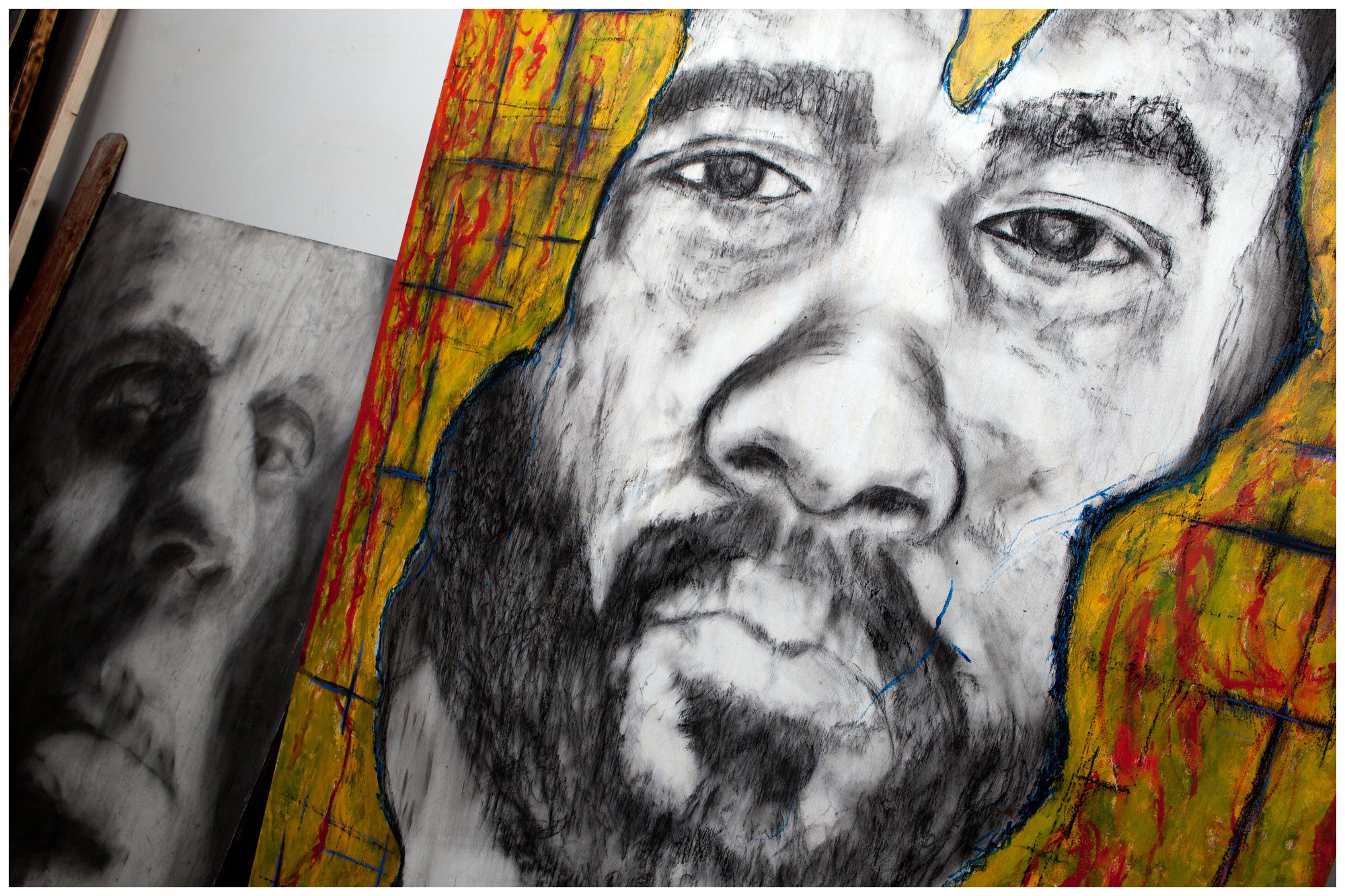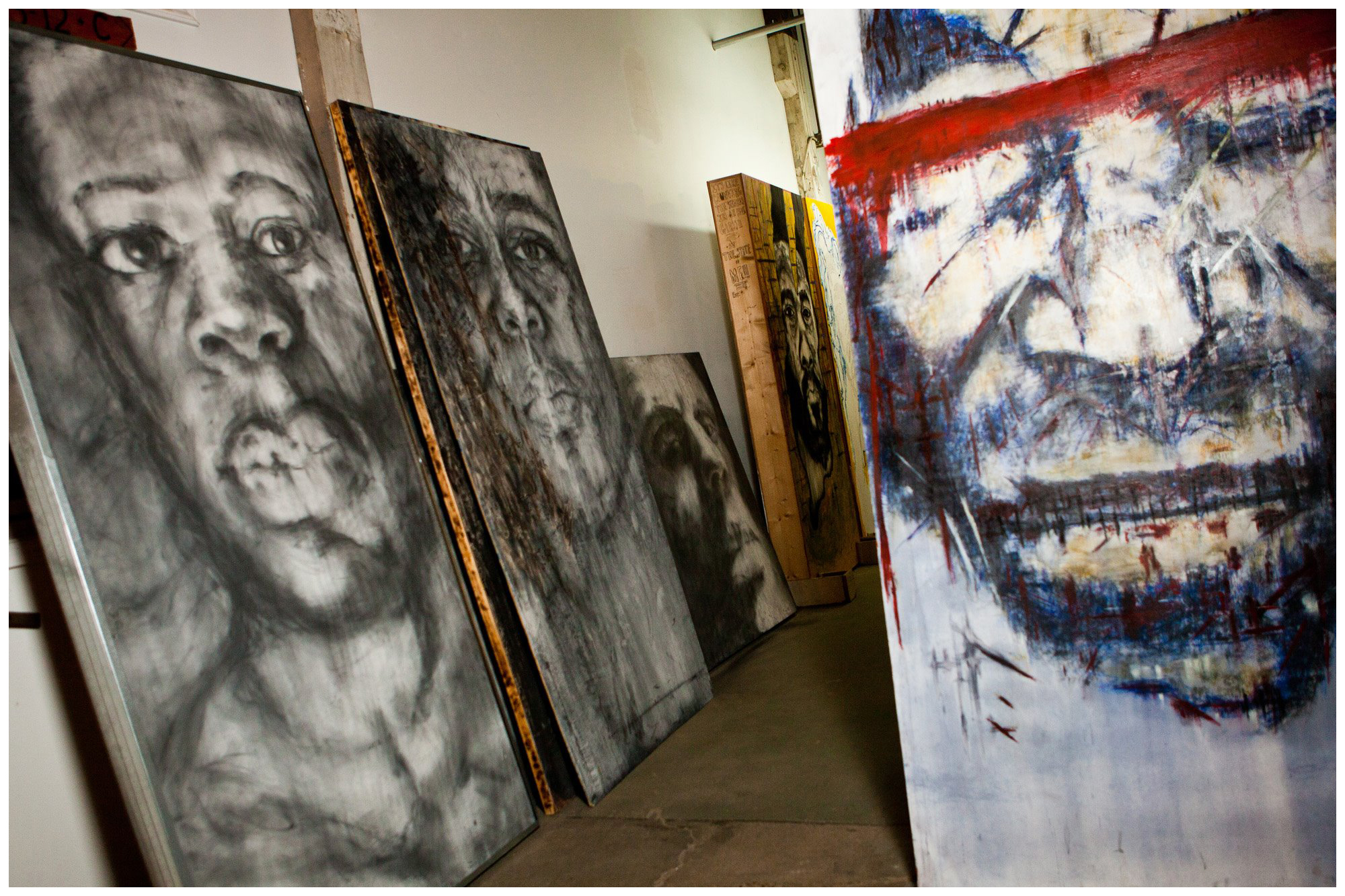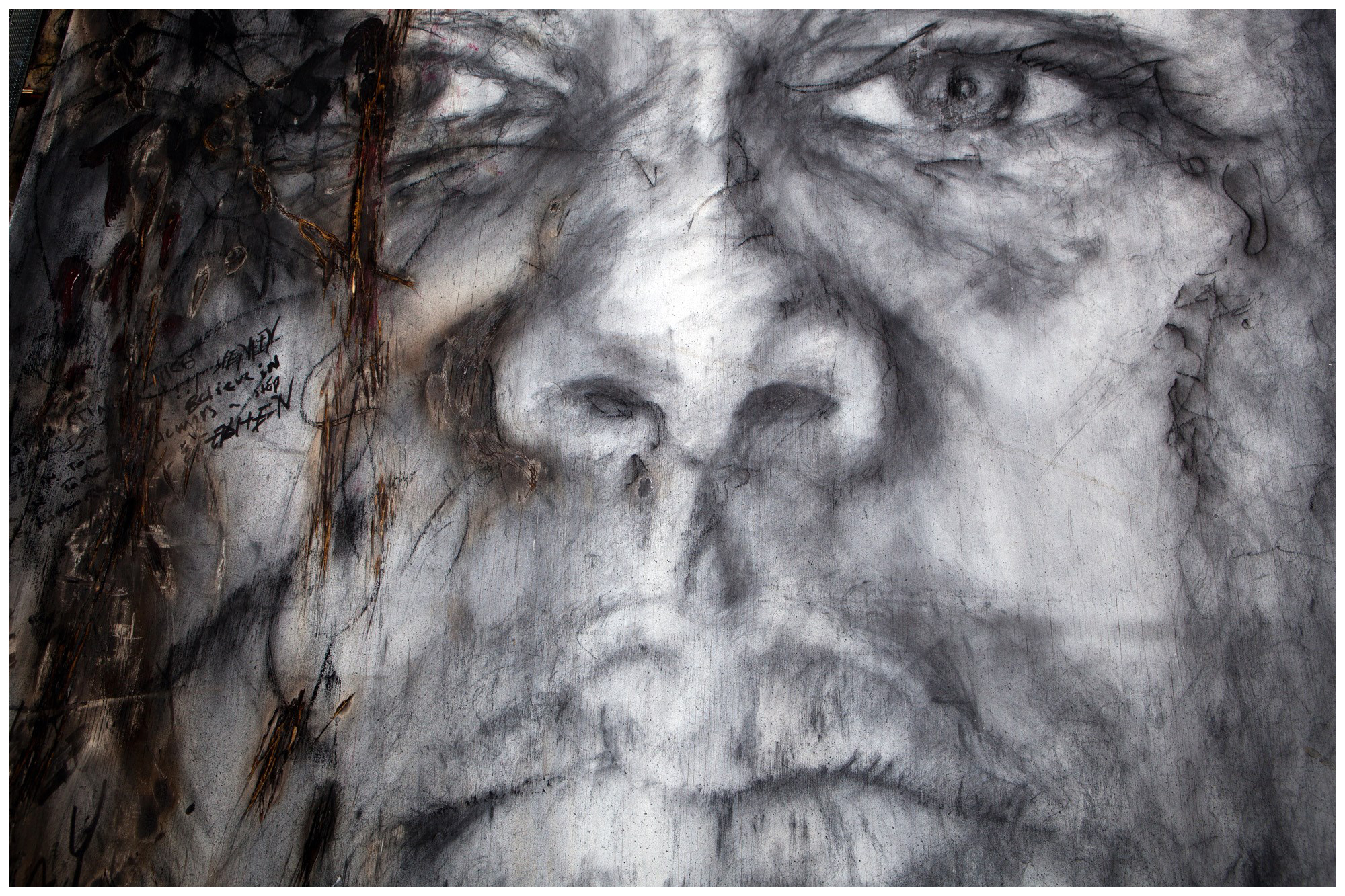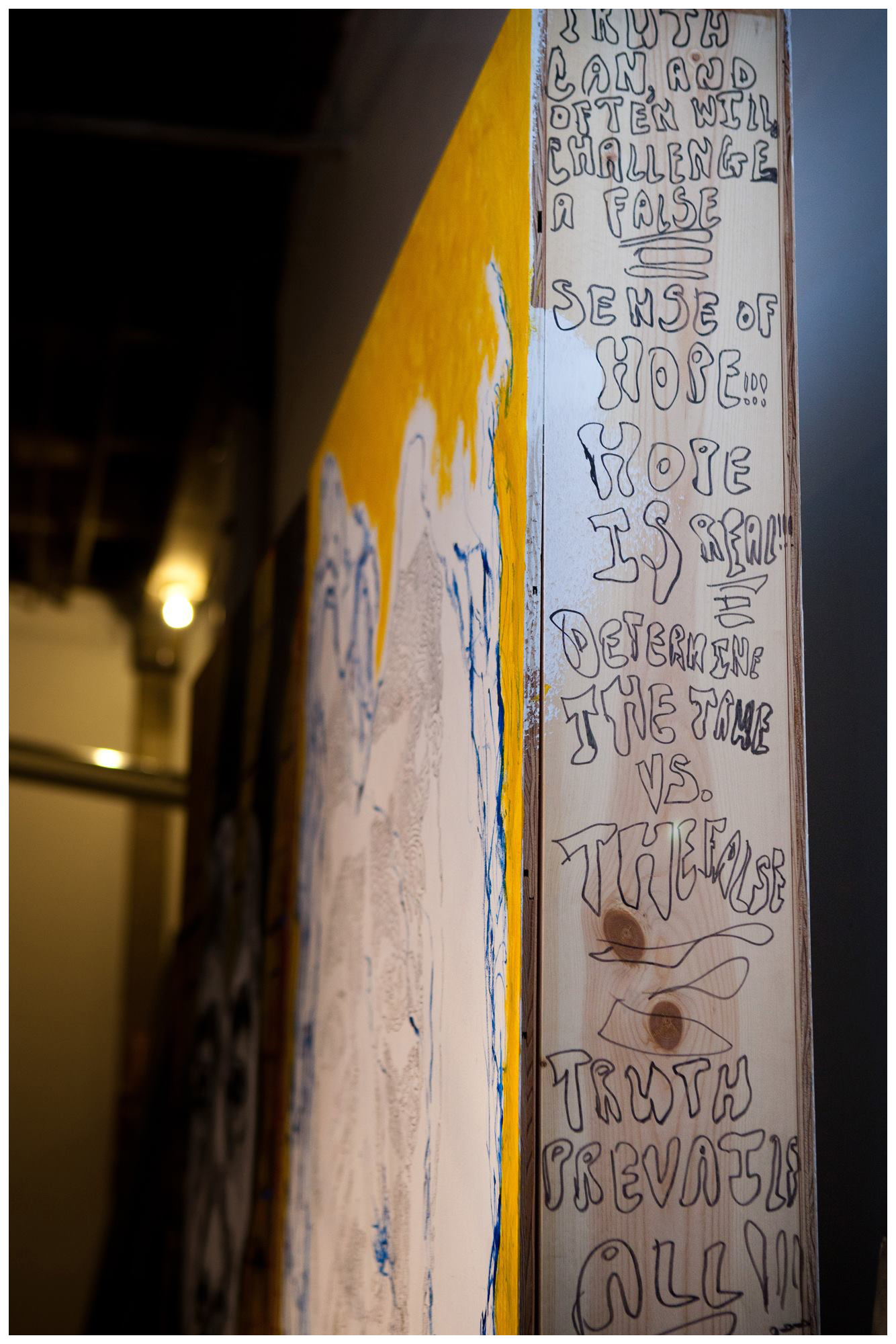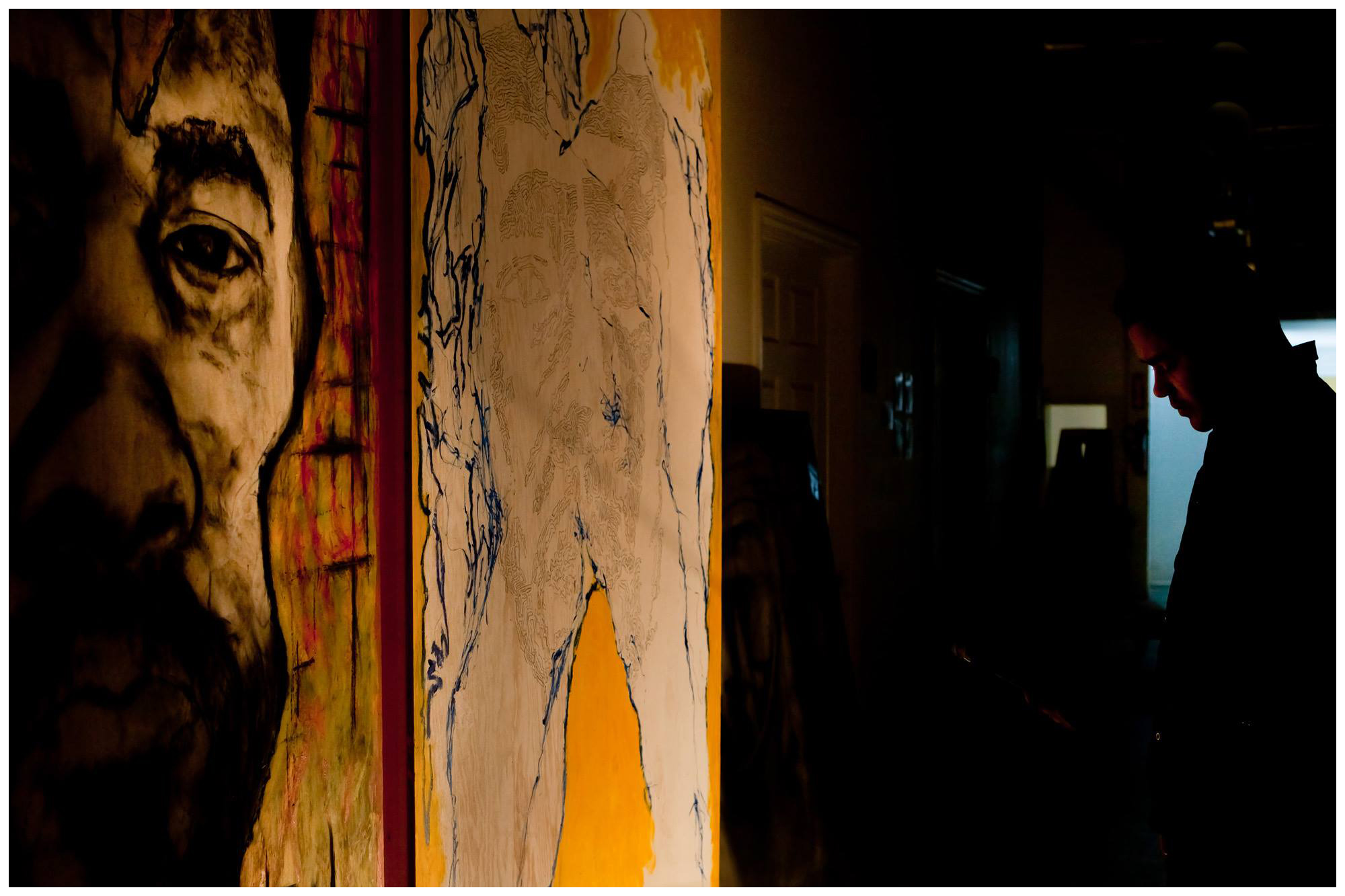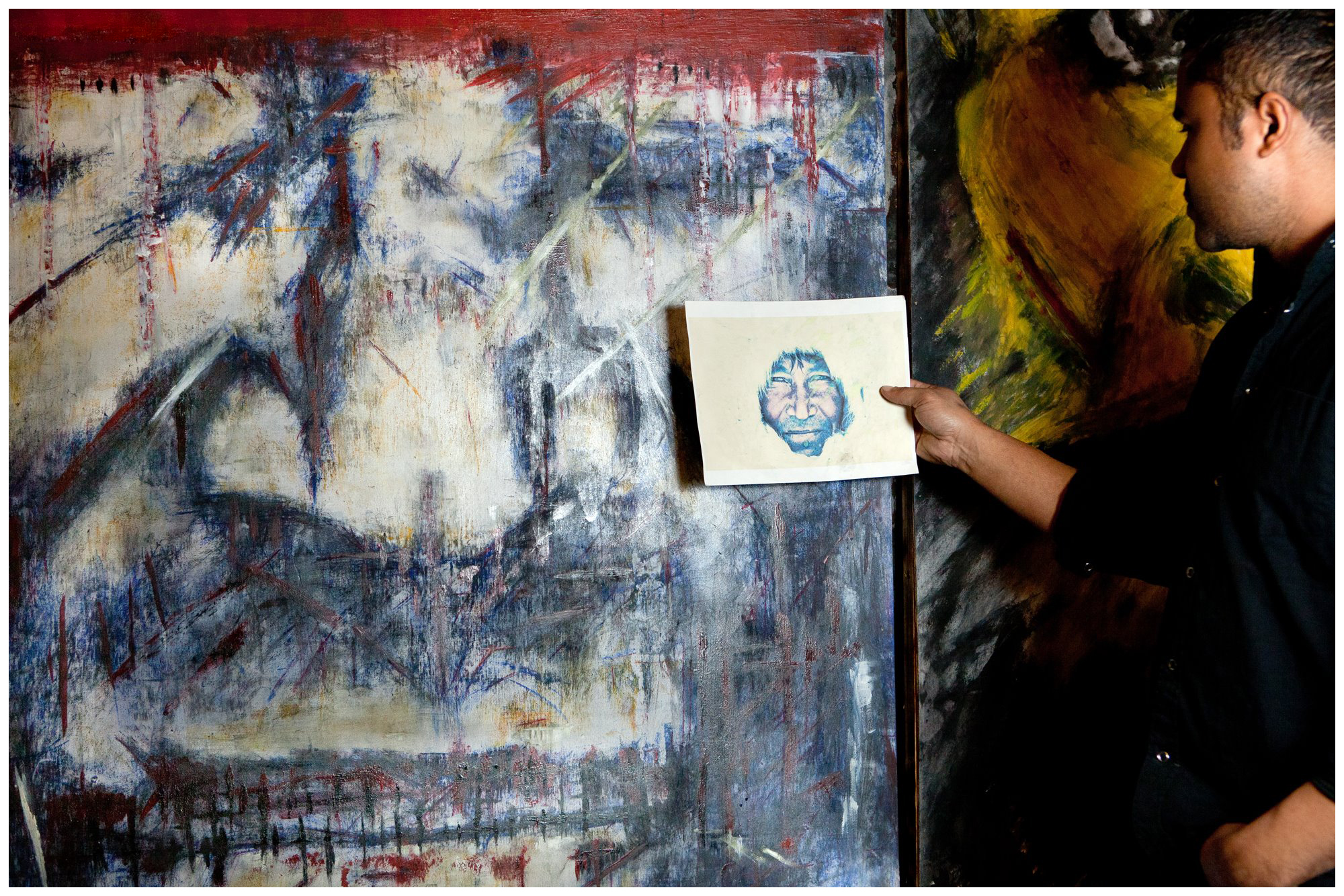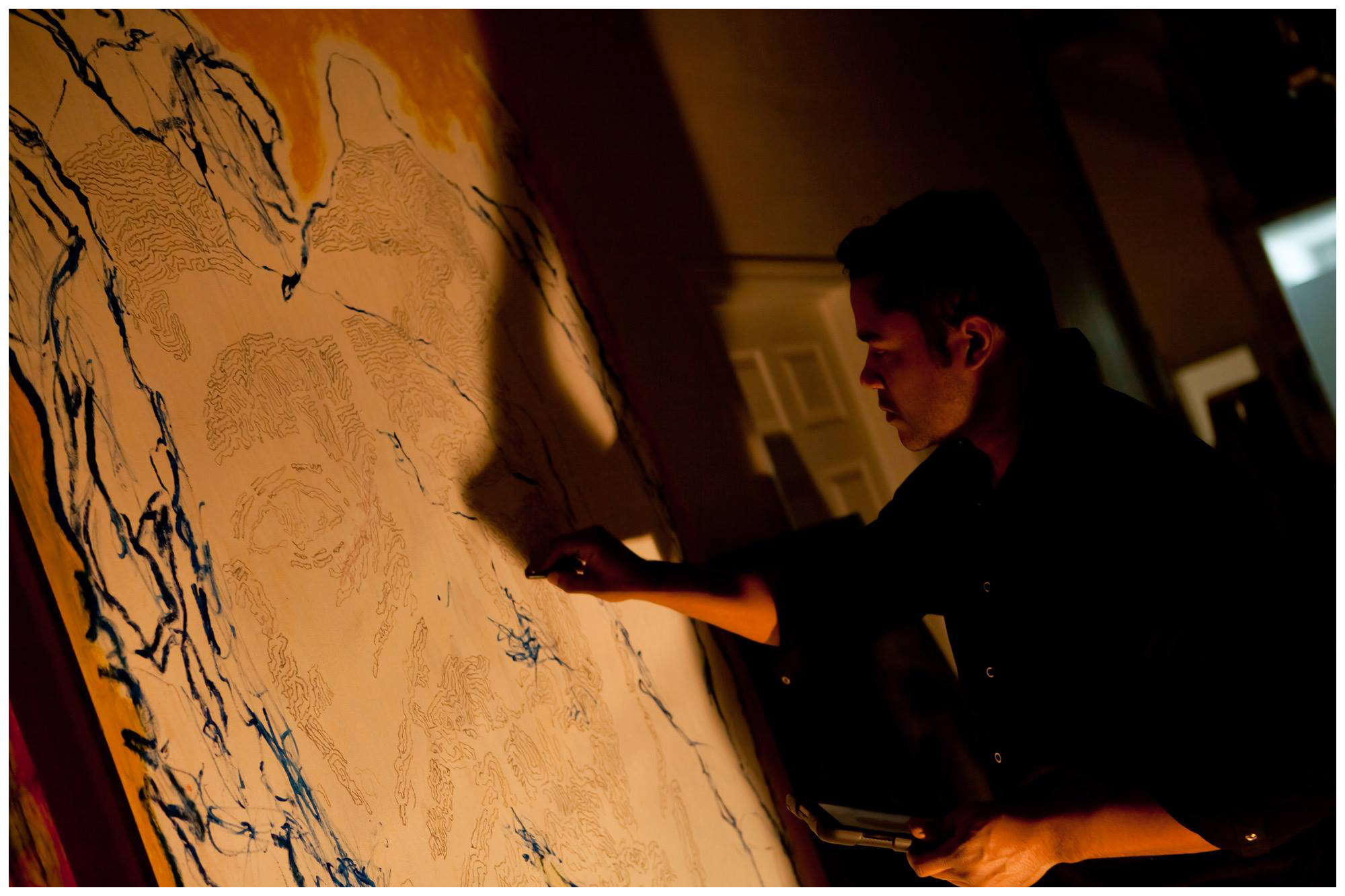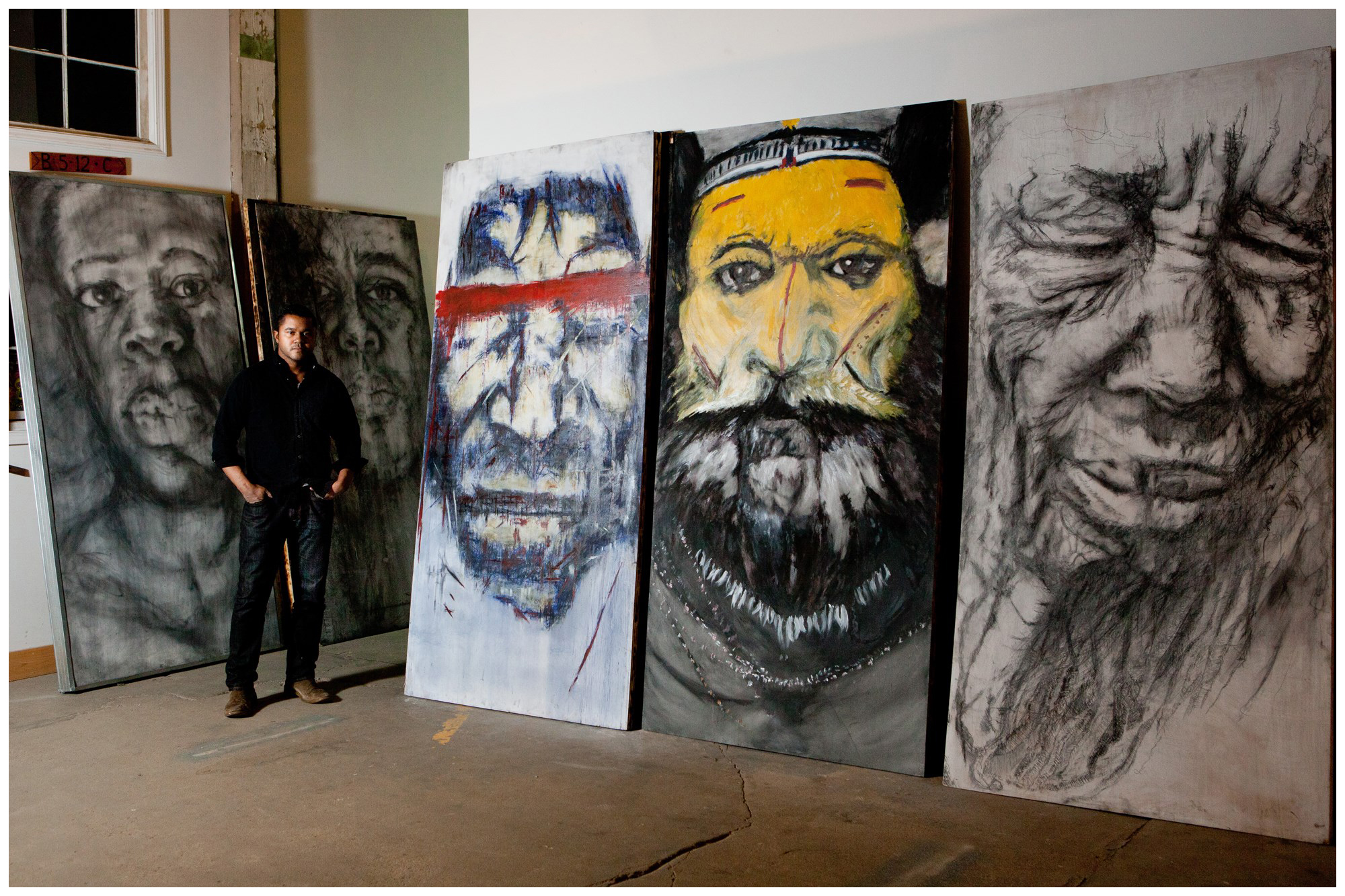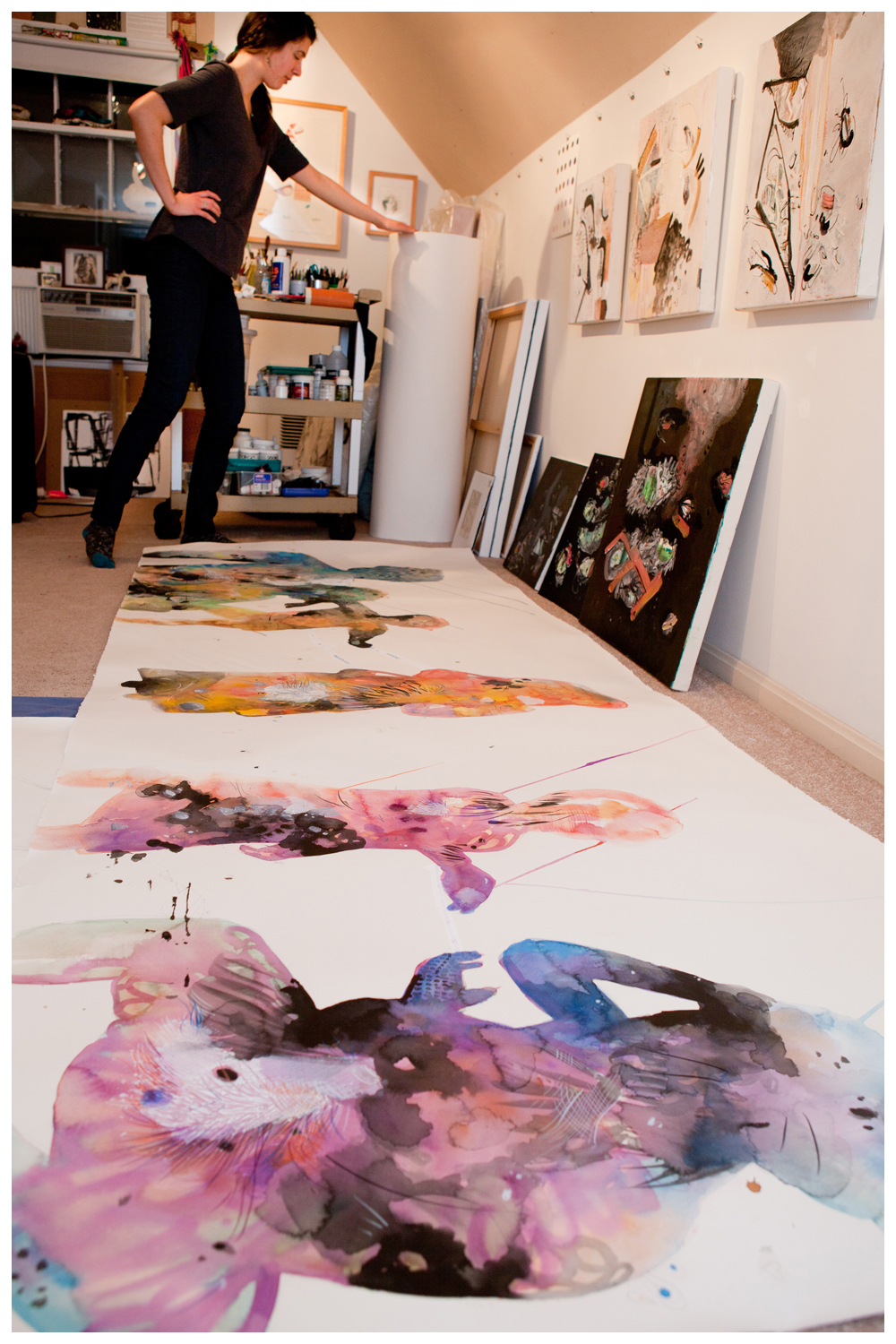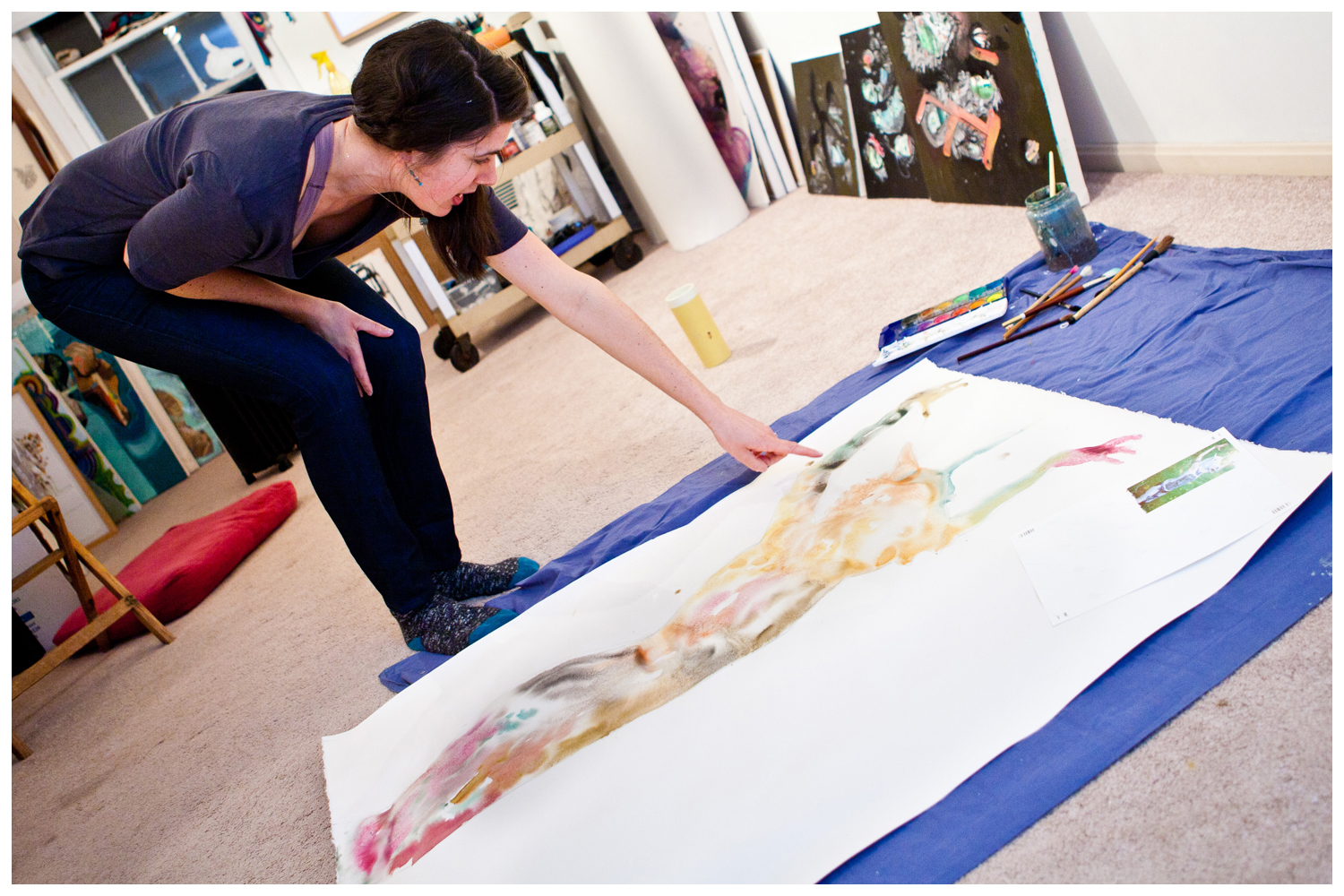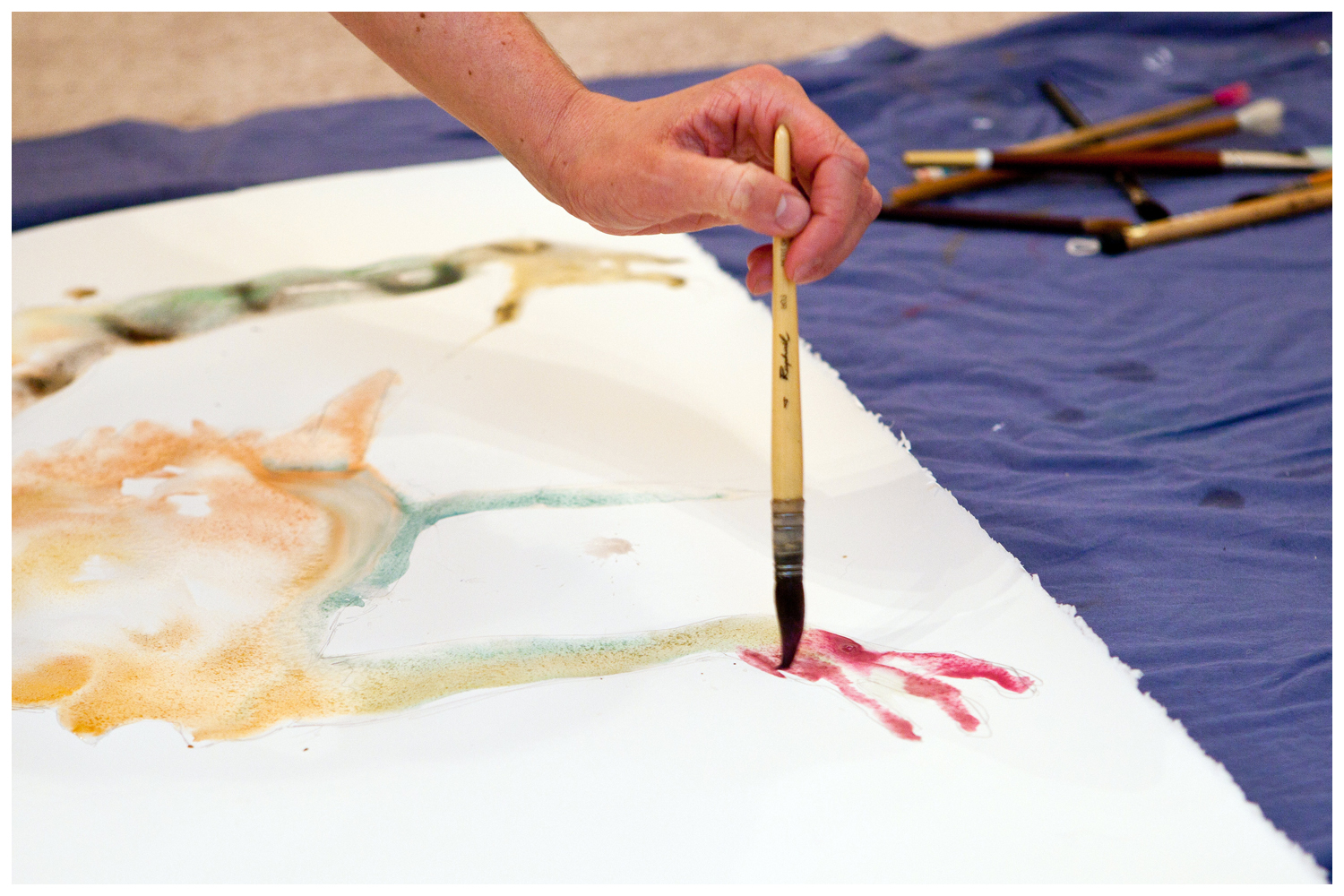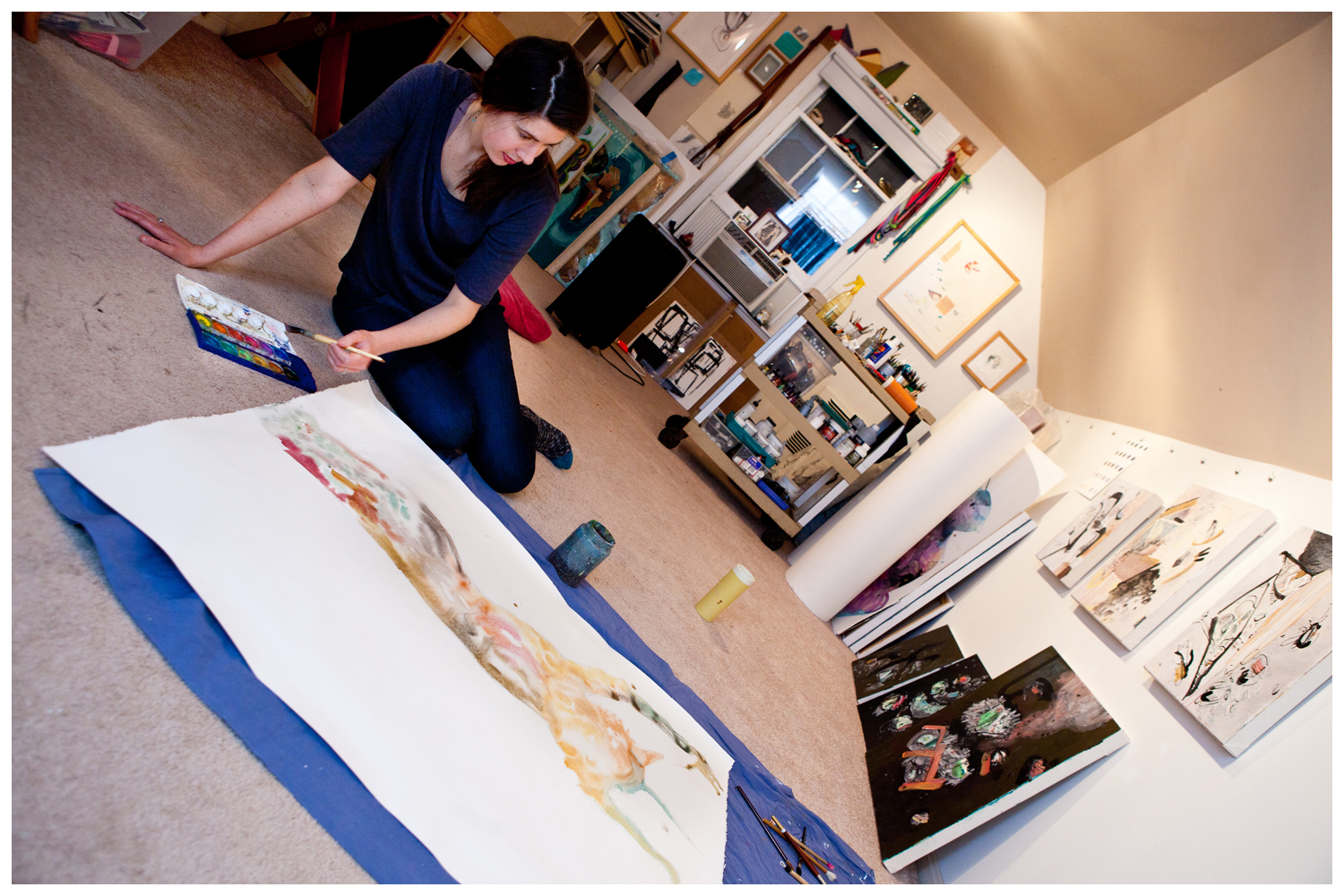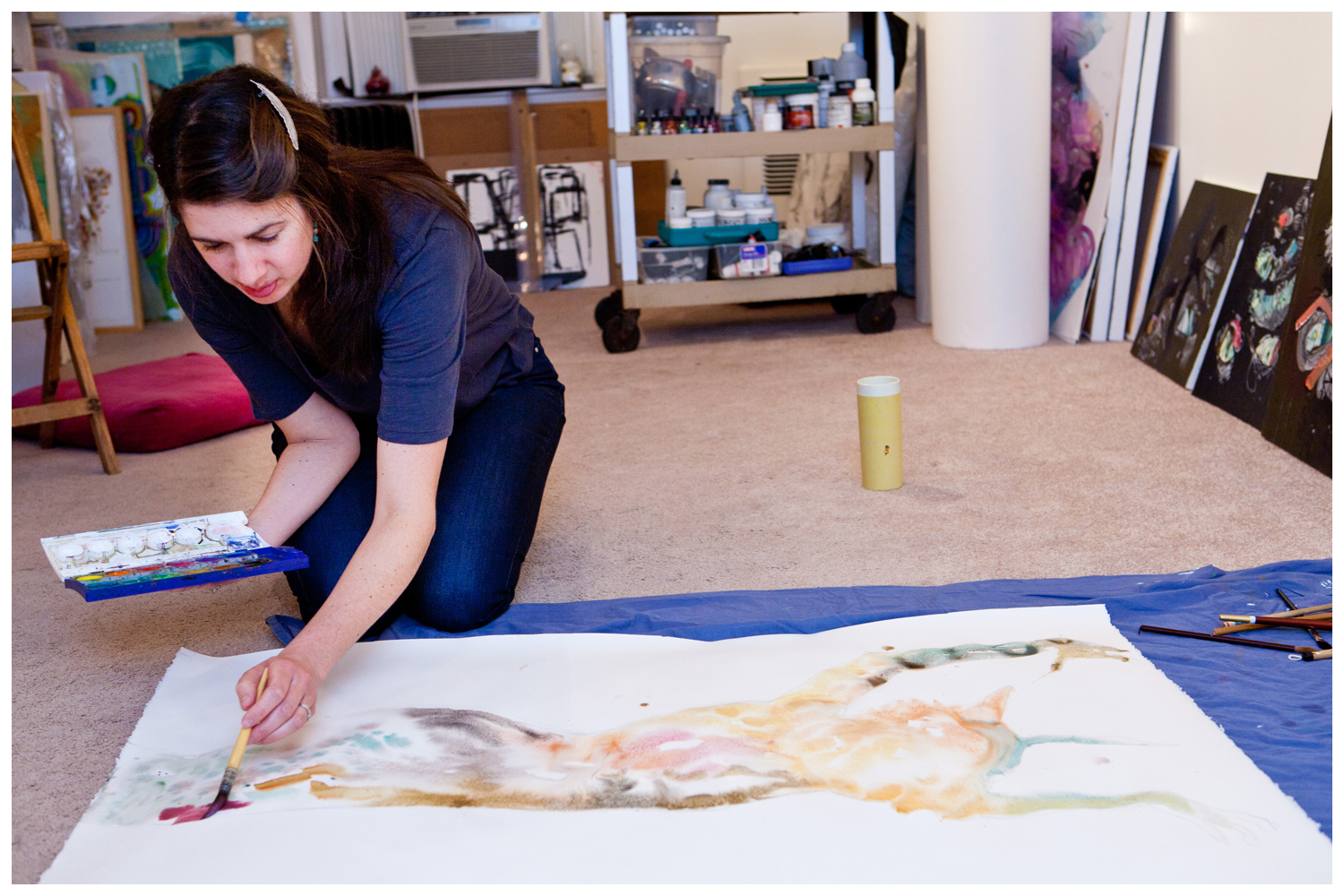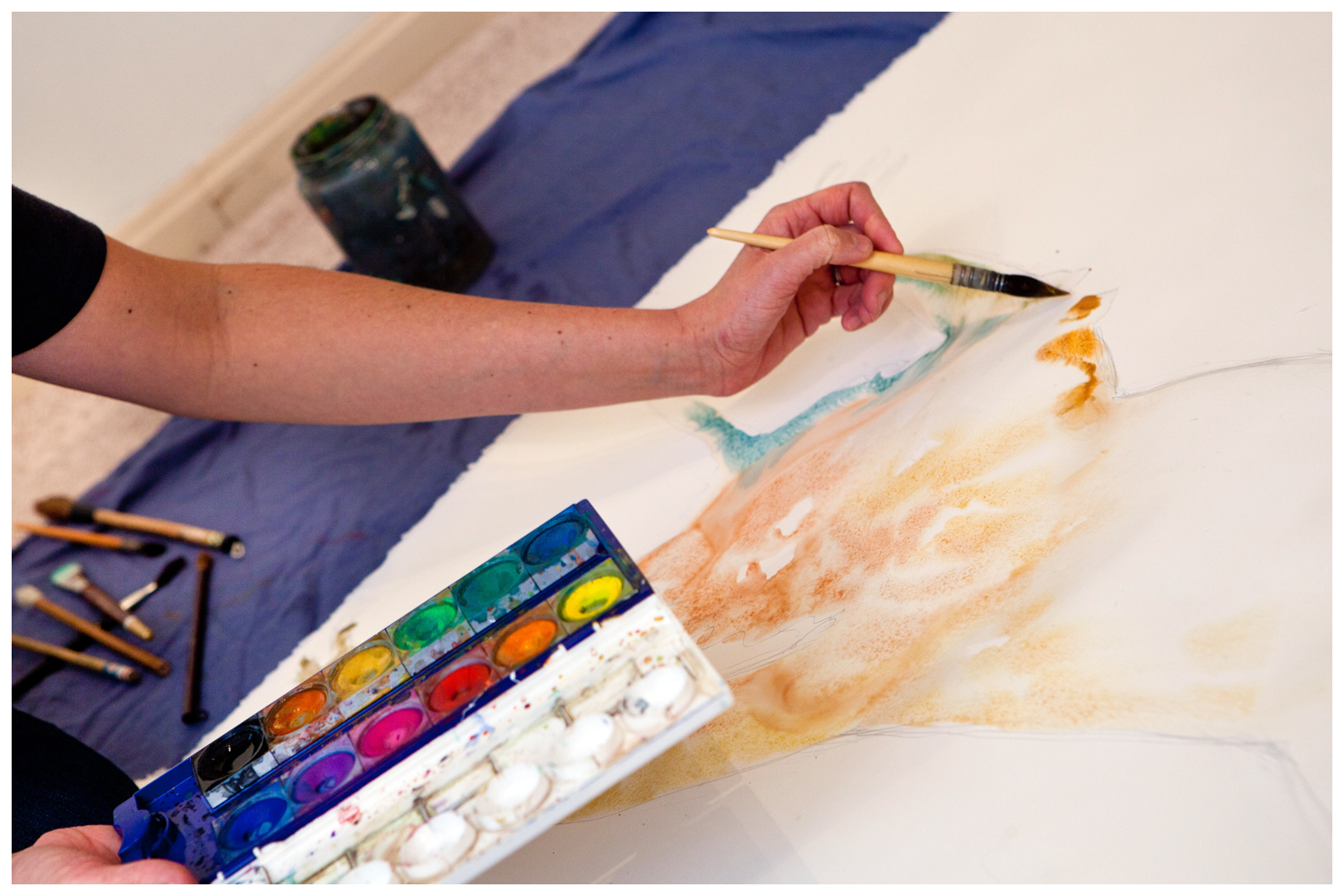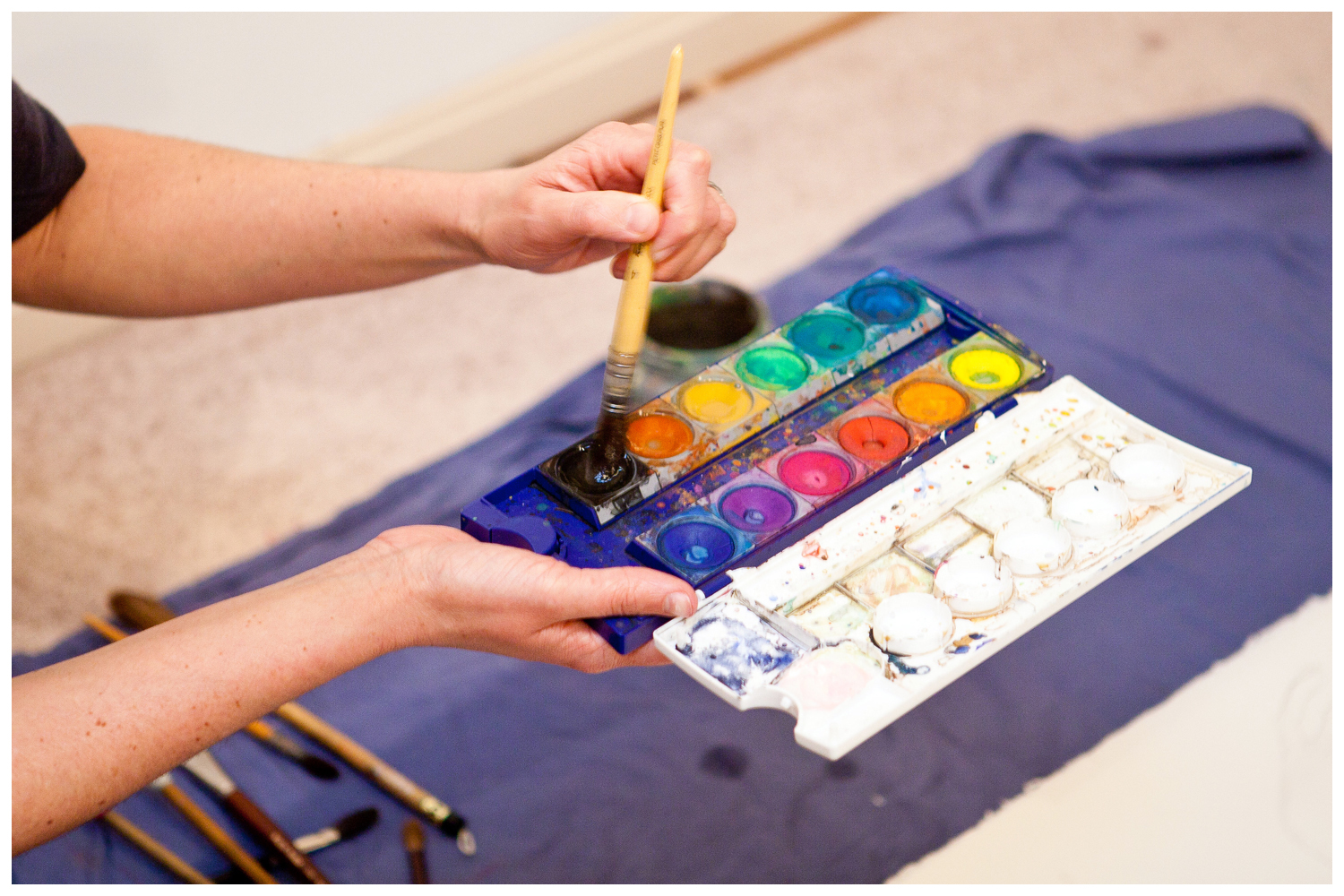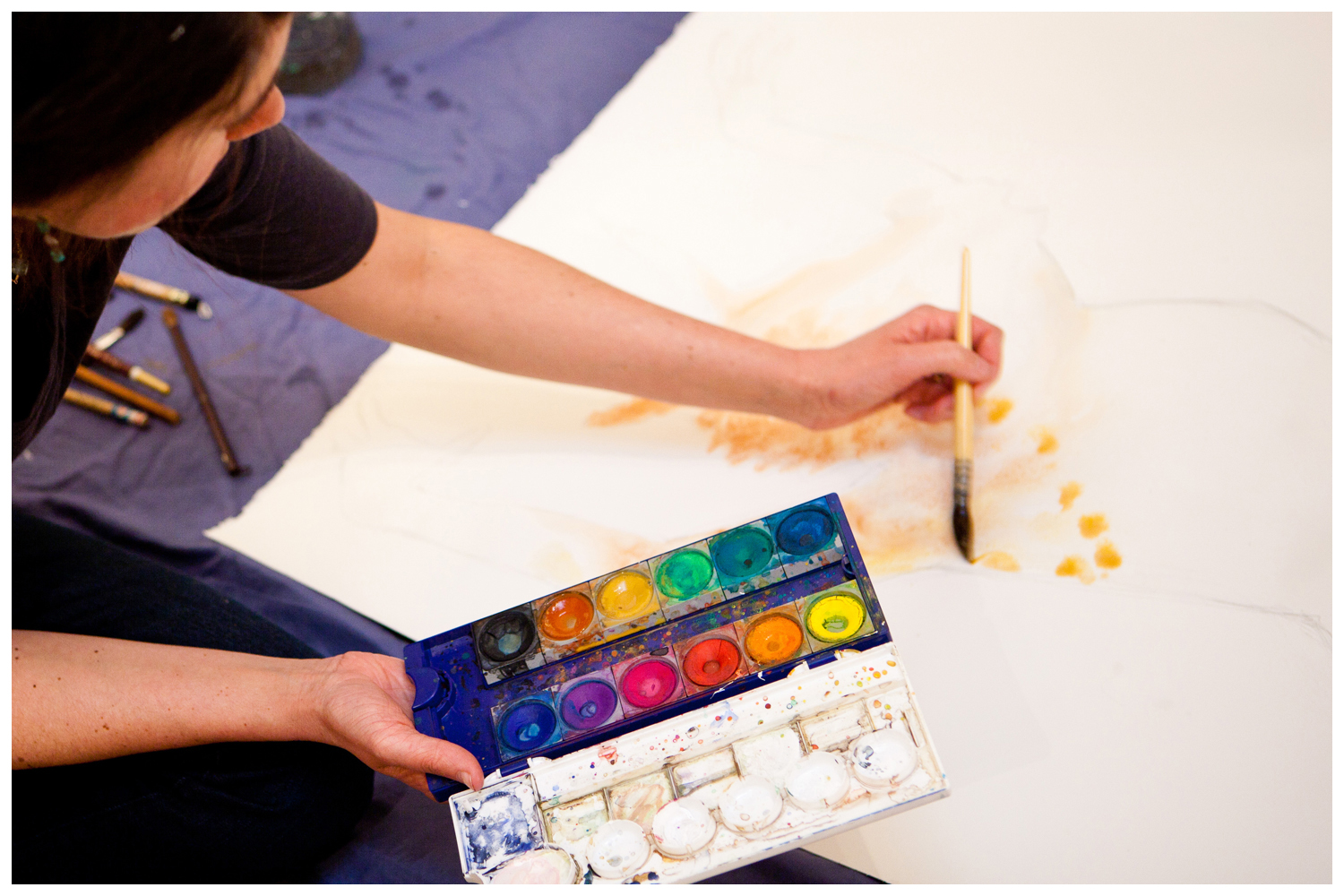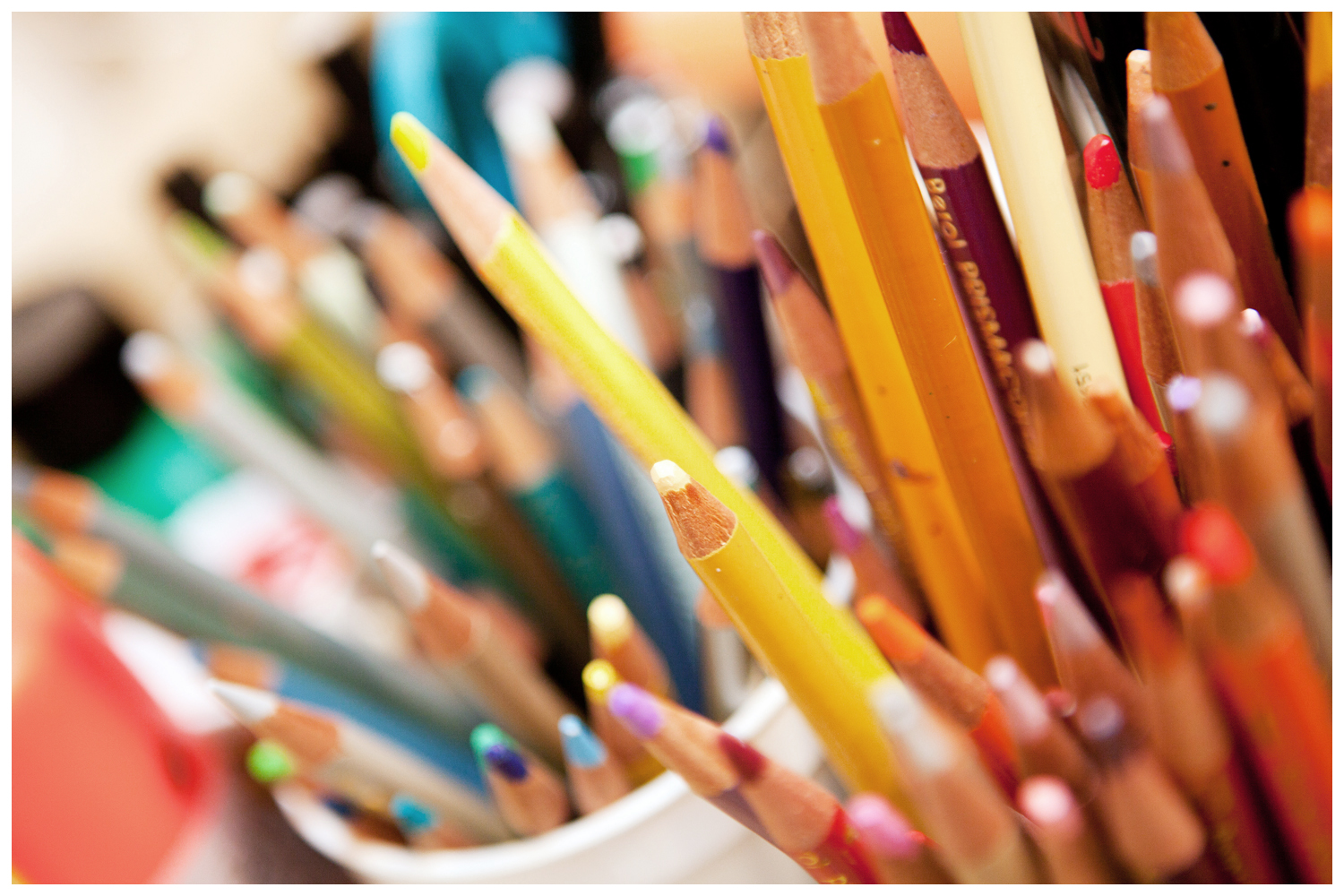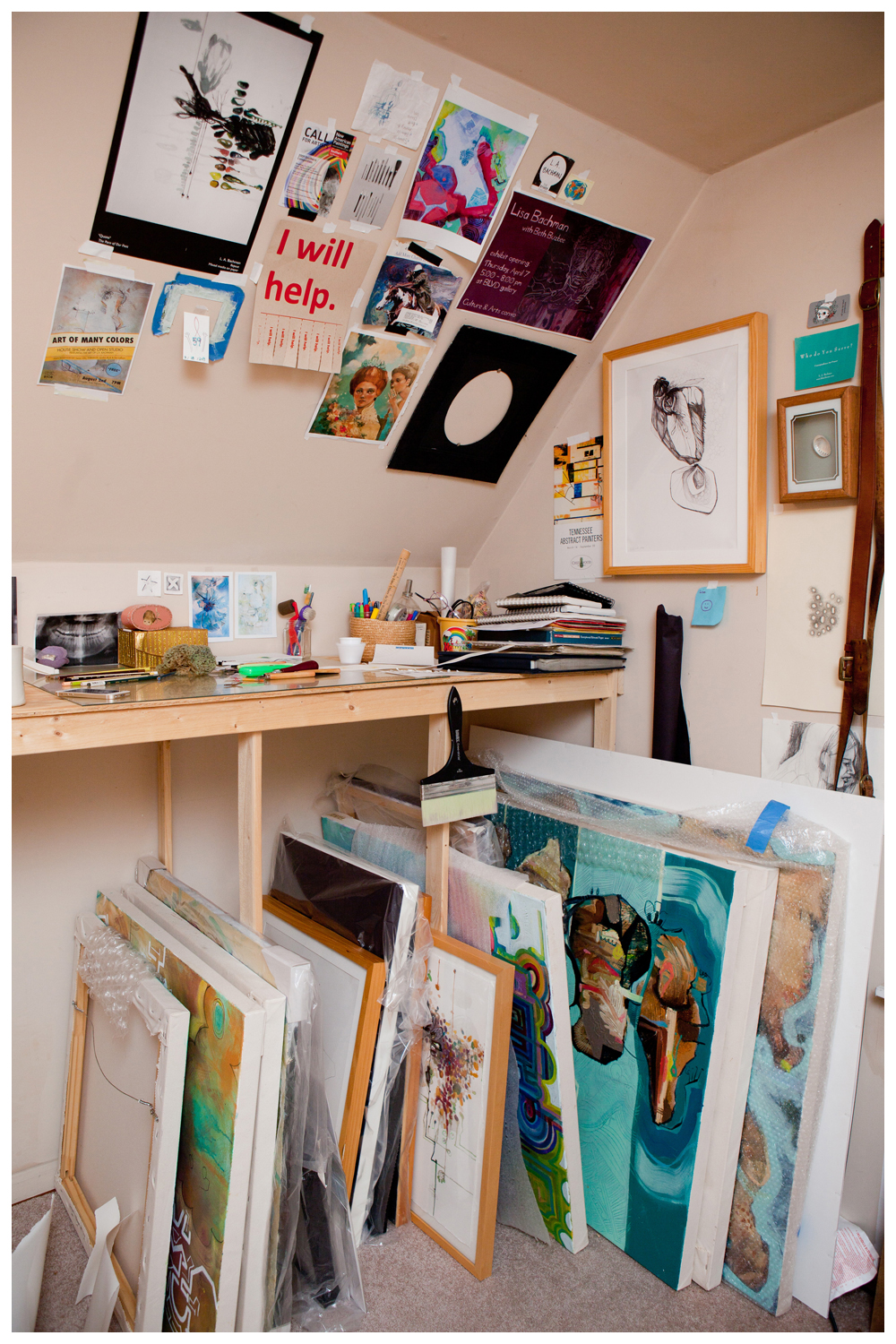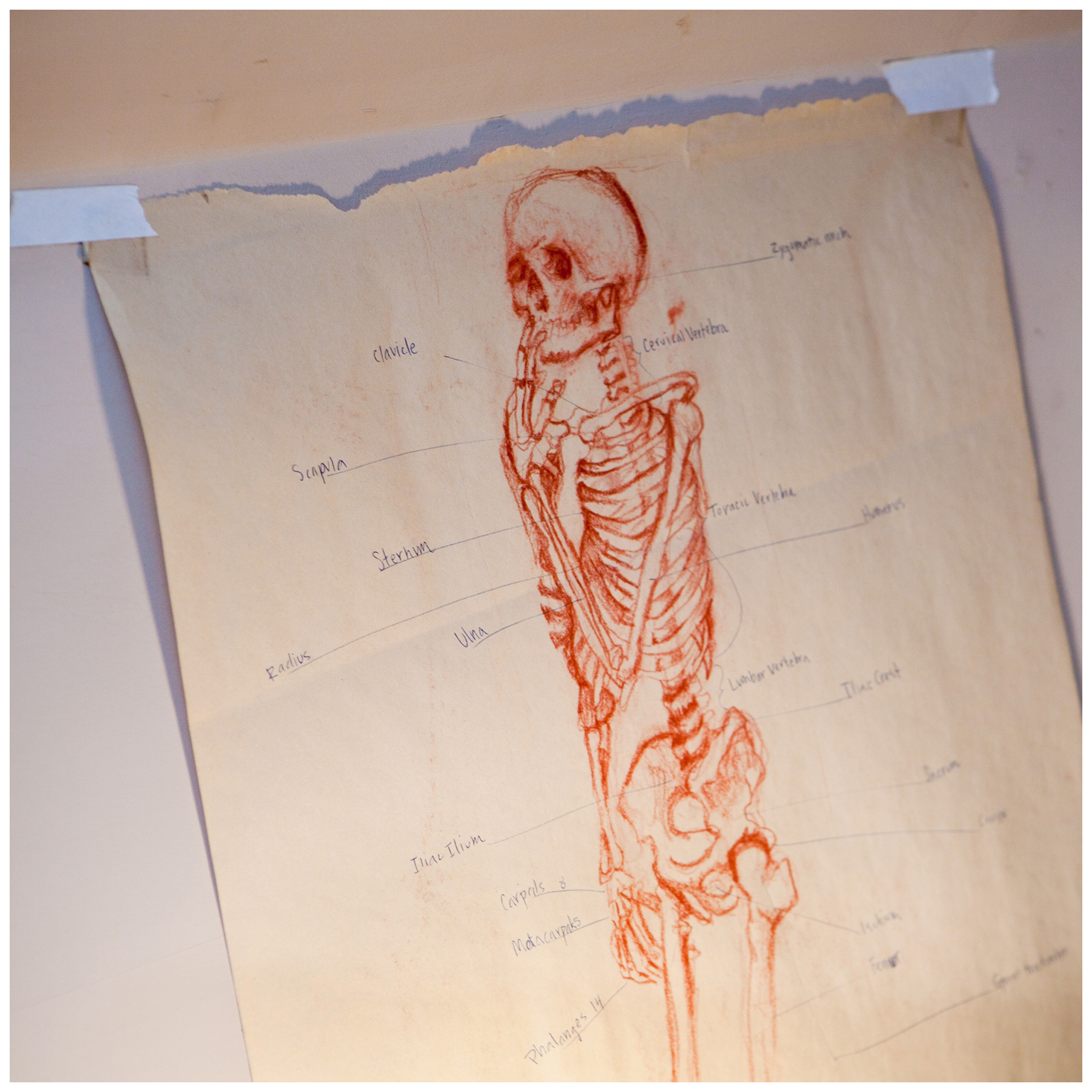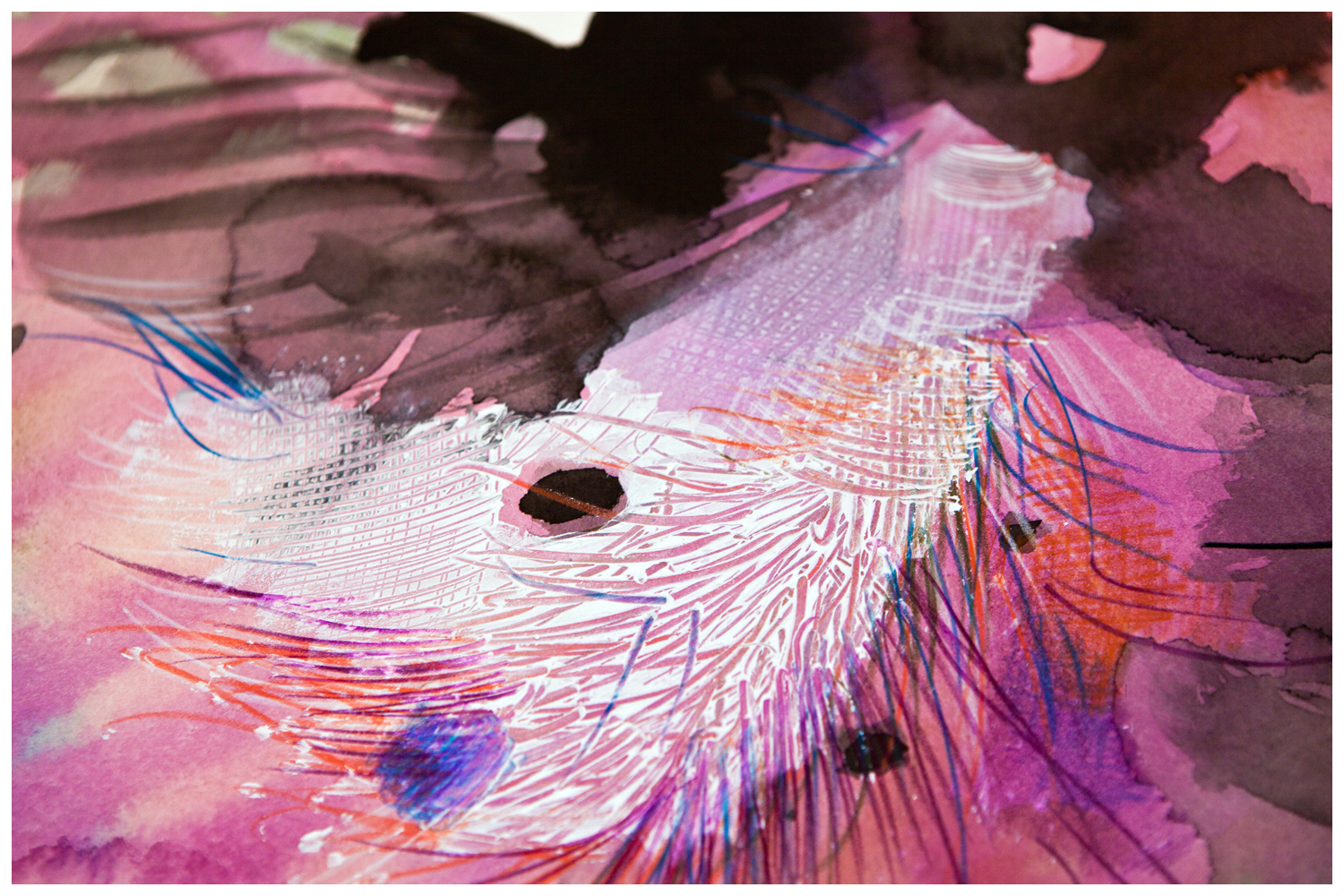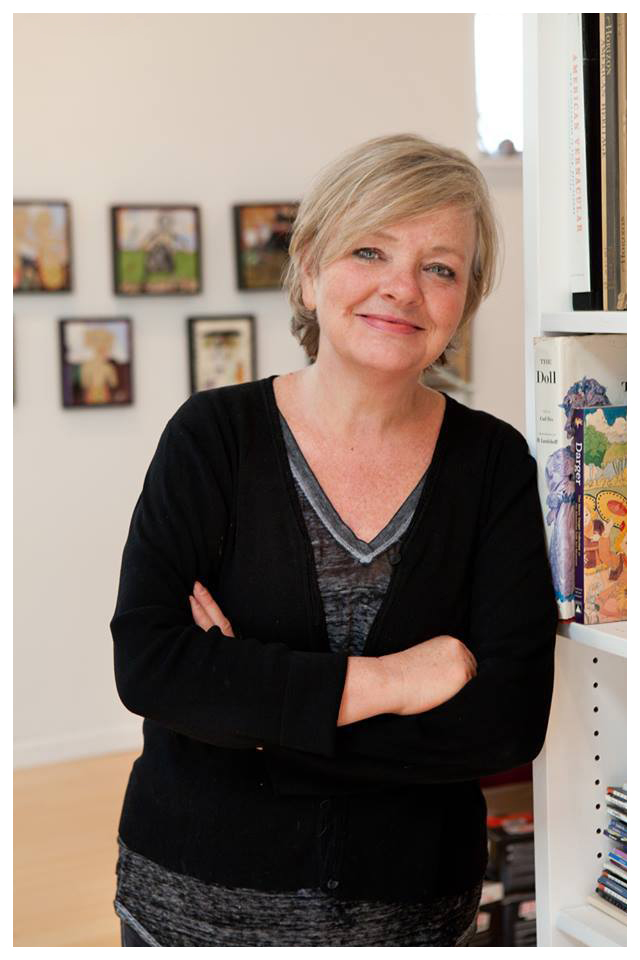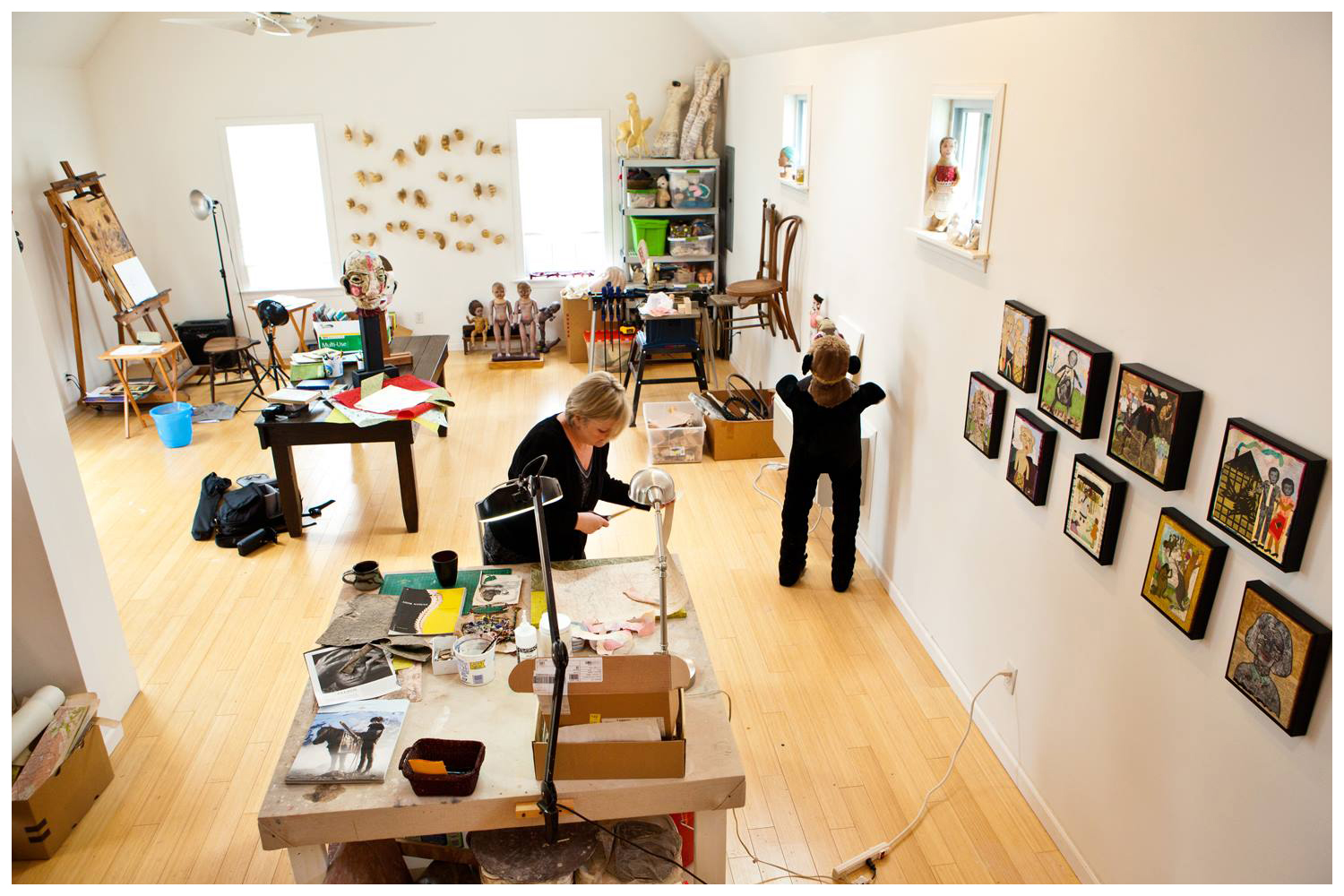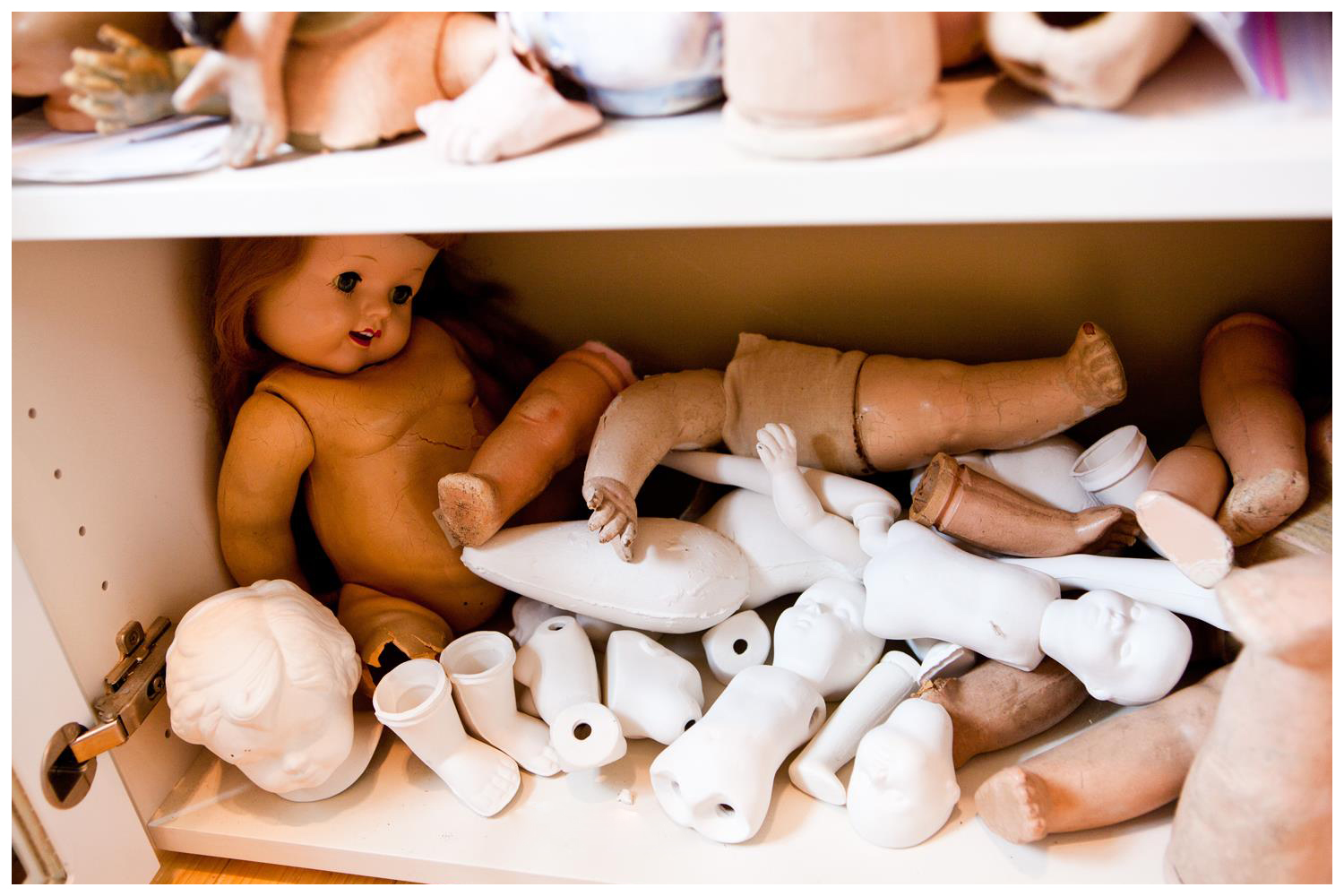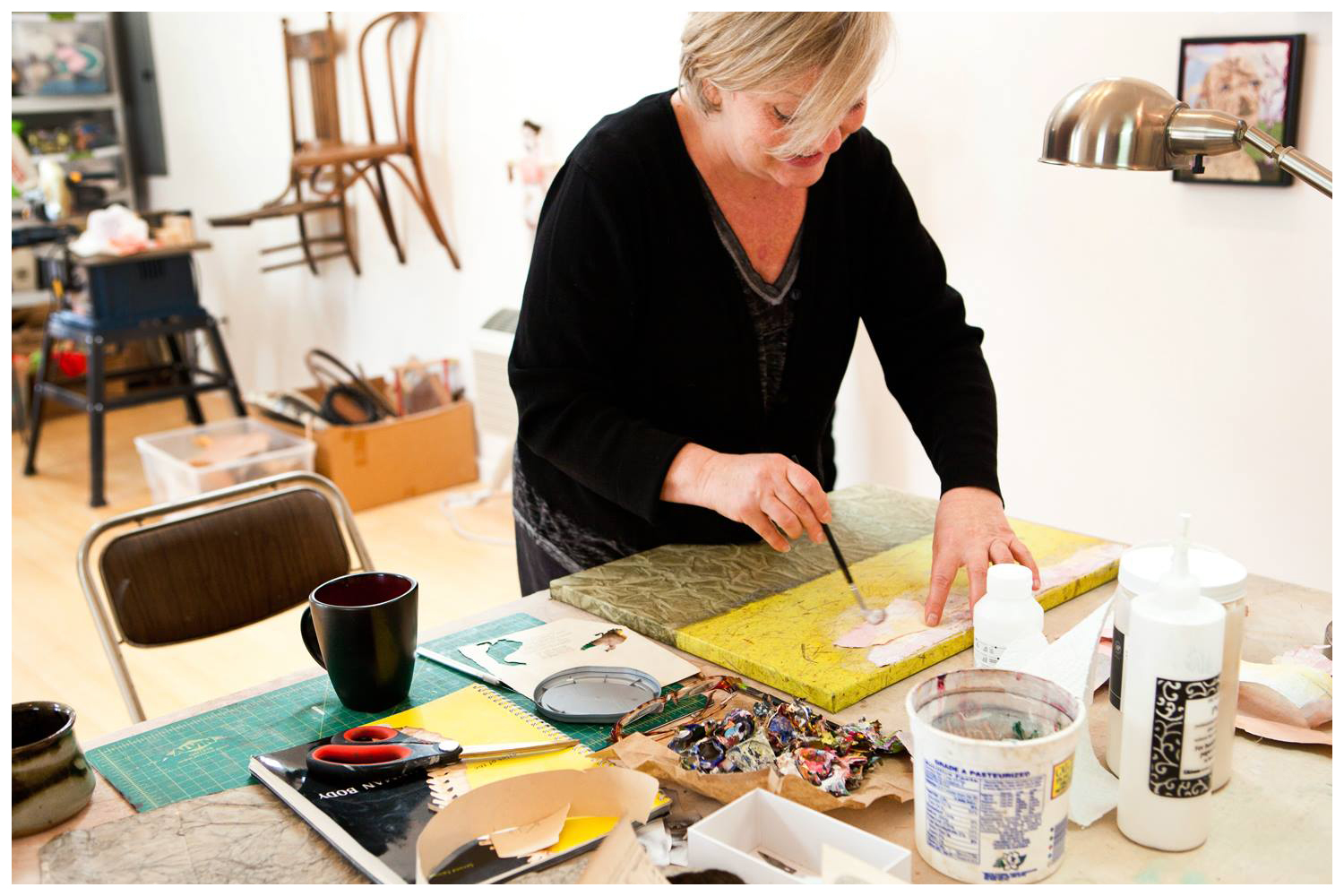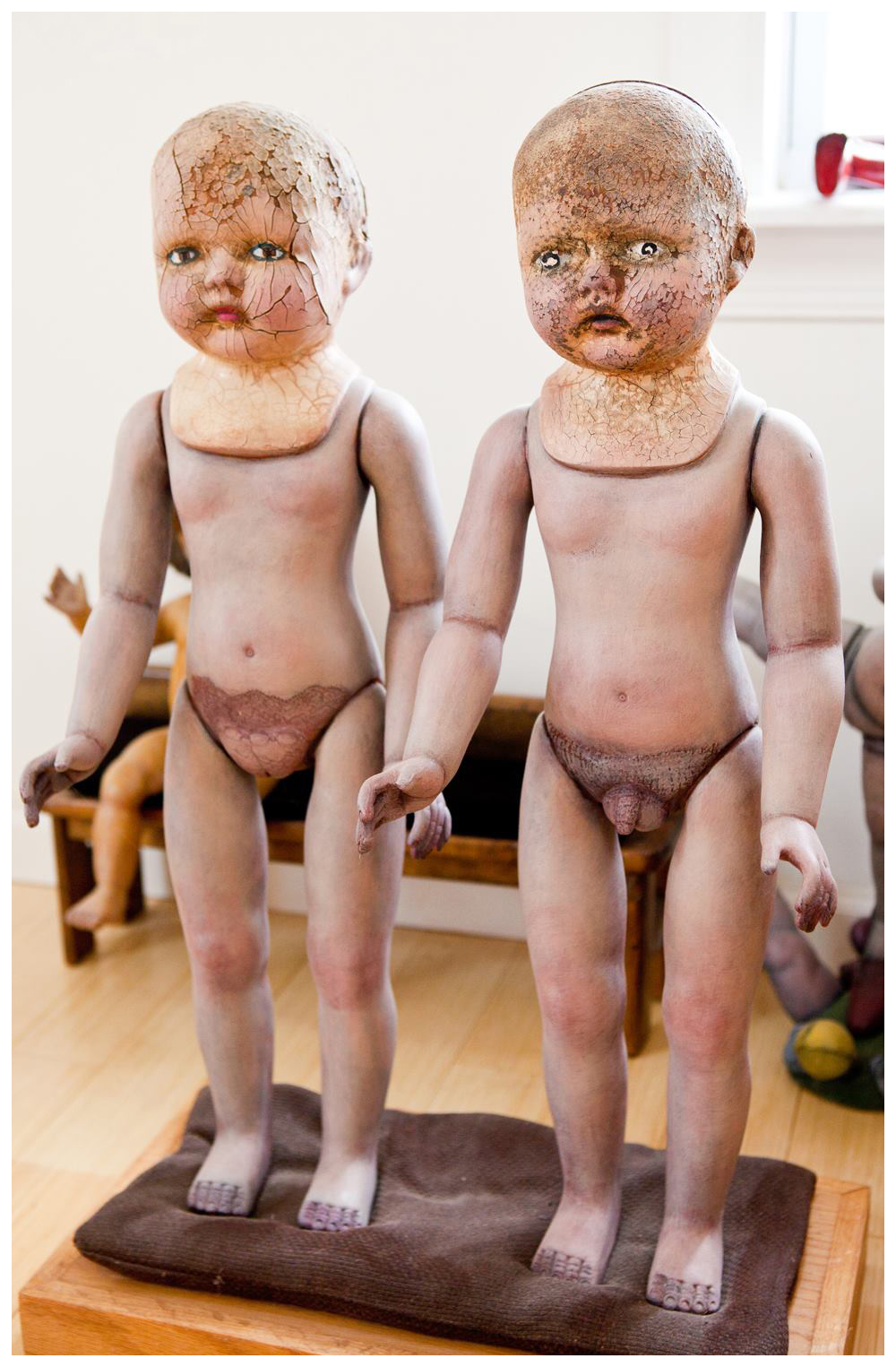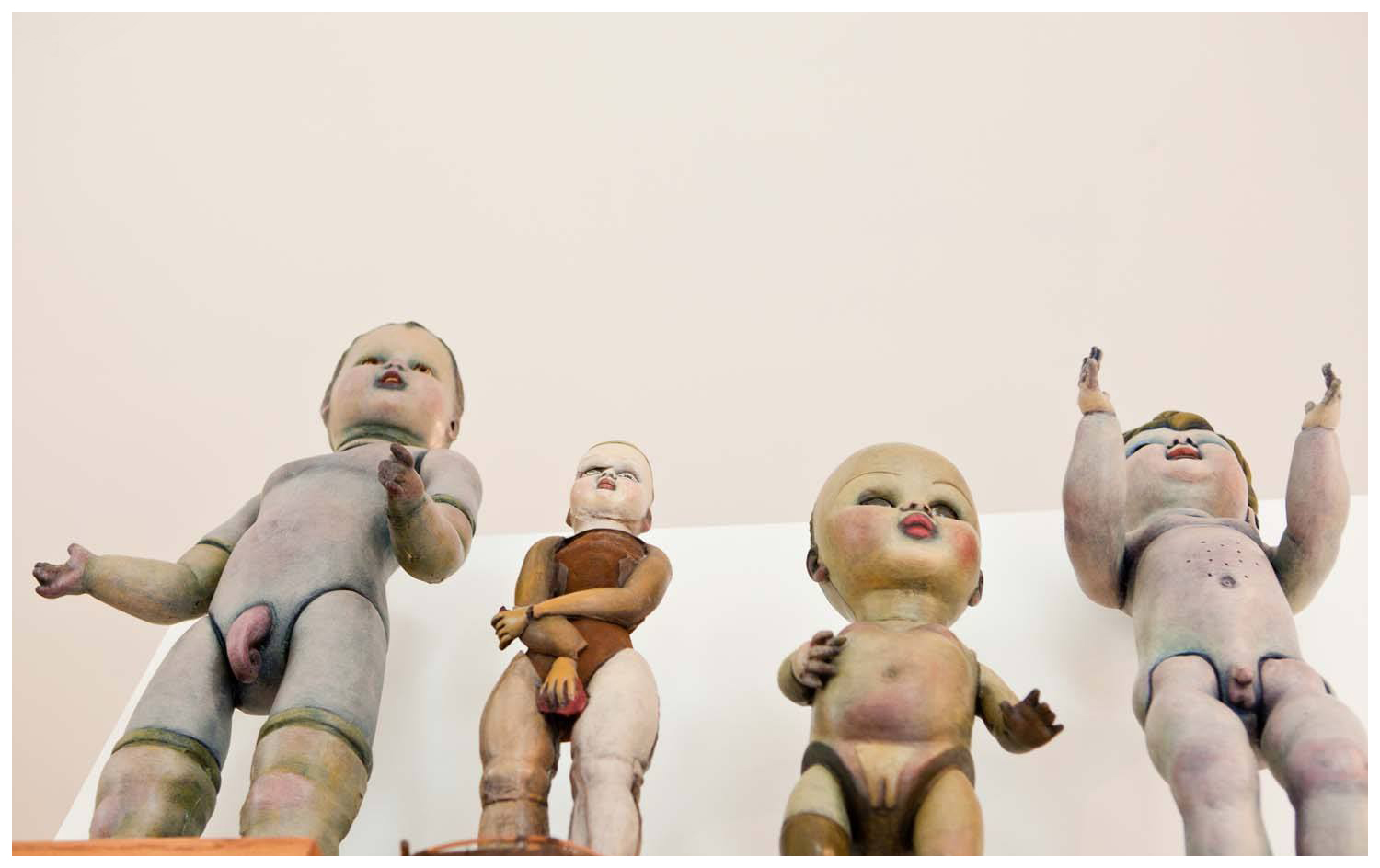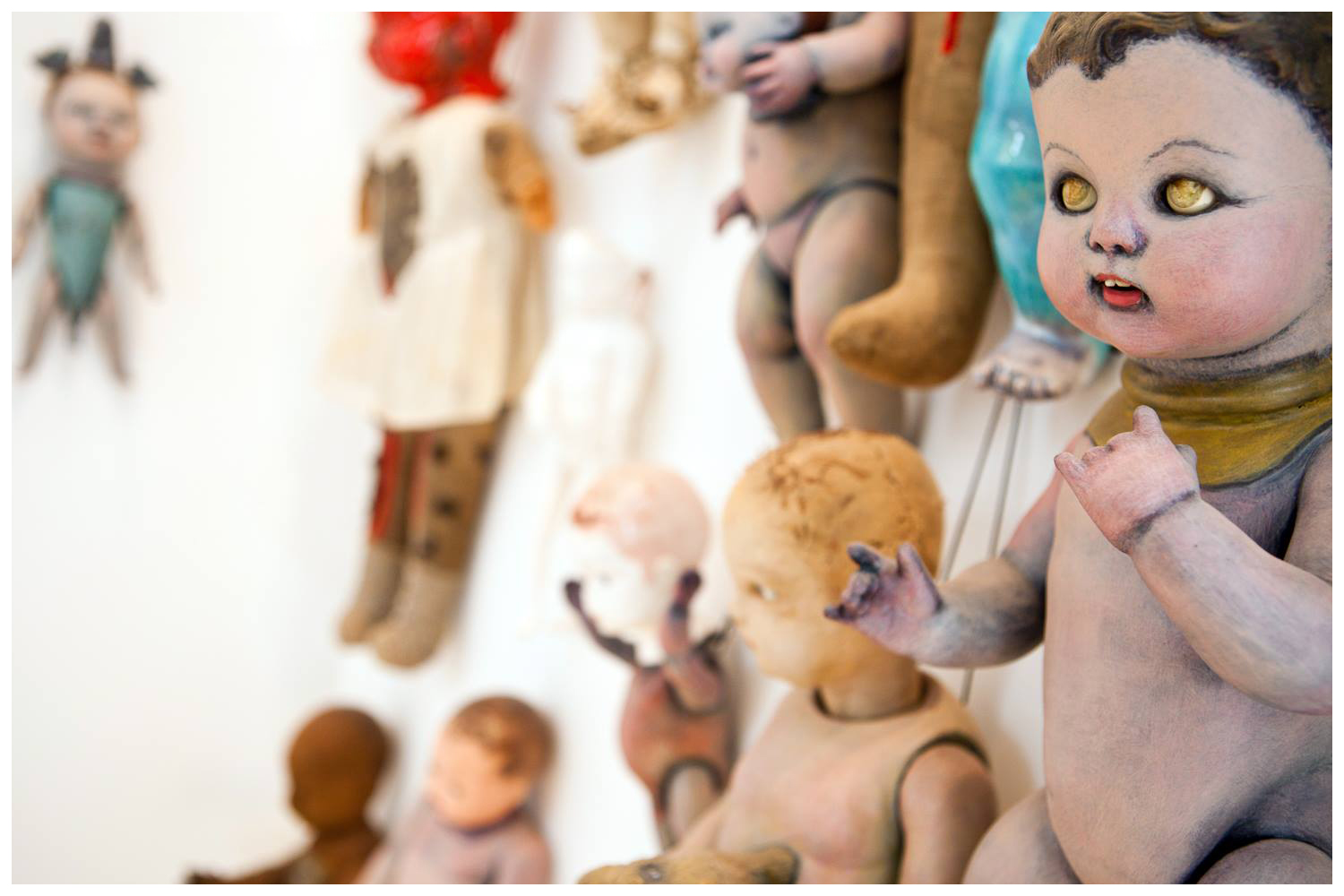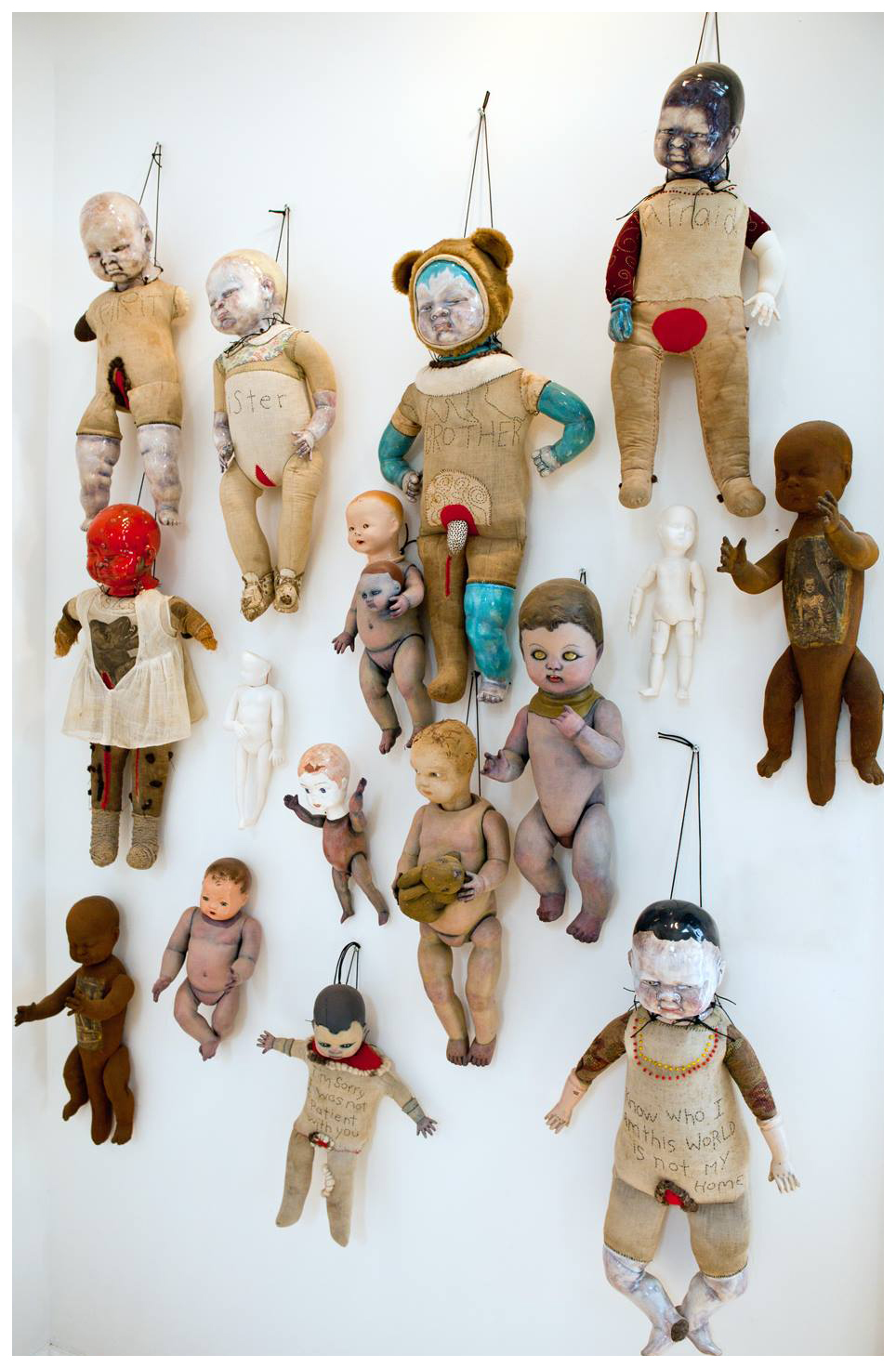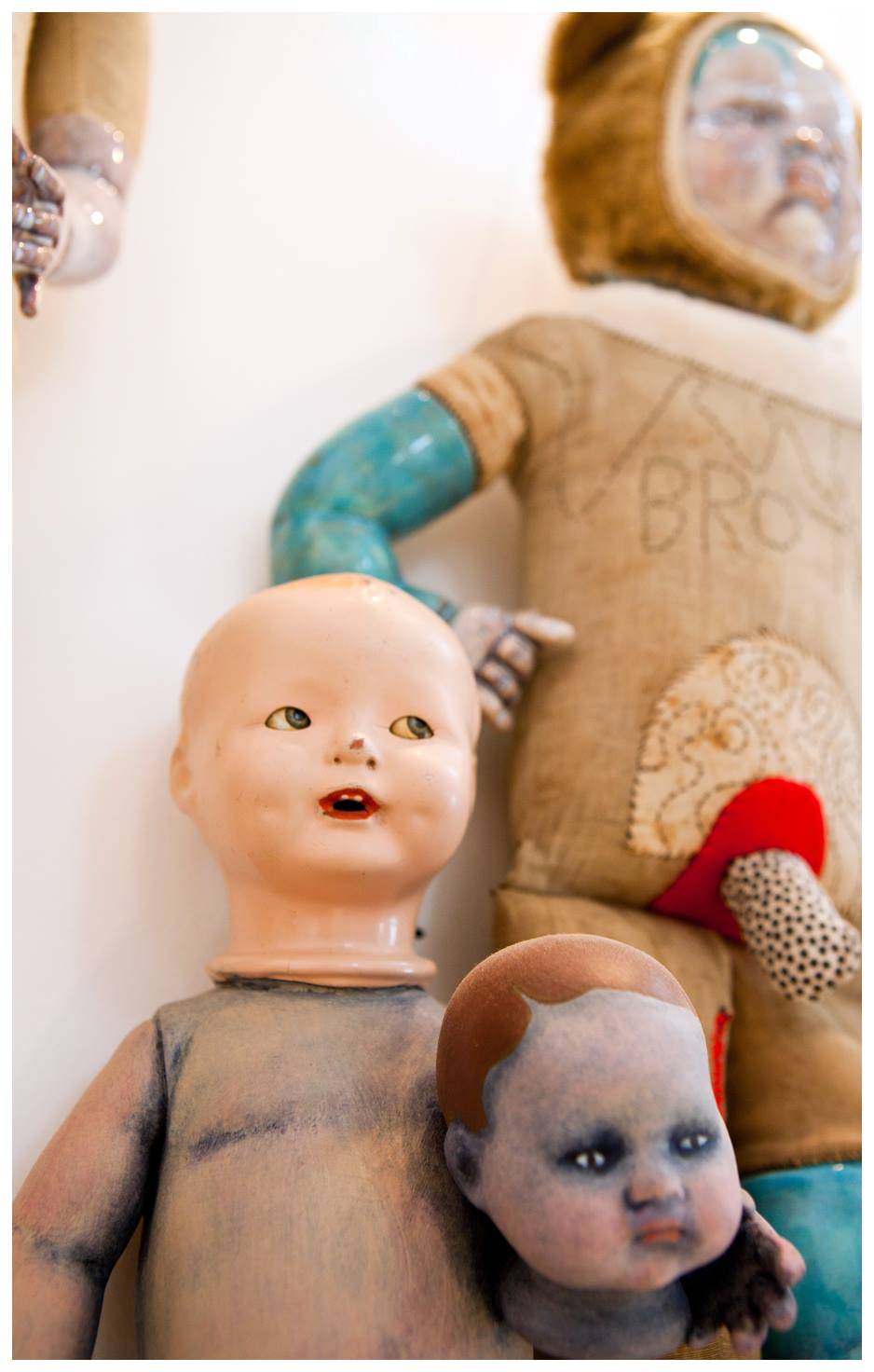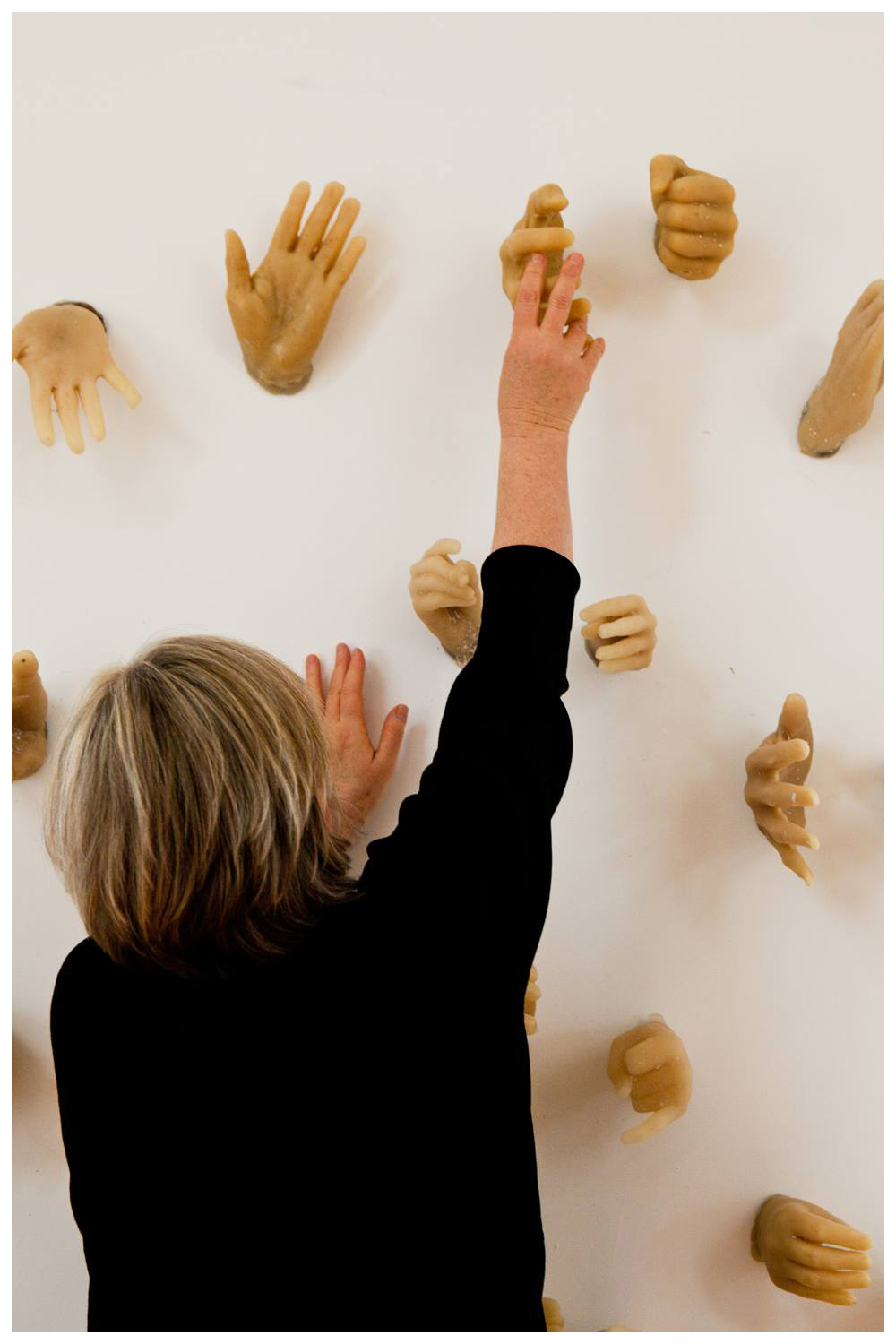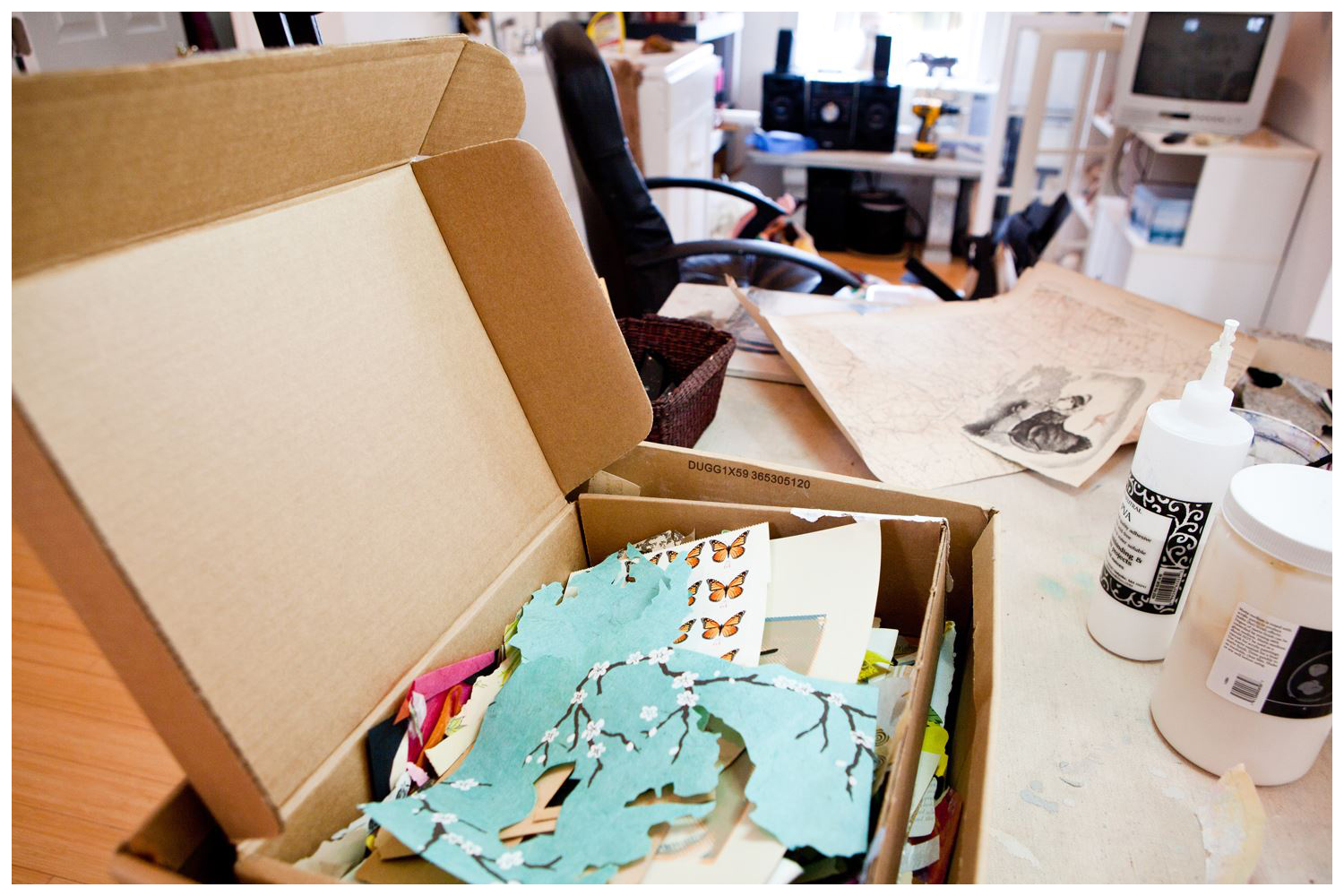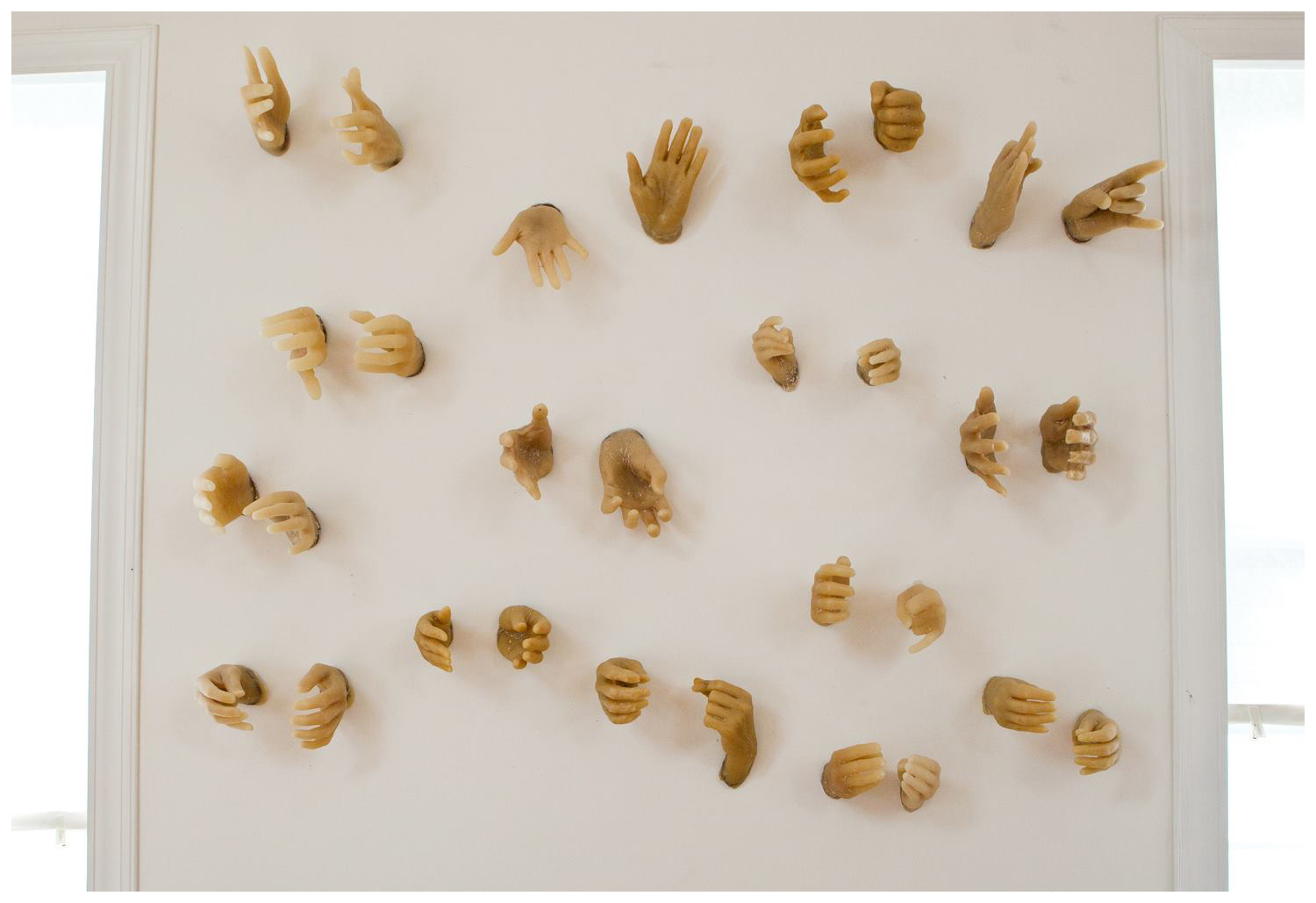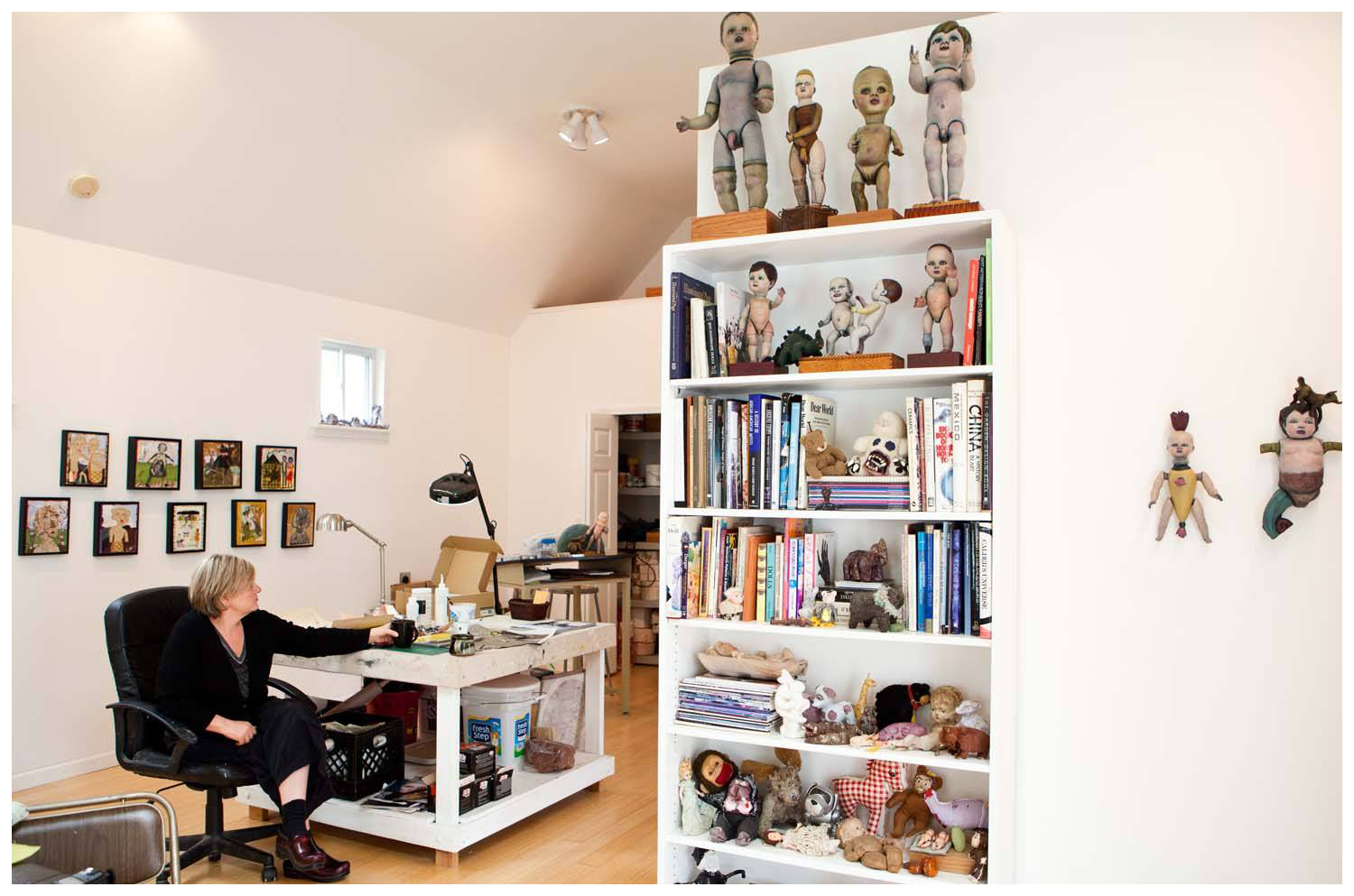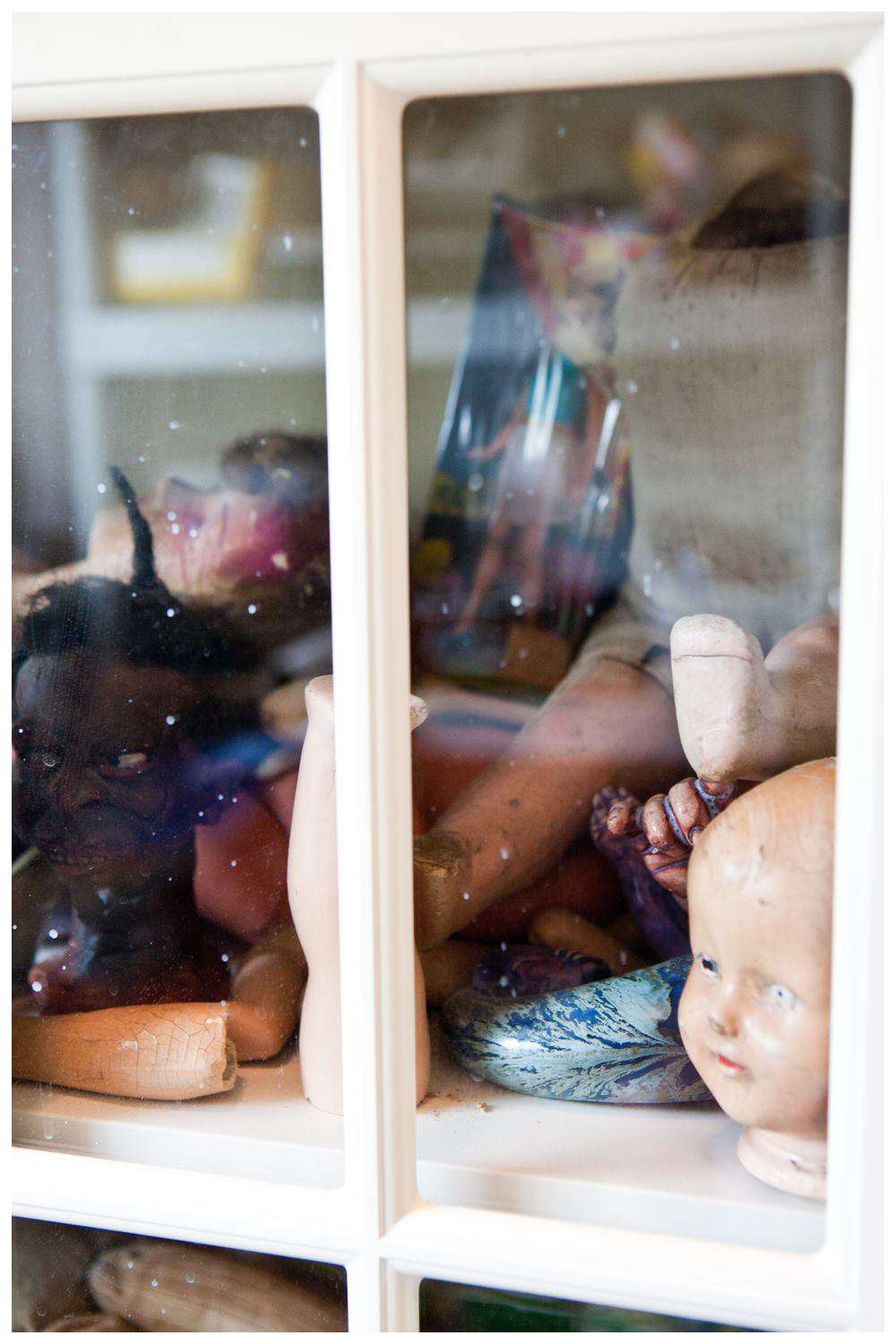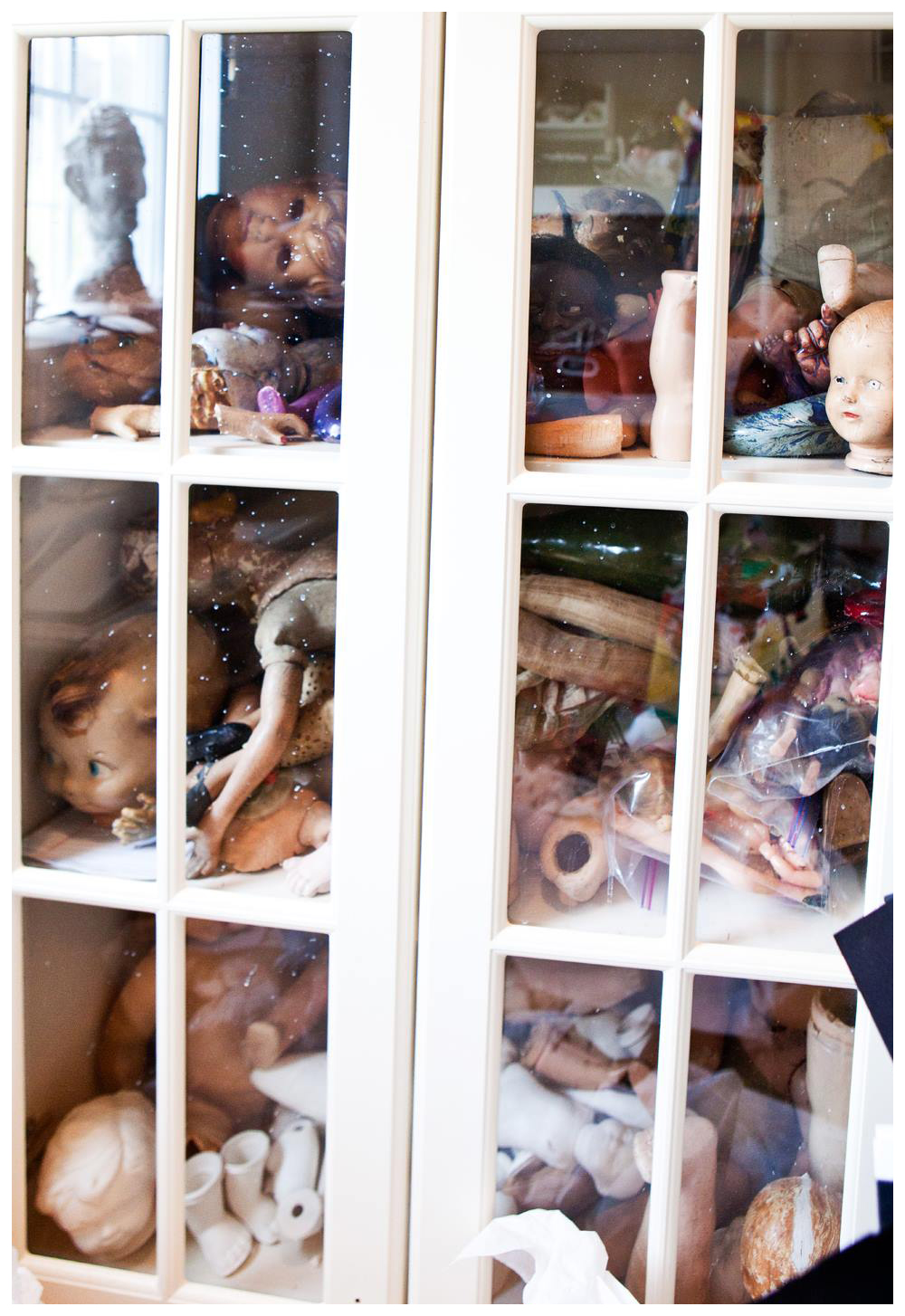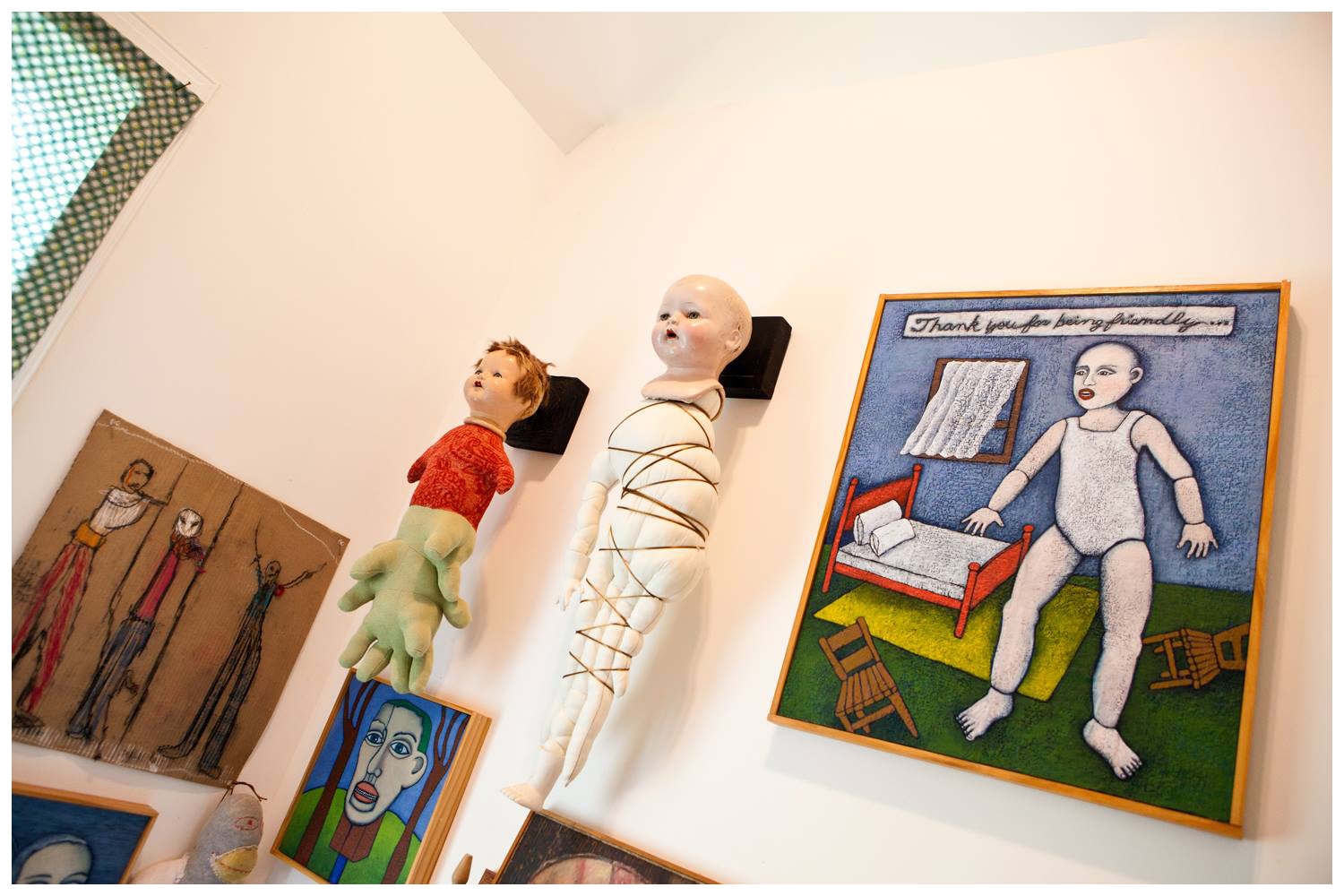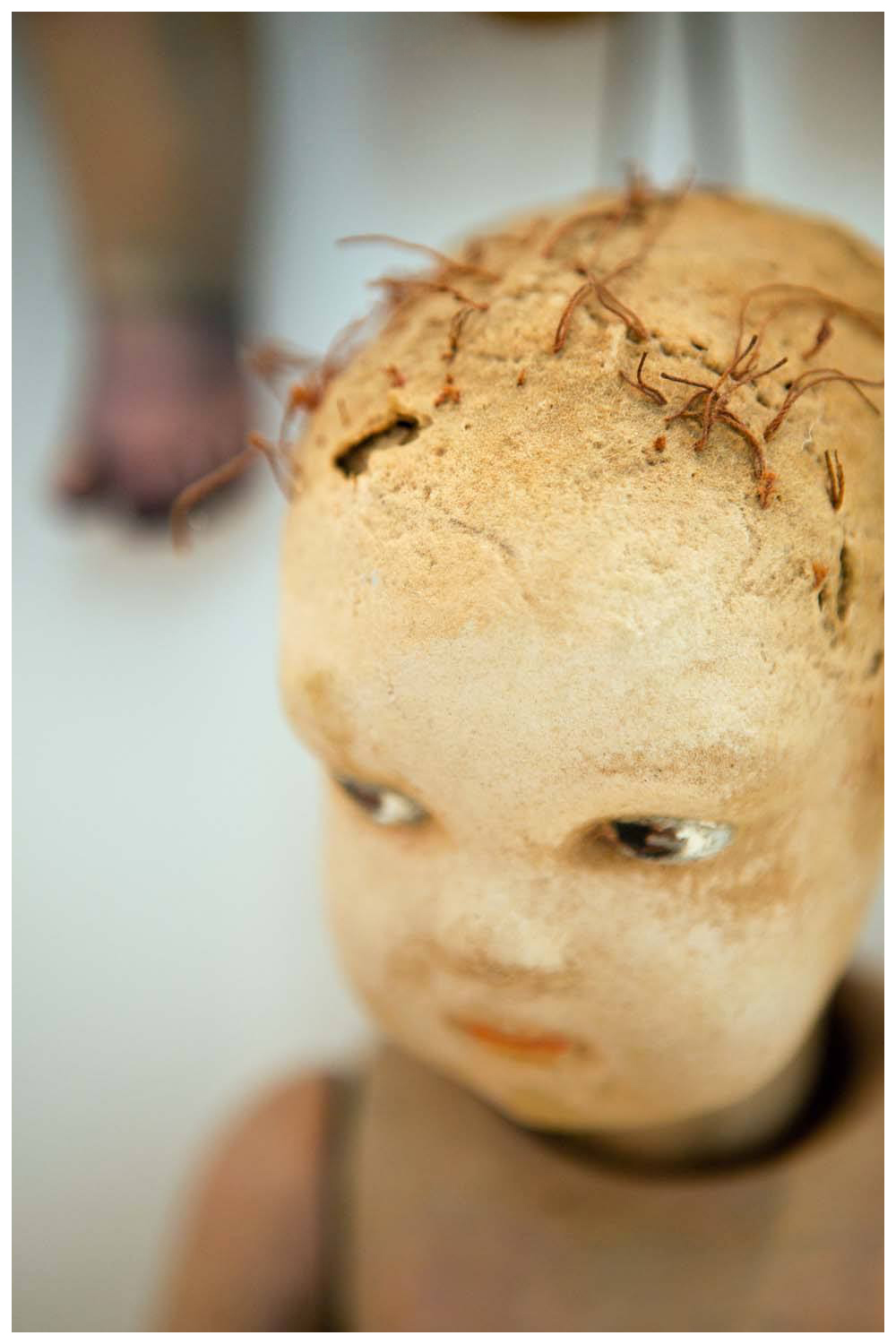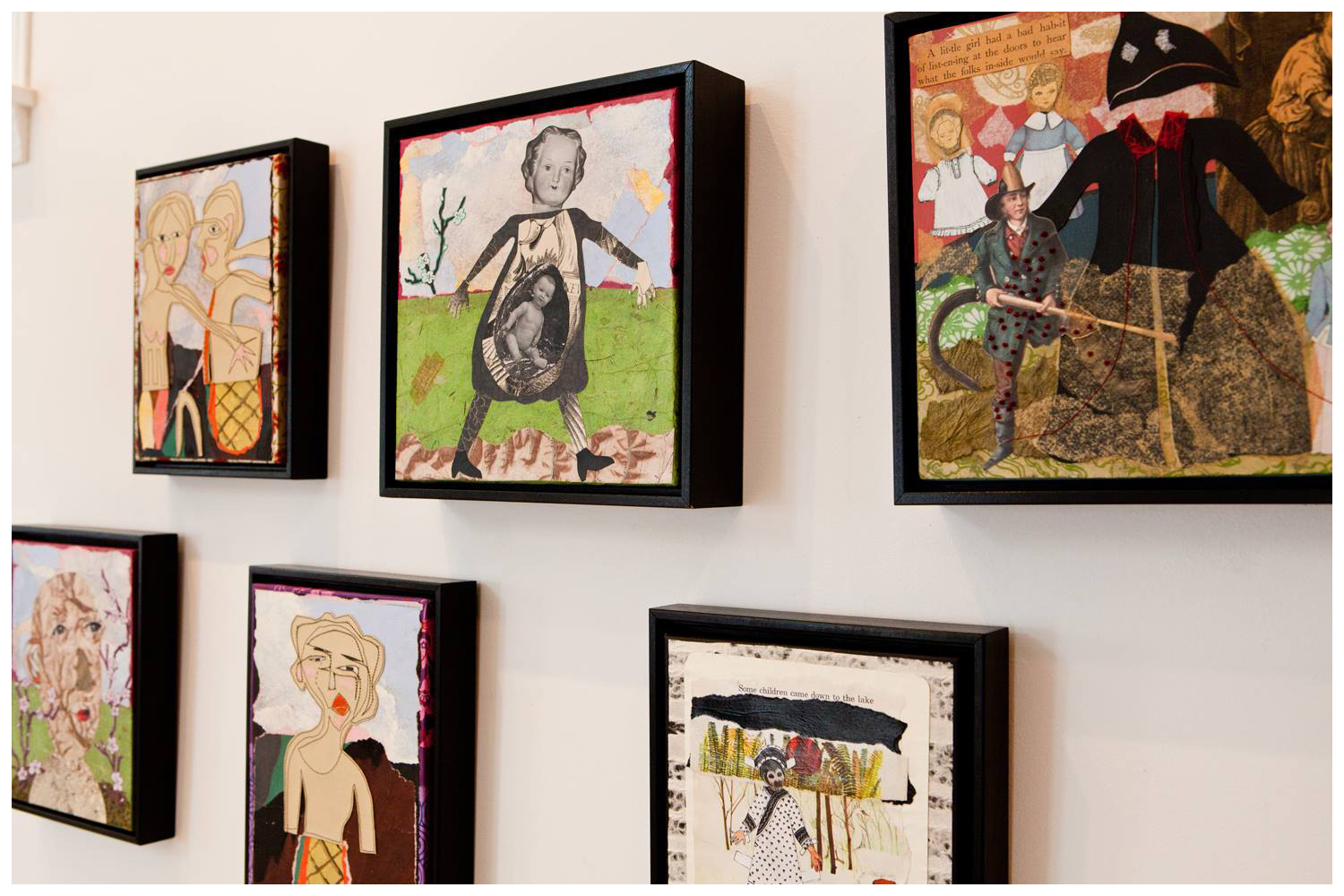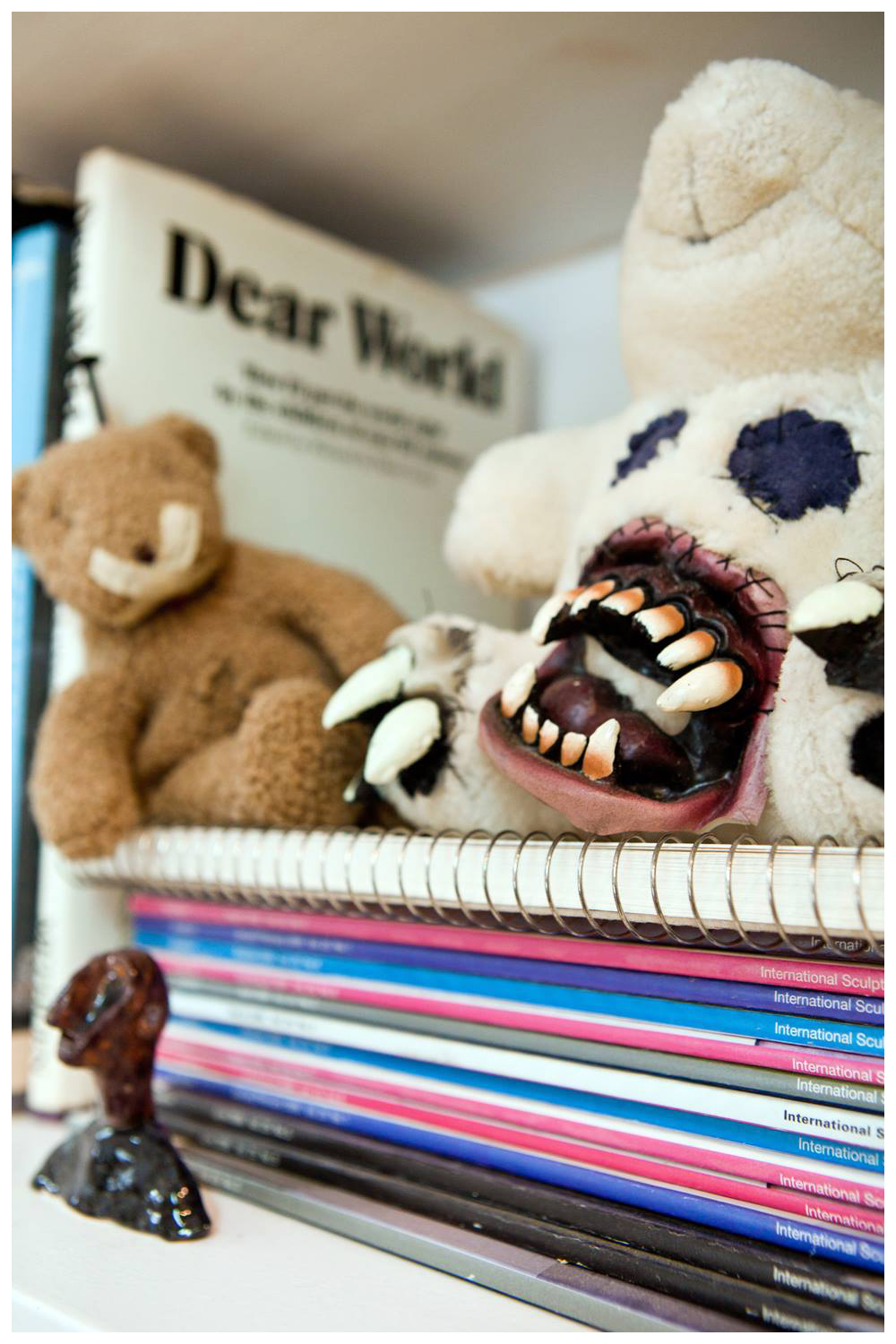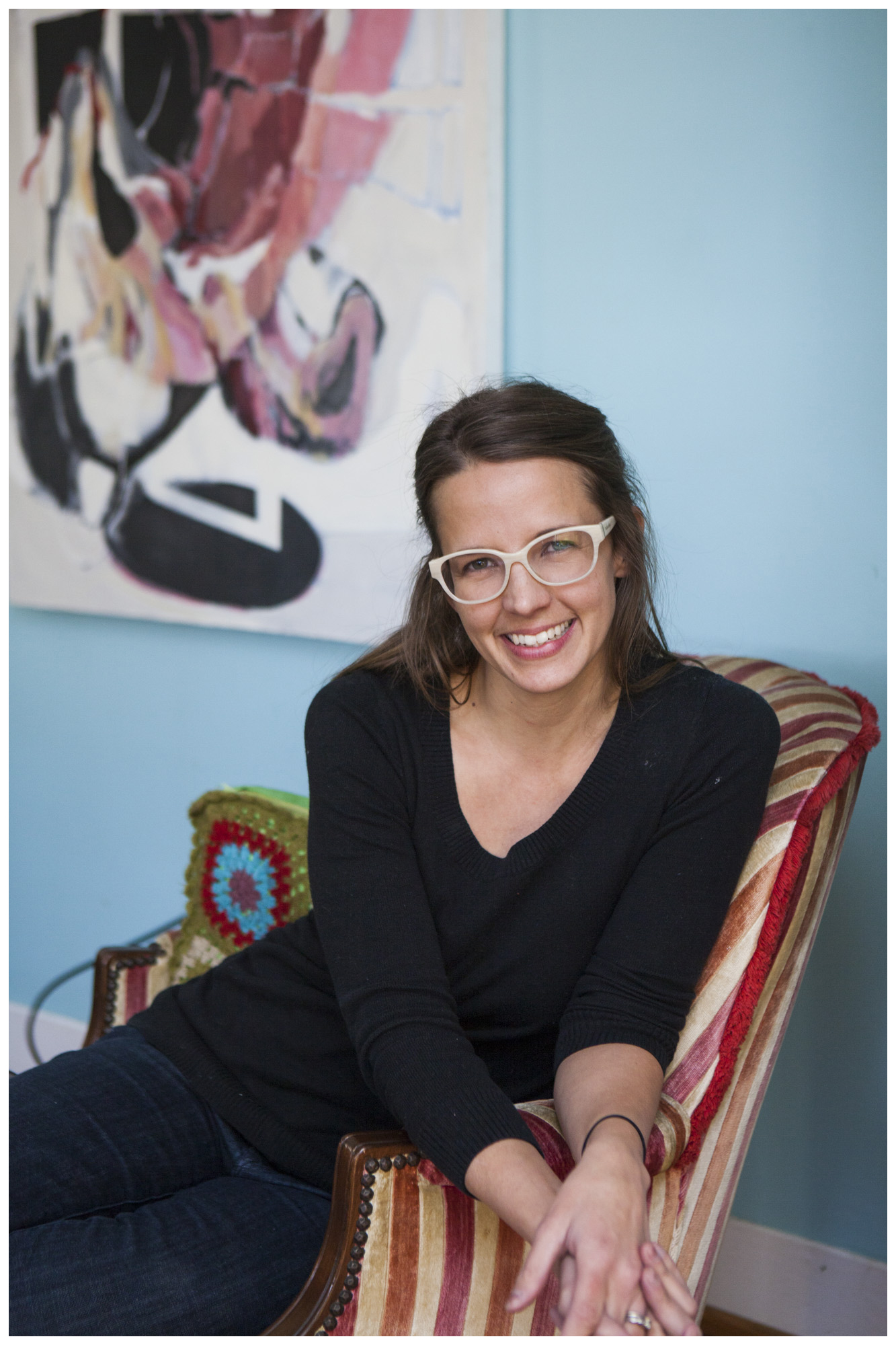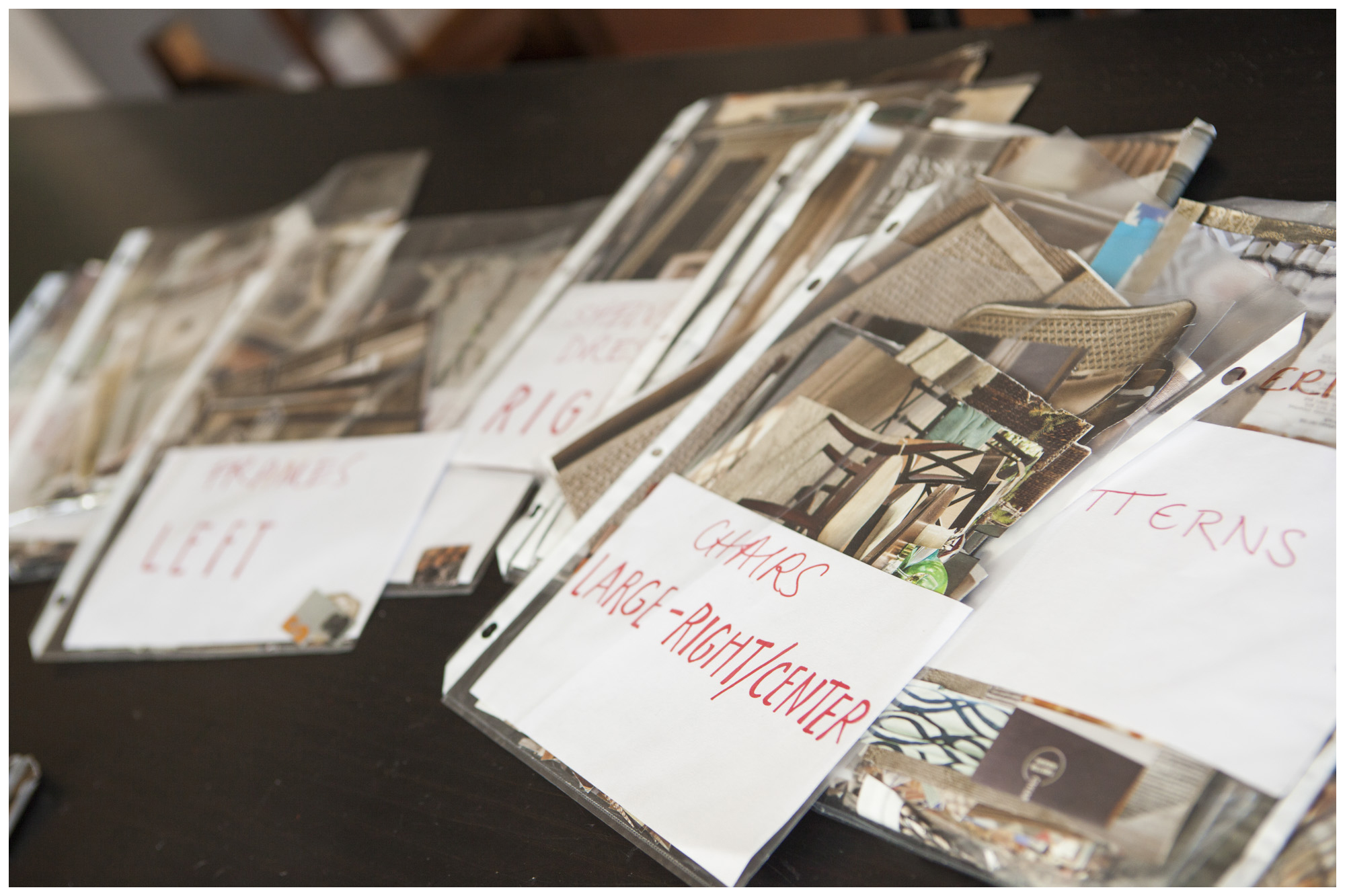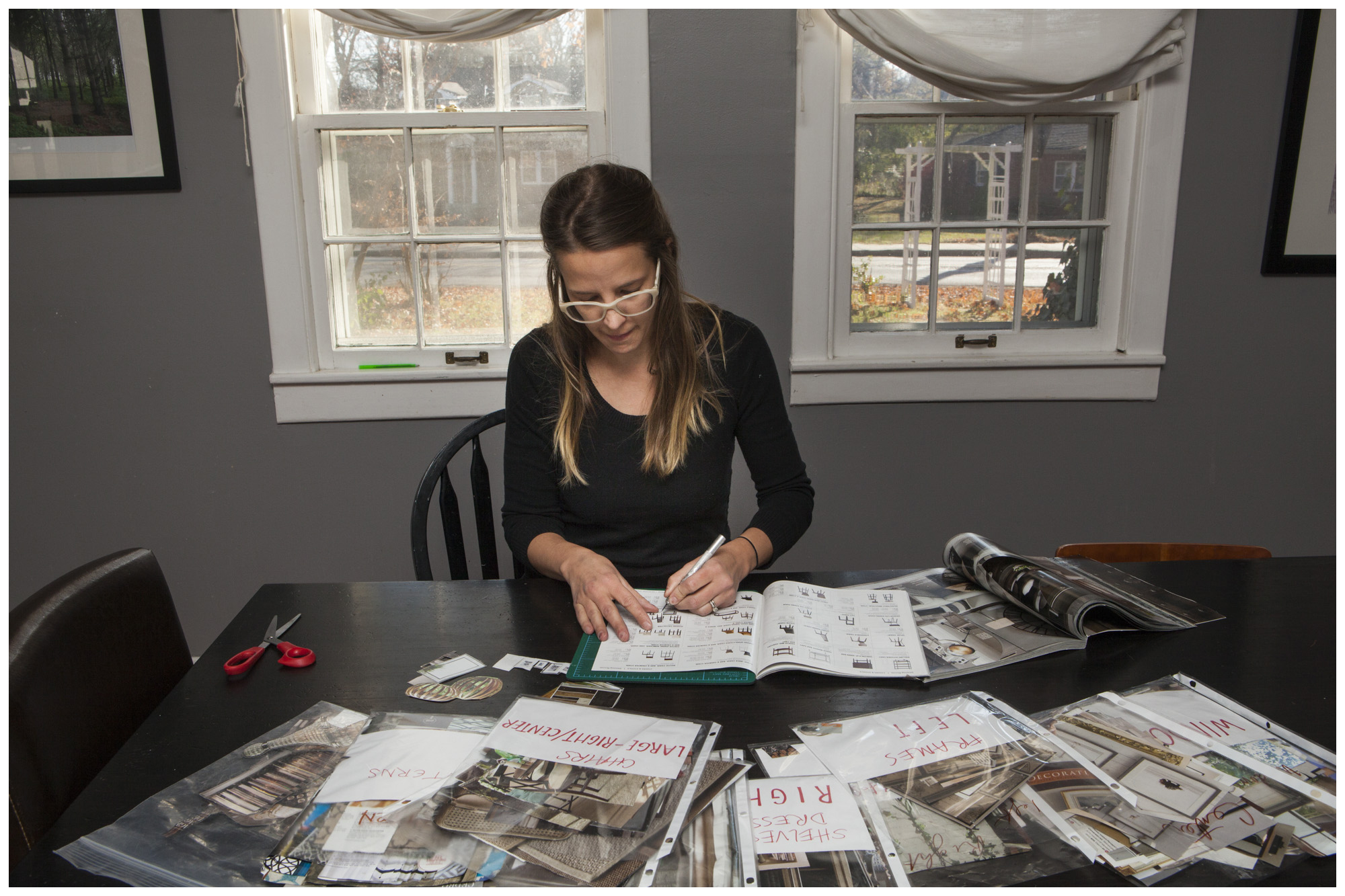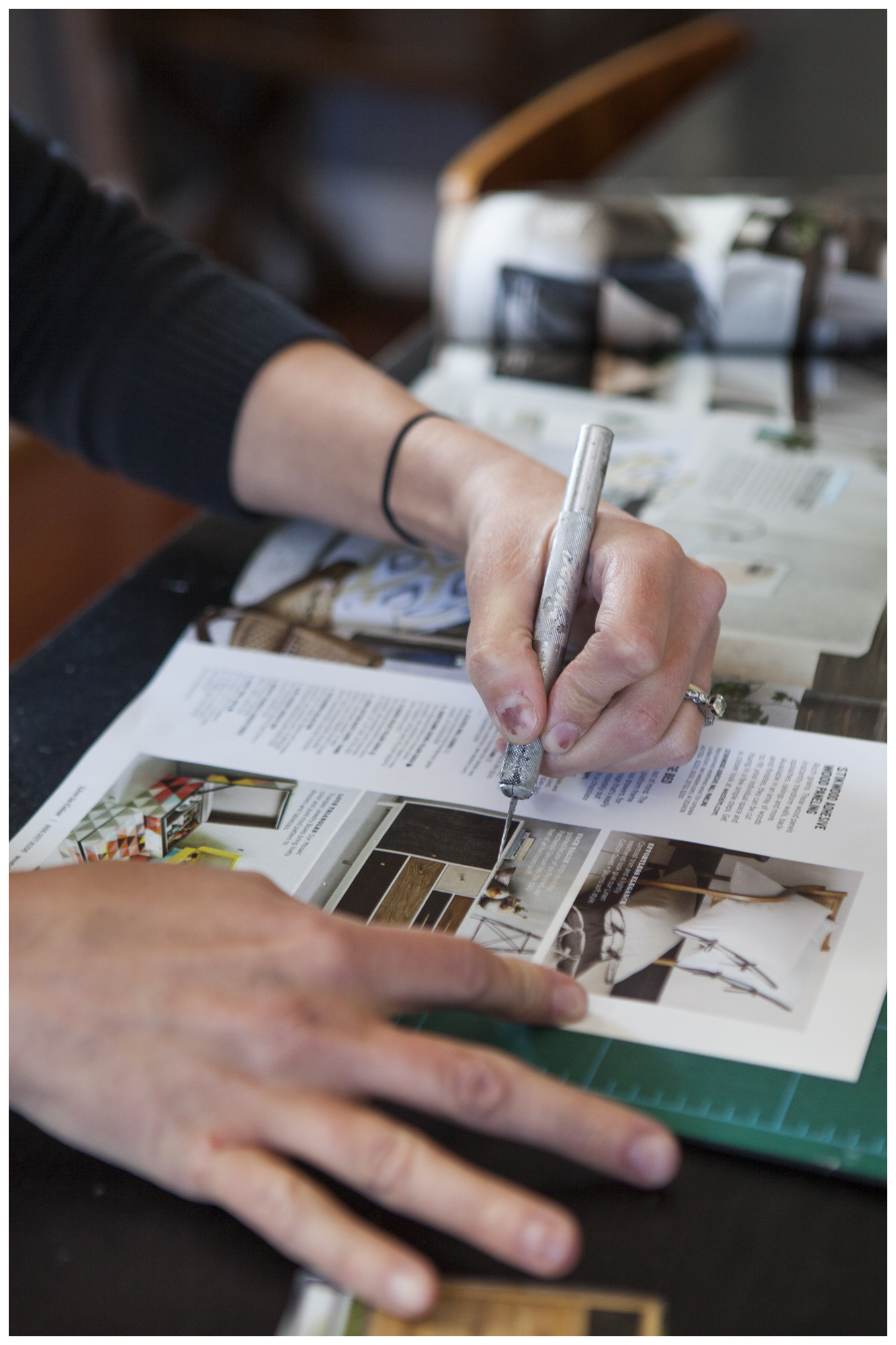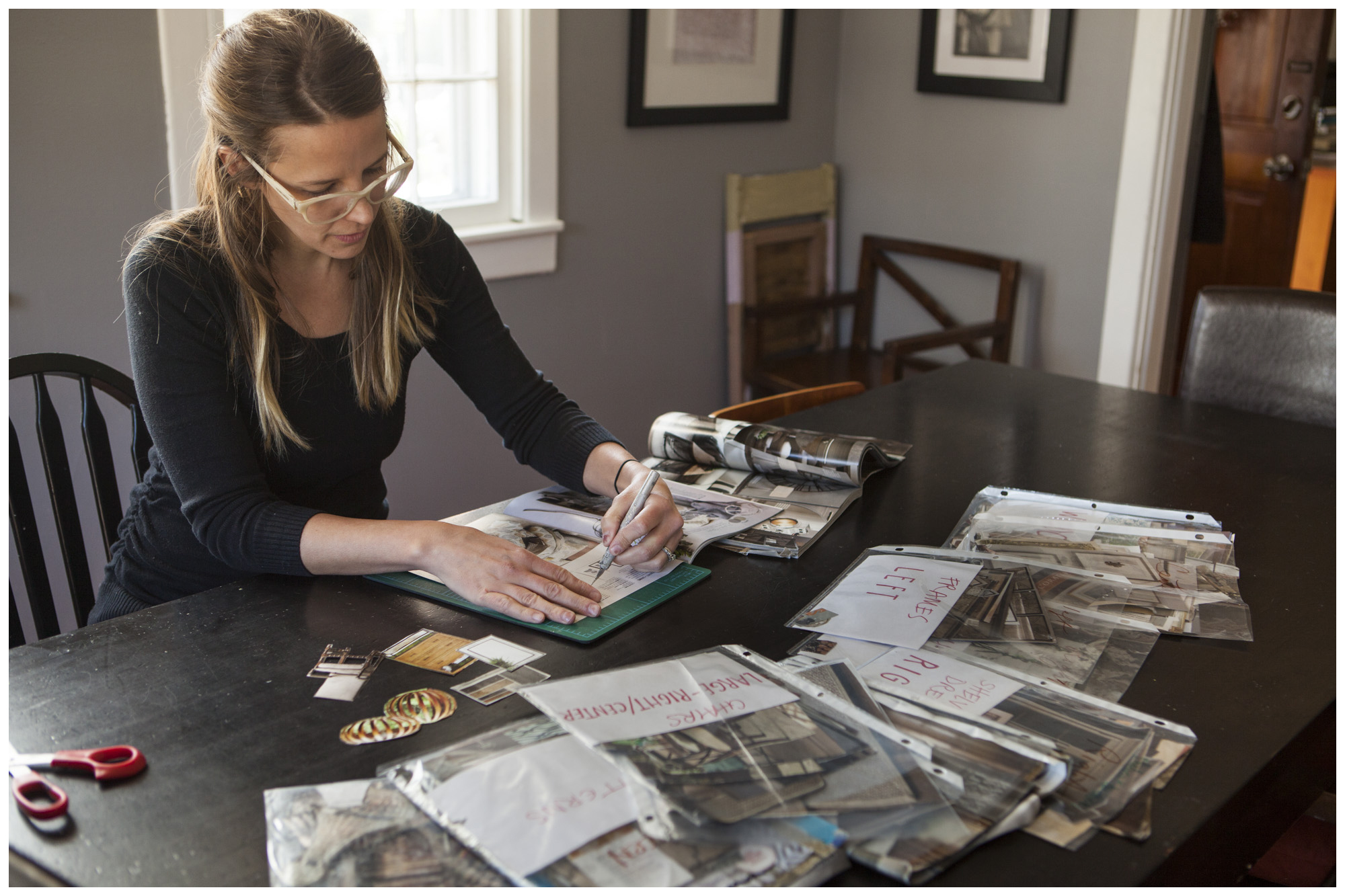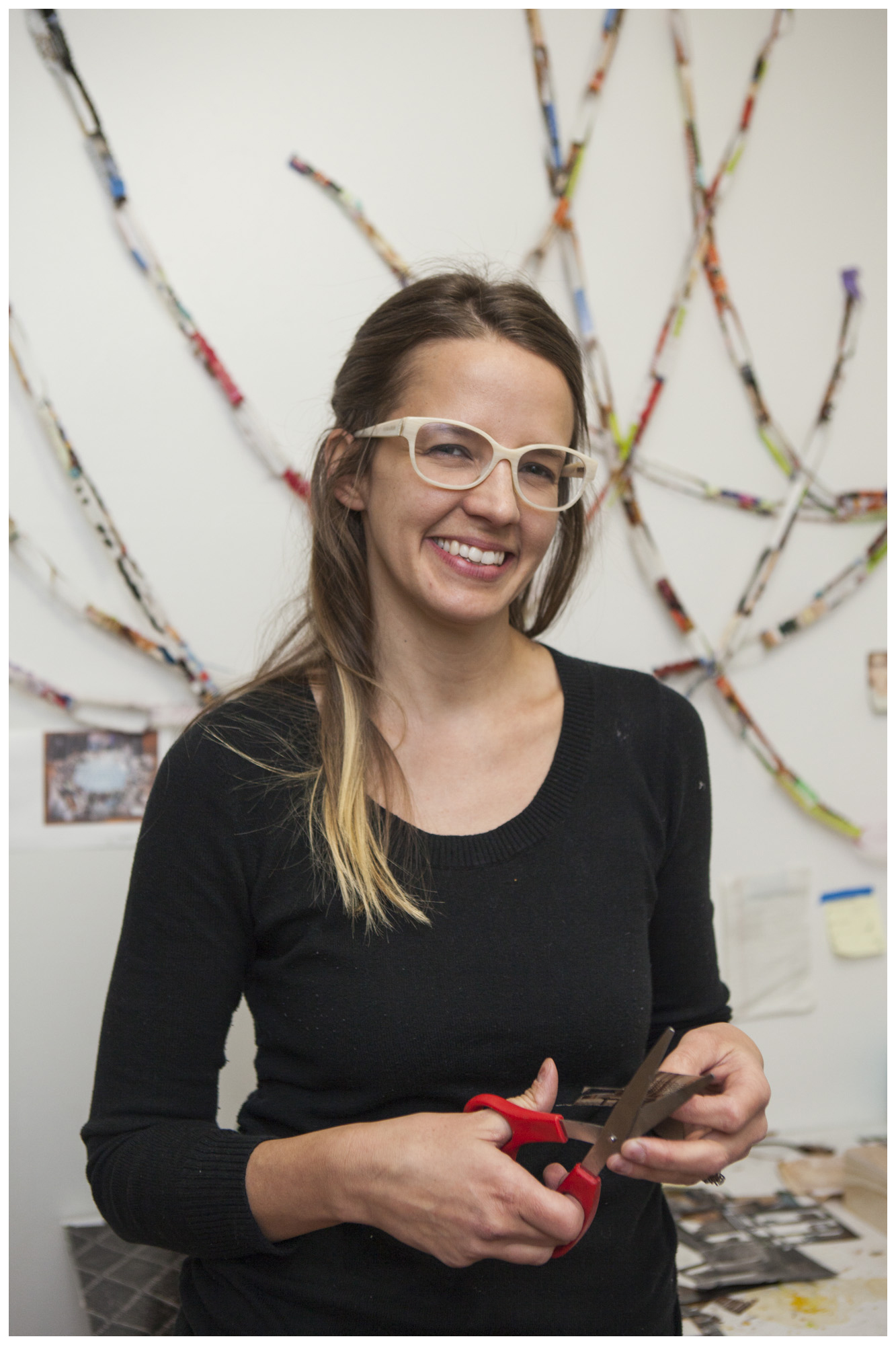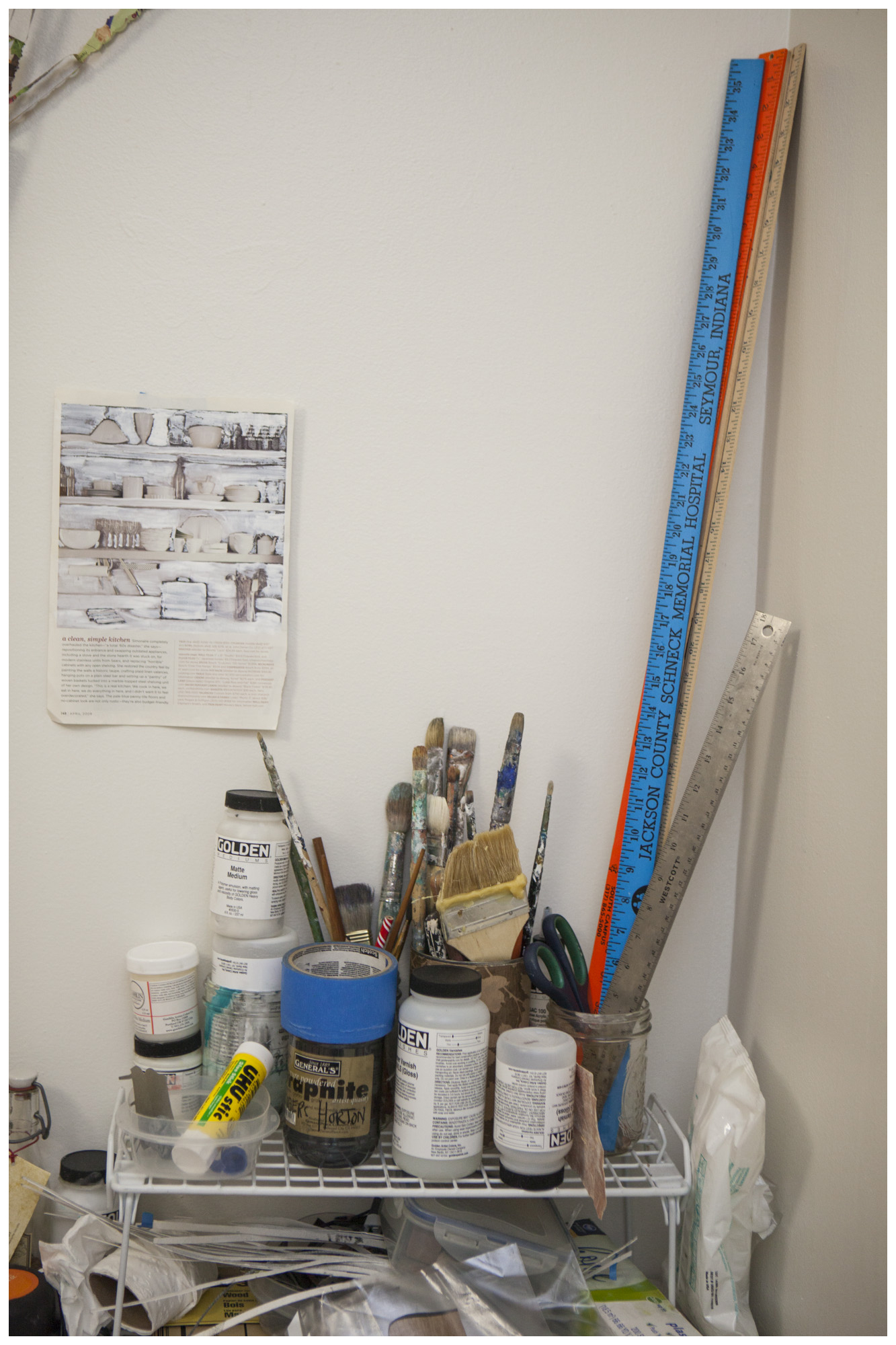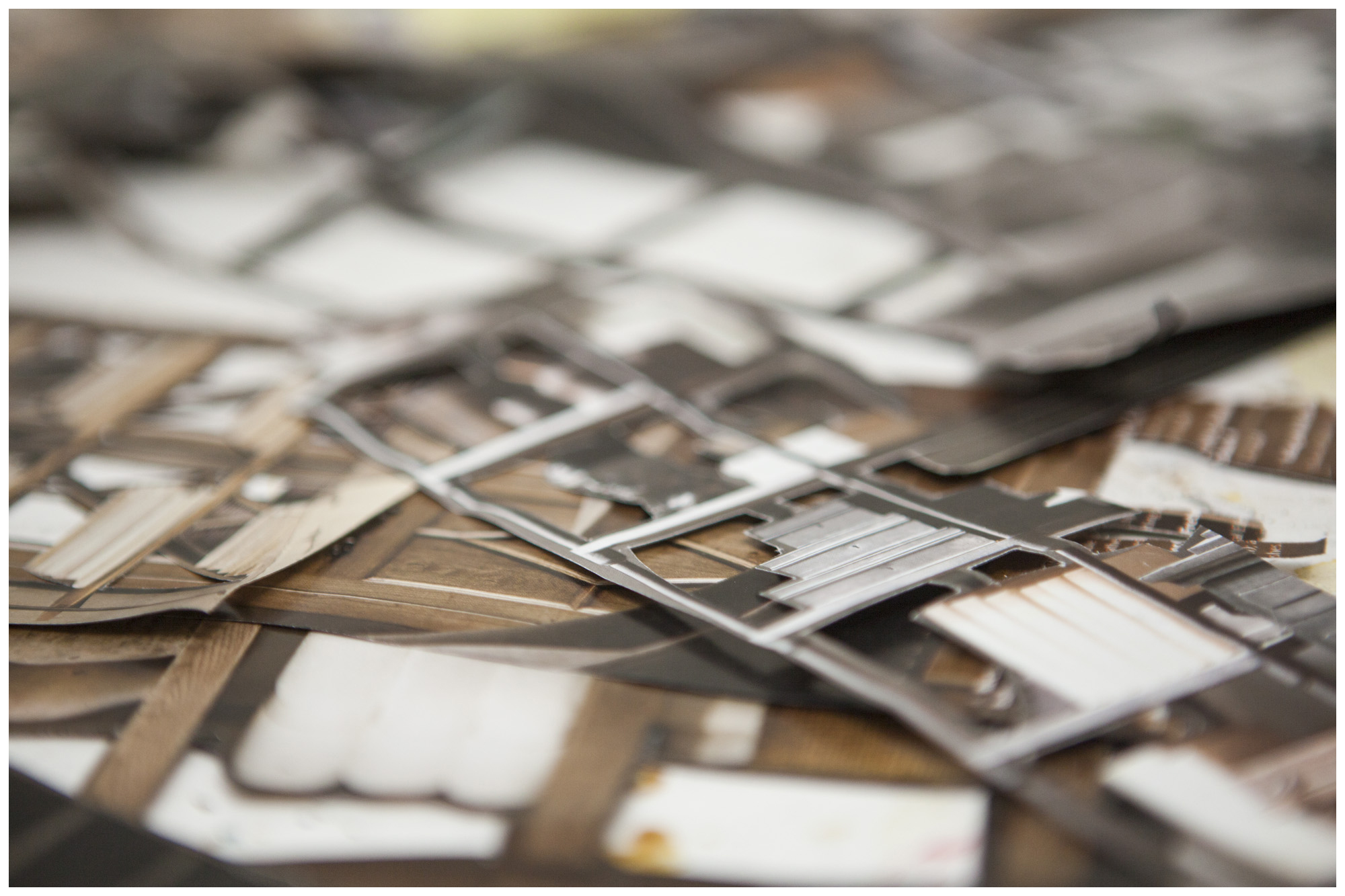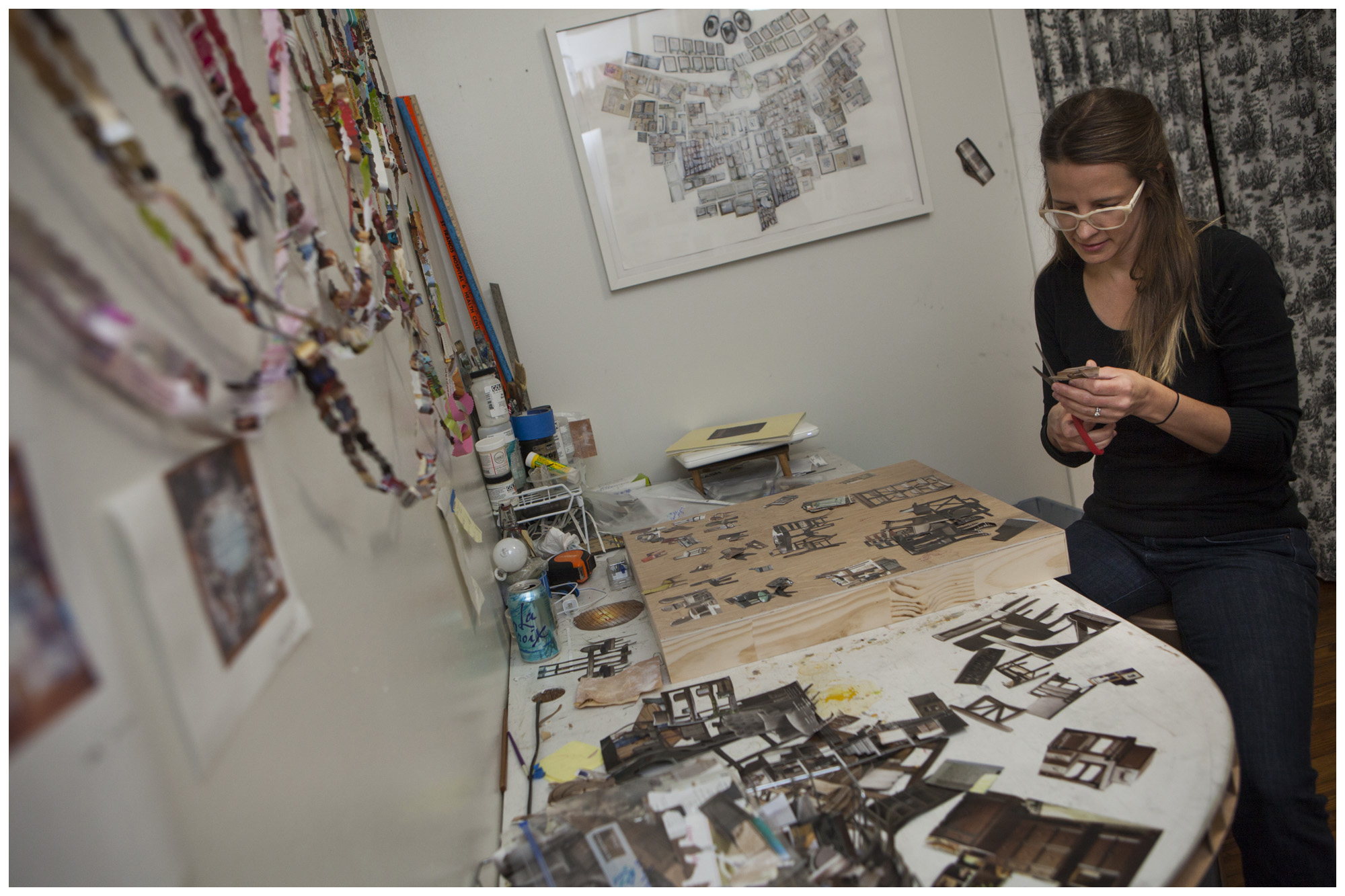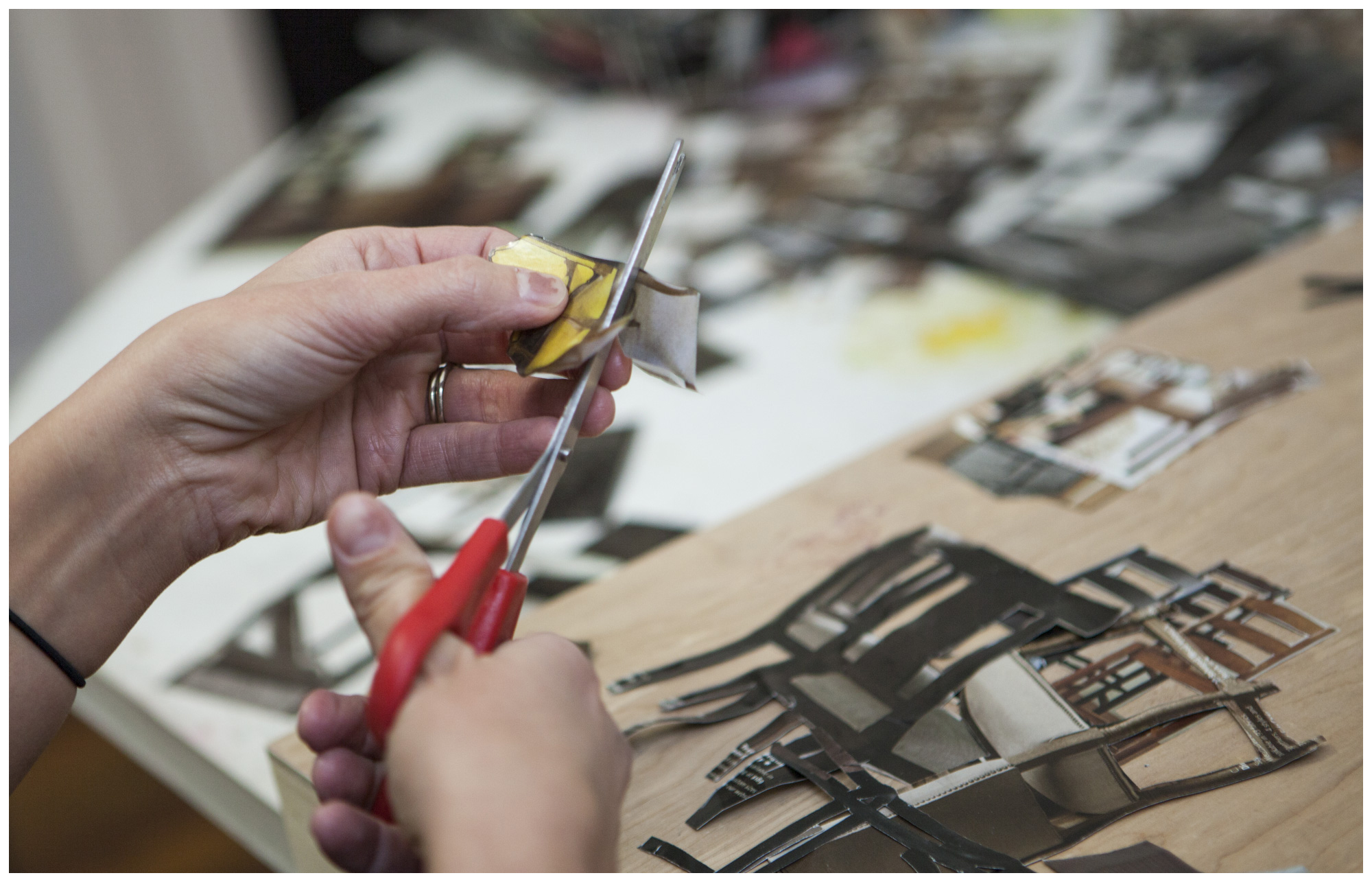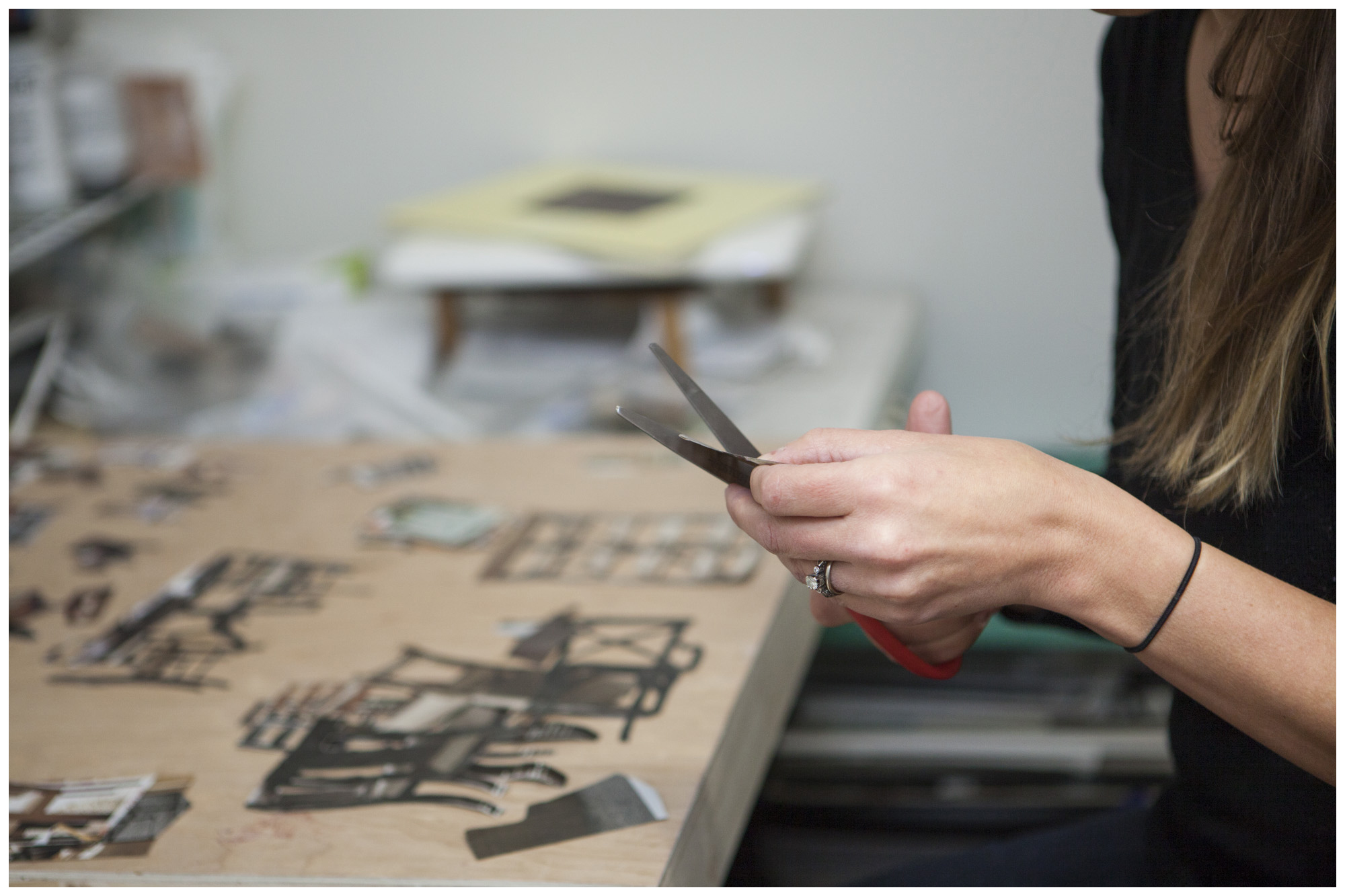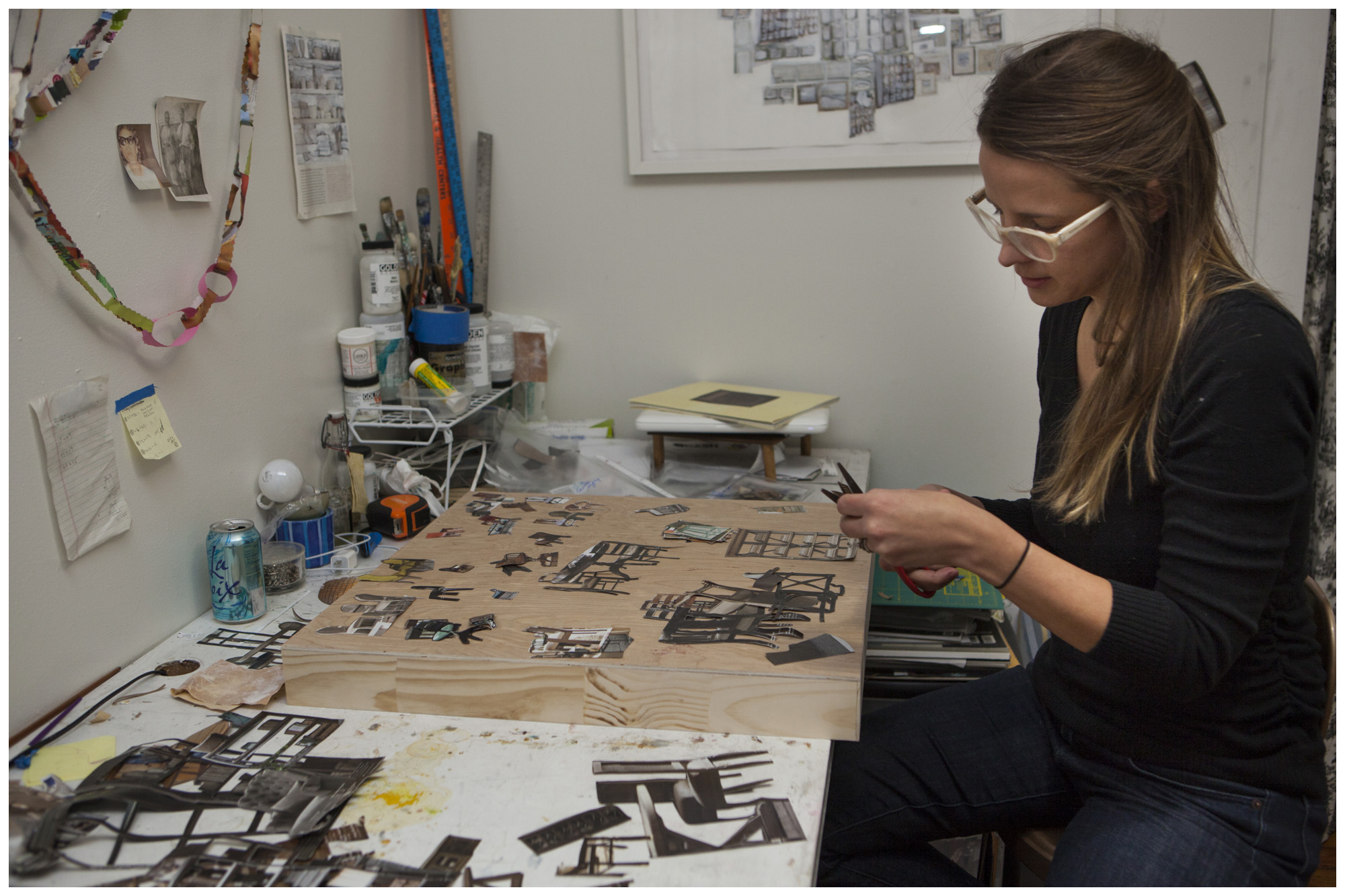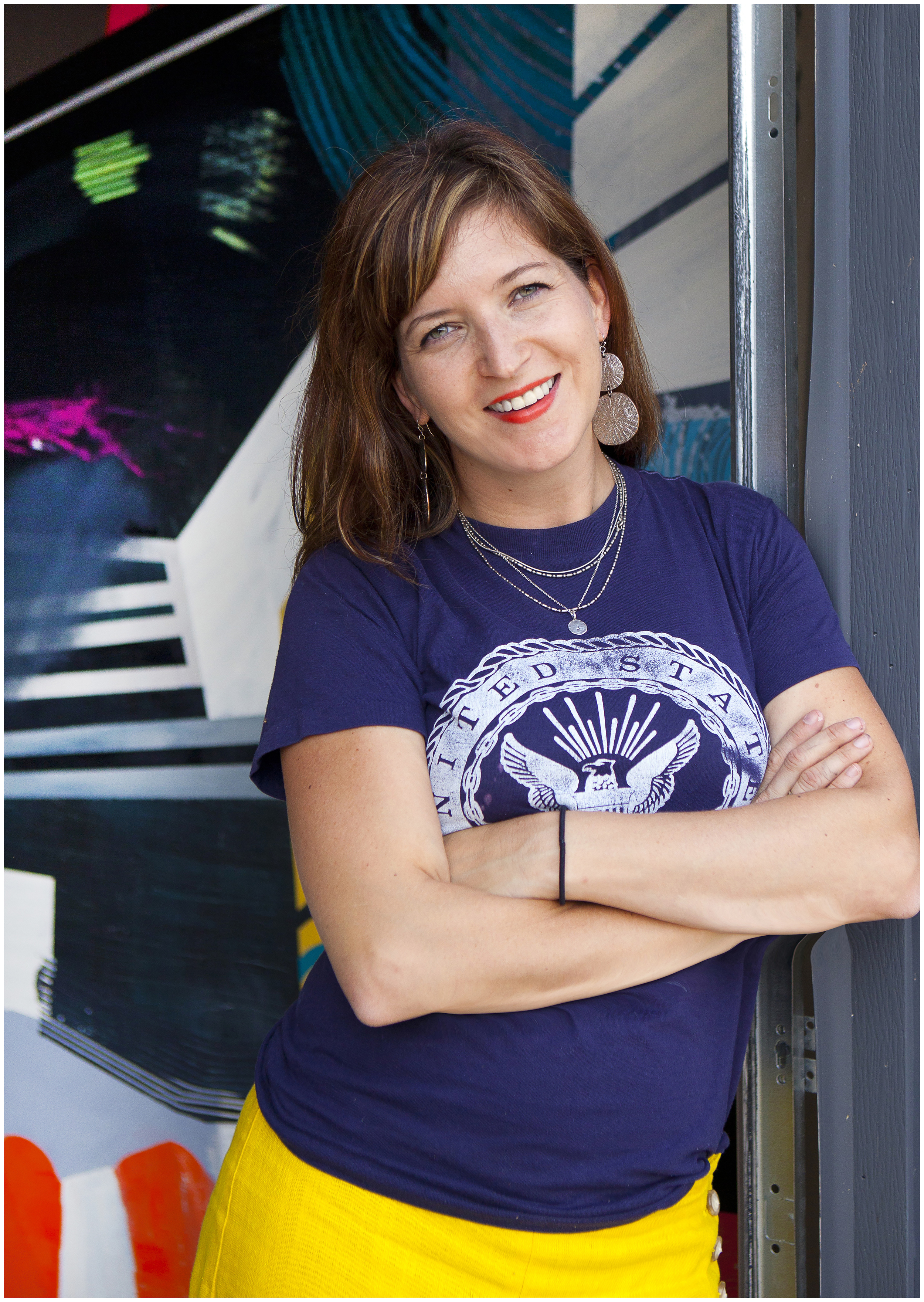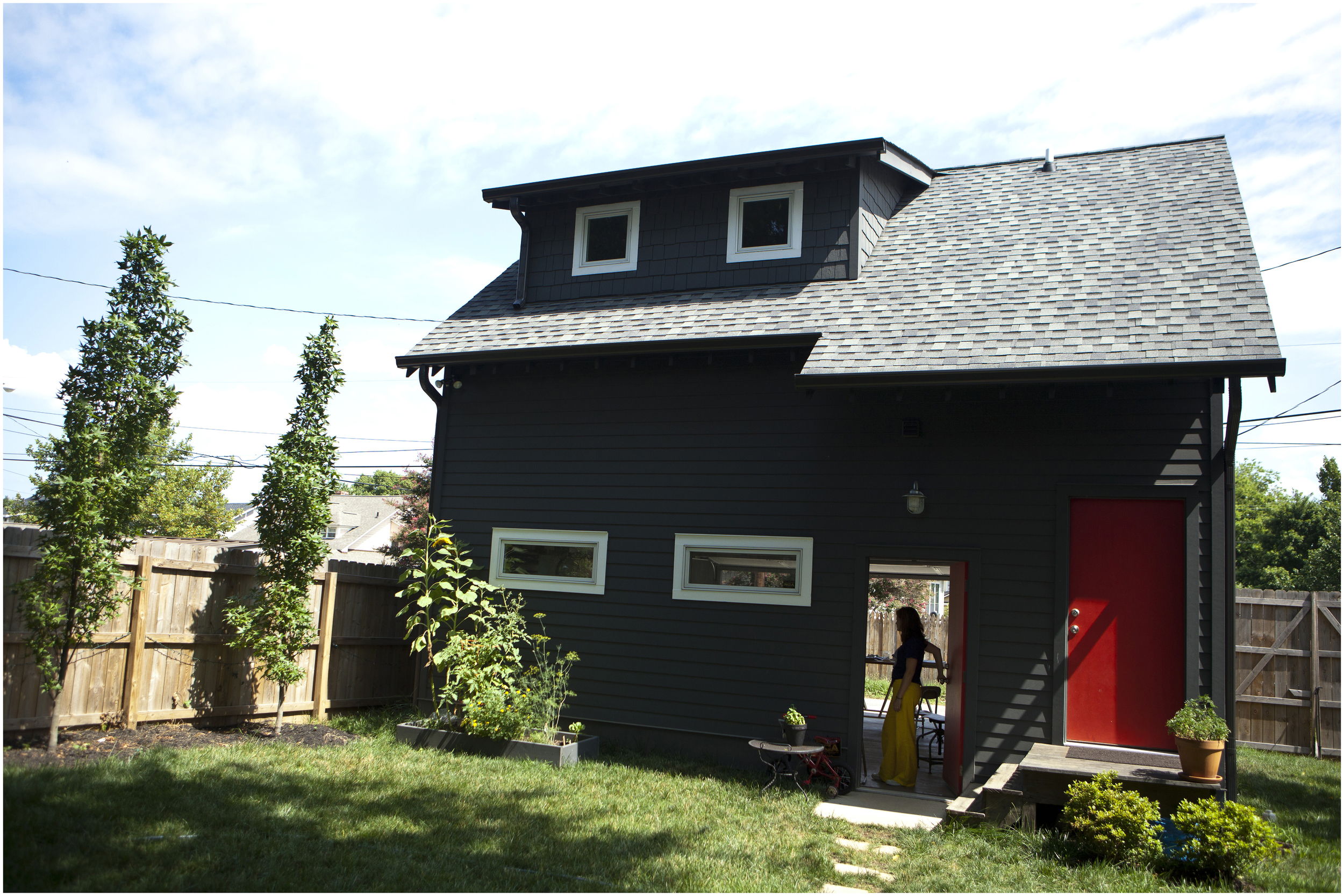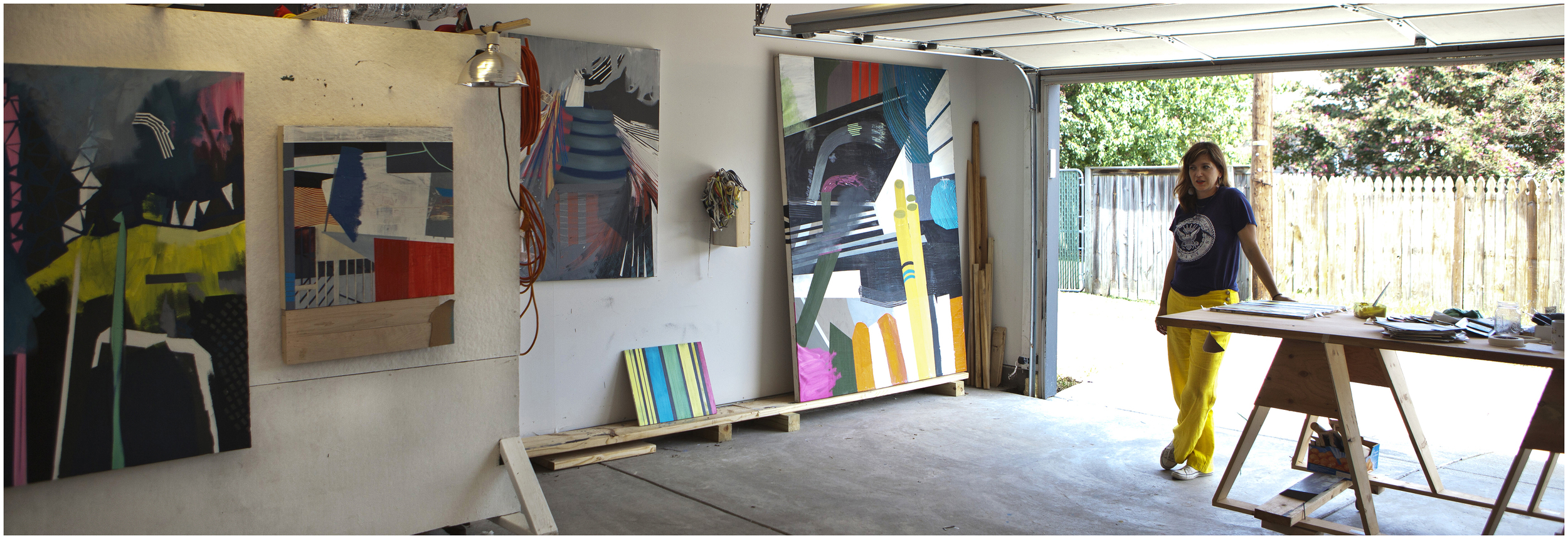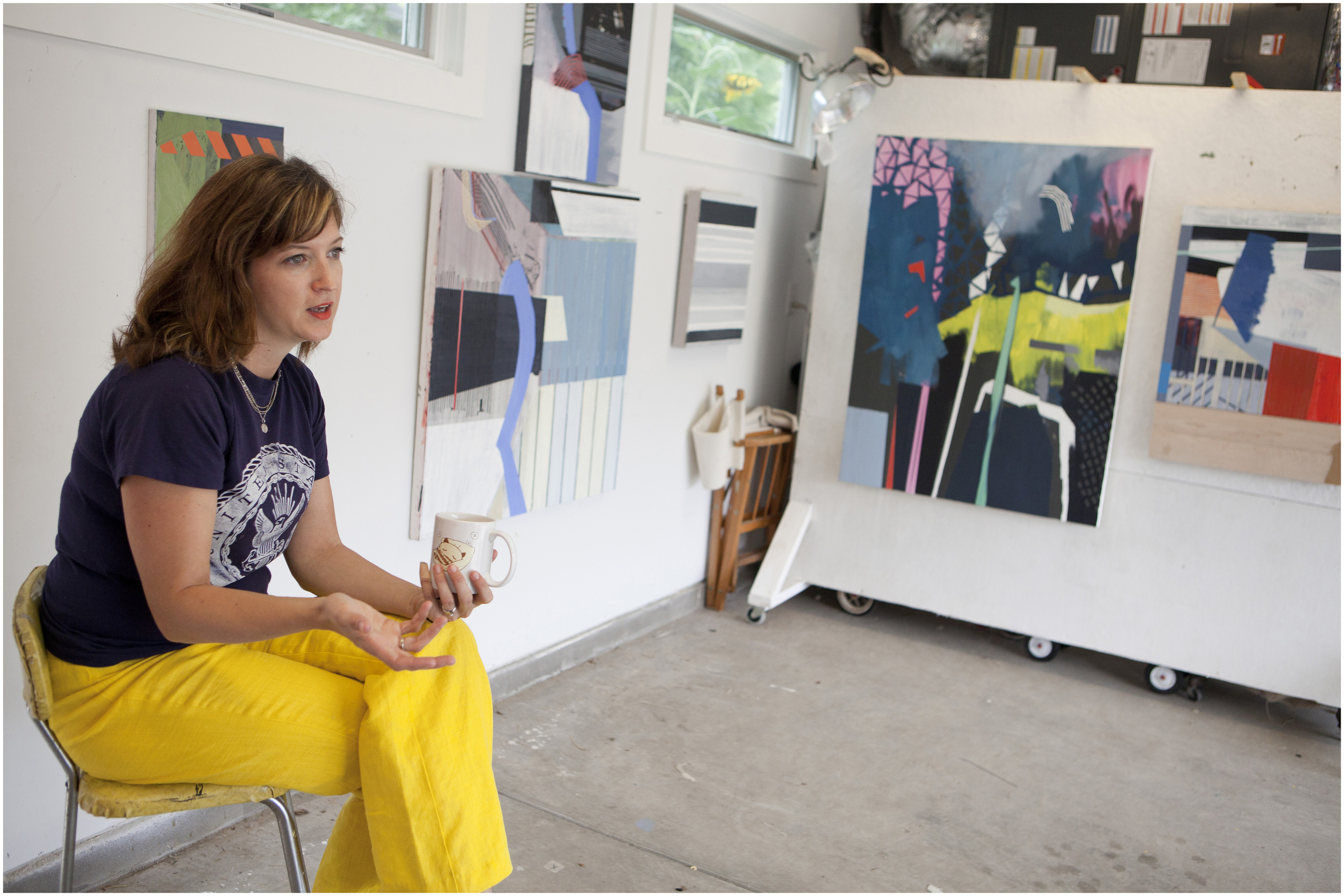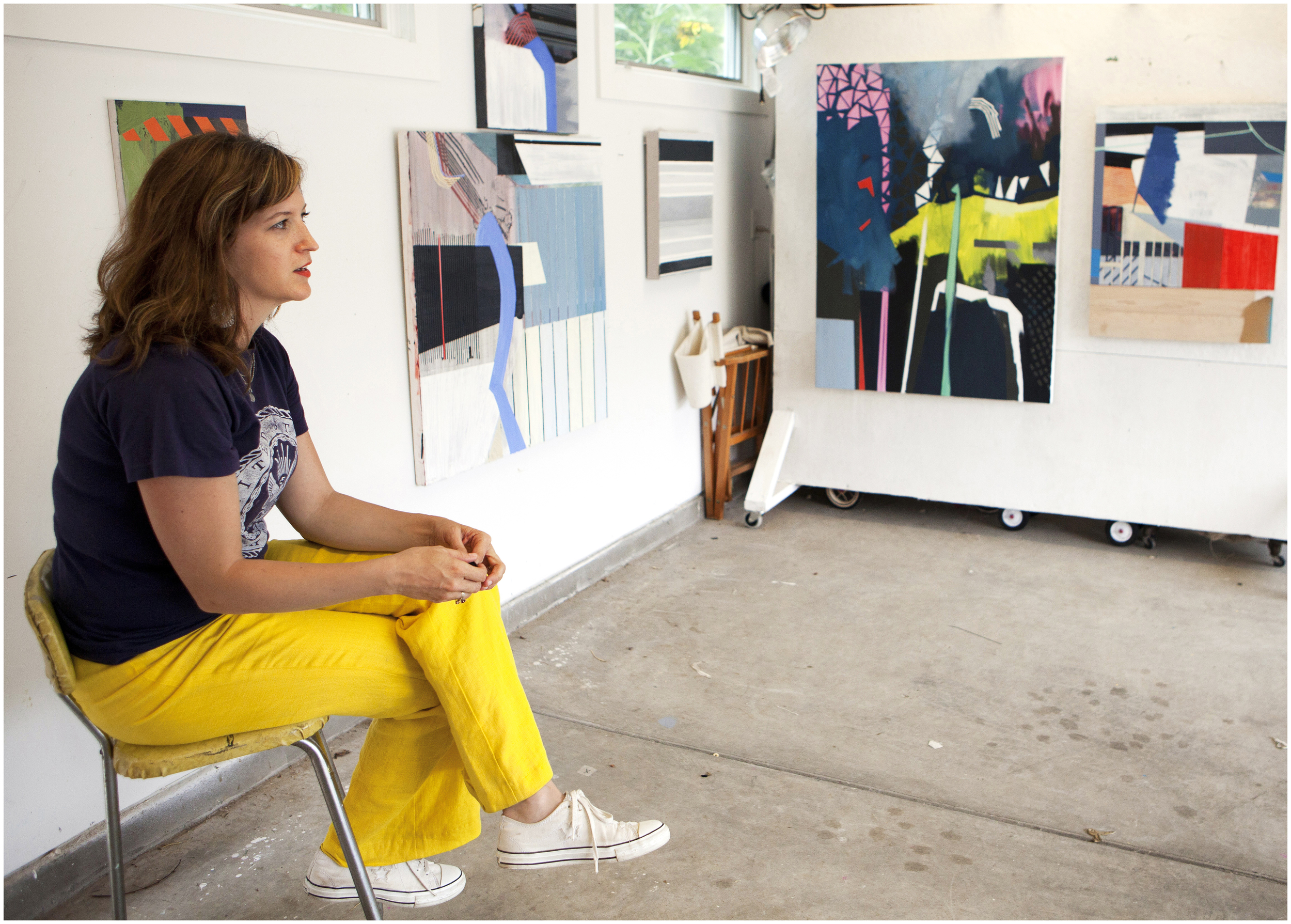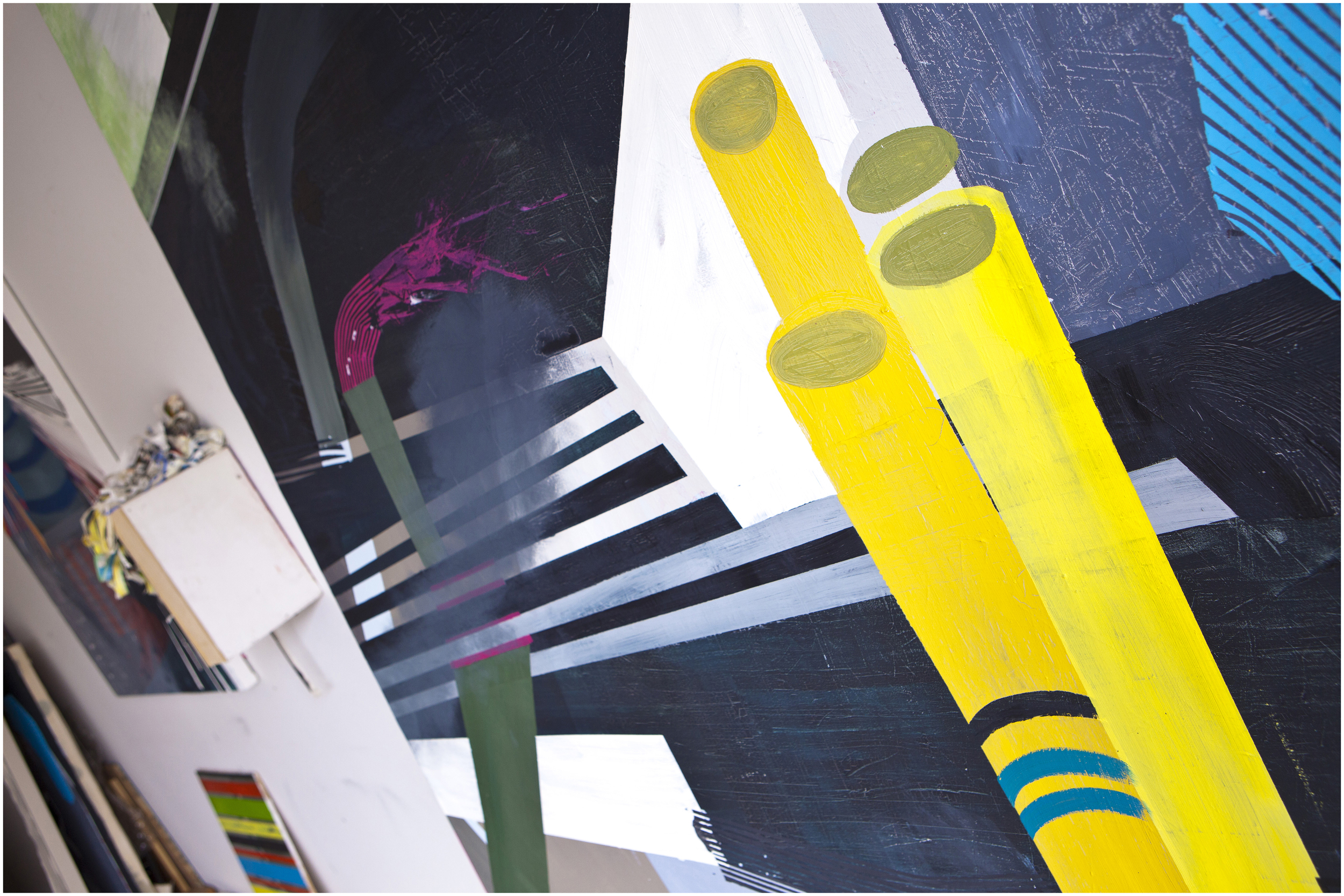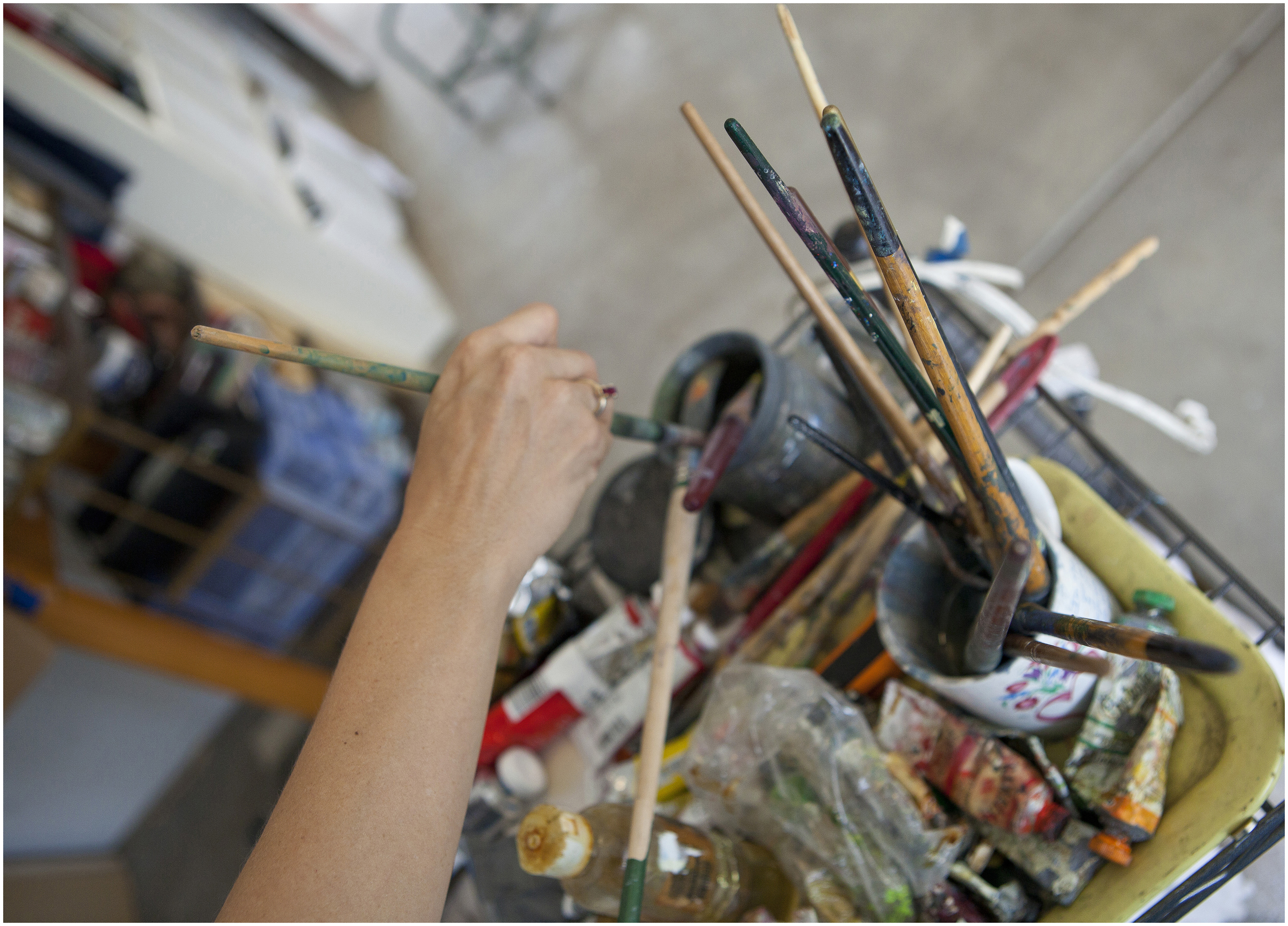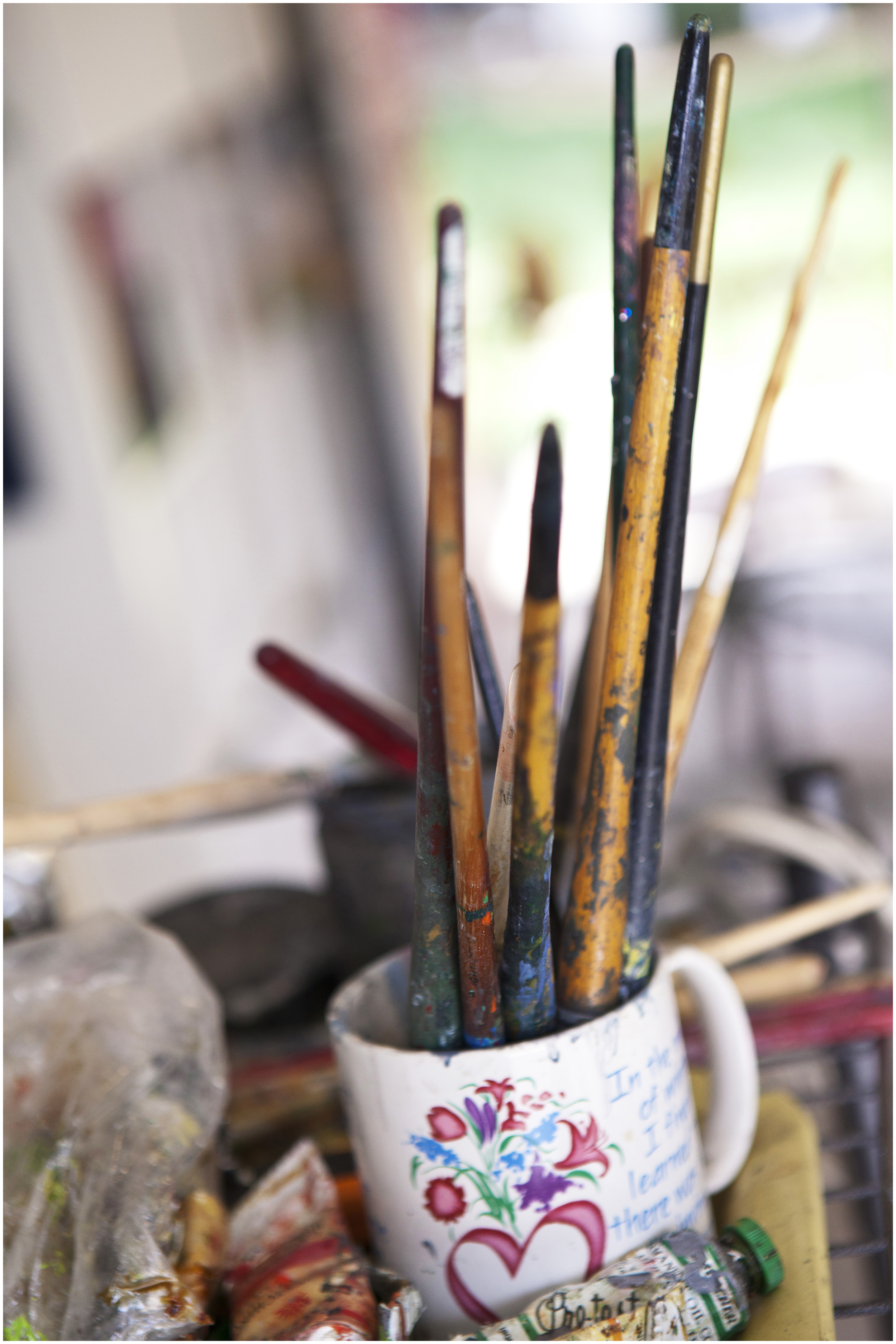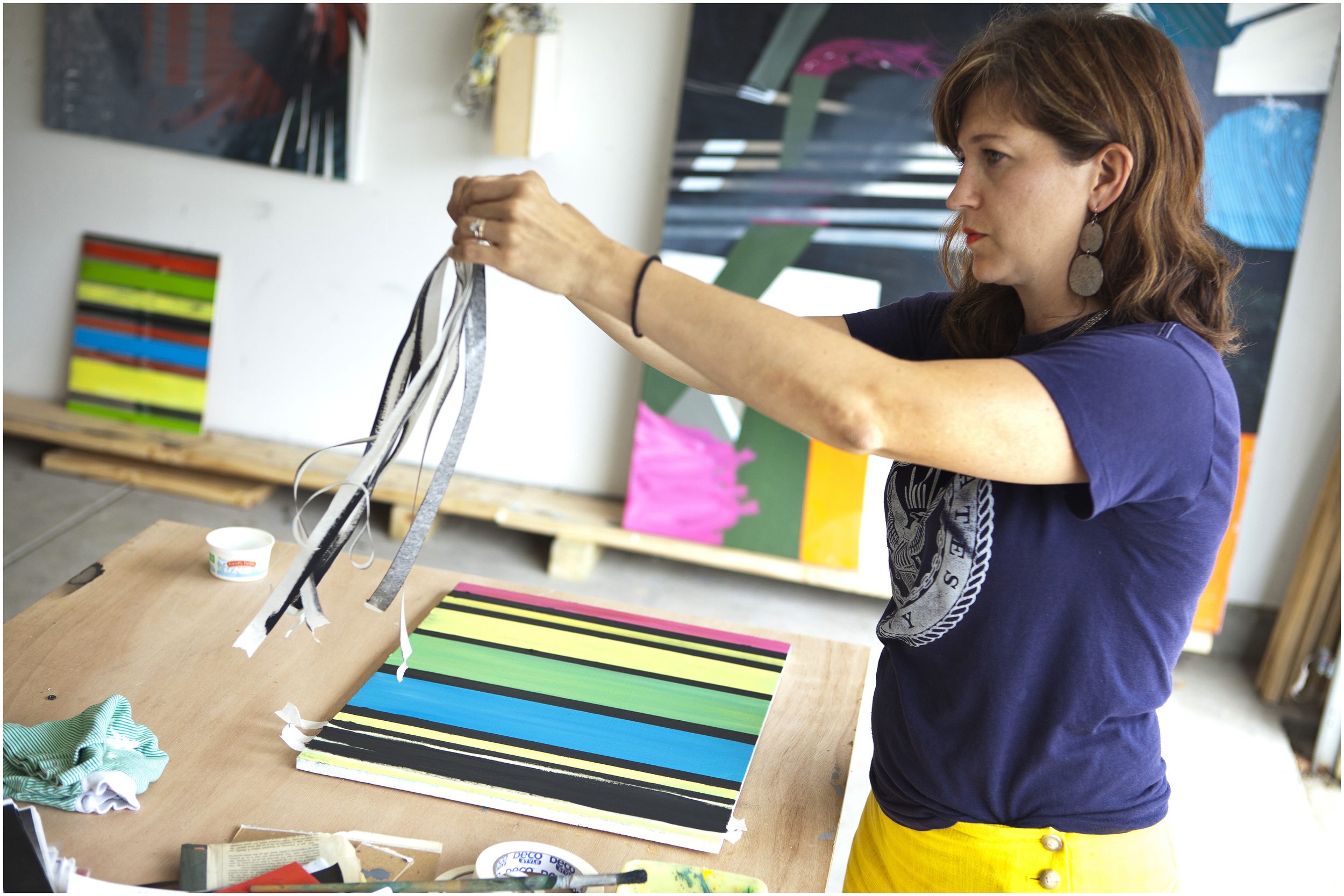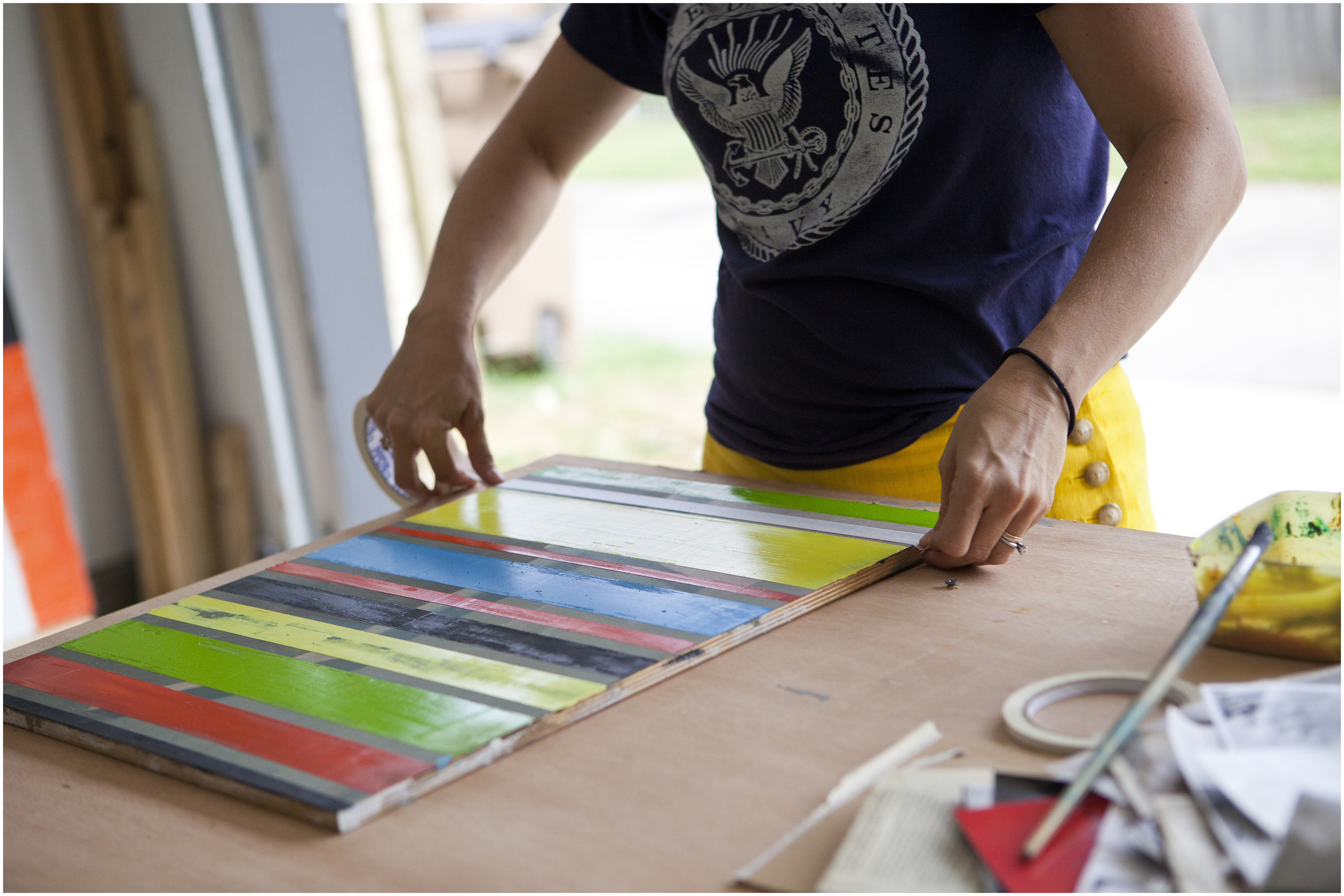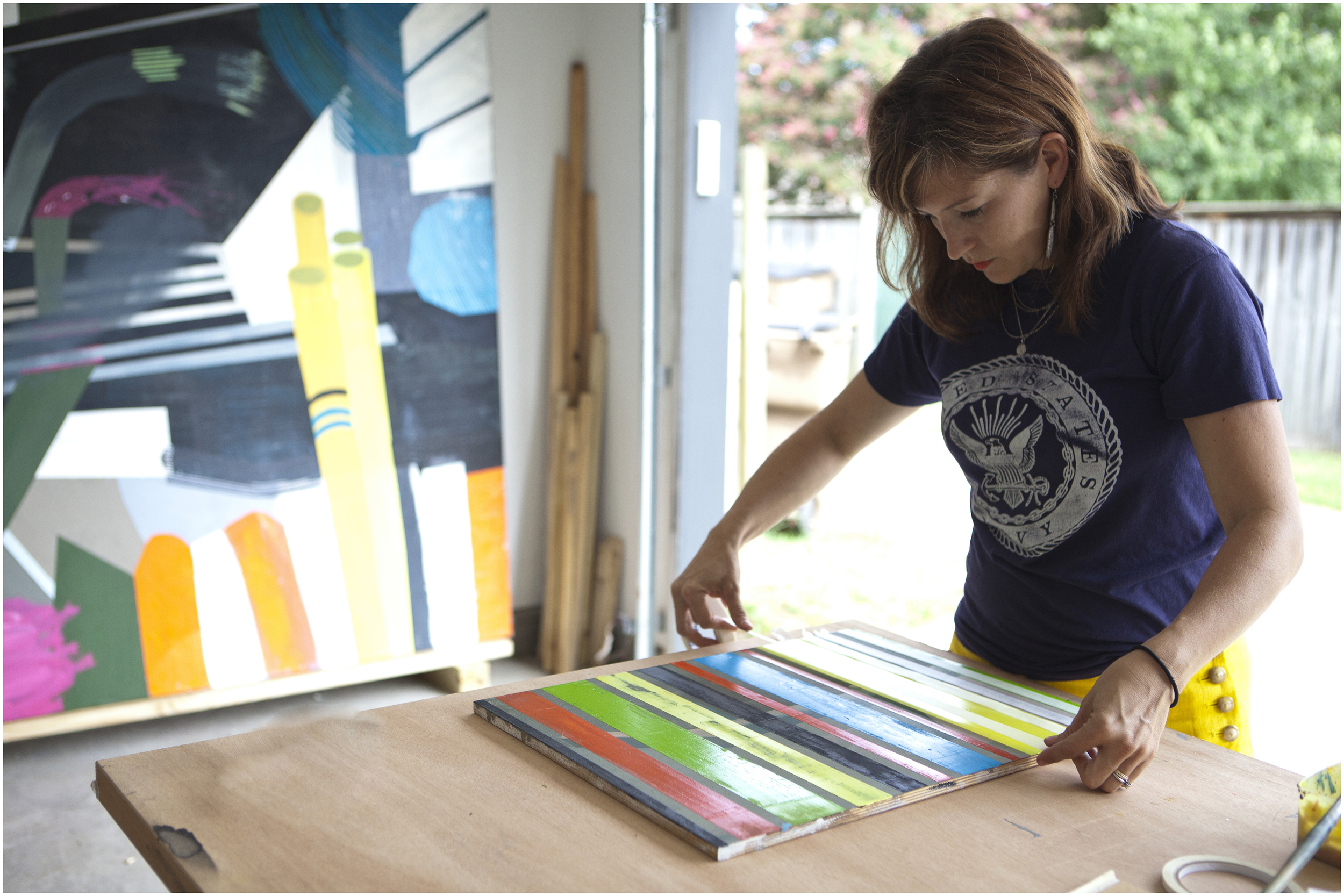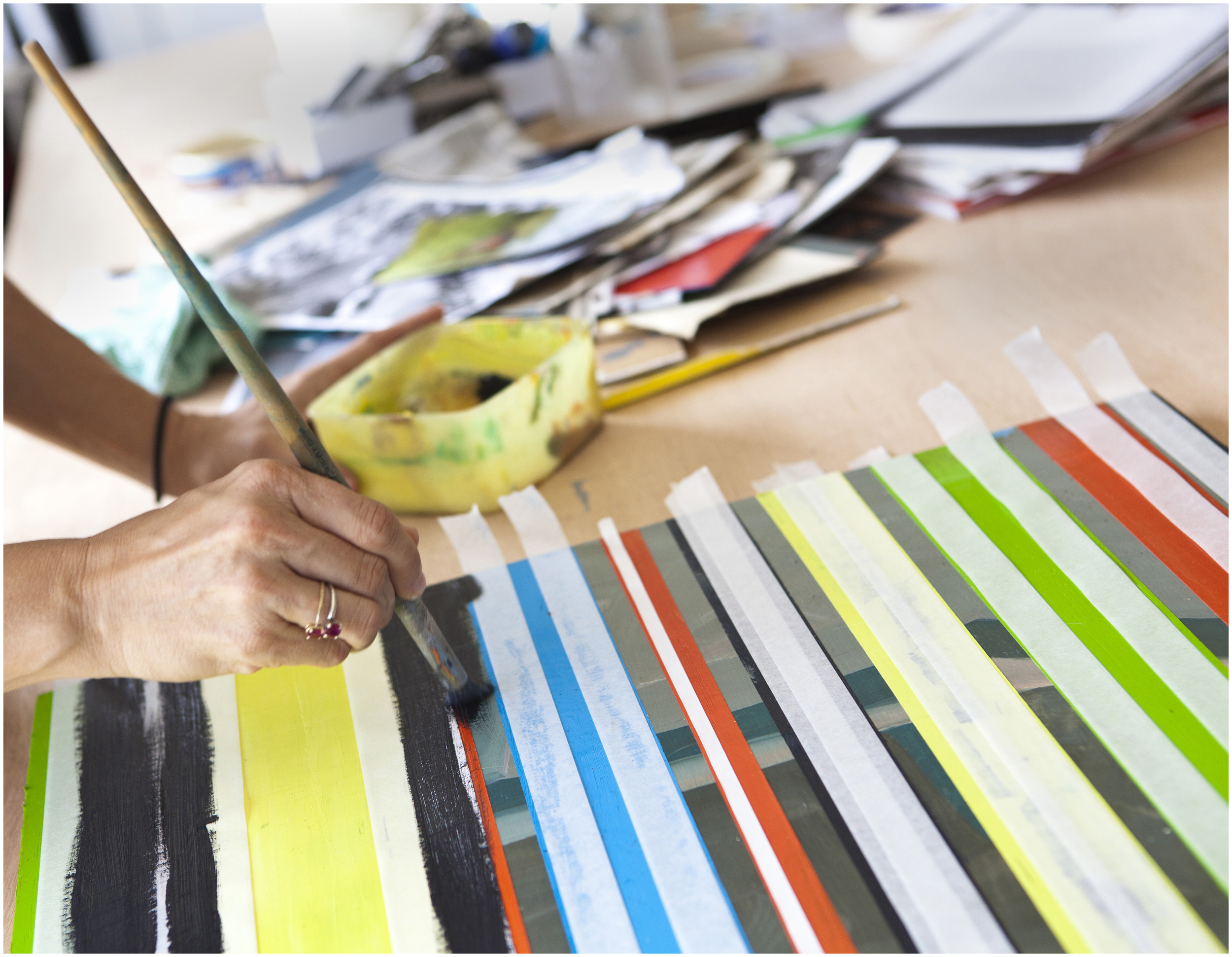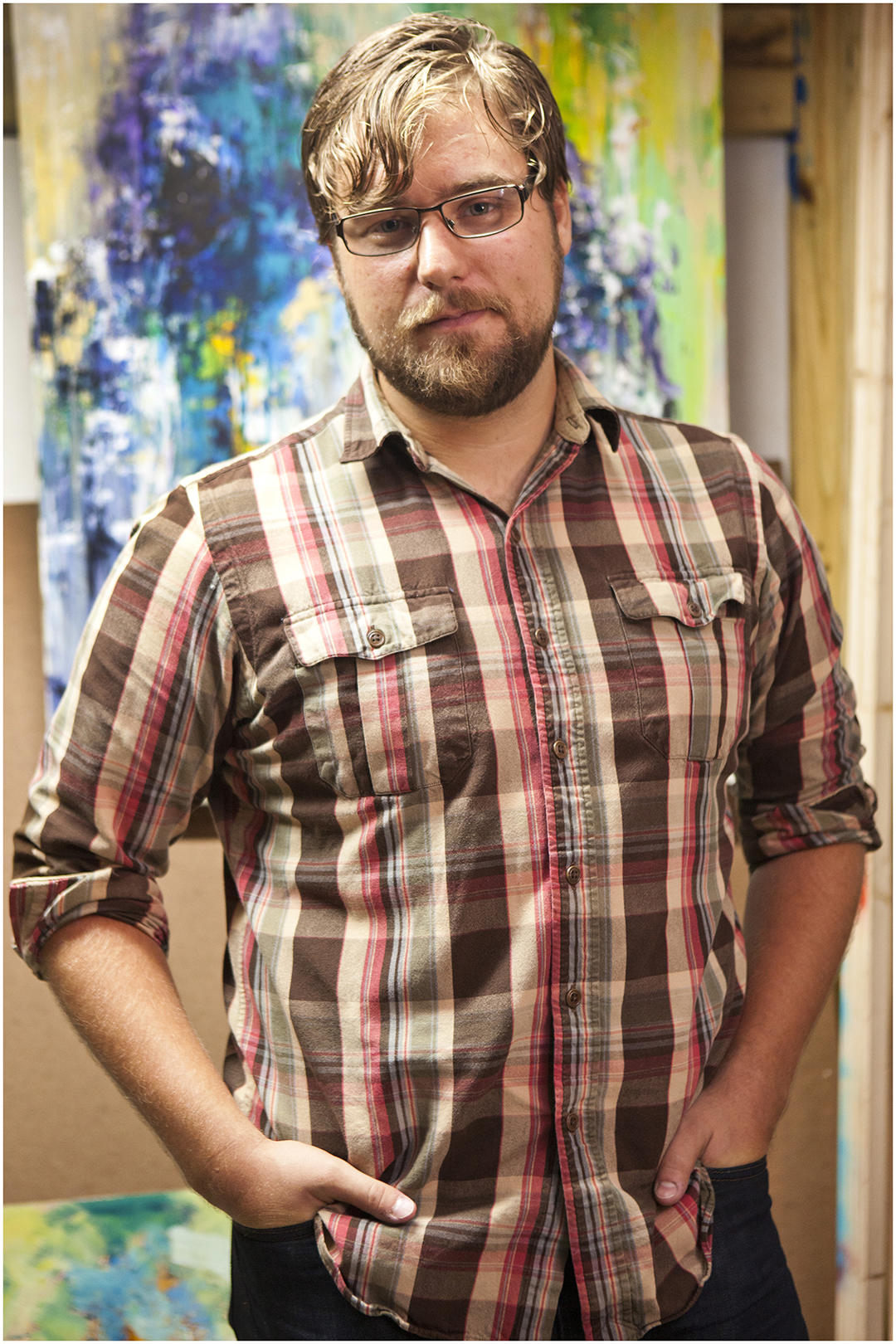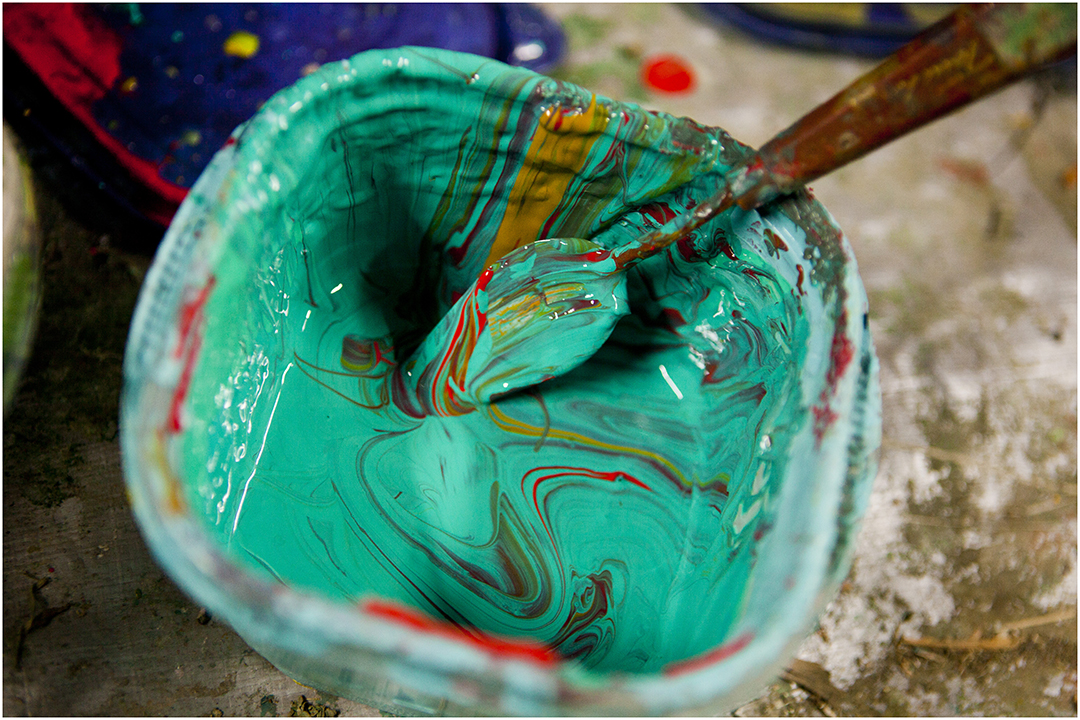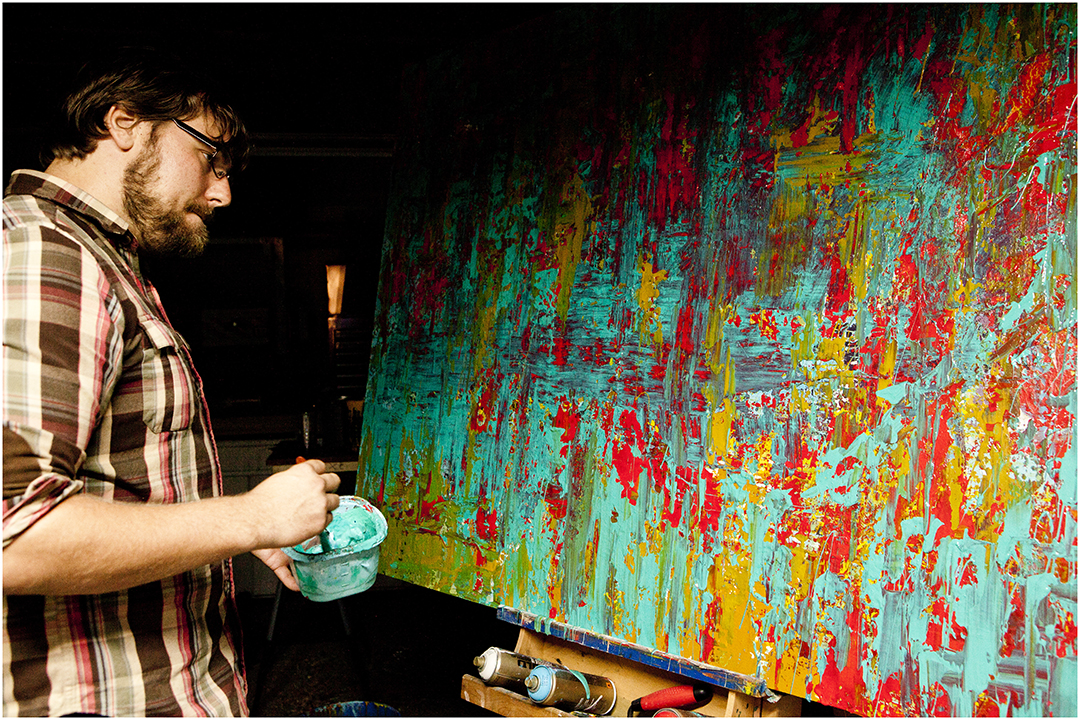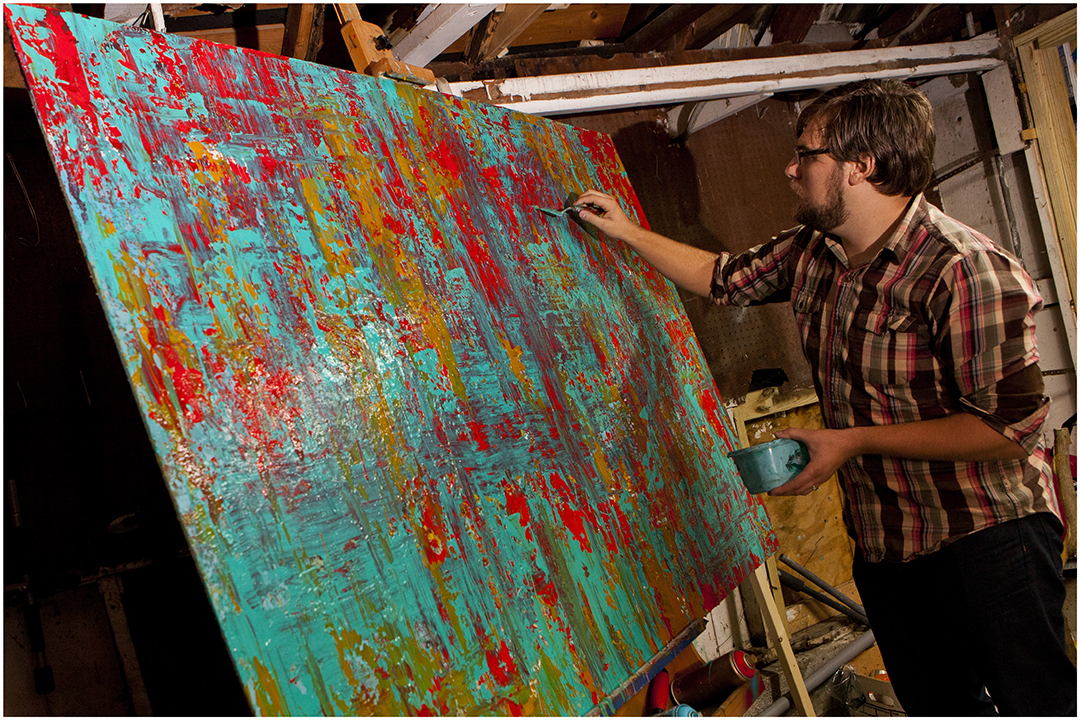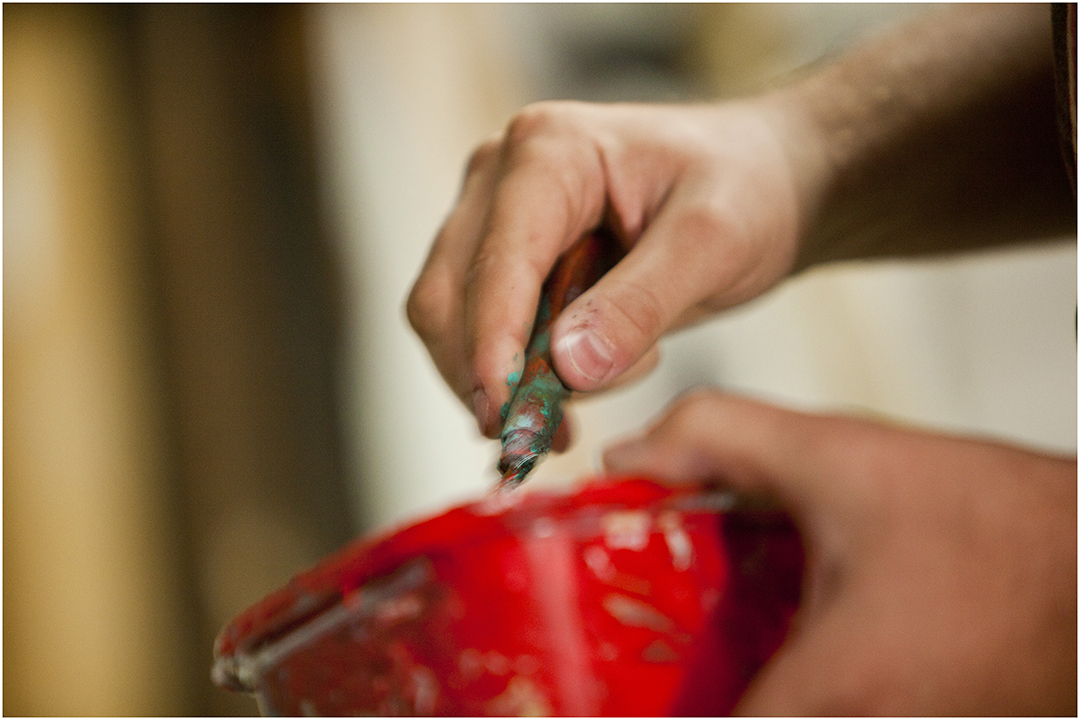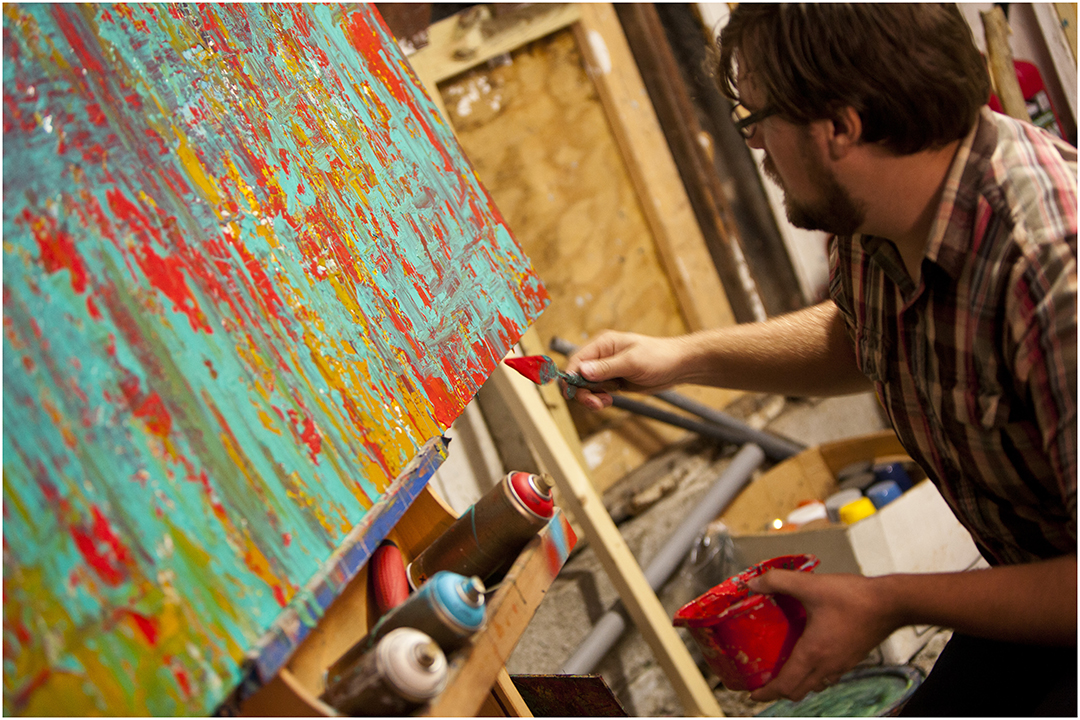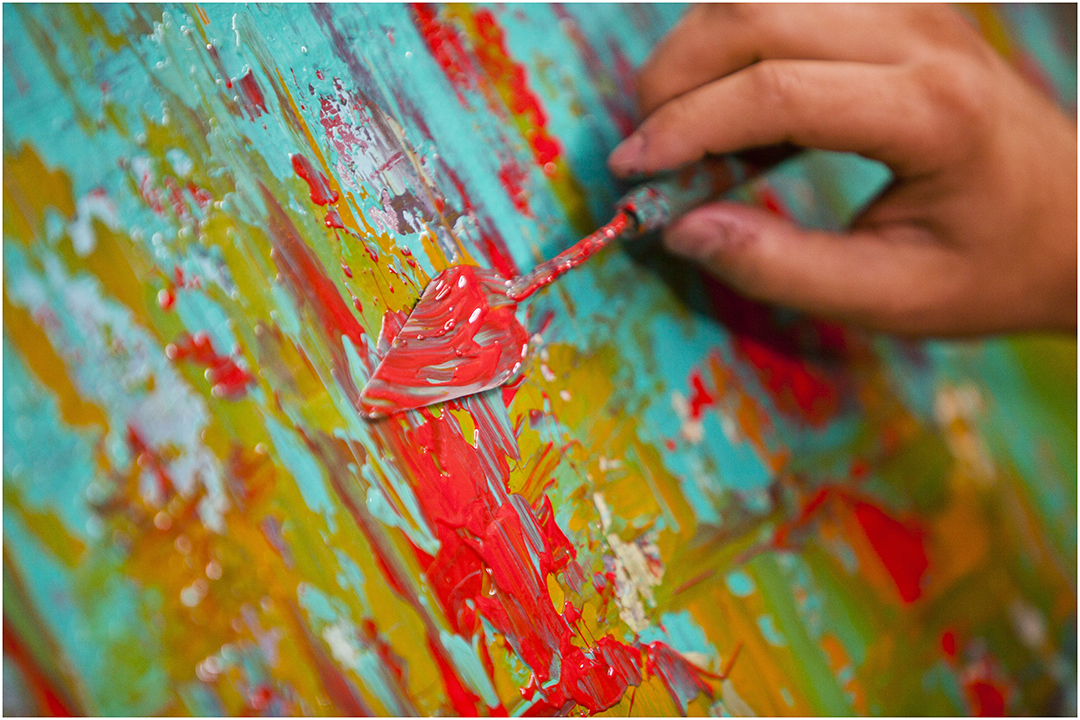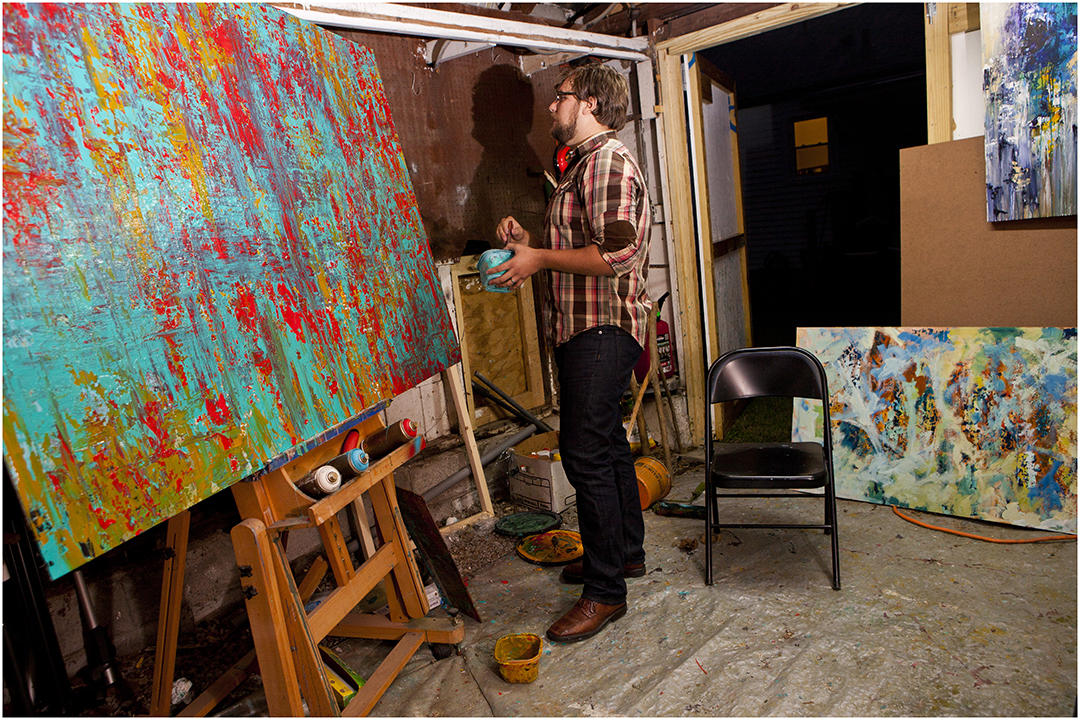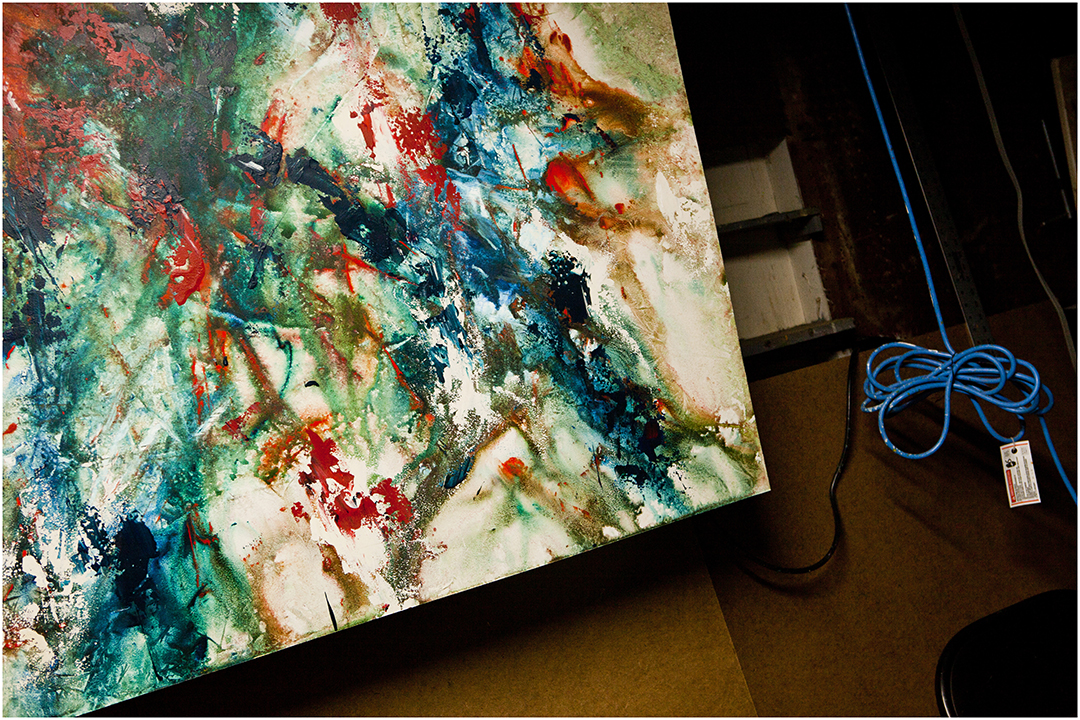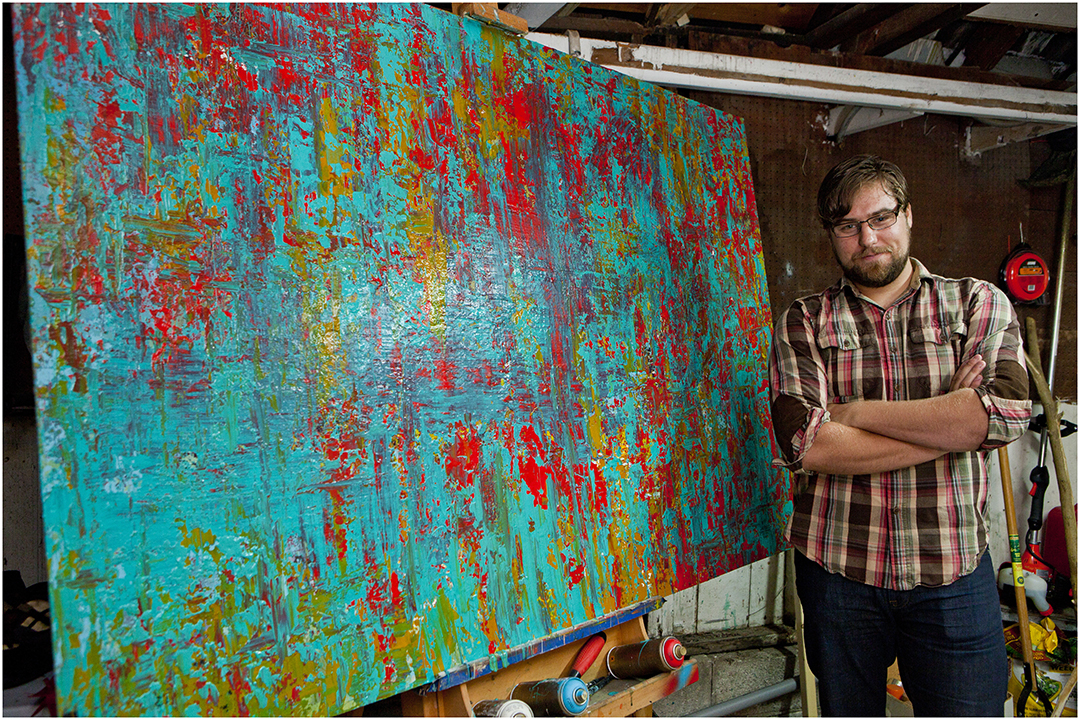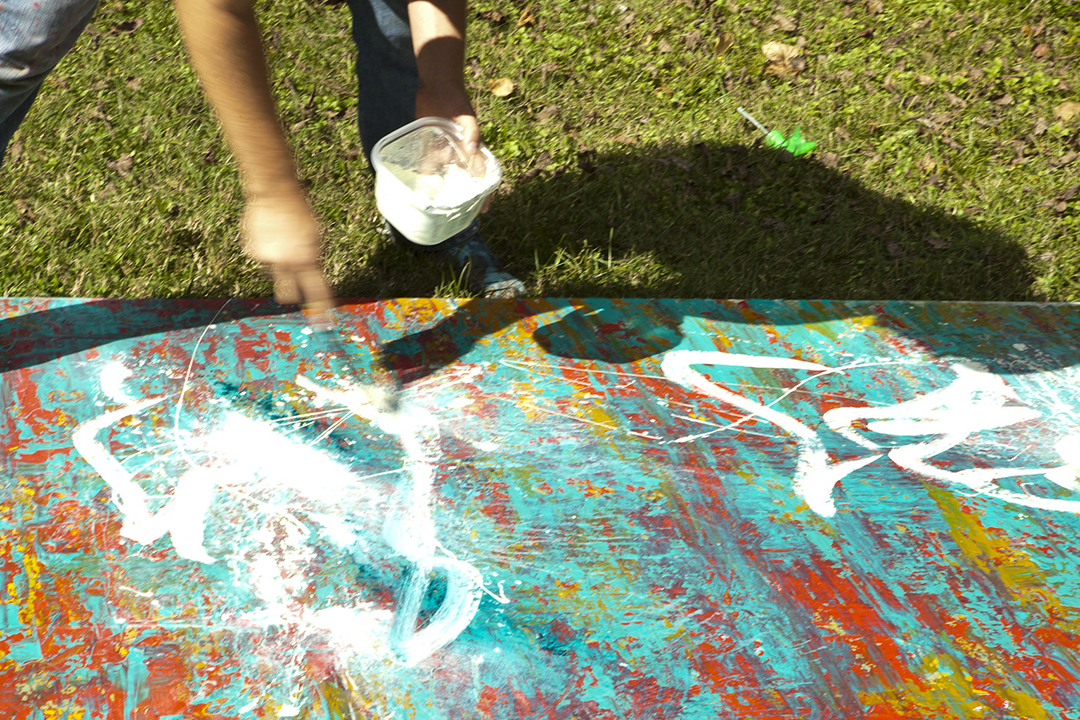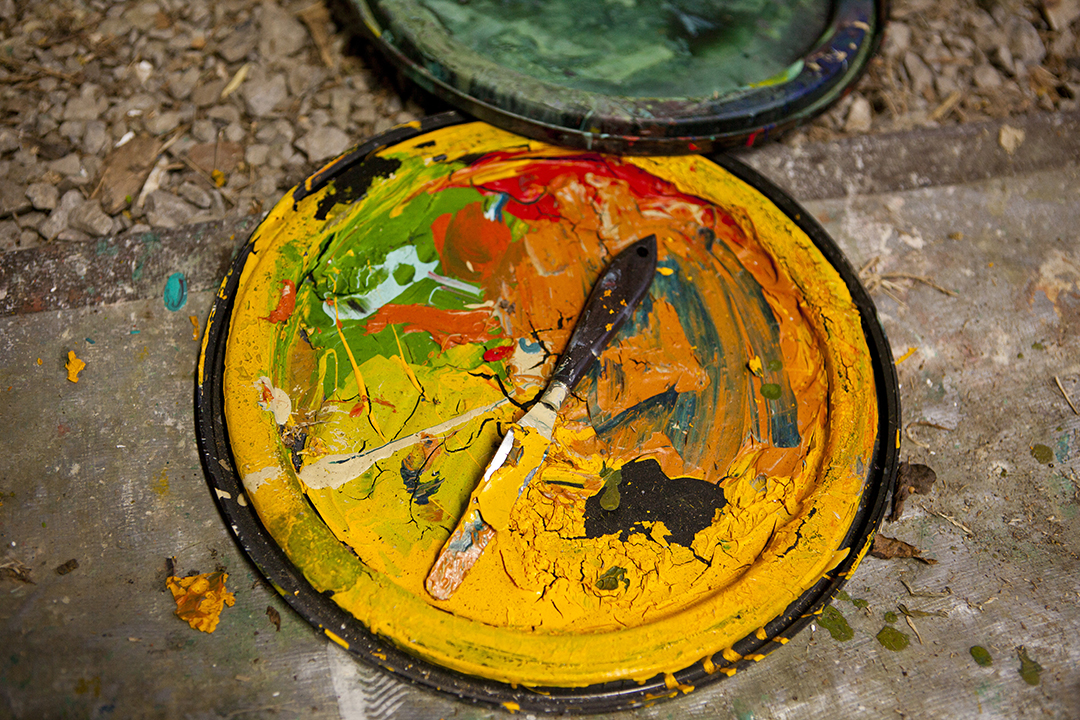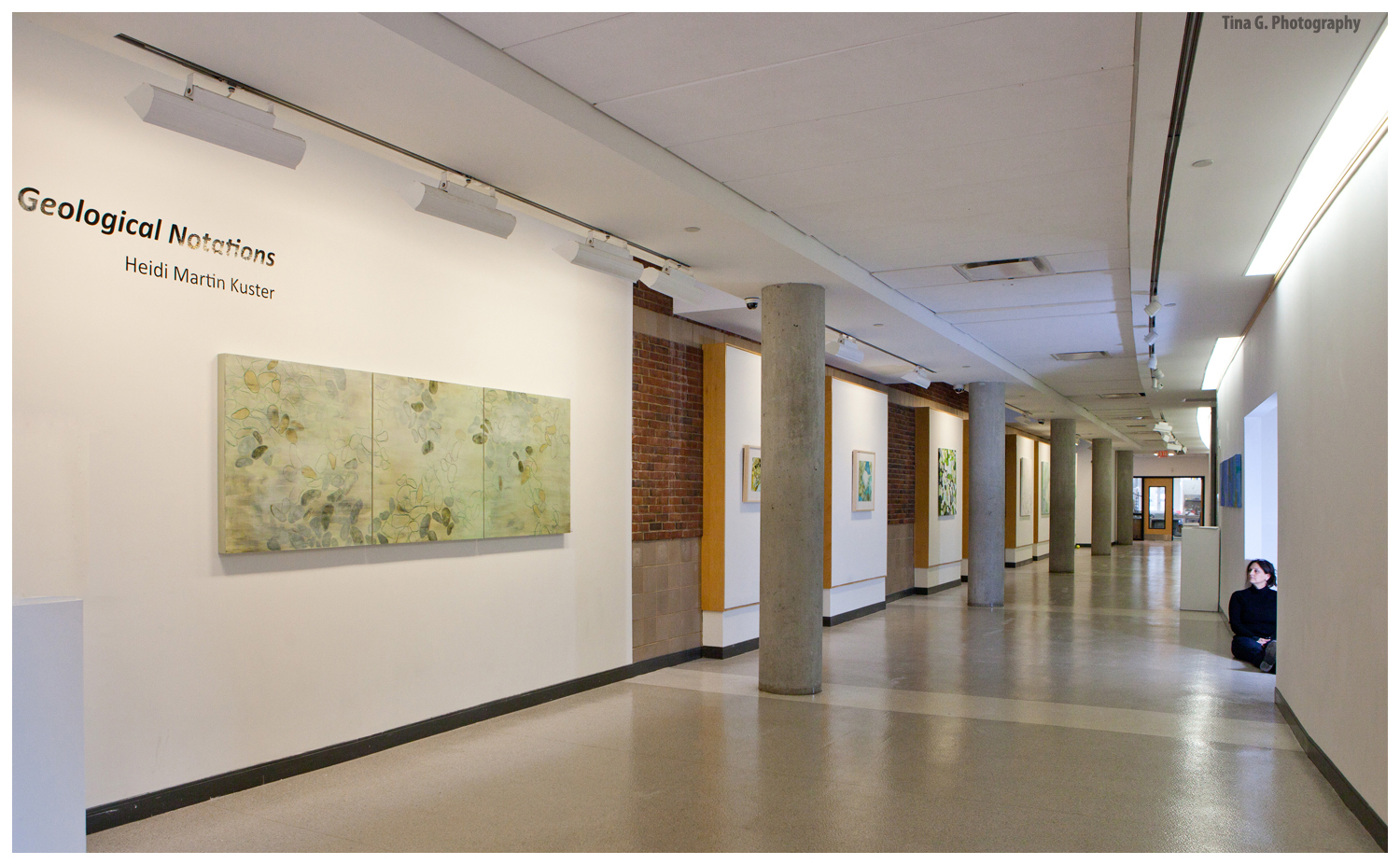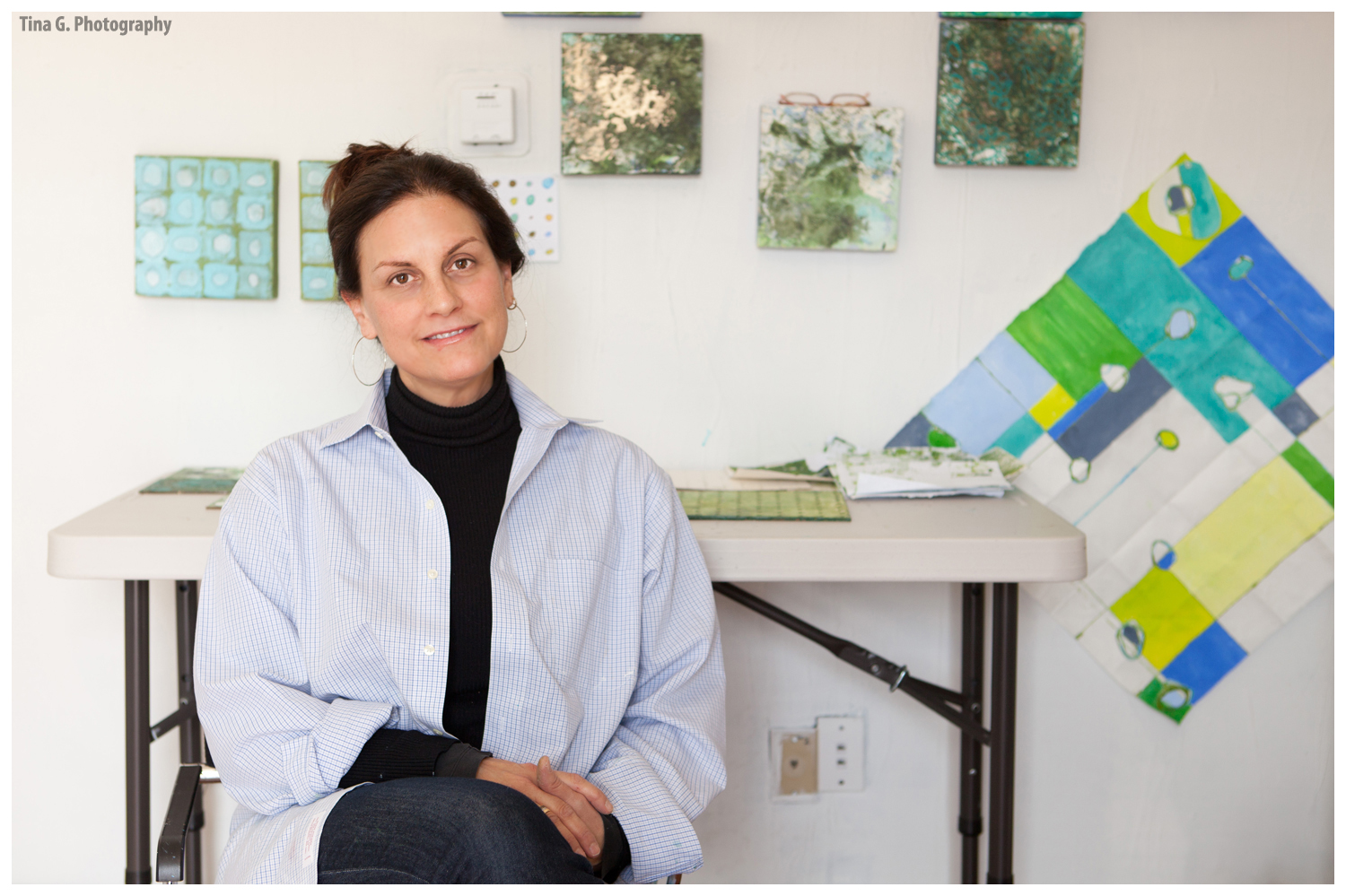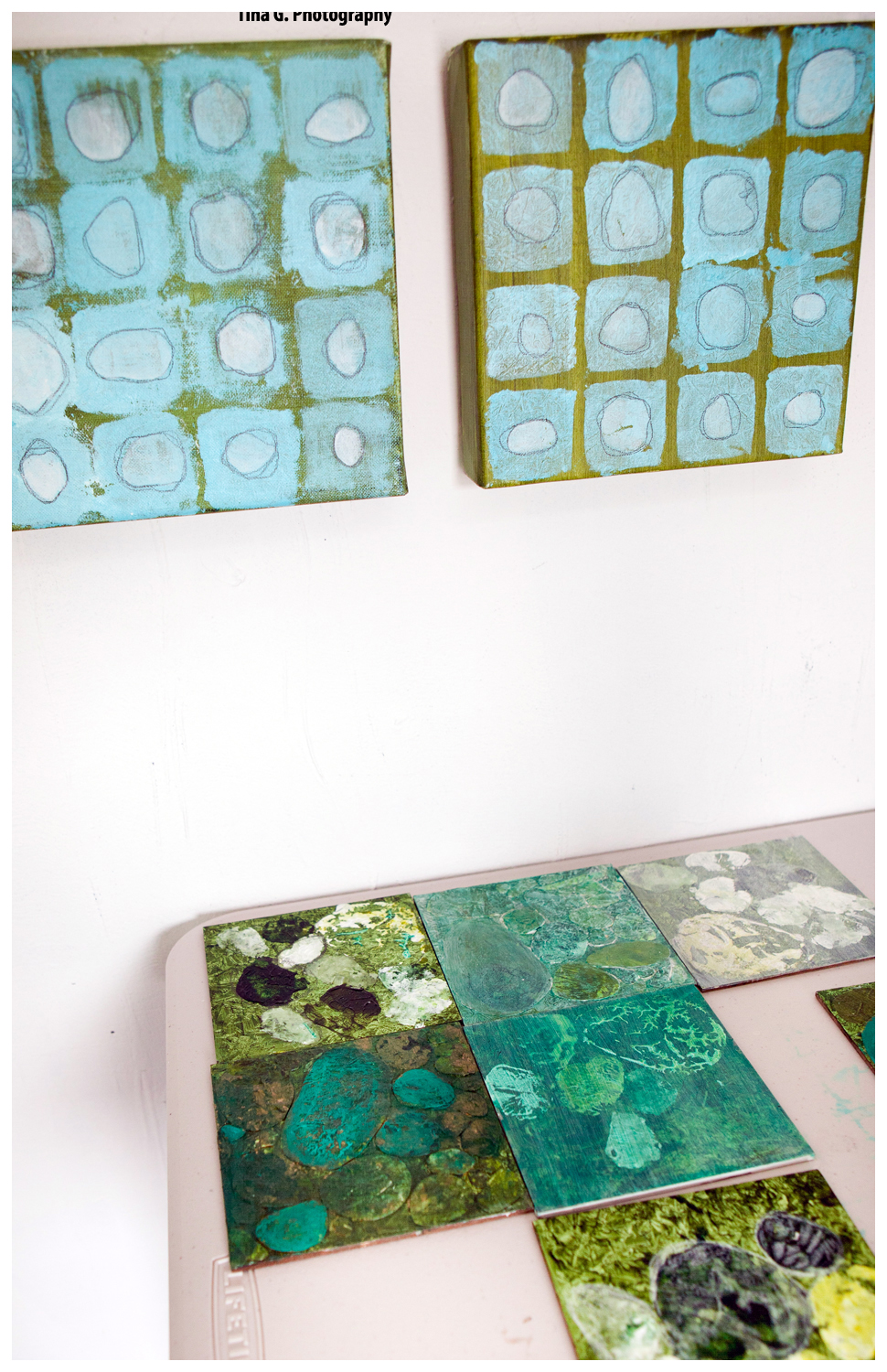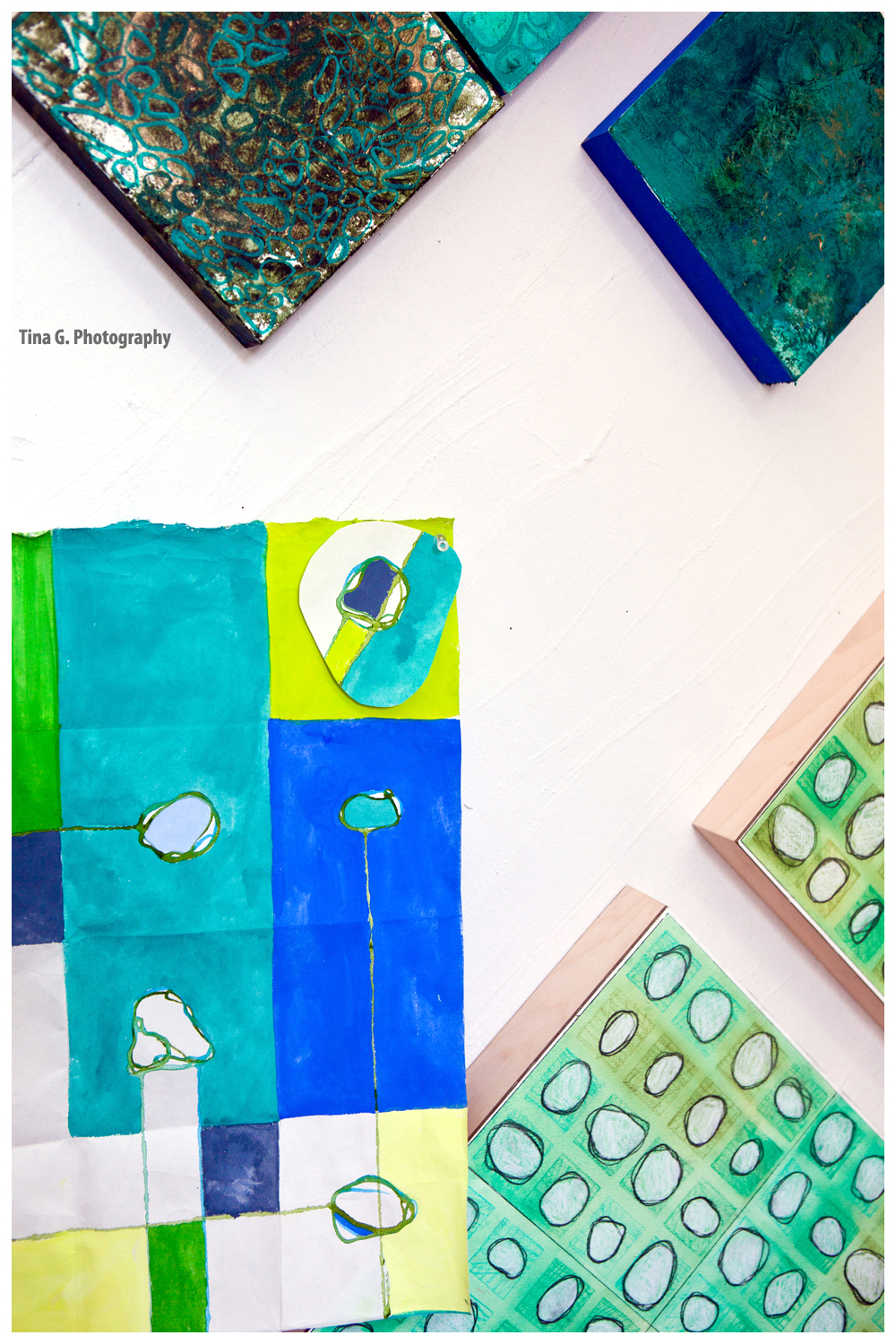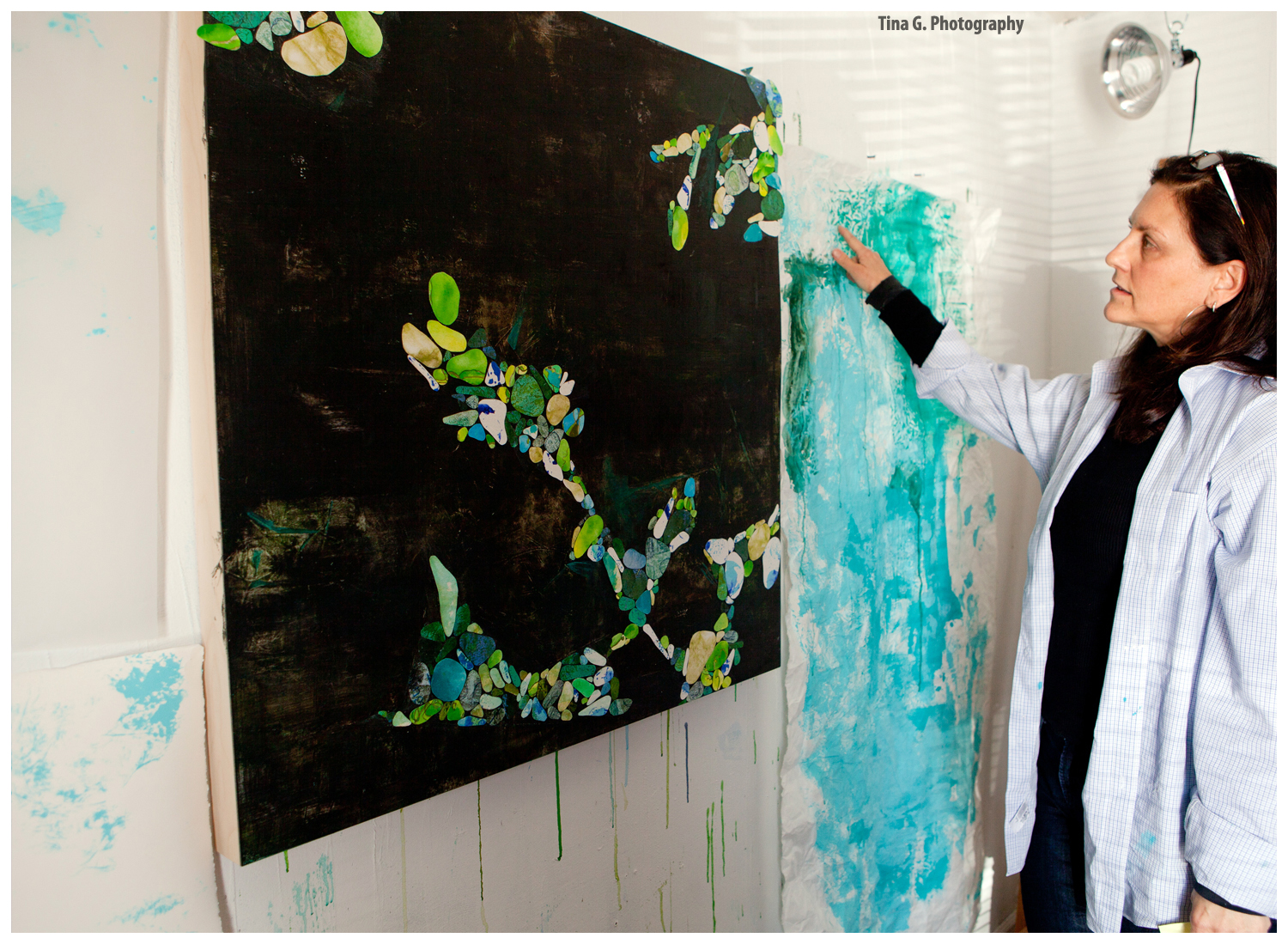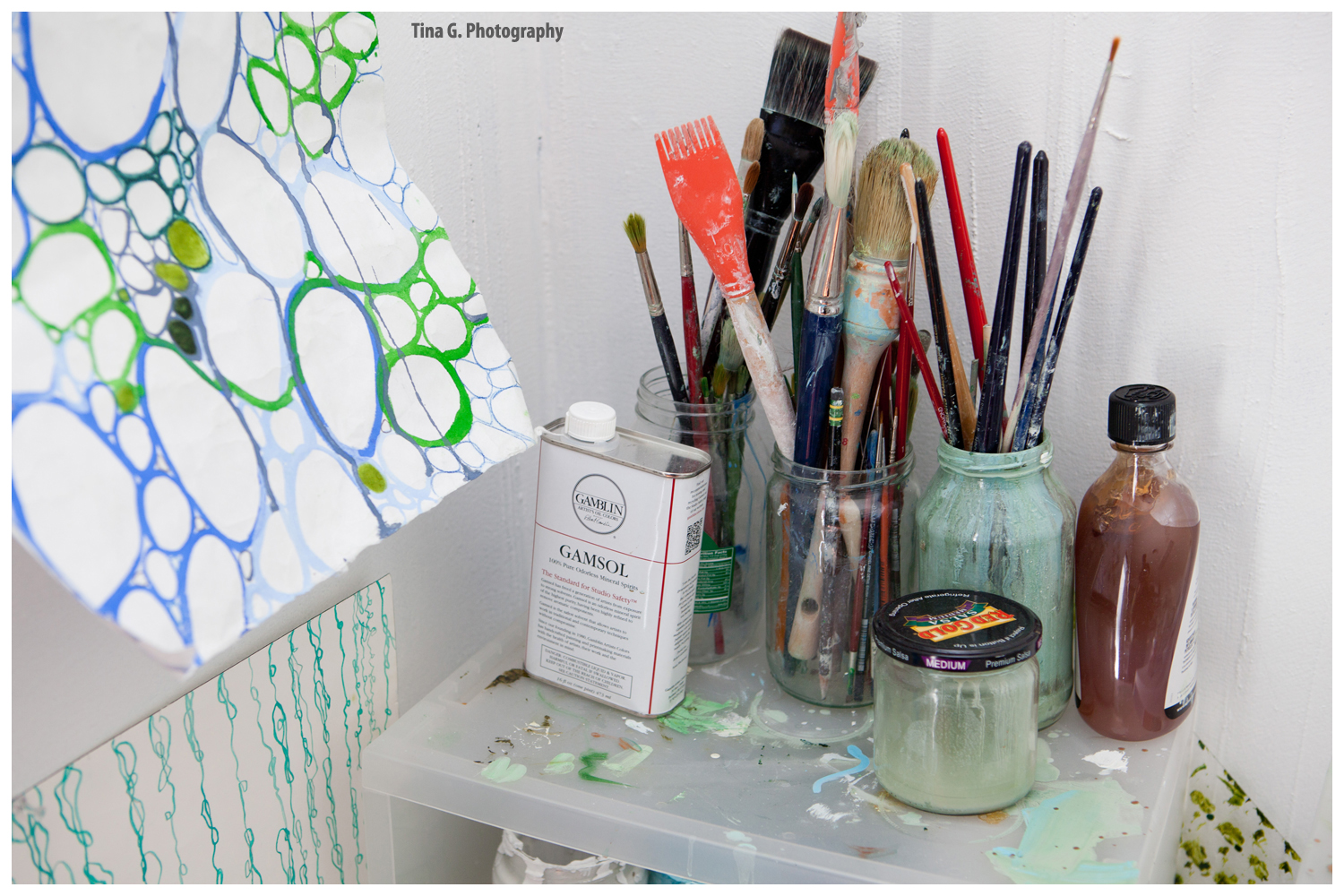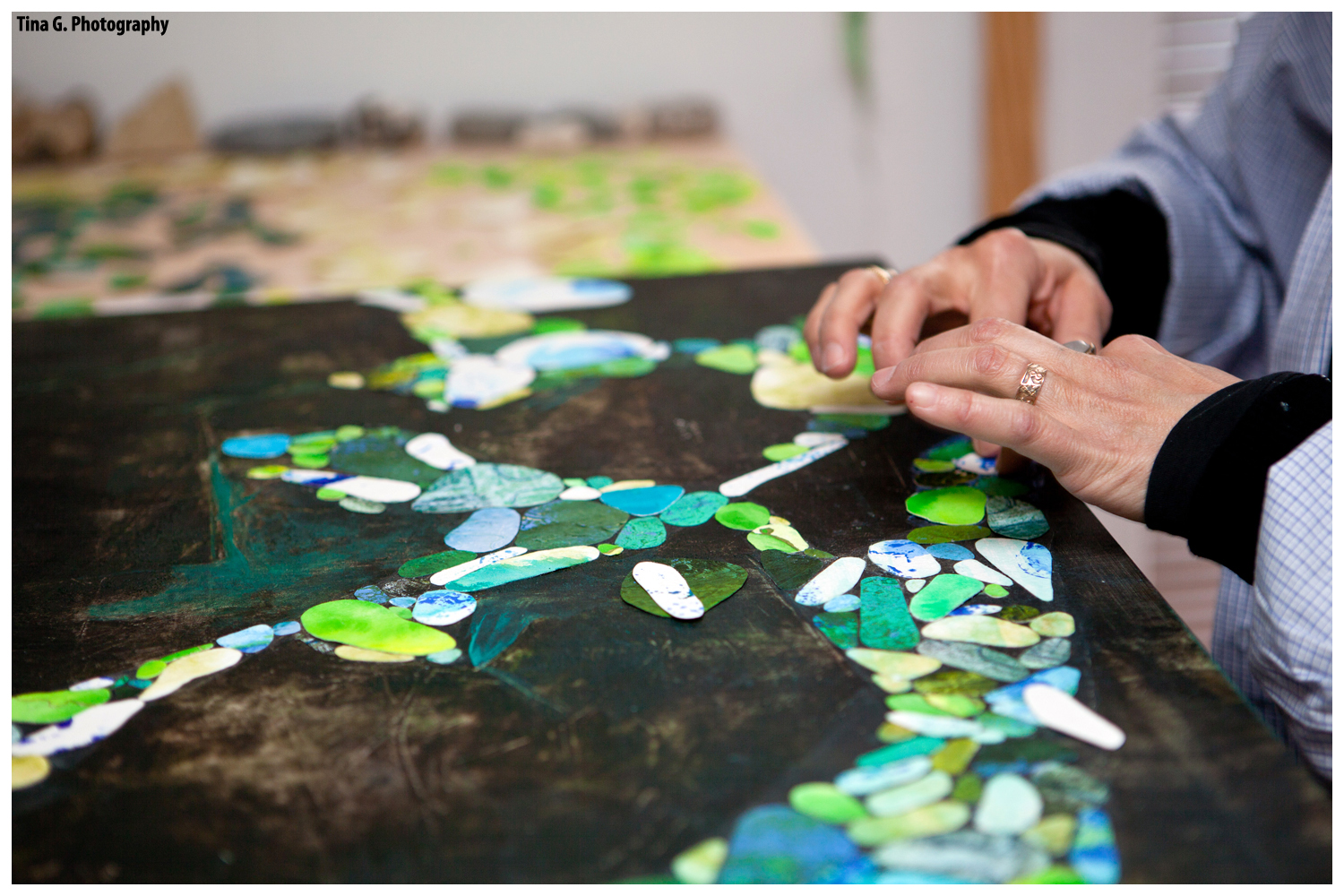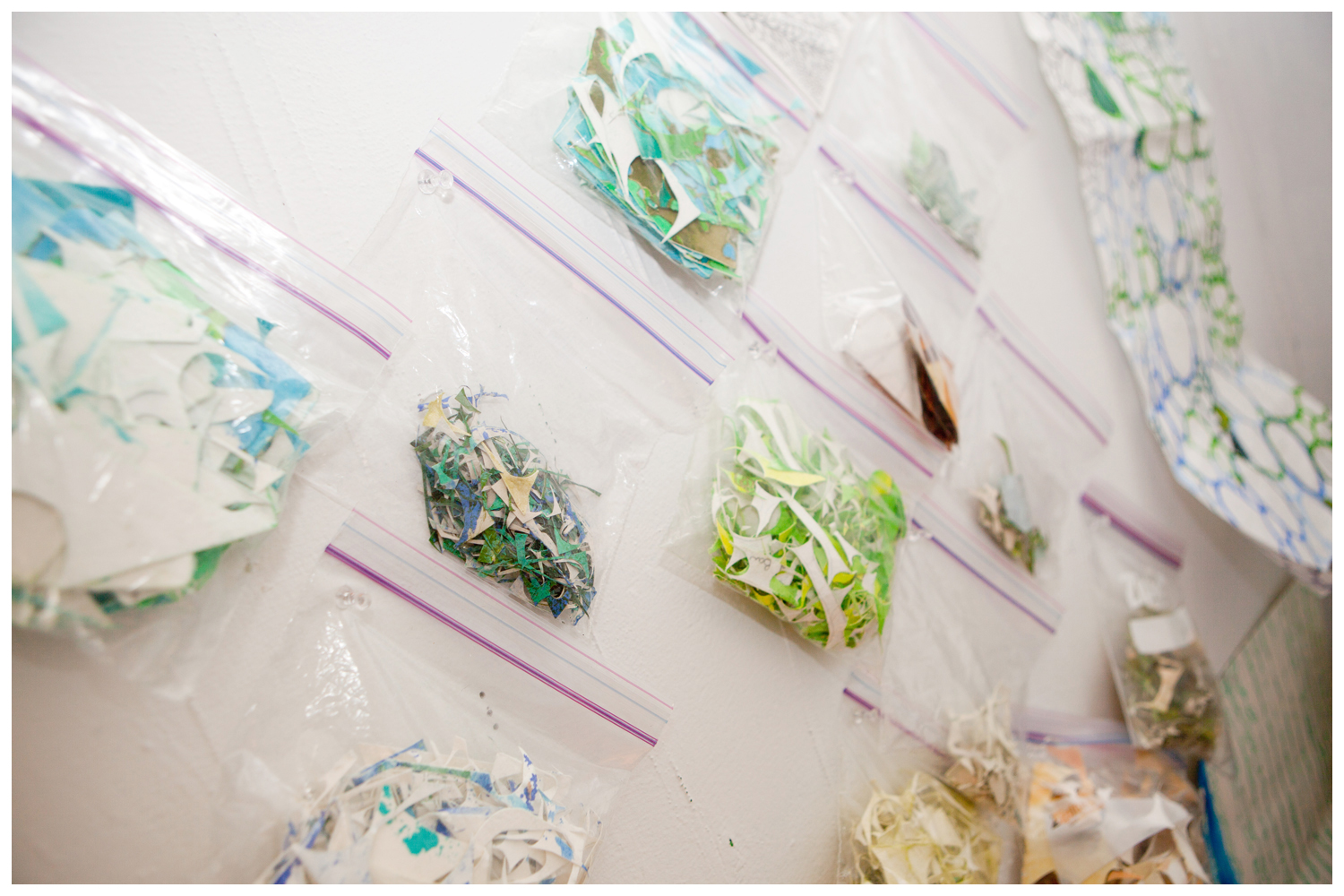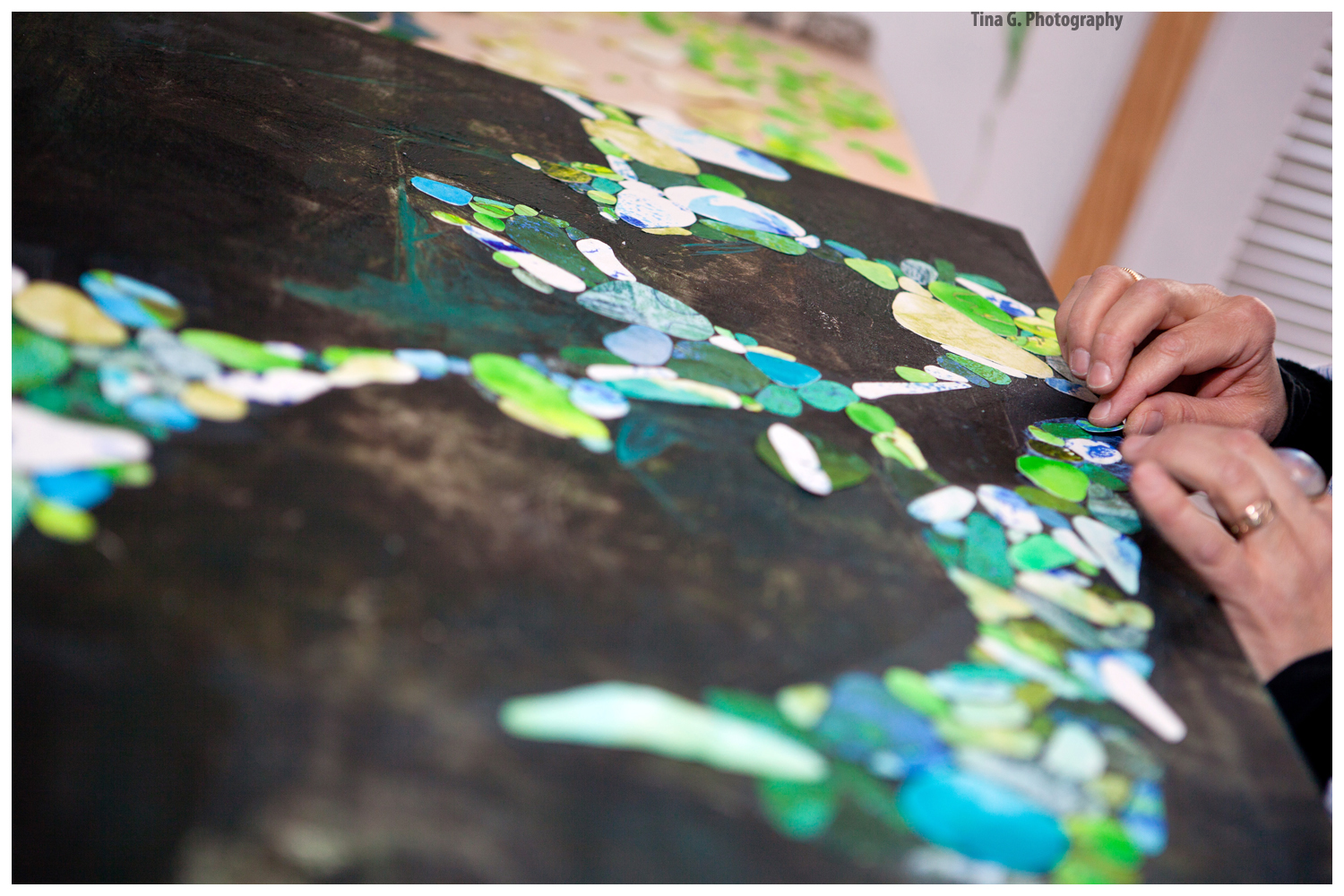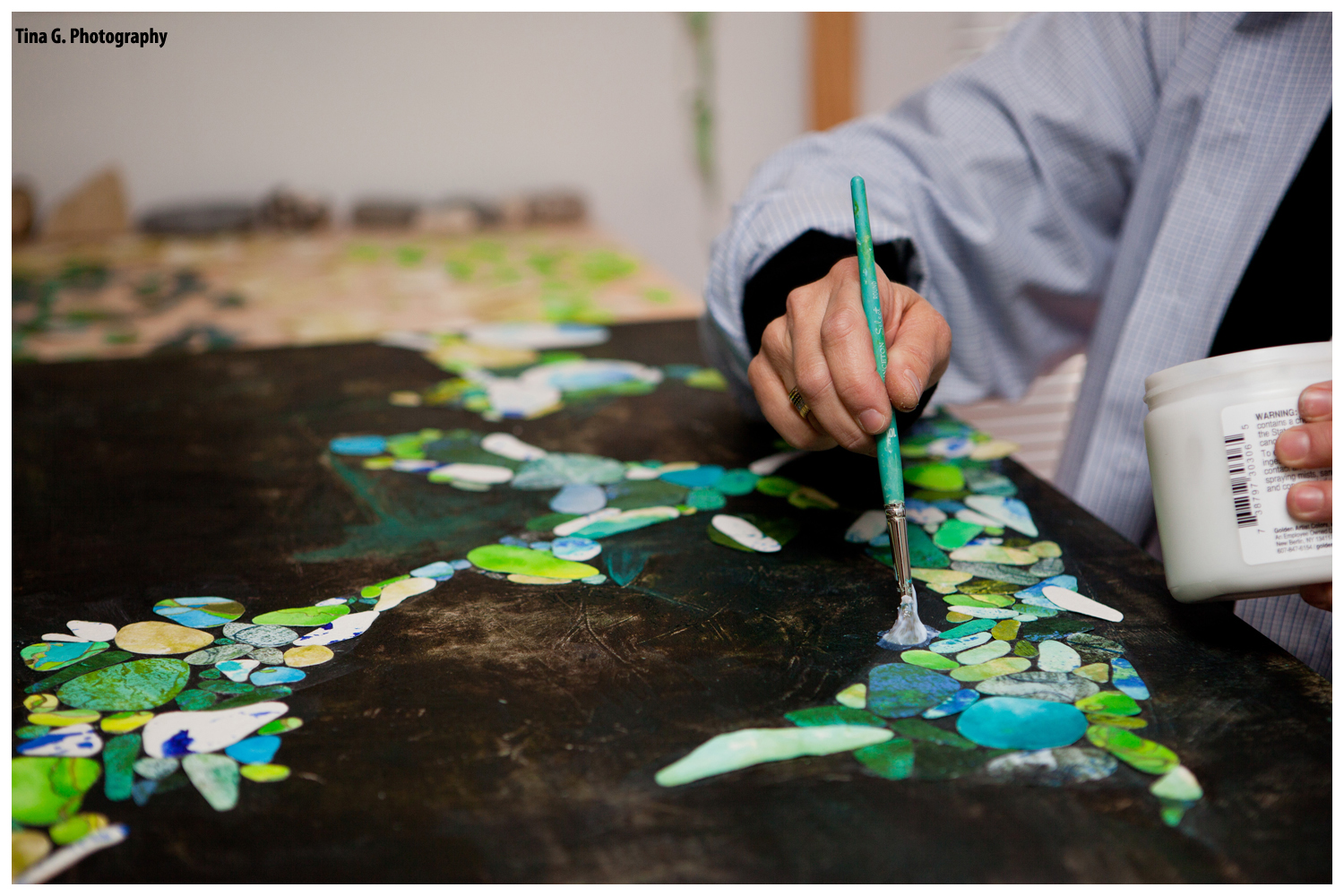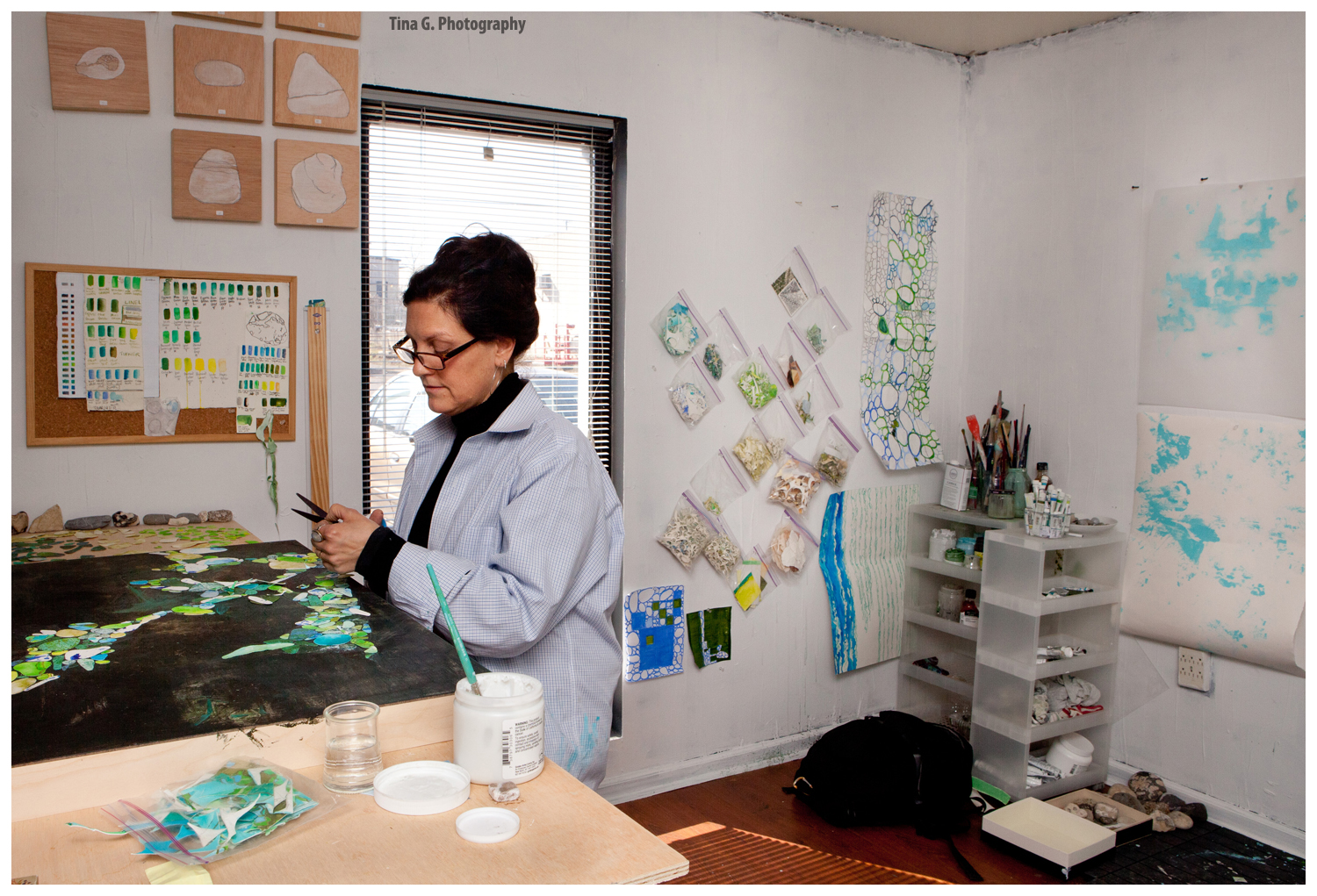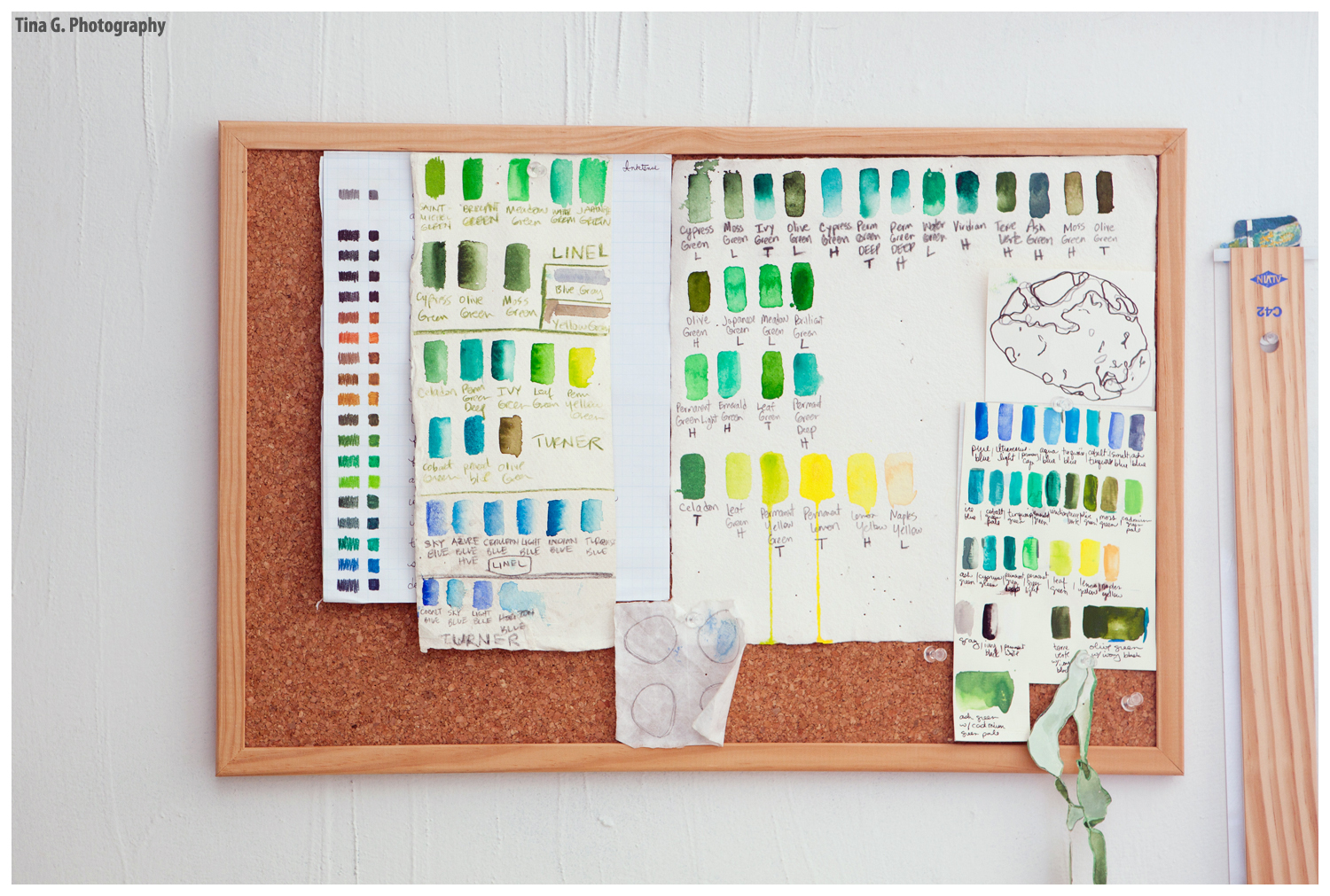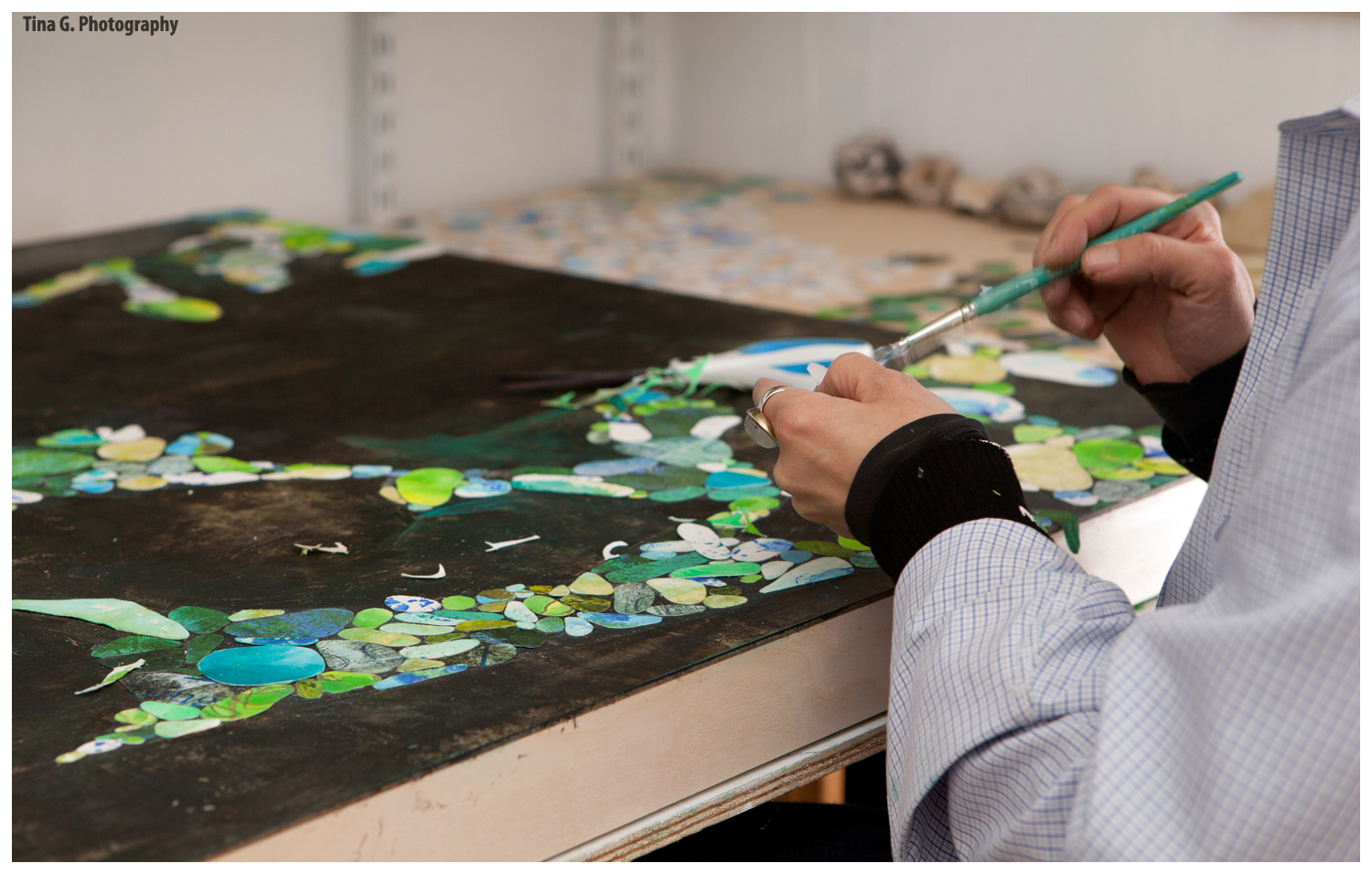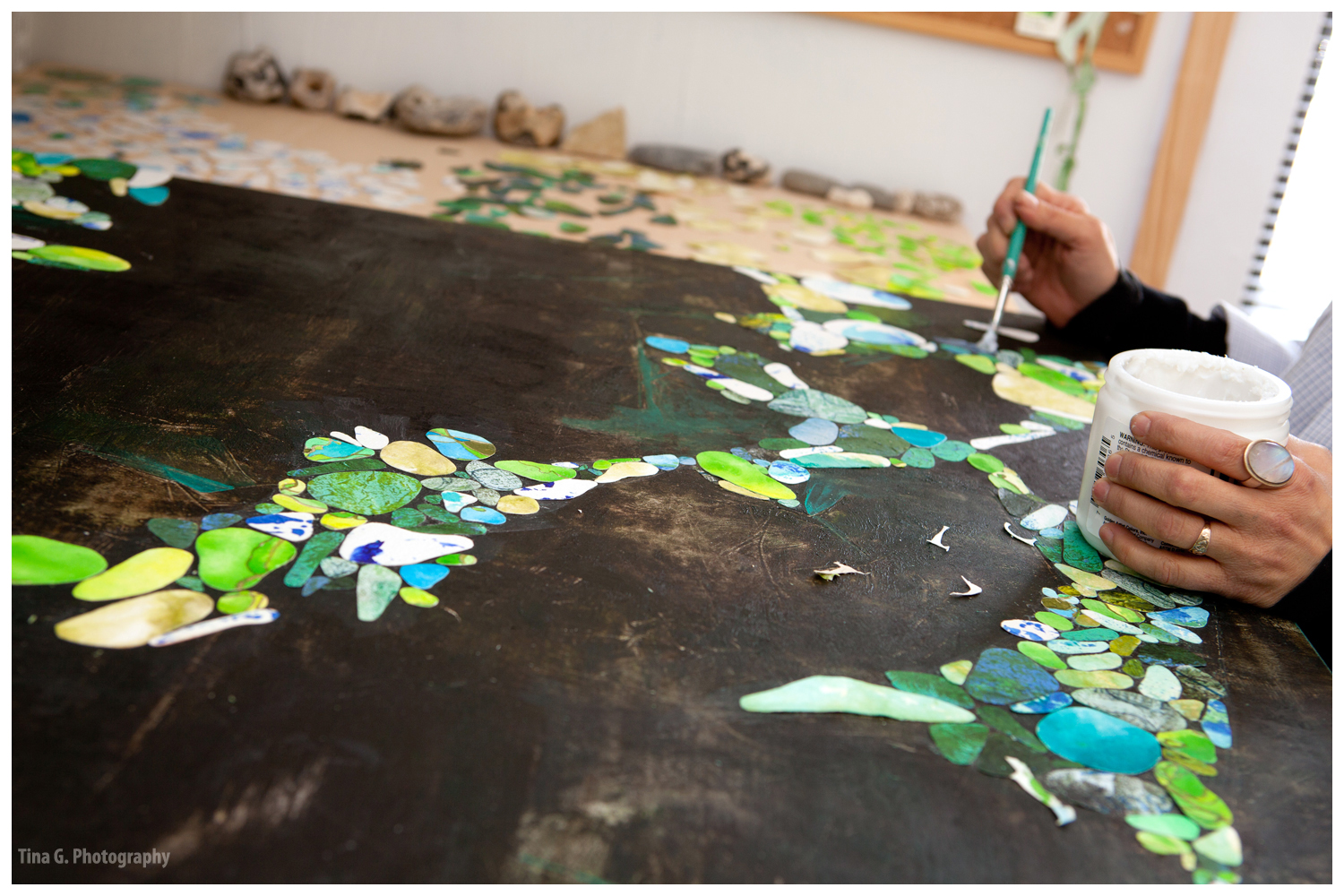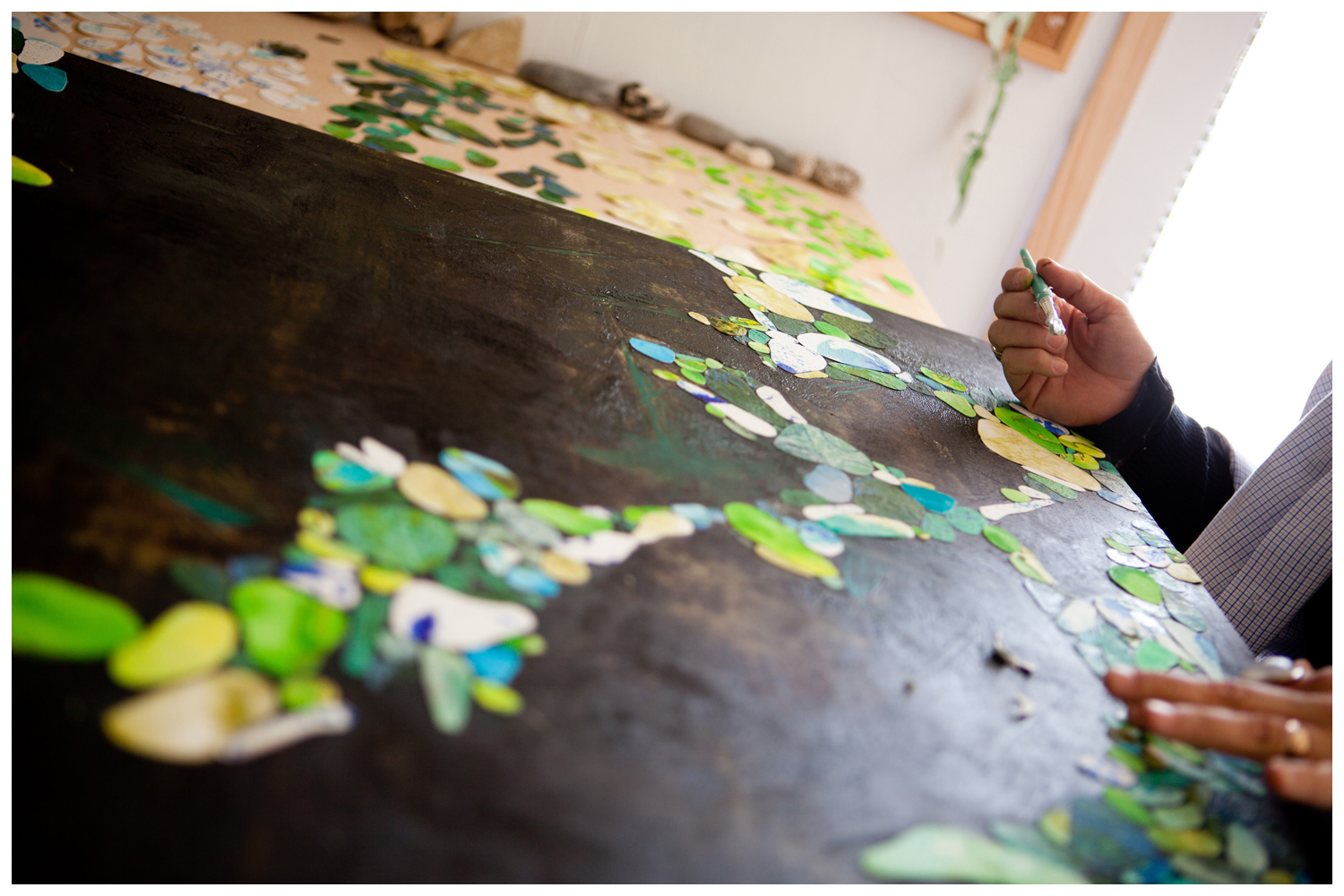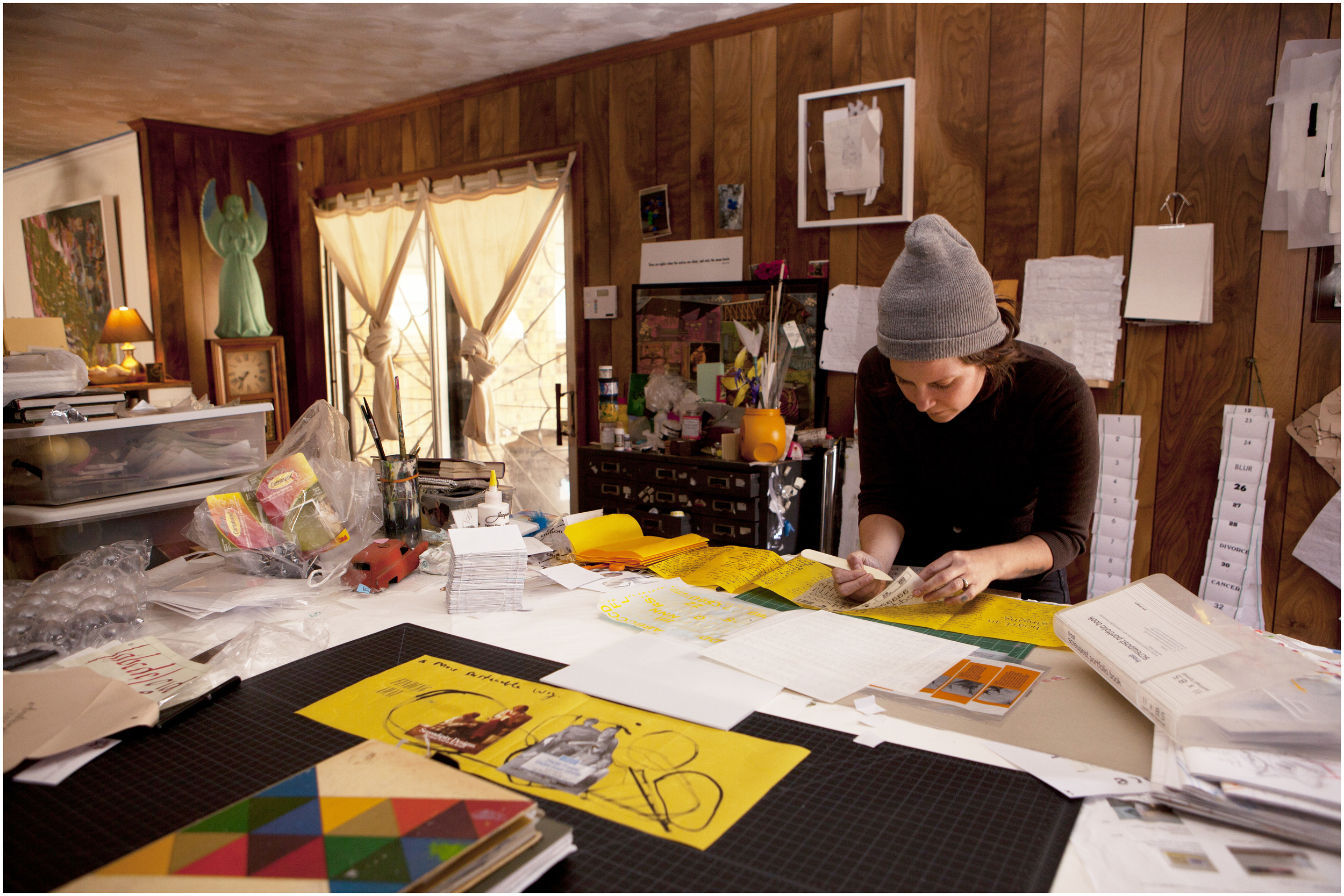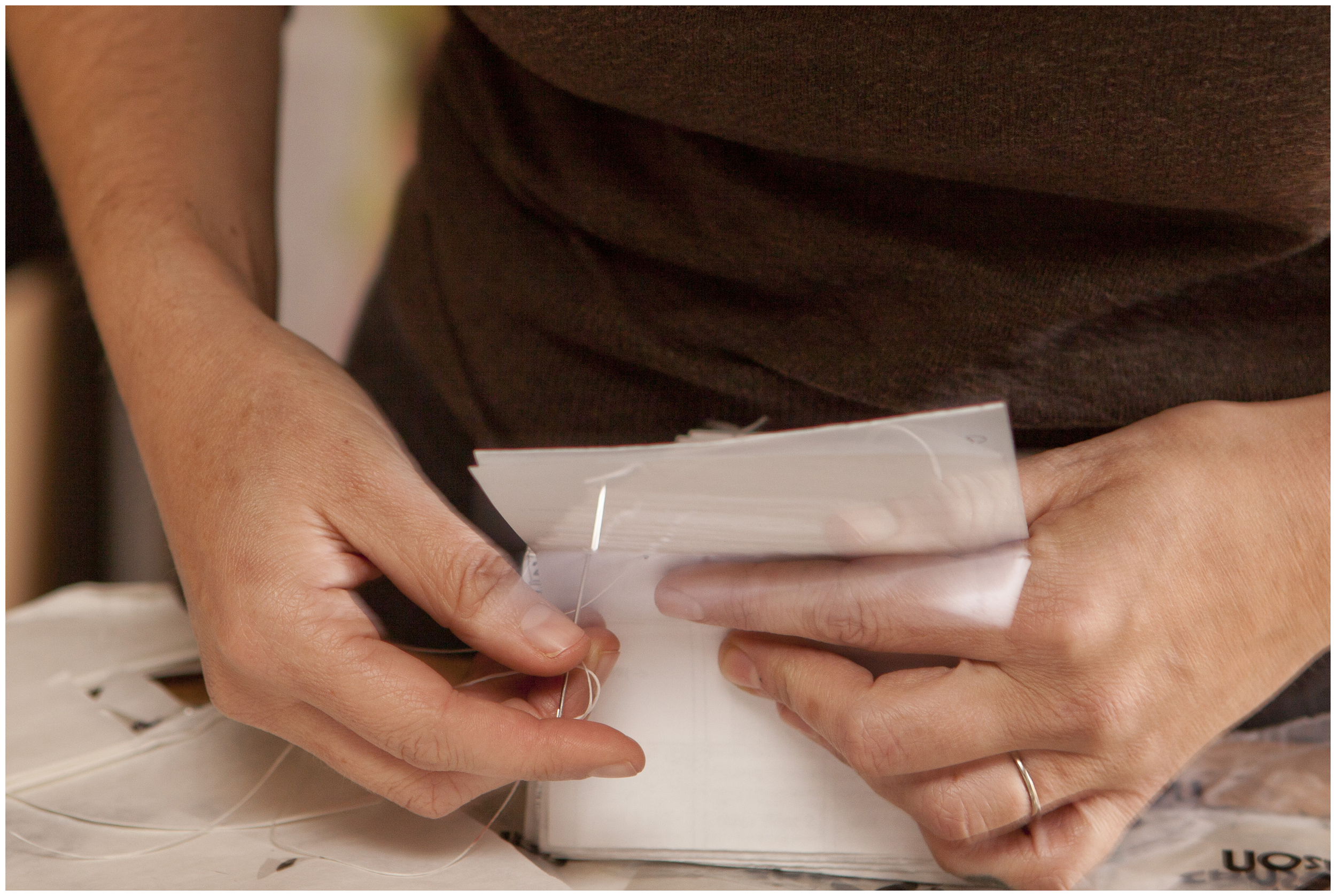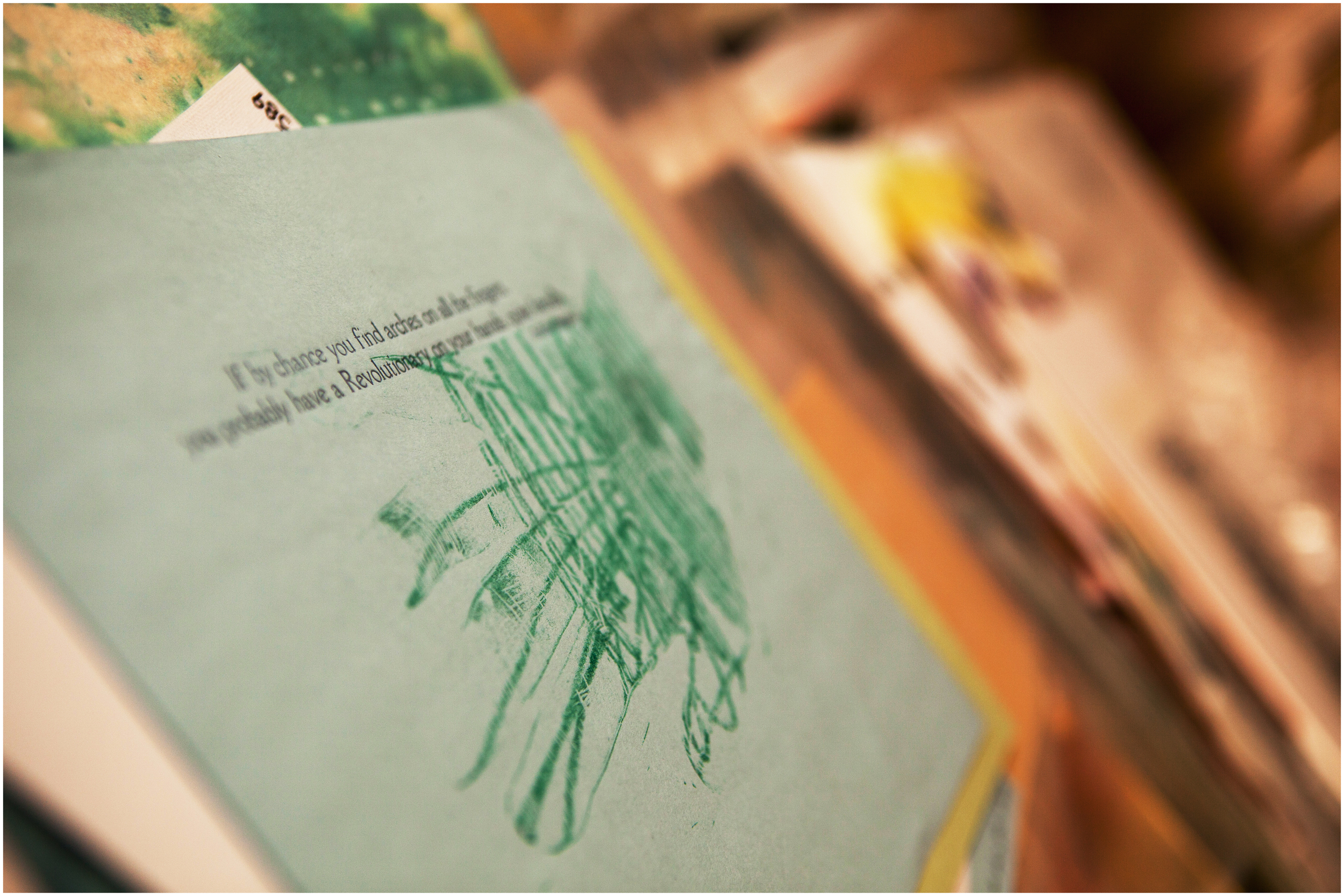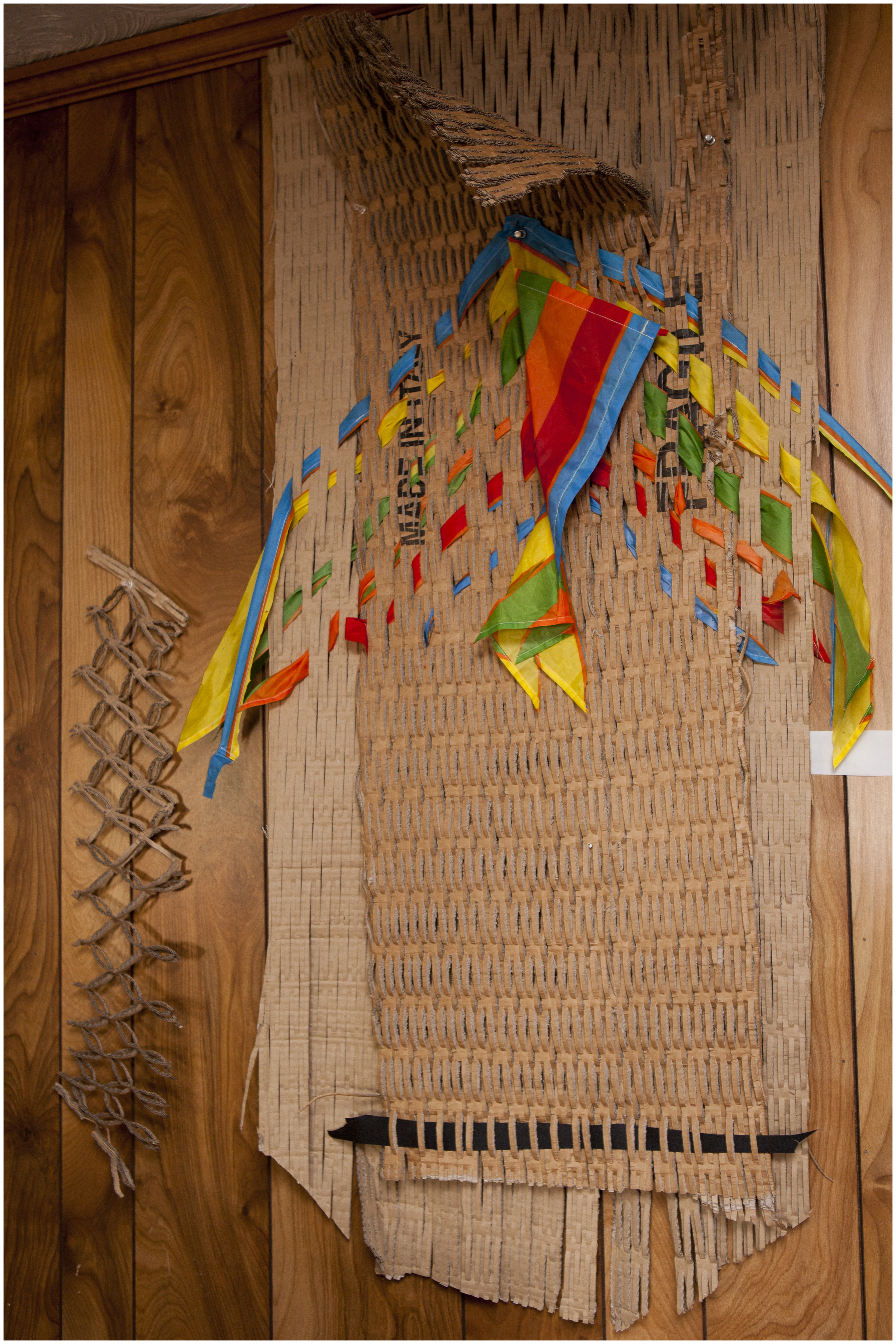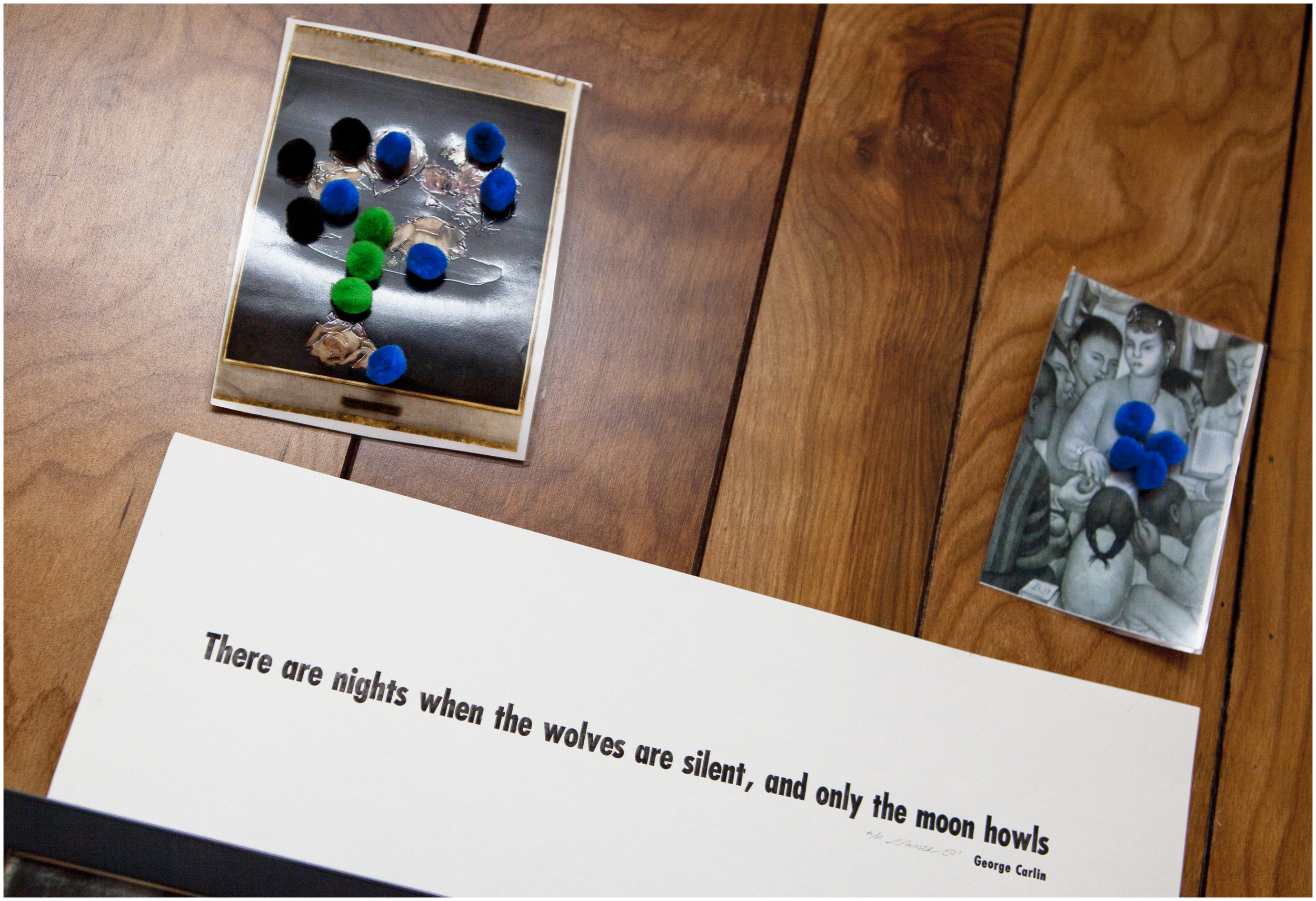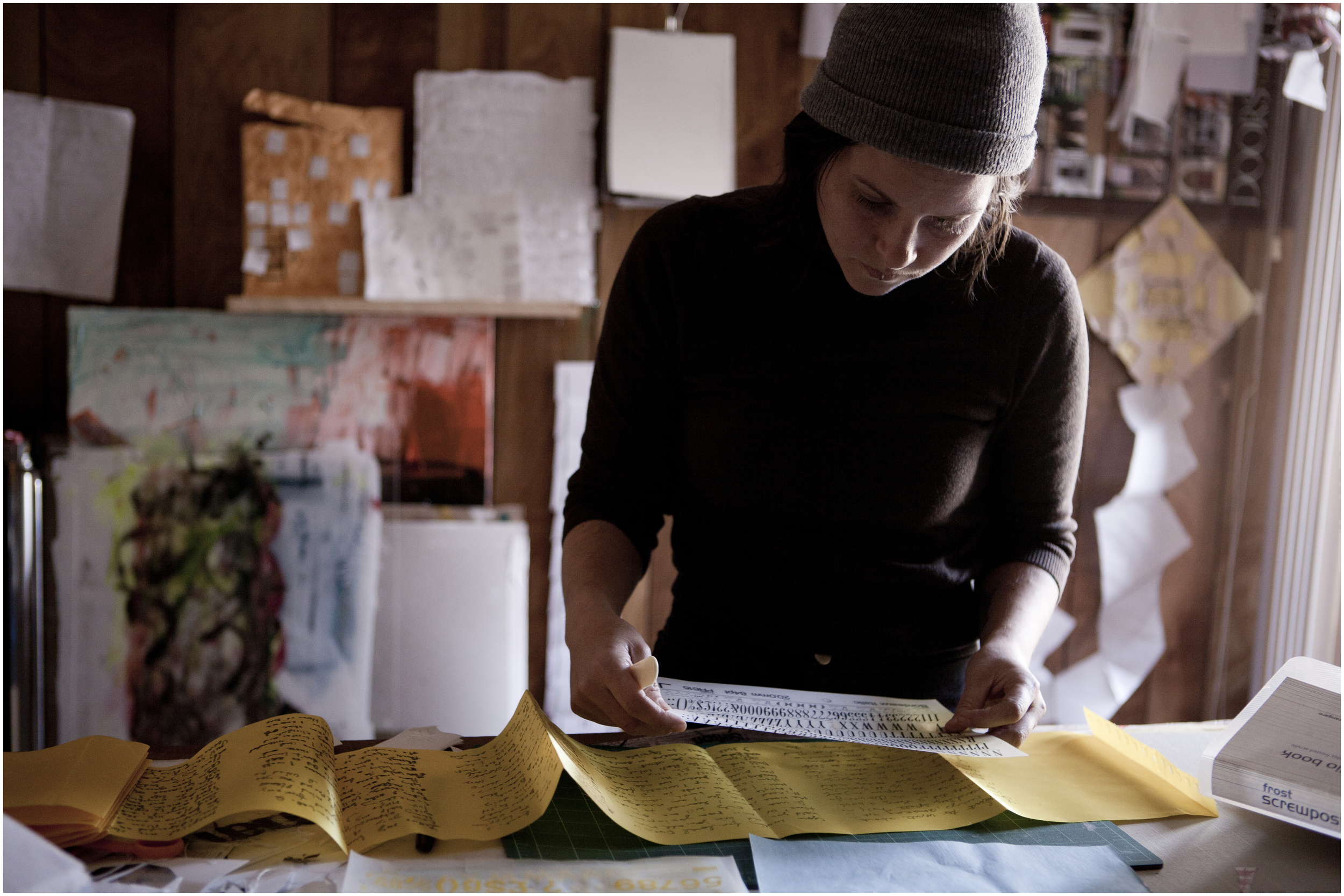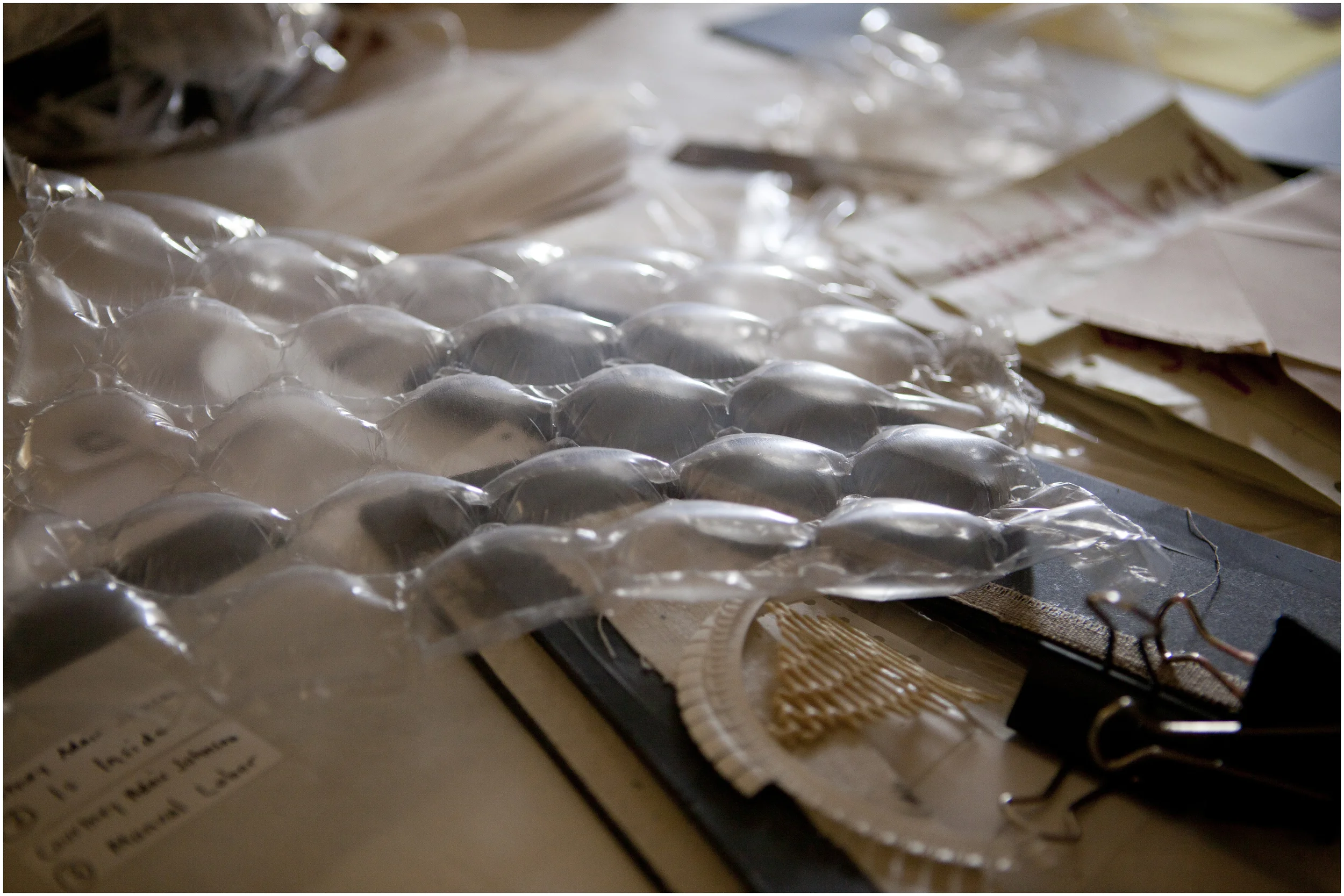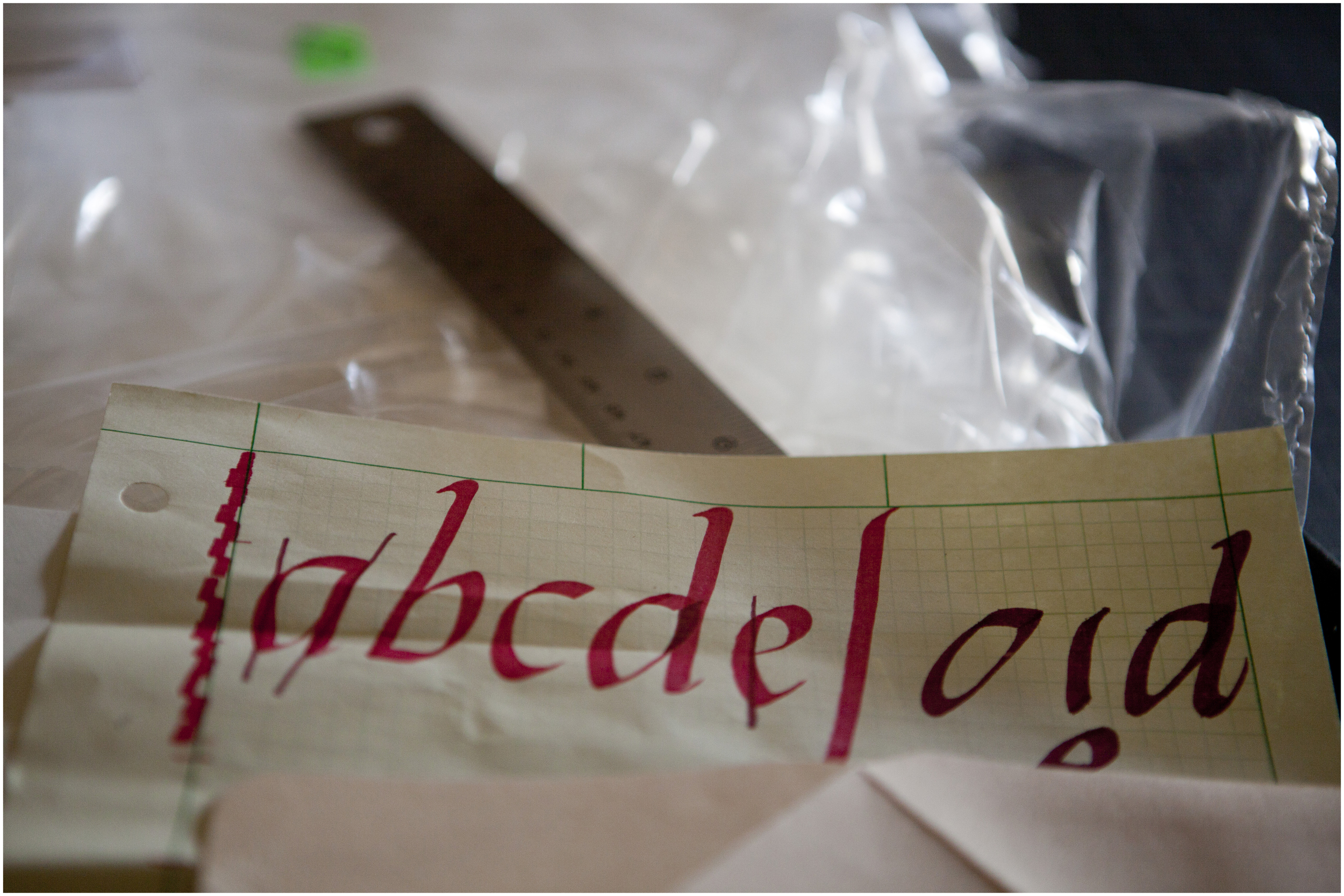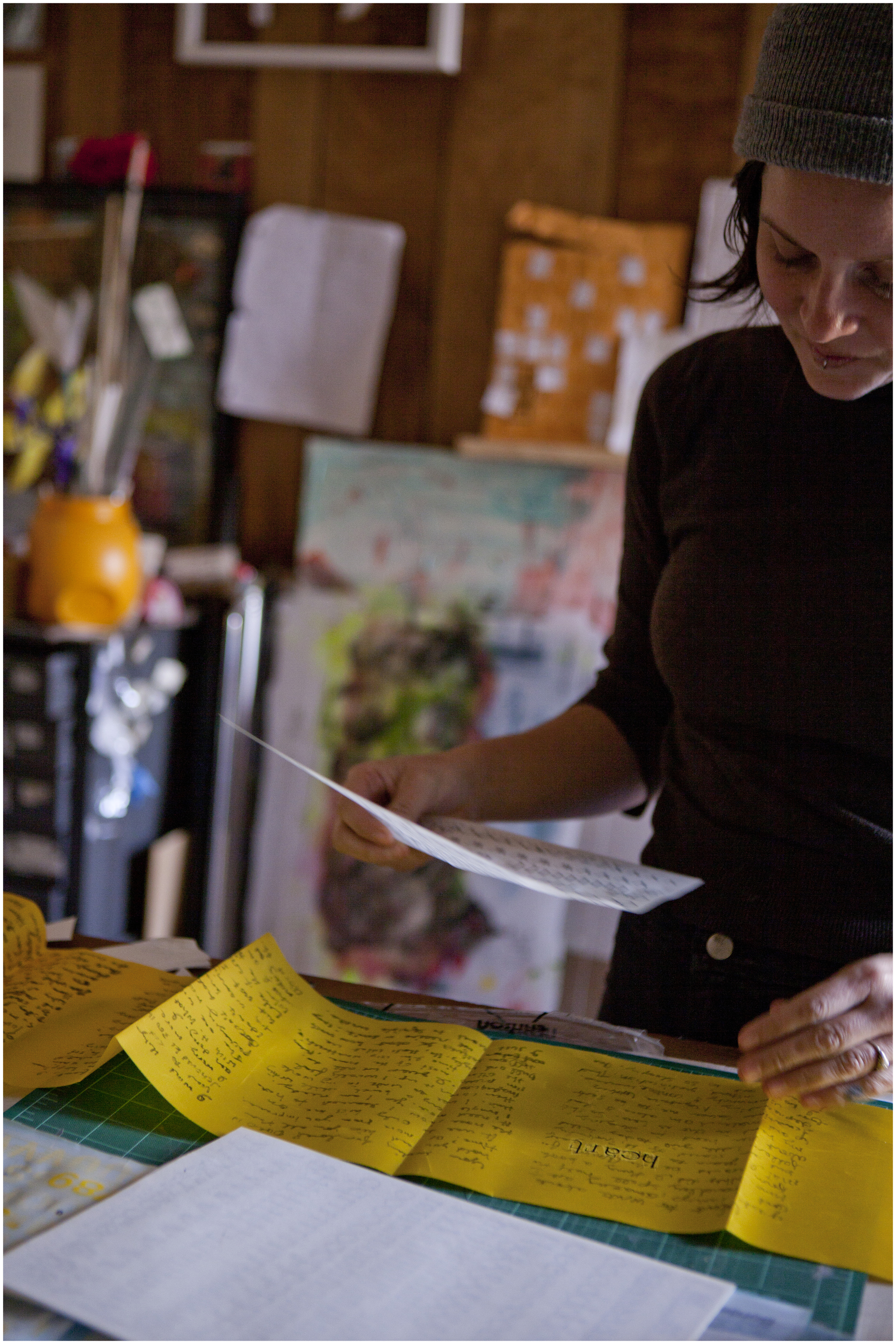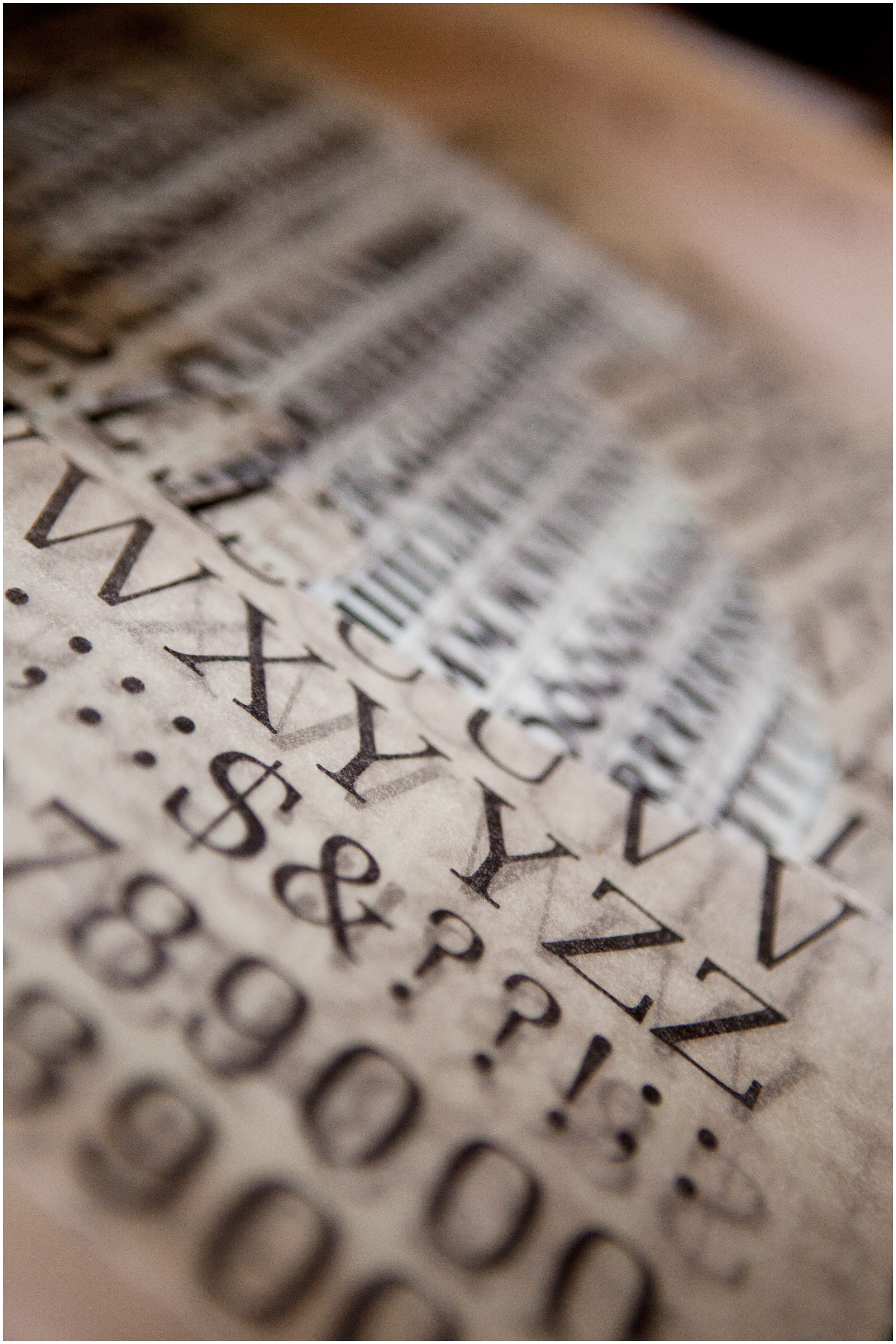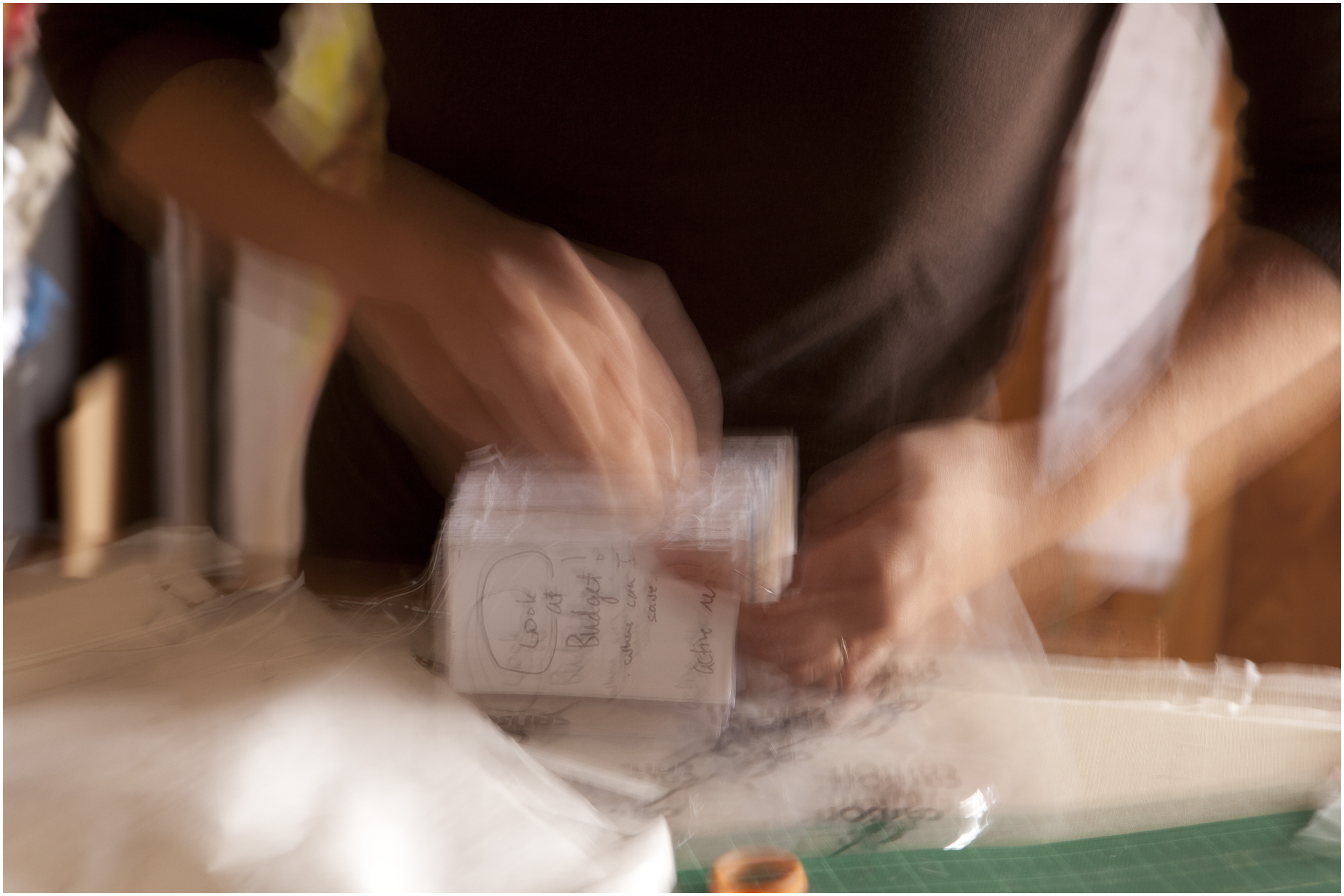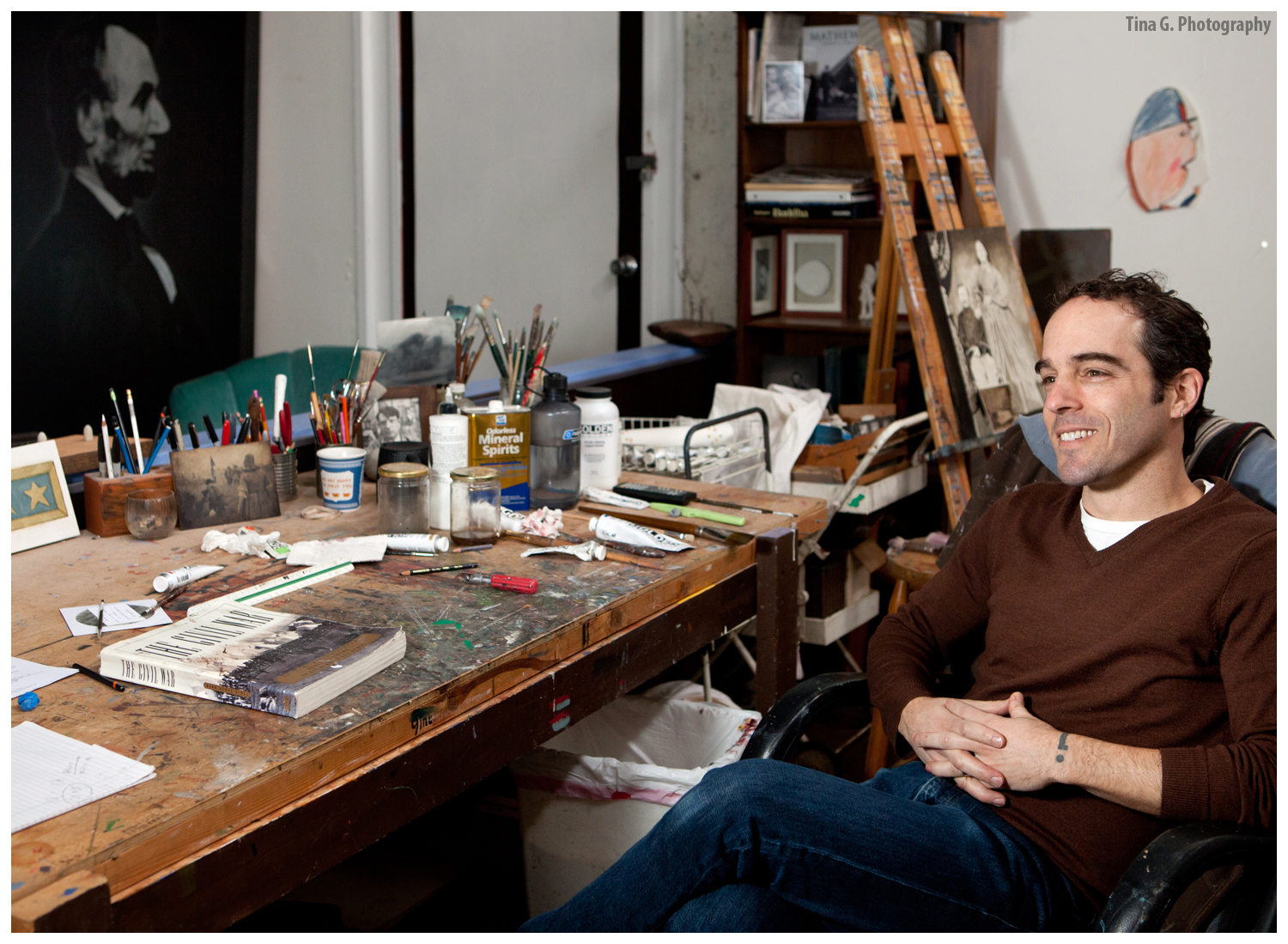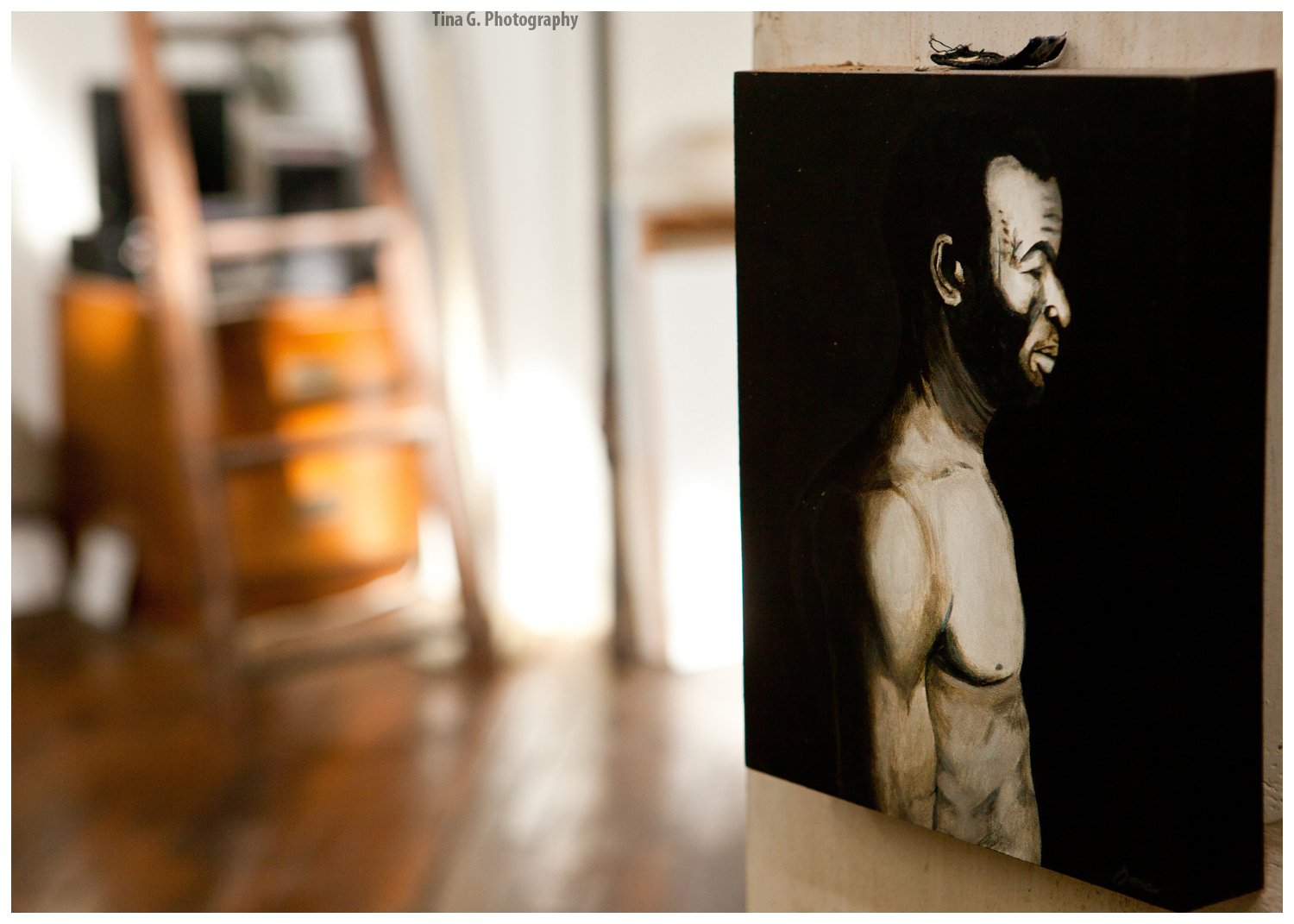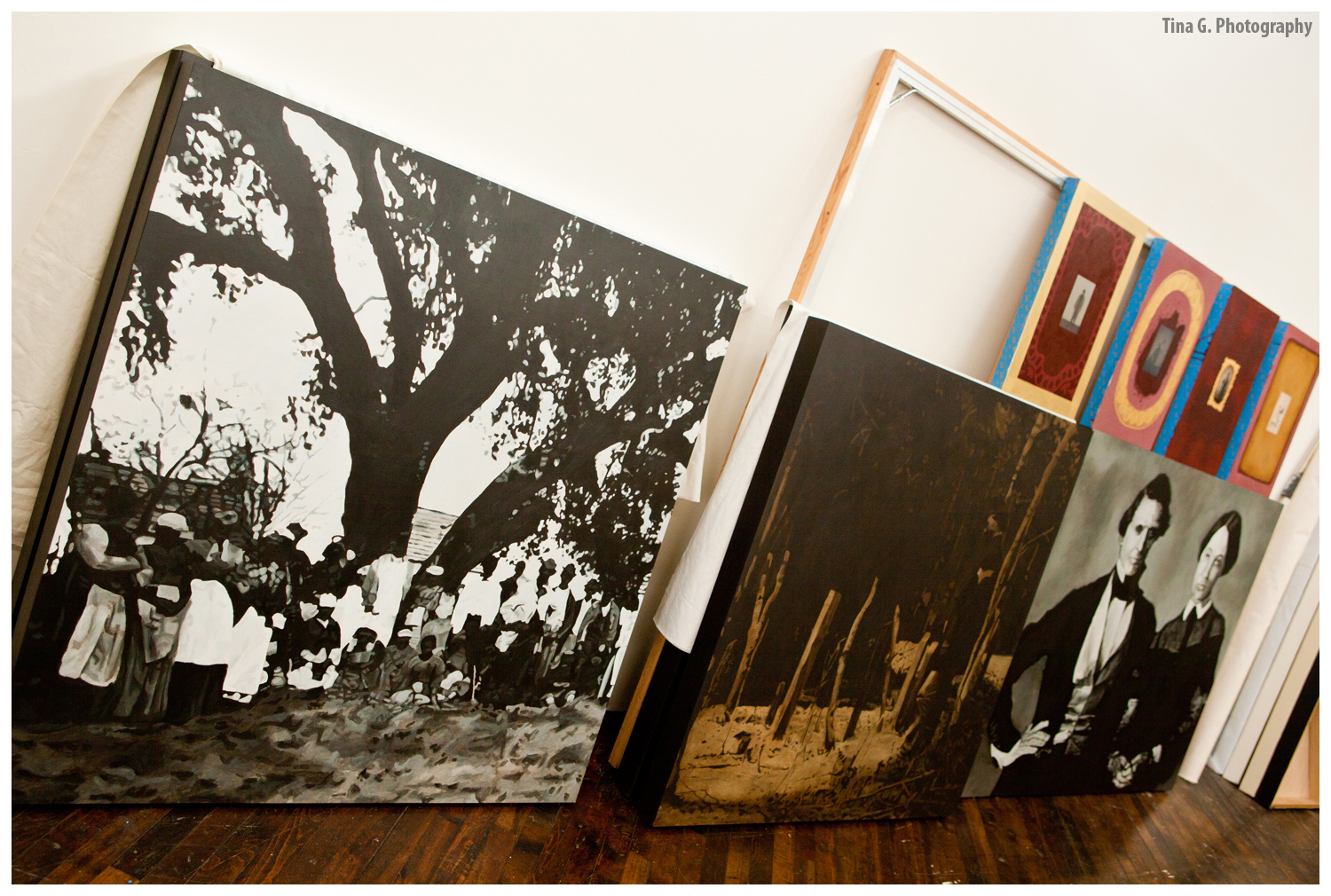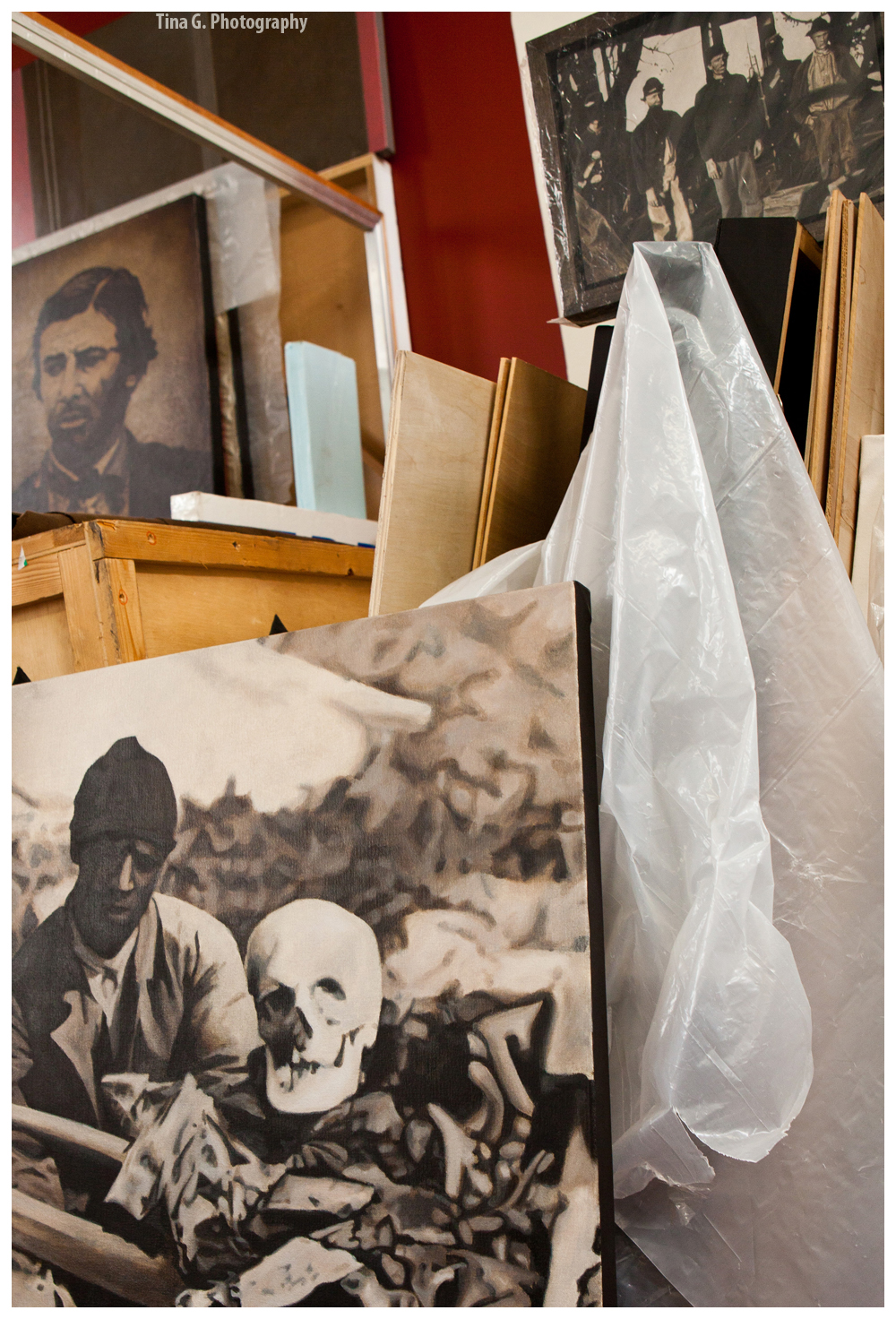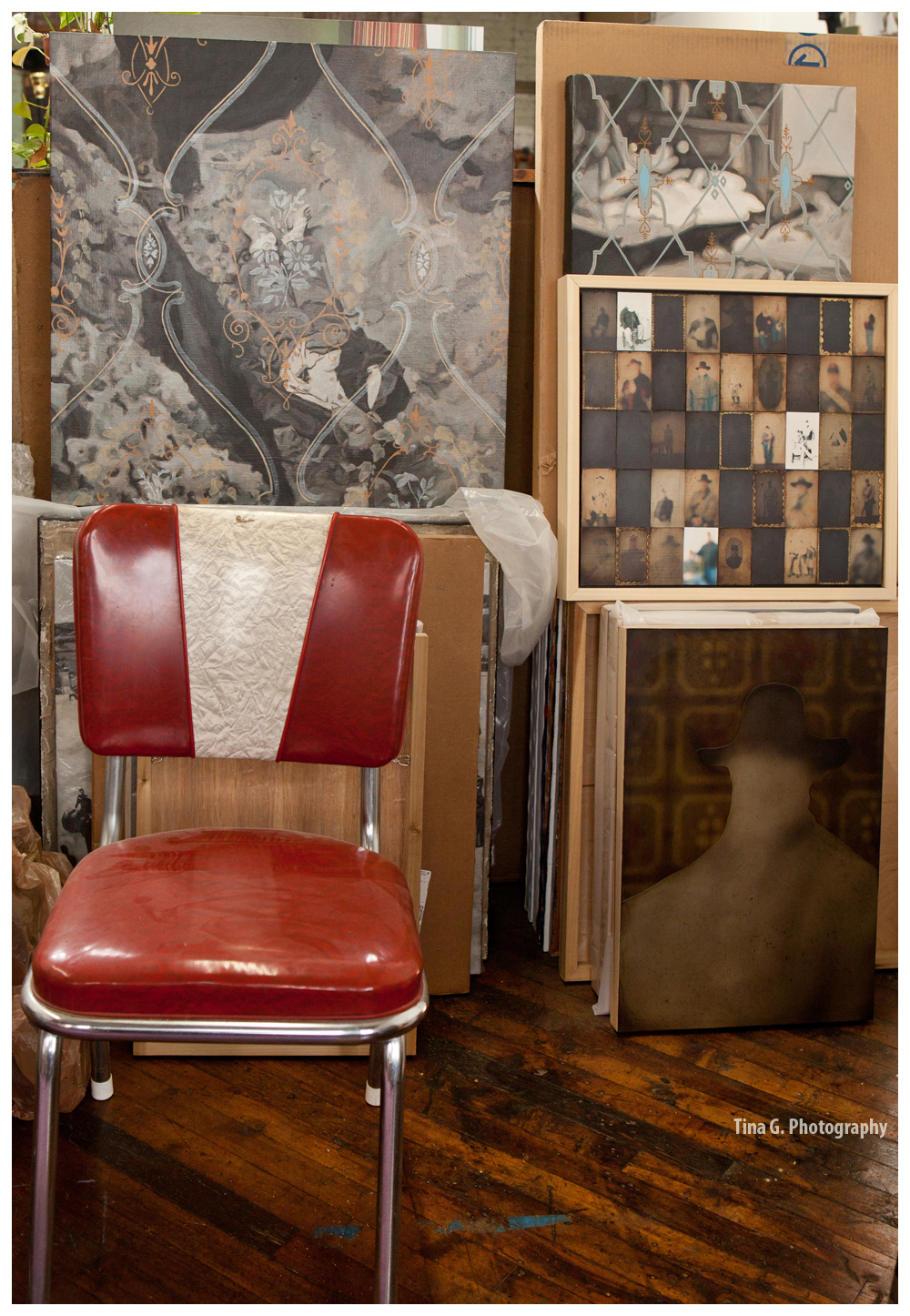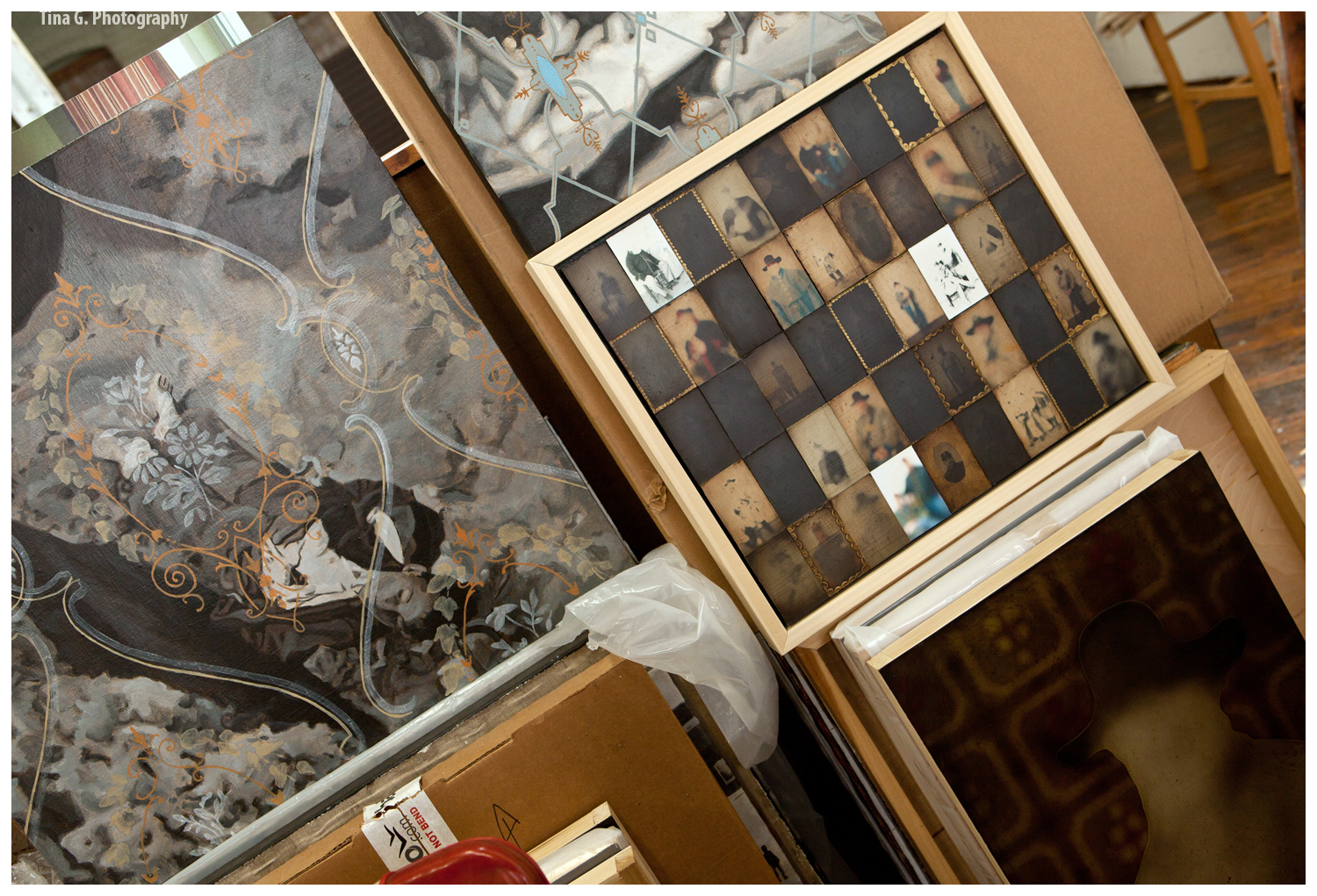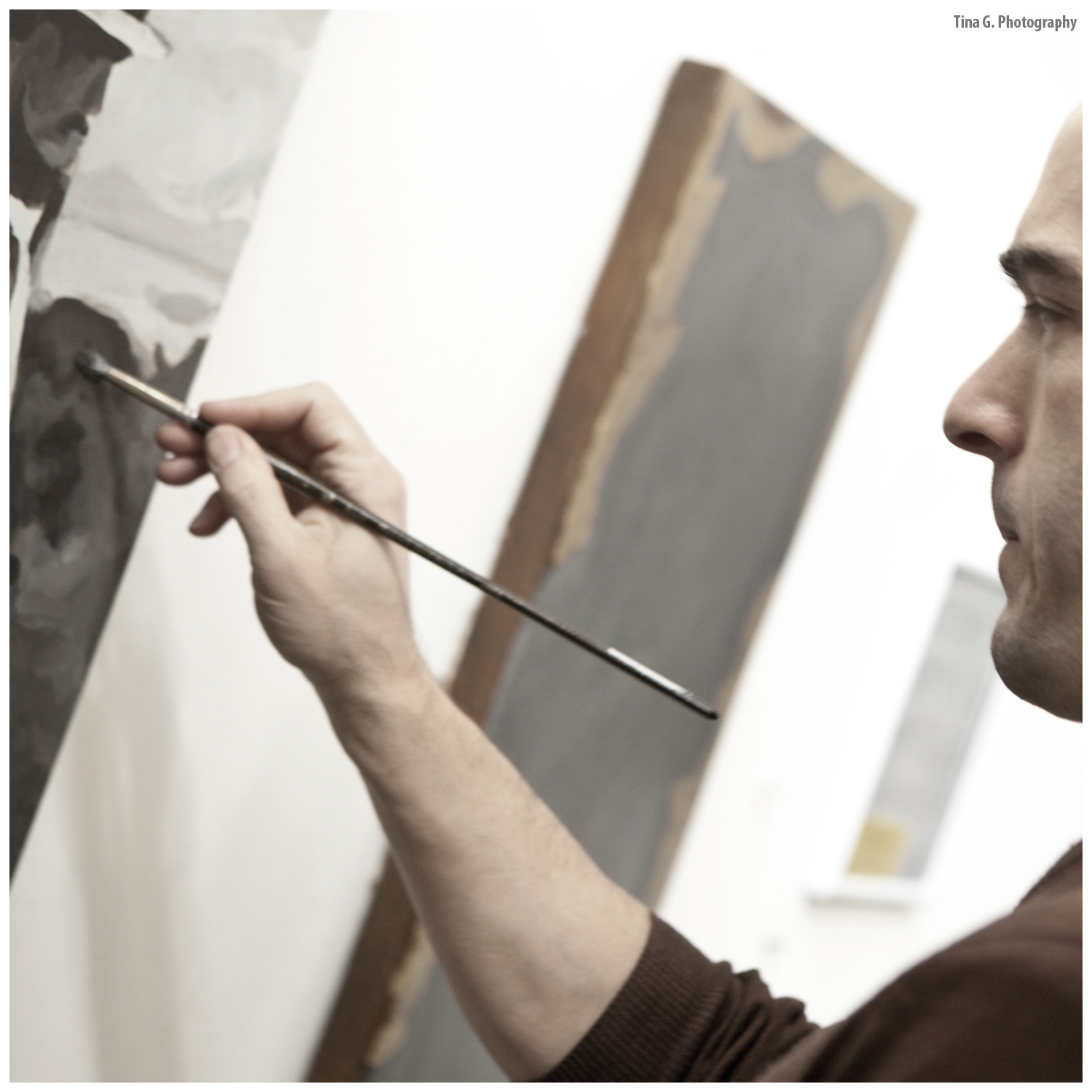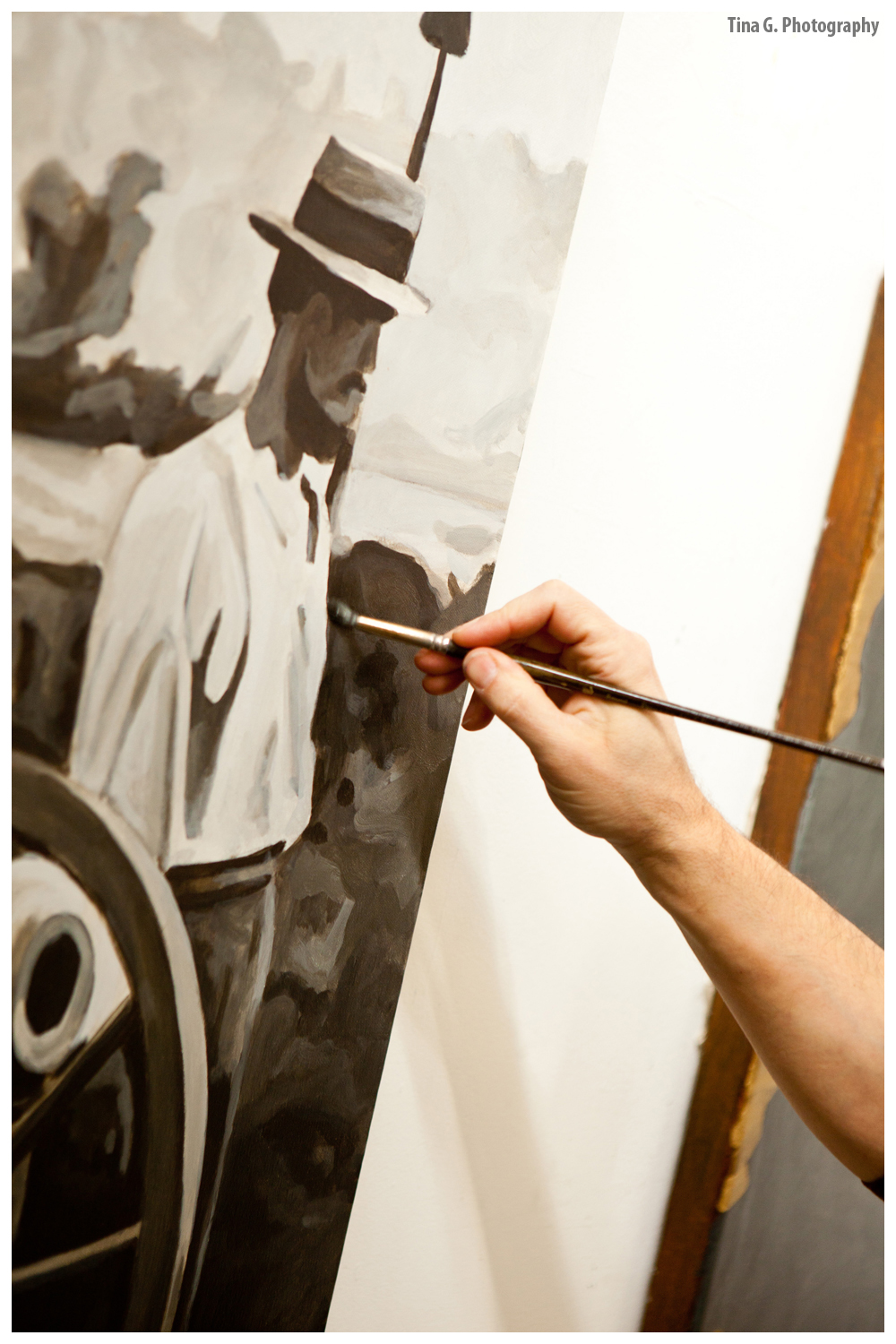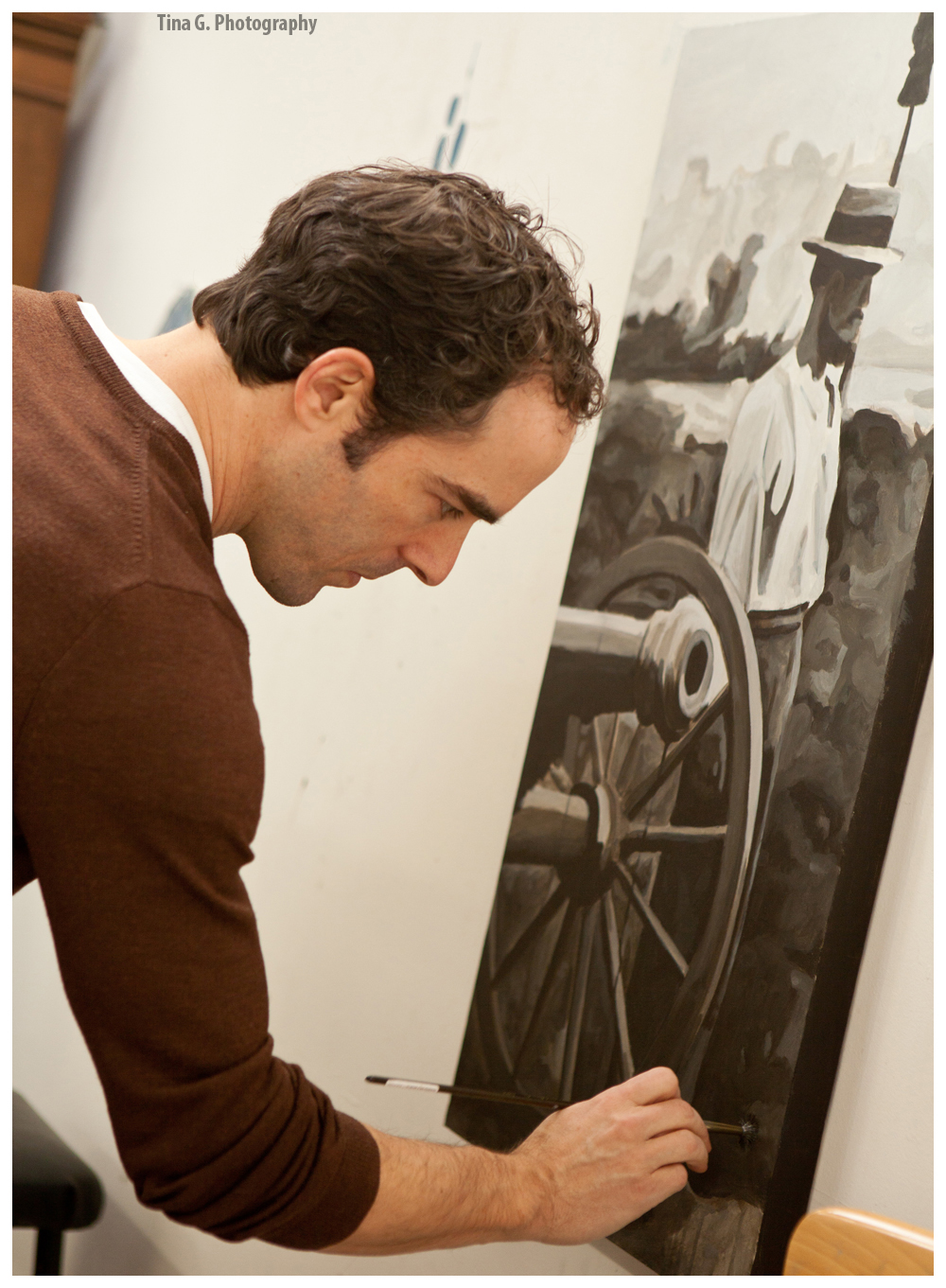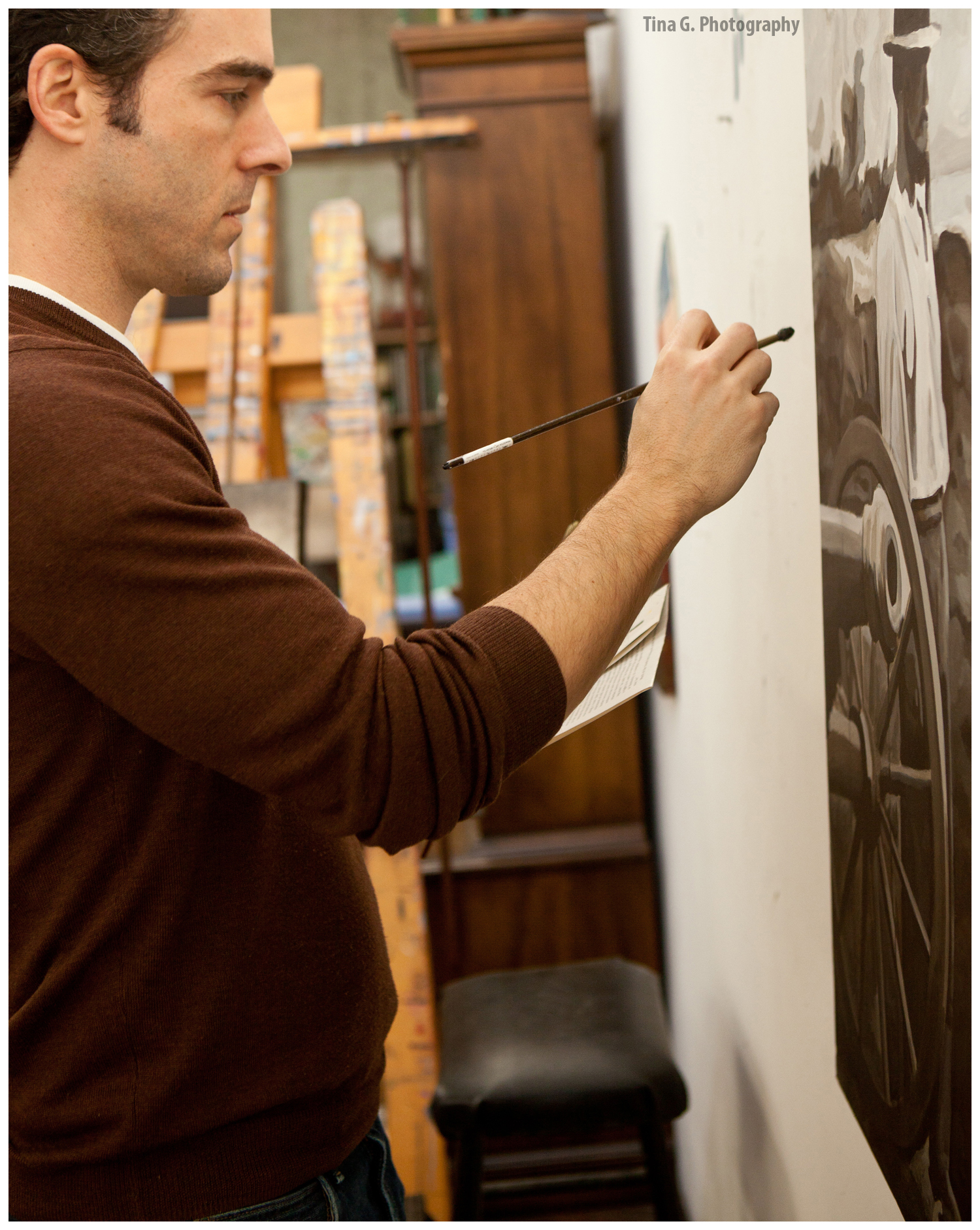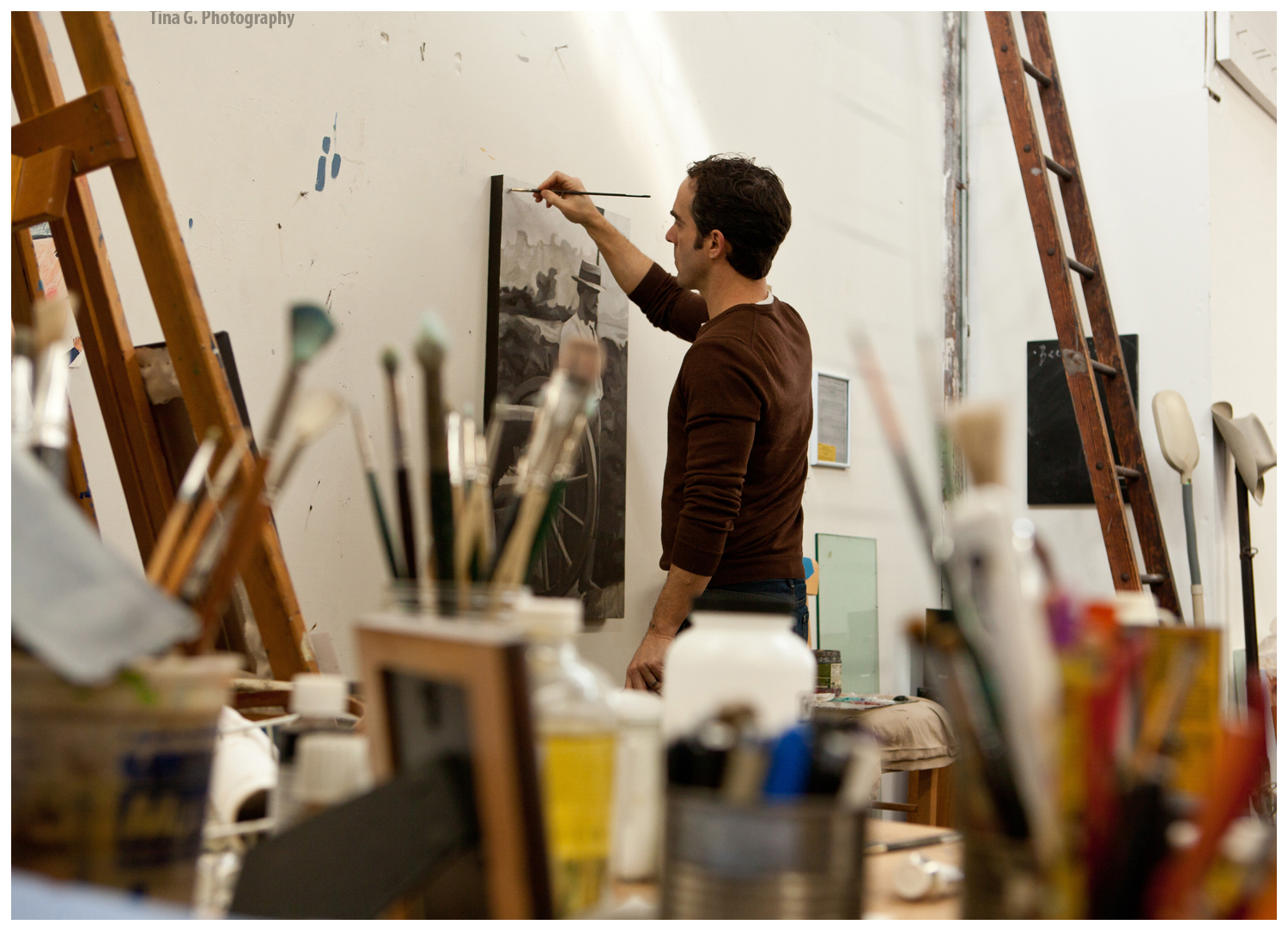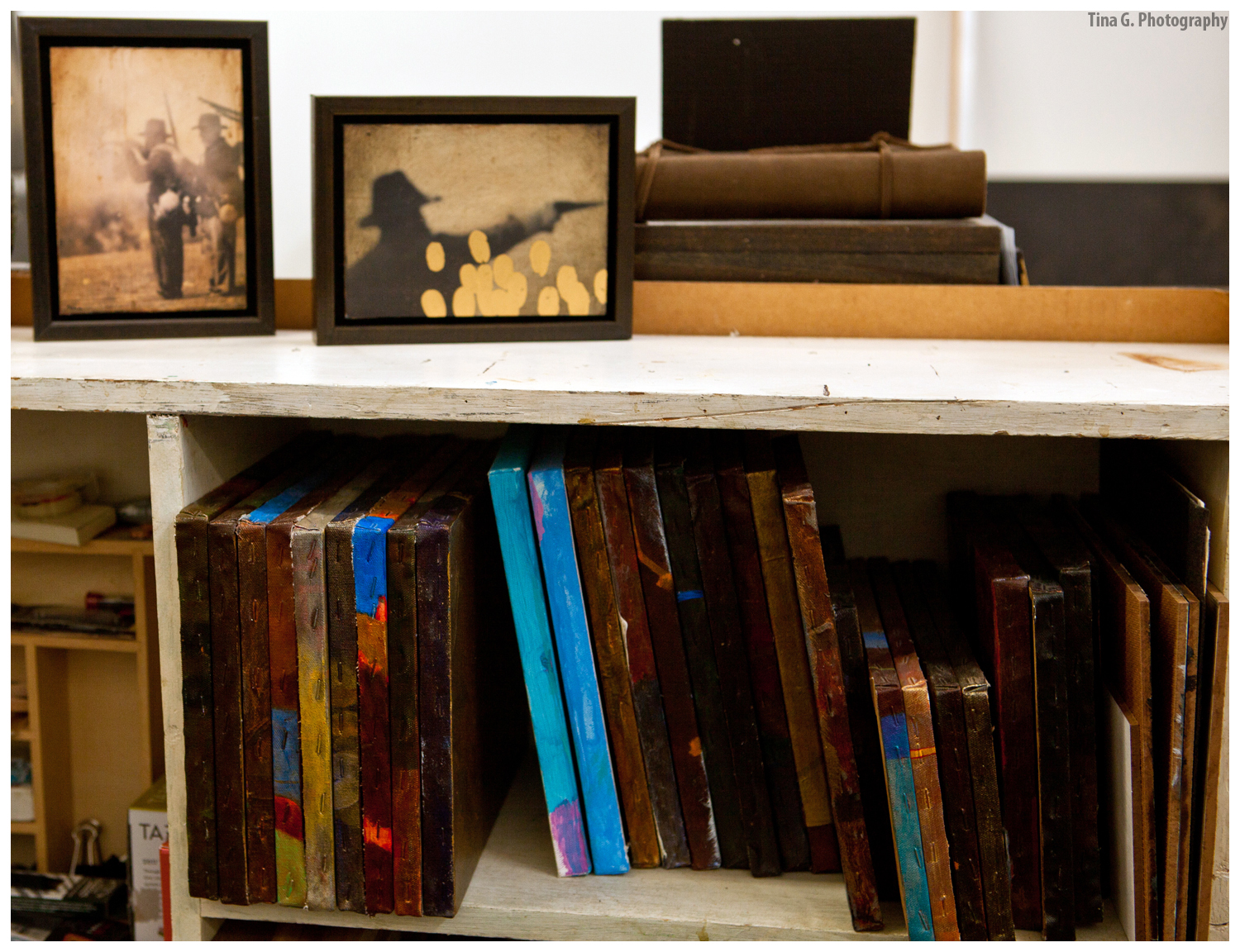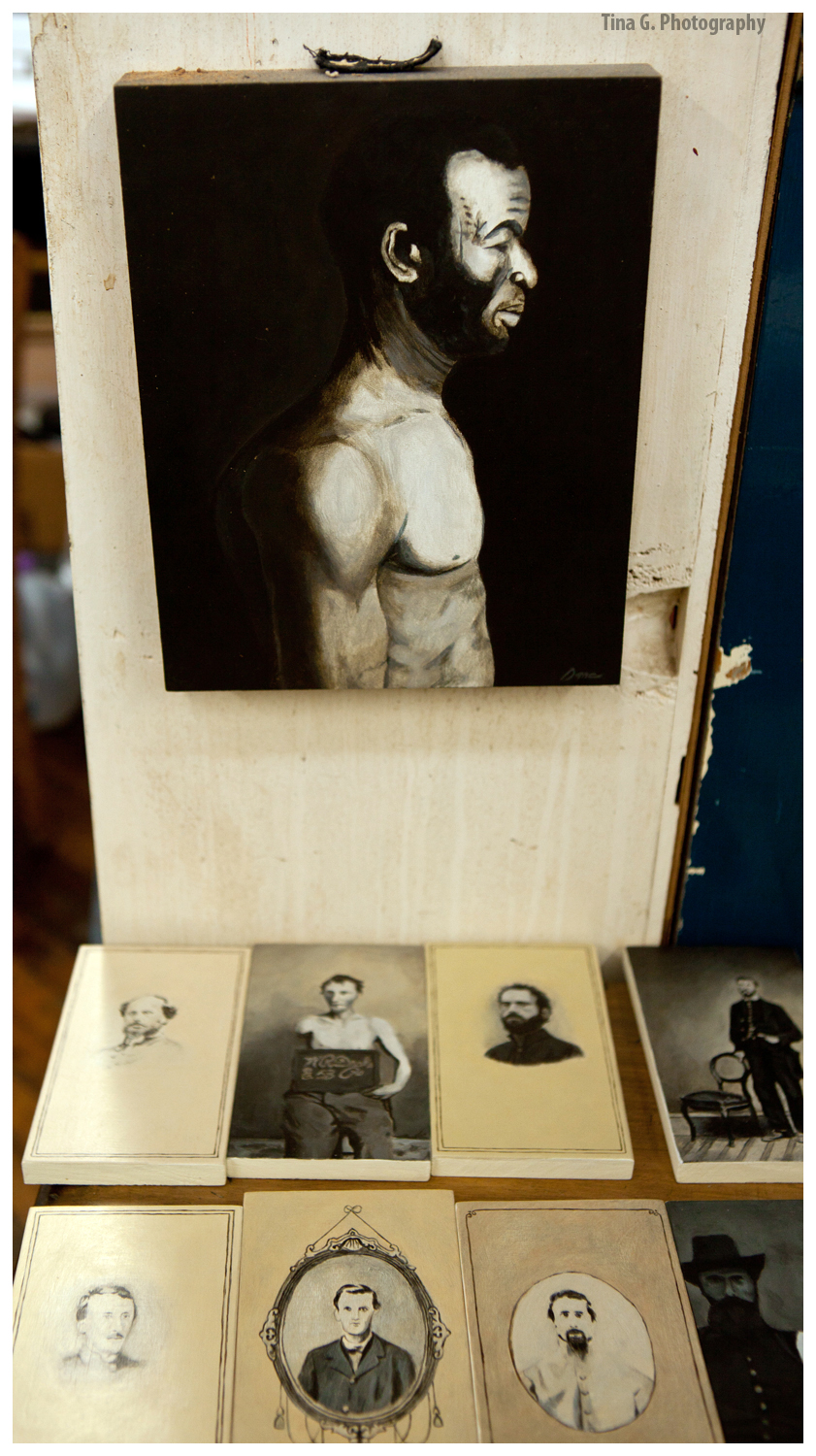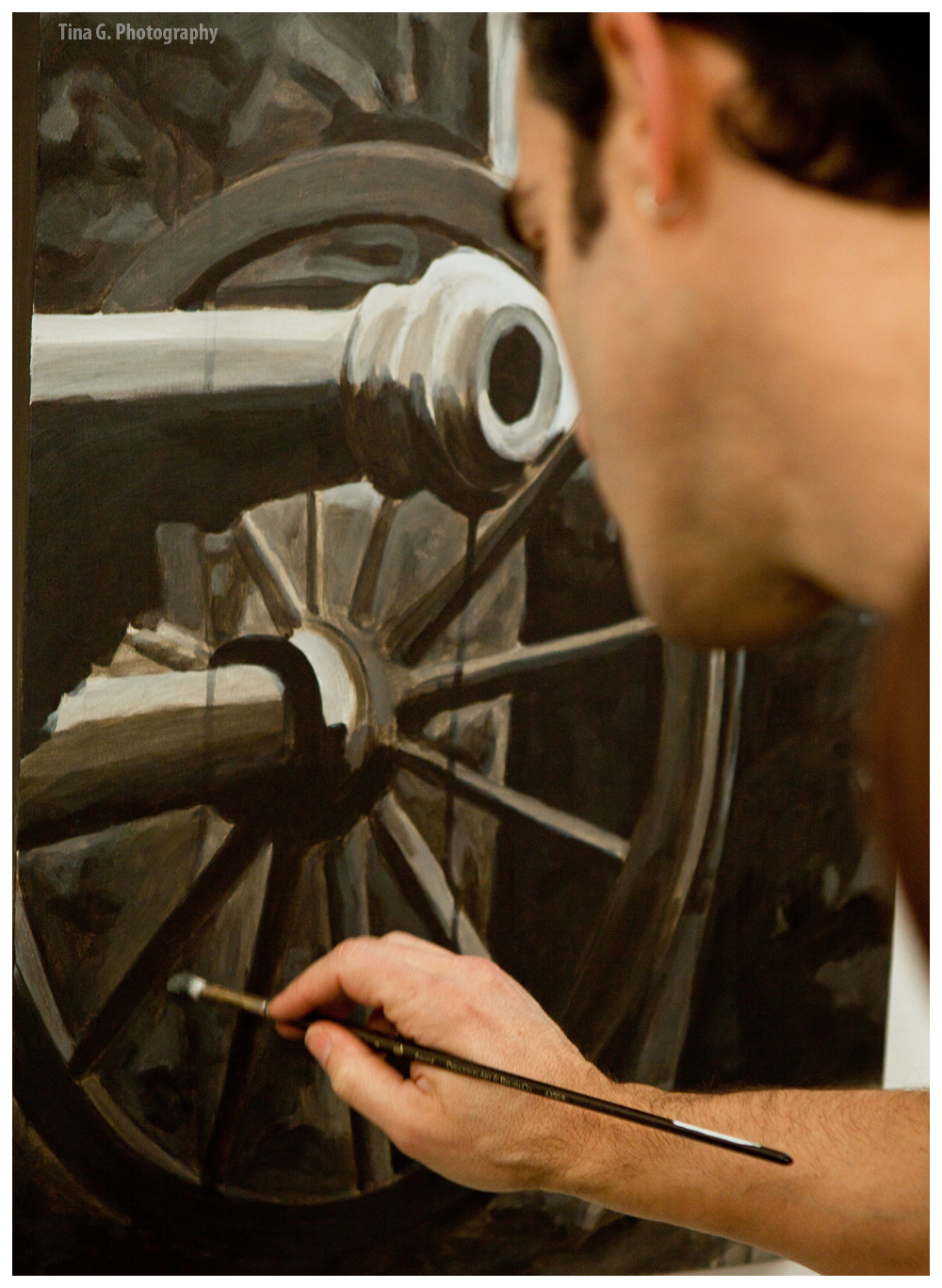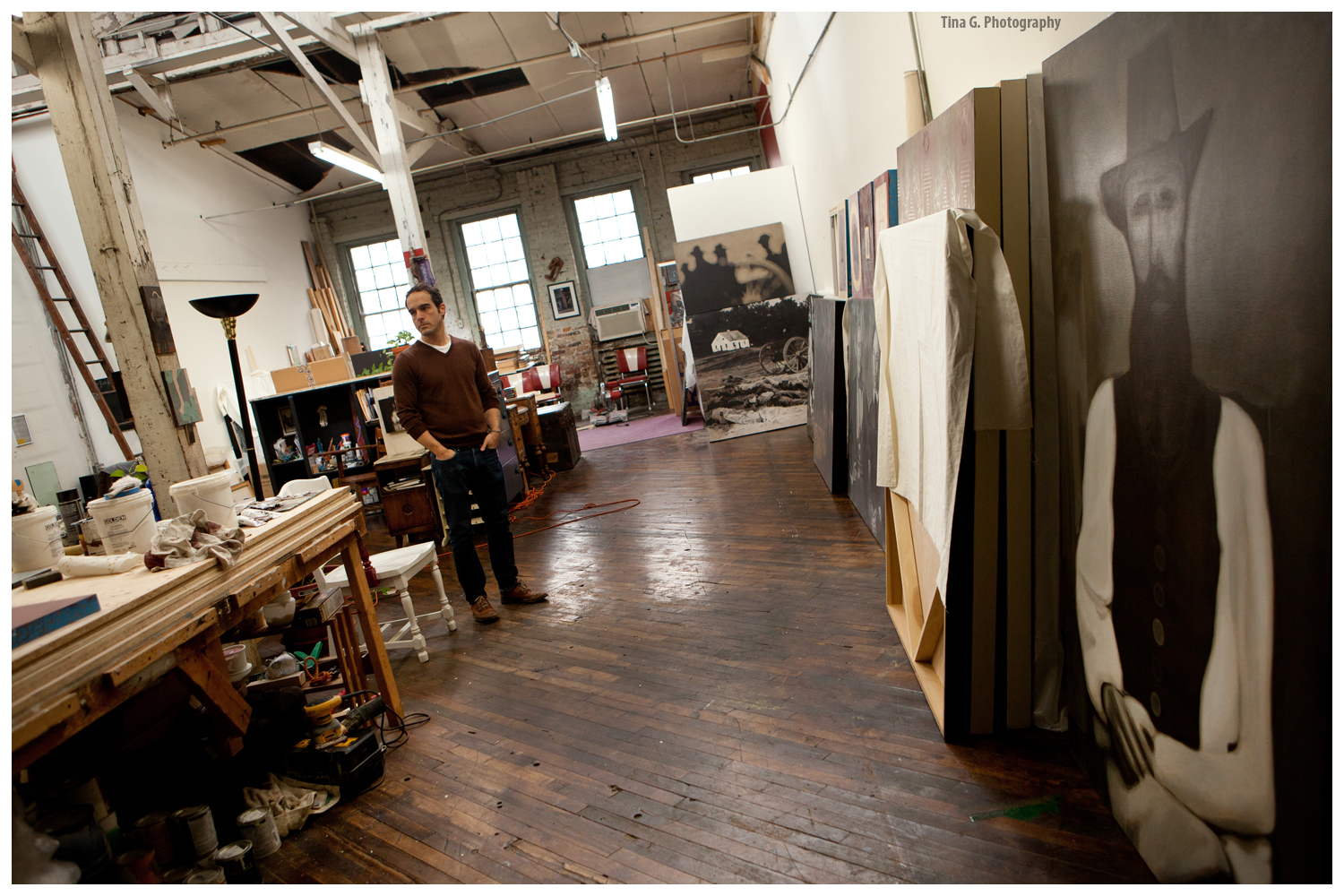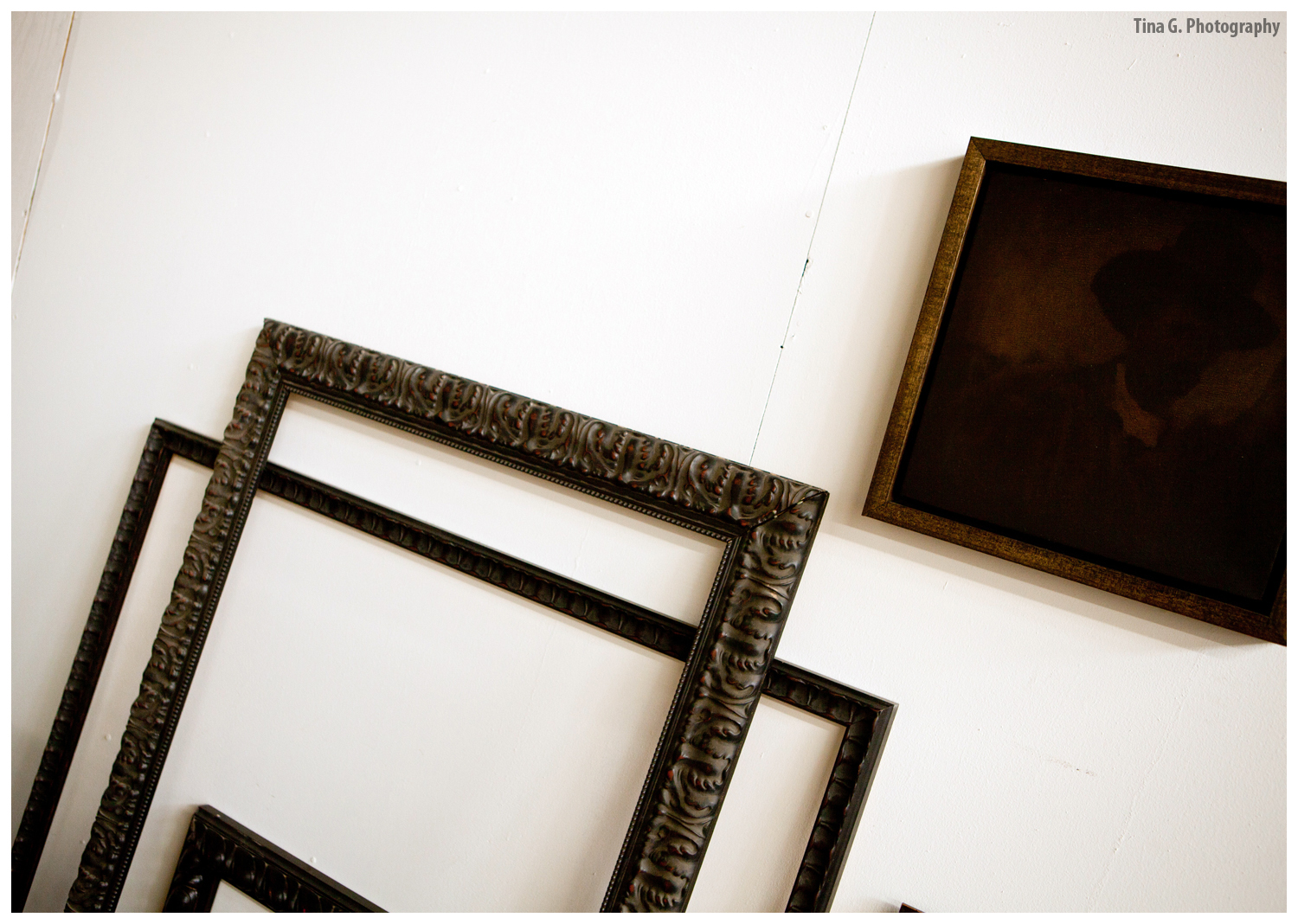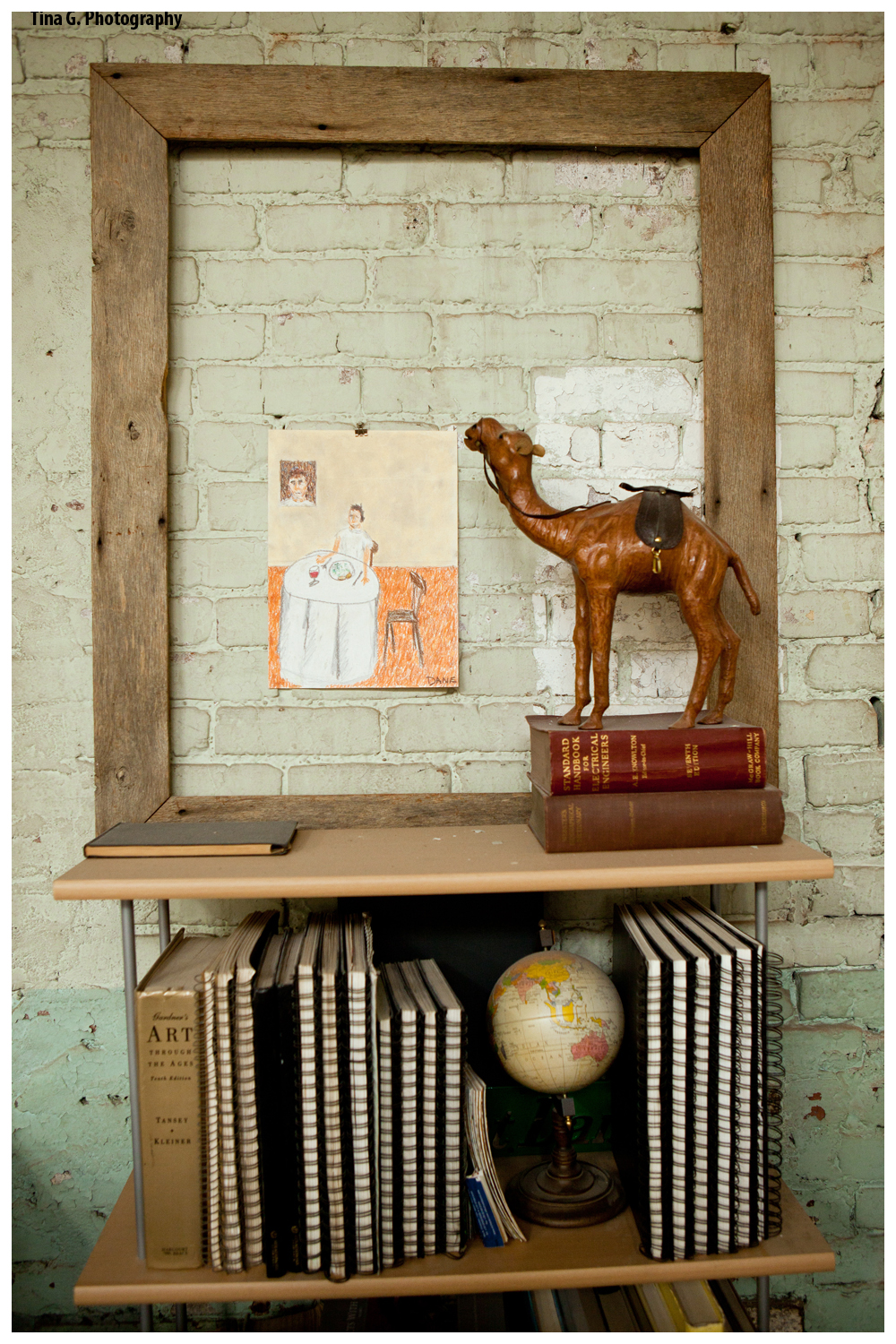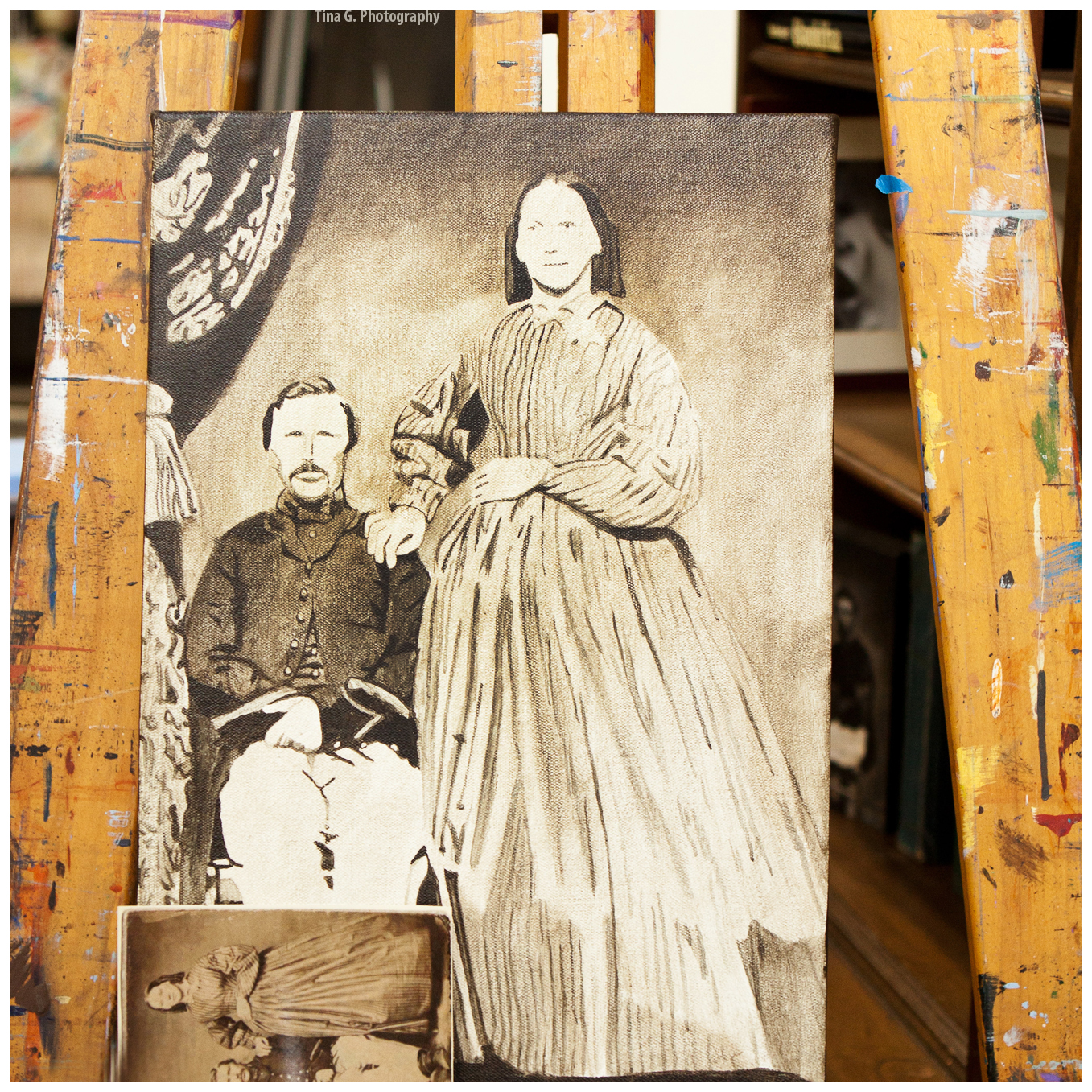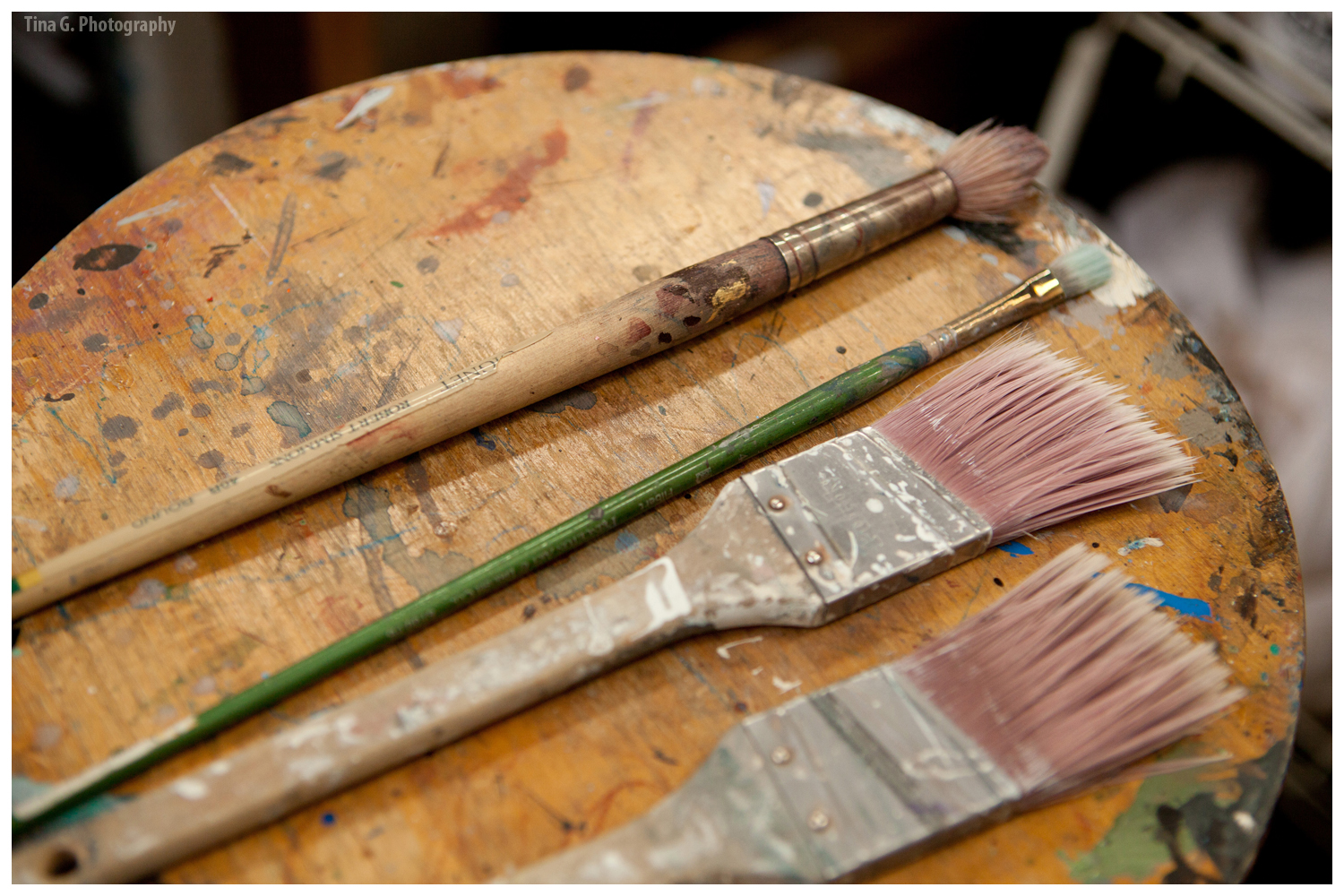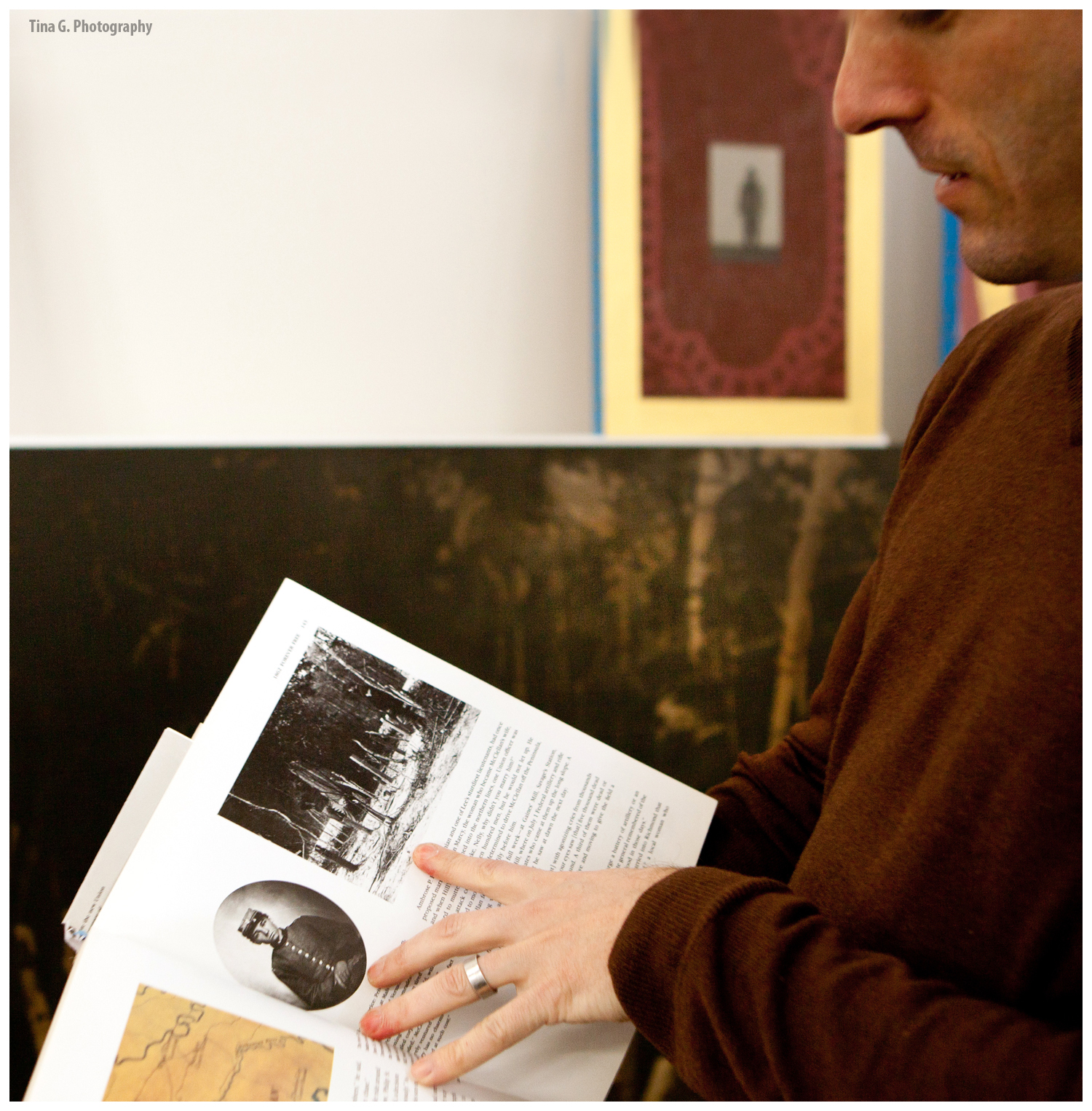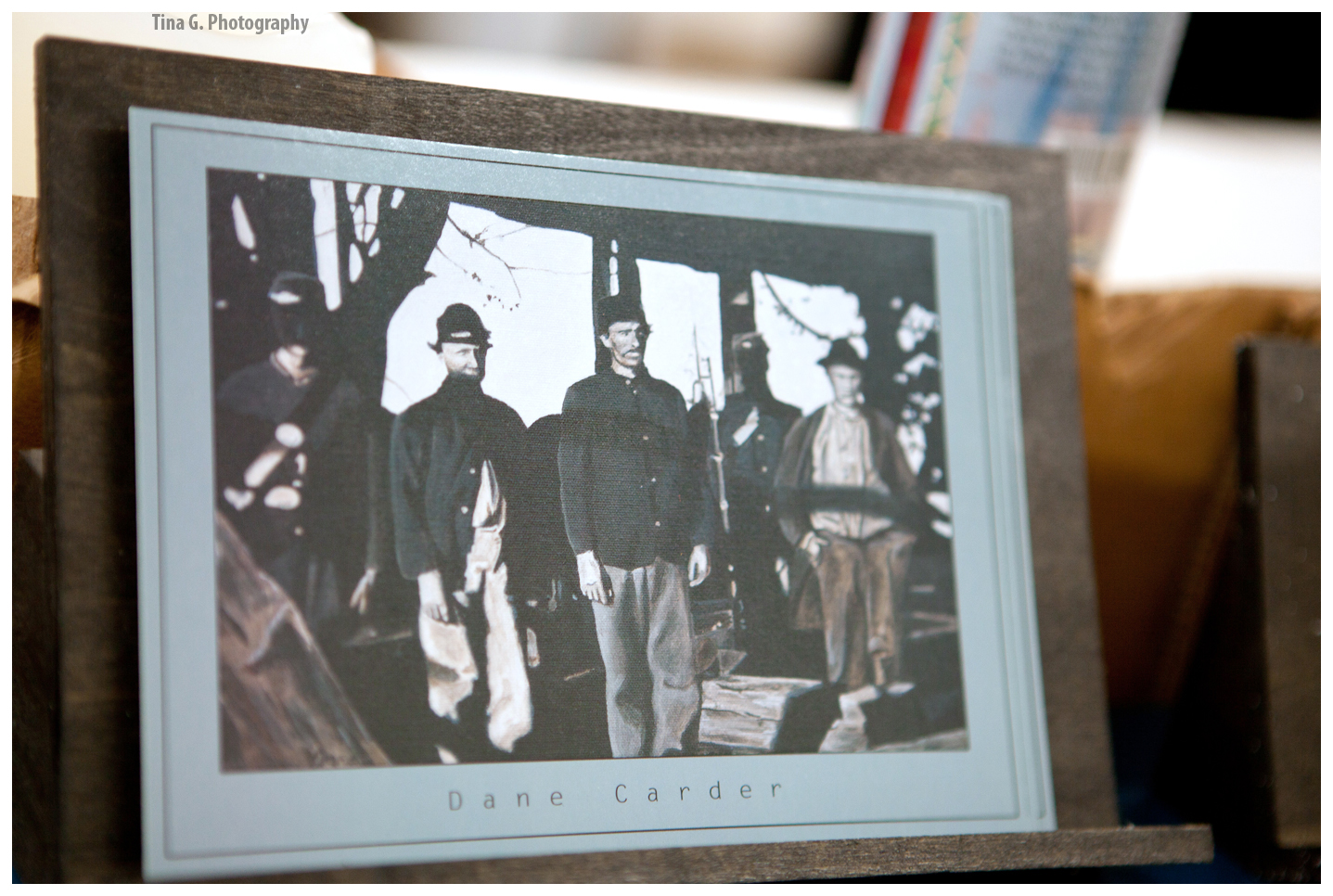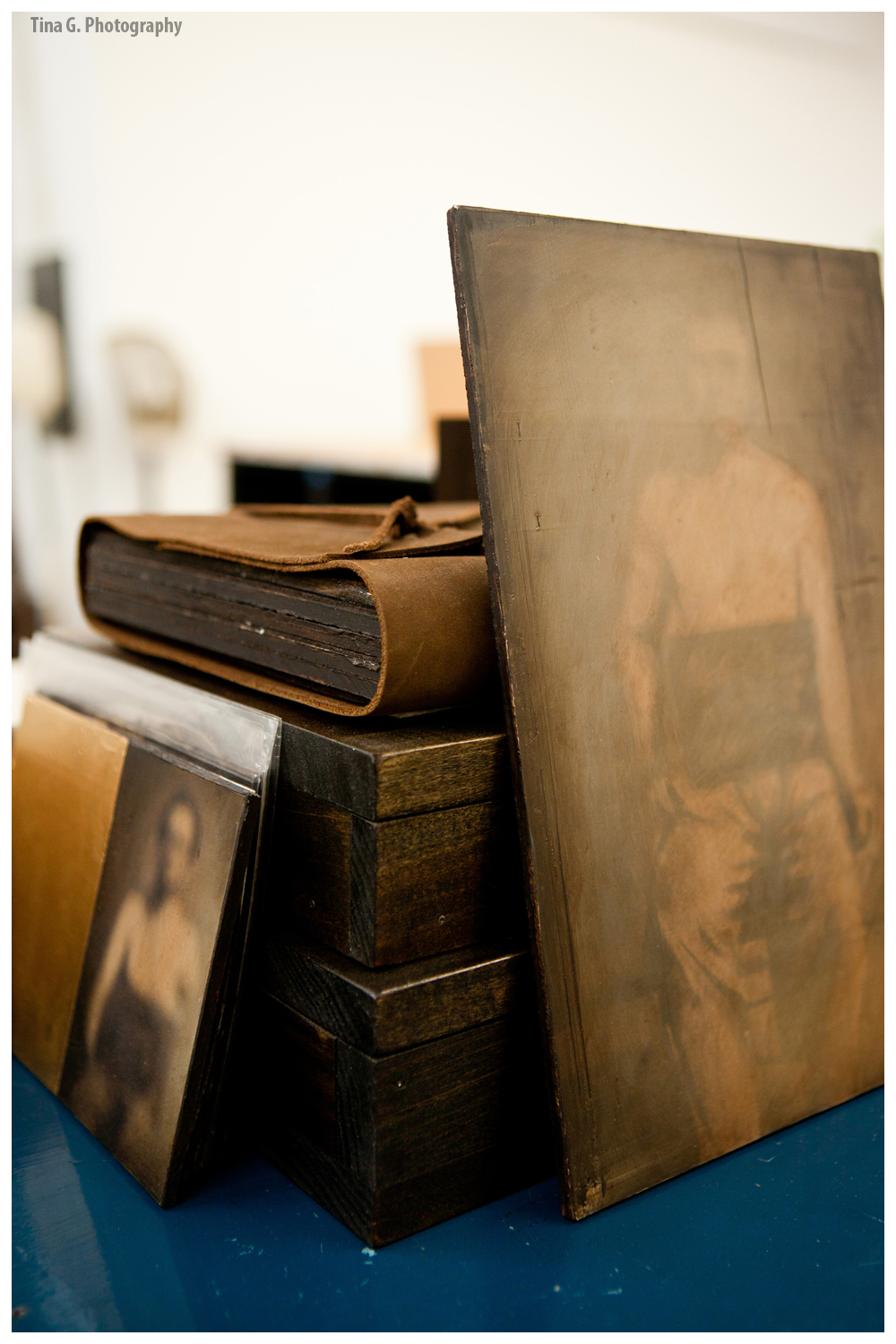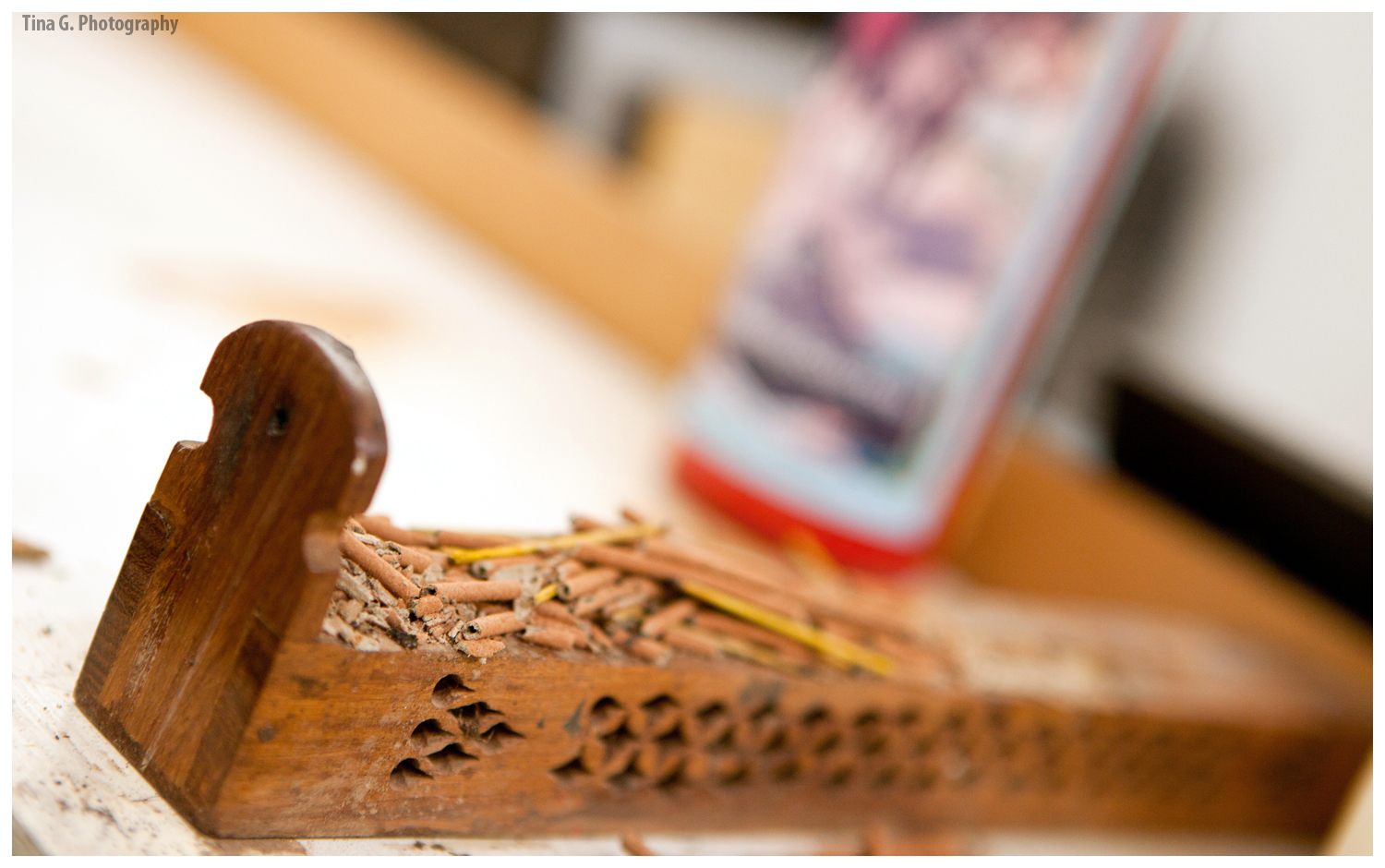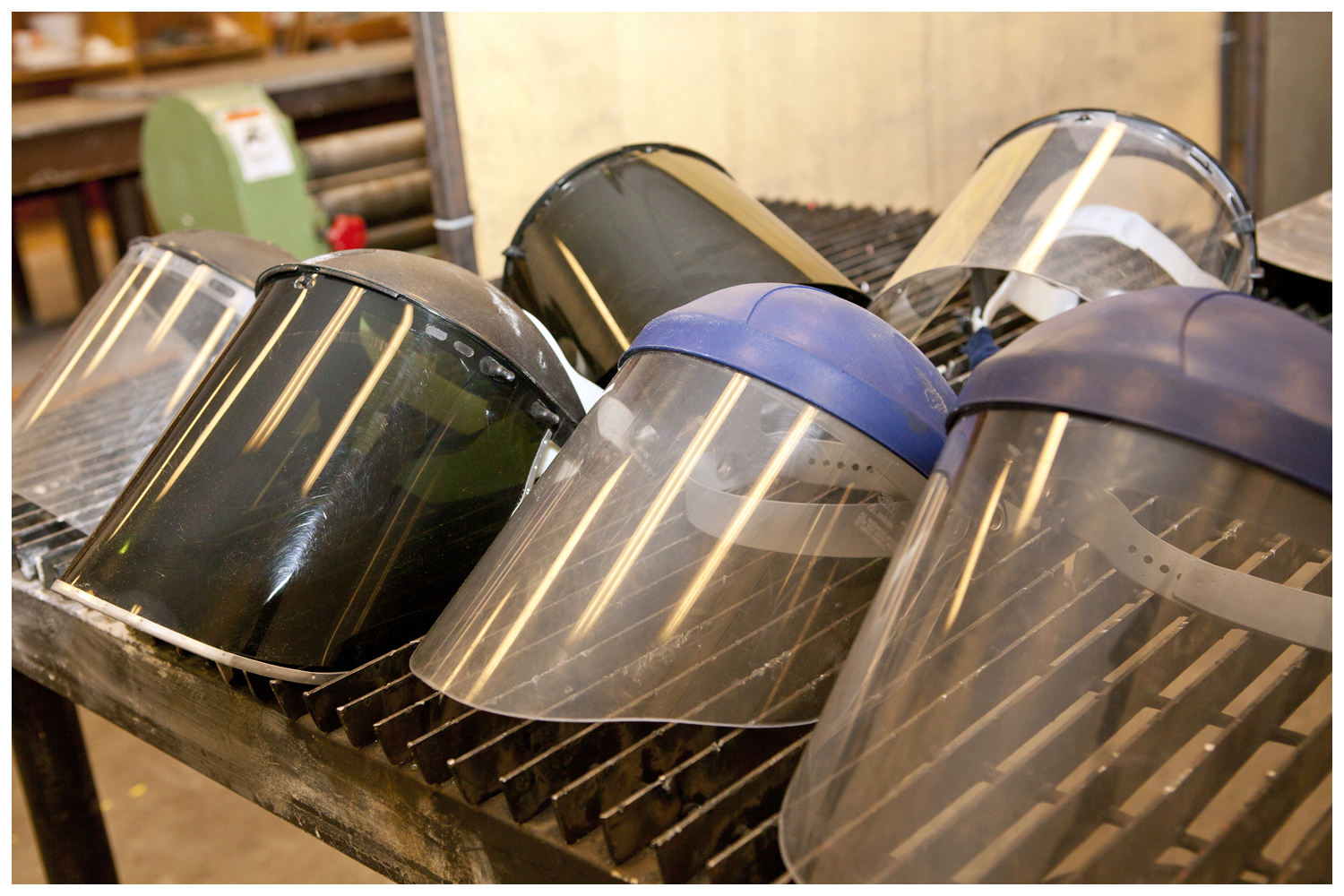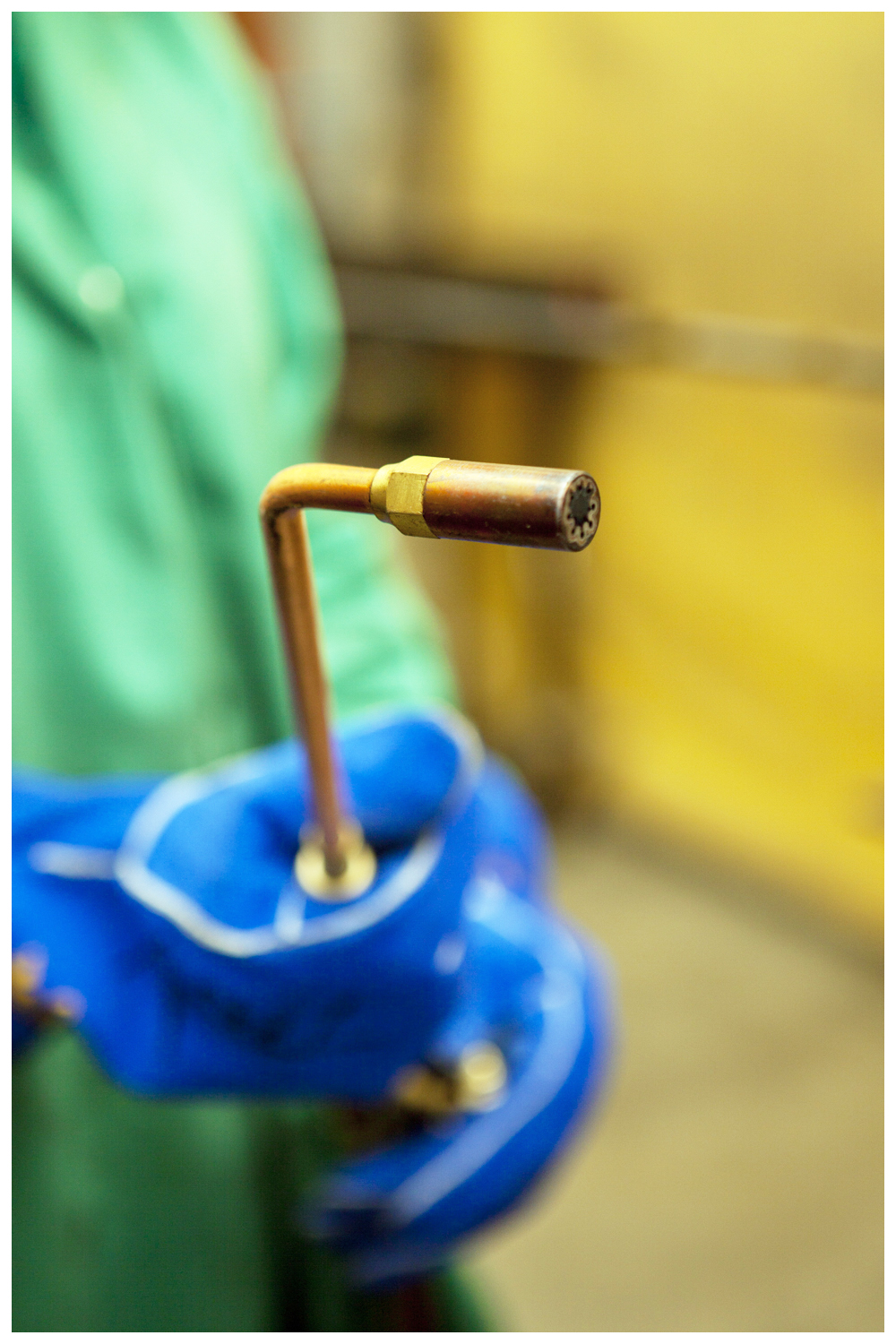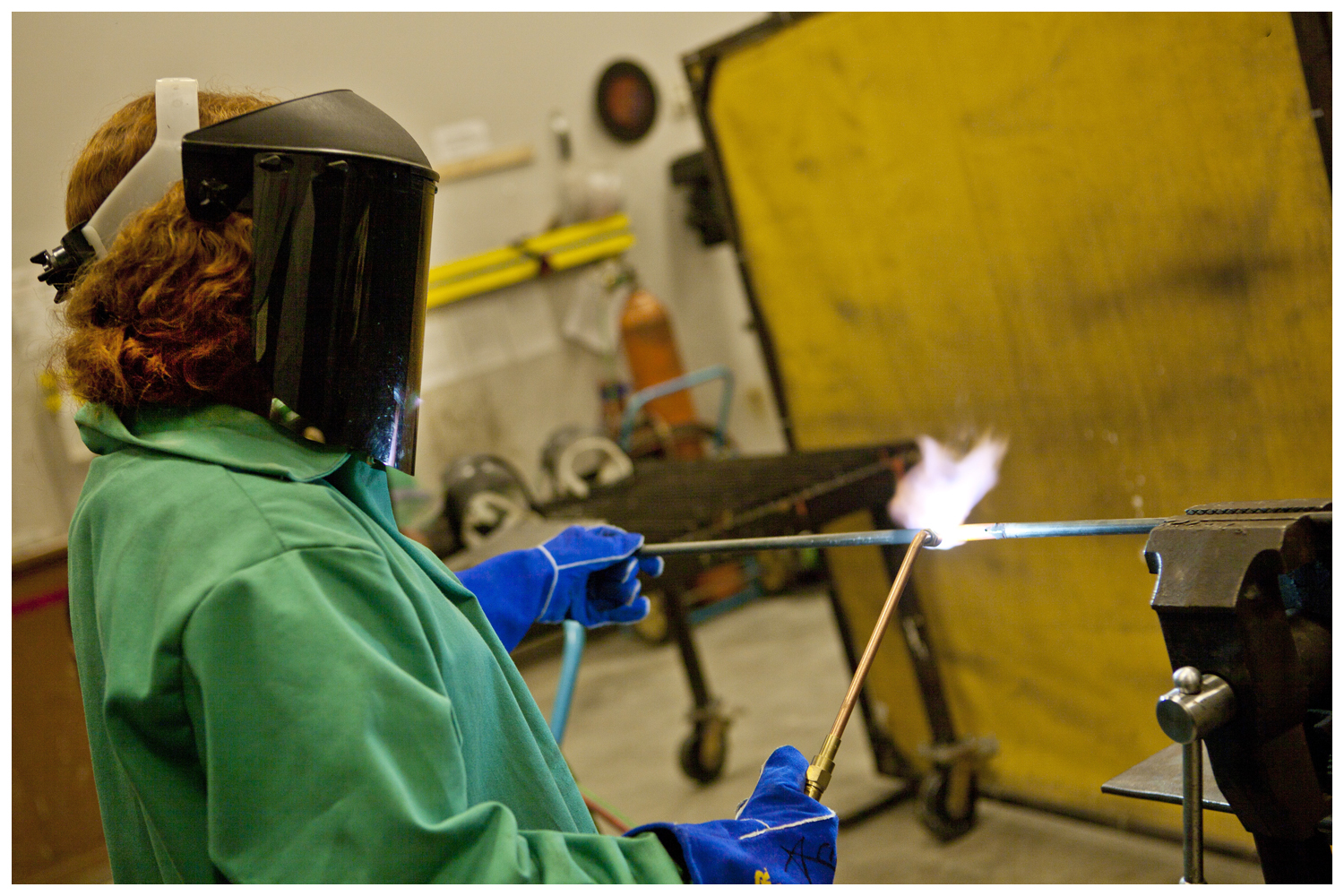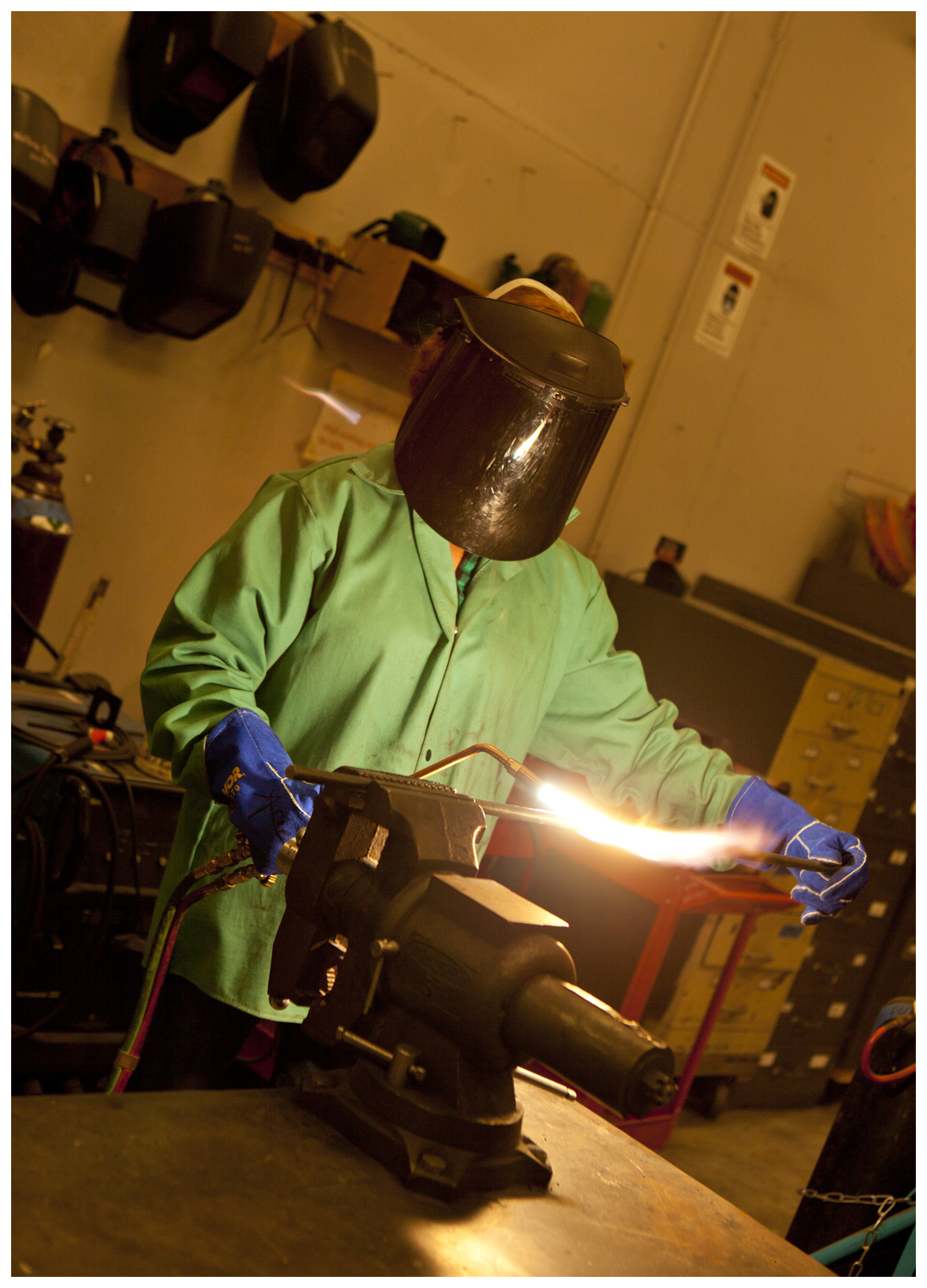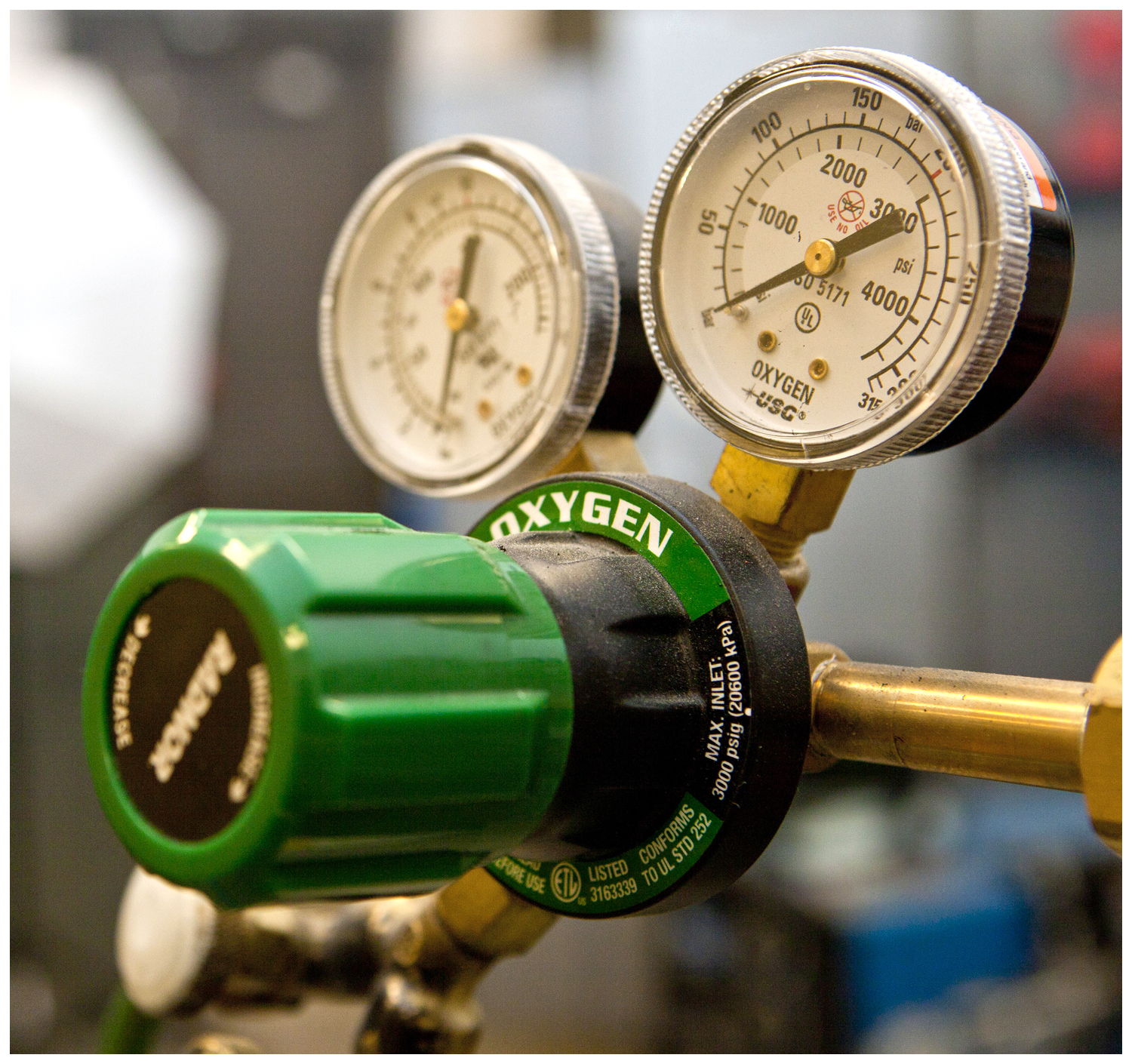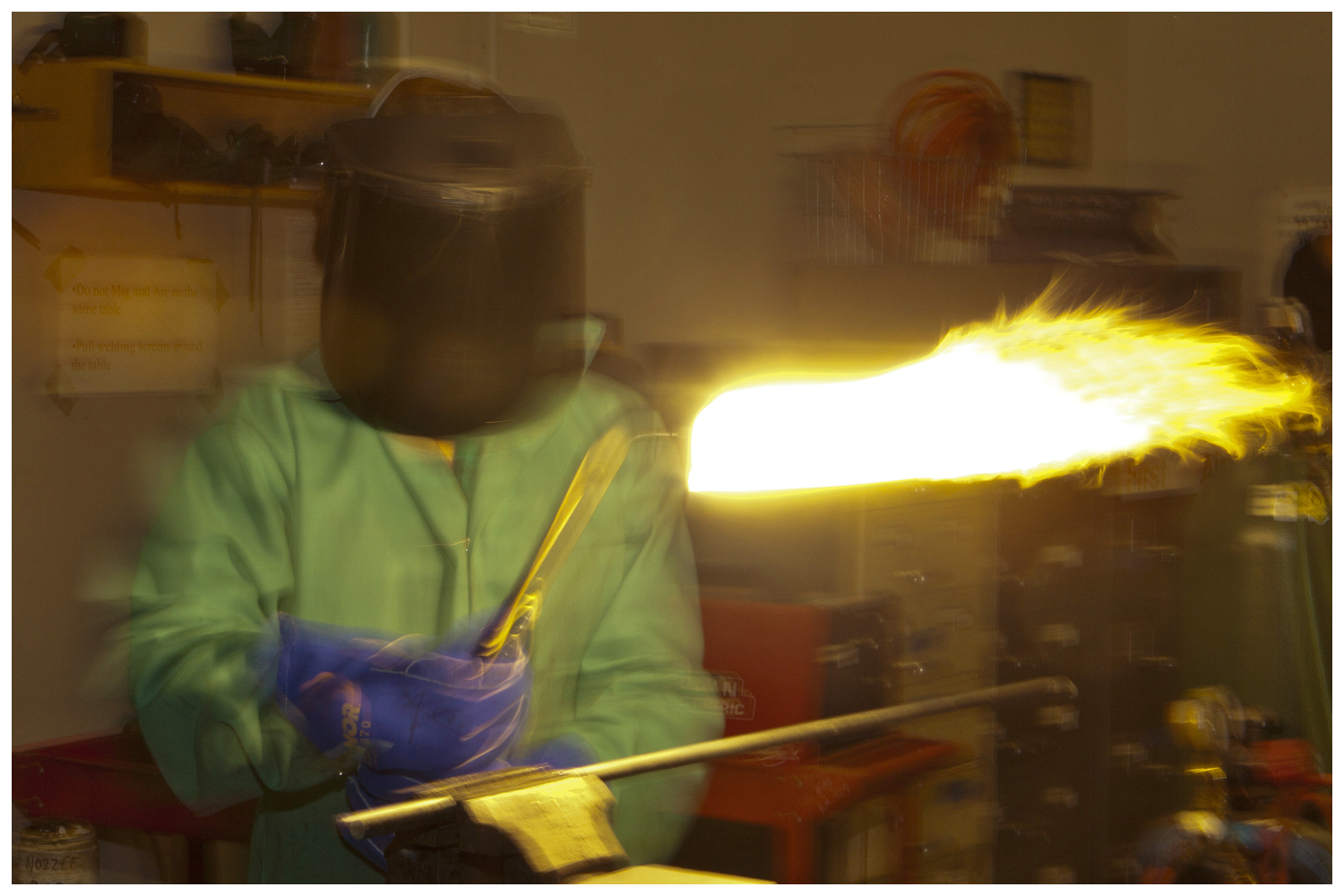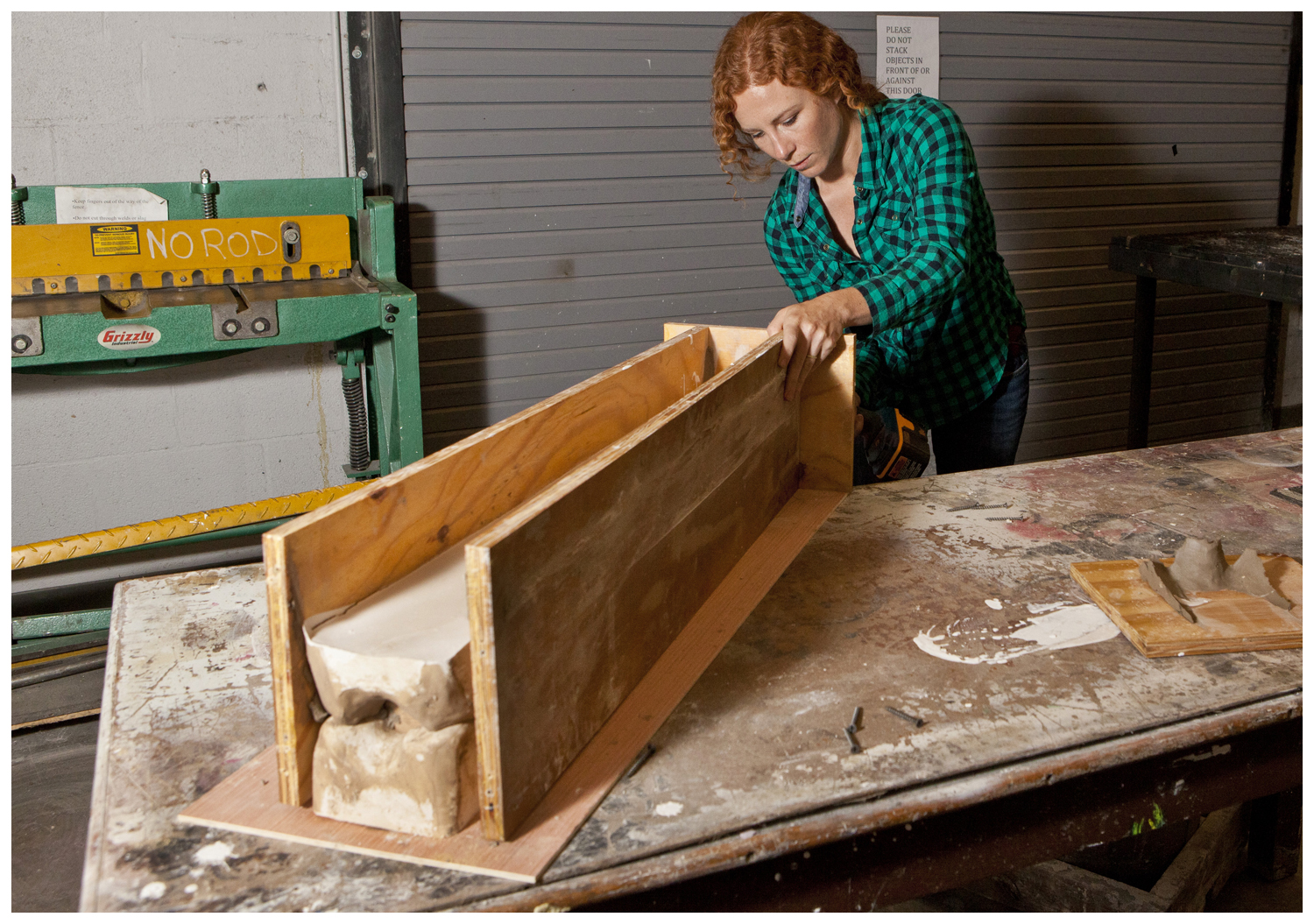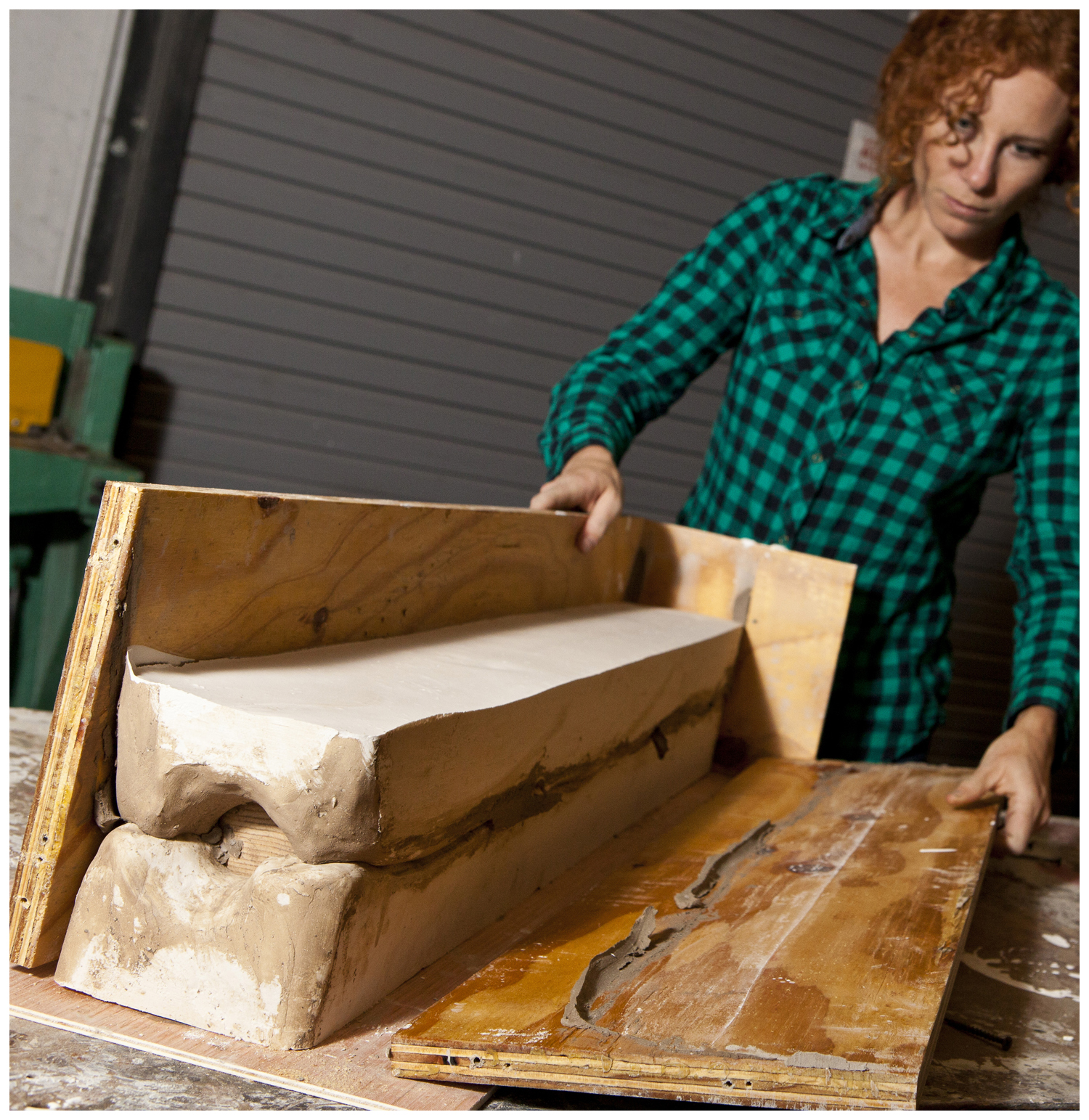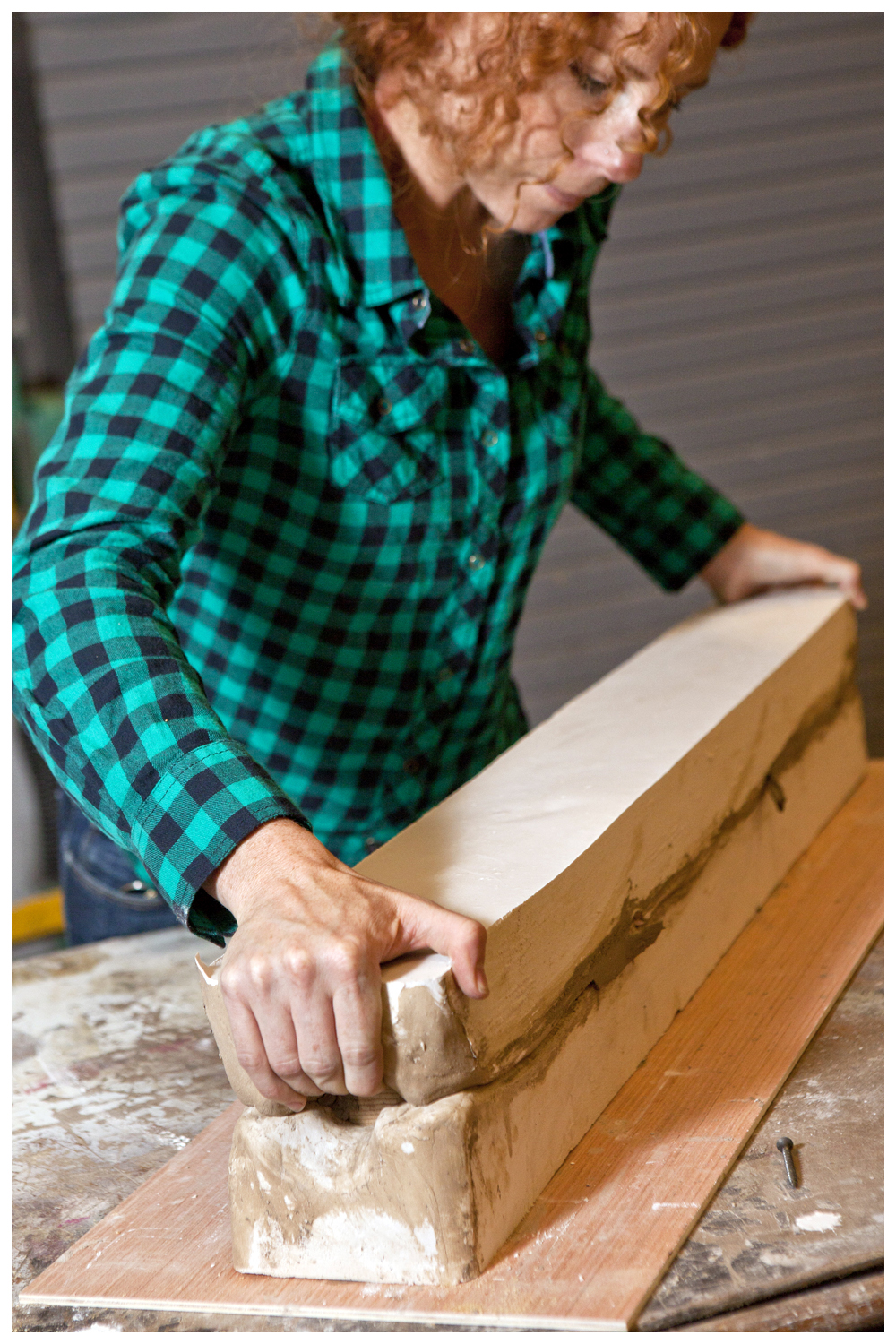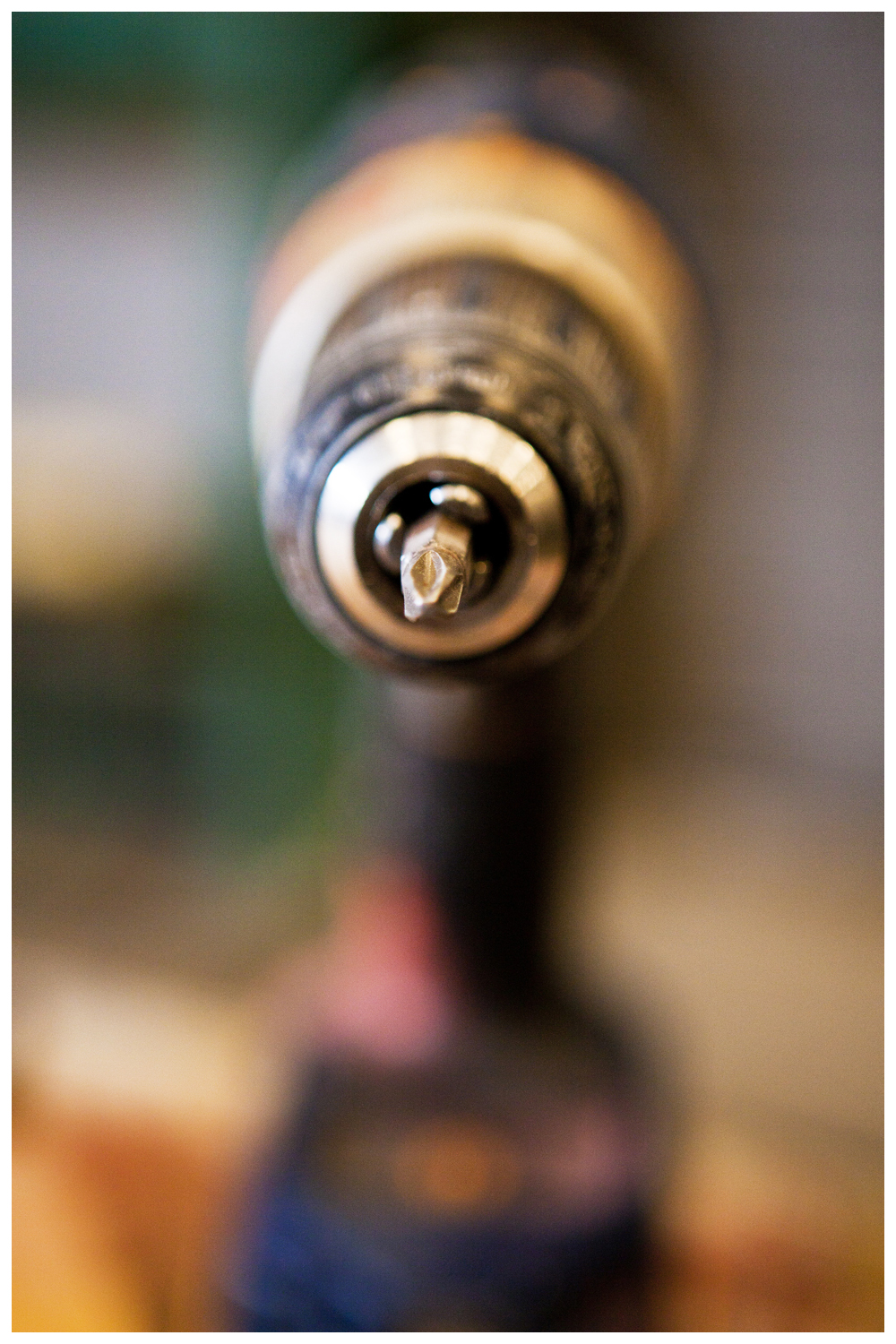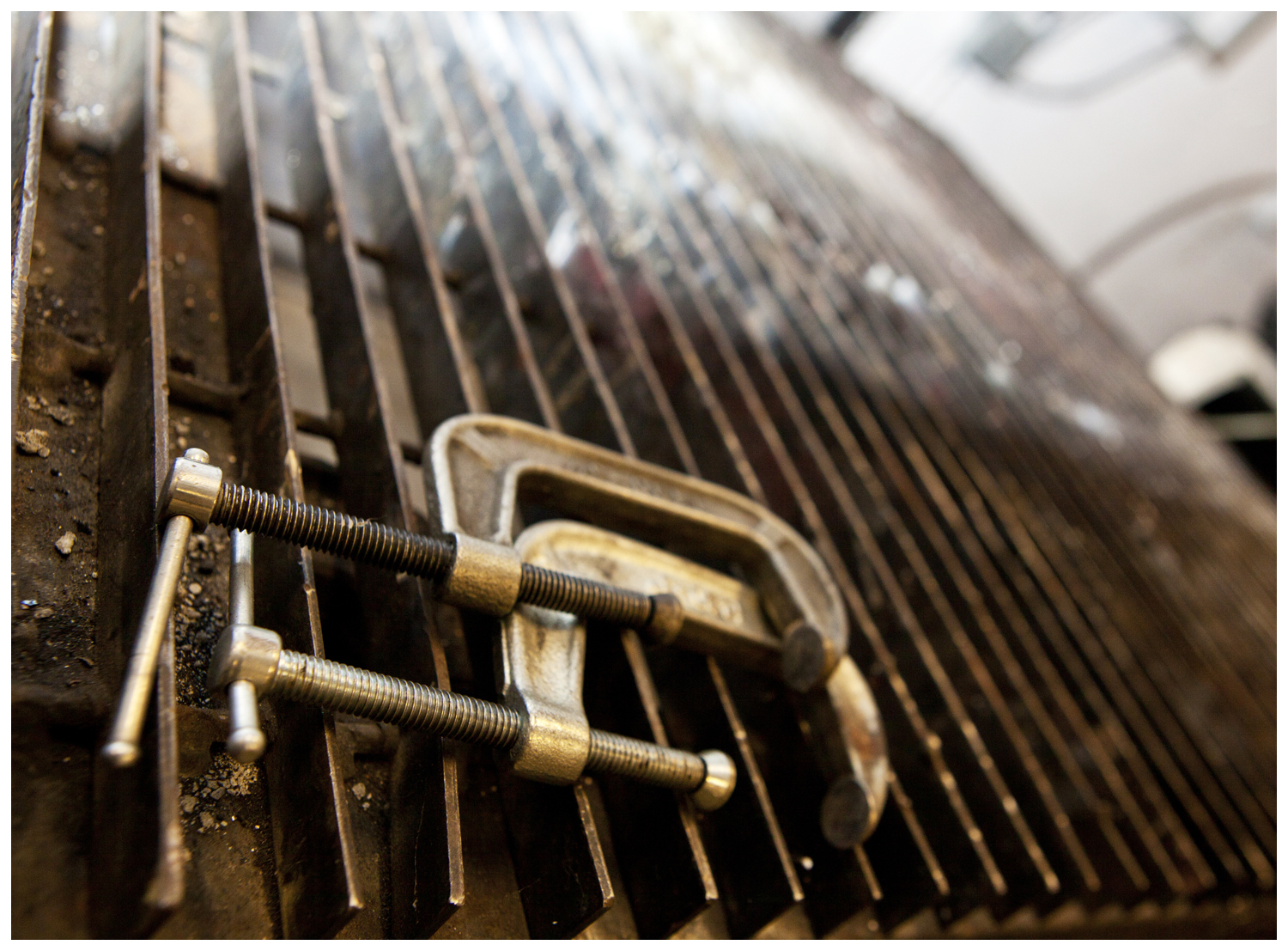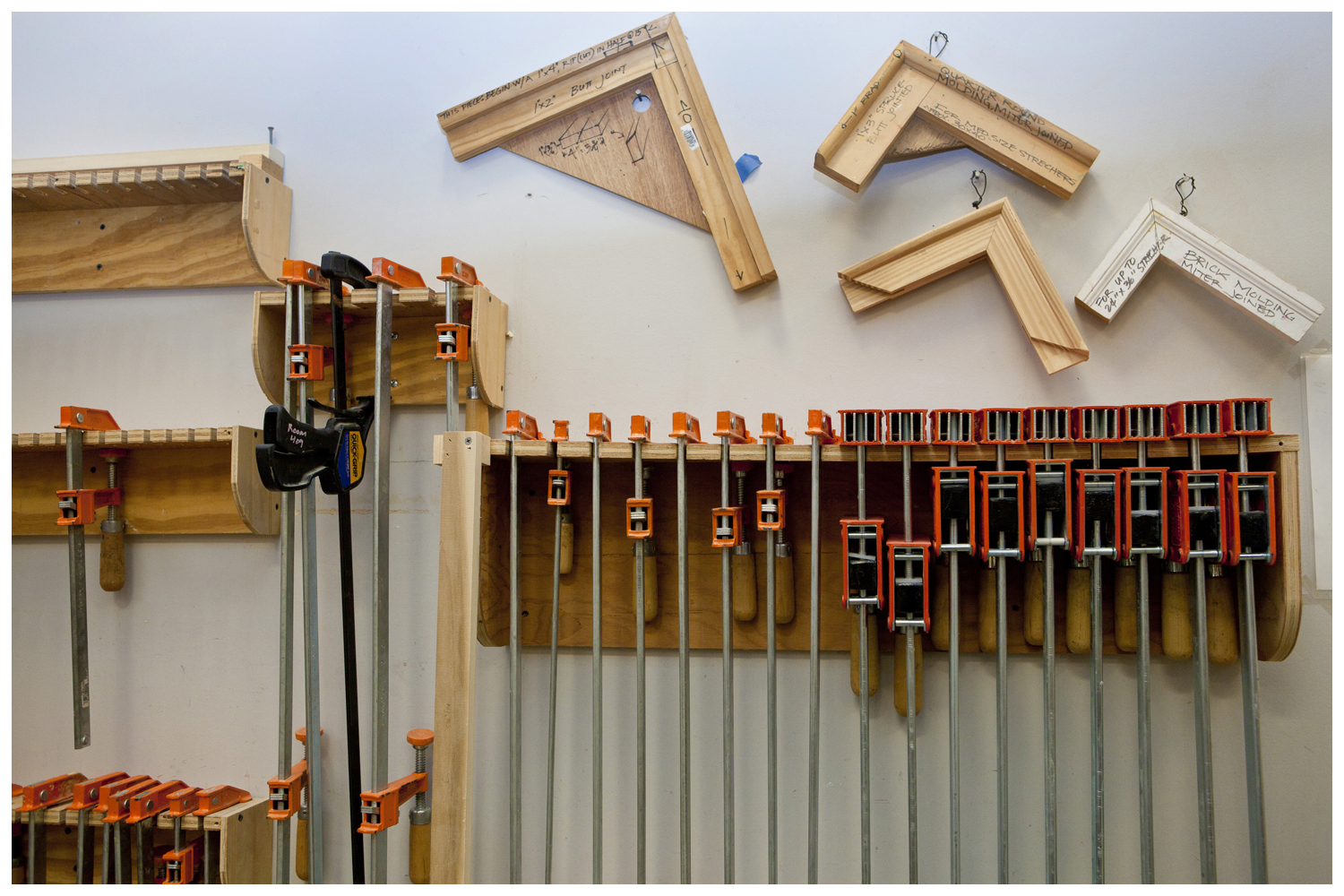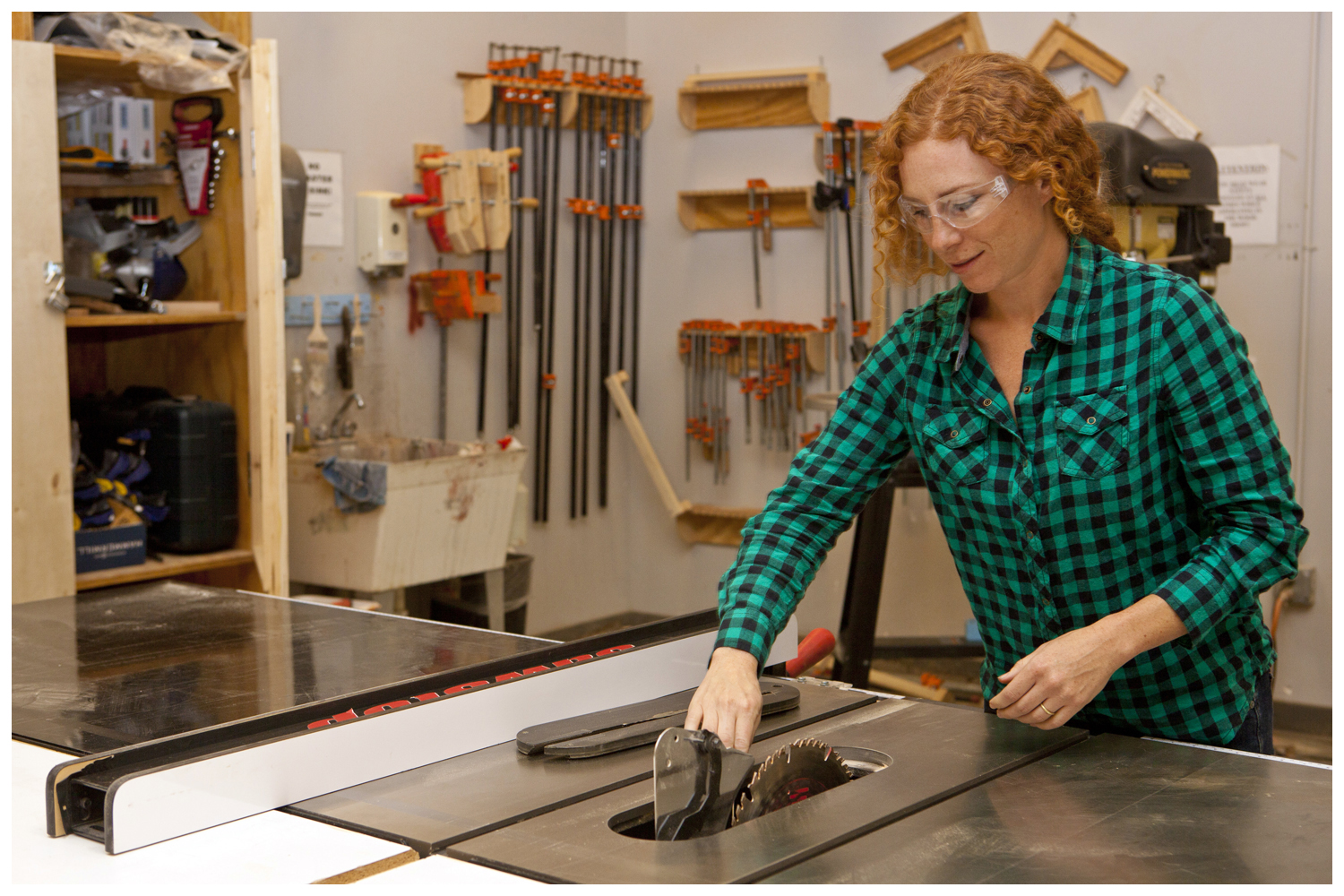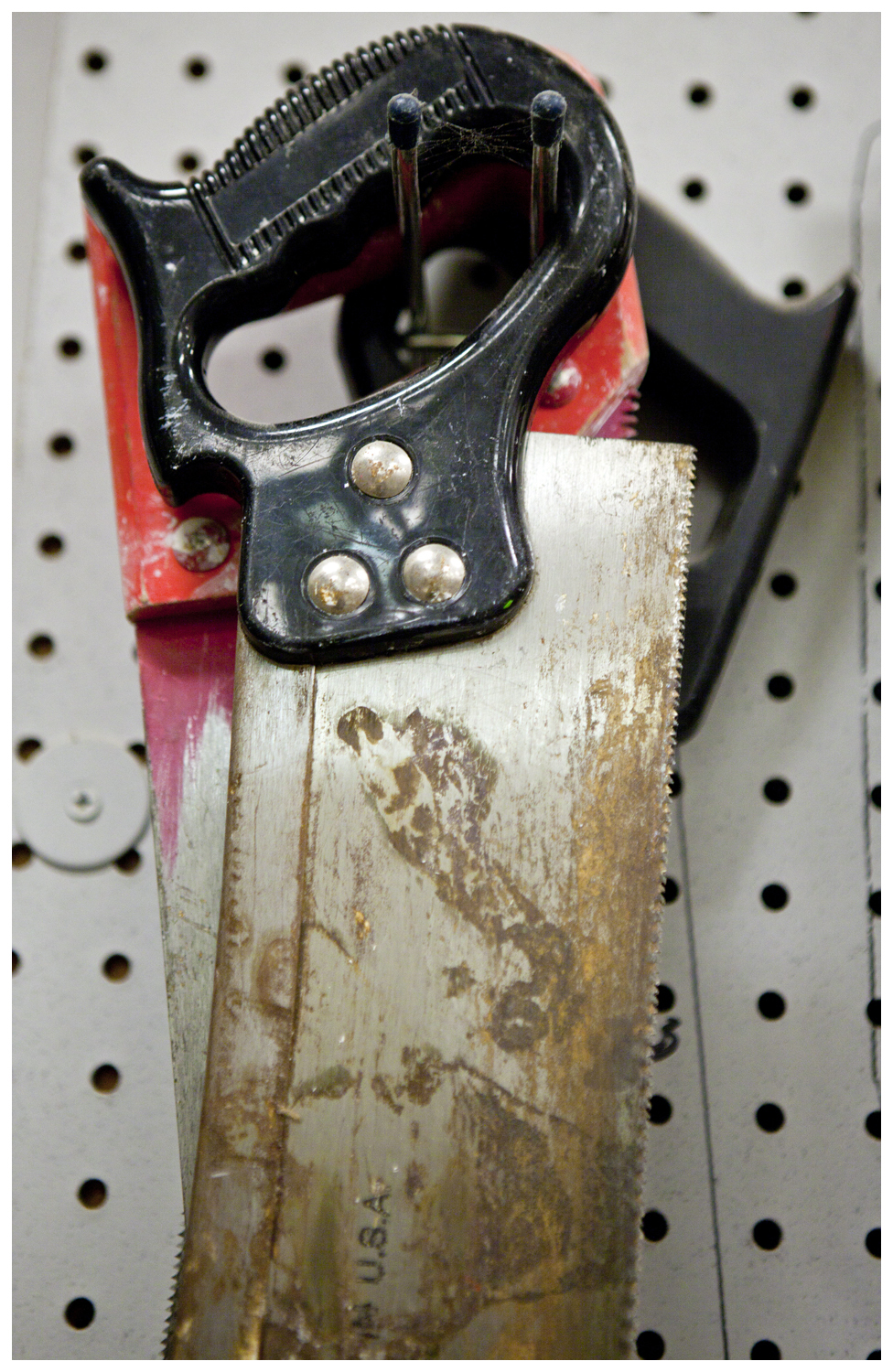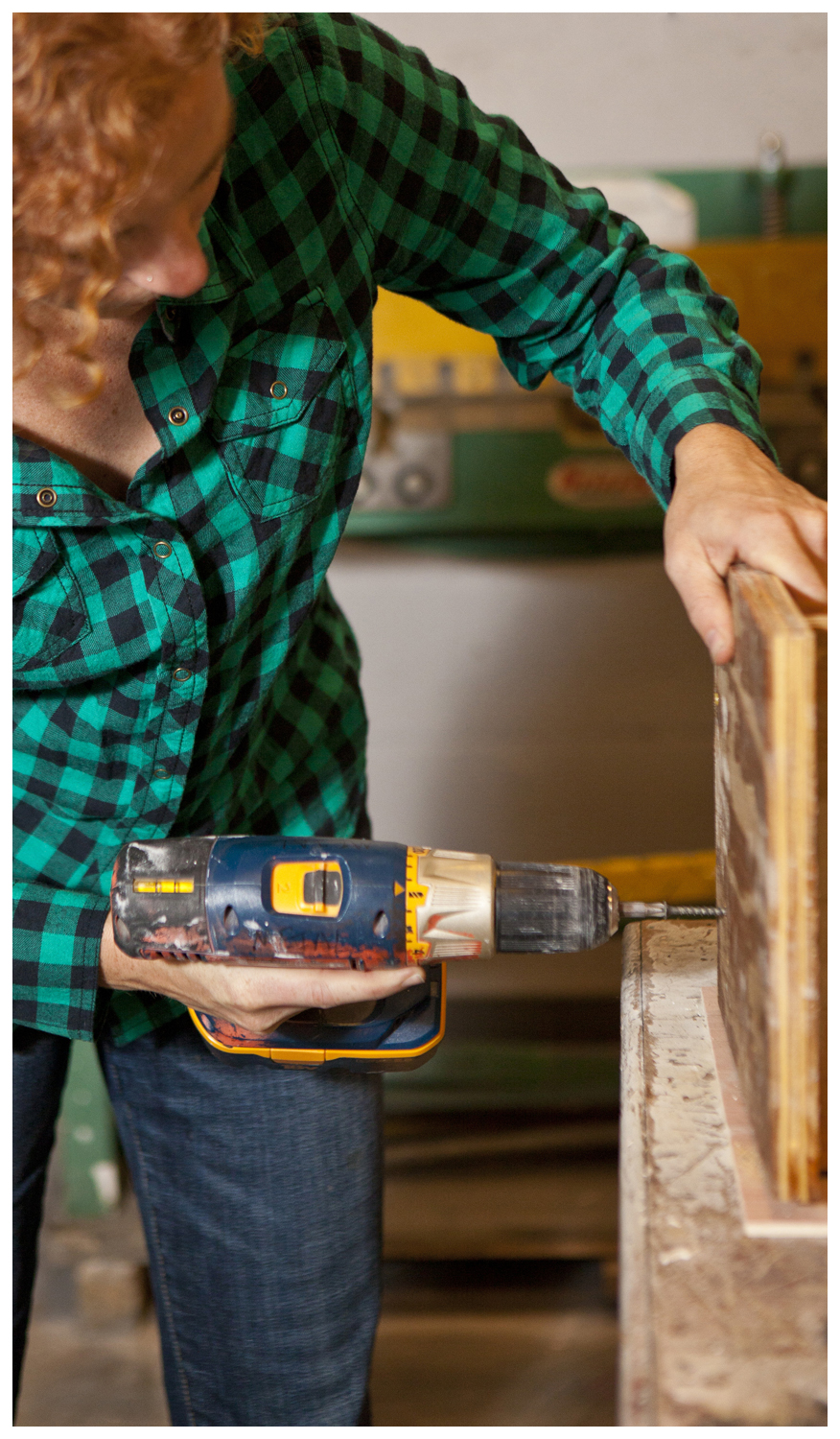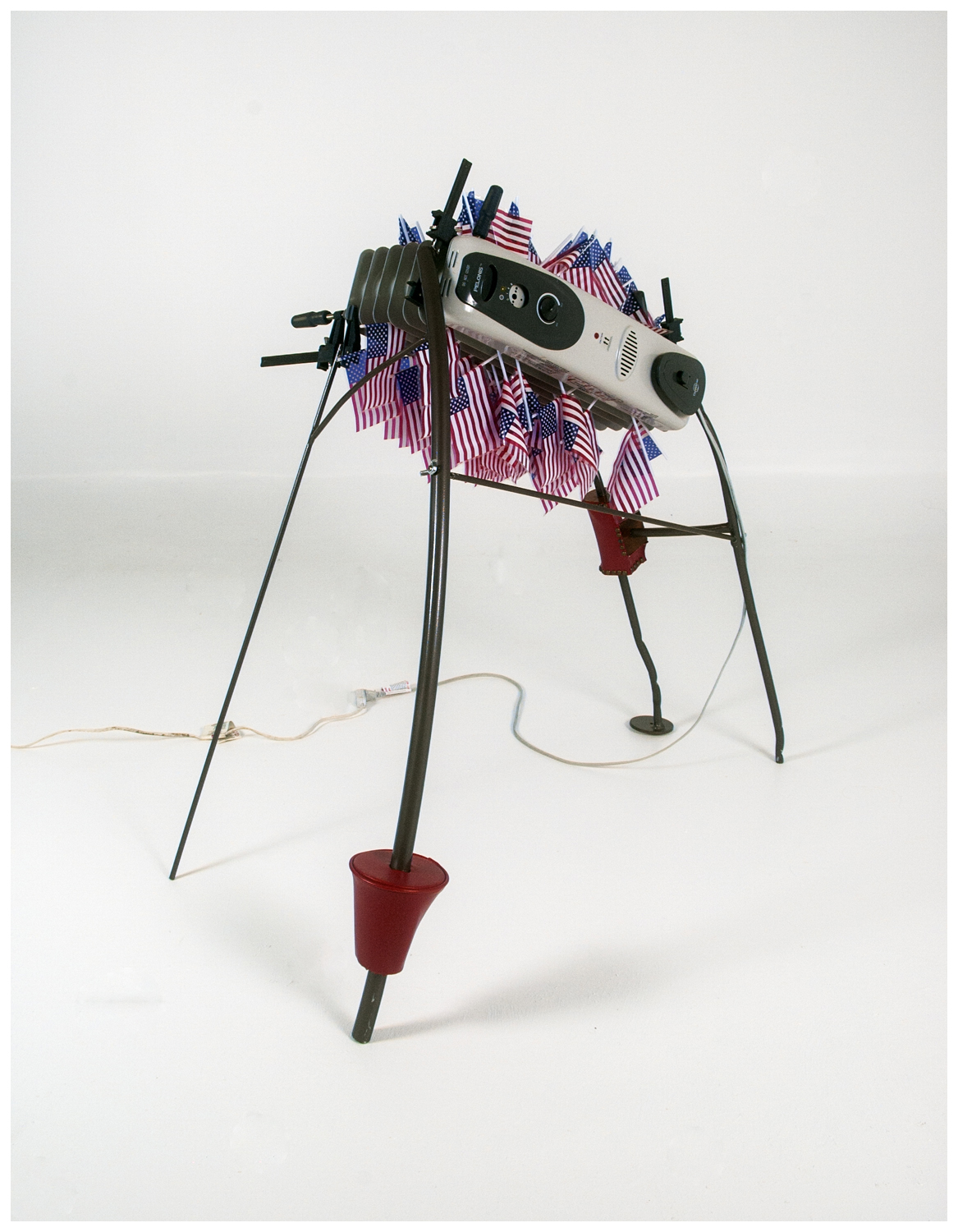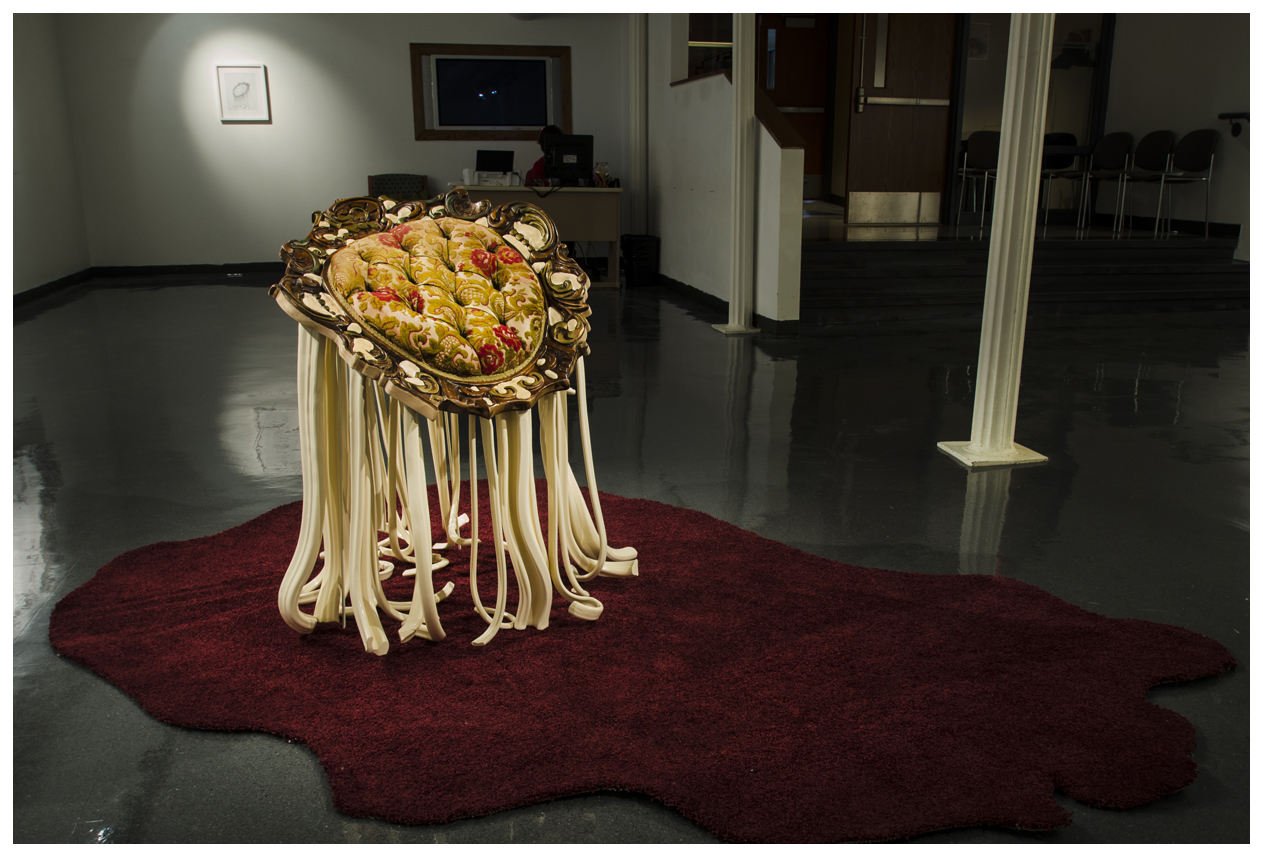I did a commercial shoot for Blaze Pizza out of California. They came all the way to Nashville for the Vans Warped Tour. I was able to get in before the crowds in and did some promo shots of a skate ramp they had set up.
Sea Wall at Oz Arts
I've collaborated with Oz Arts and Jackie Jutting from Belmont University to create a multi-media performance called Sea Wall. It will only be shown one night only on July 20th at Oz Arts. You can find out more information about the event and buy tickets here.
The Tennessean wrote an article about the play. You can read it here.
I'm super excited about this play! I love collaborating with artists, especially artists from different mediums.
Interested in collaborating with me? Reach out and send me a message!
Travel Photography Workshop in India
I just got back from teaching my first travel photography workshop in India! Heather from Atmalogy Cafe organized the logistics of the trip and I was responsible for teaching photography and leading the photography expeditions. We took a group of eager travelers, rented a car, and drove through Rajasthan in the north of India. We had a blast! From photographing the Hindu Spring festival of Holi to documenting the daily, colorful life that is India, everyone left the trip with tons of photos to remember the trip with and as a better photographer.
When I lived in Asia, I worked as a travel photographer. My job took me to a number of culturally intense and challenging places like India, so this part of the trip was nothing new. Since being back in the States, I've been teaching photography, so I definitely felt comfortable coming up with the lesson plans and teaching how to use a camera. What was the most challenging part of the trip was dealing with everyone's-except Heather who had been to India several times before-first time to India and the experience they were having adjusting to such an intense country. India is an incredible place. Being one of the world's oldest countries, there are many historical sites to see. It's also very colorful. From the bright hues of the women's saris to the rainbow spectrum of the architecture India is definitely a kaleidoscope of visual treats to enjoy and to photograph! But India isn't only color and culture. It's also limbless beggars, many of them children, pulling on you for money. It's garbage in the streets. It's endless traffic that can be literally suffocating especially in the heat. It's bureaucracy and red tape that make what could be the easiest of errands in the West, take forever. It's crowds of people and traffic vying for space in the road. India, to sum up, is everything. It's everything of humanity squeezed in a relatively small space and it can be overwhelming.
But no country offers a travel experience like India does. It's challenging but extremely rewarding. With that, many people experience culture shock their first time there. Not only was I teaching photography to the students on this trip, I was, for all basic purposes, their guide as well. It was a challenge for me to deal with everyone's culture shock, but it taught me a lot about understanding, empathy, and patience. And to see people come out of their culture shock and fall in love with India was extremely rewarding for me.
So I would say the trip was a huge success and I've already got the wheels turning for other trips in the future. I'd like to take a group of students back to India, but also to other countries-like Thailand and Greece.
Stay tuned for word of future workshops!
Concept Shoot with Good Sister Bad Sister
Jaiya of Good Sister Bad Sister makes THE most amazing scarves. She spends hours of hard work and love on each one until it becomes a unique piece of art unlike anything else in the world. Make sure you get yourself to her shop and grab one before they are all gone.
Because these pieces have such an organic feel to them, I shot them outside in the woods. I kept a dark carnival concept in mind when editing the images, for I felt this brought out the festive, gypsy feel to the pieces.
I love working with local designers and look forward to working with more in the Nashville community!
Nashville Visual Artists-Buddy Jackson
I wasn't expecting a lesson in human psychology, art, and history when I visited Buddy Jackson in his studio, but I got all that. All these disciplines go into laying the foundation for his art and it was obvious to me, after a few minutes of conversion with him, that much, much thought goes into his work. It was inspiring to be able to talk with Buddy about his work, and an honor to photograph him making it.
Buddy's show will be up at the Rymer Gallery until November 1st. Do yourself a favor and immerse yourself in his paintings, sculpture, and photography. You'll be glad you did.
What is the theme of your work?
I am obsessed with the human form and the human condition. Regardless of medium, I always depict people, whether a more generic symbol of humanity, or a specific person. Expressing the emotions that we all share is a constant theme of my work.
What inspires your work?
I am inspired by the craft and skill of classic artists, from Rodin to Van Gogh. And emotion. As a lover of art, I can only relate on a heart/gut level to music, art, dance. I strive to open myself and allow my own emotions to find their way to my hand.
What are the goals for your work?
I feel like I have something to say in my work and my goal is to have my work viewed by as wide an audience as possible.
What are your thoughts on the Nashville Arts scene?
As Nashville grows, many creative disciplines are being discovered by a national and international audience. I feel fortunate to be a veteran immersed in one of the most vibrant and growing creative communities.
Nashville Visual Artists-Carrie Cox
Carrie Cox's work is a stunning mix of shape, line and color. Whether it's the shapes of objects found, collected and arranged for the viewer to see, or a dizzying amount of pieces of paper that she's assembled into mobiles, her work is impressive in design and the message of be-in-the-moment zen significance. You can find her at Platetone most Fridays if you wanted to see more of her work. She will also have a piece in the Collage Collective show at Turnip Green this month.
Nashville Visual Artists is a photo documentary that profiles visual artists living and working in Nashville. The purpose of this project is to bring awareness to the strong visual arts scene here. Nashville is famous for its music culture but a lot of people aren't familiar with its rich visual arts culture. By interviewing artists and documenting their process in the studio, I hope to draw more attention to the visual-arts community here.
What is the theme of your work?
I don’t have an intentional theme. Many have pointed out to me the continued use of water imagery. I began incorporating indigo dyes a couple of years ago. Using the color blue and having grown up in Florida with an ocean landscape will always be a source of inspiration for me. My intention is to always invoke a sense of calmness and quiet for the viewer. A theme usually presents itself when I finish a new body of work.
What inspires your work?
All the local artists you have spotlighted in your blog and of course my fellow members at Platetone Printmaking Paper and Book Arts. I am very drawn to Asian art and the abstract. Often I am inspired by a process or the materials I am working with.
What are the goals for your work?
To get better – more refined in my making and to learning more about the business of being an artist. When I accomplish this, I then hope to have the opportunity to exhibit outside of Nashville.
What are your thoughts on the Nashville art scene?
It’s great to see what is happening around town and I am so grateful for the opportunities I have been given to exhibit. The Nashville landscape is changing so much it is hard not to worry about being pushed out of an area because of high costs. I think if we continue to support one another the art scene will continue to grow and strengthen.
Nashville Visual Artists-Shana Kohnstamm
Shana Kohnstamm makes sculptures that are colorful and soft to the touch. In the growing medium of soft sculpture, her work speaks of form and evolving beauty. She has a studio at Ground Floor Gallery, and there I to spend an afternoon with her watching her make her soft sculpture.
Nashville Visual Artists is a photo documentary that profiles visual artists living and working in Nashville. The purpose of this project is to bring awareness to the strong visual arts scene here. Nashville is famous for its music culture but a lot of people aren't familiar with its rich visual arts culture. By interviewing artists and documenting their process in the studio, I hope to draw more attention to the visual arts community here.
What is the theme of your work?
It's all about the exploration of materials and pushing the traditional limits of using wool fibers. Sure, there are repeating forms in the subject matter (plant, animal, microbiology, etc.) but that's more like my handwriting. They are a means to deliver a message about my fascination with the properties of wool in the context of soft sculpture.
What inspires your work?
I hate that word: inspiration. It has the connotation of some sort of magical gift. When I am working, I get excited about my work. Or I get pissed off if it's going sour. Or I get bored with the monotony of rolling wet wool. It's all part of getting it done. And it is work. We don't call it "artplay". Regardless, the act of making...using my hands, making obvious-to-me decisions about the next step of the process...that feeds me.
What are the goals for your work?
First and foremost, garnering visibility. Whether by exhibitions, magazines, or online presence getting the work seen by people and having them recognize my art. It's admittedly an egocentric goal but that's the honest answer.
Beyond that, I work very slowly, in an already fairly slow medium so simply finishing a piece is a realistic goal.
What are your thoughts on the Nashville Arts Scene?
I was born and raised in Nashville so I remember when the only places to see art were the basement of the Parthenon (old paintings hanging on peg board) and the mansion estates (old paintings hanging on old walls). As a child, I had an association of fine art with the smell of mildew...something made by long dead painters... disregarded, overlooked, part of an era that had nothing whatsoever to do with me.
While folks who have only been here a short time, 10 years or less, are fretting about the exponential growth, I am delighted with the culture and youth that Nashville is attracting. Having moved my studio from home to the Ground Floor last year made me keenly aware of the pace of the change, both in the physical development of the city and by the variety of people who walk through during gallery openings. There is vibrancy to the city; a strange bustling that is unnerving and exciting.
You can learn more about Shana's work at http://www.shanakohnstamm.com
Nashville Visual Artists-Amanda Joy Brown
The other day I visited the studio of painter Amanda Brown at Ground Floor Gallery, a relatively new gallery and studio space on 4th Avenue. Watching Amanda work was fascinating. She paints in a drizzle technique; dripping paint off the wooden part of a brush, so the brush never touches the canvas. This technique creates a multitude of lines and curves that seem to be interconnected. But what’s fascinating about these lines and curves is that faces, bodies, and depictions of everyday life can be seen. It really made me want to know more about the work. She took a break from painting and gave me the lowdown on her process.
Nashville Visual Artists is a photo documentary that profiles visual artists living and working in Nashville. The purpose of this project is to bring awareness to the strong visual arts scene here. Nashville is famous for its music culture but a lot of people aren't familiar with its rich visual arts culture. By interviewing artists and documenting their process in the studio, I hope to draw more attention to the visual arts community here.
What is the theme of your work?
Essentially, it’s about the tension between the controlled and the accidental using crowds as a metaphor for this idea. My work also addresses the idea of the individual and the collective-the idea that the individual is also part of the greater whole. I am investigating the idea of the crowd having its own identity as well as its individuals having their own identities at the same time.
What is the inspiration of your work?
The desire to make sense from chaos inspires me to make my work, as well as a fascination with humanity, especially crowd psychology. I love to people watch, and the nuances I see inspires my work as well. I used to live in France and I loved people watching when I was there.
As far as other artists go, I've loved the work of Vija Celmins for her love of mimicry, detail, and preference for covering her surfaces with so much detail it starts to resemble a machine-made texture, except it's carefully rendered by a human hand. My Chinese painting course furthered my interest in the possibilities of line and gave me an appreciation for working with a certain level of flow and working with a medium instead of fighting it. I am very inspired by the idea of repetition and how beautiful it is, especially imperfect repetition, or variations on a theme (which actually isn't repetition) that is prevalent in nature. Lastly, I am fascinated by science and social behavior. This is driving my current series where I take this idea of underlying patterns and connect it with analog static, which is created by surrounding electromagnetic waves, coming from a combination of cosmic radiation, radiation coming from the immediate environment, and the internal workings of a screen. I see this as an allegory of the evolution of social behavior.
What are the goals for your work?
I’d like for people to be drawn to the work; to want to get up close to it. To see individual people and detail, to notice the interactions that are happening between the characters. But I’d also like them to step away from the work and see how the line work starts to blend together and become almost like a pattern. The viewer then hopefully sees that all the characters are joined together by this line work which conveys a sense of connectivity.
What are your thoughts on the Nashville art scene?
I love it because it’s small enough where you don’t feel anonymous but large enough so there is diversity amongst the artists. I’m always discovering new work and meeting new people, but still feel part of the community. It’s exciting because there are new galleries popping up. I’m looking forward to see what the future holds for the arts here in Nashville.
To learn more about Amanda’s work check out her website at: http://www.amandajoybrown.com/
Nashville Visual Artists-Kit Reuther
Kit Reuther’s space was filled with sunlight and bright canvases when I visited her at her home that she is temporarily using as her studio. Her use of formal elements like shape and color were worked into canvases, made into sculptures, visions manifested in both two and three-dimensional platforms. We sat down over coffee and I was lucky enough to learn about her work.
Nashville Visual Artists is a photo documentary that profiles visual artists living and working in Nashville. The purpose of this project is to bring awareness to the strong visual arts scene here. Nashville is famous for its music culture but a lot of people aren't familiar with its rich visual arts culture. By interviewing artists and documenting their process in the studio, I hope to draw more attention to the visual arts community here.
What is the theme of your work?
I don’t really approach work with a specific theme in mind. To say I have a theme would sound as if I actually know what I'm doing! Often I will just start a painting with an idea as simple as a single color that I've been curious about. How does it translate in paint? Is it as good on the canvas as i've imagined in my head? As I proceed to answer these questions, the work then becomes an exploration by trial and error. Formal issues inform the process: composition, scale, mass, line, etc. Things rarely go as planned, but I have come to appreciate and even rely on unpredictable outcomes.
What inspires your work?
I don't recall ever being at a loss for inspiration. I take in a tremendous amount of visual information (or inspiration as the case may be) from the everyday and mundane. It can be exhausting! Everything around me represents potential and I probably have several hundred ideas and sketches- mostly on post-it notes, but I rarely ever need to refer to them. I think they are like a safety net for me, in the event that I ever reach a visual block.
I am also inspired by other creative people in my life. They are like fuel for me, and it helps to know there are others out there wrestling with the creative process. Artists like Jodi Hays are good at bringing folks together, and those interactions help energize the hours of isolation in the studio.
What are the goals for your work?
I continue to push myself to make things that feel fresh and challenging. I get bored easily, but fortunately right now I have a backlog of new ideas, especially with my sculpture, and I am excited to get started (when my sculpture studio warms up!). I have been asked to participate in a group show this summer in which all of the artists are using the medium of cardboard. I also have a solo show this fall at David Lusk Gallery in Memphis, so that pretty much sums up my goals for 2015.
What are your thoughts on the Nashville arts scene?
Well, I found myself crawling on hands and knees through an art pod maze a couple of weeks ago, so Nashville is certainly offering a more diverse art experience! Where we go from here is anybody's guess. I am encouraged every time I hear of a new art venture, whether it is the announcement of a new gallery, pop up, or co-op space. Exposure is important in maintaining the growth of our art community alongside the overall growth of the city.
Kit is represented in Nashville and Memphis by David Lusk Gallery. To learn more about Kit’s work please visit http://www.kitreuther.com/
Nashville Visual Artists-Stephen Watkins
When I walked into Stephen’s studio I was blown away. Lining the walls were numerous faces staring point blank at me. What was disarming about these faces is that they were much bigger than me, at least 8 feet tall. As I stood face to face-no pun intended-with these larger-than life creations, I felt all of sudden very small and vulnerable. And perhaps it was me reflecting what I saw in the paintings around me-nakedness of gaze and sheer vulnerability. Sometimes Stephen uses graphite and paint in these renditions, sometimes he even uses a blowtorch but no matter what medium is used they all communicate the same strong personal and mysterious thread that ties us together in being human.
I hung out with Stephen in his studio and got to see him at work. To the sounds of Trip Hop and the light of a utility lamp, he set to the job of bringing another face, another emotion to life.
Nashville Visual Artists is a photo documentary that profiles visual artists living and working in Nashville. The purpose of this project is to bring awareness to the strong visual arts scene here. Nashville is famous for its music culture but a lot of people aren't familiar with its rich visual arts culture. By interviewing artists and documenting their process in the studio, I hope to draw more attention to the visual arts community here.
hat is the theme of your work?
I would say the theme of my work has to do with making a connection with the viewer. It’s about showing that though we are all different, with different lives and different backgrounds that we all share the common thread of humanity and all the emotions that come with being human. Also, my work is about the experience that you have the first impressions when meeting someone.
What inspires your work?
Music is a huge inspiration for me, and I often listen to music when I work. It helps me in the process of creation. I can also be inspired by the wind, rustling through the trees, or other sounds of nature. I am also influenced by my religious upbringing, stories and parables that I grew up hearing. Besides that, I am inspired by other artists like Van Gogh, Pollock, and especially Basquiat because he went against the establishment.
What are the goals for your work?
First and foremost I want to make a connections with the viewer. If I feel that I’ve elicited some sort of emotional response from them, then I feel I have been successful. Continuing to show my work in galleries and other spaces is very important to for me.
What are your thoughts on the Nashville Arts Scene?
It’s very supportive and I think great things are starting to happen here. It’s growing and gaining more national attention.
Stephen will be exhibiting his work during this month’s Art Crawl on February 7 at 40 AU in the Arcade.
Nashville Visual Artists-L.A. Bachman
I got to spend a few hours with the lovely Lisa Bachman in her above-garage studio in South Nashville. Lisa’s work is prolific for she has several different approaches she uses when making her work. For her latest series, “New Skin” she applies watercolor and other media like colored pencil and sumi ink on paper. Before she starts painting, she goes through photo albums from her youth and finds figures whose position in the photograph create interesting profiles or silhouettes. She then draws that shape on the paper, magnifying it many times. She then wets the paper and applies watercolor. This process of wet on wet causes the paint to spread. Mixed media is then added to create detail-exploding, aquamarine-like, flowery splashes of feathery texture.
Nashville Visual Artists is a photo documentary that profiles visual artists living and working in Nashville. The purpose of this project is to bring awareness to the strong visual arts scene here. Nashville is famous for its music culture but a lot of people aren't familiar with its rich visual arts culture. By interviewing artists and documenting their process in the studio, I hope to draw more attention to the visual arts community here.
What is the theme of your work?
The theme of my work definitely draws from self-expression. I can’t take that out of my work. As I’m in the process of self-expression I can’t help but put myself in the bigger picture when I work on a series. Like exploring universal topics such as family, belief, responsibility, failure and desire. For example last year when I did “The Give and Take” series I was dealing with the joys and compromises of human intimacy. This, I believe is something that we can all relate to; giving up something to be part of a relationship-whether it’s in family, friendships or other relationships.
What inspires your work?
It’s inspired by what I see on a daily basis (shapes in food preparation, magazines, film, the Nashville land/city scape). I make time to visit museums, art galleries, and friends’ studios, so all this local work greatly inspires me as well. The Frist brings in a lot of international work so I go there as often as possible for inspiration.
What are the goals for your work?
First and foremost, my biggest goal is to keep challenging myself in my medium, to master it. I want to get more comfortable with my different medium and push them in directions I haven’t before. Another goal is the more practical side of being a sustainable artist. Up to now the goal has been for the work to fund itself –sales have allowed me to buy more materials for artwork and visit museums for future inspiration. But ultimately, I’d love to be able to meet all my living expenses from my artwork.
What are your thoughts on the Nashville Arts Scene?
I think it’s getting larger and stronger. It’s also becoming more well-known in Nashville and beyond outside the art community. However I think it’d benefit from a healthy criticism, especially in critical writing of shows and new work. Now that we have more gallery districts with the introduction of Fort Houston area, this will hopefully create critical dialogue that will only benefit our art community as a whole.
You can learn more about Lisa's work at http://labachman.com/home.html
Nashville Visual Artists-Delia Seigenthaler
I was blown away when I first stepped in Delia Seigenthaler’s studio. There were dolls and doll parts everywhere. It was fascinating and a little creepy. The artwork spoke to me and I was curious to find out more about it.
Nashville Visual Artists is a photo documentary that profiles visual artists living and working in Nashville. The purpose of this project is to bring awareness to the strong visual arts scene here. Nashville is famous for its music culture but a lot of people aren't familiar with its rich visual arts culture. By interviewing artists and documenting their process in the studio, I hope to draw more attention to the visual arts community here.
What is the theme of your work?
I consider myself a mixed media artist and move easily between working in 2D and 3D. Assembling parts and collage gives me the ability to create a personal narrative. Sometimes I think of myself as a “closet artist”. My best work seems to happen when I’m making a piece that I don’t want anyone else to see. It’s definitely where I’m most comfortable.Process is very important to me. It seems like I’ve always used found objects in my work or at least have always been a collector of things. It’s interesting to see what happens to objects over time. I’m happy to let the ideas come to me and I don’t have to know where they come from all the time. Process is very important to me. It allows me to see what my private world will reveal.
What inspires your work?
All kinds of things inspire me and have influenced me. My mother was an artist and could do anything. She was a painter but I’m sure that I was more influenced by her projects around the house. She could solve any problem with what little resources she had. If she wanted something done, she would figure it out and do it with no fear of failure. I remember watching her paint the entire exterior of our house with a roller. One time, she strapped sand paper to her shoes and refinished the floors. She would take apart a cabinet and put it back together and paint murals in the house. She even made wax figures for a wax museum. I know that’s where I get my ability to work with materials that I have on hand and have faith that I can make it work.
What is the goal of your work?
Goals for me change as they are reached or let go of. I try to keep several goals in mind. I allow myself the freedom to switch gears. My teaching alleviates the stress of relying on my artwork to pay the bills and while that’s good, it leaves me with less time in my studio. I have to be creative in finding ways to make time and focus on being disciplined. My main goal is to have more of that precious time to make the work that I want to make.
What are your thoughts on the Nashville Arts Scene?
It’s growing quickly. When I moved to Chicago in 1987, there were maybe three galleries to speak of. I couldn’t wait to go and see what else there was out there. Nashville has such a strong sense of community. It’s the thing that draws people here. I feel like the visual artists, creative people, and of course musicians here are driving that sense of community and the artists benefit from it as well. There is not a lot of critical discourse here and without a strong MFA program everything tends to be warm and fuzzy. But that’s Nashville, I guess. I think there are great things going on at Watkins School of Art and Wedgewood/Houston area is very exciting.
To learn more about Delia’s work visit http://deliaseigenthaler.com/
Nashville Visual Artists-Mandy Rogers Horton
Last week I was in for a treat. I got to go over Mandy's house for coffee and got to see first hand how she puts together her collages. It was pretty awesome. AND she's having a show at the Arts Company, which is opening up December 6th during the Art Crawl.
What is the theme of your work?
A theme that underlies all the work-whether painting or mixed media-is tension between what are seemingly opposing forces. Whether it’s structure and chaos, or what it means to be an individual in a huge society, all these contradictions create a tension that I’m trying to figure out by creating the work. For example, the theme behind these recent collages is how we put together our worldview from all the different experiences and ideas we get exposed to on a daily basis. Sometimes these ideas go together harmoniously and sometimes they clash. So in all the work there is this idea of potential beauty as well as impossible mash up of perspectives. There’s so much freedom of thought right now in Western society but it can also be challenging to work through everything that we are exposed to and come to our own belief systems.
What influences your work?
Definitely other art. In particular, Giacometti’s drawings, DeKooning’s black and white paintings, and Doris Salcedo’s sculpture and installation works have been on my mind. I also get inspired by things that I see everyday around me-- the way chandeliers cast shadows across a ceiling, the way my daughter ties all her toys together with ribbon and shoestring, conversations with friends…all this inspires me.
What is the goal for your work?
The desire to create is always there and is never completely satisfied. So, the most simple but significant goal is to keep working and, through working, to be learning & growing. I always want to stay prolific, to keep making work. The process is more important to me than the finished product, but I also hope my work gets out there and communicates what I’m trying to say. I hope the finished product serves other people the way that the process serves me. I try to show regularly and have a new body of work every 18 months or so. What I’m more concerned about is creating a conversation with my work instead of just selling it. Of course selling is always nice, but that’s not my main goal when I create the work.
What are your thoughts on the Nashville Arts Scene?
I think Nashville has always been a great place to make work. There’s a wonderful camaraderie of artists here who exchange ideas. Groups like the Fugitive and Coop or other studio complexes like at Downtown Pres or the Chestnut Square Building are examples of that. Showing and selling work in Nashville has been more challenging in the past. The problem is that there isn’t much public support in the sense that not much art is purchased. But hopefully all the new galleries that have opened up recently will encourage more public involvement and financial support which will ultimately create growth in the art scene.
You can learn more about Mandy's work at www.mandyrogershorton.com.
Nashville Visual Artists-Jodi Hayes
Jodi Hayes is a painter that uses color and form to illustrate space and thought. I had the opportunity to hang out with her in her studio and learn more about her work.
What is the main theme of your work?
Painting can be a model for so many things, and right now I feel like it’s a way to process the world, a trekking through the archive of one’s subconscious, an exploration. My next solo show in November is called “Painting as an Archive of Spelunking.”
My process mirrors the content, with the use of masking tape and layers and building something, the process of creating structure. I make references to “The Grid” as a formal consideration; geography/landscape, longitudinal lines, GPS, architecture, fences--systems that organize and orient. Through my work, I draw attention to spaces that upset this organization--like when a GPS system fails on you when you need it; the chaos that happens in daily living, the further truth around and beyond “the grid”, Painting as “truth”.
What inspires your work?
Interiors, textiles, conversation, reading, janky concrete slabs--things that I see on my daily walks, the psychological spaces that we inhabit--everything around me. I paint to process. I choose to paint a “collection of knowns”, unifying what might be a disjointed mess, within the bounds of a painterly history and rarely drawing exact lines between abstraction and representation.
The history of painting also “inspires” me. I love being part of the lineage of the history of painting, and just this fact inspires me to keep on working. I study other artists and do a lot of reading and research that influences my work.
What are your goals for your work?
Making is what it means for me to live an examined life. My goal is to always make work. I want to be able to look back and see where the work has led me, to see my progression as an artist and to refine a vision. I want to create a legacy for my children, to have the work still be here even when I’m gone.
What are your thoughts on the visual arts community in Nashville?
There are more and more visual artists and thinkers moving here whose work transcends Nashville as a locale. I have found the community here to be one full of very smart and thoughtful makers, and one that is increasingly critical and outward facing making work relevant on an international scale. I am inspired by several visual artists working here, and that’s what makes living in Nashville interesting for me. That, and I get out of town to see work as often as possible.
You can learn more about Jodi's work at: www.jodihays.com
Nashville Visual Artists-John Perry
John Perry makes works of art that speak the story of all the things in our world and the spaces they contain. His process is almost as intriguing as the work itself. I got to learn more about John's work when I visited his studio.
What is the theme of your work?
It’s about the narrative that is naturally found in visual composition-the organization and design of visual elements. For example, when two elements are against each other, spatial tension is created, and spatial tension could result in feelings of discomfort, or on the opposite side of the spectrum in feelings of intimacy.-human emotions. So in the non-representational work I do, abstract elements are narrative and represent something. The placement of elements of what’s in front, what’s behind, figure/ground experimentation etc in the work can generate a sense of history which is also creating narrative. It’s all a metaphor for how things in nature respond to each other; the pairing of opposite things into combinations that are powerful. I think a lot of times we miss what is powerful and beautiful, and so I try to bring attention to these things. I use paint to explore what I’m learning about the world.
The mark making of my process varies from using the palette knife in order to scrape paint on the surface to allowing the paint to freeze and thaw which creates shards and crystals of color to using a leaf blower to blast large movements from one end of the piece to the other.
What inspires you to do your work?
Being outside in nature and seeing the beauty in natural things inspires me to find beauty in the process of painting. I’m inspired by the patterns I find in nature and also how things relate when they’re next to each other, the juxtaposition of elements. That tension is very interesting and can be reunderstood in a multitude of ways depending on its context.
What are the goals for your artwork?
I want to make paintings that are both beautiful and challenging, because the story I am trying to tell is that we are living in a world that is complicated but beautiful. I feel like I’m still exploring that story and trying to discover it. I hope people walk away from my work seeing the world a little differently, that they hear the story that I’m trying to tell. Share a little bit of what I love about that world. I believe art is capable of that. If I can accomplish that, I will feel that I’ve accomplished a huge goal.
What are your thoughts on the visual artist community in Nashville?
I’m excited about what’s happening for the visual arts in Nashville, lots of creative people are moving here and this is giving the city a huge surge of energy. I’m excited to be part of the artist conversation in Nashville, and I’m excited to see what happens for the visual arts in the next ten years.
Learn more about John's work at http://johnphillipperry.com/
Nashville Visual Artists-Heidi Martin Kuster
Heidi Kuster has lived and made art all over the world. She has been in Nashville for the past two years and creates abstract paintings that have colorscapes that are sometimes reminiscent of the Mediterranean, and then at other times dry and earthy like the desert.
I got to spend some time with her in the studio watching her work. She also took me to an exhibition she is having now in the Tibbot Gallery of the University School of Nashville. It's a beautiful show and I suggest you see it!
My work is about memory and how we hold onto it, along with how we respond historically to instants in time. It might be one of the earth's memories, frozen in the surface of stone, or one of my personal memories in which I have experienced the natural forces of nature-usually near water, or on rock. A stone in the palm of my hand is a reminder of a specific place and time, a space that holds an event worth considering more carefully. Marks on rocks and stone are evidence of and event in earth's history. To me they are a perfect way to examine the earth's recollections. My process consists of drawing directly from my subject. I then paint, usually with many layers. Right now I am doing a lot of collage work, in which I deconstruct (cut up) paintings I have done on paper. For me it is like taking apart an experience and putting it back together with a new sense of direction. So I guess you could say I definitely start with form and content and then move on to create a structure that defines my process. When I use plastic in my work, it is as a direct metaphor for our human impact on the earth's evolution.
What inspires your work?
I am inspired by traveling, and being in nature where I can find interesting surfaces and stones. Many of my favorite experiences have come from the beaches of Costa Brava in Spain, Normandy in France, and The Outer Banks of North Carolina. I am also inspired by other artists and their processes. Per Kirkeby, the Danish painter and poet talks about "building art on the ruins of your ideas". He works with geological sites, and his paintings and words are a "go to" inspiration for me. Another artist, Diana Cohen, who I met in Barcelona, after we had both shown work with Elizabeth Budia Gallery, sparked me to think more about the relevance of my work to environmental issues. She has used plastic in her work for years, and has become a serious environmental activist for public awareness about plastic. I am also inspired by listening to story telling, usually as podcasts. I love Moth Radio, I guess in a way it is another form of holding onto, and learning from a memory.
What are the goals for your work?
My goals for my work are to remain consistent with form and content, and continually create new structures. I want to keep refining my style and expression with my medium. I want to push my ideas, and be open to directions that keep my work relevant to how we are responding to contemporary issues of environmentalism, and how we are living with the earth. I look forward to exploring more community based projects in the next years. Having been back in the States, for a bit over a year, I’d like to find gallery representation here.
What are your thoughts on the Nashville Arts Scene?
I think Nashville has been a really great city to live in after having lived in Europe for so long. It’s a welcoming city and just the right size. Having space here at Ground Floor Gallery + Studios has helped me be in touch with the Wedgewood-Houston part of town and see how much this city and the art scene is evolving. I think Nashville is on the cusp of being a more art-focused city. I think that will also have to do with the eventuality of more collectors realizing that they can buy great art here and not have to travel to bigger cities like LA or New York.
To learn more about Heidi's work visit:http://www.heidimartinkuster.com/
Nashville Visual Artists-Courtney Adair Johnson
Saving the environment is not a new issue. We are confronted with this obstacle everyday. Recycling has become a habit that many of us have adopted, and reducing our carbon footprint is something that many of us strive for. Courtney Adair Johnson has taken this one step further and shows us that works of art can be made from things that are discarded on a daily basis.
What is the theme of your work?
I base everything I do off of the recycling and repurposing of material. Awareness is a big theme that keeps coming up in my work, awareness of what we use on a day to day basis and what happens to these items afterwards. Instead of mindlessly throwing things away or consuming thoughtlessly, being conscious of what we touch and use. I am always looking for material to be saved, things that are disregarded or abandoned.
I see the potential in material. Oftentimes, I let the material dictate what is made and let ideas develop around what the material once was or was left to be. I do enjoy playing with color, a sense of fun while taking on the weighty issues of materialism and excess.
What inspires you to do your work?
Waste. Mmmm sort of but more like sharing my passion for recycling with people inspires me to do what I do. Working the past eight years in an art supply store, seeing the amount of materials that was used in packaging, products come wrapped six or seven times before we use them and everyone wants them in a bag! Ugg. I started realizing that the package material could be used as art supplies instead of being thrown away or recycled. I no longer felt wasteful in creating art and had a mission or manifesto. I set rules also that really inspires me.
What are the goals for your work?
I am interested in social practice, involving the community. Creating hands-on experiences with reuse, presenting questions and answers regarding our recycling habits, working to create consciousness with art. Also with Nashville changing so fast I am interested in our history. I am very intrigued by some of our older buildings and preservation awareness like the Nashville 9. I am exploring residencies opportunities and want continue to show my work on a local level, while looking at other possibilities around the country for growth. I am curating my first show in December and intrigued with continuing to working with other like minded artist.
What are your thoughts on the Nashville Art Scene?
I think the possibilities for growth in the Nashville Art Scene are endless. I think there are a lot of awesome artists in town, there is also a lot of great new energy coming in. All of the growth that Nashville is experiencing will open up and inspire all kinds of possibilities that can only benefit our art scene. My first reaction to change is not necessarily positive. I like old and used, so all the new shiny buildings are hard for me to grasp. I really hope we as a city will remember to hold on to our roots as we embrace the future of our Nashville.
Nashville Visual Artists-Brady Haston
I had the opportunity to go to Brady Haston's place the other day. His garage opens up to reveal a super spacious studio, such a great space. Sitting amongst the ink bottles and paint tubes while looking through his sketchbooks, I learned more about his work.
Brady Haston-Painter
What is the theme of your work?
My work is primarily reflections on Nashville, particularly my neighborhood which is the Dickerson Pike area. I am interested in exploring the past of Nashville and how it intersects with the present. When going to a place, keeping in mind its past while seeing the layers of gentrification of the urban city is a way of continuing the thought process of understanding that place. Some of the pieces reference the past ,some reference the present and some reference the process of skipping back and forth between the two. I work on all the pieces simultaneously- I can’t work on one piece at one time.
What inspires your work?
I’m inspired by my surroundings, it could be as simple as a texture I see outside on a building, or some object I’ll see on the side of the road when driving home. For the most part I am inspired by my neighborhood, what is close to my home. Sometimes I’ll pull something from my sketchbooks but more often than not I am inspired by memory of places. I’ll play with a color, that will lead to shape, one thing leads to another, and soon I’m putting pieces together. I have an abstract way of working, I don’t really have a goal in mind, it develops as I make the work. I’m inspired by history in so much as it helps me learn more about a place. The book “The Chronicles of the Cumberland” written by Paul Clements has inspired my work as well. It’s a collection of first-hand accounts of people who lived in Nashville before western settlement. Some of the accounts of savagery are similar to the level of savagery that happens today. It’s both this past and present that I am investigating.
What are the goals for your work?
I want to keep showing my work in Nashville and be part of the artist community here. Since I teach at Watkins it’s important for me to keep making work so I have credibility with the students. I have realistic goals for myself as a professional artist and am happy showing my work to a local audience.
What are your thoughts on the artist community in Nashville?
I think it’s grown and become more inclusive of young people. The Arcade and Fort Houston are bringing lots of young people in and giving them opportunities to show. When I first started showing in Nashville 15 years ago there were only a few galleries but now there are many more. Namely, there seems to be more commercial galleries around so there’s more volume which is good in creating critical mass and in turn getting more people interested in the visual arts.
Because Nashville is projected to keep growing more galleries will surely open. I think this will be a good place to be a visual artist if Nashville can sustain what keeps itself unique.
You can see more of Brady's work at http://bradyhaston.com/
Nashville Visual Artists-Dane Carder
On a very cold morning, I went to Dane Carder’s studio in the Chestnut Building in the Wedgewood-Houston area. The building has no heat, but Dane’s studio was kept warm by a small space heater. I was distracted from the cold, however, from all the history that was in his space. Paintings of soldiers stacked against walls, their haunted and blurry faces staring back at me-blurry like a memory and haunting like one too. Talking to Dane about his work made me understand it much more, and also realize how relevant the work and its theme are to all of us.
hat is the theme of your work?
It is about the human condition-how we deal with our own personal experience of the darkness and the light. My experience with losing my father at sixteen years old led me down the path to a very dark place, and I had to find some way out of that, simply for my own survival. Just as a soldier’s daily journey is very bleak, I believe that we also go through our own periods of personal “war”. But, it seems imperative to have hope, or light, in order to carry on with life.
What inspires your work?
Life experience, mortality (the fear of being “forgotten”), empathy, hope. Losing my father was a life experience that brought up tremendous grief that I reference in the work... and that was followed by a survival instinct to “soldier on”, regardless of circumstance. The photographs of the Civil War era have been ideal source material for my work, as the imagery fits perfectly with the storyline of loss and hope. Mostly, I feel motivated by the an internal wellspring of creative juice. But, in regards to other artists, I am forever indebted to Michelangelo for the scope and scale of his output, and for displaying the pinnacle of humanity’s creative potential. And, of course, I am daily inspired by my wife and daughters.
What are your goals for your work?
I hope that my work stands the test of time... that it has a long shelf life. I want to make work that resonates with people, and makes them feel something deeply... and, if they can make the leap that my paintings of Civil War subjects are about much more than that specific war, I would be very pleased. I hope to continue exhibiting my paintings in galleries and museums and elsewhere, and not just paint and collect and store them in my studio.
What are your thoughts on the Nashville Arts Scene?
Being a native, I’ve seen a lot of fits and starts in the art community over the years. In the past, we would gain momentum, and then it would fall flat for any number of reasons. I hope that this round of upward movement is not just another one of those false starts. I feel that Nashville’s visual arts industry is still very young, and that we have a ways to go to get to the next plateau. But, there simply aren’t that many cities that make it to the next tier. Getting a contemporary art museum with a permanent collection, a university with an MFA program, and a broader and more active collector base are several of the missing components to making the next big step, I think. Still, there are tons of exciting things happening in the arts community, and it feels authentic. Now, we must prove to ourselves, that we are committed to this sustaining the current enthusiasm, and hope that a well rounded “system” is materialized from our efforts.
Dane’s work “War Wounds” is currently on show at the museum in the Parthenon at Centennial Park.
To learn more about Dane’s work visit his website at www.danecarder.com.
Nashville Visual Artists-Ariel Lavery
Ariel Lavery is a sculptor and teaches at Watkins College. I visited her on campus and got to see her at work creating some of her sculptures.
What is the theme of your work?
What my work tries to do is deconstruct and reconstruct the domestic landscape, specifically in relationship to the kitchy materials that are used in the American aesthetic, and the vernacular these materials hold. I’m also interested in iconography, how a strong symbol such as the American flag is sold back to us as a kitchy product.
As I’m building these pieces, it’s almost like a drawing process; I never adhere to initial sketches of the pieces. There is some sketching out initial ideas, then working through those ideas, then some more sketching, then working. It’s very organic. The process is more like a “call and response” to found materials and I develop the pieces as needed. It’s about how things fall apart because of how cheaply things are made these days, and how we ad hoc the pieces together in our homes. Of “making do” in the home. I’m making a statement of the materials’ inability to withstand time though we have a need for their continued function.
This anxiety is what really drives the work, the anxiety of the cycle of everyday objects. In the past, we used to have fewer things but they lasted a longer time because they were made by carpenters and other handcrafters. Nowadays we have a lot more objects but they don’t last as long so we have to cycle through them continuously. Something breaks, we replace it instead of fixing it. Something goes out of style, we go out and buy something that is more modern. Its no longer about the quality of the object anymore, it’s about keeping up with the times.
What is the inspiration for your work?
I come from a household where we didn’t make much with our hands, so I became interested in learning how to build things. Also as a woman, it’s empowering to use power tools and make large sculptures when traditionally doing this was a male thing, though that is changing. I also feel like what I’m doing is a universally felt anxiety/inequality. I like to think that my work functions as an open possibility for how we relate to our domestic environments regardless of the sex/gender we are and regardless of our skill set. I’m really kind of inspired by our universally shared inabilities to interact with our most intimate spaces.
What are your goals for your work?
It’s very important for me to continue to make work and to have this work evolve. I hope to start doing outdoor sculpture, and maybe some public pieces. I would also like to keep showing my work in galleries and continue developing national recognition.
What are your thoughts on the Nashville Arts Community?
I’ve only been here in Nashville for six months but have been pleasantly surprised at how much is going on in the arts scene. I’ve been really impressed with the work I’ve seen in the Fort Houston area-at the Packing Plant and at Seed Space, etc. I feel like the work is very ambitious there, and that the scene has a lot of potential. Actually, I feel like the scene here is in its beginning stages. The things I see artists do there are very experimental. However, there’s not yet an economy of artists that yields a competitive conversation. I think in some ways it takes a competitive scene to create an aesthetic dialogue that belongs to a particular place. I think we are in the beginning stages of an arts scene where that conversation can start to happen.
You can see more of Ariel's work at https://ariellavery.wordpress.com/
